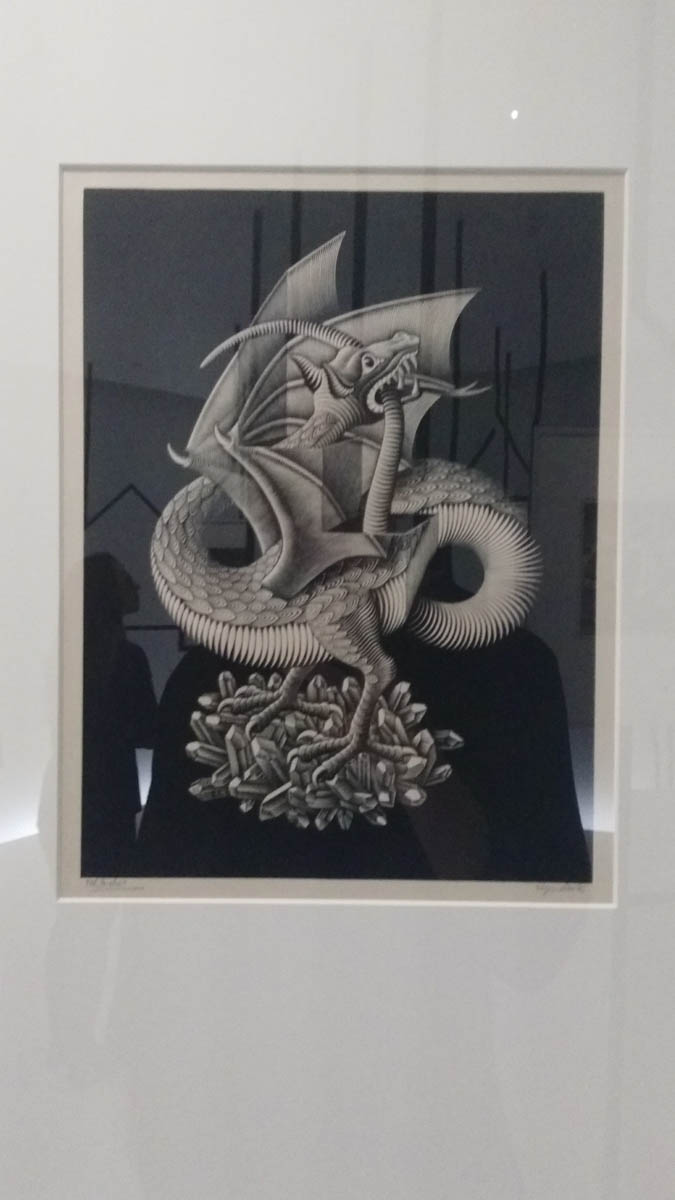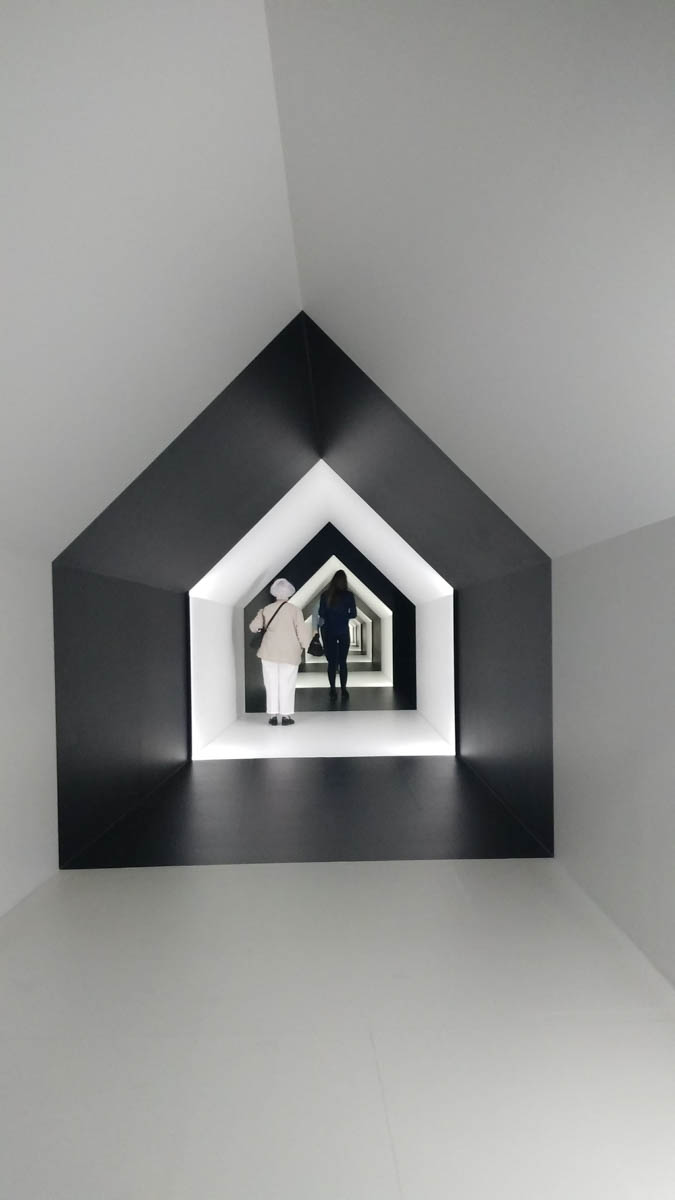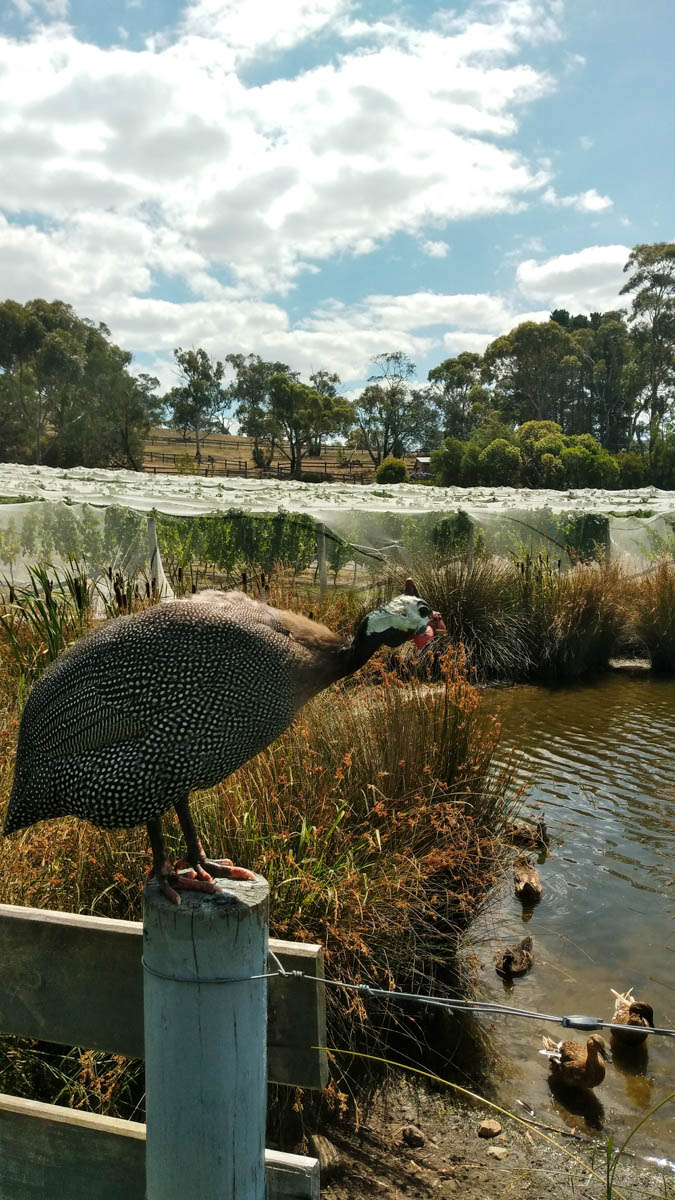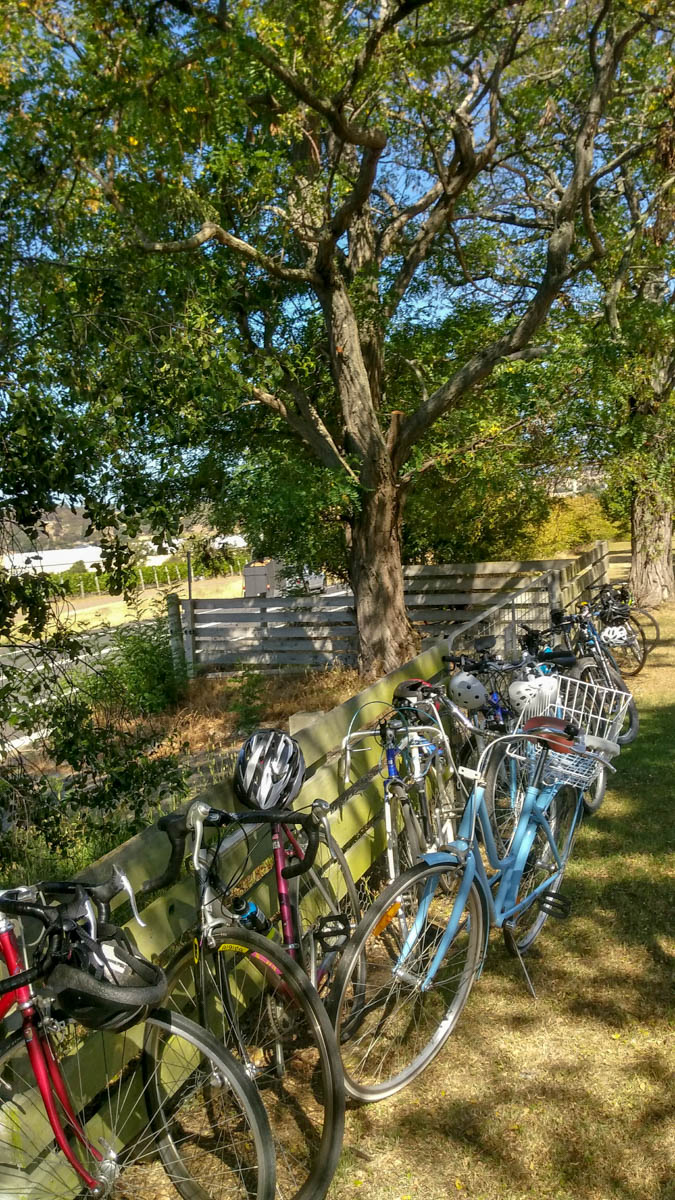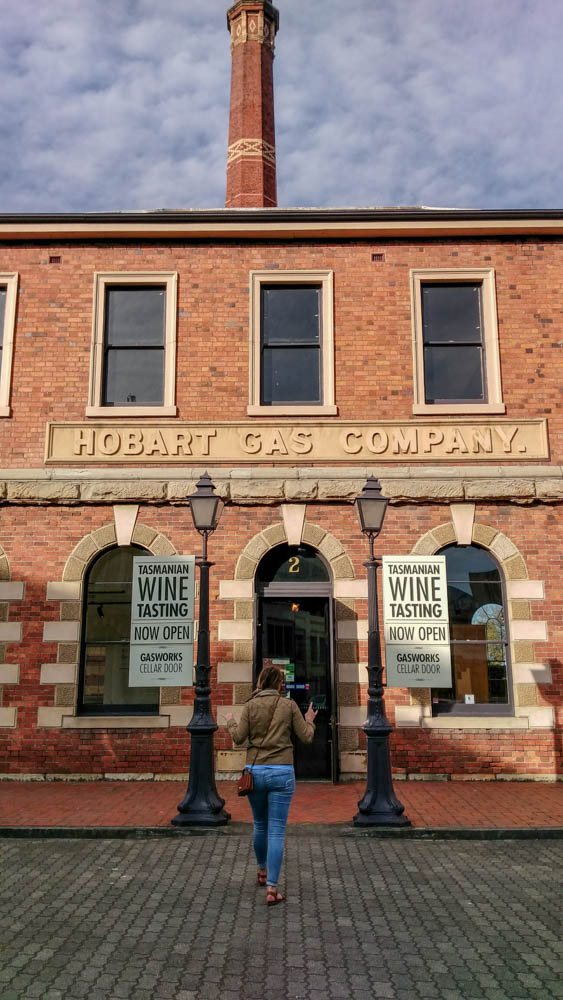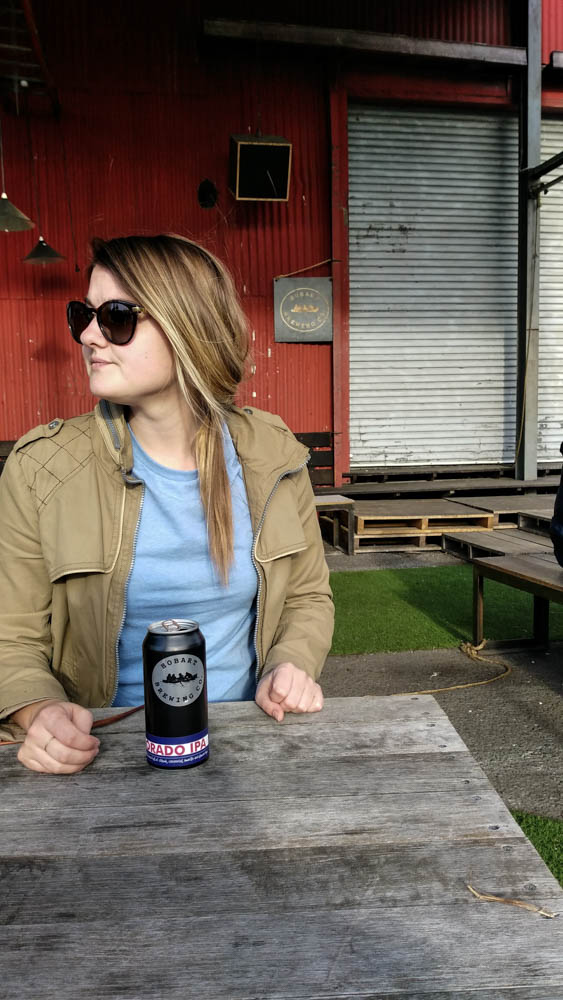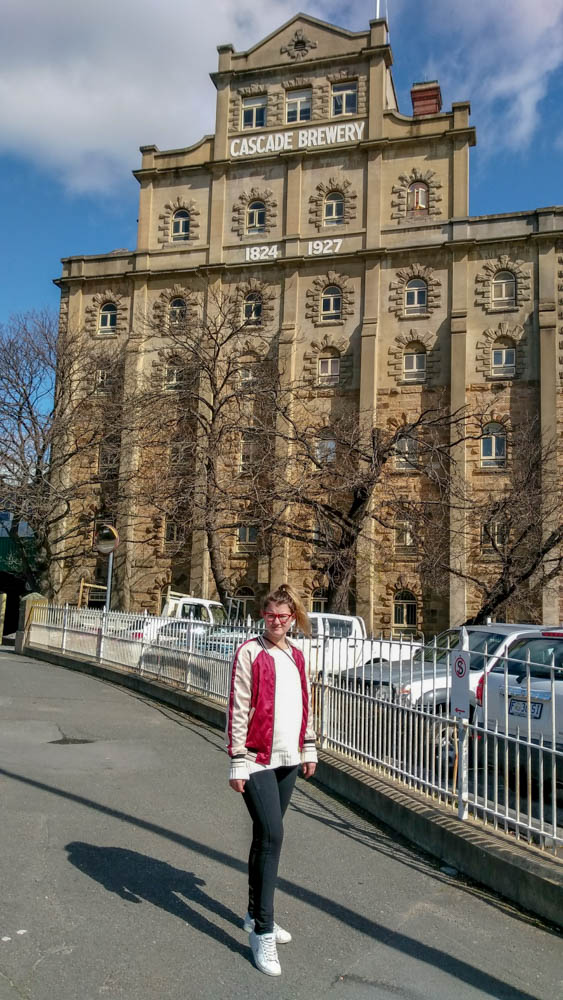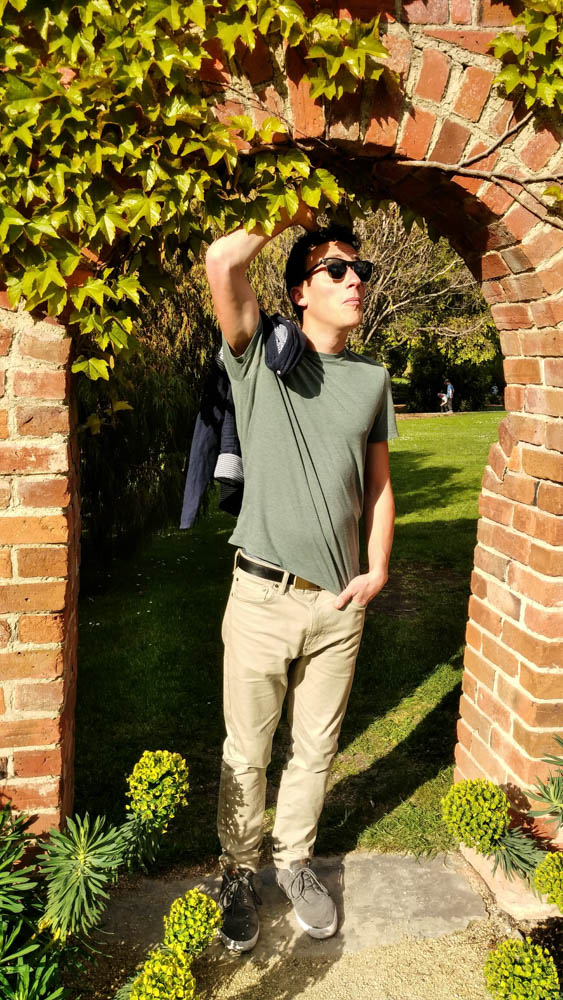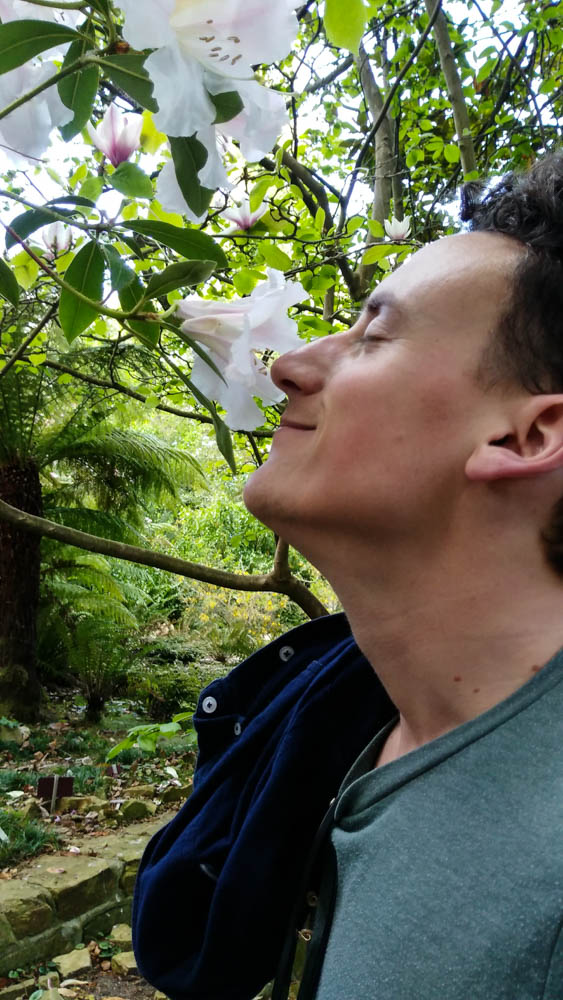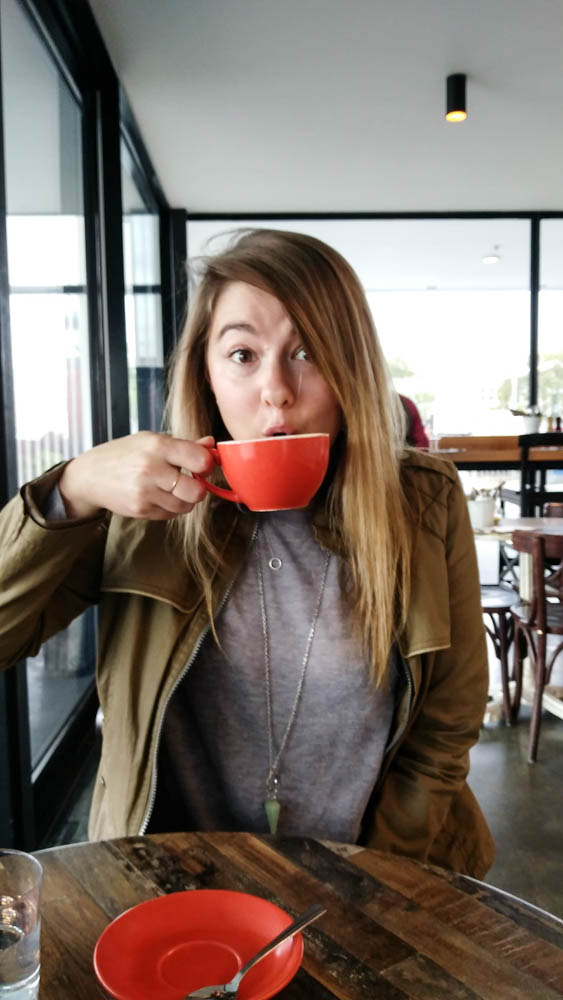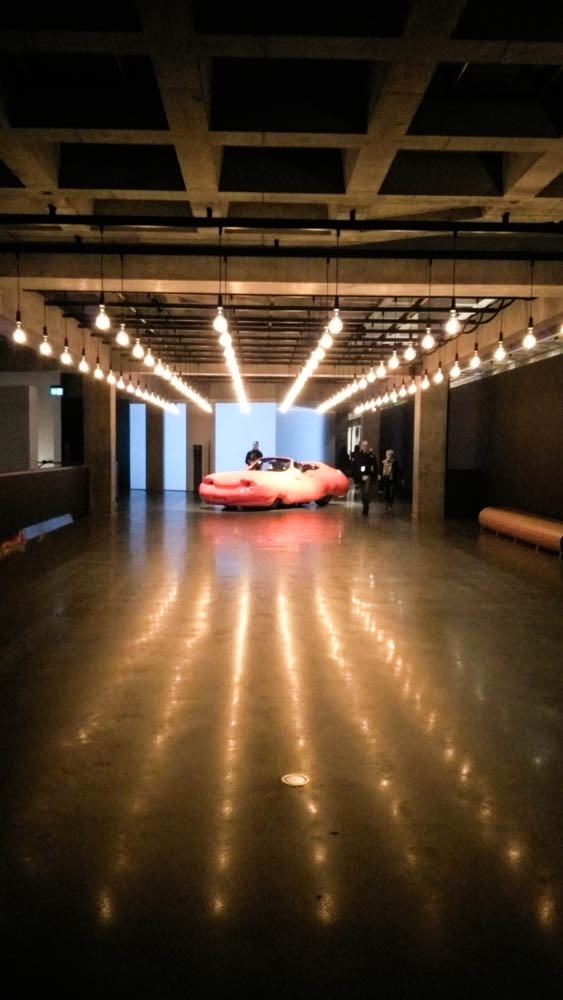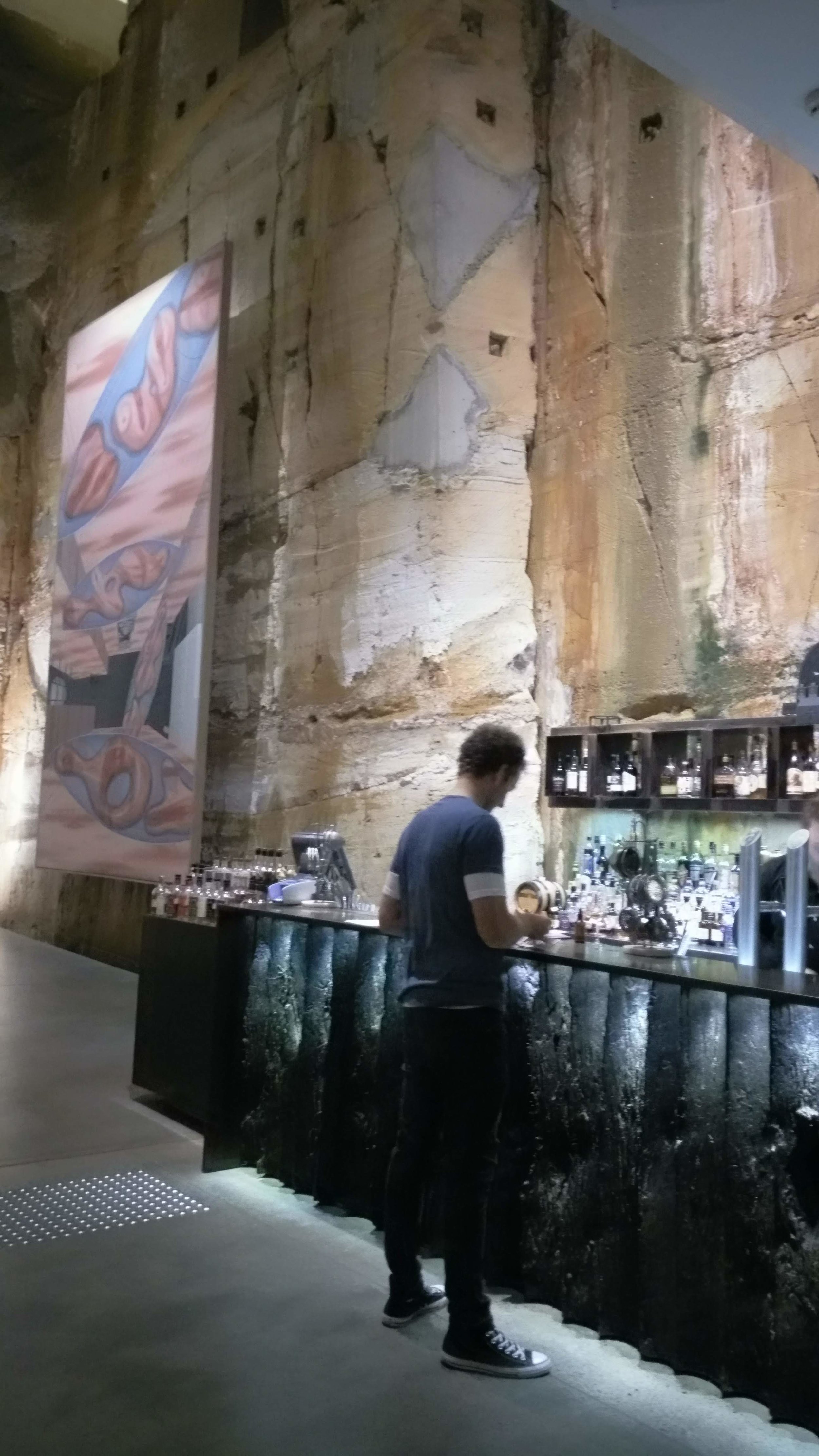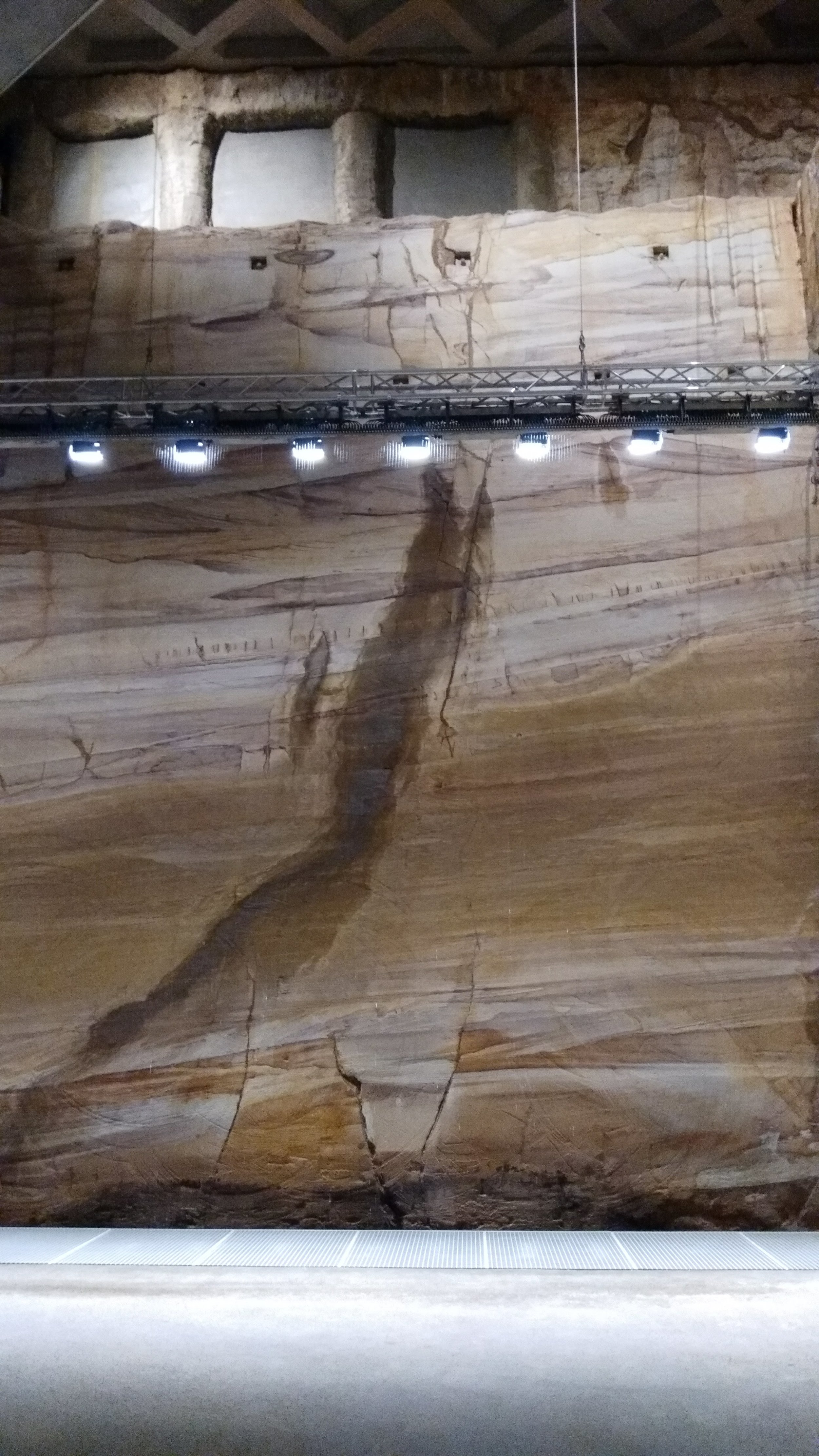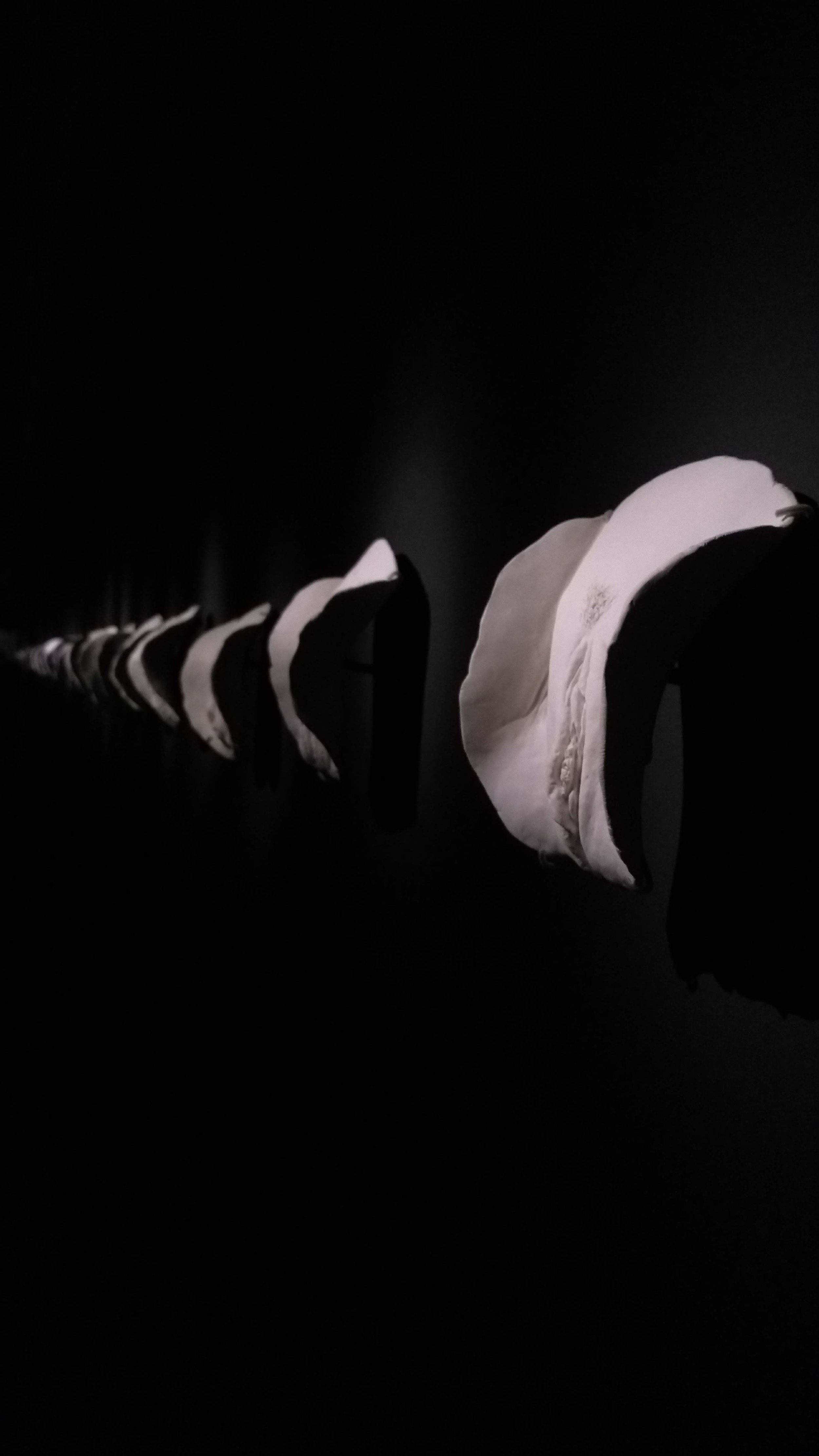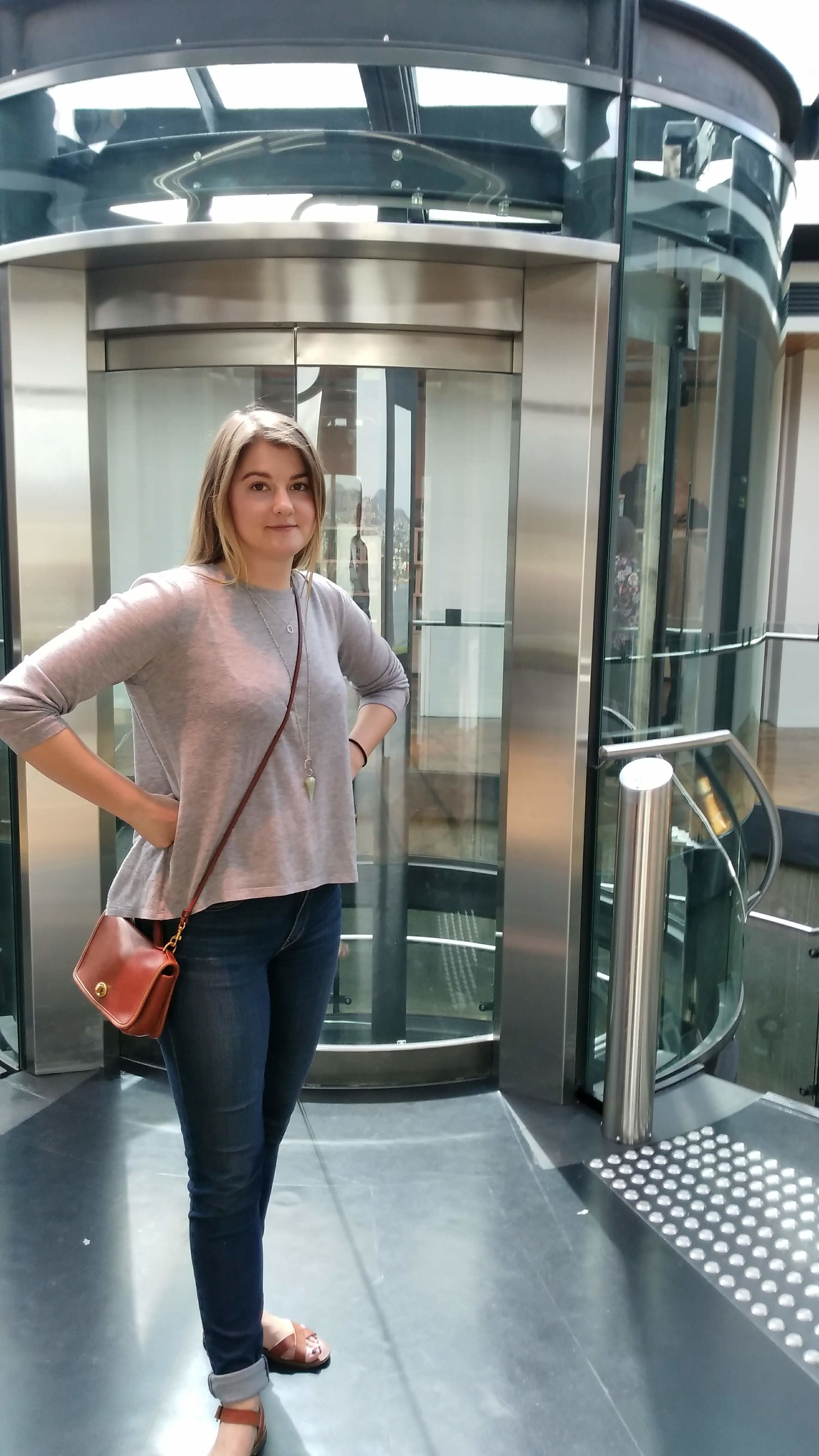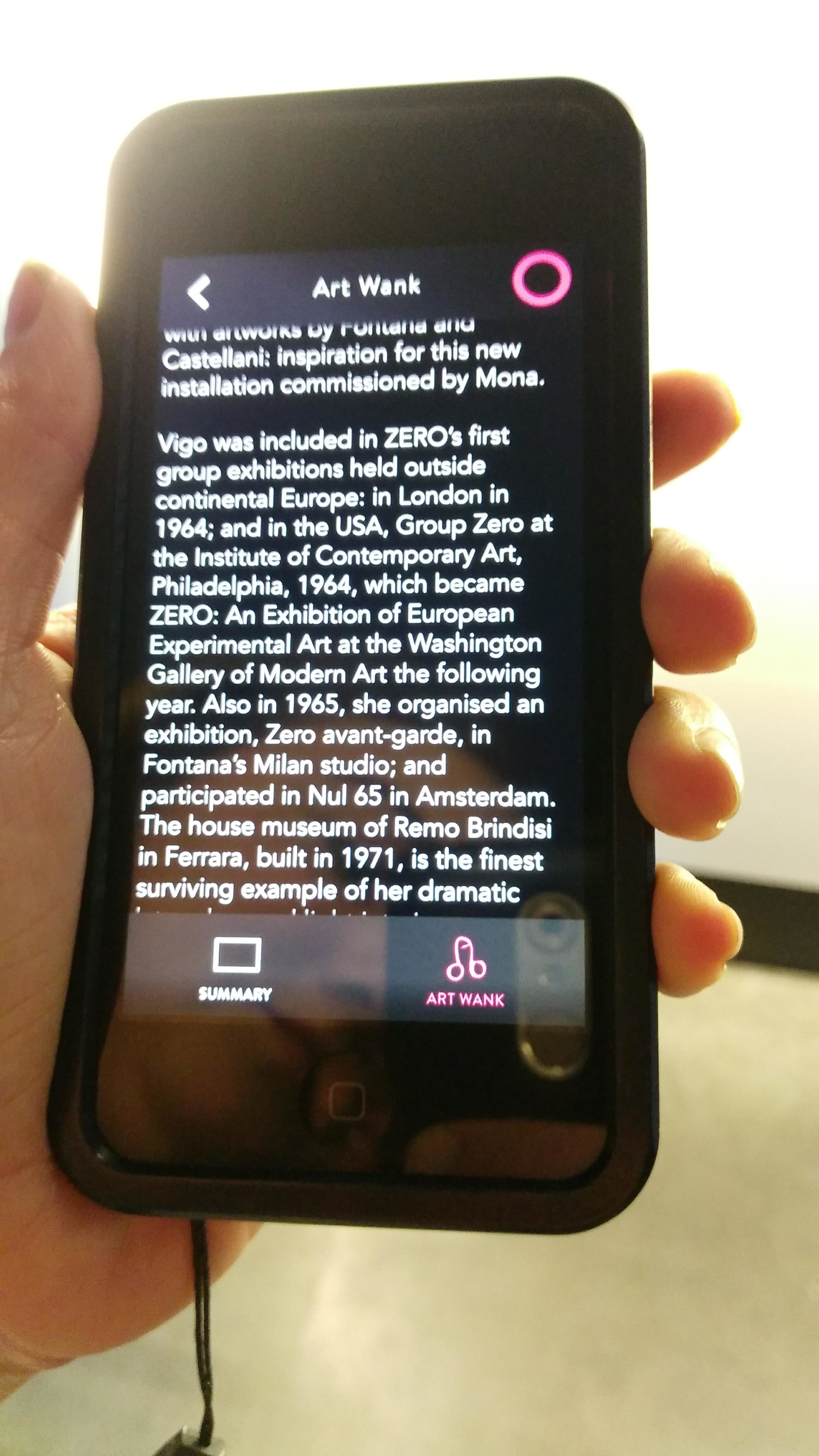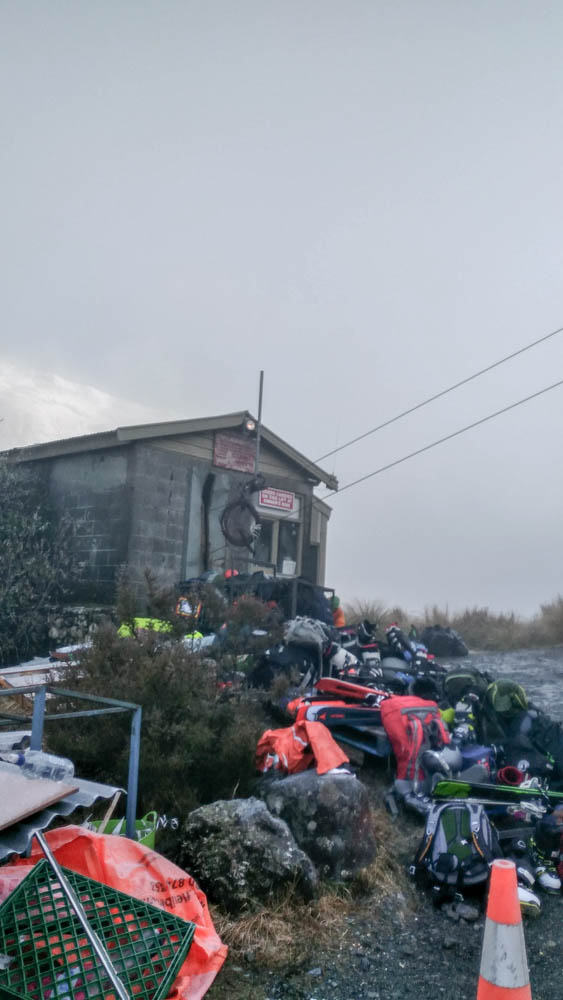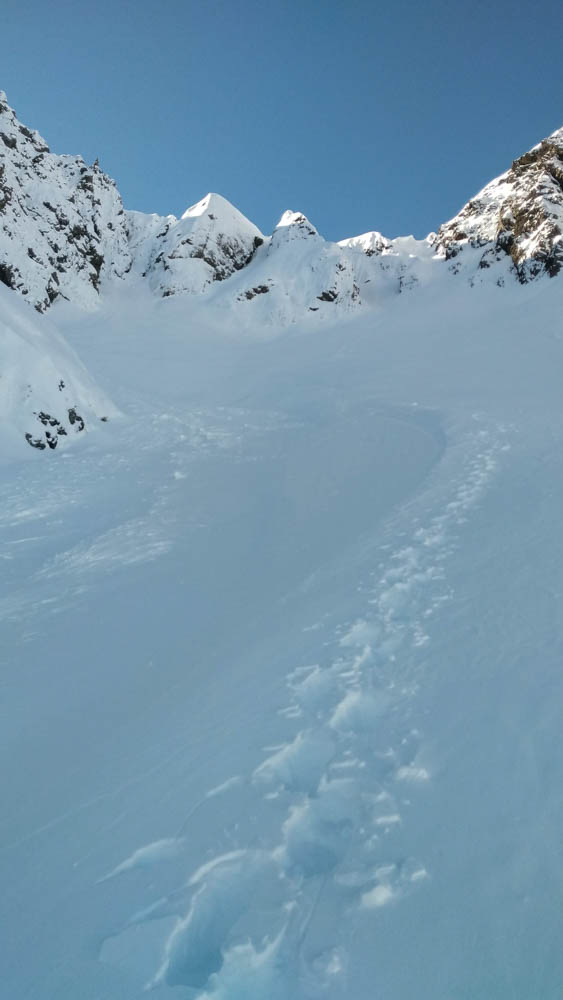We, The Watchers
How can we stay human in the most inhuman of places?
That first meal feels a million miles away but it is certainly much farther by now.
The golden crisp of potatoes, the simple beauty of a well-done pork chop, the intoxicating waft of burgundy, hell, even a steamed green bean met my taste buds like a word from God. After all, he was the only one who knew how long it’d been since I’d had real food. There were many things to remember from that first meal. Adrian’s face. He was nearly bursting with anticipation finally- finally- having company to share a meal with after his interminable time awake came to a sweet end. The old farmhouse. Slatted windows let in a sweet summer’s breeze, a low elkhorn chandelier flooded the weatherboard dining room with warm light. The setting was nearly perfect for a meal of dignified, rustic simplicity.
Yes, there was plenty to be remembered about that first meal aboard the C.R.S. Delaney’s Folly. But what I mostly remember is fighting tears back at just how goddamned good a steamed green bean could be when it was the first solid food to hit your tongue out of cryo. That, and swimming in astonishment that this scene of country contentment was all just a ruse built to preserve our sanity as we hurled through the inky blackness of space at a doughty third of the speed of light.
It’s funny how much I could wax poetic about my own fractured memory when I’m finishing a piece. Even paltry little stool, hobbled together from offcuts of grander projects and the few good bits of timber I could coax out of the biofactory this week, but at least I’d finally have somewhere to sit when I milked the cow. I suppose that was the intention though, when you fall into the meditation of working with your hands it’s easier to forget the impossibility of the task set before you. It couldn’t last forever though, each evening I’d still have to get out and switch the pastures over this evening before the cow clips the grass all the way down to dust.
What an odd proposition really, I’d never reckoned to be a farmer in this life and it took literally taking to the stars to be thrust into this antiquated ideal. In many ways, it’s entirely gobsmacking that earth ever was like this quiet, open, bountiful. They say your memory is a bit slow on the uptake when you come off the ice, but god, half of what I could remember was running frantically to dive into some apartment block before the great ochre wall of a haboob rolled up the front range and blew our neighborhood just that much more flat. All I’d ever seen of the wide world of gastronomy was the outside of some hydroponic blocks and the inside of a ration bag. Now here I am, off to seed some new colony an unfathomable distance from home and trying to devise a new plan to keep this next tomato harvest from going off in storage. For a ship with a good chunk of the totality of human knowledge and experience in its archives, you’d think the Delaney would have been of more help.
But that was the modus operandi for the old girl, non-intrusion, get to work, figure it out yourself. Thank the stars for Adrian’s bottomless patience in showing me the ropes that first week- here’s how you rotate the paddocks to keep the livestock rotation working, the garden is out back here’s what to plant next to keep the beds rich and yourself fed, oh, and don’t forget to check the biofactory twice a day to see what the ship has sent you, it doesn’t always stay on at room temp- I staggered through his measured instruction in a cryogenic stupor. But he’s been back in the freeze for years now and all I have left of him are scribbled notes, a battered copy of The American Gardener, and a week’s worth of good company. For all the good it did me.
In hindsight Adrian’s forbearance seemed downright divine. Years of trials and tribulations on the farm. Years of mite infestations and missed harvests. Years in the workshop passing the long evening hours trying desperately to keep my hands busy. Years of not but my own company and I’d likely explode with a fountain of words given somebody, anybody to talk to. But he had pulled me off the ice, given me plenty of time to dethaw, held me up and fed me slurry to get me at least semi-mobile, he had given me space and support and a dose of quick wit to get me through those hellish first days out of cryogenic stasis. And when I finally felt up to a chat his stories and questions and musings were contained and precise and simple. All that and it was still the most disorienting, stressful week of my life.
Once we got to talking we covered everything. Where had we grown up? Me: Denver, in the tenements north of the city just close enough to the mountains to harvest rainfall when we were so blessed and sell it for a couple of extra rations. Him: Southside Chicago, worked in the family business of hydroponic soy keeping bellies full if pockets empty. Did we have any family doing work stints on the Folly? Me: I thought so, my little sister had signed up together at the local recruitment center and they’d said we’d be deployed together but since we both went on the ice immediately afterward I wasn’t sure. Him: he thought his mom made it on this ship as well, but years of searching the cryo bays hadn’t turned up her chamber, still he held out hope that she’d be there when we finally wound our way through the stars to our destination. What did we hope this new planet would be like? Me: I hadn’t the foggiest idea, but anything was better than no work and endless choking dust storms. Him: he’d look around wistfully at our little plot with the paddocks rising away into the distance, I hope it’s just like this.
The deal was five years. Five years working aboard the Folly for passage to a new home where we were told work and water would be in abundance. Five years of our own, biological lives to “maintain and crew” the ship even if most of the time it feels like I’m awake merely to bear witness to this grandest of human endeavors. Five years, what a joke. It only took a few months for time to lose all meaning to me. Five years though, for access to Eden.
On balance, the work is probably fair for the price. My sister and I both were likely applicants for the Delaney Corp. program given training as mechanics and a lifetime living at the forefront of a world of scarcity. As automated as the runnings of the ship undoubtedly were there are some jams you just need a clever monkey to get out of, even a pseudo-omniscient ship-encompassing AI knows that. I reckon that I spent about one day in ten actually servicing the ship, you can have every self-repairing program and roboticized system that the smartest engineers on the planet can dream up, but we were not bound for earth, nor anywhere remotely near it, and out in the wild black yonder you need the flexibility that comes from two dexterous hands and a brain built for spatial reasoning. And inevitably things went wrong. Leaks in the water plant; degraded components in the biofactory; fried sensors, wires, and generators; you name it time takes its inexorable toll on us all.
---
I live on a haunted ship.
The C.R.S. Delaney’s Folly may well be the pinnacle of all human engineering- no comet harvester or planet jumper- this was a colonial ship. A ship built to carry the human enterprise forth into the yawning eons of time and space to come. Better off into the great unknown than to admit defeat and perish with a planet that may be dying much sooner than later. Built at the behest of the formidable Yvette Delaney, fourth familial head of that proud oligarchical venture, Delaney’s Folly was, in fact, one of several score in a matching set (and certainly the most self-deprecating of the bunch). Because if you have the money to buy one ship to spread the virtue of your family’s corporation into the cosmos, you probably want a couple for redundancy’s sake. I was told they modeled her after prototype asteroid colonies, hollowing out a big potato of rock setting it to spinning and then they strapped on some thrusters and started selling tickets for a one-way ride.
In all seriousness, the Folly was a ship I’d come to admire, love, and fear in equal measure. Built to hold two million sleepers in cryogenic stasis, be completely self-sufficient for millennia of travel if necessary, protect and carry the totality of human knowledge, oh and contain all the supplies to start a brand new civilization from scratch when we finally got where we were going, it certainly was a ship worthy of admiration. Almost entirely automated in it’s piloting, navigation, and maintenance routines the Folly was certainly a paragon of trim efficiency in nearly all of its construction.
As such, it always cracked me up a bit, sitting on the porch of the farmhouse, how much space had been dedicated to keeping active crew awake. Was it really so hard to figure out a way to close the maintenance loop in the water plant, was the biofactory really so complex that internal robotics couldn’t self-repair, were conditions really so harsh out on the ablative ice that drones couldn’t maintain the hull sensors? Or was it just in some bout of philosophical self-doubt that the powers that be wanted to keep someone awake to simply make sure the ship didn’t blink out of existence the second we all went down to sleep? After all travelling away from home at a third of light with only a vague itinerary, who would know if we disappeared? Who would care?
At any rate, as best I could figure maybe a twentieth of the internal space of the ship was allocated for my homestead, holed as it was amidst a near-solid tangle of technology and supplies on all sides. A few acres of open space on the inside of the hull allowing it to sit at 1g was all it took to keep our primal brains content. At least content enough not to off ourselves too frequently before the end of our allocated work stints. Too many worker deaths would be unacceptably inefficient.
To be fair, the farm certainly had its charms. Enough room to set the house up on a slight rise affording an expansive view over the paddocks and out to the treeline that obscured where the walls came down. Enough height for shockingly realistic simulated weather patterns; while it mostly tended towards the pleasant freshness of a warm spring day, many evenings I fell asleep to the soft patter of rain on the tin roof and a handful of mornings I even awoke to a fog so thick I had to grope about blind to find the cow for her morning milking. Although whether these weather phenomena were to satisfy my own psychological need for variety patronizingly supplied by the ship’s AI or if they served some loop-closing purpose in the maintenance of the farm ecosystem I could not have said.
Yes, my interstellar acreage was a pretty good setup. If you just stepped out on the porch you could just about imagine that you were looking out on a fine bit of Missouri prairie on fresh May morning. I tried not to take it too hard that they’d almost certainly strip it down to its elemental components and convert the space into some sort of staging area once we finally settled on a new planet. It was best to not get too attached to things out in space.
But for all that, the ship certainly felt haunted at nearly every turn. The self-maintenance routines, drones, and robotics that pervaded the rest of the ship remained completely hidden and certainly didn’t truly stop at the edge of the farm. To the ship’s AI I was just another cog in the machine, just a part of the maintenance system that needed an awful lot of space in order to work. As such it certainly kept a close eye on me at all times, monitoring my physical and psychological health and ensuring I’d be ready should an emergency repair ever arise. But still the homestead was my place and the ship mostly left me to my own devices, or kept it’s interventions carefully invisible when the need called for it. Enough to give me a sense of agency, but not so much that I might accidentally take myself out of commission. I was a human tool, honed by an unknowable intelligence.
Off in the far-flung reaches of the ship, it was easy to see how it kept itself running- self-repair robotics and the like- even if I never actually saw the routines in action. Better to give the human crew less to anthropomorphize and keep the robots hidden from view. Hell, they didn’t even give us pigs. Too smart, too social. You could make friends with a pig given enough time; instead they stuck me with a cow so dull I swear it may well be the only robot I’d seen since I left earth and a handful of chickens to keep me busy, fed, and waking up on time. Beyond the walls of the farm, the maintenance routines were simply more utilitarian and speedy. If I left tools out at a worksite, I’d find them reorganized in the repair center the next time I went out. If I left food scraps out in a mess hall I’d decided to patronize for the afternoon they’d be gone off to the reclimator within minutes of me leaving my seat. If it dragged a bit of dirt out past the farm’s threshold in my boots it’d be swept away almost before I could turn around.
All this was just practical. Messy tools could jam a moving part. Food scraps had real value once they made it through the reclimator and into the biofactory. Dirt. Shit, dirt caused problems at nearly every level of a spaceship’s workings. So the question was why? Was all this risk, all this space, all this ecological ingenuity just to keep the crew sane? Did years of Delaney Corp. testing really reveal that several acres was the minimum viable habitat for a solitary human crew? Or were we here as mice in a maze, part of some experiment of how productive one uneducated schulb could make a few acres of land with a crash course on rotational grazing and all the time in the new world? As with so much of my life amongst the stars, I was long on questions and short on answers.
In truth, becoming comfortable with withheld information was part and parcel of signing on for a work stint on a Delaney Corp. colony ship. Adrian, my sister, me, whoever comes after me, and whoever comes after them, and on and on ad infinitum are just cogs, given the absolute bare minimum of information as any more would almost certainly stir up trouble. Sure, when I signed on at the Denver recruitment office the plan was to send the Folly off towards Trappist 1, to explore its presumptive hotbed of terrestrial planets and look for a place to set up roots. With acceleration times and a top speed just under 35% of light, we could make it to the system in under 200 years of ship time. If that was the case, I was told, the majority of work recruits would actually remain asleep, lucking their way into a free trip to the new world. If that is the case, well then I’m just an unlucky draftee who gets the pleasure of a solitary five years of waking flight time.
But, as I was told in pages of legal boilerplate, if the ship’s governing panel deemed that none of the planets around Trappist 1 were suitable for a new colony the sleepers would remain on ice, we’d stick around for a year or two to harvest a likely looking asteroid, and be on our merry way to one of a dozen other candidate systems in our dedicated quadrant of space. They built the Folly with an upper unsupported travel time of nearly 5,000 years for a reason. Even with home system-spanning satellite telescope arrays, hunting for exoplanets was still a rough science at best, and all we got was a rough roadmap. If the mission designers were honest though, it didn’t really matter if we found a new home near Trappist 1 or on the fifth system we explored or five hundredth. By harvesting systems for fuel and what precious little other resources the ship may have burned through over the years, we could explore indefinitely until a suitable planet fell in our sights.
It wasn’t about building a cohesive empire, it was about following our deepest biological imperatives. To explore and settle. To adapt and build. To give the human race one more foothold in the interminable race against extinction. Sure, someday post-humans with faster engines and longer lives may figure out a way to knit together some kind of a working interstellar society in some dense corner of space, but that was not our role. We were set on this grand course to keep the spark of human intelligence alight in the face of a vast, uncaring universe. For hundreds of years, we had turned our eyes and ears out into the cosmos looking for other signs of life and heard only deafening silence. But the one solution to Fermi’s vexing paradox that Yvette Delaney could not stomach was that intelligent species may evolve, and flourish, and die in their little corner of the universe because interstellar travel was simply too hard. That humanity for all its triumphs and moxie would ultimately be snuffed out by cowardice.
That was where the thinking got a bit spooky though. Was I one of the first few to take my watch? Or one of the last? I was told that in order to keep the venture profitable a maximum of 200 berths would be allocated to work crew allowing for 1,000 years of flight on the base crew. Clearly, it was suicide from an Earth-centric perspective to step aboard this ship. Even in the best-case scenario, everyone I’d ever met on Earth would be dead before we arrived and signaled back home. What concerned me though, was what awaited after my Earthly death. Was I simply living a feverish transition on my way to a blessed afterlife? Or would the worst happen, and this was just the beginning? Did I end my life on earth only to find purgatory deep in interstellar space?
Say we blew right by Trappist 1, no suitable planets no need to really even look for resources at that point. We’d just be getting started, no problem. With plenty of other leads, they’d rouse another watcher, strategically not tell them that we’d just passed a system by, and carry on. No need to take two million people out of cryo just to tell them we weren’t staying. But what if we were well beyond that? What if I was the last of the dedicated watchers and we still are no closer to finding a new home? Well, the Delany Corp. legal team had an answer for that. They’d begin rousing draftees for another stint on the farm, with a few low-fare passengers mixed in to extend flight-time potential. On and on we’d go, it’d make no matter to those in cryo they’d just keep on sleeping.
That’s what haunted my dreams though. I do my watch, go back on the ice, wake up eons later no idea how much time had truly passed and serve again. I knew this was my first time as a homesteader, but had no guarantee it would be the last. An extra stint or two on the farm wouldn’t be the end of the world, but with a bit of hindsight clarity that’s beginning to look like the best-case scenario. If we have to find through brute force exploration that Earth truly is a treasured gem, unique in the cosmos, my stints will just roll together as time takes its due my remaining years. A never-ending limbo of cryo sickness, solitude, and eventually senility. Abandon all hope, ye who enter here.
--
Your entire life’s work, that was all it took for a berth aboard the Folly.
And your life too, in a way, I suppose. But hey, interstellar travel ain’t cheap and for myself and these two million frozen mummies sailing through the cosmos it actually seemed like a pretty good deal. At least when we signed up.
Delaney Corp. was naturally going to be the first to have a bite of the spacefaring apple. Founded by Josiah Delaney in the wake of the Second Troubles who fled his homeland and headed to Mexico City to try his luck with the burgeoning Low Earth orbit transportation industry there. The company initially rose to prominence as the first government contractor for moon mining operations before leapfrogging to asteroid harvesting and now interplanetary colony founding. It’s funny how success breeds success when you have an infinite frontier for expansion. Their proud hereditary lineage was maintained through generations of careful breeding, enhanced education, no small amount of illicit gene editing, and good old fashioned dose of latino machismo. It certainly had become the most trusted brand in space. So when their current scion, Yvette, with her dark stern face and mind exquisitely tuned for the vacuum of space took to the net to announce an interstellar venture, the world hardly batted an eye.
By the time the project was announced, we were told, it had already been underway for several decades. All of Delaney’s prototype asteroid colonies were not in fact exclusively meant to expand living space around our star, but were also the seeds that would help carry humanity off to new ones. Yvette herself would be aboard the flagship, the Delaney’s Fable, as they struck a course towards Alpha Centauri just to show it could be done. What’s more, unlike the other ships, they would return. That to me showed the character of the whole family more than generations of success and public relations ever could. They’d spend untold fortunes financing this grand expedition, seed the ships with lesser hangers on of the family empire and any other suckers they could sell a ticket to, and chart a one-way course into the cosmos. But when it came to the head of the family? Well, they couldn’t send her off into oblivion. Better to show her commitment by being the first to explore a new system, and then head back home to collect her honors and any interest that had accrued over her twenty-year voyage. Even if the Alpha Centauri almost certainly had no suitable planets for colonization, it meant very little to Yvette I’m sure. She’d simply sleep, enjoy a bit of leisure aboard the ship as they approached the system, plant a flag on some suitable patch of planet, and head off. I’m sure her old job would be waiting when she got back.
That was 17 years before the departure of the Folly. As I sat with the Delaney recruiters surrounded by the fanciest office in which I’d ever set foot, gazing out through the haze trying to pick out the silhouette of the Rockies, a they happily informed me that the Fable was making excellent headway and would be back ahead of schedule. I guess the flag planting was a speedy business. By the time they made it back into the system, though, I was already aboard the Folly and on ice. But once we were through with the obligatory idol worship our conversation turned to business and quickly folded back on me and what could bring to the program. The recruiters a pair of hawks peering into the depths of my soul and conscience for inscrutable flaws.
Honestly, it could not have been the interview that landed me the berth. I found my way there a few months after my mother had disappeared into a web of opiate addiction from which I did not believe she’d emerge this time, and it was all my sister and I could do to scrape together enough work as irrigation mechanics to keep a leaky roof over our heads. I did not relish the prospect of weathering a drenching winter in our shabby excuse for an abode. Between that and an array of lecherous aunts and uncles seemingly hellbent on pulling me into the same trap in which my mom had been ensnared, stepping aboard the Folly and saying a not-so-fond farewell to Earth seemed like the best-case scenario for me. Even if it meant leaving sis behind.
All of this I stammered and tried to relate to the recruiters in such a way as to make me seem sufficiently desperate for a work stint -effectively condemning myself to at least five years of solitary confinement- while not seeming like too much of an addiction and depression risk. I do not reckon that I did very well with my pitch, stumbling over my life story and summarily leaving out anything of value I may actually bring to the ship. Nonetheless, I was hurried off into a tumult of mental, emotional, and physiological aptitude tests that brought me to my wit’s end. But when they spat me out the other side with an offer and asked me to bring Abella in the next day because they wanted to examine her as a potential recruit as well I’d never been so happy.
So Abella and I both were accepted, and allegedly both aboard the Folly, I’m sure not because of any hidden intellectual or physiological laurels we possessed. Rather because of some combination of our youth, rudimentary mechanical acumen, and the fact that we were in dire enough straits to eagerly leave the entirety of our lives behind. Somehow we ticked enough of the right boxes in the crew selection AIs protocols deeming us a high survival likelihood for our work stint. Or maybe they just needed two more run-of-the-mill lab rats to put through a series of space-bound experiments. One way or the other it was abundantly clear from go that we wouldn’t have a spare dime to contribute to the mission hence why landing a coveted maintenance berth felt like winning the lotto.
This was not the case for most of the souls aboard. Delaney’s interstellar venture started internally. Supplying ample work for a ballooning and increasingly cumbersome family structure, it allowed all the grandchildren, step-aunts, and cousins-twice-removed respectable positions within the new project. Then it expanded to other great oligarchical families of our storied era, trading partnerships in technology and resource for positions of authority and high-value berths. Turns out with a couple of centuries of unrestricted bloat many of those late-capitalist familial heads were all too eager for a way to trim the fat in their respective organizations. Then it filtered down again to the growing mass of well-to-do families who saw their ruin coming in our rapidly collapsing ecosystems.
These were the bulk of passengers who slept their way through the stars. Whole families packed up neatly into rows of matching cryo caskets, hoping their luck would turn for the better on the new world. After all, if your family had come to expect a certain lifestyle afforded by a generation or two of prosperity, but your current business prospects were drying up as the great families sucked up every resource that wasn’t tied down, you really had two options. Fight the inevitable and most likely have to watch as all you hold dear collapsed and your once-proud name was subsumed into the churning masses of the global lower class. Oh, you’d survive, just long enough to see how deep the well of shame truly was and watch as ships holding the future of humanity packed up and headed on to new worlds. Or you could join the fleet. Liquidate all your holdings as tribute, or more likely just sell them directly to Delaney Corp., tell the kids to pack their things and jump aboard. If you were sufficiently rich there’d be zero chance you’d ever be awoken before reaching your new home, and I’m sure you would be guaranteed a similar level of status in the new economy with significantly more room for upward mobility. Crisis averted.
What few berths remained would be auctioned off amongst the upper echelons of academia. Double and triple doctorates, Nobel laureates, and research pioneers who saw their coming doom in the slow destruction of their fields, all scrambled to get aboard before they were left tutoring some local magnate’s progeny at best. If they were young and had a similarly gifted partner maybe they’d both score a spot, and make some new smart kids for the new world. More genius to help us survive.
But then, without fail, the last two hundred berths would be allocated to us, the maintenance crew, the watchers. A mere .1% of total occupancy left for us, but if you fell into the bottom 90% of global income this was your only way aboard. You should be grateful for the opportunity. We’d trade away years of our waking lives for the hope of a better future on the new world. There was seemingly no rhyme or reason to who made the cut. With acceptance rates so low, it was big news when someone in town made it aboard. Plenty of applicants more brilliant, highly-trained, creative, and hungry than Abella and I were unceremoniously turned away left to fight for scraps on Earth. And thus I was so guaranteed of my own mediocrity. If they were accepting Abella and I clearly the selection AI had its sights set on something other than a list of accolades and bona fide genius. Maybe they were after some inscrutable diversity for the new gene pool, maybe they wanted to test how people as mentally average as the extended families of the global elite would fare in the face of infinity, maybe mortality rates for a five-year solo work stint proved quite high in their experiments leading up to launch and some nebulous mental stability criteria won the day for us. Maybe we just got lucky. The only discernible predictive factor were family ties. If your cousin made you were 25% more likely to go, if a brother or sister 75%, twins almost always went together, if they were both sufficiently eager to find a new life.
By the time I went on the ice Delaney Corp. had already selected more crew than would fit on their currently built ships. I was told Abella and I would be grouped together- if at all possible- and that we’d slot into some of the final berths of a ship that was nearing completion. But can you really trust a recruiter? For all I knew they kept us on ice for a couple of decades before splitting us up to make good on the bare minimum of their contractual obligations and shipped us off. For all I knew Abella was a couple of parsecs away and heading in the other direction. Hell, I didn’t even know the name of my new home until Adrian pulled me out of my casket with a wry smile and said ‘Welcome aboard the Folly amigo’. And somehow in spite of all that, leaving everyone I’d ever known for dead, groveling for what amounted to a prison sentence while elites paid top dollar for luxury berths, and flying devoid of any contextual information about where we were going or how far we’ve come, as I sat on the porch of the old farmhouse and looked out over the paddocks most days it seemed like a pretty good deal.
--
We live on a string of trinkets.
In all the vast tracts of the ship that I have explored over the years, my favorite place in all of outer space, undoubtedly, was the workshop. My place. How could it not be? It was my psyche wrought physical. Housed under a sloping roof behind the house with a sliding barn door it’s the only point of access, it would actually be fairly easy to overlook at first glance. You certainly wouldn’t expect it to be the center of all human sanity on this ship. Sufficient space to work on most projects I could dream up but not enough for any sort of untidiness, the workshop had cultivated its final form over the course of several months.
In the listless weeks after I put Adrian down to sleep, it took me a shockingly long time to even find my way into the workshop. I spent day after ceaseless day over tending the gardens and livestock, summoning the courage to leave the farm and explore some of the nearer reaches of the ship, and endlessly circling the paddocks along the treeline as I felt more and more certain that I wouldn’t survive my stint. Then, after a few weeks of beginning to see ghosts around every corner, I was caught out by a late afternoon thunderstorm and I ducked into the nearest door sliding back the big barn door and was confounded by what I saw. I hadn’t set foot in the shop but it looked altogether different than when I peered in as Adrian showed it to me. Previously the benches had been covered with canvasses and boards and papers, all covered in Adrian’s scrawling illustration, but as I looked in on that evening the benches were tidy and organized with sparse tooling from a myriad of different disciplines. I eyed it all cautiously as I paced over the weathered floorboards and came upon a stack of timber that stopped me in my tracks.
For my entire life, raw wood had been such a scarce commodity that most of what I had seen on Earth was repurposed, half-rotted, termite-riddled. Houses old enough to still have wood construction were coveted and jealously guarded usually by some well-to-do family. Indeed, while the construction of the farmhouse was by no means ornate the simple fact that it was almost all wood was striking. But a house built of wood still made sense to me some part of my cultural subconscious understood that houses were made of wood, but timber simply set in the corner to collect dust and await whoever may find a use for it bespoke an abundance I’d scarcely encountered in my life. No walk through the vast halls of the ship, no garden-grown meal, no time walking the paddocks made me as hopeful of a future of real prosperity as this humble pile of timbers. How absurd.
And so, head reeling, I picked up a stout plank and the whittling knife off the rack and ducked out onto the front porch. That evening all I made was a pile of shavings, simply savoring the feel and smell of fresh pine and the soul-satisfying scrape of a well-sharpened whittling knife as the rain softly pattered upon my tin roof and the universe fell away.
The next morning I went back to the workshop to return my knife and was surprised to find several others neatly aligned next to its spot on the rack as well as several new types of wood stacked neatly in the corner. I proceeded in this ritual every evening for weeks, at times trying to hew a fish, a mouse, a spoon, at others simply letting my hands work and my mind fall into quiet meditation. No ghosts could chase me here, on my deck, in the deepening twilight.
Thus it went for several weeks, but real change in the workshop came when I began to change. After dozens of timbers wrought to nothingness, I awoke one morning determined to make something I could use. I had no skill for detailed work, but if I put my mind to it I could certainly make a stirring spoon, right? A little piece of myself to add to the kitchen battery. Several intent evenings later I walked back through the door of the house and added my new rough carved masterpiece to the collection of kitchen utensils. An inauspicious start for an aspiring woodworker, but a switch had flipped.
Now nothing was safe. I looked around the farmhouse and saw nothing but a series of projects. Ever since I’d first stepped through the front door the furnishings always felt jarringly futuristic to me, like some real estate agent had packed their showpieces in without much consideration for what the house itself represented. And it represented the value of handcrafted ingenuity. Sure I was just whittling spoons now, but with enough time I could replace all of every piece of glass and metal in the place with warm, hand-crafted wood. I strode over to the coffee table, it looked up glaringly mocking my ambition with its immaculate white glass surface, calling out my farce of a revelation, and I dragged it out to the porch and dumped it over unceremoniously to shatter in the yard below. It may take me years to replace it but I’d be damned if I was going to let that glossy table mock my progress.
Fortunately, the ship seemed more than happy with my new hobby. My tab, which theoretically had access to the entirety of the ship’s archives, usually stubbornly resisted many of my queries or only supplied the bare minimum of information. Now, when I opened it, troves of woodworking tutorials, projects, and introduction classes popped out begging to be used.
That was when the workshop became my own as well. In those halcyon days, nothing stayed the same. Whether it was my own frenetic rearranging of every supply into cohesive workspaces or the ships stealthy addition of tools and materials the shop was remade anew every day trying keep up with the growing stack of projects I began sketching into my tab. Neat stacks of wood of a dozen varieties I couldn’t name appeared in the corner. Planers, jointers, saws, clamps, and hammers appeared night after night fleshing out a toolkit to match my ambitions. The only thing the ship resisted, it seemed, were power tools of any description. The pinnacle of human technology had decided I had to do everything by hand, very well.
I started off simple and quick. Easy projects that still consumed nearly my entire day, a cutting board, some storage boxes, a myriad of kitchen utensils. The garden erupted into chaos and I missed the harvest on some squash Adrian had warned me about, while the cow bellowed her protest at my inattention. None of it mattered I was consumed. It wasn’t until my first attempt to replace my shattered coffee table that I really realized what I was getting into though. Even my rudimentary design took days and I struggled to construct and plane a suitable top, and then in an afternoon of frustration, I failed, again and again, to make sufficiently sturdy legs for even the most basic of use.
Around this time as well, the wood supply started to dry up as well. At first, I’d find new stacks of different woods every morning, and then once I had a collection the ship deemed sufficient I’d find replacements for whatever I used in the biofactory delivery box in the morning. But after a couple weeks the wood deliveries began getting interspersed with other deliveries citrus fruits (one of the few things I couldn’t grow in the gardens or orchard), vitamin supplements (surely to make up for the nutrients in whatever I killed most recently in the garden), even the odd steak (cultured, I suppose when the ship decided I needed a little protein boost), but mostly bags of non-descript biomass pulp to feed into my compost pile. Not so subtle hints that survival was not a given even on this abundant farm and that mother ship said I could only work on my projects once my chores were done. As my backstock of timber began to run dry, it became clear what I was up against. Interstellar space meant scarcity, even if it hid behind all this artifice. Work by hand, conserve your materials, measure twice cut once. Surely some Mennonite had snuck into the Delaney engineering team to enact their moral righteousness on us unsuspecting watchers.
It was right around the time that I first realized how truly scarce my supplies would be in the long run that the gifts began appearing. I awoke one bright morning to find a pair of handsome leather boots sitting on my wobbly coffee table with a note in a scrawling script. “Watch your feet when you turn the garden beds over. -Melissa”. I sat down, head swimming with the implications. I had never met any Melissa, never considered that my ship-supplied shoes would be insufficient once I had to start doing heavier jobs on the farm, never considered that I’d be anything other than alone in my long journey through the stars. But here, a stranger had reached across unknown eons of time to show that I was wrong on all fronts. Pulling them on for the first time I felt a shattering connection to someone I may never truly know. They fit perfectly and after a little break-in I was sure they’d feel like a second skin; the austere tapered design, even double stitching, rich red-hued leather all bespoke a labor of love I could scarcely conceive. Thank you, Melissa, whoever you are.
She must have learned an entire trade to leave these gifts behind. Cobbling, tanning, sewing, braiding, all would need to be mastered when she looked down dissatisfied with the shoes the ship had provided. I can’t imagine that the biofactory was much more helpful than spitting out some raw materials and letting her get to it. Although certainly, the ship had been complicit in this exchange as well, providing learning materials to her tab, letting her know my size, and cleverly delivering the boots to me just when I would need them most. It would’ve certainly been a daunting project as I can only imagine that she set out to make boots for all 200 of her fellow watchers once she got herself shod. A monumental effort, but then again we have nothing but time.
They turned out to be a thoughtful gift as well, turning aside my spade on more than one occasion that would’ve resulted in a broken toe as I turned the soil in the garden beds. But more than that, they helped me begin to cultivate a sense of place. The ship standard shoes may well have been spit directly out of the biofactory, canvas and laceless well suited for staying clean and journeying the miles of ship tunnels, but downright unwearable on the farm once I had a better option. My boots began to break in and feel like home just like the farmhouse and workshop did. Extensions of myself in the environment, helping me feel at peace in the face of so much strangeness.
The boots were far from the only gifts I received throughout the long years, although their delivery was altogether unpredictable. Soon after I broke in my boots I received sturdy canvas pants from a fellow named Tobias, and then work shirts and gloves from Chen completed my old-timey garb. But that was just the beginning. The workshop had once been outfitted for pottery throwing judging by my set of stoneware delivered to me from Manon, handsomely made to replace the clattering metal dishes that resided in the cabinets when I moved in. Then when my first piece of brie showed up in the biofactory delivery box with a note from Andreas that said: “Don’t worry I tested the stasis, it’s still good.” I damn near wept, having just come off a particularly hard harvest. A delicate wheel spun through yawning stretches of time. It was a full two years before my gift from Adrian appeared one morning leaning up against the counter, an austere framed watercolor of the Rockies reaching up into a dawn clearer than I’d ever seen, and a note that read “Chin up kid, you’re doing better than you know.” I could see the wry smile on his face just reading a few of his words.
So what would be my legacy? How could I become a member of this community that spanned interminable space and time? Clearly the ship had waited until I’d chosen some form of creative outlet, and I was almost certain that it wouldn’t retool the workshop much for me now that I was so well-appointed. So that was it then; I wouldn’t just replace a coffee table I’d shattered in a moment of giddy exuberance with some shabby creation. I would master this craft, and create furnishings worthy of this place, of this mission, of these people. These souls are torn apart by the sands of time and the gears of enterprise and yet in spite of it all, we fight to build a family.
--
A transformation occurs at the threshold.
Setting out from the porch of the old farmhouse a path leads through the garden beds and out into the paddocks. Acres of rolling verdant grasses stretch off covering the bulk of the homestead being variably used to raise chickens, feed the cow, or cultivate rich grasses to keep the ecosystem healthy. Off to the left the orchard stands covering a little rise with handsome rows of apple, peach, pear, and cherry, attesting the true age of this place. After a quarter-mile or so great stands of sycamore, oak, and willow rise up and shade the well-trodden path, these elegant giants line the entire outer wall of the homestead to make it look like it goes on forever. Until you duck into their shade, you’d almost swear it did. Then, under the canopy, a wooden bridge quickly leaps over a trickling stream that runs around the perimeter, and a riot of ferns and mosses before the path jogs between a pair of looming boulders.
And then suddenly, jarringly, the whole artifice comes to an end. The walls that contain this whole biosphere stretch up, patterned at first to match the trees before fading into the sky and soaring high overhead into the clouds above. Here, a high doorway arches open onto a hallway of polished stone and speckled plaster that stretches interminably off into the distance. Doorways diminishing in the warm light as the hall marches the long kilometers back to the stern of the ship. Beyond this threshold lies all that the C.R.S. Delaney’s Folly has to offer, life, wonder, technology beyond your wildest dreams and somewhere out there hope for the entire human species. But here, at the threshold, a physical, emotional, and spiritual transformation occurs.
As you step through the silent air curtain the temperature drops, not concerned with maintaining a thriving ecosystem the ship only adds enough atmosphere and heat for short-term crew habitability. All other parts of the ship are in airless void, conserving energy and atmosphere until they are needed. The soft scuff of the dirt path and the springy step of clipped turf are replaced by the hard clack of polished concrete. Only sound-deadening plaster and warm glowing lights along the baseboard keep the halls from becoming utterly tomb-like. Here I’d step out of my boots and into my ship shoes, partly to not sully the ship with my dirt and partly to not sully my good dirt with the sterility of the ship. Here at the threshold I transform, from a human with purpose into a cog in an inconceivably grand machine.
In truth, I loathe this transformation. I’d spend days, weeks at a time going no further than this, content to work the farm, continue my projects, and forget the universe. A stark contrast to how things began. In my first days alone the homestead felt utterly suffocating, I’d pace around the treeline dismayed at the size of my living quarters and head off into the belly of the ship, hellbent on exploring every nook and cranny. I never even came close. I’d learned the hard way that the ship is about ten kilometers in circumference with no direct route around after one afternoon walk turned into a near 24-hour escapade, following the glow of open corridors in a winding path around the hull. To be sure, the ship’s AI was always handy with navigation on my tab, but would summarily refuse to let me use any of the onboard trains or travelators when I was out for my own recreation.
But those walks grew less and less frequent over the first months and stopped altogether after my first year. Out in the ship I was maintenance crew, off into the bowels of the water plant or repairing electricals in the reclimator or out onto the ice to replace some sensor. On my homestead I was me, lost in the daily shuffle of running the farm and continuing on my projects, imperceptibly improving my woodcraft day by day. But work calls and the ticket ain’t free.
It starts with a chime on my tab. At first, coming in seemingly at random, but as time wore on the chimes almost uniformly came perfectly in time to snap me out of some reverie after I’d lost myself in the workshop for several hours. I’d get a notice of where the problem was and the timeframe I had to complete the job. Usually, I had a matter of hours or a few days, enough time to wrap up what I was working on and make sure the farm was well-tended before I headed off. Only a half dozen times was I given a notice that required immediate action, although whether this was to genuinely resolve some highly time-sensitive issue or simply because the ship thought I needed a jolt of adrenaline was anyone’s guess.
Grudgingly, I would tidy up the workshop, grab a bite, and then stroll off through the paddocks toward the doorway. After changing my shoes at the threshold I’d head off, trodding down the long hall. My tab would always provide a handy set of directions and show me where to go and where on the ship I was headed, but after my first couple jobs I figured out these were largely redundant. A path was always laid before me. As I walked along the endless halls the turns I needed to make and doorways I was intended to use would lay open and glow softly. If it wasn’t open, it wasn’t the way to go. Besides, I knew beyond every closed door was just hard vacuum. The ship had a route for me and prepared it for me ahead of my coming. A few times I took off at a sprint along some stretch to see if I could catch up to the ship opening doors for me. My experiment proved impossible, for all intents and purposes it was as if my determined route was always this way, warmly lit and passable. Even if I knew that wasn’t the case. No rat in a maze here, there was only one way I could go.
Typically, I’d only walk a k or so to the nearest tram depot and then be quickly whisked up ship to the electronics and comms center or downship towards the water depot and reclimator. Most jobs took the better part of the day, zipping off to replace some pump or bit of wiring before heading back for dinner. Most times, the routes were direct and jobs relatively quick, sure sometimes when the Folly thought I needed a bit of exercise -or as I’d come to believe, when it was feeling particularly sadistic- it would route me through several kilometers of hallways winding through the great pieces of industry contained in the belly of the ship leaving me to walk the way under my own power. But for the most part it was all business out in the halls of the Folly, I was a living, breathing maintenance machine and the AI just wanted me out to do the job and back home safe.
It was far from a silent place, my home amongst the stars. The gentle whoosh of air currents racing by, the flow and moan of water pipes running overhead, or some great, laborious machine pounding away at task unknown, like any great beast she made plenty of noise of here own. But that was just the start. Certainly, the designers had quickly realized that if they left these vast tracts of halls to sit in silence patrolled by lonely watchers that their crew would quickly go insane, seeing ghosts around every corner, their minds fabricating sounds and visions into the sterile silence. So, there was life! Or at least the sounds of life. Plodding down the halls unseen speakers would supply the sound of frogs after a rainfall, turn the corner and there’d be wind rushing through the leaves of an aspen tree, down the next corridor sounds of birds singing in the morning; sounds I’d never heard before and likely didn’t exist anymore on our dying planet all accompanied me on my lonely marches.
At first, I found these soundscapes incredibly disconcerting. I wanted silence. I wanted to be able to hear if some ghoul was around the corner or coming up behind me. But after a few hundred unsure glances back over your shoulder your mind eventually has to relax, and accept that you are truly alone. Then, and only then, these sounds from home take on a whole new meaning, keeping you company on your journey, reminding you of all that we lost, all that we left behind, and all that we hope to build once more in the distant future.
And oh the music! Of course there was music. The Folly carries the summation of all human achievement, how could we leave the great arts behind? As I’d approach my destination for the day over the soundscape to which I slowly shuffled would drift the first notes of some grandiose composition long forgotten by living minds, but dutifully stowed in our data banks for posterity. Out in the vast tracts of the ship I’d take in sweeping concertos, warbling erhus, silken sitars. Folk music from a million proud lineages would drift towards me as I worked away, digging through piles of wires or heaps of sludge to replace some blown fuse or worn gasket.
Of course, at first I’d sought to put in my requests. Combing through my tab for any sort of music interface, and then rejected, I took to yelling out at the ship to play something, anything I’d heard before. Only back on the farm when I was making myself useful in the kitchen or workshop or gardens would the ship budge in the slightest on this front. There, I could choose to have music on as I desired, but even then the ship chose the playlist, mixing in modern music I was familiar with, with an endless trove of other recent compositions I’d never heard. An utterly infuriating arrangement at first, but eventually I had to recognize good taste even if it’s coming from some pile of code. After all, it was built to provide me with what I needed to hear rather than what I wanted. Out in the vast halls of the Folly though, I was at the mercy of the AI as it determined the proper soundscape for a given room, tunnel, or gallery.
And thus most jobs came and went, pulling me off the farm for a couple of hours before I could head back for dinner. I’d come to appreciate these forays in their own way, a quick baptism in technological sterility to break up days that were beginning to run a bit too much together in the workshop. But eventually, the bill came due, a critical repair that consumed me for weeks and will haunt me forever.
--
All debts are paid in the fullness of time.
I was sanding away in the workshop on a sunny afternoon, nearing completion on my first attempt at a set of shelves to replace the post-industrial block that came with the old place. A gentle chime pulled me out of my contemplation and asked me to respond to a call in Cryosleep Hall 362 within three hours, an ominous sign in retrospect calls almost never gave me that tight of a timeframe; I usually avoided the cryo halls after my initial curiosity had been satiated, they were too eerie, too cold. But at the time I thought nothing of it; I simply tidied the shop and set off through the paddock smiling as the chickens clucked happily when I walked by. The ship wasted no time in taking me directly to a train downship and dropped me almost exactly where I needed to end up. In all maybe half an hour had passed since I’d received the call, but when I stepped into Hall 362 it was utter bedlam.
As I rounded the last corner towards the hall waves of water several inches deep rushed up to greet me and my heart dropped. Water running amok in the ship meant the shit had seriously hit the fan. Before I could even step all the way into the hall an acrid electrical burning hit my nostrils and I could see harsh, flickering electrical arcs lighting up the first several dozen caskets. My tab chimed in a cascade of different alarms and instructions before I got any further and could hurt myself. A storage cabinet, indistinguishable from the wall beside me, slid back to reveal an emergency response suit of heavy red rubber. Our training program was intentionally brief before we departed but they were clear on one thing if you see an emergency suit put it on. Immediately.
Dropping my tab, I jumped into the cabinet out of the flooding water and wormed my way quickly inside of the suit, double-checked all the seals, and allowed it to pressurize. As the pressure equalized my ears popped and the suit came alive bringing up a series of heads up notifications that largely repeated what my tab was trying to tell me, servomotors activated in the joints to help me move more naturally, and then a calm voice came on “Thank you for using this emergency response suit, please stay calm and proceed into Hall 362 for a critical repair.” It was meant to be reassuring I’m sure, but my heart nearly stopped and I struggled to stay on my feet.
In nearly a year and a half of living ship time, I had not heard another human voice speak. Even so much as this bland approximation that inhabited the suit was an absolute shock to the system. I’d grown so used to only ever hearing my own voice- and had long since given up on hearing anyone else’s until my stint was up that to have this even-tempered voice piped into my ears left me blindsided. “Attention. Please proceed into Hall 362 for a critical repair.” After the initial shock passed I snapped into action, my scrambling guided by the flurry of information the suit presented to me.
Stepping into the hall I was honestly surprised the ship had given me such a long timeframe to respond; the coolant pump of the third row had burst with enough force to blow the top clear into the ceiling, water poured out of the pumps and residual electric charge in the pump continued in a riot of white-hot sparks. It was, by a long shot, the most apocalyptic scene I’d encountered since leaving earth. The heads-up display on my suit began to streamline alarms and information in an attempt to get me into action immediately. The ship had cut off water and electricity to the pump as soon as it burst but that didn’t help what was already in the system. Millions of liters of water and untold volts of electric charge were isolated in the pump and were finding their own way out. Meanwhile, the caskets of the 2,000 sleepers on this row began to imperceptibly warm, ushering in complications with cryo, erased memories, prolonged recovery sickness, and eventually death.
With adrenaline-fueled clarity, I grabbed my repair kit and started at the top of the list. First order of business, make this place less of an electricity risk. My suit was well equipped to absorb more voltage than was contained in the system so I wasn’t too worried about myself, but the sparking electricity meant that current was arcing between some points and with each arc came the possibility of a short in another system or damaging other lines in the pump. Right now it was clean water running out, I did not care to think about what would happen if a freon line was severed...or an oxygen line.
I rushed into the pump fighting my way up current grabbing hold of the twisted and rent metal of the pump housing to pull myself up into the electrical storm. The pump by any standard was huge. Almost two stories tall and nearly twenty meters long they looked a bit like some overgrown electrical transformer. The explosion had torn away most of the roof and a good deal of the front panel where the access door would have been, leaving a valley of mangled pipes and torrenting water. Even through the heavy insulation of my suit, my hair stood on end and chills ran down my spine as hauled myself up and up into a vortex of lightning.
Searing white light tore across my eyes as rattling sparks shook me to my core. Over this tumult of information, the ship dropped in even more on my display hoping to help me isolate which circuits were arcing and where I needed to make connections. Swallowing hard I tried to make peace with myself, there was nothing to be done but trust the suit. Either it would hold and I’d be able to complete the job or these two thousand sleepers and I were history. Hopefully, the suit’s makers had been a little bit more careful than those who’d made this pump. With two gloved hands I reached in with a length of repair cable aiming for what was plainly the highest voltage arc, a white-hot bolt of raw electrical power that nearly left me blind; a heart-stopping moment later, two quick clamps with the ends of my repair cable, and I had completed the circuit as unabsorbed current ran up my arms and set my whole body to shaking. It was all I could do to not be sick inside the suit.
Once the arcs were stopped and covered in a generous spray of insulating foam, I turned to the water. While no new water was coming into the system, each pump contained several thousand liters in its systems at any given time and that wasn’t to mention the near million more that would be running through the casket systems all connected to this one pump. The torrent I’d fought to get up here was probably just the beginning. Indeed, a bona fide river had begun to form across the floor of the hall where the current headed towards the doorway. Clambering back down into the belly of the pump I ducked inside and my headlamp illuminated a scene cut straight from a sailor’s nightmare. The pump, when working, was an incomprehensible riot of piping and gauges, now with a good third of its bits torn asunder, it was pandemonium. All the while more water continued to pour past me and out through the torn hole behind trying desperately to drag me back through the tangle of twisted pipes and torn metal.
My suit helpfully popped up my next task, to manually close off the valves for each cryo circuit’s water main. For redundancy, and maintenance, each circuit only served fifty caskets, and as I wormed my way through the piping and gushing water I realized what I was in for. Forty separate valves, all located around the edge of the pump, all with a closure wheel that hadn’t been operated in eons. All electrical intervention had been cut off to the pump, so the only way to mitigate the damage was to get these valves closed myself. I pulled a breaker bar out of my repair kit, once I finally managed to squirm my way to the first valve, lodged it in the wheel and heaved with everything I had. With a scream of effort and a crack the wheel turned, the first valve close and undetectably the torrent lessened. One down, thirty-nine to go.
I walked out of the pump that night sweaty, bruised, and tired to the bone. I followed the now trickling current out the door where the ship had opened up a new drain to mitigate the worst of the water damage. It was all I could do to pull the suit off and stumble a few yards down the hall to where the ship had opened up a tiny sleeping nook with a spare cot in the wall for me. What a cruel juxtaposition, a ship that could manage so many of its own runnings that could know when I was too tired to make it even to the next canteen and magically produce a bed for me. But when some machinist misses their mark on the wrong part of the millionth coolant pump they built in some incomprehensible assembly line, and it becomes life or death in a heartbeat. Collapsing into the bunk I curled up to spend my first night out truly alone, with the ship and all of her ghosts.
They would prove to be nearly sleepless nights tossing on my cot, holed up in the unfathomable belly of the ship. Not least because there was verifiable unnatural activity all around me at any given moment always hovering just out of view. This was a catastrophe for the ship, and it would sink a good portion of its self-repair resources into getting things sorted as quickly as possible. As such, every time I awoke and looked around the corner things would look a bit tidier, a bit different, the ship still wanted to keep it’s repair programs hidden even in emergency situations. No, what haunted me were the sleepers. Every second that ticked by they warmed a little bit more. Their caskets keeping cool with only passive insulation now. Every second was another memory lost, was another week in a painful recovery, was another soul who’d never come off the ice. Even if most of them were rich dickheads abandoning a planet they’d helped destroy, I couldn’t condemn them like that. So I got to work.
After that first troubled night, I awoke to the sound of music. A light concerto to match the gradually raising ambient lights. A suite of cellos attempting to drown out the echoing, deafening silence of this crypt. I peered through the doorway at a sight slightly less apocalyptic and a fair measure less life-threatening than when I’d arrived. Once I’d stopped the backflow of water the ship was able to open up an impromptu drainage system to clear the water, and gradually the remnants of the explosion began to disappear. Whether absorbed into self-repairing walls or carried off by robotic hands unseen I couldn’t say, but I was a part of this great self-healing machine and my task lay where no clever robotic hands could fit. Now that the area was relatively dry and clear I clambered into the remnants of the pump with my tab, repair kit, and whatever materials the ship had left for me that morning and resume work on the most challenging task I’d ever completed.
It began with a base level replacement of all compromised internal components. My tab provided me a list of all the damaged parts categorized by functionality and let me work out how best to work through the interminable punch list. Then it moved on to an overhaul and inspection of all adjacent components. Was it one lousy machinist’s mistake that had caused such bedlam? Were there any other similarly compromised parts in the pump? In adjacent pumps? Or was there some greater systematic failure? The ship knew exactly where the failure had originated and certainly had a record of where each part came from and intended to find out, I was just the unlucky grunt who got to help.
It was over two weeks of mechanical bread and butter hard labor. Take it apart, replace the broken bits, check the others for damage, clean it, put it back together. It was work pulled from my young life but magnified a thousandfold. Every day I worked crammed into various corners of the pump housing, frequently drenched, regularly covered in refrigerant, and almost always at some sort of shock risk. Still, the ghosts haunted me. So I worked around the clock, kept on my feet only by the oatmeal-like slop the ship delivered to a cubby next to my cot at regular intervals and knocked out for a few hours a day by a sedative the ship pumped into my cot area when it decided I’d had enough for the day.
It still didn’t feel nearly adequate. Each minute eating, or sleeping, or taking a dump was another fraction of a degree up in each casket. After I’d completed the replacement of the compromised internals I had expected the ship to return water and power to the pump to begin recooling the sleepers. But no, the ship in its divine province decided that inspection of all internals was required before taking care of these poor souls. Calculating the risk of a repeat failure as less acceptable than the risk associated with a continued rise in casket temperature. Easy enough for a machine built on nothing but iron utilitarian logic, I just thought of myself in one of those caskets gradually losing my memories and past with each warming degree, an uncaring god mercilessly holding back the keys to my future.
More than once I completely lost the plot. I took off in frustration cursing the ship and the engineers and Yvette-fucking-Delaney. I beat the walls until I left read streaks, begging for the ship to turn the power on and save these poor people. Twice I just took off running, unable to sit cramped in the pump any more, I bolted screaming down endless corridors only to have the ship turn my route around and pop me back, cruelly, out into the cryo hall breathless and infuriated. But mostly I worked, haunted by the vision of my face in frozen sleep beginning to bead with water, slowly losing myself with each second that ticked by. I’d never know these people, and I probably wouldn’t like them if I did, but as I worked away in the belly of that pump I was them and they were me.
When the blessed day came that the Folly deemed my repair acceptable it began to play a lilting jig I crawled out and wept kneeling on the floor as water and electricity flowed back in and the great pump slowly lumbered to life. I shed my toolkit, my tab, my shoes, my jumpsuit and walked out of that godforsaken hall not sparing a look at the little cubby where I had weathered so many sleepless nights. I trod naked through the glowing halls of the ship passing through rainforests and city streets and operas, simply following the glowing corridors trusting they’d lead me home. And when I finally stepped through that threshold out of the frigid belly of the ship battered, weary, and very nearly broken in two to feel the warm dirt between my toes and hear the crickets chirping in the twilight and wind in the sycamores. Well, it was rebirth.
--
The ego dissolves in vacuum.
I found that out my first time out on the ice. The Delaney’s Folly, like all colonial ships, was built out of the hollowed husk of an asteroid, filled with an abundance of life and technology, then shoved by fusion engines to a bit less than 250 million miles per hour out across the cosmos. At speeds like that contact with even the most infinitesimal debris would likely spell disaster for the ship; an unfathomably small risk in the inky blackness of space, but one so dire it warranted a good deal of prevention. Ice, turned out to be the answer. Ships under construction were relocated to an orbit around Jupiter where they could receive a coating of ice, distilled from Europa’s vast oceans, a few dozen meters thick. If you did the math it was a truly inconceivable amount of water, but even still it was scarcely up to the task presented. Any rouge debris that was even remotely detectable by hull sensors would need to be avoided, all this ice was just there to absorb impacts from infinitesimal particulates not even visible to the naked eye.
All of this information was not dubbed “need to know” by the Delaney training program, so the first time that my tab directed me to an airlock for a maintenance job I had no idea what I was really in for. Prior to that ping, I had no idea that watchers were ever called on to do maintenance outside the ship. Like most people I had assumed that being encased in rock was protection enough, so you can imagine my confusion when a cubby opened up next to the airlock with a sleek spacesuit equipped with crampons and an ice ax. It looked like the kit of some retro-futuristic ice climber, not the spacesuits I’d seen in the media. I imagined clinging to the side of some great ice floe out the blackness these ancient tools all that held me away from the abyss and was gripped by the abject terror of losing my grip and sliding, tumbling into the depths of space.
Of course, that wasn’t really the risk, the ship wasn’t accelerating anymore so I couldn’t fall behind it with any kind of rush. But it was spinning, and that would prove to be the trickier bit. My tab chimed and pulled up a quick safety briefing about EVAs. Turns out that the crampons and ax were really just to help hold my position at the work site if needed, and the suit was also equipped with an autonomous thruster pack that would fly me to the site then take me back to the airlock when the job was done. I probably didn’t even need to be awake for half of the process.
Excited, nervous, and not-a-little terrified I donned the suit with shaking hands and checked the seals. I can imagine that more than a few watchers had probably got to this point and lost their nerve. The fear of stepping through the airlock and into the great unknown simply too much to face. The ship would protest, probably chime you a dozen more times to complete the job, but it would eventually move on to issues you may actually help resolve. For me though, coupled with the fear of this ultimate unknown, was a profound curiosity. Nearly two years I’d spent in the belly of the Folly, all this time out amongst the stars and all I ever saw was their simulated likeness twinkling on the ceiling of the homestead. I’d never experienced weightlessness, never seen what the ship truly looked like, never really been in space.
So as I sealed on my helmet the suit pressurized itself and then hit me with a dose of an anti-nausea drug that smelled like ginger and eucalyptus. The ship was never shy about dosing you with an aerosol drug if it thought the time called for it, there was no need for consent out here and the scents were probably just a courtesy to let us know we’d just been hit...or a placebo. No doubt, this blend was some engineer’s attempt at helping first-time EVAers relax, stop using up so much oxygen, and face their task. The aromatherapy was no match for my churning stomach though. Still, I steeled myself, grabbed my ice axe and work kit and passed through the airlock. Counterintuitively, it was the floor that opened up before me when the air had been expelled from the lock and I stared down at a series of ladders that descended a tunnel through the thirty meters of rock that even in that moment I had thought was the total crust of the ship. I scampered down carefully before finding myself at another opening in the floor through the window of which I could see stars reeling by. My first real glimpse of the great beyond since I’d last peered up through the dust that choked the summer skies.
Then my world turned upside down. The suit became mostly rigid as the thruster pack came alive on autopilot, the door slid open and I slipped out reluctantly into space. A terrified newborn headed out into a cold new world. But to my amazement, once through the door, I continued down yet another tunnel, this one much shorter but made of glistening, crystalline ice. The jets fired softly behind me offsetting the artificial spun gravity and held me centered as I slowly passed, I could see the blinking of my suit lights reflected in the crystal and the vague twinkling of stars beyond. Sliding out beyond the ship entirely now, I was taken aback by the sight. Stretching off to a curving horizon in all directions was the icy hull of the C.R.S. Delaney’s Folly. Of course, I knew the ship was huge, I’d spent years exploring and still hadn’t seen the half of it. But it was one thing to know the size conceptually and another to try and take it all in in one go. From my tiny perspective, it looked every bit a great frozen moon whose curvature was only barely perceptible from my vantage. Except for a faint rippling, it looked a great black mirror, the horizon disappearing off in the distance and the ice reflecting gently back the stars that wheeled by as the ship continued its stately rotation.
My head reeled with the sight, as my stomach churned protesting this first taste of zero-g as the thrusters spun me around and the stars whirled overhead. Another dose of anti-nausea from the suit before I heaved inside my helmet and the thruster began to push me gently along the length of the hull to a sensor array embedded in the ice a few kilometers away. As we approached the site I was brought back close to the ice and was shaken by what I saw. The ice was not rippled. It was scarred.
All along the hull, the ice was pocked and divoted, evidence of near-atomic level impacts that the ship had suffered and absorbed over the eons. That seemed likely why I’d been called out on this job. The strikes must have been unfathomably rare, but given enough time each little abrasion led to a monumental pitting of our protective cocoon. I looked up and out into the galaxy wheeling overhead the great band of the milky way sliding across the sky with hypnotic rhythm and felt inconceivably vulnerable. Here we were, so proud to think that were equal to this impossible mission, that we tiny, insignificant humans could colonize this dazzle of stars. The universe had a response to that; a few molecules ejected from some solar disk, cast out into the uncaring reaches of interstellar space to await our dawdling arrival was all it took to leave us battered to push our ship to its limits and remind us who was really in charge.
As the pack sped me along my eyes continued to adjust to the engulfing blackness, the ice began to glow gently with the light of a billion stars, and looking out towards the horizon I could almost imagine the rippling expanse to be the mirrored surface of some impossible lake. The divots, I found as I made my final approach, were generally not very deep and were mirrorlike even at their deepest points. They were scattered and told the tale of an unimaginable impact. The energy from each collision must have heated the water just long enough for it to flow briefly and fill the deepest strikes and leave the surface glistening. So when I came upon the sensor array it looked happy as a clam sitting at the bottom of a cone-shaped hole keeping all the instruments well out of the way or any potential impacting debris. Tucked along the side of the ship they could safely conduct their business of scanning the universe in all its glory. I could only imagine the forward-facing sensors had a rougher go of it, surviving by luck or numbers.
Even jetting along the edge of the ice I was probably more at risk than I had been in since I’d left earth. My repair of the cryopump may have been harrowing and exhausting but I was almost certainly in no direct danger. Out here a couple of stray atoms would wipe me out of existence with literally zero notice. Still, the ship must have calculated that to be a sufficiently improbable outcome, all the same, it was a relief to nestle in with the sensor array below the level of the deepest divots. My suit loosened up as the thruster cut off and I attached a set of tethers to hold me in place over the work site then kicked the toe spikes of my crampons in for good grip. It felt less like clinging to the side of some frozen waterfall and more like hanging down in a harness clipped to the roof of some great cave, if the floor were all the eternity of existence.
All the while my eyes dilated further and further. The suit became completely supple and felt no more encumbering than a set of coveralls. I could look out at a spinning spray of stars that was first extraordinary then awe-inspiring then transcendental. The entirety of creation rolled by again and again becoming brighter and brighter until it became astonishing that anyone could have thought space to be a dark place. The universe is light. It is a sea of photons pushing back the darkness. It is the stars coming together to rebel against the cold death that awaits all things for as long as they can.
I don’t know how long I stayed there frozen in awe. I had simply stopped to be me. This whole venture may have been unbelievably foolhardy, doomed to failure in a million different ways, but none of it mattered because I was a part of this. I was a part of this, this cosmic effort against oblivion. The universe may be uncaring, it may be arbitrary, it may just all be ticking away to some immutable laws, but it is no less divine. It is divinity written with light and I am here to bear witness.
Eventually, my helmet chimed to snap me out of my reverie and gently began to throw up information on my display. Even tucked in with the array any time outside the ship was a risk, and the ship wanted me to get on with the job. Several radio antenna had been fried by radiation over the untold years, so I spent the next several hours immersed in the work leaning back against the tethers, jabbing this way and that with the ax to move to a different sensor, and falling into the steady rhythm of work only to irresistibly have my gaze pulled towards the sky and my body turn outward as if in prayer. It didn’t matter that it all whirled by with the rotation of the ship too fast to truly make much sense of anything, it was still the most intoxicating view I’d ever witnessed.
It wasn’t until some time later though, that I dissolved into the cosmos.
--
I had begun to feel myself withdrawing.
My circles of travel becoming concentrically tighter until I barely left the workshop, a space so thoroughly tuned to the workings of my mind that it may as well have been an expansion of my own ego. A slightly larger headspace into which I could retreat. I had begun to run. Not for any fitness, but simply run out to any repair jobs that came in to cut down on the time I had to leave my well-trodden paths on the homestead. Trails deepening in the loam off the porch and into the shop. The cow protested, the garden grew into a riot, and I lost more chickens than I care to think about. Days blurred so inextricably together that all notion of planning for the future collapsed into my obsession with my work, the next project the next iteration.
Solemnly I marked off each day, but I hadn’t even hit the halfway point of my stint. My remaining days alone stretched off like halls of the ship, unbroken, diminishing into nothingness. Surely at some point the ship would give in and begin to feed me if I let the farm utterly fail; it was known to send me nutrient-packed drinks and citrus fruits if it determined I was low on some key vitamins, so it seemed reasonable that I may be laid utterly destitute but surely the Folly surely wouldn’t let me starve. Surely.
Woodworking was beyond a pastime, past a therapy, outside the soul-satisfying self-expression it once was. It was obsession. Naked and all-consuming, I couldn’t even rouse my true self to see how devoured I’d become. The ship rarely, if ever supplied me any raw materials any more despite the fact that my tab was filled with reams of designs ready for production. I’d combed through every piece of literature I was supplied on the subject a dozen times over. My first round of new furniture for the house was a distant dream; by now every piece had been built, used, scrapped and pulled apart for materials time and again. The few pieces of timber the biofactory did deliver I hoarded like precious gems jealously guarded for some worthy project. I’d moved from simple mission designs to Scandinavian sensibility to flowery Victorian pieces; finally, I’d circled into an excessive mid-century style, addicted to the challenge presented by splayed legs and impossible curves constantly seeking evermore complex joints and radical cantilevered designs.
At one point, in a fit of frustration that the ship stubbornly refused to supply me a decent piece of timber, I grabbed my biggest saw and headed towards the perimeter trees that lined the walls of the homestead. If the AI wouldn’t give me what I wanted, I’d take it for myself. I hadn’t eaten in three days and still I sized up the biggest elm on the backside of the homestead, seeing only possibility not so much as pausing to think what would happen if I actually felled this giant. In a fury I dug in my saw blade, my mind racing over the possibilities hidden within this goliath, as chips of wood flew in a frenzied cloud. Then with a gut-wrenching rip my saw blade stopped dead and a gush of water rushed forth into the grass. Dismayed I looked into my cut and saw not a tree but a metal skeleton. Like all else in this godforsaken place, it was a lie. No hope lived within this bark, only a vast metal skeleton holding up the illusion of bucolic tranquility. I fell back into the grass and screamed into the heavens. Cursing this place, this ship, all the legions of engineers, and Yvette fucking Delaney, but mostly I cursed myself. North Denver may have been crumbling into dust and dead dreams when I turned my back on it, but at least it was real. That was worth something, wasn’t it?
Above me in the pale blue sky, behind a gentle whisp of cloud, the omniscient, calculating eyes of the Delaney’s Folly looked down at this hopeless, destructive cog in its machinery and began to run it’s self-repair protocols, puzzling out the best way to repair a broken mind.
I awoke in the grass beside the elm around midnight cold, exhausted, and shattered, to a chime on my tab. Too wrecked to even delay doing this job in protest, I staggered to my feet and shuffled off towards the door. My efforts of the previous day had already healed up into a pale scar on the trunk and the crickets sang gleefully in the starlight, indifferent to my plight. The ship took me immediately to a train that whisked me off in the wrong direction, we headed upship.
Only twice in my waking years had I headed upship, because frankly there wasn’t that much forward of the homestead. Mostly command and communications equipment that needed little repair, the ship tapered to a blunt nose just fore of my living quarters. The oddity of my route barely registered in my weary mind fixated as it was on the lies of everything around me and the all-consuming loneliness that haunted my every step. However, even the most dysfunctional mind couldn’t ignore changing gravity and as we headed up the nose of the ship I began to weigh less and less until I was floating off my seat in the train.
I should have been curious, I should have been snapped awake by this otherworldly sensation, but mostly I was just annoyed that now I’d have to fight the nausea of near-zero g while completing whatever job I’d been sent off to. It had barely been fifteen minutes afield and I couldn’t wait to sink back into the sweet ignorance of the workshop. The ship hit me with another dose of anti-nausea aerosol, this time scented like fresh pine as if to drive home the core of my mental failures. I floated out onto a platform tucked into the nose of the ship, as the illuminated corridor guided me even more to the fore the wisp of rotational gravity that remained in this narrow prow of the ship let me climb the ladder towards a glowing door above. Was the ship about to send me out front to work on some fore-sensors? I instinctively recoiled in horror of clinging to the front of this great ship, no illusion of security between me and whatever drifted out of the cosmos to tear me to pieces.
But it was not an airlock, and as the door slid aside I was greeted by an altogether stranger sight than I could have imagined. Before me was a great glass dome stretching out in a crystalline sphere, beyond which was the ice obscuring the swirling stars beyond. Bewildered, I stepped onto the circular threshold and held myself cautiously not wanting to drift away from an easy handhold. But this strange orb was oddly inviting, it was pleasantly warm and when the door slid closed behind a deep silence fell over me. My tab chimed and instructed me to stow it, and my clothes, in a cubby in the threshold as the lights began to fade around me. Then two sensations hit me at once. The whole great sphere began to spin diminishing what little remaining gravity that was left in place and it edged slowly forward, meanwhile the soft glow of the stars began to clarify. The ice was melting. This whole great sphere was, in fact, an observation bubble and I was headed out into space.
In one hypnotic motion, I was cast forward with a subtle lurch from the threshold as the rest of the ice cleared away from the sphere and the slow spin of the stars ahead came to a slow halt. The orb had matched its rotation exactly opposite that of the ship allowing a static view of the cosmos. I was drifting free in the universe, naked before all of creation. The last of the light diminished and the sphere moved out front of the ship on a slender stalk leaving me with a view of naught but the great cosmos in nearly every direction. My eyes adjusted deeper and deeper into the interstellar gloom, great structures emerged from the starlight. The milky way spread in its awesome entirety before me, stellar nurseries glowing hot and immense clouds of gas creating great webs of shadows dancing in the starlight. It was altogether the most breathtaking sight that I had ever seen, and I hung motionless tears streaming down my face my senses left in utter deprivation except for my eyes, overwhelmed by more grandeur than the human mind was built to contain.
Still, my mind worked in its weary tracks. How exposed was I floating here in the cosmos, hurtling several million miles an hour? Even if the ship calculated that the chance of direct impact was sufficiently low to allow me out here, certainly the radiation was formidable. Why would the ship send me here, was I sent out to die in silent solemnity, no longer viable to the functioning of the great ship? My body began to protest as these thoughts took root, hands reaching out for anything to grab hold of. But struggle as I might, the ship had cast me here helpless, the observation sphere was large and I could be held well away from any walls with nearly imperceptible air currents, and here floating exposed to the universe and its hazards in their millions I would remain until the ship freed me. I could only pray that it was benevolent as well as all-knowing.
As I struggled in space, limbs flailing for any purchase, my breath quickened and my heart beat out of my chest as my vision narrowed before me. Panic. Then, drifting in through the warm air a scent. In my hysteria, I sucked in great gulps of the laden air, and in it was truth. It was cut wood and crushed grass, it was spring water and clean skin, it was sage after a rain and ocean spray in the morning light. It was all we had left behind, all we had destroyed, and all we sought anew out in the heavens. I gulped it in greedily, panic overriding all control.
And then, my panic disintegrated as I disintegrated. My eyes flung open to the splendor of creation before me and my sense of self melted away like a morning fog, and then there was only the universe. For weeks, years really, my mind had worked exhausted grooves in it’s thinking, just as my feet had worn deep tracks in the dirt. It was all about the next project, the next improvement, my goals, my survival, my obsession. Me. But as the last shred of my ego was consumed by the cosmos it became clear just how silly and self-important those tracks really were. A vestige of what it took for a species to survive and flourish into self-awareness, to see ourselves in the universe. But even that was wrong, we were not separate from all of this brilliance that laid before my eyes. We were the universe wrought conscious.
Just as the immutable laws of physics turned great swirls of gas into burning stars and set planets dancing in their stately processions. Just as the abiding constants of chemistry stirred the elements of those planets into self-replicating molecules. Just as natural selection irresistibly created life evermore complex. The universe executed a grand, ineffable plan, devoid of caring or consciousness until one day a spark of self-awareness took hold in some corner of the cosmos and spread like wildfire. There was no I, no we really, just this, just all of creation working relentlessly towards cognizance. No doubt as well, that these eyes filled as they were with splendor and this mind filled as it was with some well-crafted psychedelics were only a blip in this grand system. This consciousness would eventually fade, these eyes would dim, but it would matter little the stream of awareness would carry on, and grow inexorably. Soaking in all the light in the universe, stubbornly resisting the yawning dark that awaited all things. Even everything.
It may have been a minute, it may have been a year that the ship left my body drifting in space as my mind raced out to the edge of the universe. But it mattered little. I experienced all time and no time, all things and no things, everything that ever would be and nothing at all. Blissfully though, my mind slowly wound its way back, anchored for now in the grey matter in my skull. With time I became aware again of my body, breathing slowly in the warm confines of the sphere tears drenching my face. Eventually, the ship allowed me to drift slowly back into the threshold as the ice regrew and blurred the stars beyond. I had crawled into this crystalline orb shattered and exhausted, but I stepped forth reborn.
--
There is a plot behind the farmhouse, three square headstones atop three mounds covered in white poppies.
Three souls claimed by an utterly inhuman task. Every third day as the sun rises I would walk out to clear the graves of any leaf litter accumulated from the great sycamore that stands a proud vigil over them and then stand in solemn observance for a moment for my fallen compatriots. They stared down the remaining years of their time awake and alone, couldn’t face the yawning years that stretched before them and chose an early exit. I would hope against hope that I would not become the fourth.
These headstones stand has a sharp reminder of the most important question of my time aboard the Folly. The question I mulled over day after day until the stubborn refusal of an answer had me give it up as hopeless. Why just one watcher? There clearly was ample space for several of us to share on the homestead. The Folly itself certainly could be configured to accommodate hundreds of thousands of waking occupants if needed. But presented with all possible configurations of crew sizes and structures the divine powers of Delaney decided on this. Just one lonely watcher. Condemning a procession of helpless souls to interminable waking solitude. Why?
A hundred answers spring to a restless mind. Perhaps the ship is experimenting, to see what conditions a solitary human can endure and remain productive in so that when we get to colonizing we can do so as effectively as possible. Perhaps Delaney engineers in their decades of experimentation out in the asteroid belt every permutation of crew sizes and structures ultimately spelled disaster, intergroup conflicts ultimately leading to collapse. Perhaps it really was just a cynical capitalist calculation. In order to make the whole venture profitable they needed just a few maintenance crew berths to last an almost inconceivably long time. Even doubling up on the waking crew for more than the week we were allowed during changeover would slowly eat into flight times and open berths and thus profit margins. We couldn’t have that now could we.
Or perhaps, as I’d come to favor, it was simply a matter of control. To the ship’s AI waking human crew was a tool to keep itself running when self-repair protocols weren’t up to the task. The ship needs us alive and relatively healthy for repair jobs, but that’s about it. Kept alone, and sufficiently occupied with productive hobbies and the occasional psychedelic reset we were malleable. Cogs oiled to keep the machine running. But add in another watcher and we’d be a pair together, we’d become us. Two human minds bumping ideas off one another might get ideas about an AI calling all the shots, they may get destructive. As it was, my only possible connection to others was to keep myself alive and leave behind some nice furniture if I could manage it. If the homestead were any smaller, perhaps sanity would degrade too quickly. Maybe all this artificial country was just the bare minimum to maintain sanity. Perhaps three crew lost to hopelessness over the eons of our journey was actually a smashing success.
I pitied the lost watchers to be sure, but my heart truly broke for those who came after them. The Folly clearly had protocols for pulling solo crew off the ice, for nursing them back to life, for helping them survive those first helpless weeks of the farm. Protocols that could only be mechanized hell. No helpful hands to show you how to work the land, no understanding conversations to help bring back memories lost in fog, not so much as a human face to focus on as you stumbled out of a cryogenic delirium. Only a cold, distant ship ineffably ticking away in its own logic to guide you through the most hellish weeks of your life. Clearly it was survivable, but god, only just barely.
In truth, I cannot know what took these fallen watchers. Trapped in solitude on a farm built specifically to maintain its keepers in a state of rugged tranquility, yet with the pinnacle of medical technology surely hidden around every corner, it is hard for me to imagine they fell victim to anything other than suicide. Oh, sure a blood clot in space could be just as deadly as a blood clot back home, but the ship almost certainly had as much medical data about the crew as it was possible to collect. I doubt we’d be in surer hands sitting in an intensive care unit back on earth. As much as The Folly liked to act aloof and uncaring my years aboard have shown that it’s not afraid to manipulate a desired medical outcome, whether it’s staving off scurvy or snapping a depressive spiral. Surely in the case of a true emergency the ship would break character, send out a medical robot, and save a life. No, as the days passed and I cleared the graves time and again a heavy certainty settled over me that the greatest threat to we, the watchers was ourselves.
So there the headstones sit, a cautionary tale to all the crew members who would come and go of that one threat that could never be eliminated. And every third day I’d do my little bit to mourn these lost spirits, and steel myself a little bit more against the task ahead. Whatever I had to do, however I had to do it, I must not succumb to despair. Sitting in that recruiter’s office looking over dusty old Denver it all seemed almost laughably easy. Five years of farming and light repair work? The offer seemed a slice of paradise, compared to the certainty of squalor at home. What they failed to mention were the lives certainly lost in trying to find a viable crew configuration in their experimental stations; not a word was uttered about the adverse psychological effects of prolonged solitude.
And thus the years, as they always have and always will, began to pass whether or not I could see it. For years my remaining time seemed only to expand. If you’d asked me in the worst of my depressive mania I would have assuredly told you that I had more time to go than when I began. The days were growing longer I was certain, my marks ticking away the days were erased by the ship to extend my stint. To trick me into whiling my life away. After all, what was time out here? Just a suggestion really. Ship time was not earth time was not the time of wherever our destination would turn out to be. In a cruel joke, we were “helped” by relativity at our speed, the seconds counted more at one-third of light. As if some mathematical shortening of shipboard time meant anything to those who had to live it. Not that any of it mattered, when we finally settled on a new home we’d certainly just start a fresh calendar at year zero and get on with the living. Hell, the headstones didn’t even have dates on them; the stamping of time so meaningless as to only be cruel.
Still, fast or slow, time marches on, and while it may be buried in impenetrable legal text the word of Delaney Corp. was bond. A work stint would not last more than five years of ship time. All I could do was pray that when I stumbled back out of my icy stupor on the other side that it was to a new planet and not another round on the homesetad. Until that blessed day that I’d head back to sleep, my only true task was survival. Far from a given, I’d learned, in fact it was a delicate ballet.
Down one path was the depressive mania from which I’d barely been recovered. As a passion my woodworking was equal parts engaging and rewarding, but as I’d learned it could run amok and become obsessing. So too, I discovered, with the farm. Months passed where I obsessed over working the land, maximizing harvests to no discernible purpose, only to throw some ecological factors off balance and lose the next one. Even with my time in the observation sphere held its own addictive qualities. After that first shattering journey, I began to seek out time amongst isolated amongst the stars. The ship for its part always seemed happy to let me out to enjoy the view, even if I was certainly exposed. But only rarely did it deign to supplement the experience with psychedelics, as it had on that first visit, most likely when the ship thought I was sliding back into mania. Instead, my time amongst the stars became a space of silent meditation, learning to send my mind out into the cosmos through mental discipline. Still, even monkish discipline had its hooks. Hours could slip by unnoticed as I soaked in the universe, shirking repairs and work on the farm and all the little tasks that made up my life on the ship.
So a balance had to be struck. The years sliding between one obsession and another stretched and stretched the time left before me. But out of that ignorant haze, a balance began to emerge, equal parts working the farm and the shop and the ship cut with a dose of cosmic therapy. Surely this is what the ship had been aiming for all along, some sort of a healthy regimen to keep me productive in all areas. Surely this was the balance that countless hours of experimenting and designing and coding and refining by countless minds in countless places were all built to achieve. It only took me three and a half years to figure it out.
The ship gave me a gift to celebrate my graduation. My attaining even this base level of competence at living a healthy life, it felt trivial on the surface but I couldn’t have been more proud. And unexpectedly, the ship did something that was, dare I say, magnanimous. After a few months actually felt to slip by in my new balance I awoke one sunny morning, fed the chickens, rotated the paddocks, enjoyed a quick breakfast on the porch, and headed to the workshop. As I rounded the back of the house I let out a cry of delight. There leaning next to the workshop door was a stack of fresh mahogany timber.
For years I had been trying in vain to coax wood out of the biofactory, and for years I had been stubbornly rejected. Only occasionally would I receive a usable bit of wood, and new projects almost always meant pulling apart another piece for base materials. My supply dwindling and dwindling, and scope of projects narrowed into nothingness. But this stack of fresh planks held real promise, for the first time in nearly four years I would be able to tackle projects with fresh eyes, unclouded by the need to scrape together materials. Most importantly though, it meant I could finally vanquish my nemesis, the great table.
It was probably the great dining table in the farmhouse that had subconsciously nudged me toward woodworking. While much of the furniture when I awoke was too synthetic for the old house, it was the dining table that actually drew ire from me. I still remember all those years ago sitting across it’s great white expanse from Adrian, savoring the subtle bliss of a homegrown green bean only to have this frosted glass monstrosity glare up at me. Seemingly my whole life had been stuffed with artifice, even on earth there was hardly anything that felt as authentic as this old house, but even here it was the artifice was creeping its way in however it could. The table was glaring, it was cold, it was loud, and it was fragile. Sure you could sit eight people around it-what a laugh- and the ship could probably pop a new one out with little effort, but that was about it. After I began to make my own pieces I almost never sat at it, preferring the smaller, more real, company of my own pieces wrought from warm wood. A cafe table on the porch, a coffee table in the living room. But despite the enmity I felt for the great glass horror, I never had the raw materials to do away with it. All of that changed on that sunny morning.
With this handsome stack of red mahogany, I would be able to finally do the old house justice. Above all else that I had built, this would be my legacy to those who followed me. A great table to share meals on during the changing of the watch, somewhere to sit and write on a rainy afternoon, or spread out and experiment in the kitchen. A piece to finally make this old house a home.
To be honest I’d scarcely been so intimidated by anything in my life. There was so much potential there neatly stacked against the workshop, but I knew this was likely the last I’d see of new material. The ship knew I coveted new wood above nearly all else, so it had set to fulfill my desires. For all the technological wonders of the biofactory wood was resource-intensive and the Folly had many other needs to satisfy. So over the years it must have chipped away at my requests and delivered me this gift when I was finally fit to actually receive it. Or so I thought anyway, a ray of optimism sliced into the fog that had been my waking life just as the wood appeared, surely this was not just a coincidence.
I quickly hauled the timbers into the shop and stacked them neatly in the corner where they remained venerated and untouched for months. For years my mind had run amok with plans and designs for a grand table, and while this haul seemed plentiful I was only too keenly aware of its limits. If I stuffed a design or missed a cut, or god forbid, had to scrap a project, it would eat into my coveted supply. So for weeks on end I revisited the reams of plans that filled my tab refining, turning, and tweaking until I had a worthy design. A subtle blend of classic with the splayed legs and softened curves of midcentury design I’d become so fixated with, a style I could proudly call my own, my thousands of hours in the shop finally paying a discernible dividend. Even then I did not begin. Not until I had planned every cut, join, and plane down to the millimeter was I ready to work this red gold.
It was a crisp afternoon when I finally steeled myself to get to work with my new treasure. My plans had been drawn to the finest detail. I knew exactly which boards would be used where, how I would lay them out, what joins would go on which corners, and what troublesome spots I’d need to watch out for. I had never worked mahogany before so I’d dedicated a week of my life to studying my new medium, devouring every scrap of information the ship would feed into my tab. Still I couldn’t overcome the apprehension I felt with this new endeavour. How ridiculous, to feel so utterly cornered by a stack of hardwood. Eventually even the ship got sick of my inaction, dwindling away my available reading till only my plans remained. So I turned to my other pastimes, meditating in the observation bubble, roaming the halls of the ship, and tending the farm. Even these began to close themselves off to me, the ship only opening little circuitous paths that led straight back to the homestead, and eventually even going so far as to close off the observation dome to me. It was as outright an intervention as I’d ever seen from the ship. So I whiled my days away over tending the garden and concerning myself with all the little daily habits of the chickens, much to their protest, trying to convince myself that this was productive work. But eventually all fears must be faced, and that crisp afternoon I looked around the garden realizing that any more intervention and I’d likely jeopardize my upcoming harvests, there was not to do but take that first sickening step.
One stomach-turning leap, and then, flight.
The wood came alive in my hands as soon as I lifted it from the corner. I worked slowly, methodically, and surely. Every timber had its place, every joint slipped neatly in, every scrape of my planar hypnotically coaxed my vision forth. There was a true form in this wood, and it wanted to come out. It took me seven days to complete this magnum opus, transforming raw potential into immaculate execution, but my tools were sharp and my hands were strong and my mind was honed exquisitely to this task. One could look at all our time in the workshop working endlessly away and cynically say ‘Oh, what a nice pastime.’ and ‘Isn’t it funny how humans crave diversion.’ or ‘Odd that they would allocate so many resources to this little workshop for one person.’ But I felt none of that. The days slipped by in entrancing concentration, demanding perfection at every step; when the last coat of oil had dried and I assembled my work in the kitchen of the old farmhouse, well, it felt like mastery.
Even a robotic mind knew that the completion of a piece like this was cause for celebration. I busied myself in the soft afternoon light, gathering together my latest haul from the paddocks and garden to put together a proper feast, and the ship dug deep in its stasis cabinets to send forth some gifts from past watchers. A handsome piece of manchego, a beautifully eared loaf of sourdough that was somehow felt still warm, a few new pieces of hand-thrown tableware to replace my chipped pieces, and - this was a first- an elegant corked bottle of toasty amber ale with a note that read simply ‘Excellent work. -Sasha’. I set the table for two if only to imagine how that first meal would feel when I was finally able to pull that next watcher off the ice, when I was finally able to put an end to this loneliness. As I sat at the head the great table stretched away from me in its handsome red hue, the table settings told the tale of years of mastery, every bit of food every drop of ale held remnants of a hundred souls rent apart by time. Now sharing a meal through their work. For the first time in possibly my entire life, a new sensation crept through my body like a life-giving spring. Contentment.
That feast was some months ago now, and time, as it always does, crept slowly on. Since my first day on the homestead I had kept a solemn count of my waking time, a notebook with little neat hatch marks ticking away the days, organized to try and diminish the time ahead. For so long they had failed, for so long time only stretched out before me. But time does not care for our wants or our perceptions, it only marches on. I stumbled forth from fogs of obsession and depression and near-absolute despair disoriented and lost, but still, time had marched on. Even if I failed to see it. But after that great feast, toasting those who came before me and listening to the crickets sing in the gentle evening, an altogether strange thing happened. My time began to run short.
Objectively, of course, I completed my masterwork with a little less than a year left on my work stint. On any given day, if asked, I could have told you precisely how many days I had left to go, how many little tallies waited to be made in my notebook, even if the number held no true meaning to me. But out of all the chaos and dizzying confusion, a balance had been restored to my life and I grew into a new person, one for whom the days had real meaning once again.
After that grand feast my final golden days began to slip by ever more quickly. My remaining mahogany quickly allocated itself into some final projects, reworking into a set of stately chairs and a new rocker for the front porch. The observation bubble reopened itself to my meditations keeping my inner eye focused on the grand cause of this expedition. Even my maintenance jobs began to glow in this new rose-colored tint. The halls of the ship seemed less haunted by hidden robotics and the millions of frozen spirits, and more filled with all the splendor of human achievement. Here I was, out doing this impossible thing, becoming the new, better type of person that our new, better world would demand.
And now my tallies are full. My notebook is complete, my waking time aboard the CRS Delaney’s Folly has come mercifully, heart-wrenchingly, finally to a close. I sit on the bench of my workshop looking out past my garden exploding with life, over the rolling paddocks with the chickens pecking happily away in the morning light, out to the great trees that obscure the horizon and make this place feel endless. My final scraps of wood I have worked into a large bowl for preparing and serving, for harvesting and carrying, one last gift for those who come after me. One last bit of legacy. As I gently polish on the last coat of oil darkening the grain into a deep red, my tab chimes. It can only be one thing. Time to change the guard. It will be several days before the soul I pull off the ice will be able to sit at my table and eat their first meal in god knows how long, but I am happy to wait because it will be not me, but us. I walk through the cropped grasses and joyously step through the threshold this time undaunted by the chill of space, the corridor glows ahead leading me down through the ship to the halls of sleepers, and down in the belly of the ship one casket has begun to warm, a heart has begun to beat once more, another mind is fighting its way forth from the fog.
And finally, I am not alone.
Hey! I’m also publishing these stories on Medium, follow along there for updates! View on Medium.com>>
Sighting North
Hard to believe this is the last one from way down south, but what a way to send it off.










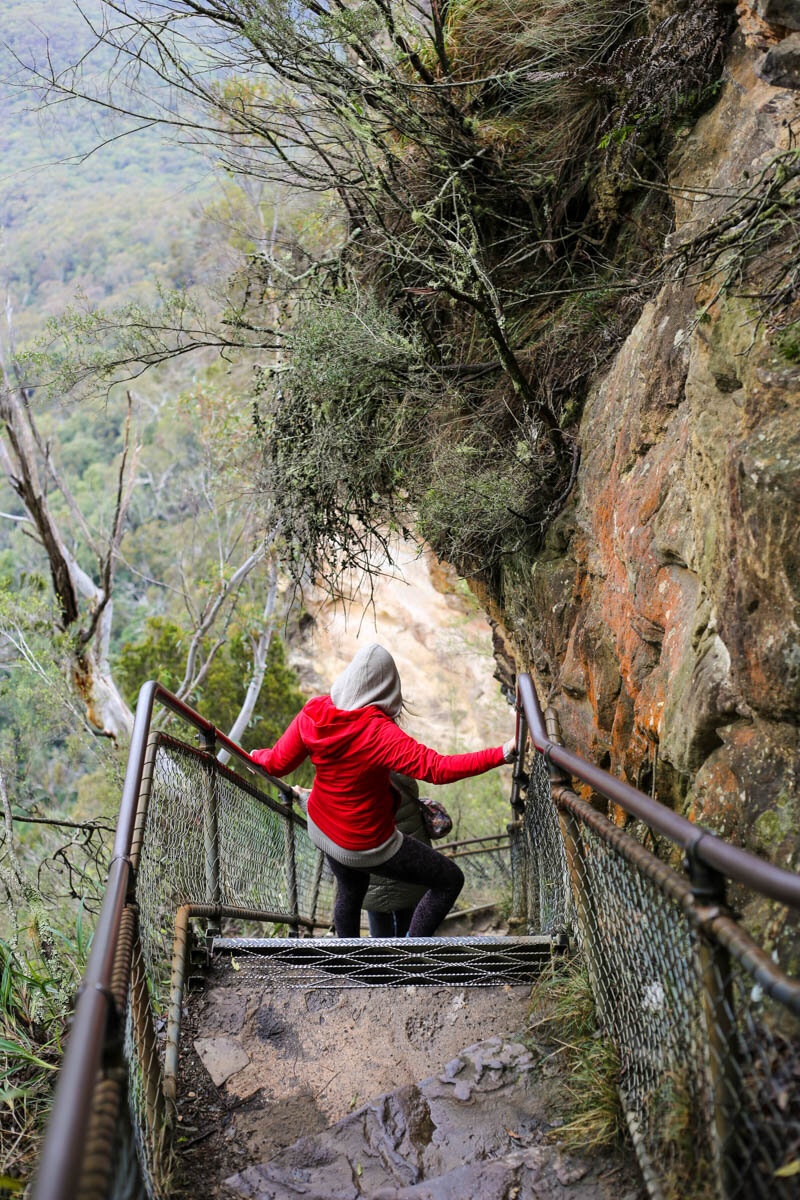


































As I sit here and write I’ve already left the southern hemisphere behind, the trade winds are blowing through the window and the Koolau Mountains rise like a green curtain outside of my window. It feels rather surreal actually. It’s hard to believe that our time away down south has already come to an end and that the next chapter, however long it proves to be, is already unfolding. But it’s been a long time since my last post and there is plenty of story to tell.
Just about one calendar month ago Meredith and I loaded up old faithful Dolores for one final grand road trip on up the Australian east coast. We’d seen most of Tassie and a good chunk of Victoria, but that’s barely scratching the surface as far as Australia is concerned, so we wanted to head out on the road and send things off properly by seeing a bit more of the countryside on our way out the door. As we’ve become so accustomed to we loaded all of our worldly possessions up and turned our sights north.
“We loaded all of our worldly possessions up and turned our sights north.”
Well not precisely north, after all this was to be a scenic trip. So we stuck to the coast as much as we could passing through parks and coastlands that, despite being squarely in the middle of Australia’s most populous region, felt another world away. Our first stop was the hard to spell and even harder to pronounce Croajingolong National Park which offered as good of secluded beach side camping as we’ve ever had. Plus in the morning a quick hike up through the bush brought us to the Thurra River Dunes, an expanse of rippling sand you would not expect to find in this lush corner of the world. From there we motored steadily along New South Wales’ stunning south coast with charming seaside towns in every bay and lighthouses dotting every headland. We had a ways to go though so we motored on until we reached the sanctuary of Kangaroo Valley, an untouched vale tucked just far enough off the edge of civilization for wildlife to roam free. They may call it Kangaroo Valley but it really was wombat city, as we set up the tent for the night we tried counting all of the little buggers we could see in the campground and stopped at 30 all peacefully munching away at the grass as the sun set.
That’s when the rain began. A big storm cell closed in on Sydney and much of the central coast promising nothing but chilly drizzle along the shores for several days, so we took our chances and boogied on up into the Blue Mountains just to Sydney’s west hoping some elevation would break up the clouds a bit and offer something other than monotonous rain. Well on the first night we had no luck, and with the rain coming down and a couple strong Belgian beers in the belly in the charming town of Leura I was only too eager to spring for a cheapo room for the night at a local inn to keep us out of the rain. And our gambit paid off. The next morning the clouds lifted enough for us to wander through some of the most famous sites in the Blueys. It’s largely a flat topped mountain range with the towns actually dotting some of the highest points, so when the clouds lifted we were greeted by expansive views looking down into verdant valleys.
“By now you can probably guess what we got up to amongst the vines.”
From there we stuck to the back roads and kept on north, winding through the eucalypts until we emerged in the heart of NSW’s main wine region, The Hunter Valley. By now you can probably guess what we got up to amongst the vines, even in the middle of “winter”. A bit of research and we found a guy who would rented us some beater bikes out of the back of an unmarked white van and we got to pedaling. The Hunter is an expansive area with what must be hundreds of different vineyards in it’s various areas, but with no particular agenda Meredith and I just whiled the day away cycling from cellar door to cellar door, imagining what it all would look like in the height of summer with proper vines and not just dry wine sticks, and enjoying the first day in months we actually felt inclined to wear shorts.
Our ultimate goal for the trip was to make it up to the legendary bohemian beachside paradise of Byron Bay, just near the northern border of the state so after our wine trip we got up bright and early and put the pedal to the metal. It’s a fair bit of distance up to Byron on what has to have been the most monotonous driving we’ve done in years with the freeway plunging dead ahead through the forest, scarcely bothering with the ins and outs of the central coast, but boy were we glad we made the effort. Byron wins renown for many reasons. It’s Australia’s easternmost point, a variety of beaches offer good surfing in almost any condition, it’s far enough north that it starts to feel truly tropical, but mostly the town is just one of those places that seems to attract every surf bum, working holiday maker, and fellow wanderer in the country. A perfect place for us to come and forget that our time was running short.
“This feels like the soul of Australia to me.”
That was to be the northern extent of our grand adventure and we had some friends to meet back in Sydney, but not before one final night on the road that seemed to encapsulate so much of what makes Australia an amazing place. Tucked away on the central coast this the excellently named Booti Booti National Park, it took us half an hour to get there off the freeway but we may as well have been on the edge of the earth. We camped among the shady trees with brush turkeys fluttering around our tent, and just over the dunes laid yet another expansive, wild, empty, unspeakably beautiful beach stretching as far as we could see. This feels like the soul of Australia to me, a beach that would be award-winning most other places in the world tucked away, unpeopled, and remarkable precisely because it isn’t remarkable. It’s just another beach in this land of wild beauty, and it’s yours to enjoy because the beaten path isn’t that big. Sitting in the sand watching the sun rise getting ready for what was sure to be a mad run into the next phase of our lives it felt like I’d come full circle, right back into the heart of the place, and that’s what I think will stick with me in the years that lie ahead.
In the moment though there was little enough time to wax poetic as we had a wide and wonderful harbor-side city to explore. It’s truly enough said that no trip to Aus is complete with out spending some time in Sydney, and we were lucky enough to have some friends to host us. You may recall from months ago that one of our roommates from Tassie was moving to the city when we all were leaving, and we finally got to cash in on the connection. What a way to go out too, a convenient place to stay and knowledgeable guides turned what could’ve been a bewildering couple of days into a sun drenched relaxing send off. In hindsight, I’m not so sure why we avoided Sydney as a longer term place to stay. It’s a beautiful town wrapped around a many-armed harbor where the locals are equally as likely to catch a ferry to work as a train. It may technically be a bit bigger than Melbs but doesn’t feel it when the water makes each neighborhood feel so unique. Of course we did the classics like having a beer at sundown by the Opera House and catching a ferry out to Manly beach, but it was the little local explorations we were able to do that really set things apart, visiting classic aussie pubs, finding the best fried chicken in town that really had all things looking rather rose colored.
“Adventure is where you seek it and I intend to keep on looking.”
And then just like that our bags were packed and we set off into the next chapter of our lives. Sydney to Honolulu is a surprisingly affordable 9 hour red eye, we landed on Oahu about two weeks ago and have set ourselves up to spend a couple months out here in Hawaii as we consider our next moves. Maybe it’ll be a quick couple months, maybe we’ll love it and stay longer, either way it certainly is nice not having to move after 6 months. I guess that’s the advantage of “home sweet home”. Looking forward things look more opaque as than ever. I’m not sure what will become of this blog. I’m not sure when we’ll come back state side. Heck I’m not even sure if I’ll stay in my new job. But hell, if I’ve learned one thing from these past years it’s that adventure is where you seek it and I intend to keep on looking.
Our Route
Through The Eucalypts
It’s been a game of making the most of things here down south as time has taken a positively frantic pace and our time in Melbourne comes to a close.
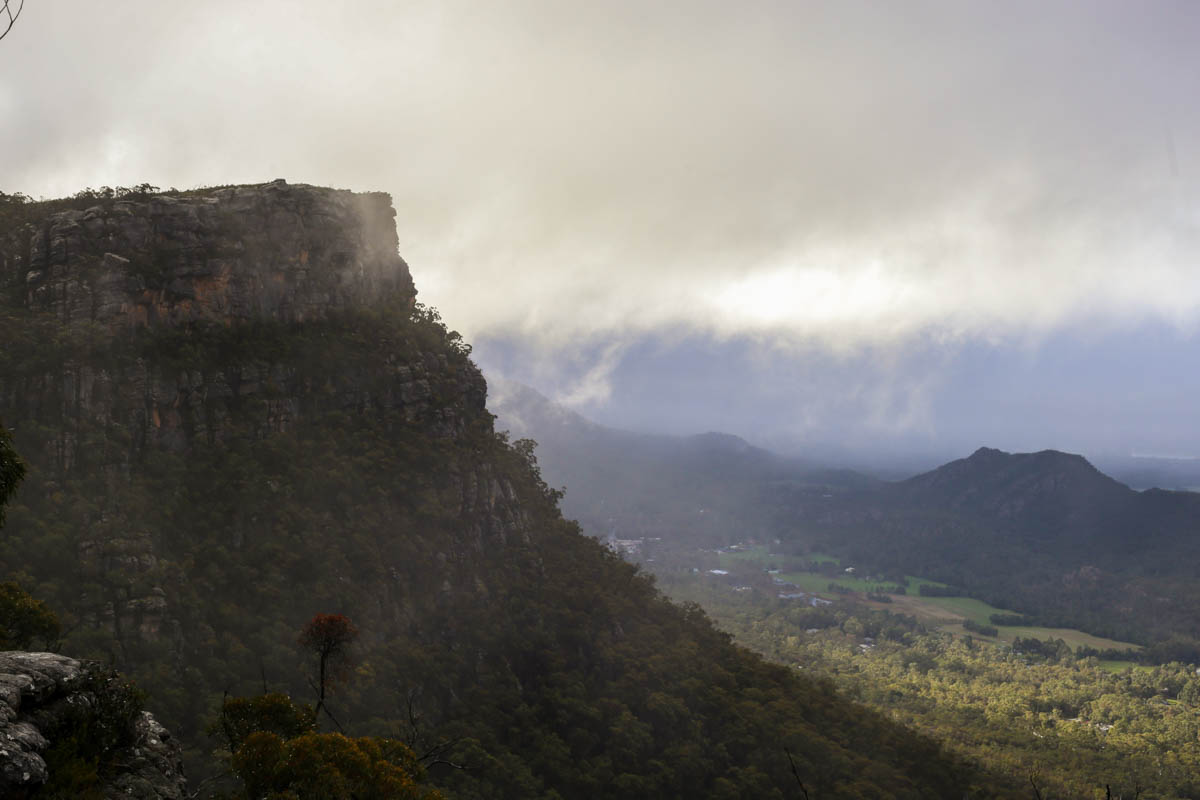
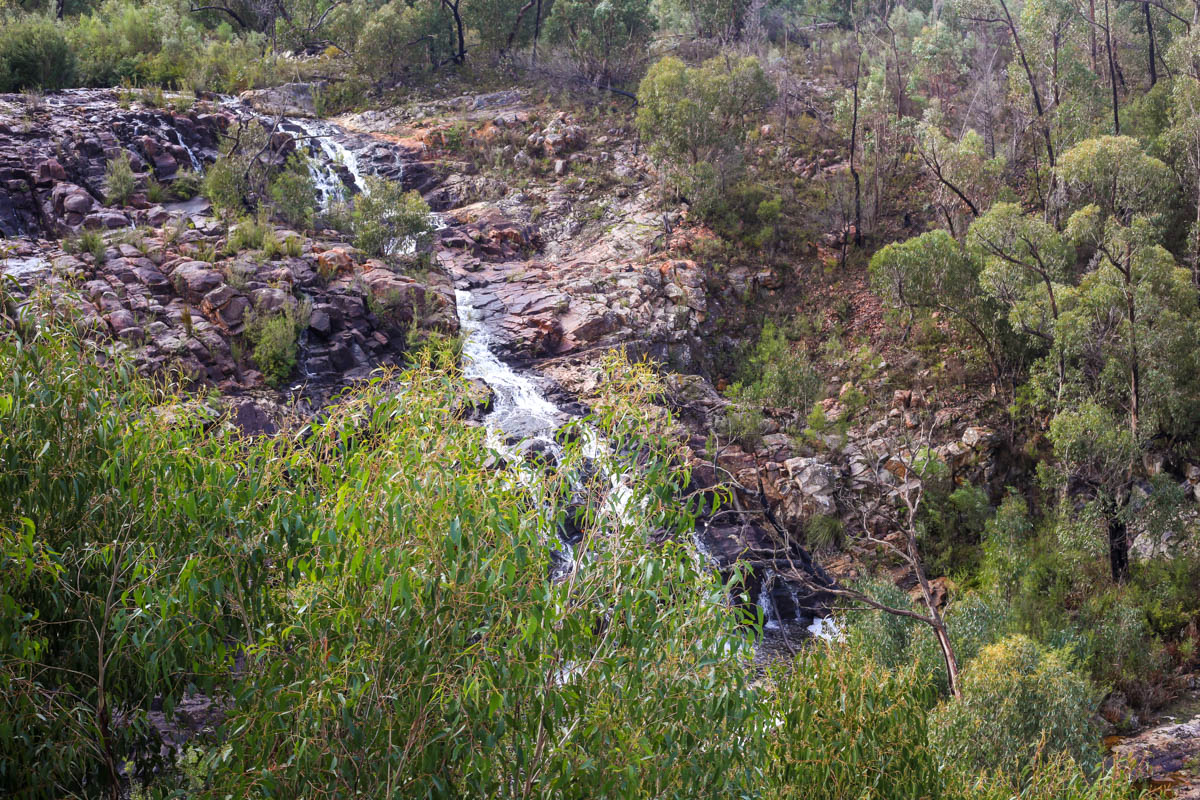
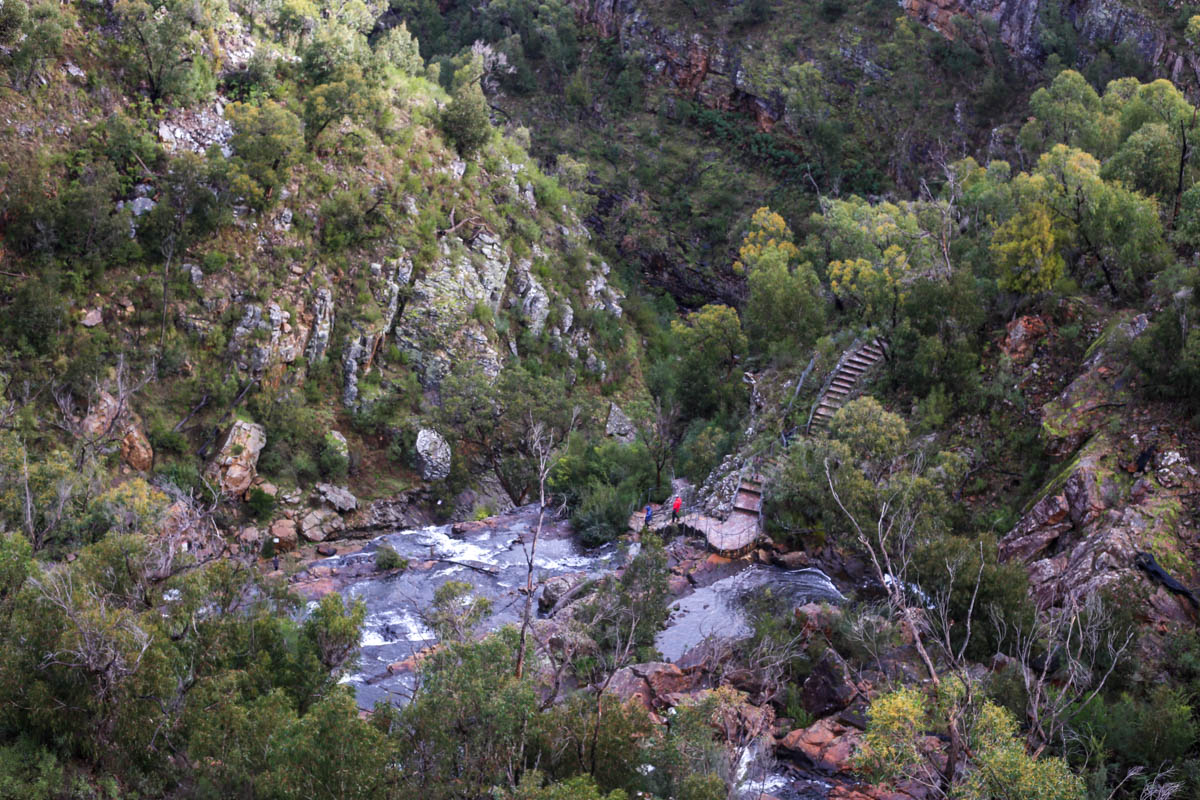
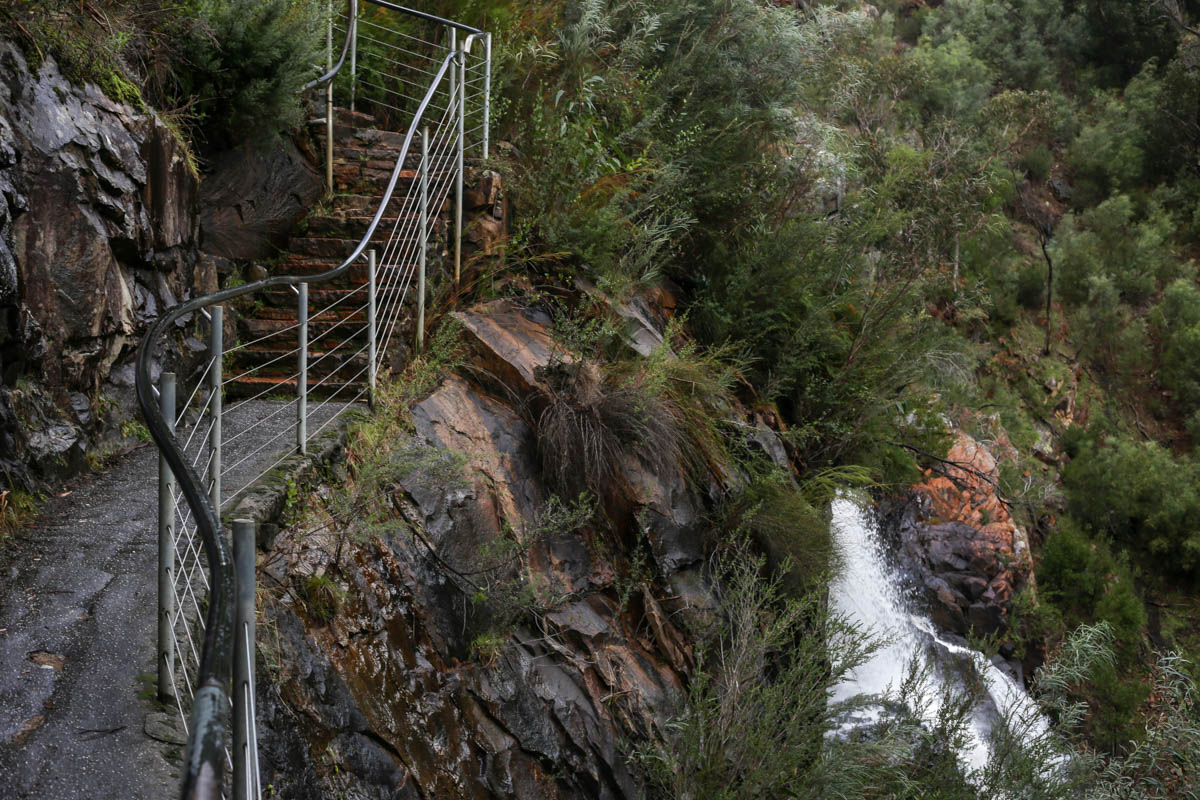
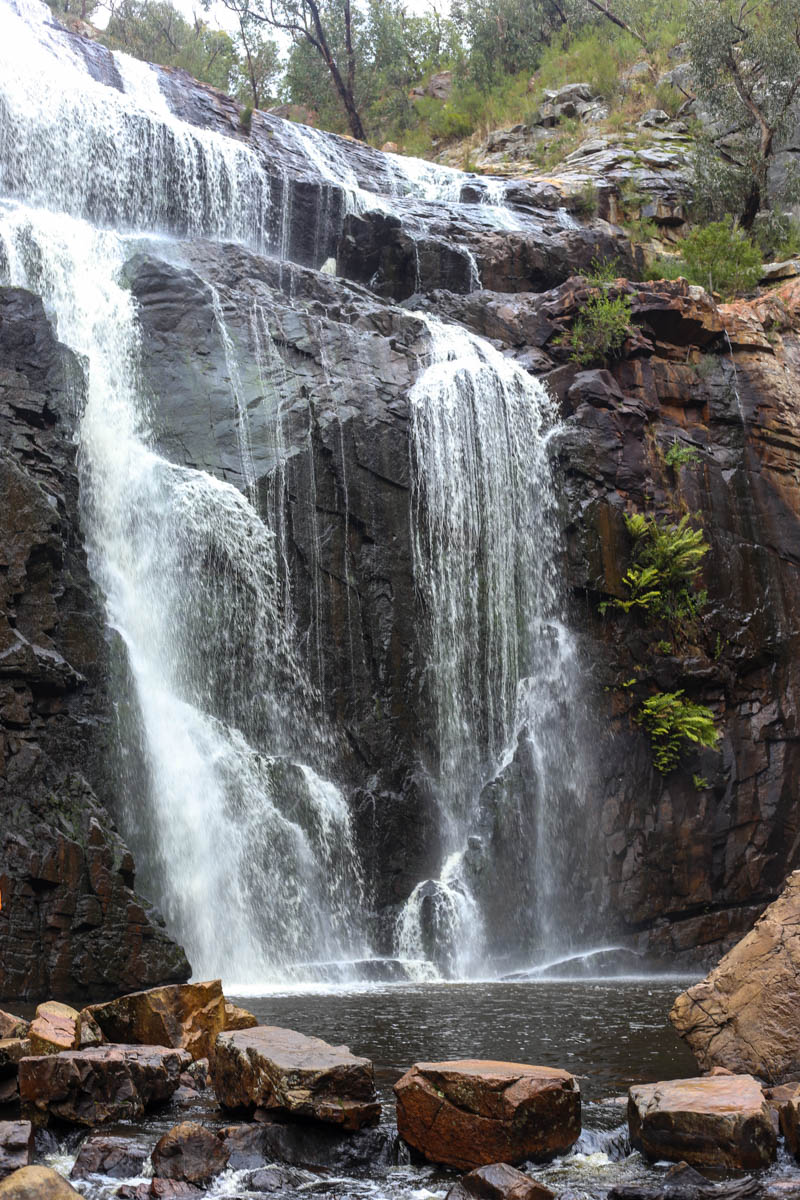
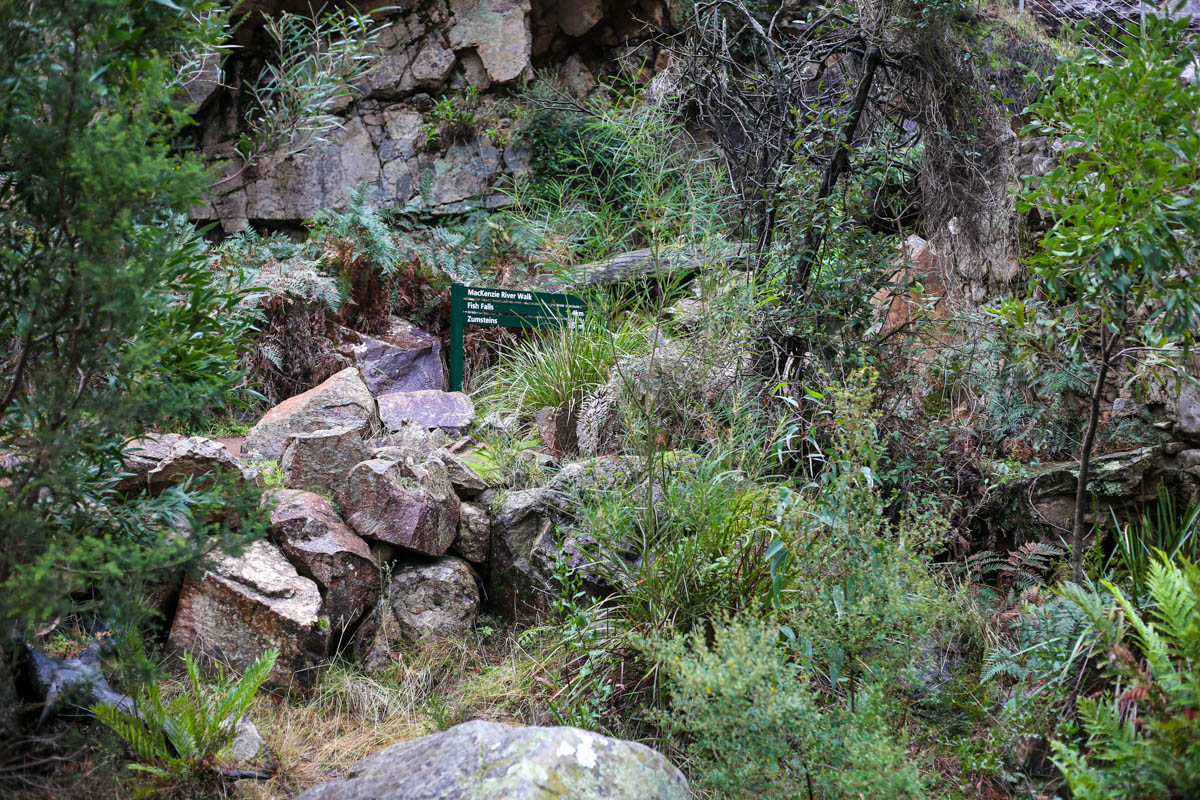
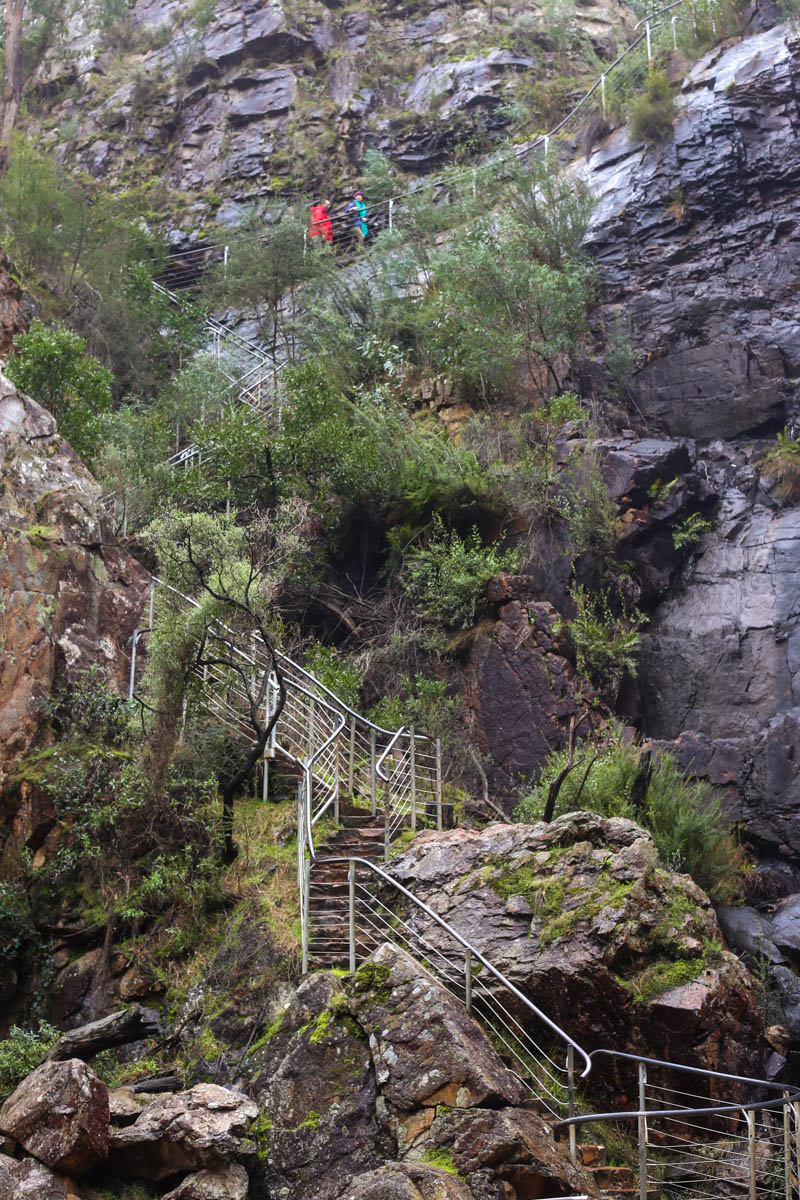
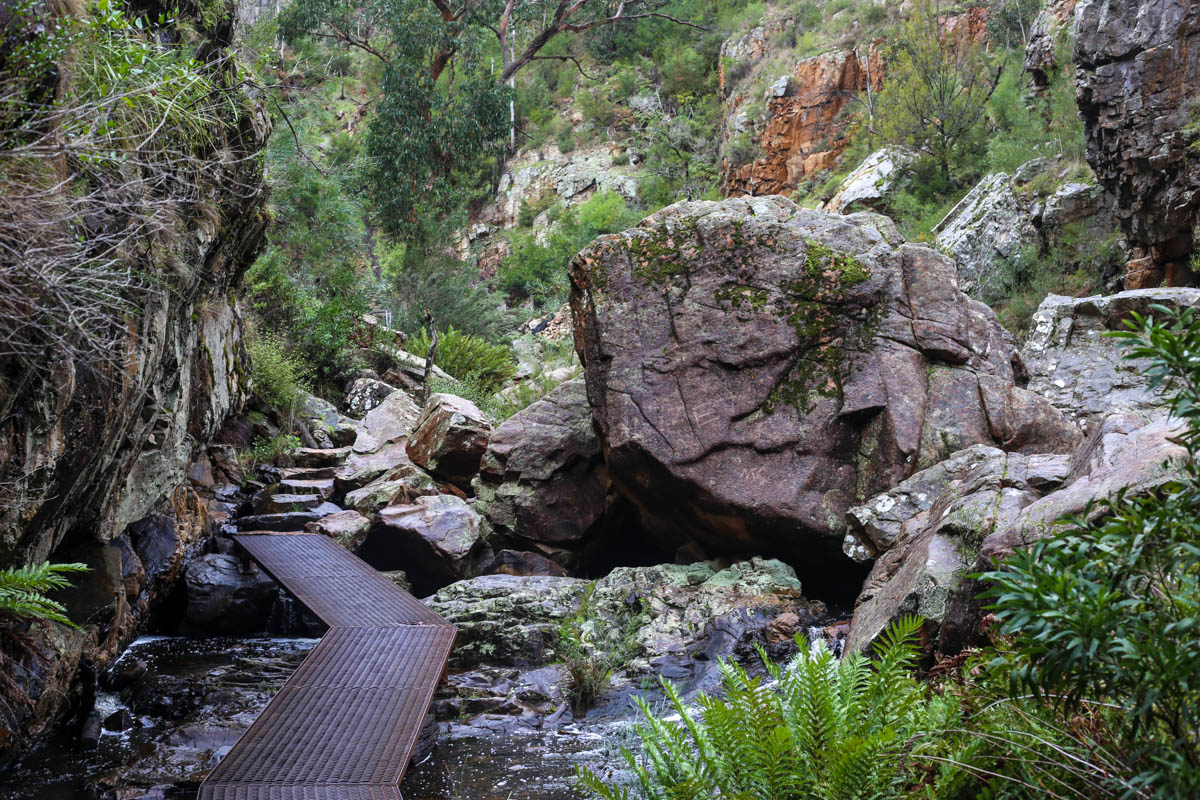
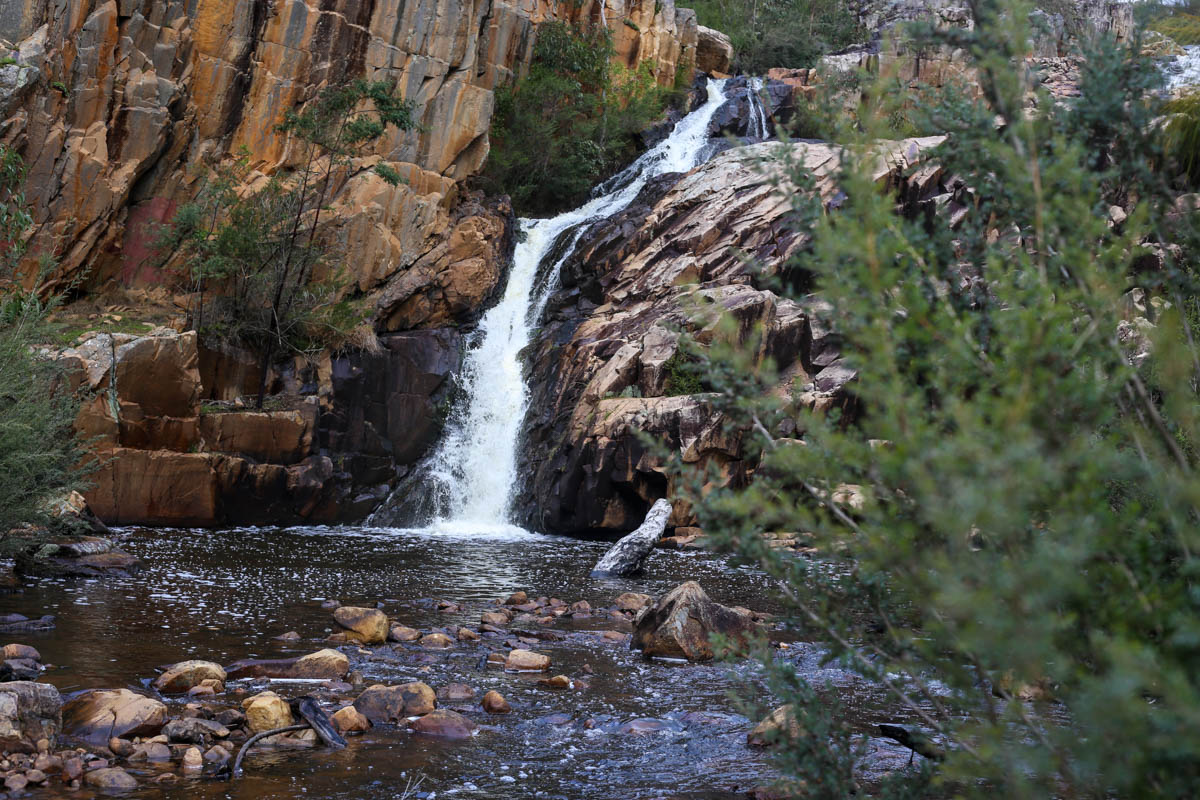

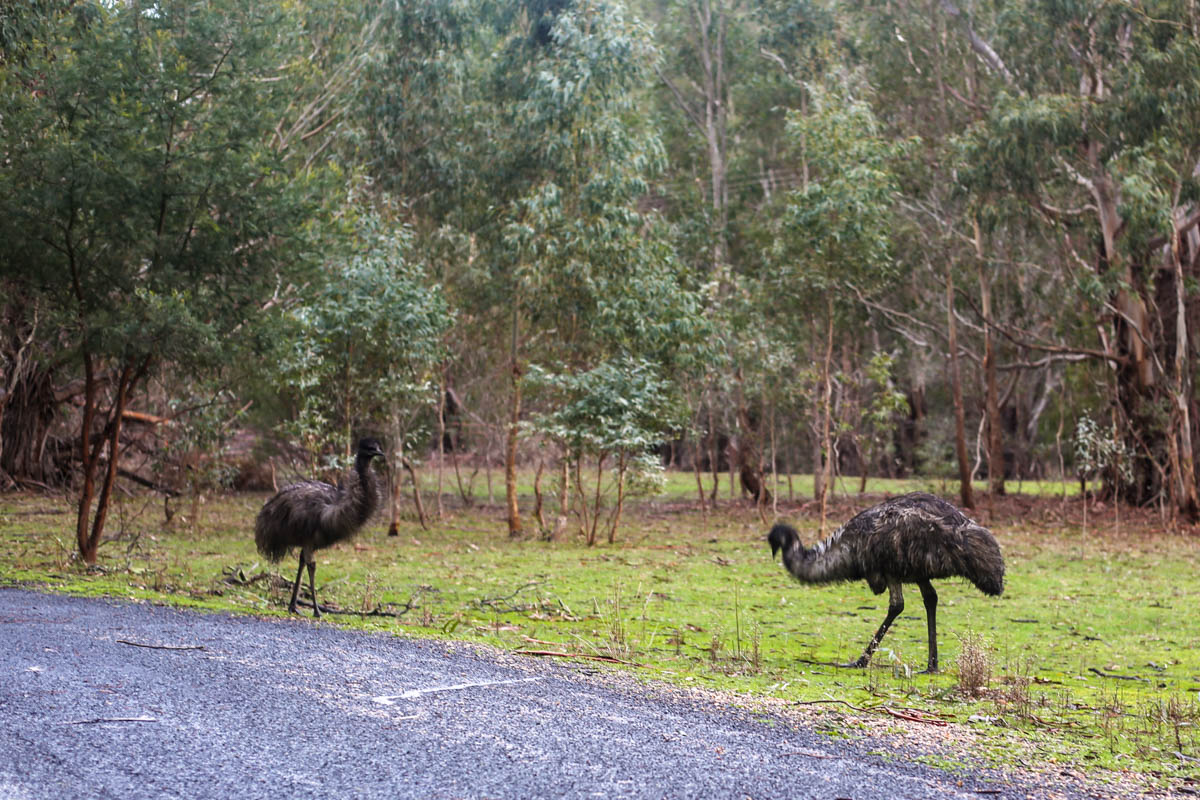
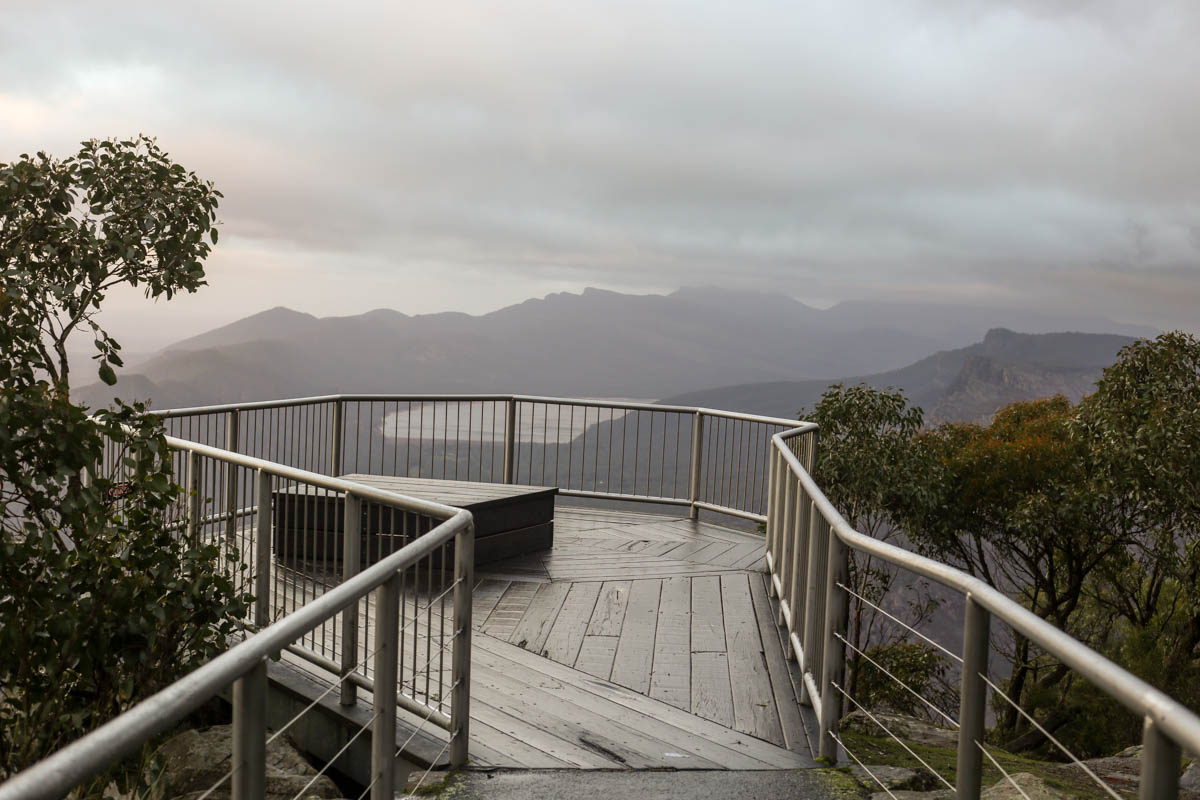
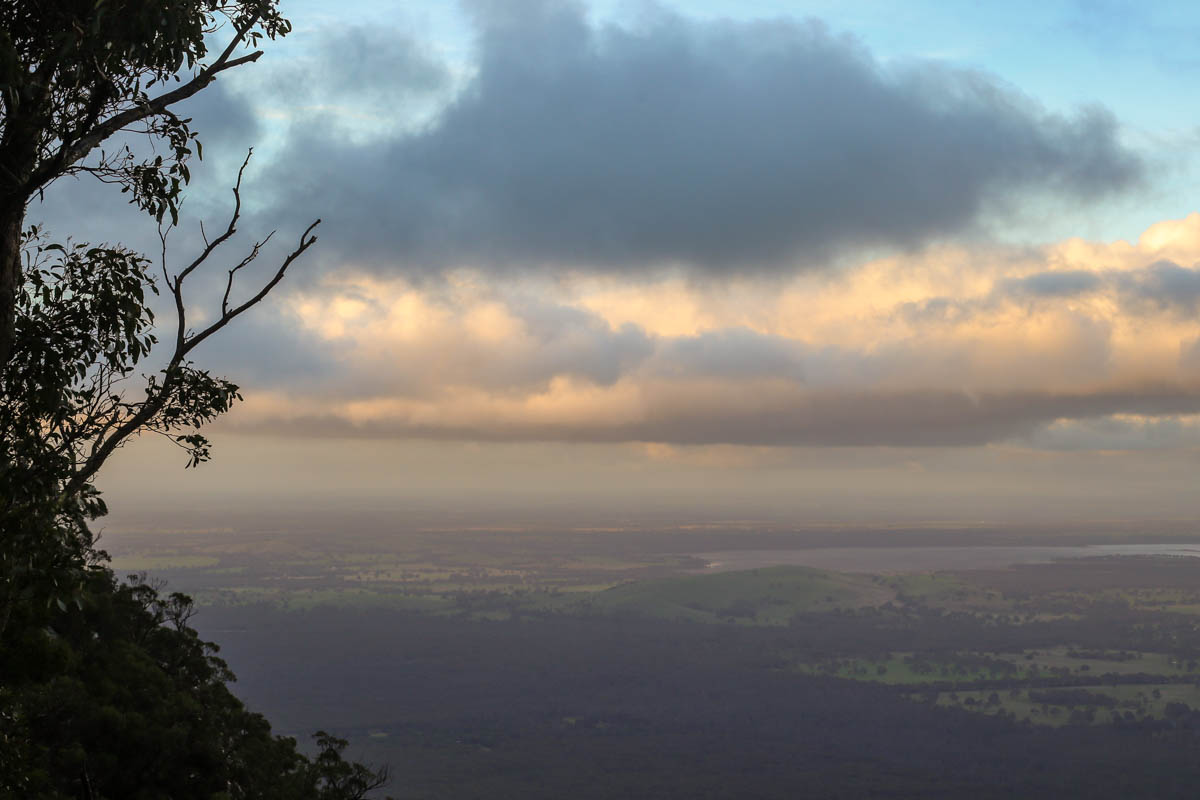
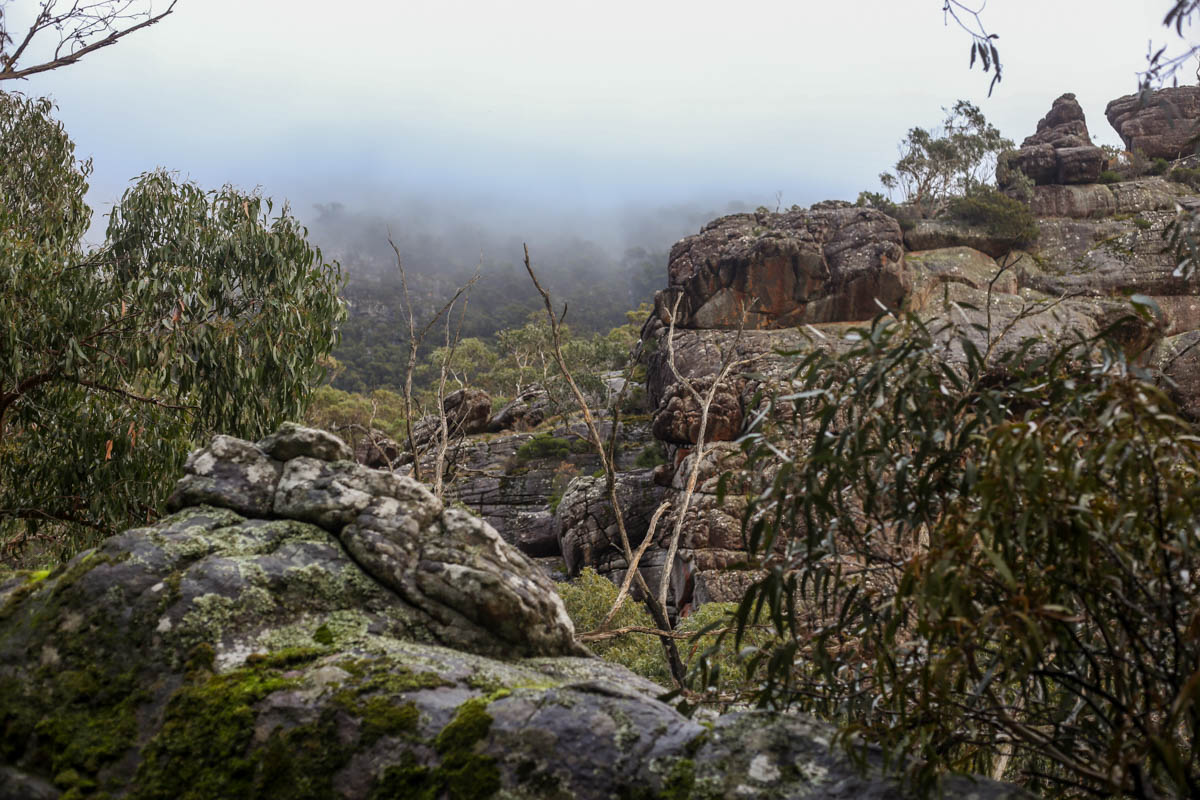
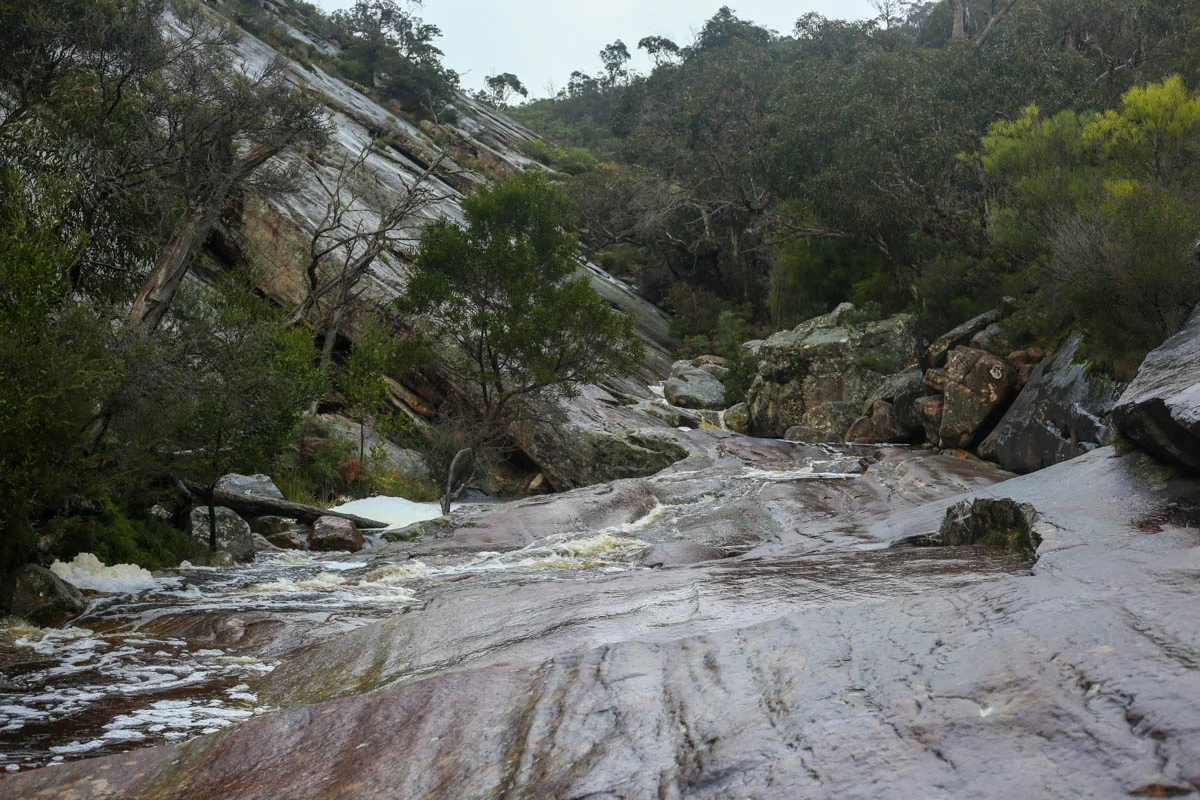
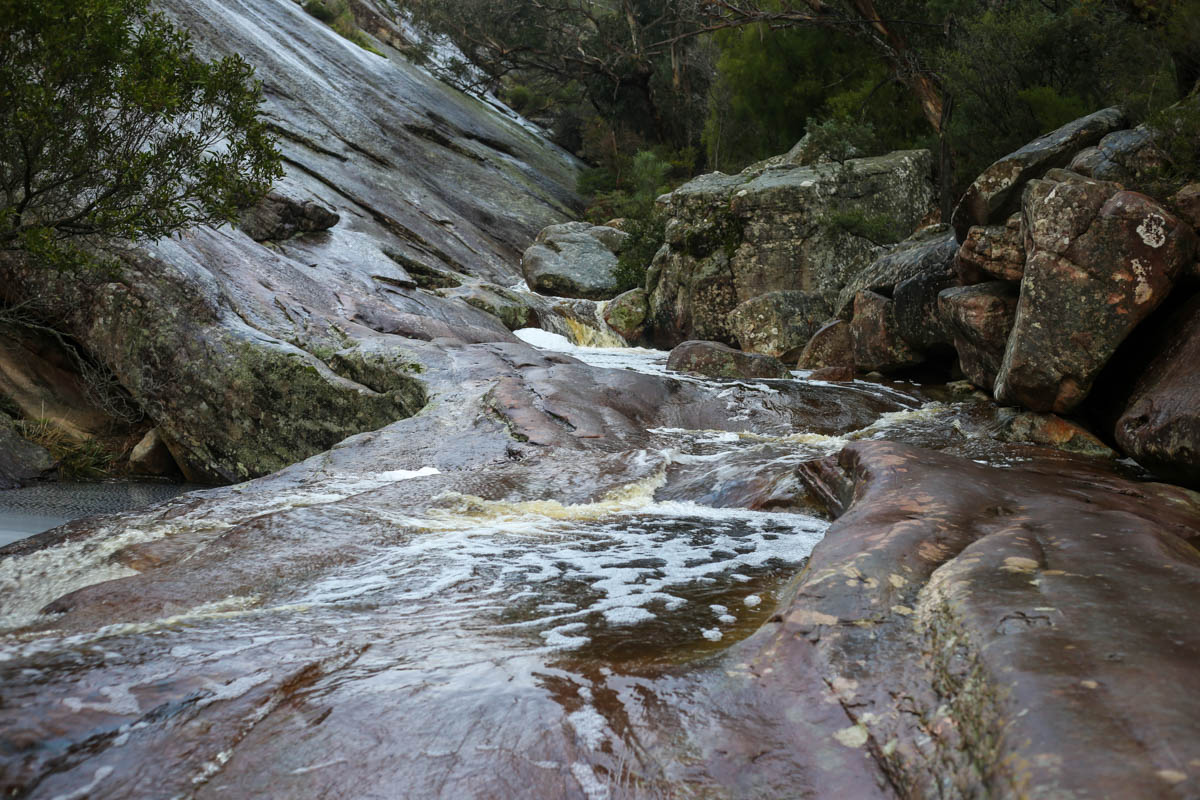
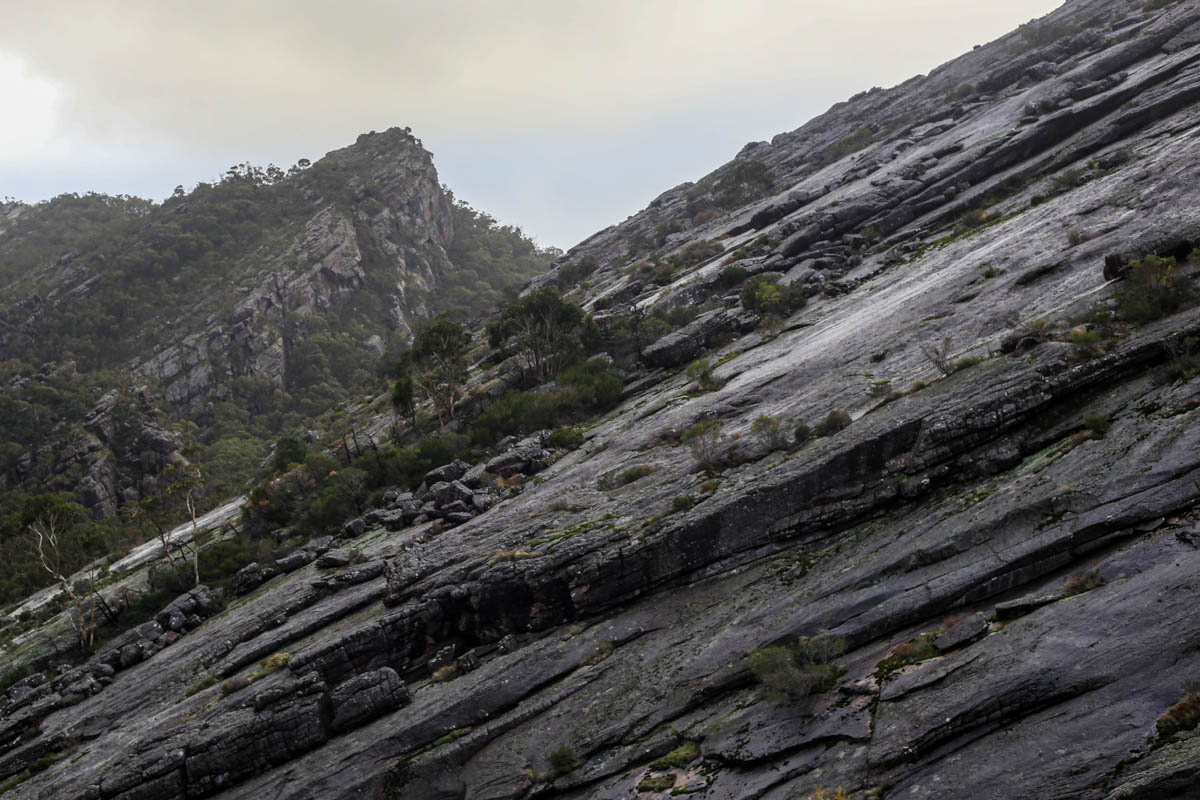
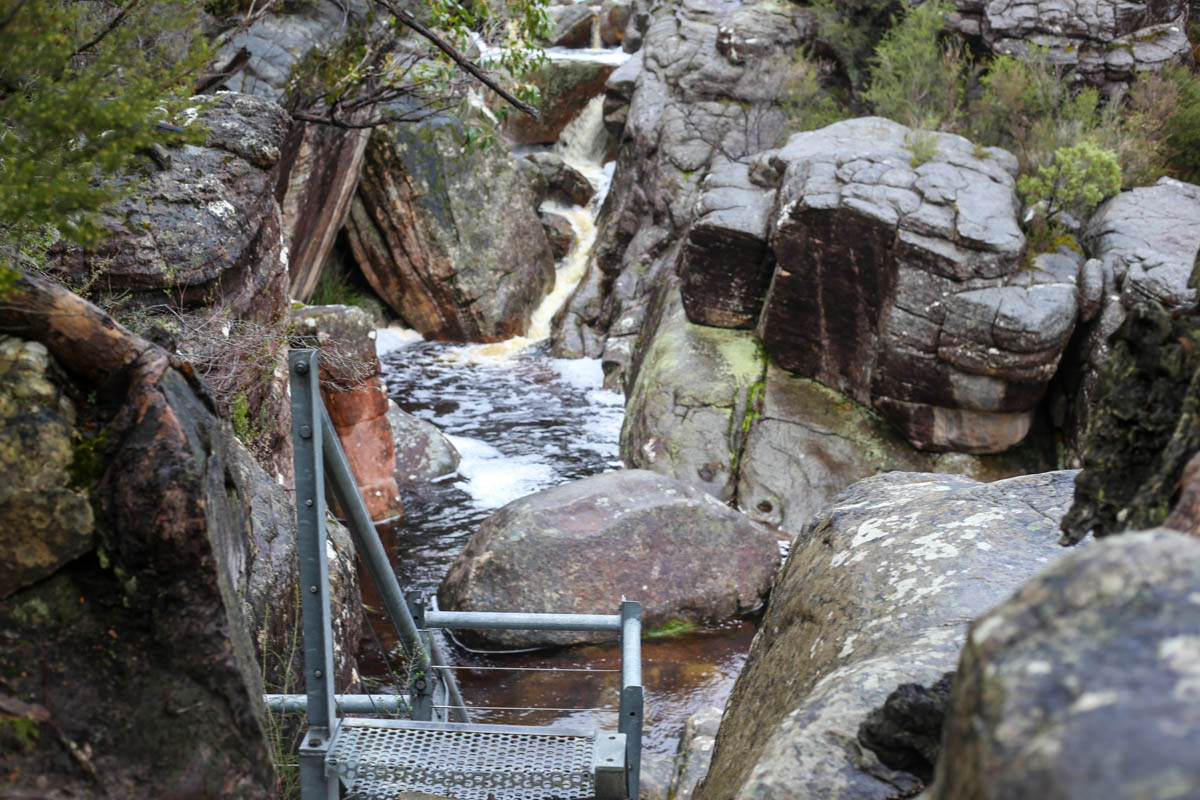
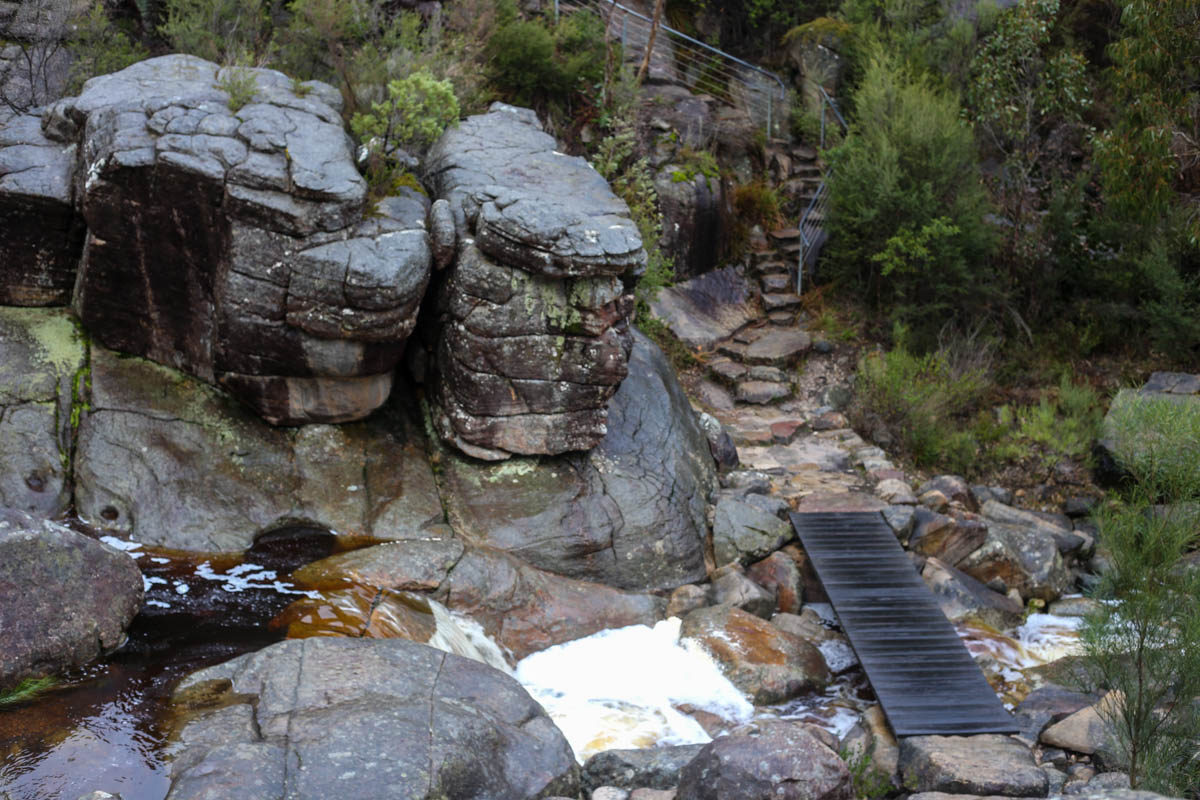
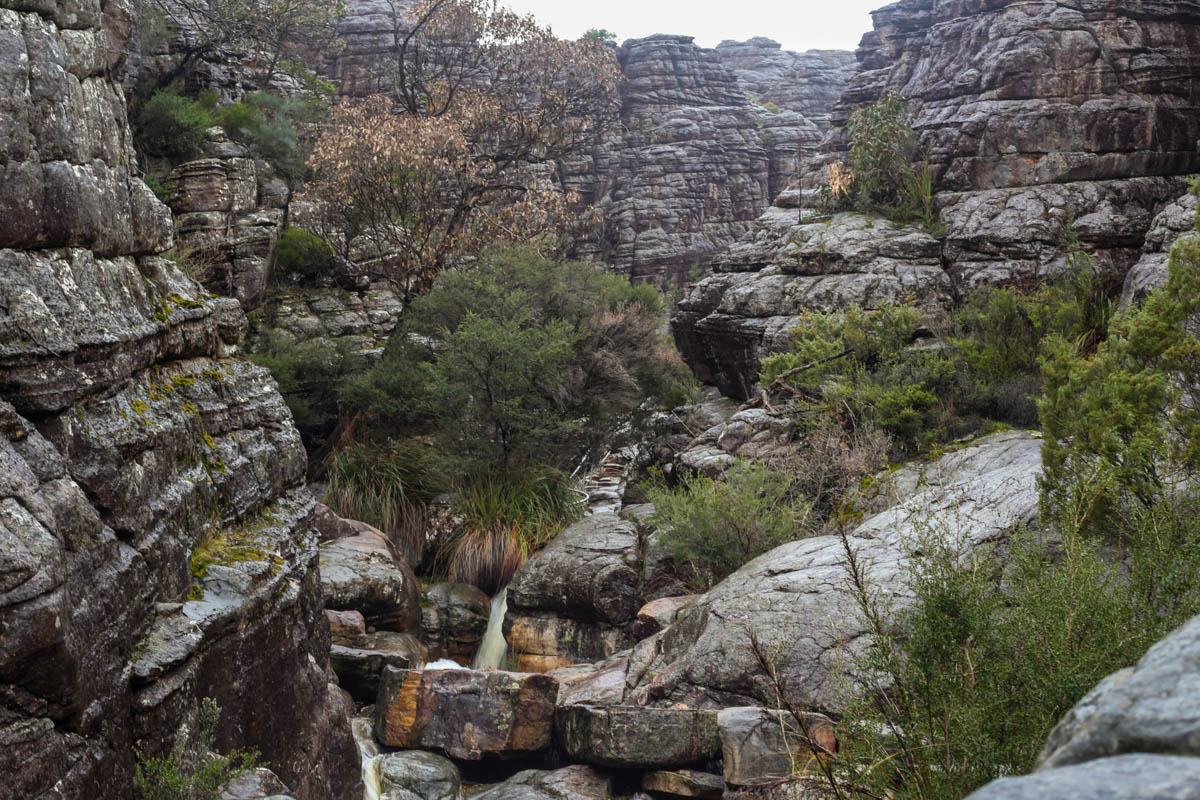
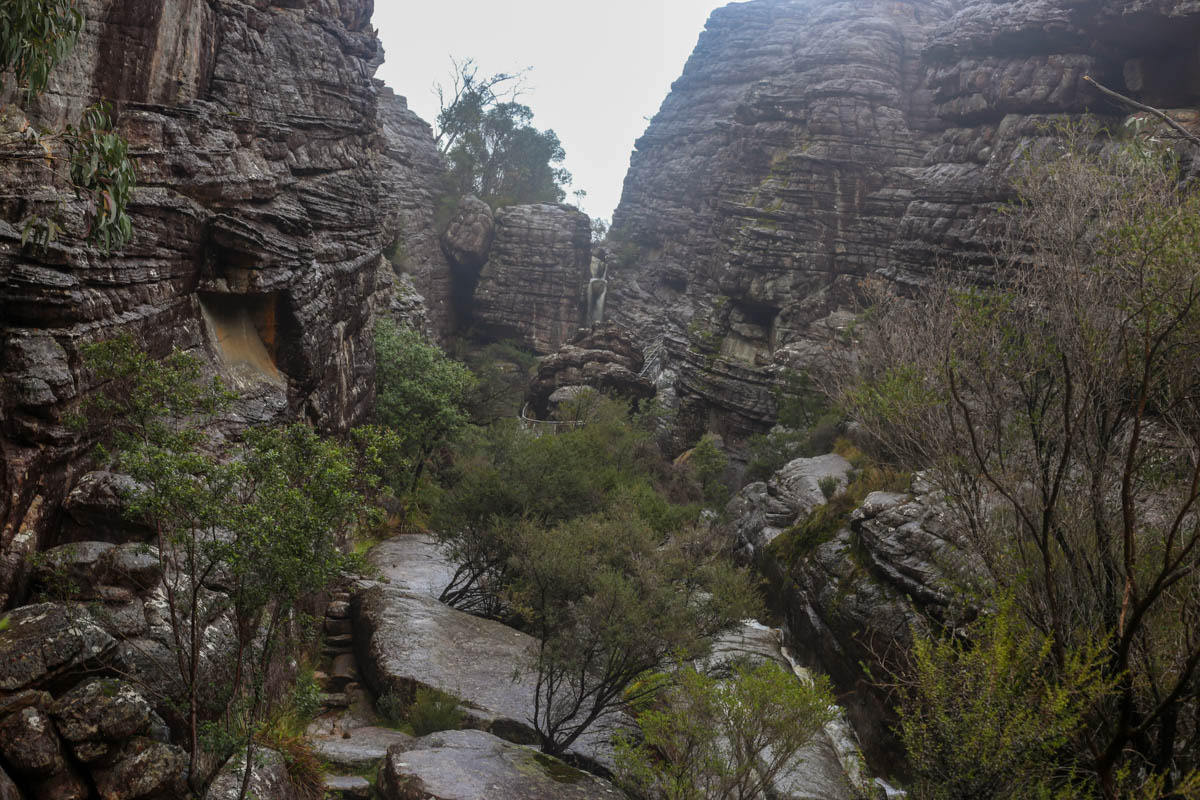
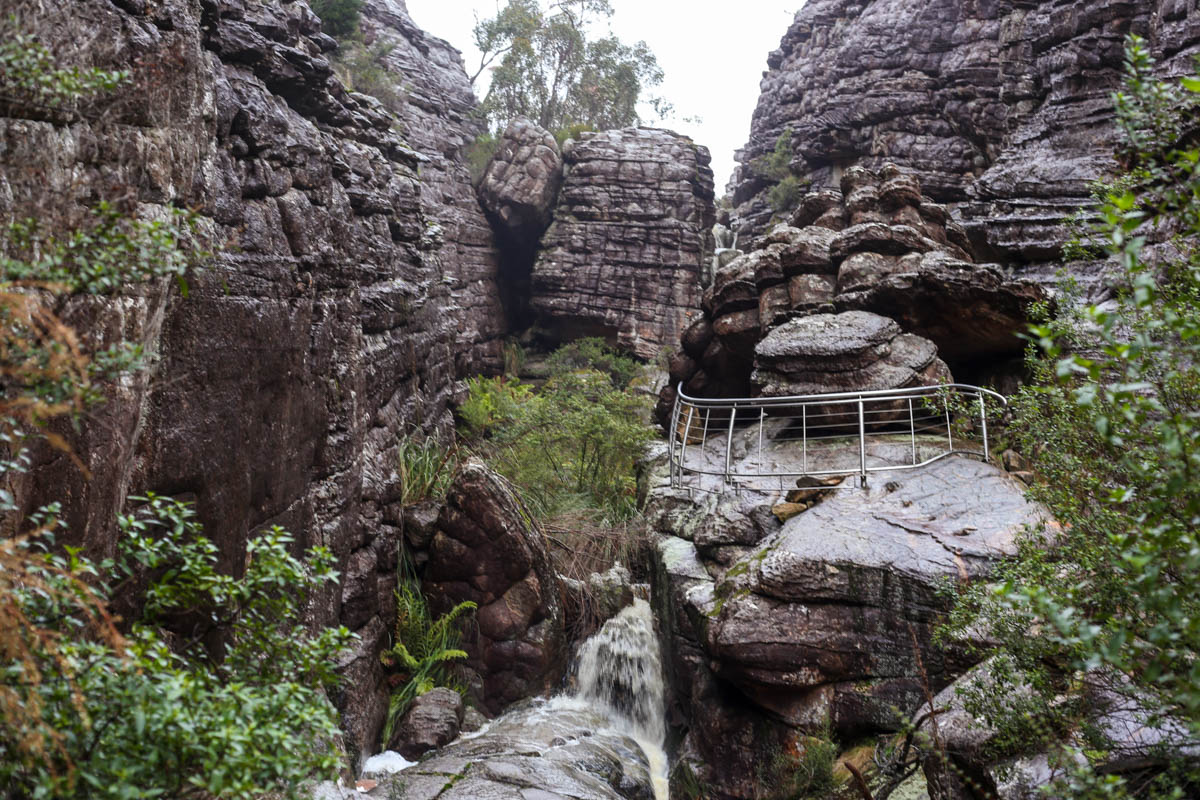
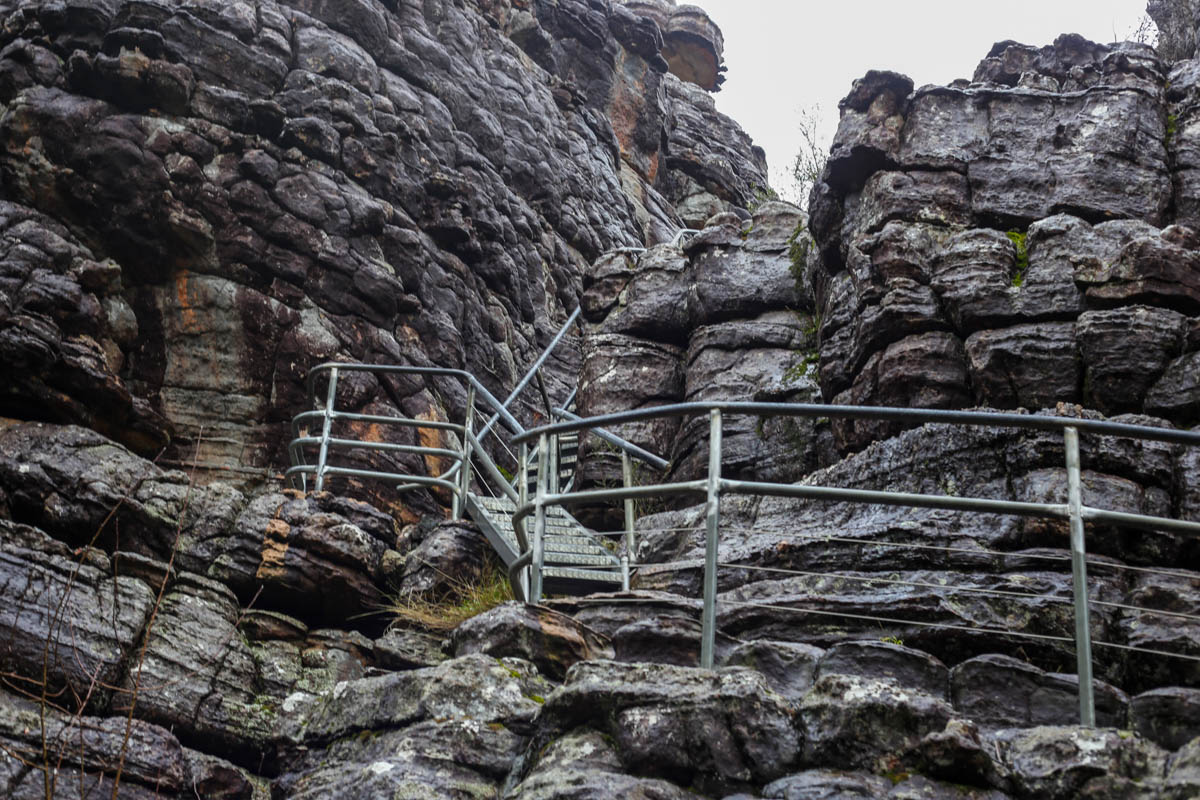
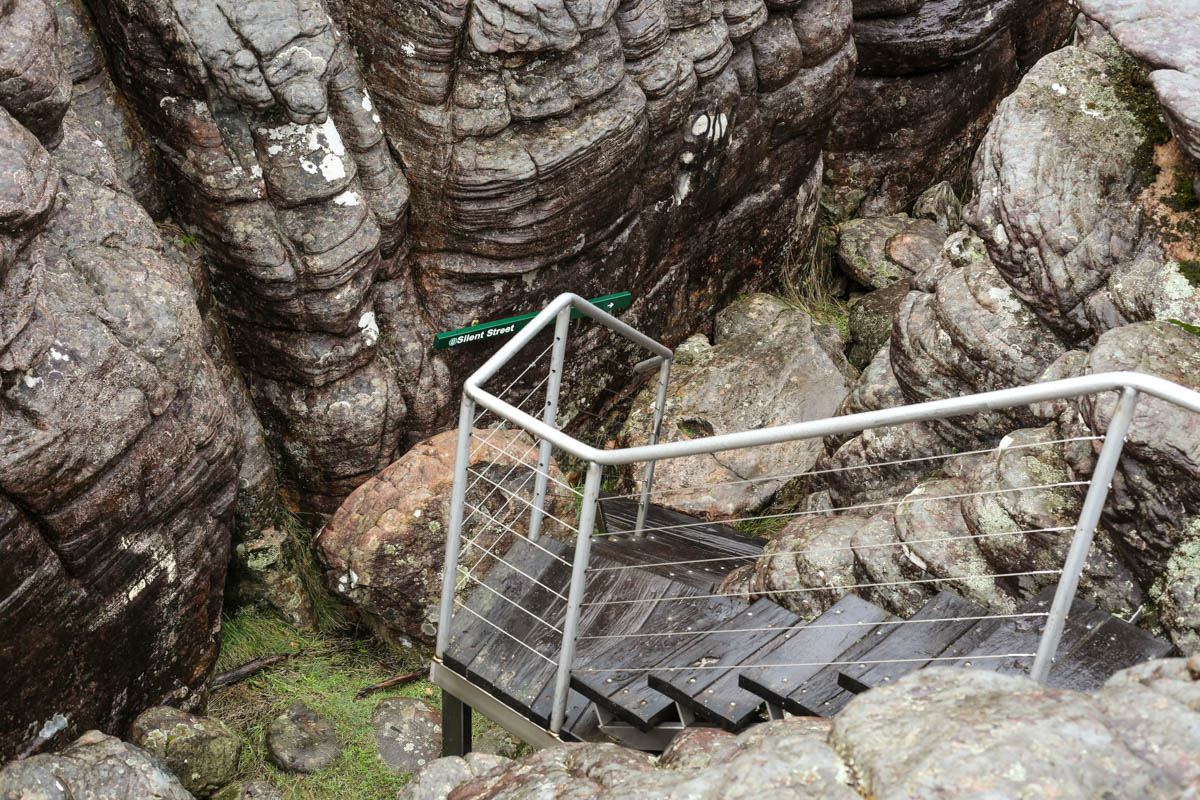
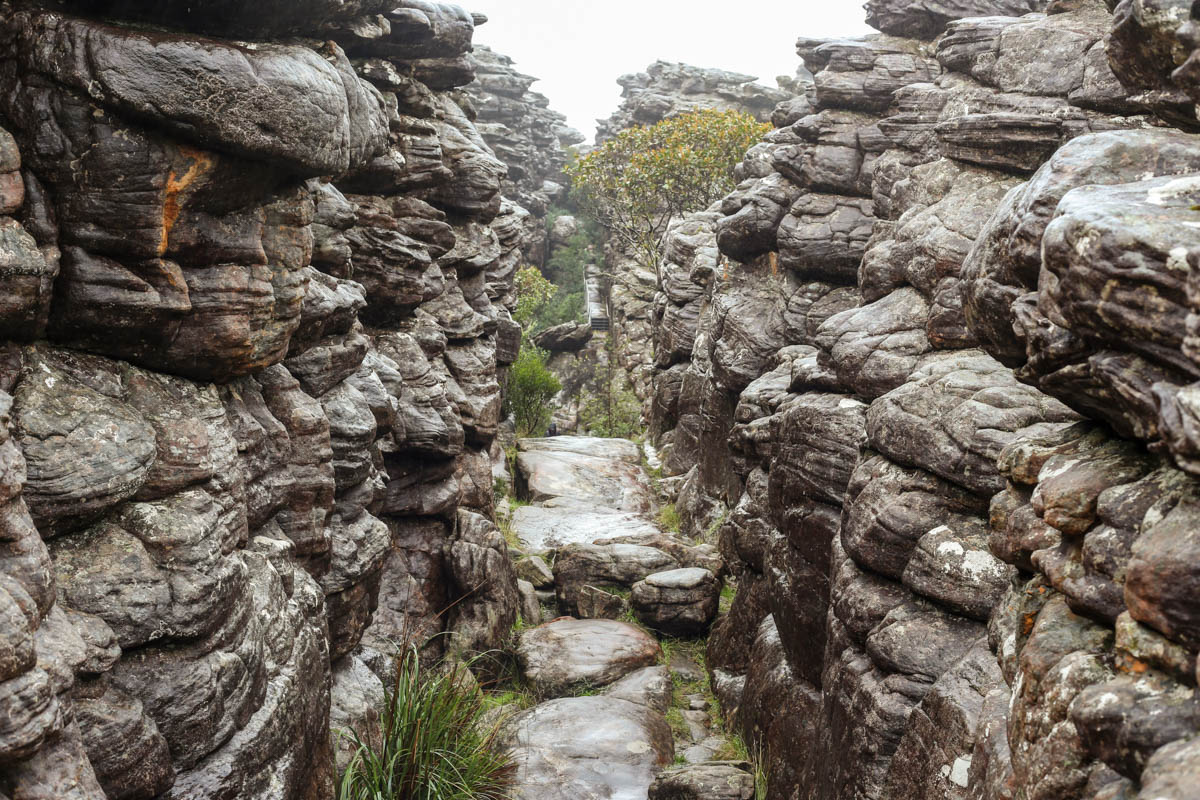
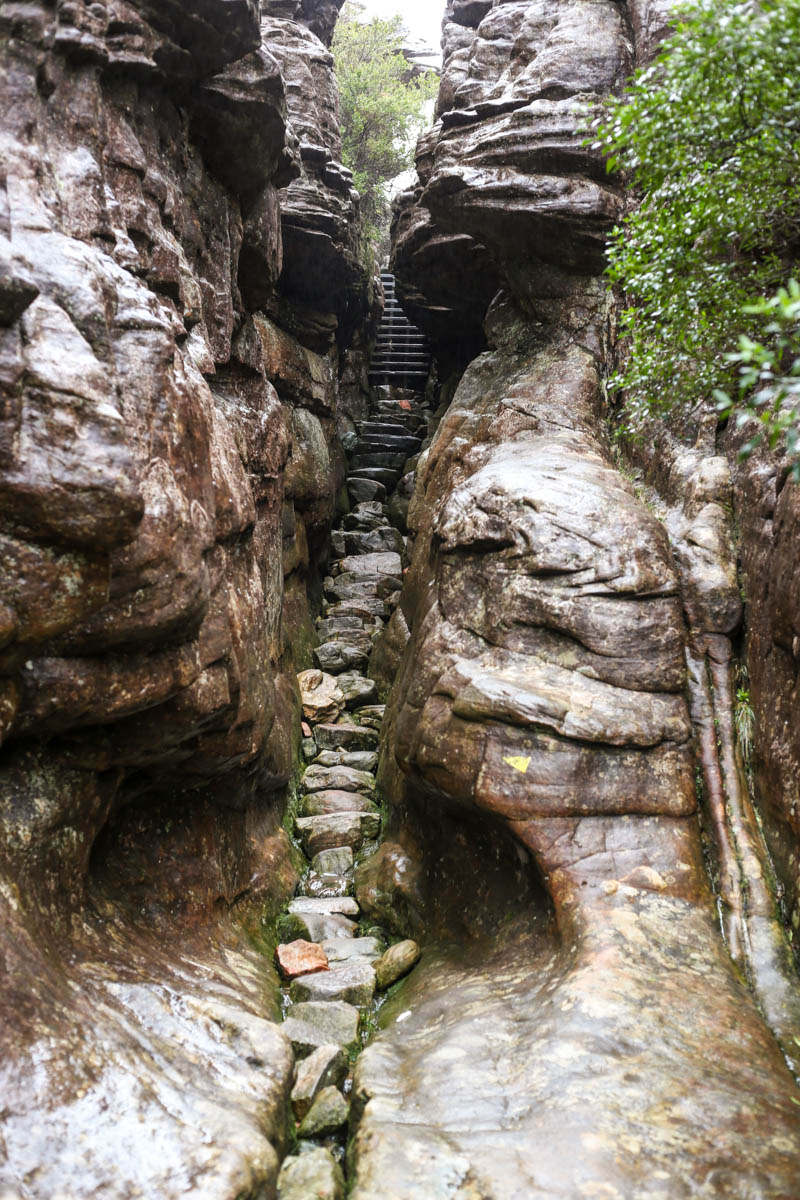
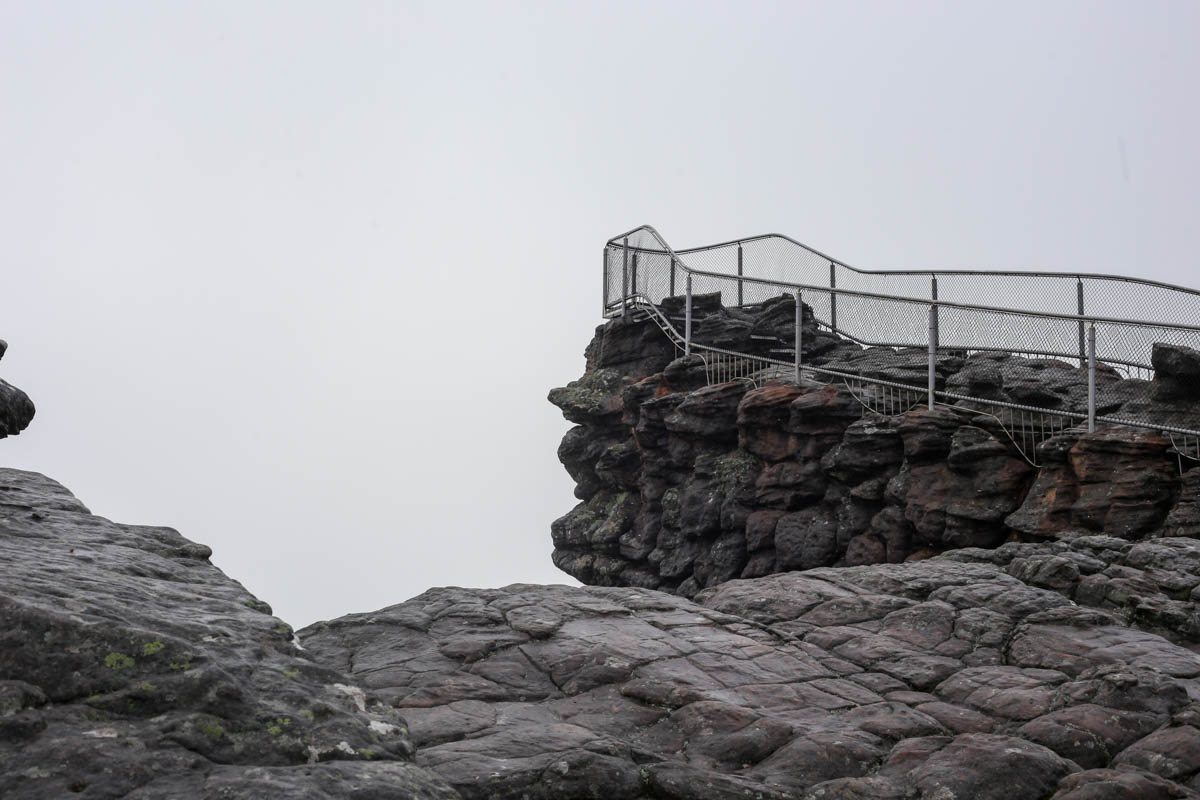
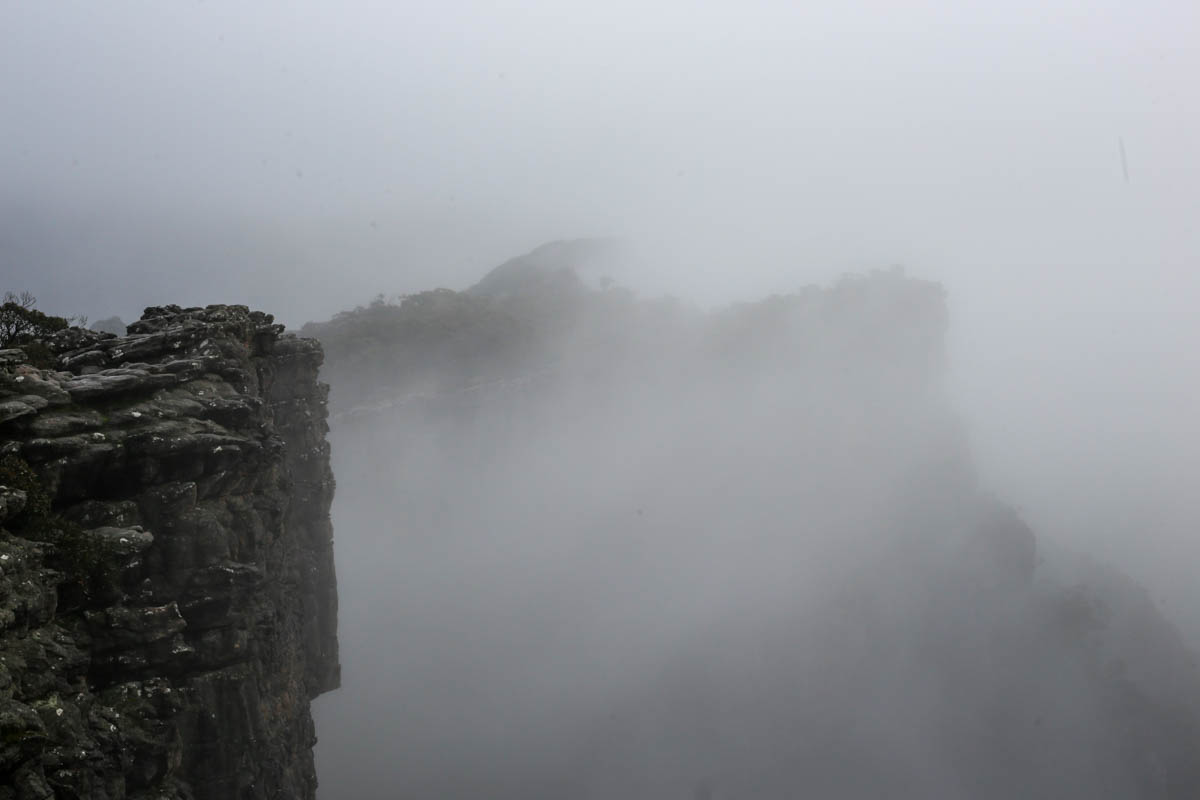

Well not to be too one-foot-out-the-door or anything, but holy mackerel this is the last blog post I’ll be writing from abroad. At least for the forseeable future. Our visas are up in September, and Meredith and I are officially booked on a flight to Oahu where we’ll set up shop for a bit and enjoy some life that’s not dictated by the schedules of working holiday visas. Sounds pretty like a pretty good place to set up shop and try to put something resembling a “long-term” plan together to me.
It seems like time has steadily increased its pace as we’ve gone through our travels. From a leisurely stroll in Dunedin, to a lively trot in Wellington, to a breathy gallop in Hobart, and finally to a frenetic sprint as our time comes to a close in Melbourne. Plus with a city of this size, and with this many opportunities, our ‘must hit’ list has grown faster than we’ve been able to check things off it, leading to a nearly panic-inducing sense of time running out. So, it’s been a month for making priorities, making plans, and getting some unmissables checked off.
With another big move coming up, to the notoriously unaffordable Hawiian Islands, Meredith has been in full-on work mode of late, trying to get as much wiggle room in the ol’ budget as she can before we leave our jobs. Fortunately her work has been able to supply the hours, unfortunately that means we’ve been limited to mostly seeing things together around the city. Not that that’s been any sort of disappointment, one epic end to our dry/vego July at a local viking-themed restaurant -Mjolner- was particularly memorable for arguably the best steak I’ve ever enjoyed paired with beer out of proper ale horns. However, this schedule has sent me heading farther afield for some solo journeys to see the most of the Victorian countryside that I can.
“And even then, it’s a bit of a coin toss on the actual day-of weather.”
Now despite the generally mild winter down south planning tips out into the sticks does require a bit of timing and planning, lest you get caught out on particularly squally nights. And even then, it’s a bit of a coin toss on the actual day-of weather. After a week of rain the weather opened up a bit so I set my sights north west to one of Victoria’s most famous national parks, The Grampians.
This craggy little range rises abruptly from the wide open plains providing a little island of preserved nature in a country of stretching farmlands. The mountains are famous for their wide vistas and granite formations that draw hikers and rock climbers from around the world. Being the middle of wet winter I opted for a hike around to see what all the fuss was about. While certainly the views out into the country were impressive, and the peaks held on to swirling banks of cloud lent the whole scene an aire of “Misty Mountains”, what really set the place apart for me were the deep canyons that cut through the slabs of rock.
“The trail all but disappeared as every surface was either slick rock or running water and the cliffs climbed higher on either side.”
One track in particular, that took me from the little adventure town of Halls Gap up through the valleys and to the aptly named ‘Pinnacle’, left me very impressed. It started with a rivulet jumping and splashing down the solid slabs of rock creating swirling pools, but the higher I climbed the deeper the water carved. Halfway up the mountain I entered Victoria’s “Grand Canyon”. The trail all but disappeared as every surface was either slick rock or running water and the cliffs climbed higher on either side. Up and up it wound as the rivulet reduced to a trickle and then to nothing leaving ever tightening walls until one final squeeze through a proper slot popped me out nearly all the way at the pinnacle. Now that’s a hike that pays some dividends.
“Standing out on this exposed strip of land jutting into the Bass Strait the skies were dotted with clouds and the wind dropped as I neared the coast like the ocean was holding it’s breath for me.”
A few weeks after The Grampians the weather cleared for me again and I set sights in the opposite direction south and east to the southernmost tip of mainland AUS, Wilson’s Promontory. The prom is an isolated peninsula a couple hours out of Melbourne that’s covered entirely by a national park, so I thought it seemed the perfect place to try my luck with a little midwinter backpacking. I lined up a lively overnighter out to Refuge Cove that would cover a good portion of the peninsula.
Fortunately I hit the weather perfectly, to an almost unbelievable degree. Standing out on this exposed strip of land jutting into the Bass Strait the skies were dotted with clouds and the wind dropped as I neared the coast like the ocean was holding it’s breath for me. True to form though, as I sit here now writing another storm is lashing the park driving home the point of my luck. Regardless of good timing I wasn’t going to get the experience many go to Wilson’s Prom for: beach life; ringed by untouched, white beaches and the nation’s largest marine preserve most come in summer for the best beaches in the state. I went expecting some good wildlife, and serene coast even if I wasn’t to be tempted with a swim at any point.
“Wilson’s Prom looked positively prehistoric.”
As advertised each headland I rounded revealed yet another stretch of white sand and aqua waters devoid of any sign of man. But what really had me head over heels was the interior of the park. It was considerably more mountainous than I’d thought and with untouched, native eucalypt forest covering every inch of the dramatic hills (and nothing to be seen but open ocean in the other direction) Wilson’s Prom looked positively prehistoric. And while I may not have wanted a swim, a swim wanted me. I was warned of a tidal creek crossing in the middle of the first day by a helpful ranger (missed that on the track description) and of course I showed up almost perfectly at high tide but with daylight a burning I had no choice but to get a move on. So I stripped from the waist down and loaded everything in my pack and get to wading. Fortunately, there was no one at the campground across the river to laugh at the spectacle and the waters were only dick deep. Oh the things I’ll do for dry clothes!
So now you’re up to date as we face down our final couple weeks here in the big smoke, which I’m sure will pass in a blink. At the end of the month we’ll be packing up all of our worldly possessions once again into Dolores and heading up the coast. We’re planning a big road trip up possibly as far as Byron Bay to see some more of those classic Aussie sights, but I’ll get to writing about all that once we’re in Hawaii! Until then it’s just a matter of truly savoring these last precious days.
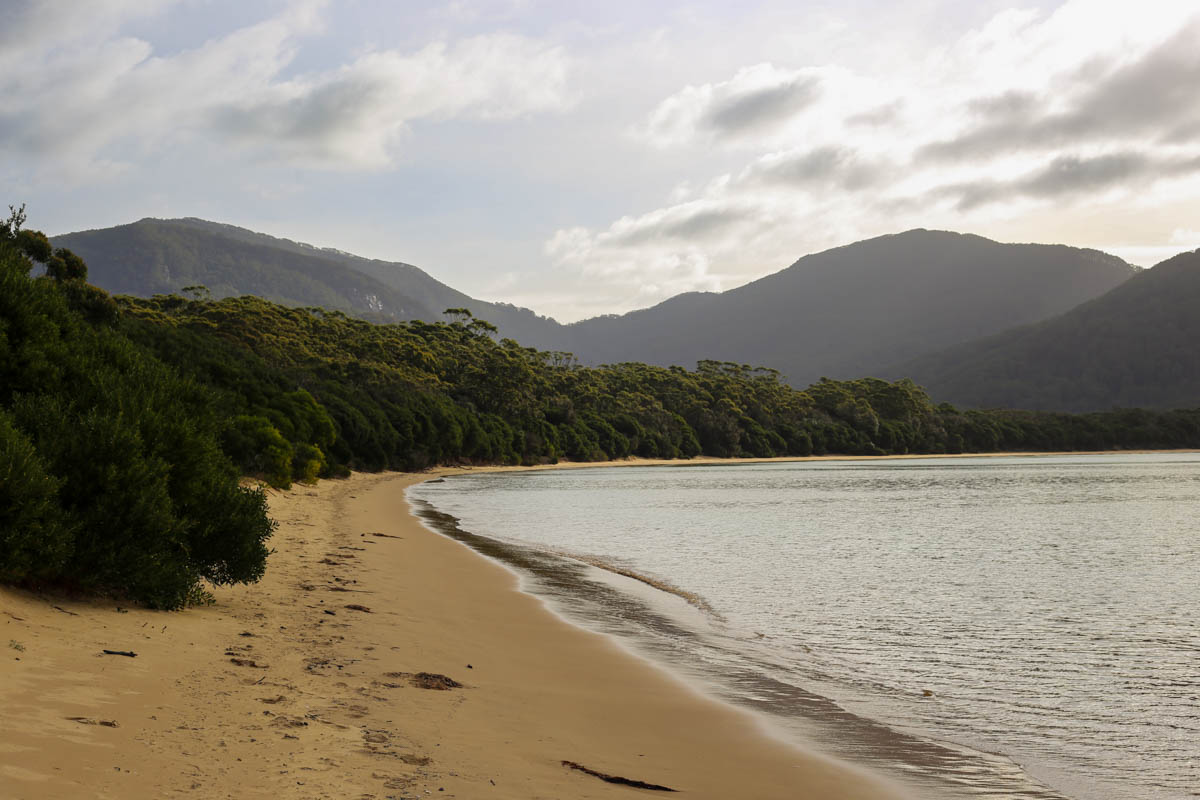

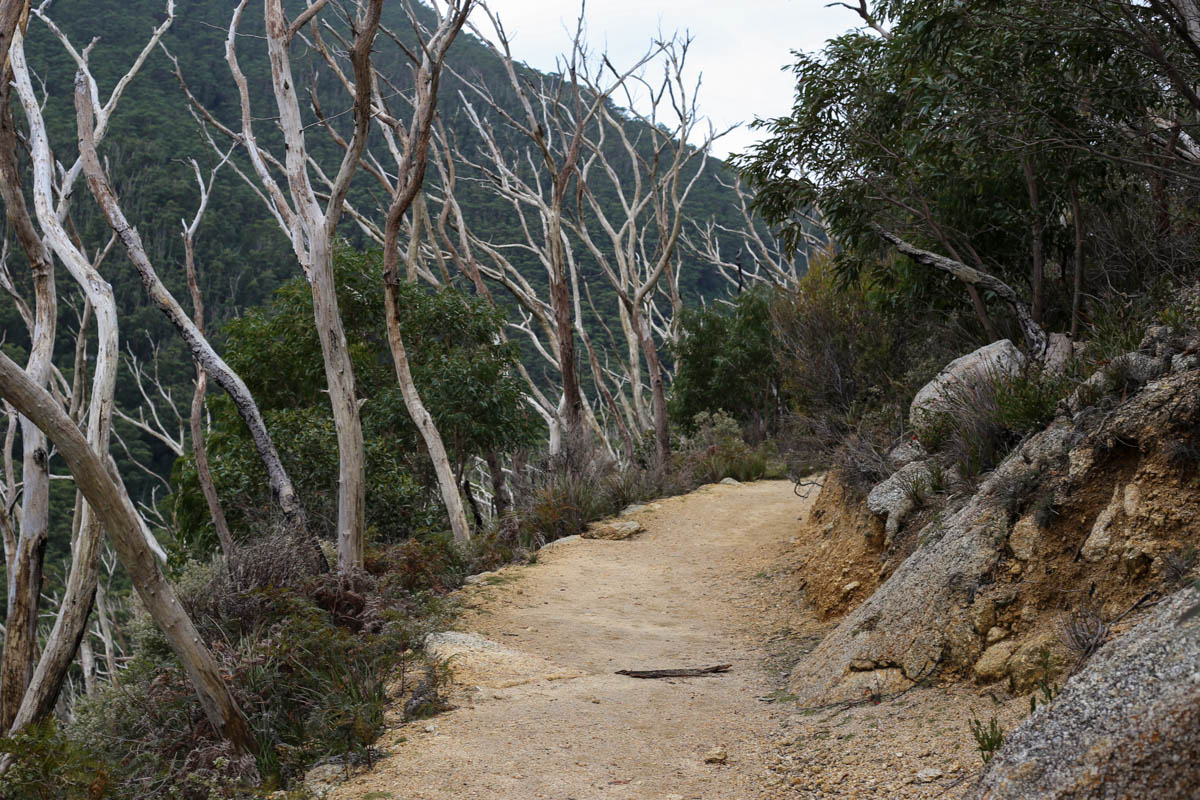
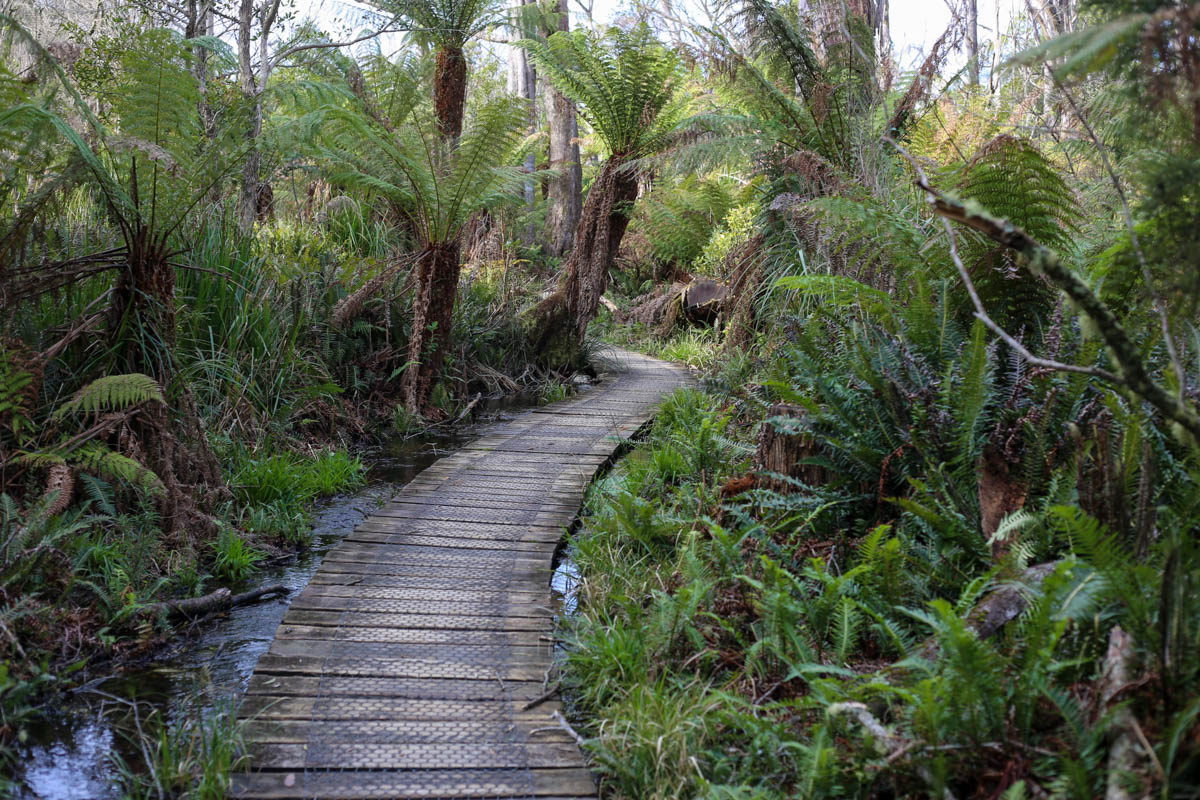
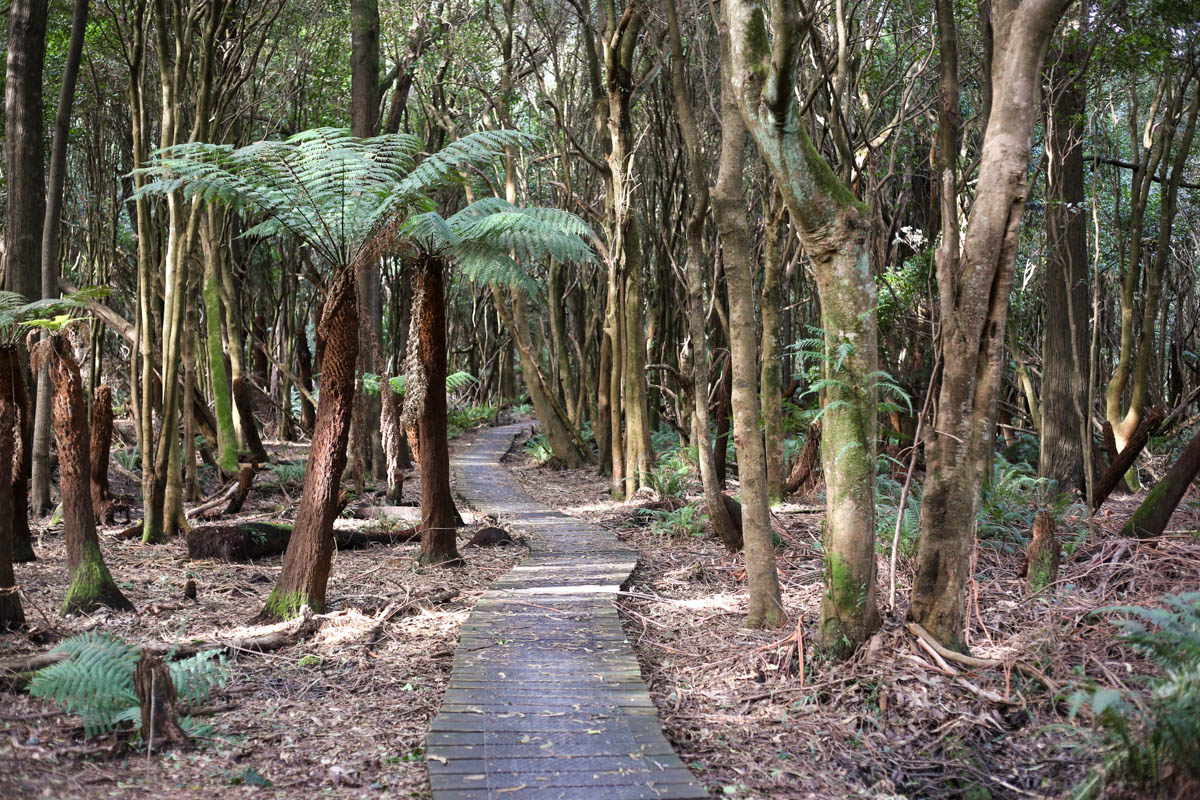
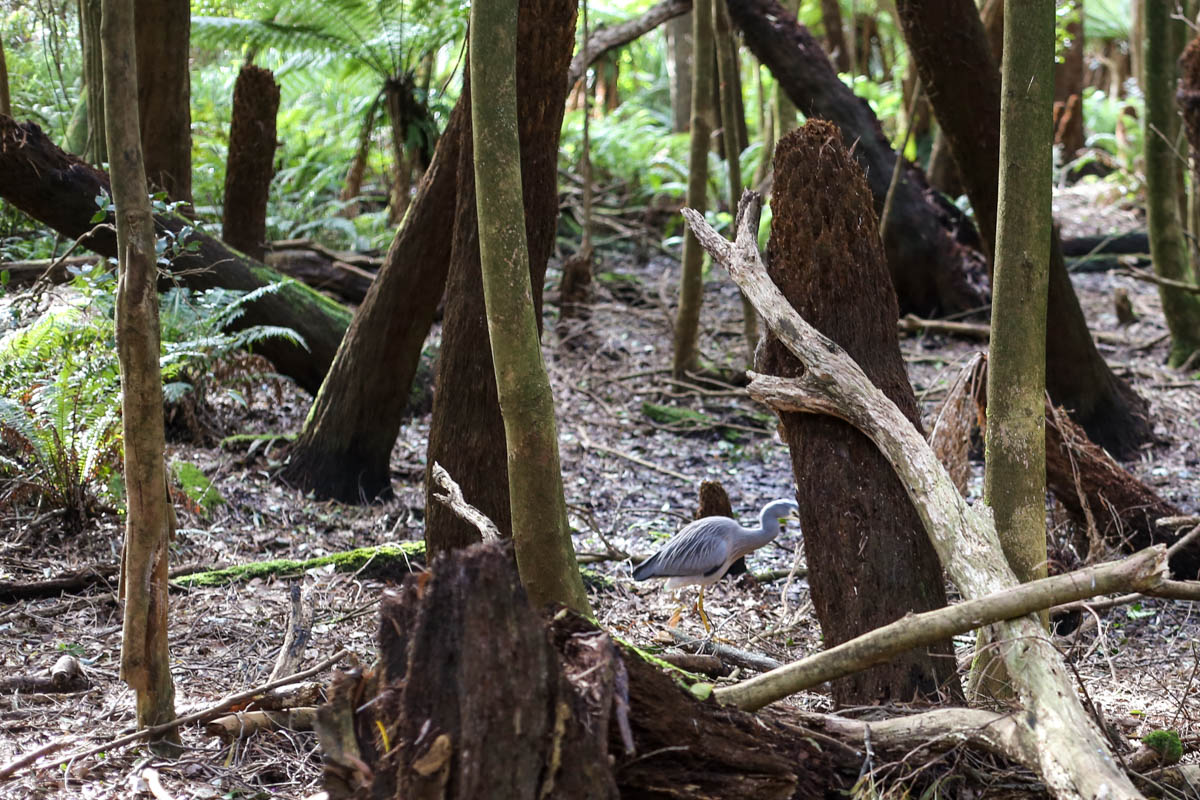

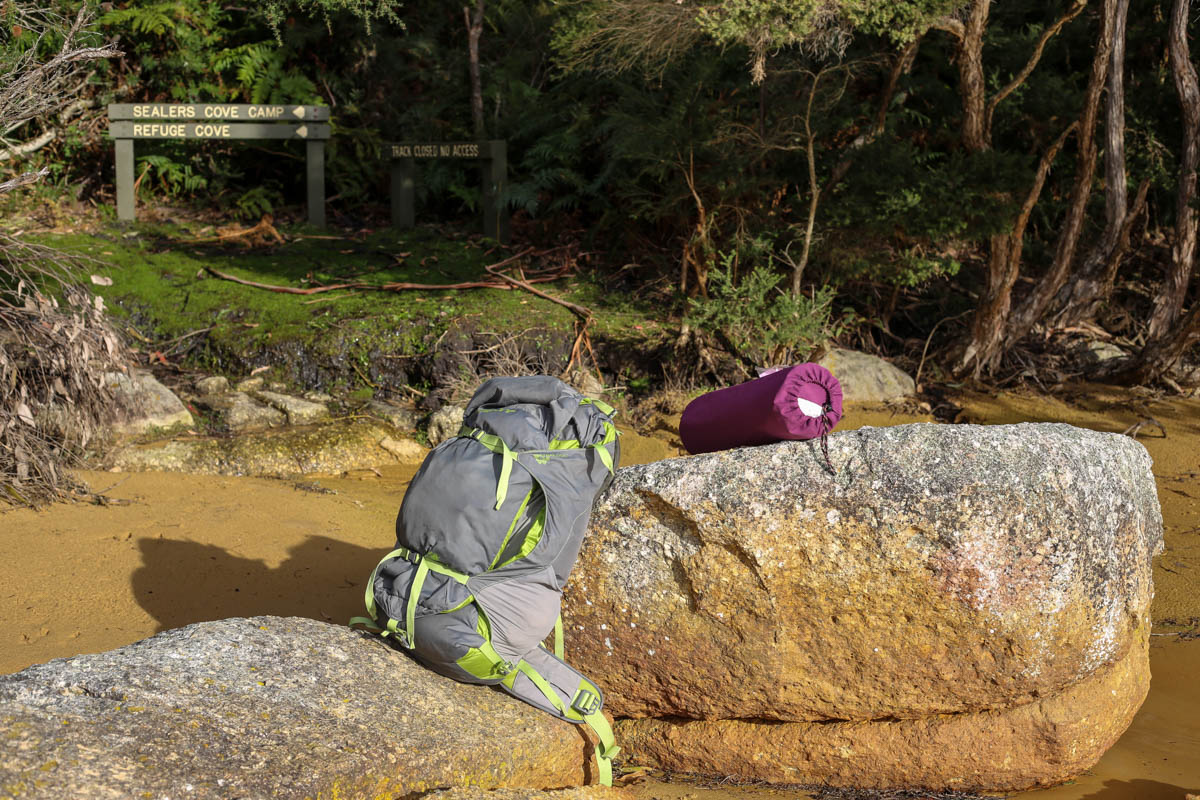
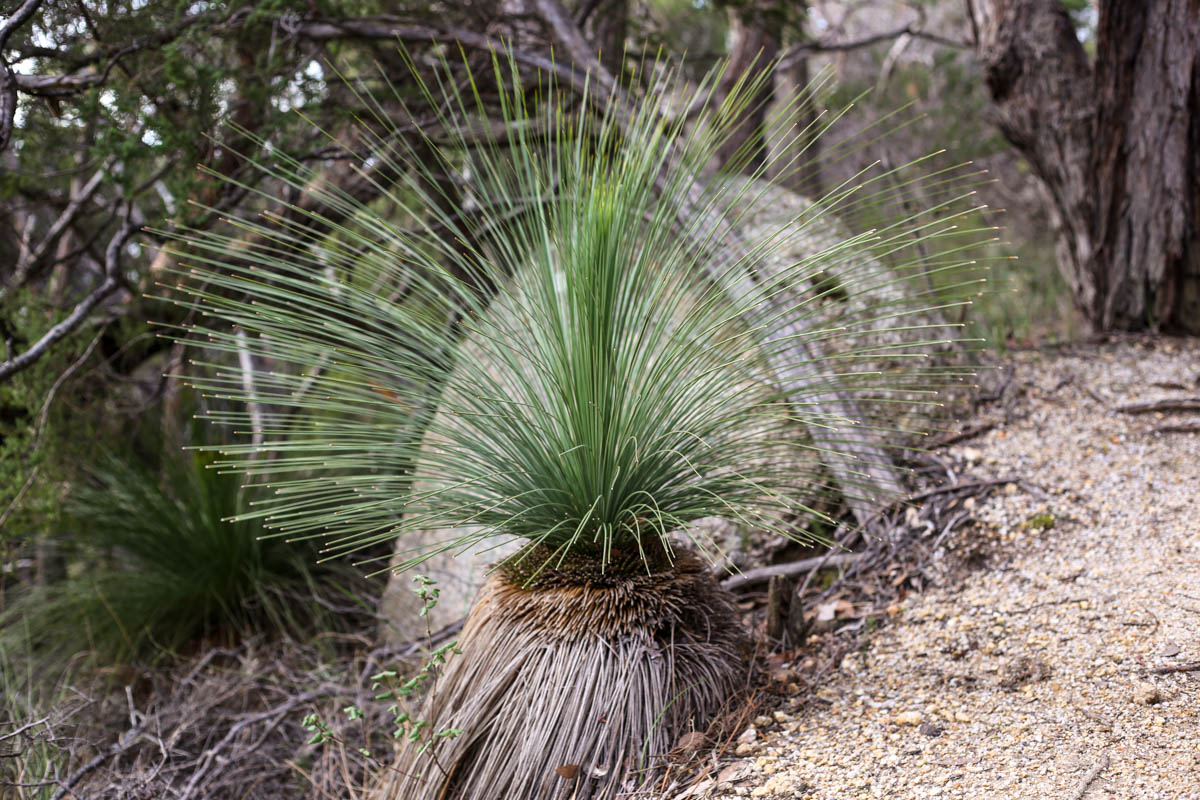
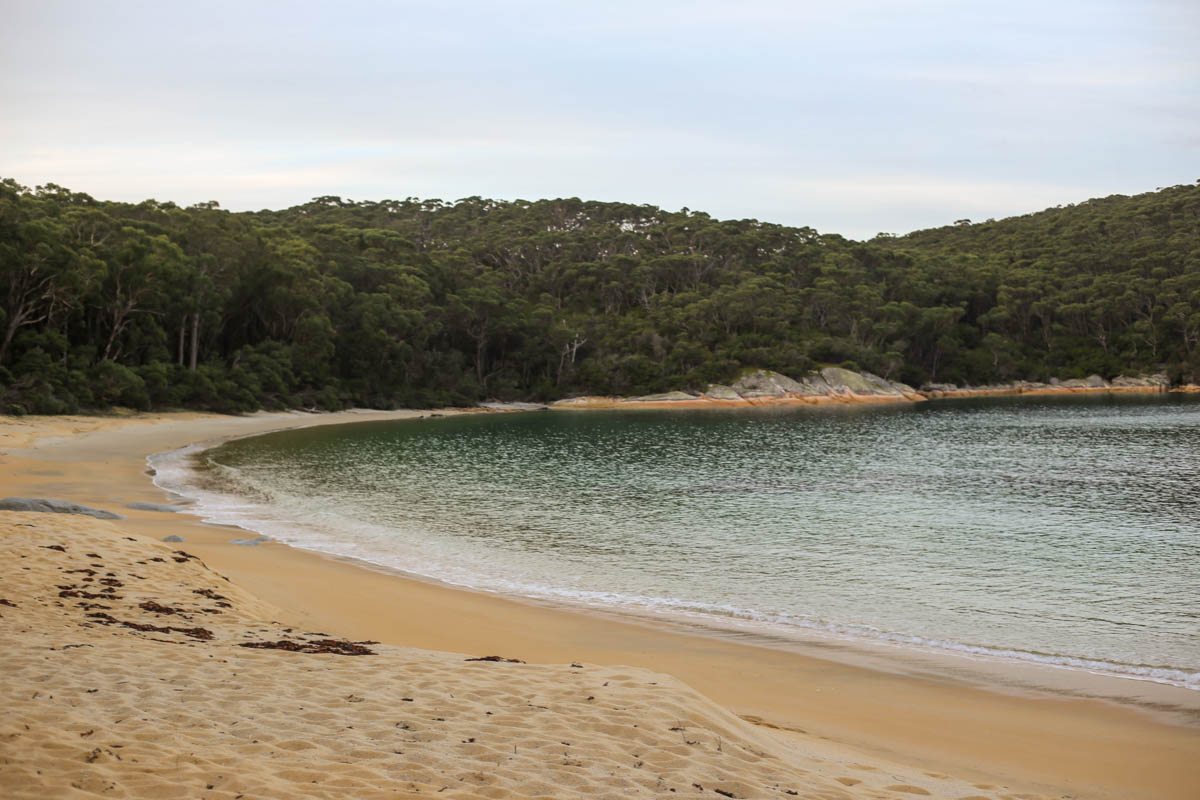

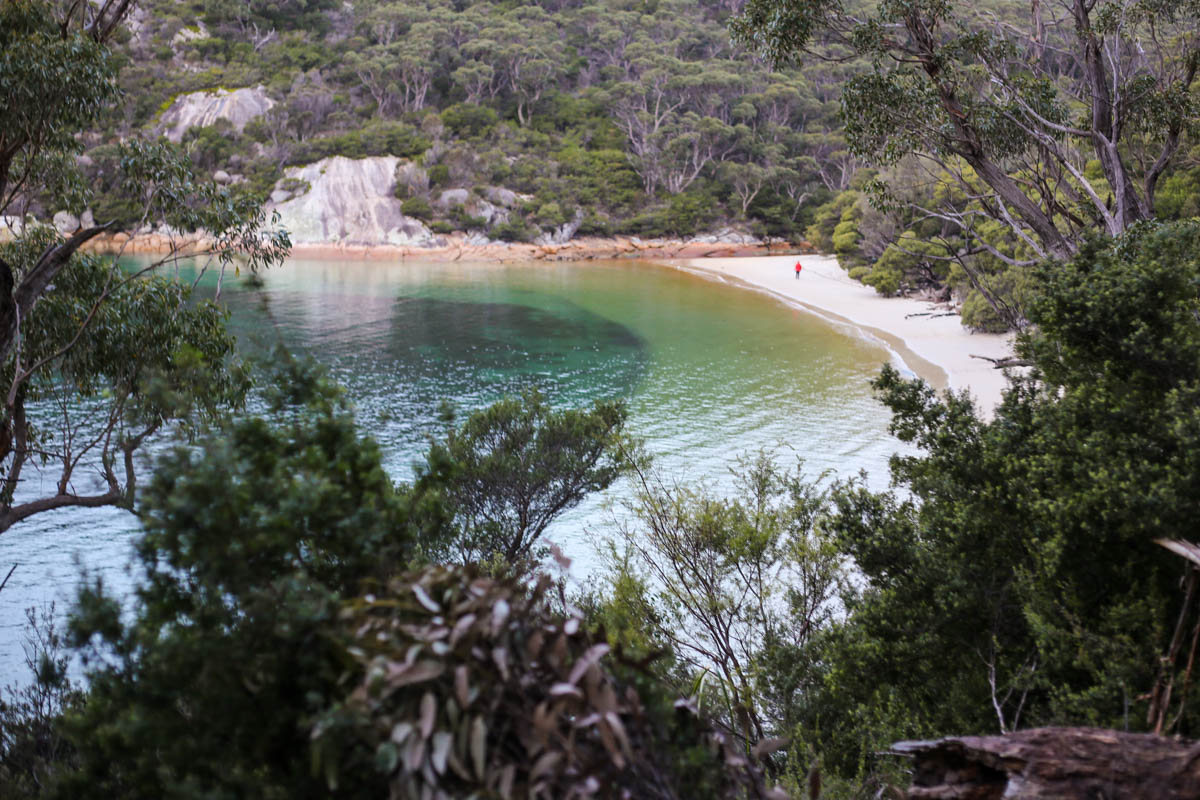
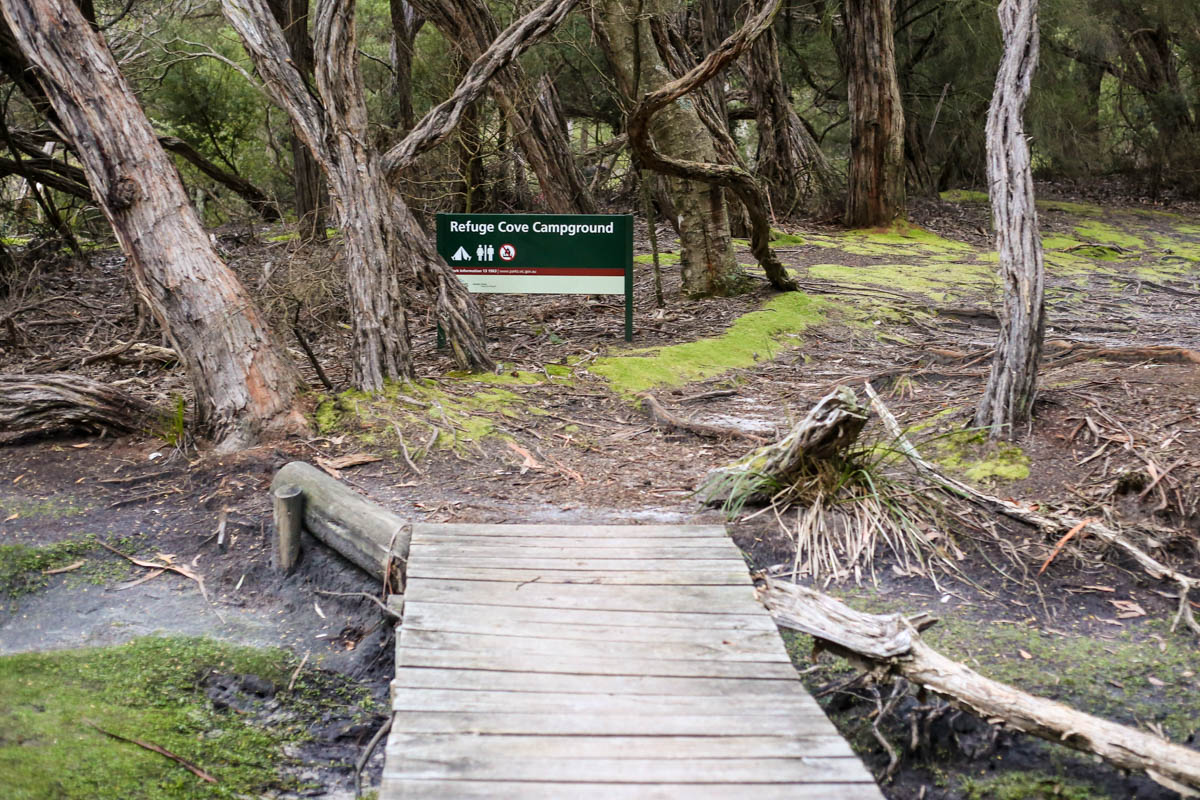

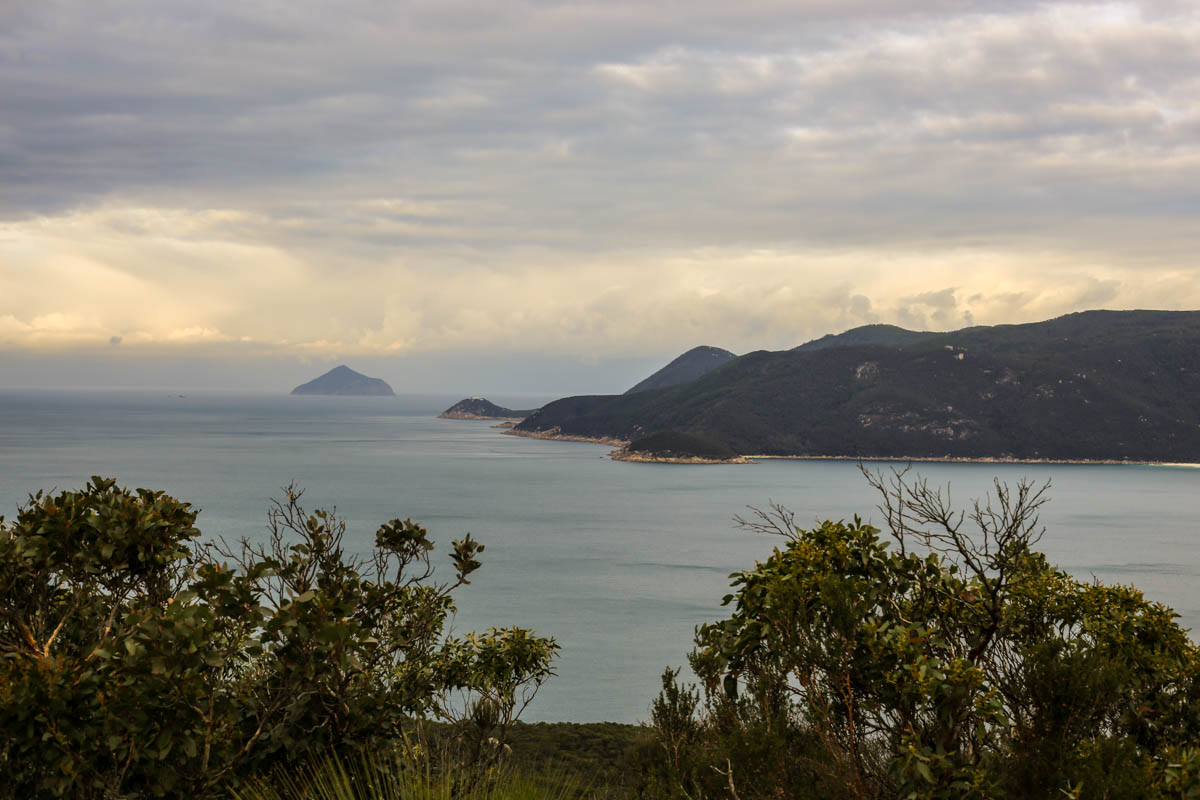
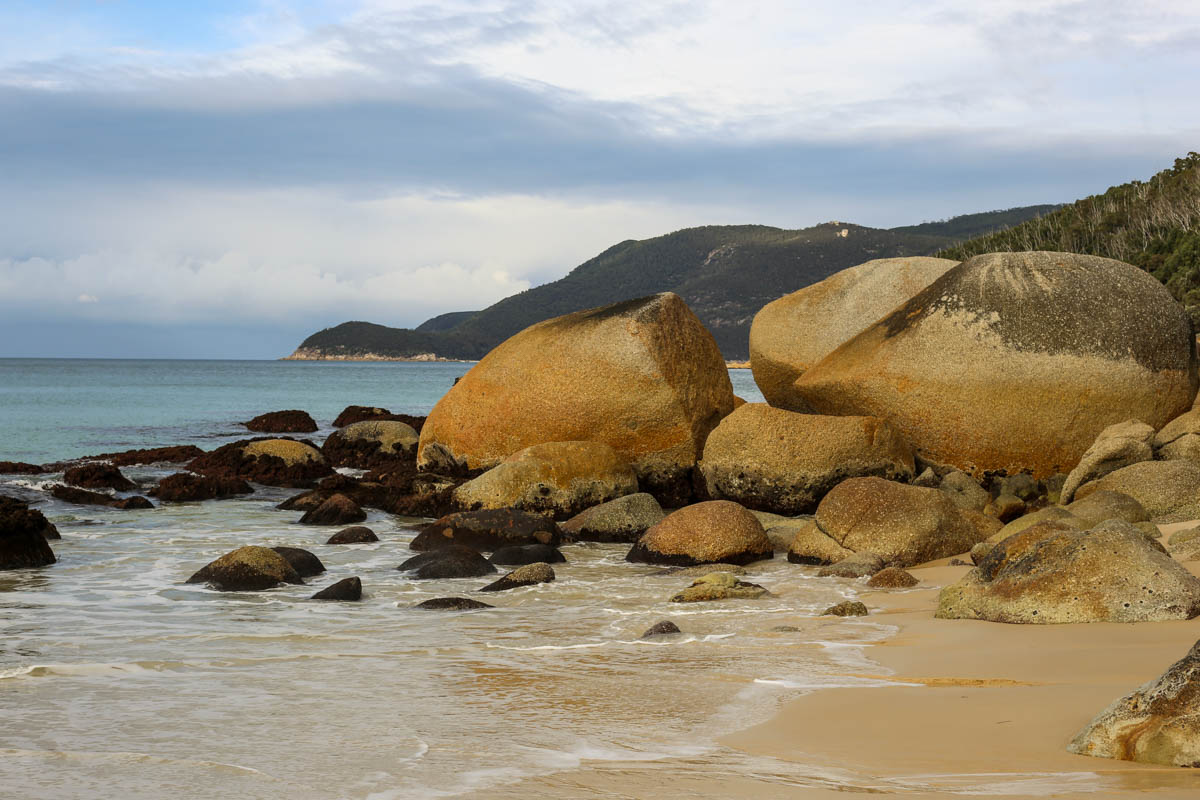
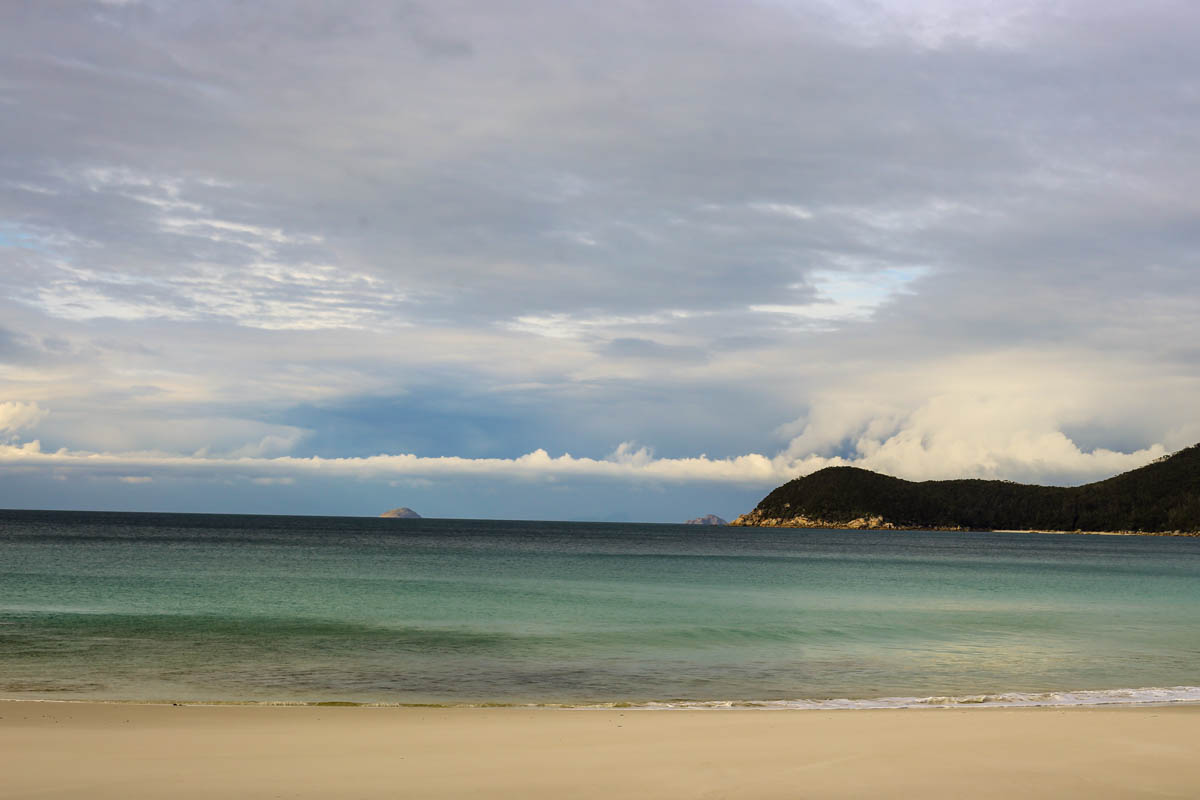
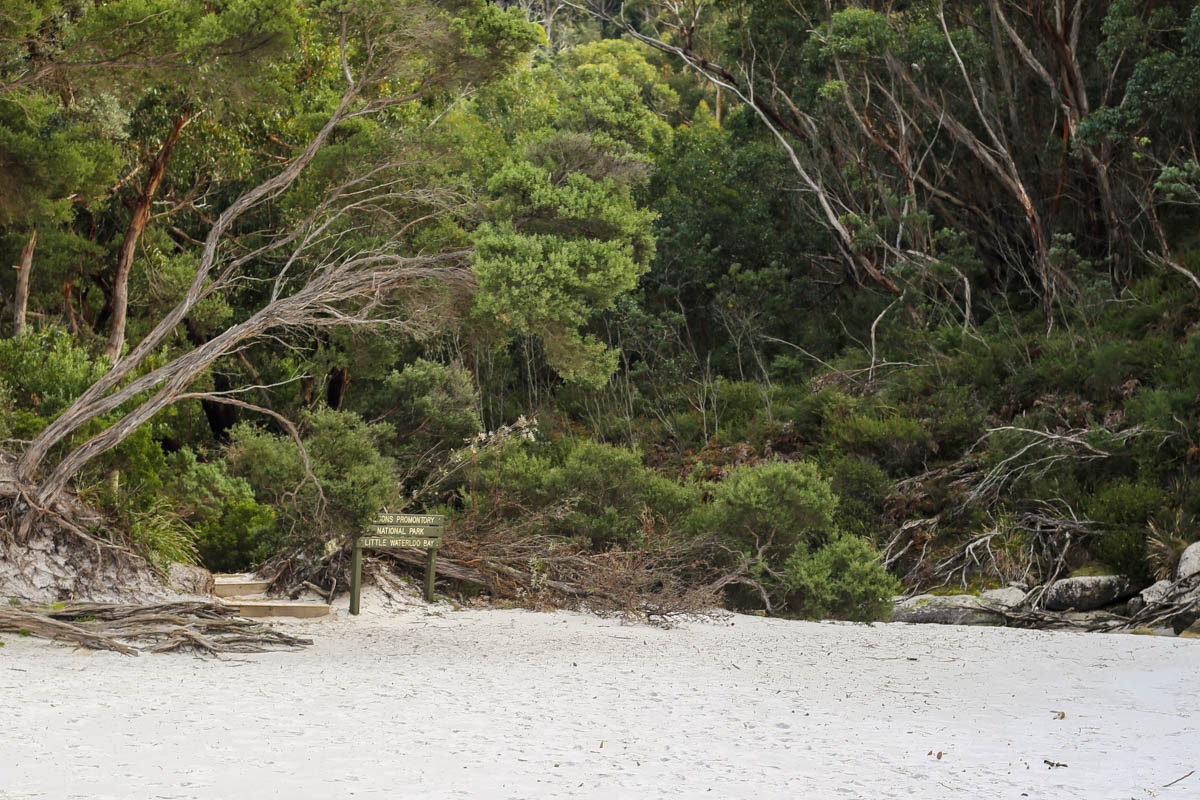

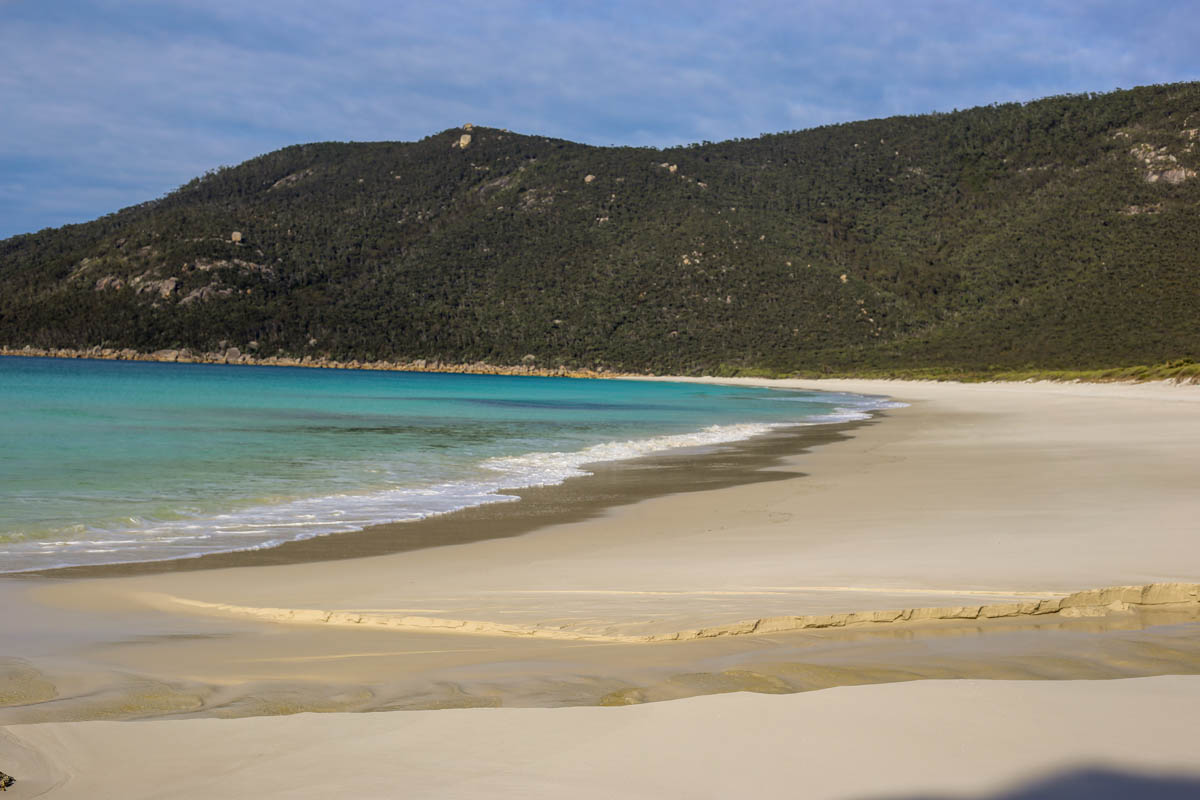
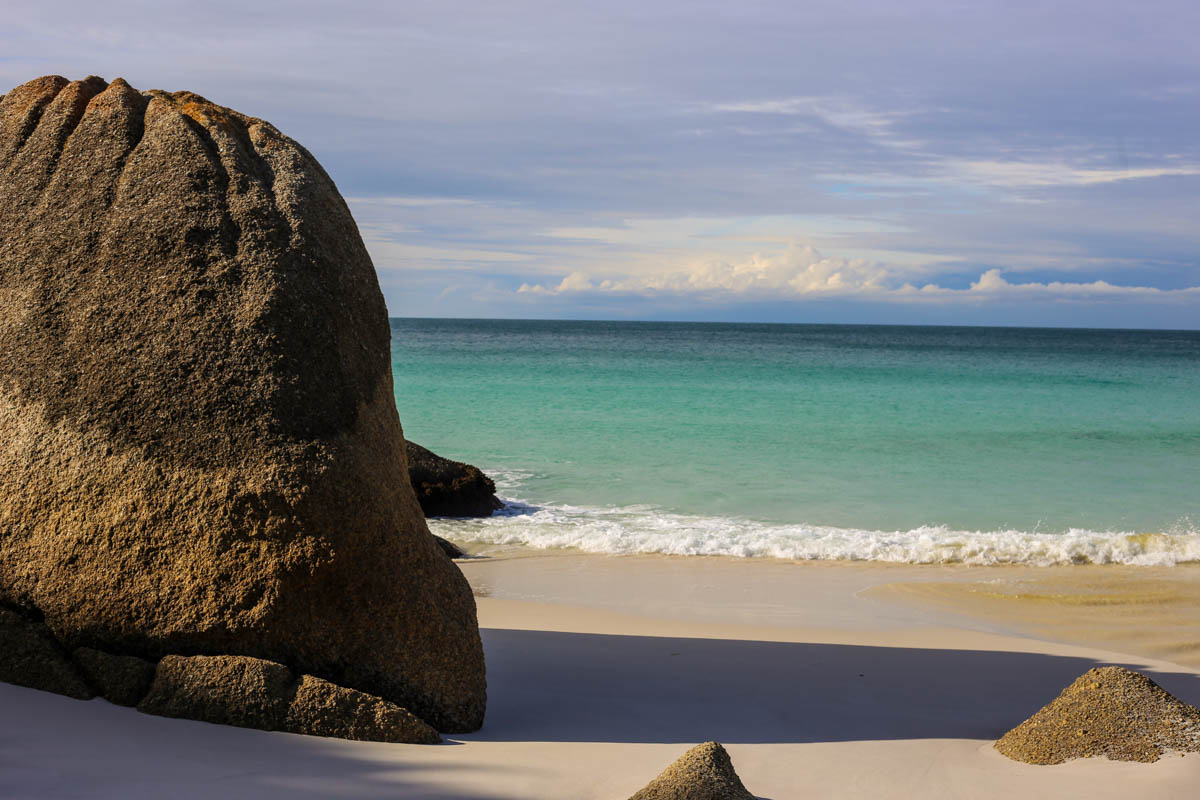
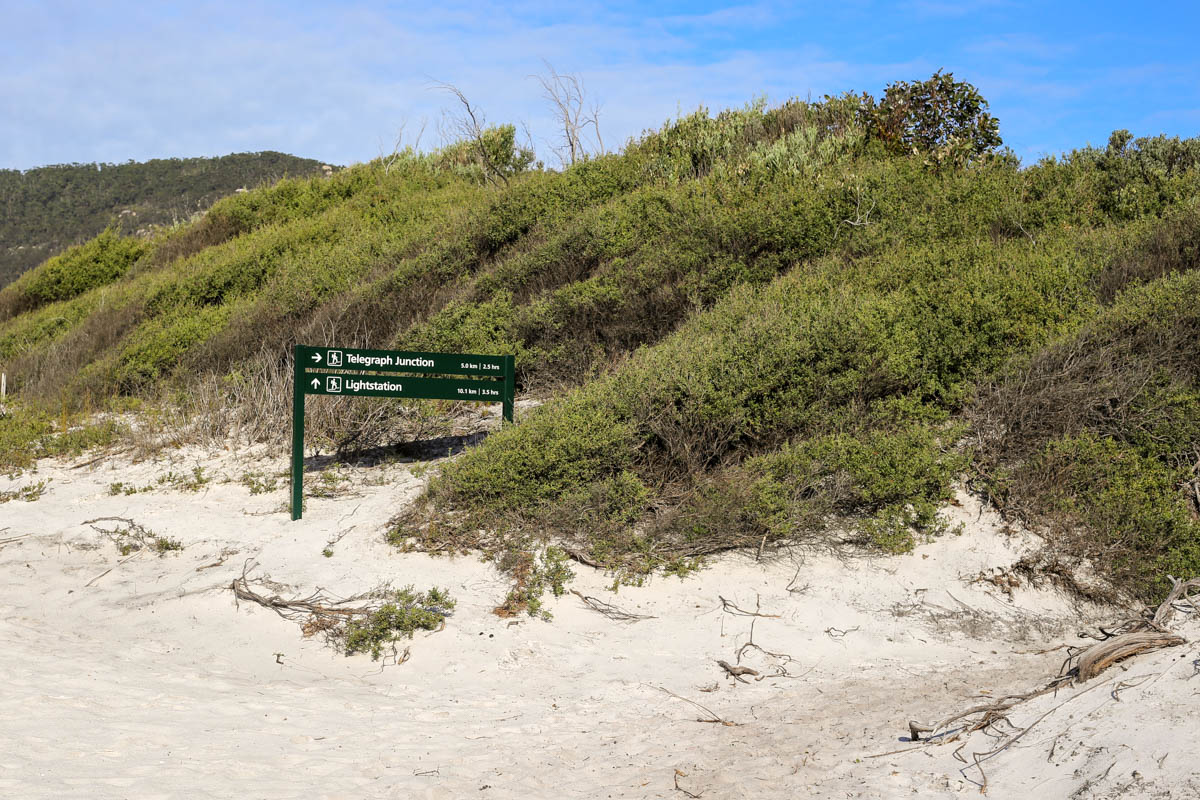
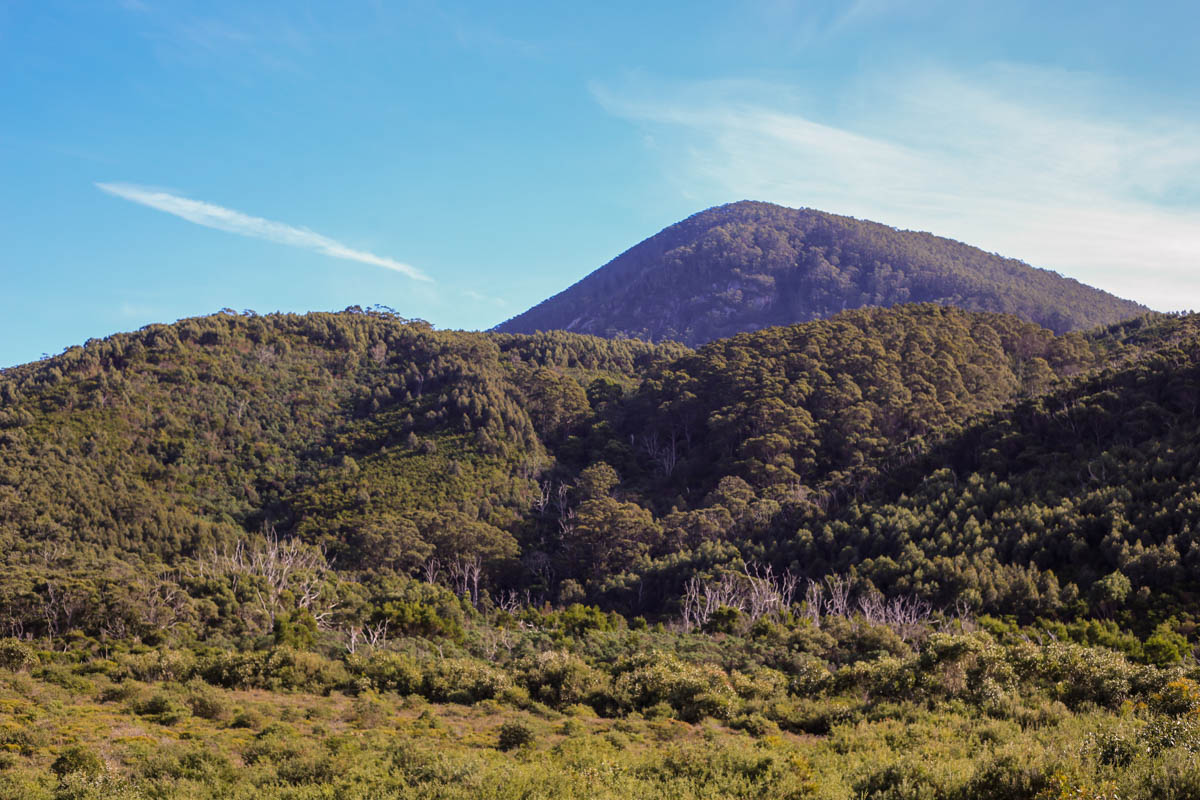
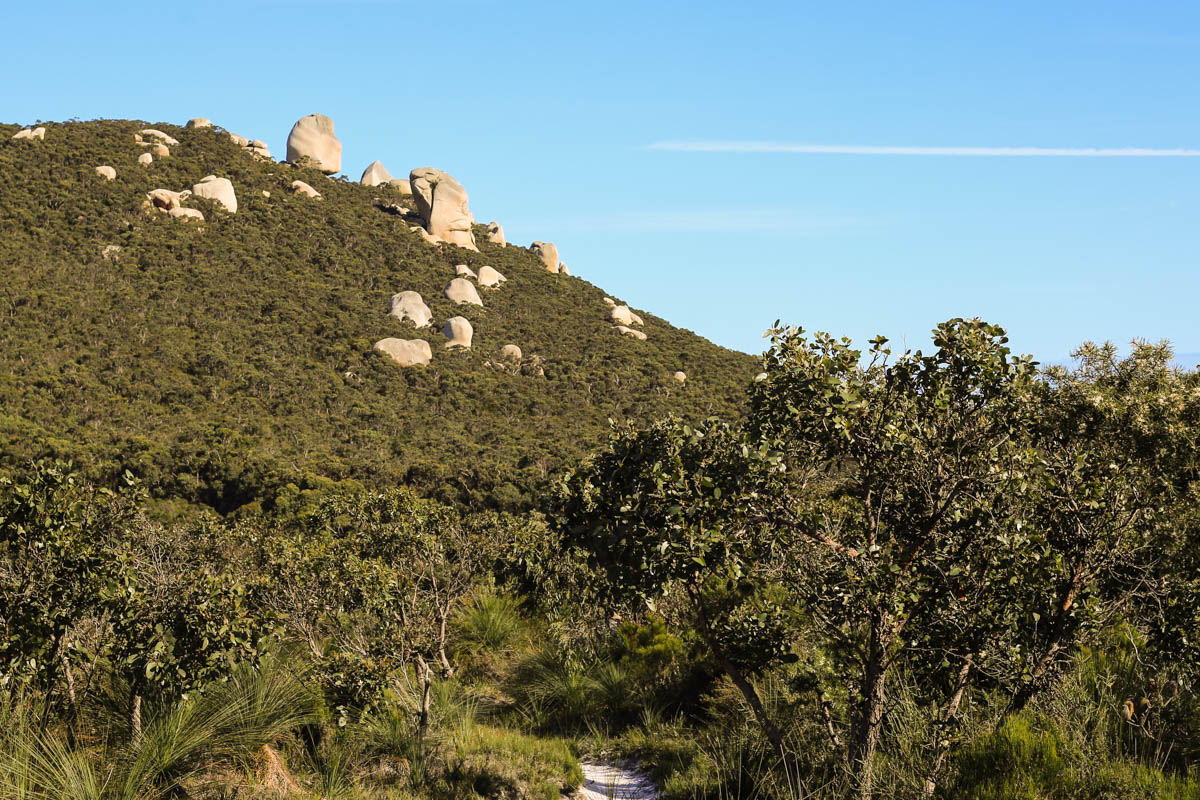
Our Route:
In The Heart Of Austral Winter
Having just passed the equinox down south we’ve tempered our traveling a bit, but some local sights and a welcome visitor kept us on our feet.






















As is wont to happen in these darkening days, the temperatures have been slowly dropping and our rangings have become a little more limited. So I guess that is to say, this will be a short and sweet update from way down south. Even the most ambitious of adventuring appetites will be a bit tempered by the darkest days of the year, even if winter in Victoria has proven to be enjoyably mild. As such Meredith and I have been contenting ourselves with explorations around the city and day trips into the nearby countryside.
Recently, our sight seeking spirits took us south out to the coast proper to the properly well-recommended Phillip Island. It may only sit an hour south of town but this little surfer’s paradise felt a world away from the big city, if only I’d brought my board. Spanning the mouth of Western Port Bay this rolling island is a staple escape for Melbournians with miles of open beach along the Bass Strait supplying plenty of surf and natural escapism year round. As we drove past all the shuttered baches dotting the coastline it was pretty clear that we weren’t exactly visiting in high season; no worries though, we came not to dive into the ocean but for the splendor it provides. We made our way out to the remote Nobbies Nature preserve where we were treated to a splendid walk along sea cliffs overlooking the strait keeping a keen eye out all the while for whales. June is whale season after all. And our efforts did not go unrewarded! Humpbacks were splashing about out in the waves, while to our backs little blue penguins nestled in their burrows in the scrub atop the cliffs. We capped it all off with a round of mini golf on the way home to mark a day trip well taken.
Just last week we were graced by our first (and likely only) visitor here in Aus, Meredith’s sister Davis! Sure, she lives in Brisbane so a long weekend trip is a bit more feasible, but credit where credit is due and we were glad for the company. After all, we had some town to show off. It was just a 3 day trip, so we packed in as much of Melbourne’s fine food and beverage scene as we could. From our favorite curry shop down the street, to some of the finest fancy-pants Asian-fushion in town, Davis loves a good bite and we love to facilitate. We also slipped out of town to explore some of the countryside. Just to make sure we saw all the classic Aussie creatures we visited the Healesville Animal Sanctuary and paid a visit to the koalas (easily photographable), emus (also easy to capture), platypuses (nearly impossible to take a picture of) and Tassie devils (too shy to be seen even in a sanctuary). Of course it didn’t go unnoticed that Healesville sits squarely in the middle of the nearby Yarra Valley wine region, so you know lunch at a scenic cellar door was in order. It may have been a quick and casual visit but it was great to have company and even more of a reason to play tourist in our own town.
Our time here in Australia is running in nearly panic-inducing short supply; in just a couple months we’ll be bags packed and headed off onto our next adventure. It really has been a rigorous exercise to stay present and enjoy our remaining time down south with so much uncertainty on the horizon. Currently, we’re in a hot debate over whether we want to move winter to winter and head back to Colorado in September or wait out the winter months with a cheeky long stopover in Hawaii on our way home. If you have an argument one way or the other we’d love to hear it.
Our Route:
All Seasons All Days
It never really feels like winter here in Victoria, but it also never really feels like not winter either.




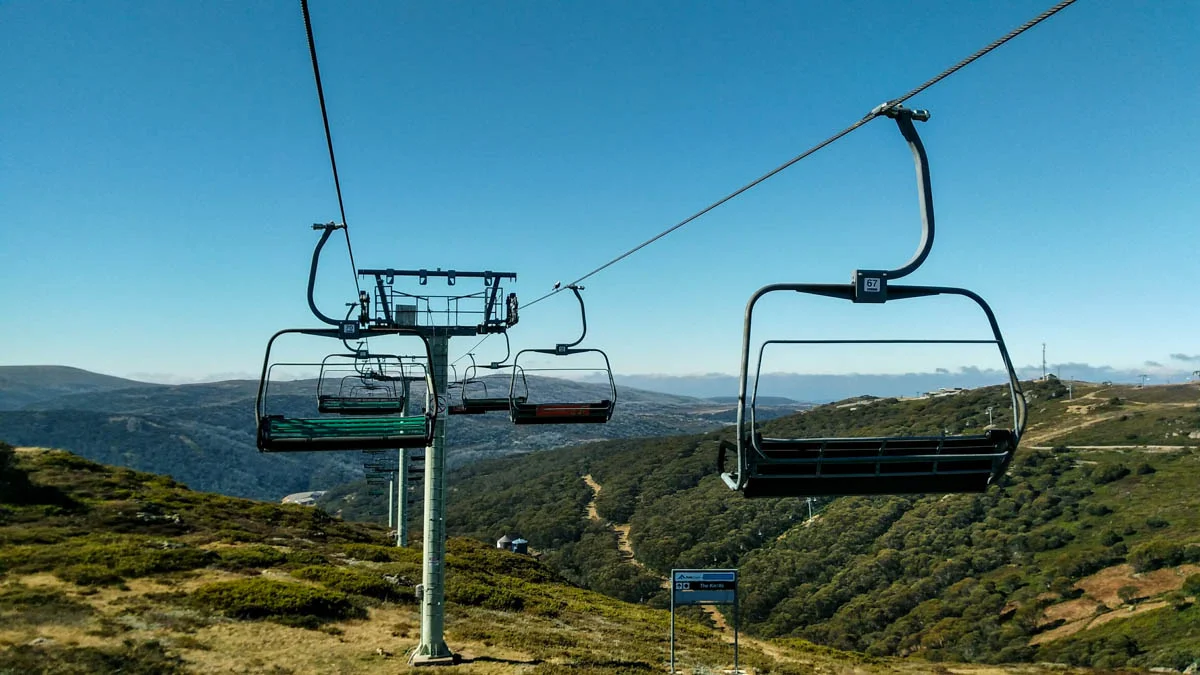








































Here I sit on a chilly June evening pondering my place in the world and feeling pretty satisfied all told.
I’d lie if I said our transition to the mainland had been as seamless as our past moves have tended to be. Something about the combination of a big expensive city, and a wariness of the ‘move every 6 moths’ life style isn’t exactly conducive to feeling very centered. Funny thing, that. But with time all places can become home and now, nearly halfway through our time in Melbourne Meredith and I are starting to really feel settled here in this sprawling city.
We’re starting to feel fully ingratiated at work, we’ve been slowly cultivating groups of friends to head to to drinks (or recently, off to an escape room) with, and we’ve got our schedules blessedly synched up allowing for some much needed off time to explore both this great city and the ever surprising Victorian countryside.
Around town, predictably, we’ve filled our time with a series of world-class art exhibits and unforgettable meals out. Not bad for life at the bottom of the world. Turns out when people say Melbourne is a bit of a cultural capital they aren’t deluded by the lack of competing cities (Sydney aside) within a 2,000 mile radius. There’s legitimately a lot to do here down south. With dozens of large event venues, and endless string of museums, heaps of sports teams our list of things to do seems to be growing faster than we can check things off.
But you know we haven’t been just killing time around town. There’s plenty of nature to explore at the city’s doorstep and beyond, and our restless bones are constantly called into the “wintry” hills. With the impending arrival of winter I took the opportunity for one last snow-free trip up into the high country to get some riding in up on the ski mountains before they close for the mud season, as well as to explore the aptly named Cathedral Ranges.
For as sprawling and flat as this city can often feel it is pretty remarkable how close at hand some seriously rugged bush really is. Just up past the rolling, vine-covered hills of the Yarra Valley rise the scraggy peaks of the Cathedral Ranges, barely a stone’s throw away by Australian standards. What was most striking about the visit to the area though is just how jungly the country can get. Sure there’s plenty of dry podocarp forest about of the type we saw plenty of in Tassie, but turn the right corner to a more southerly exposure and you’ll find yourself in a fern-laden jungle. It’s a good state of affairs for my New Zealand starved soul.
Most recently though, Mere and I lined a couple of days off together and struck south by south west (ha) along the famed Great Ocean Road. This famous drive wraps through the national park that covers the far southern tip of the Australian mainland. The Otway national park preserves some of Australia’s oldest rainforest while various marine parks protect the wild waters of the southern ocean. Only a bare few townships lie amongst the winding turns of the rugged coastline. Naturally, this area of pristine natural beauty is an insane tourist hotspot…during the summer months. Fortunately for us, we’re not scared of a little wild weather and headed out well off of tourist season. Victorians love to brag about the unpredictability of the weather that the Southern Ocean serves up; while Colorado would like to have a word about their notion of unpredictable weather it is certainly true that you have to be ready for four seasons of weather in a day when you head out into the southern winter.
All this wild weather had the effect of positively draining the towns of their usual tourism bustle, which suited us just fine, being a pair who prefer solitude and self-made adventure. It was a positive treat to get to drive along this wild coast watching towering waves crash against the cliffs below as we (unsuccessfully) scoured the trees for any koalas who may be living above. But of course there was a destination in mind for this escapade, the famed Twelve Apostles. You almost certainly have seen photos of these iconic sea cliffs with 12 spires (now more like 8) rising from the sea. As you may expect the area is typically overrun with coaches and camper vans, but rolling up on a windy June morning found us alone looking over one of Australia’s most beautiful vistas. Sometimes tourist traps really are worth the hype and the view of morning light glinting off the Apostles with a rainbow arching off over the ocean beyond truly was a sight to behold.
We'll have to get out and find some more of these incredible Aussie sights no matter what the winter decides to throw our way.
A Whole Lotta Country
It’s taken a bit of time, but we’re settled down here in Melbourne and beginning to see just what the mainland has to offer.
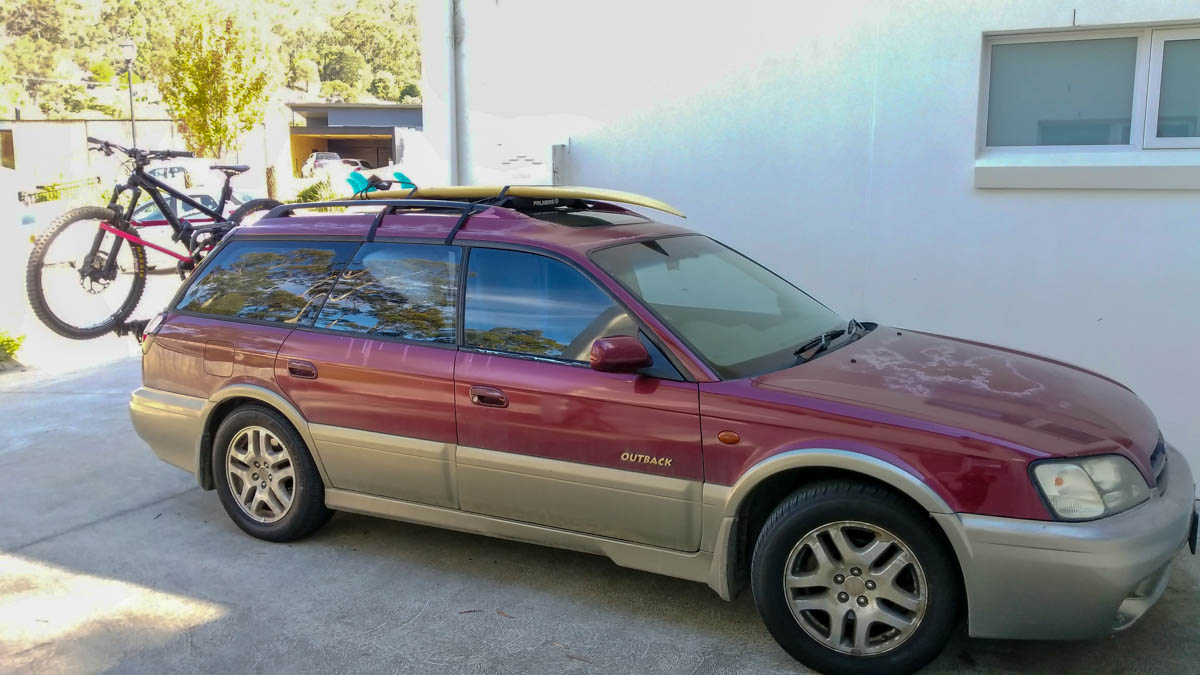
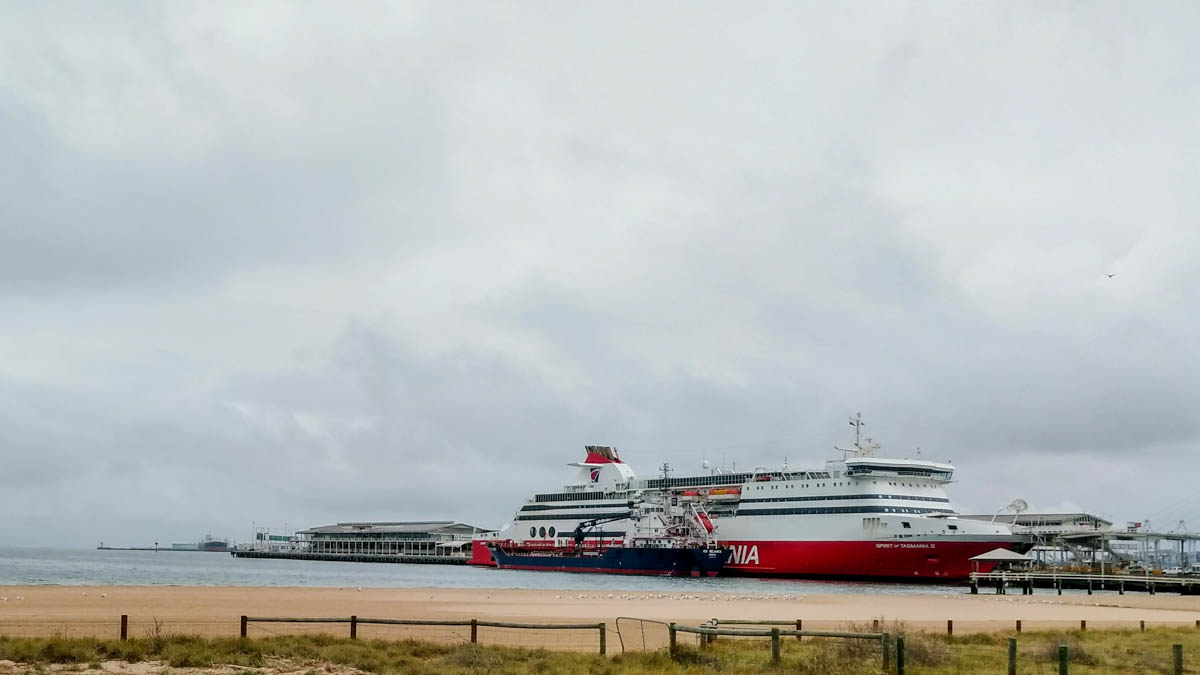
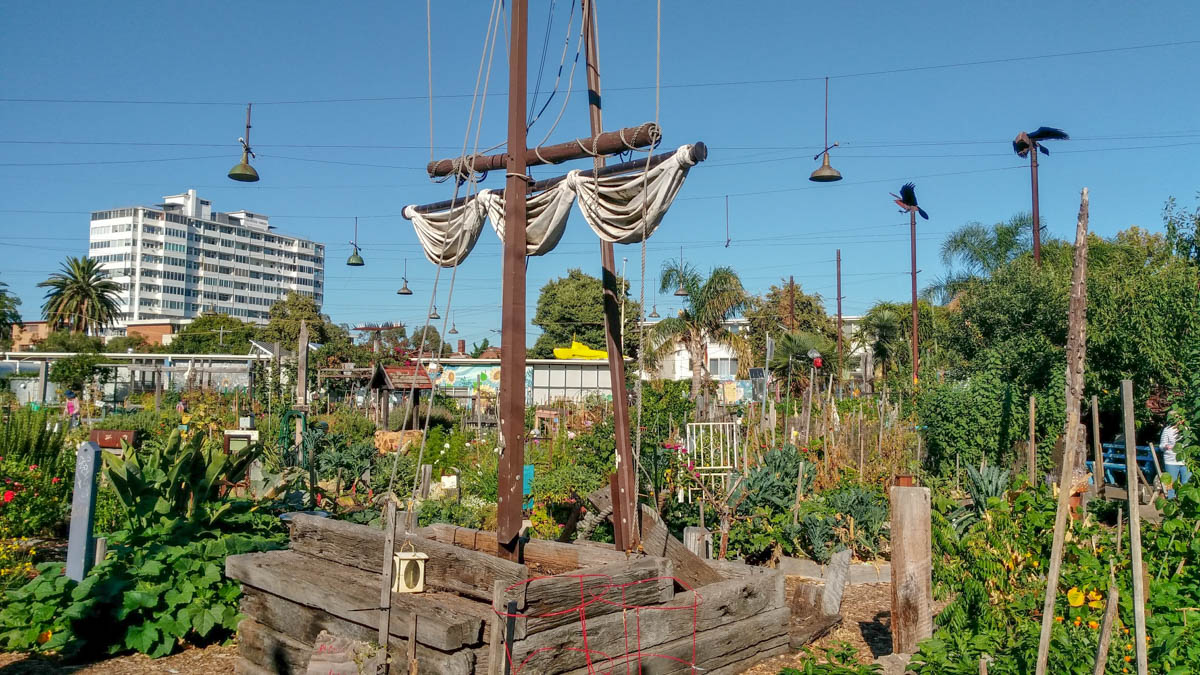
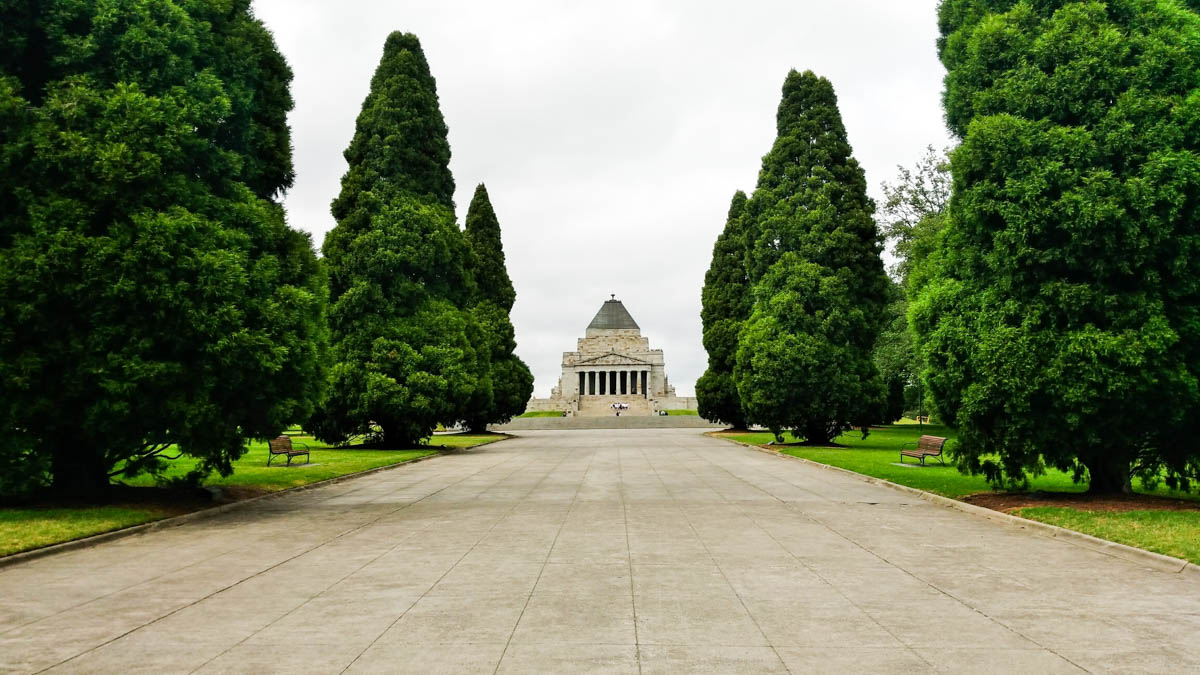
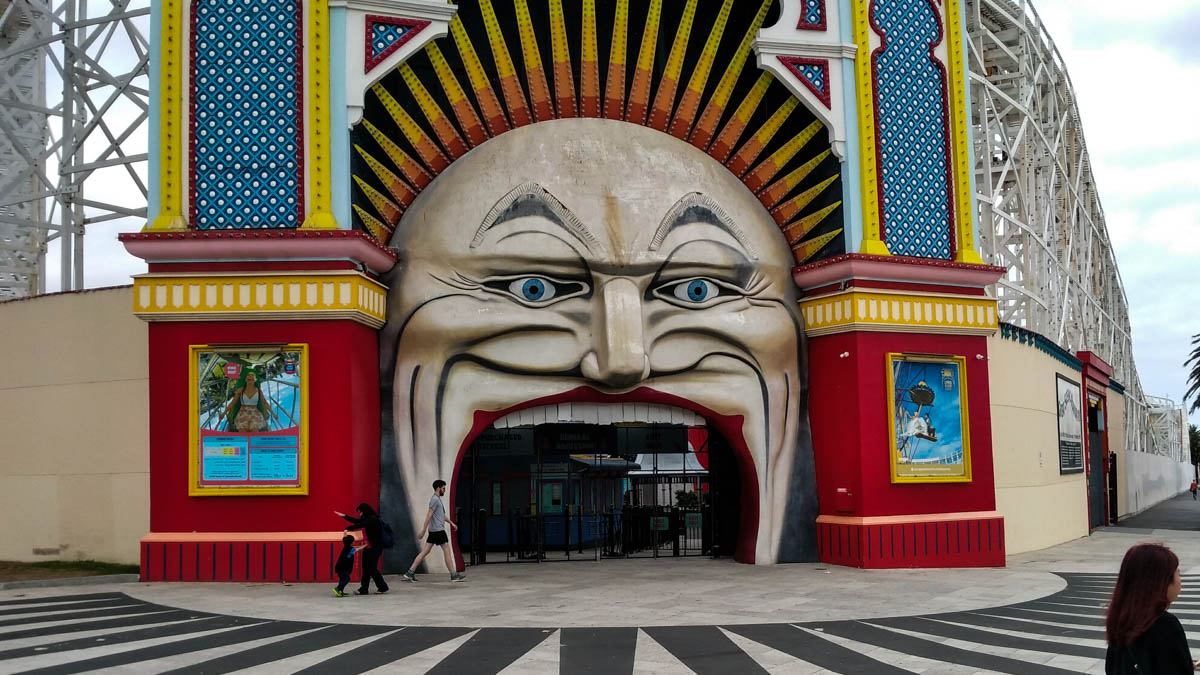
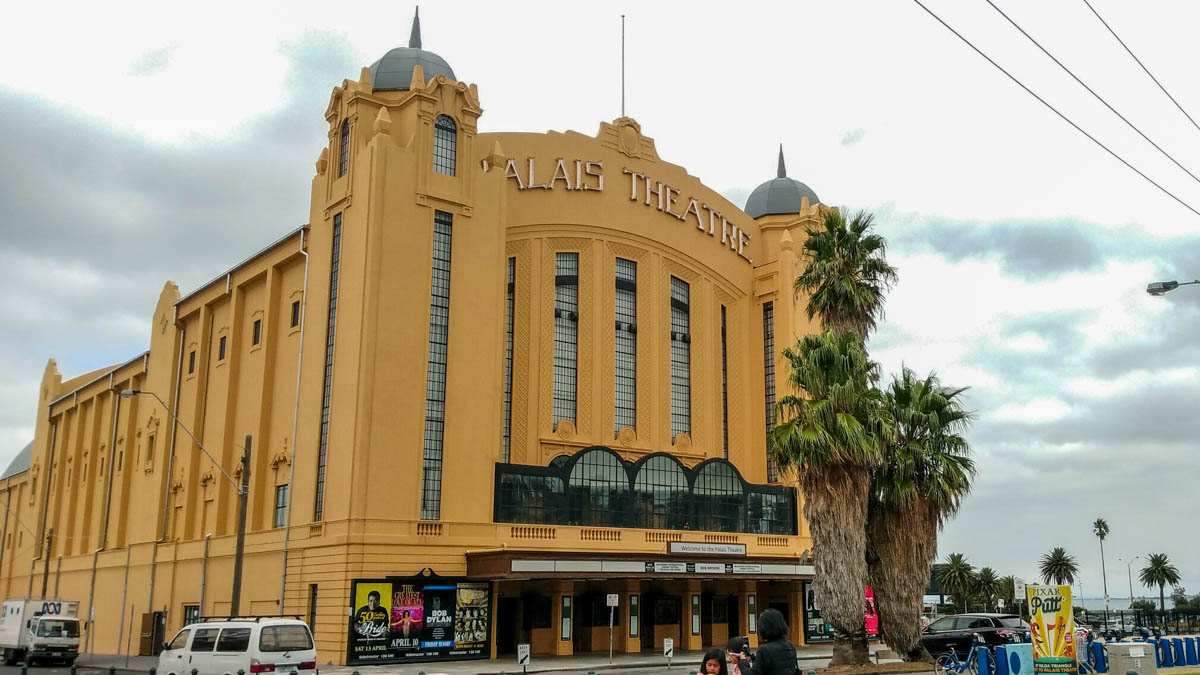
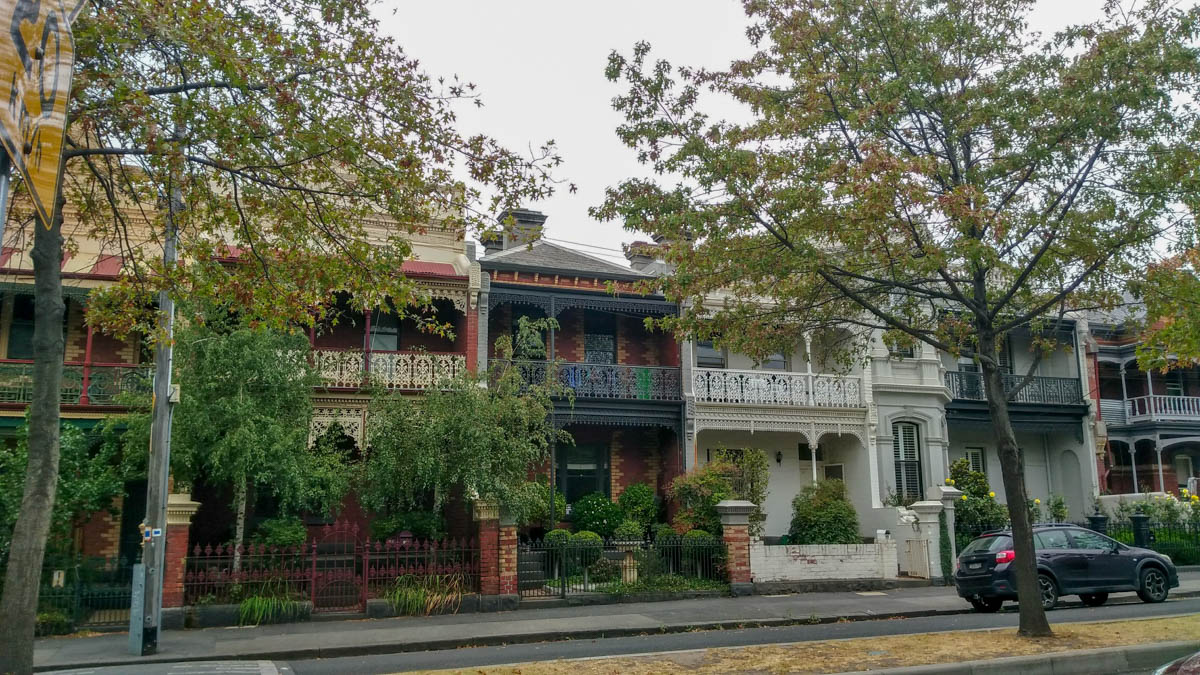
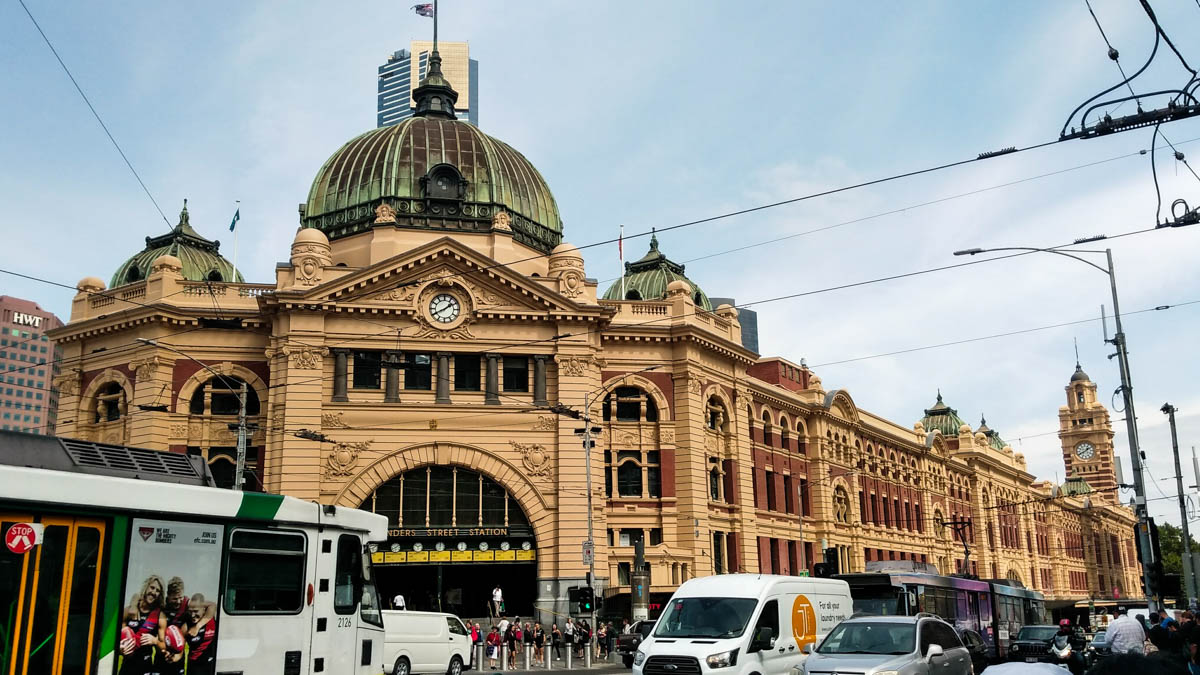
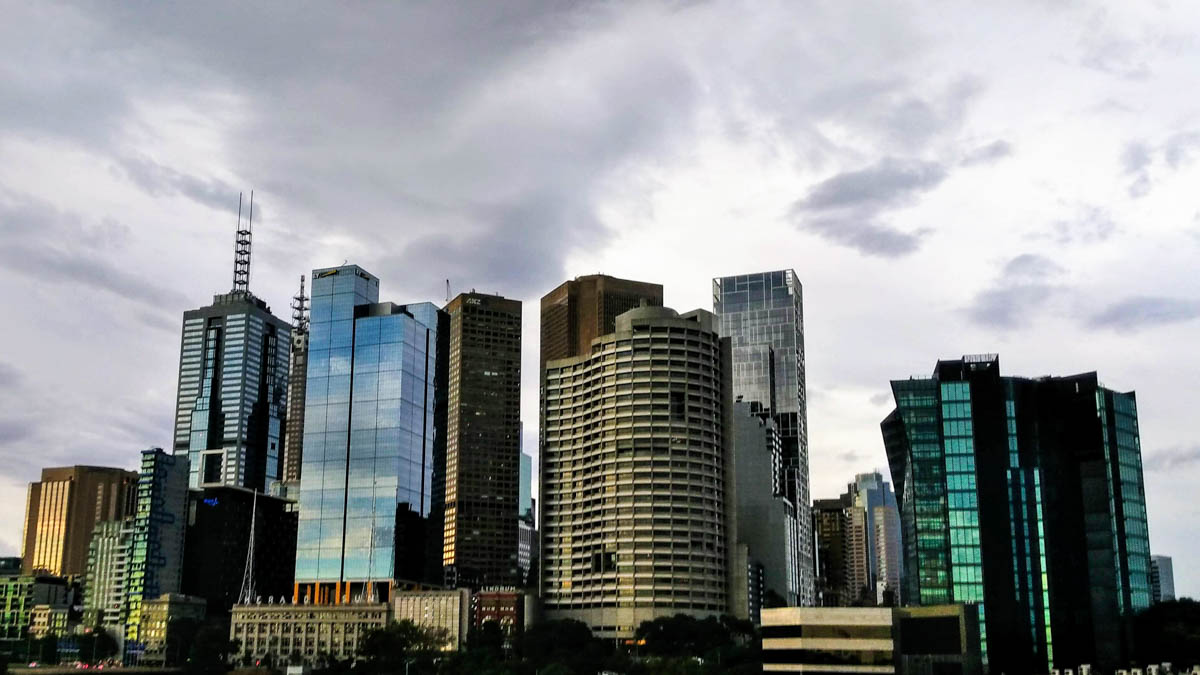
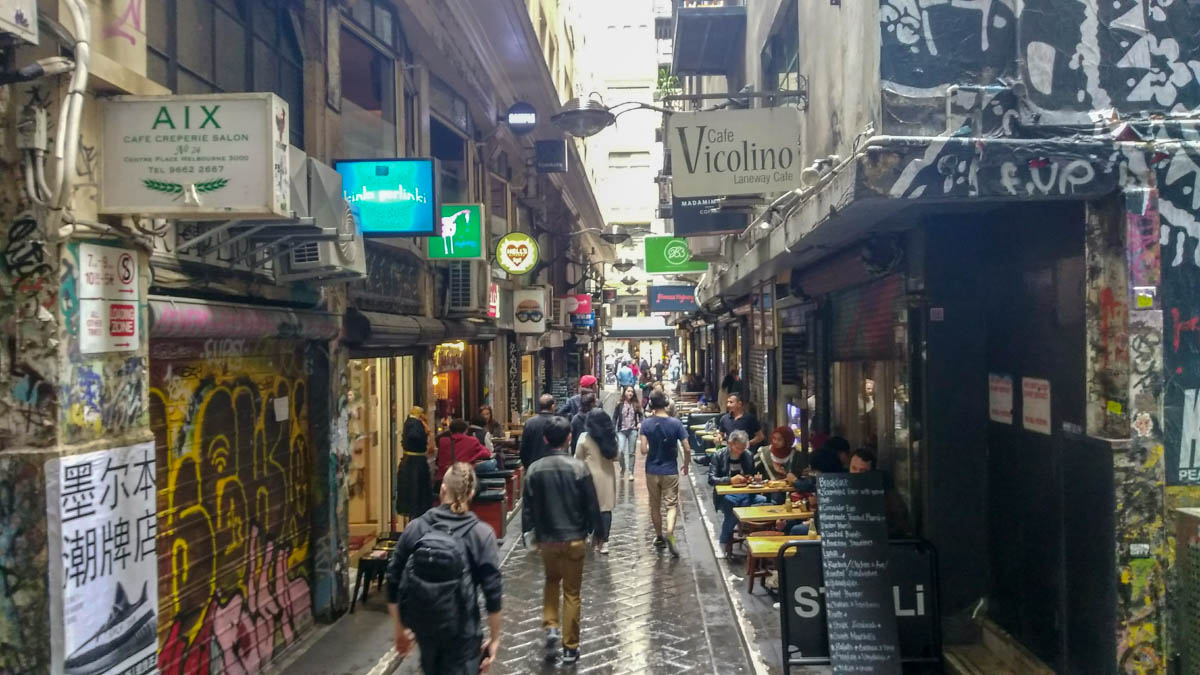
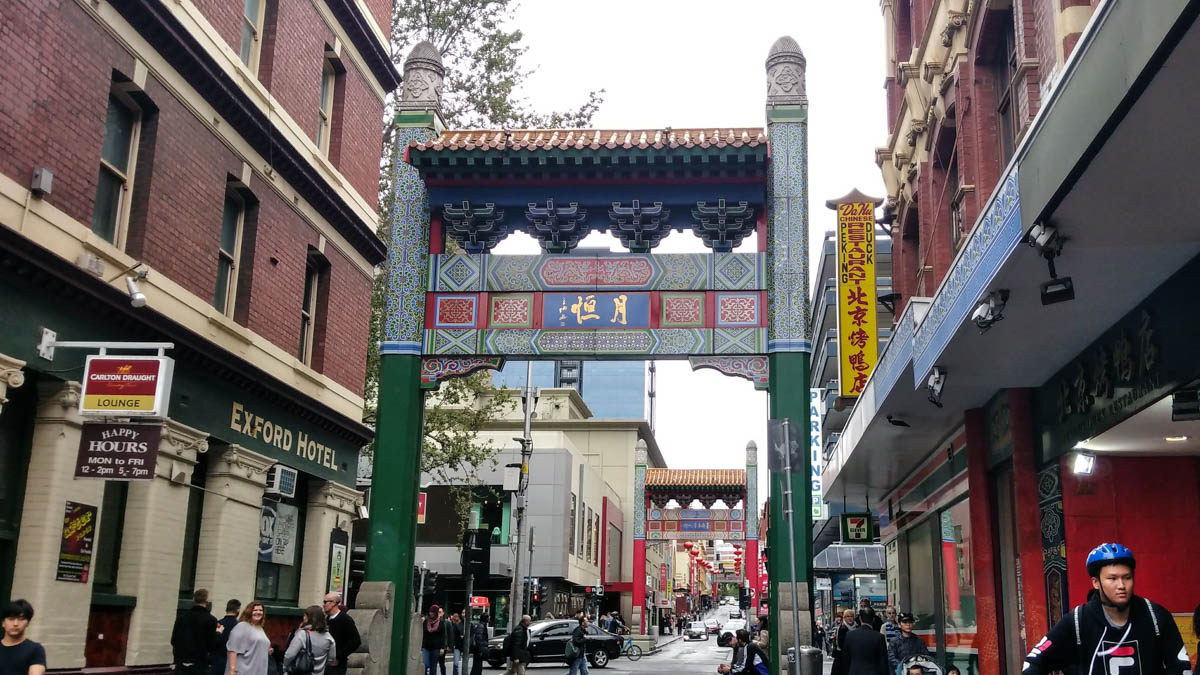

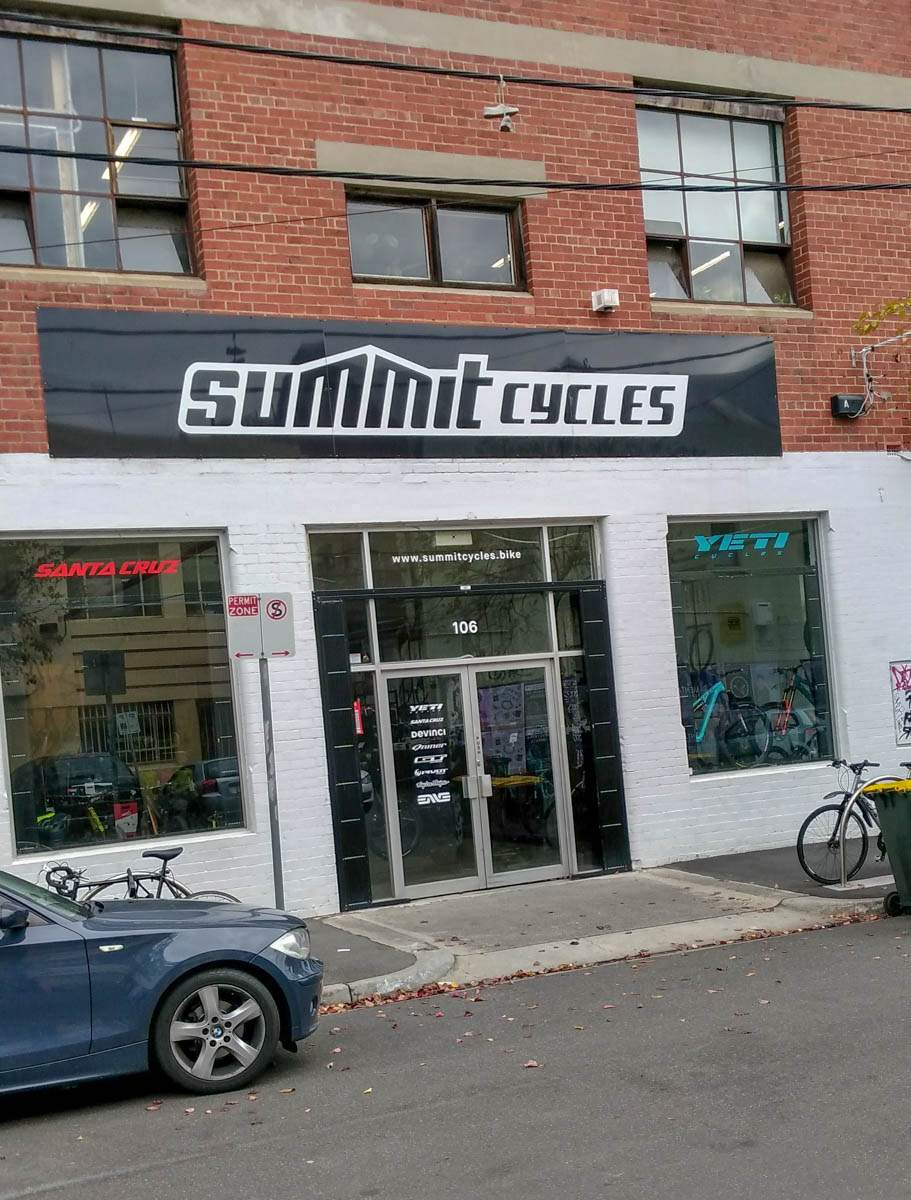
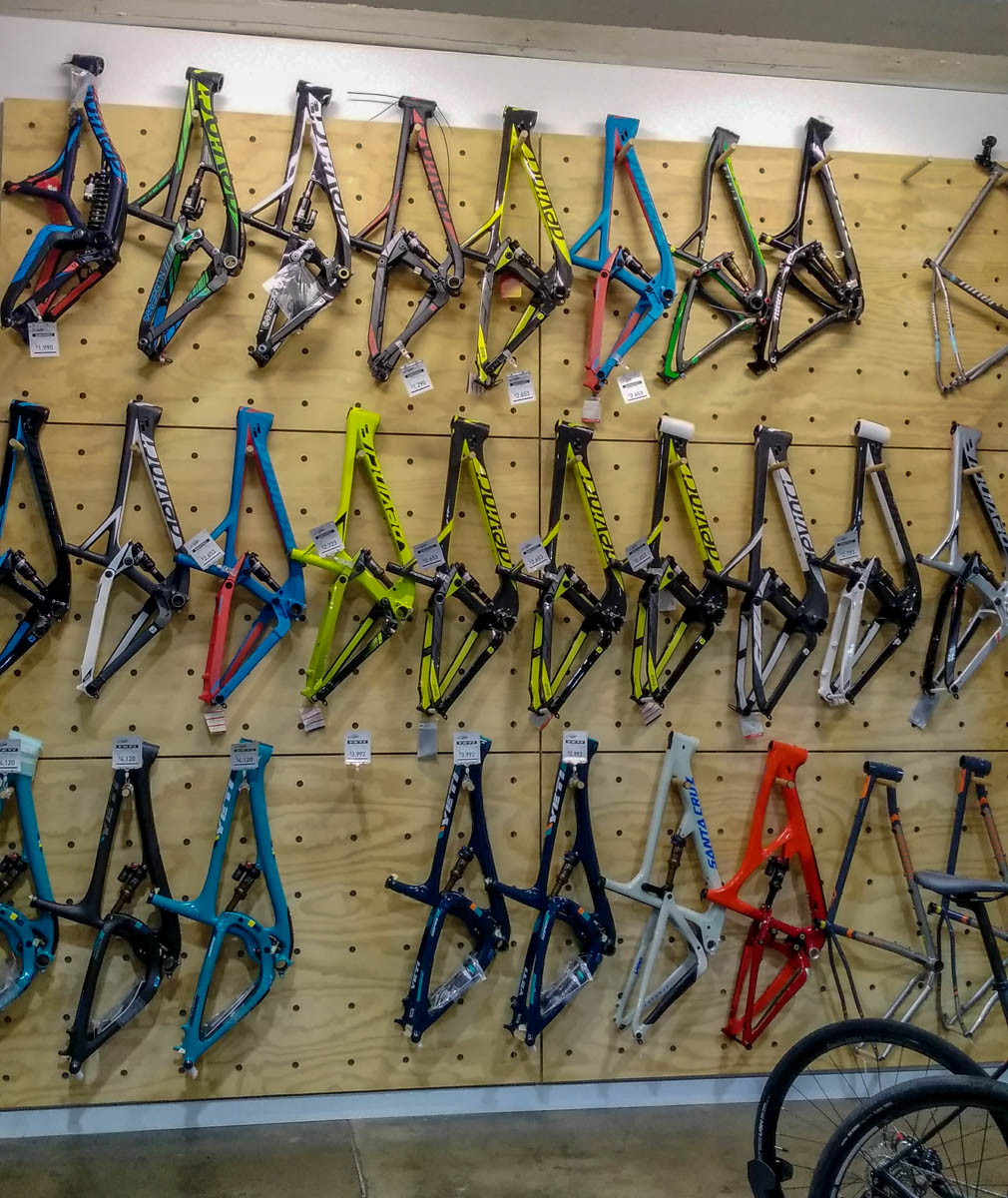
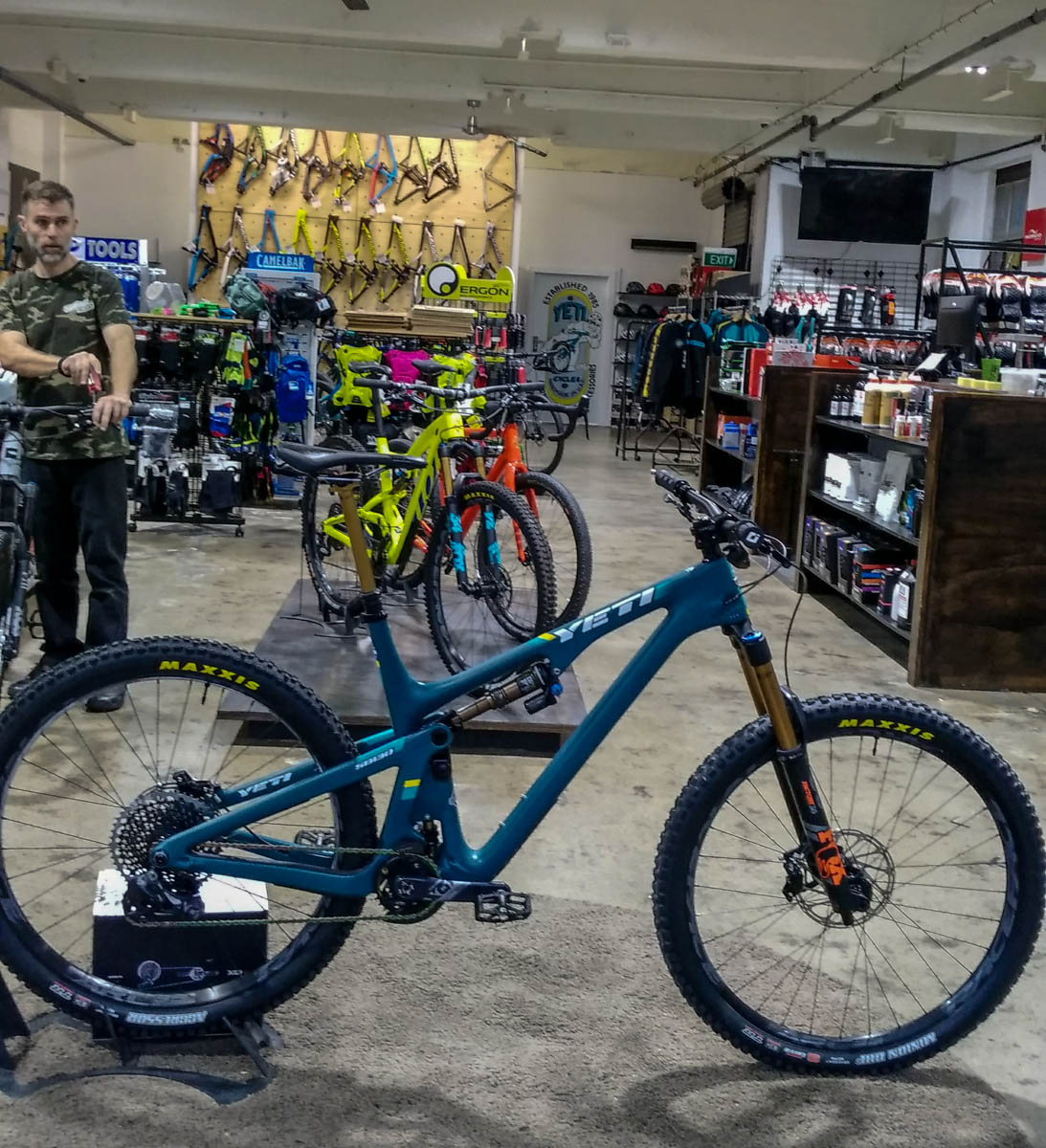
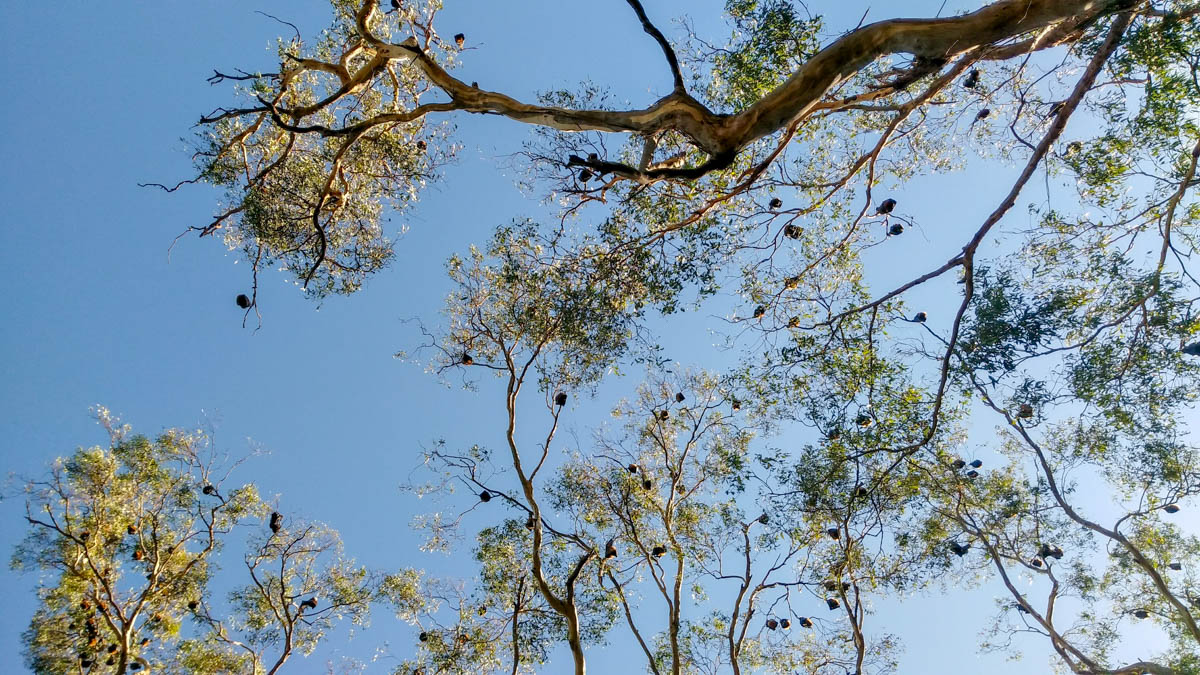
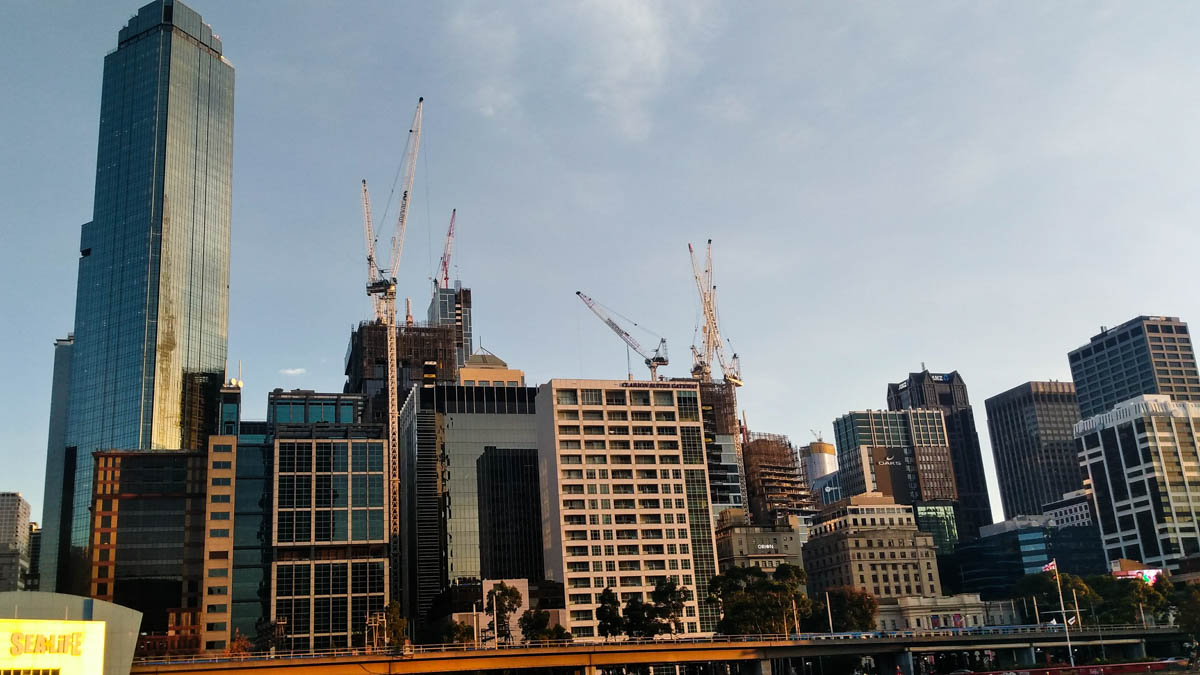
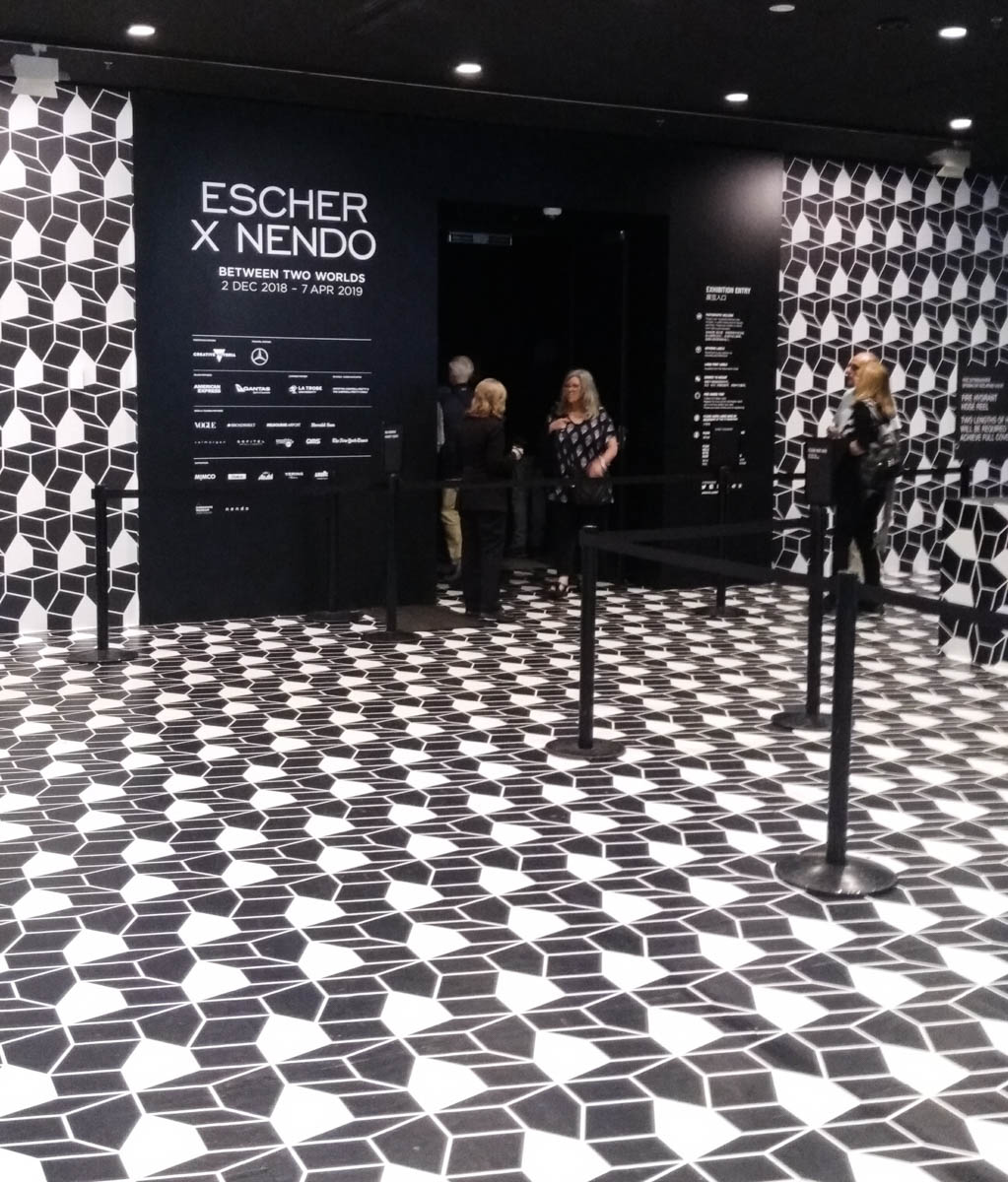



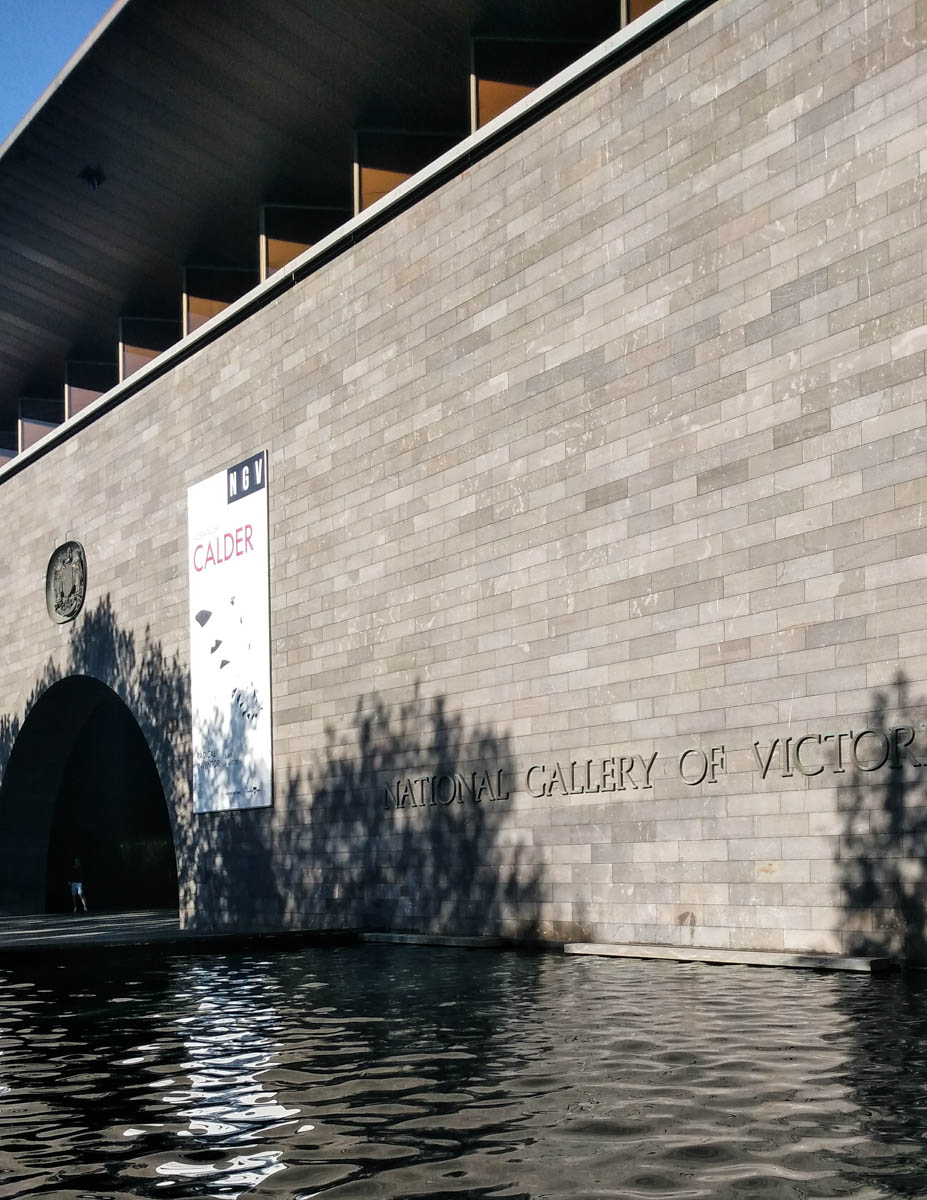
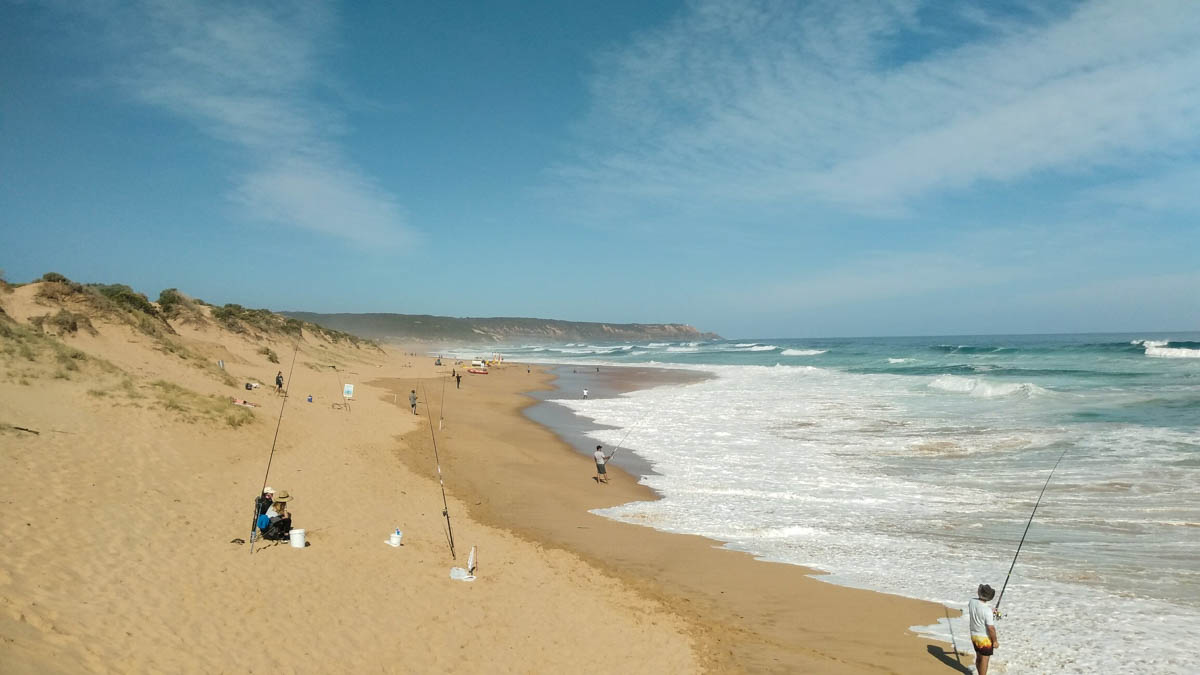
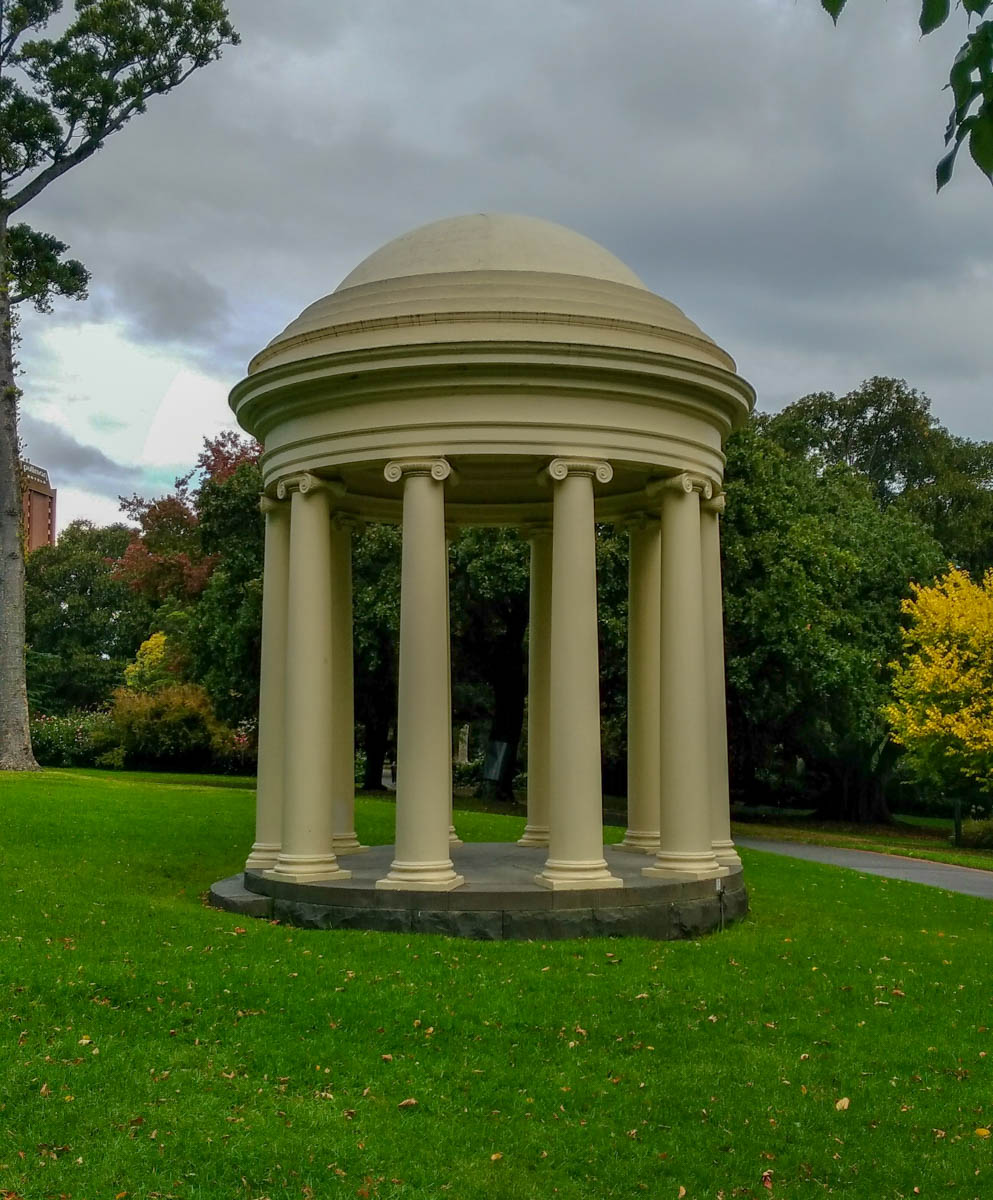
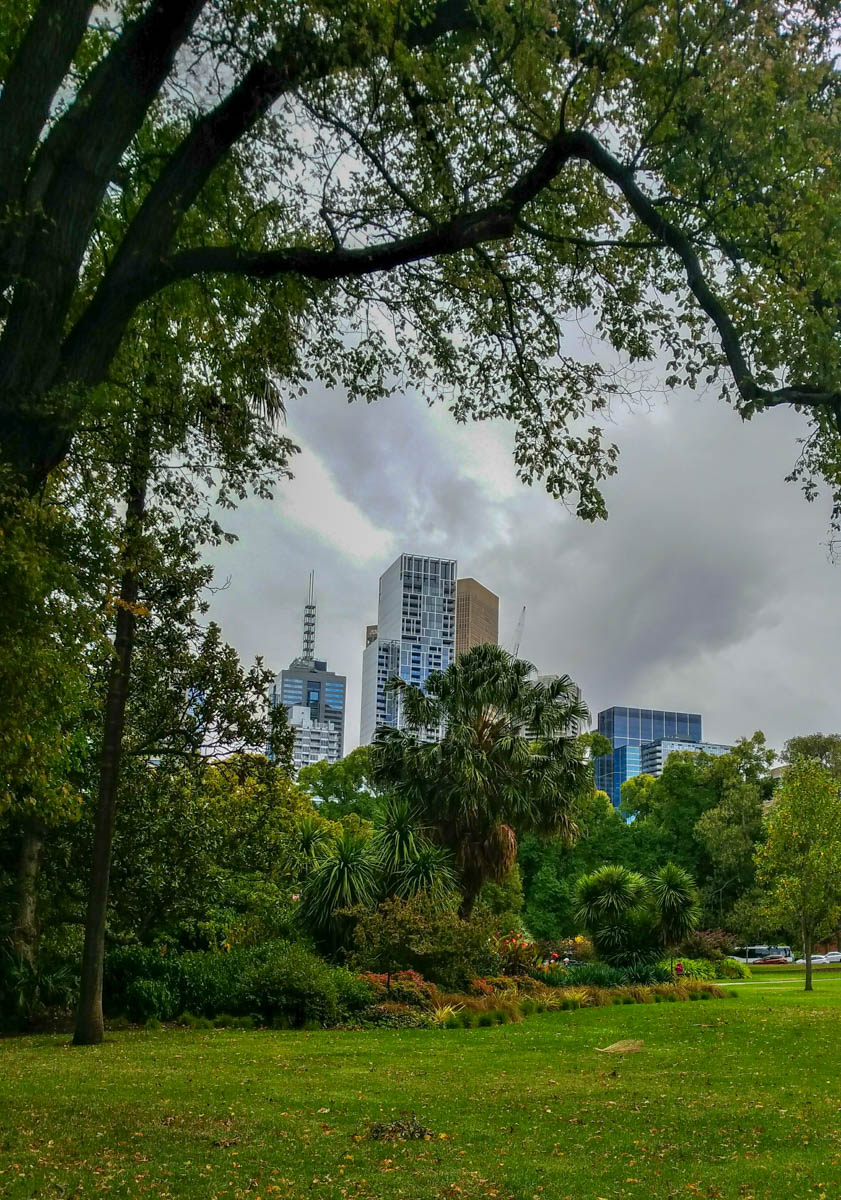
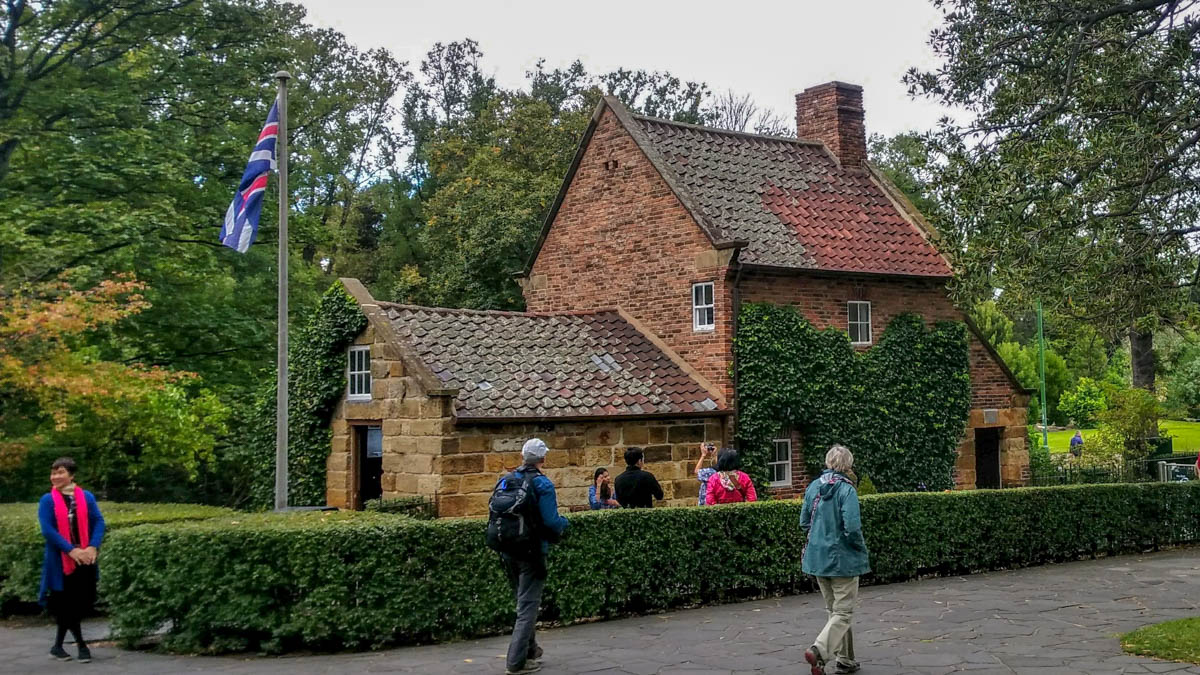
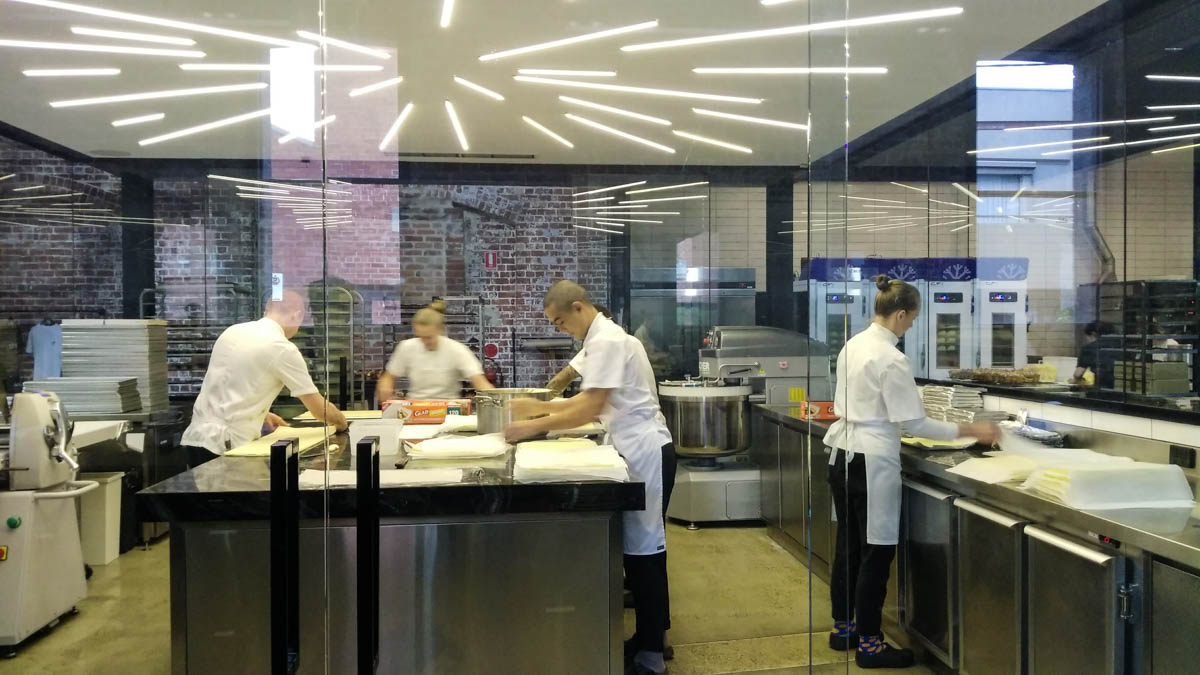

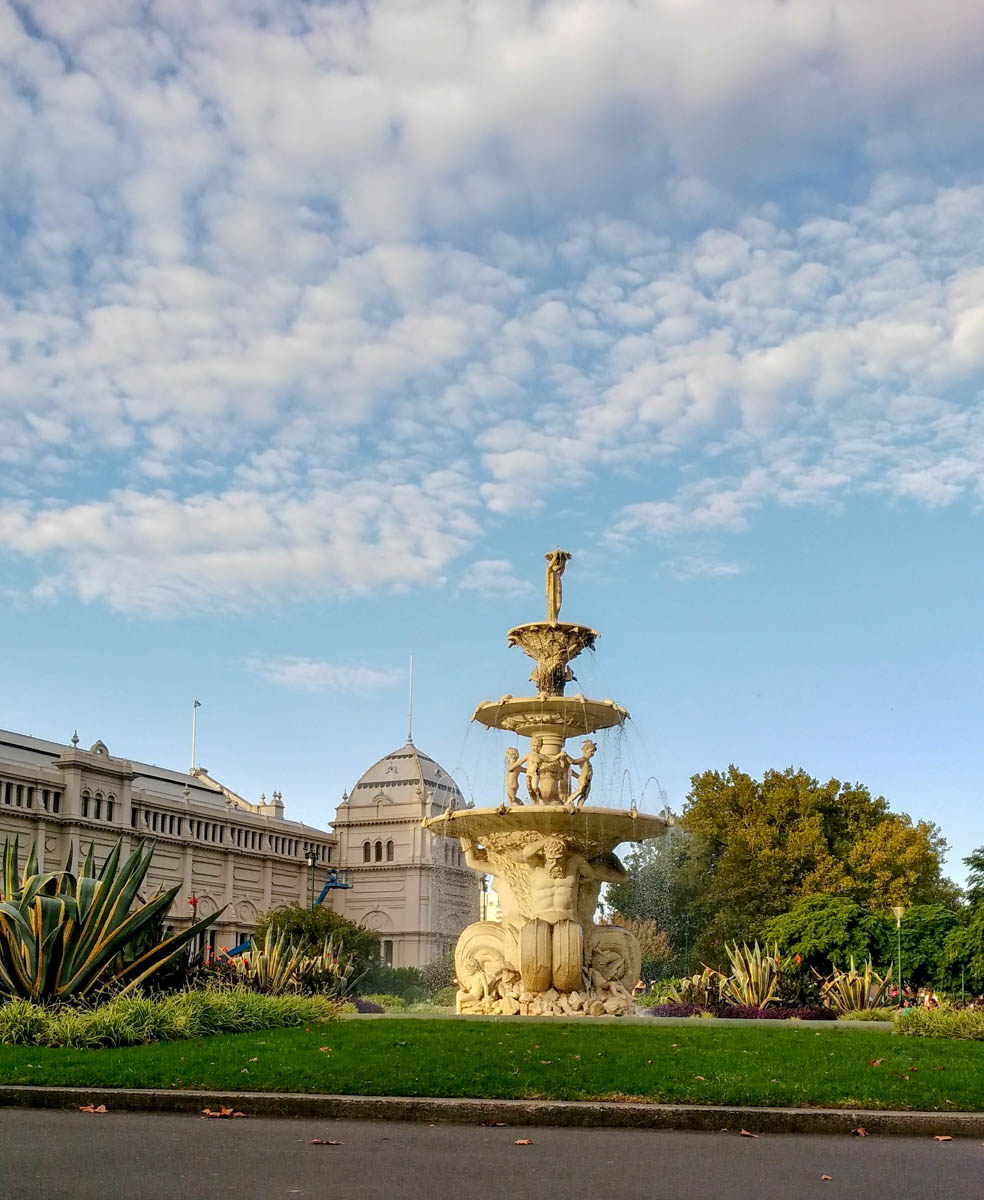

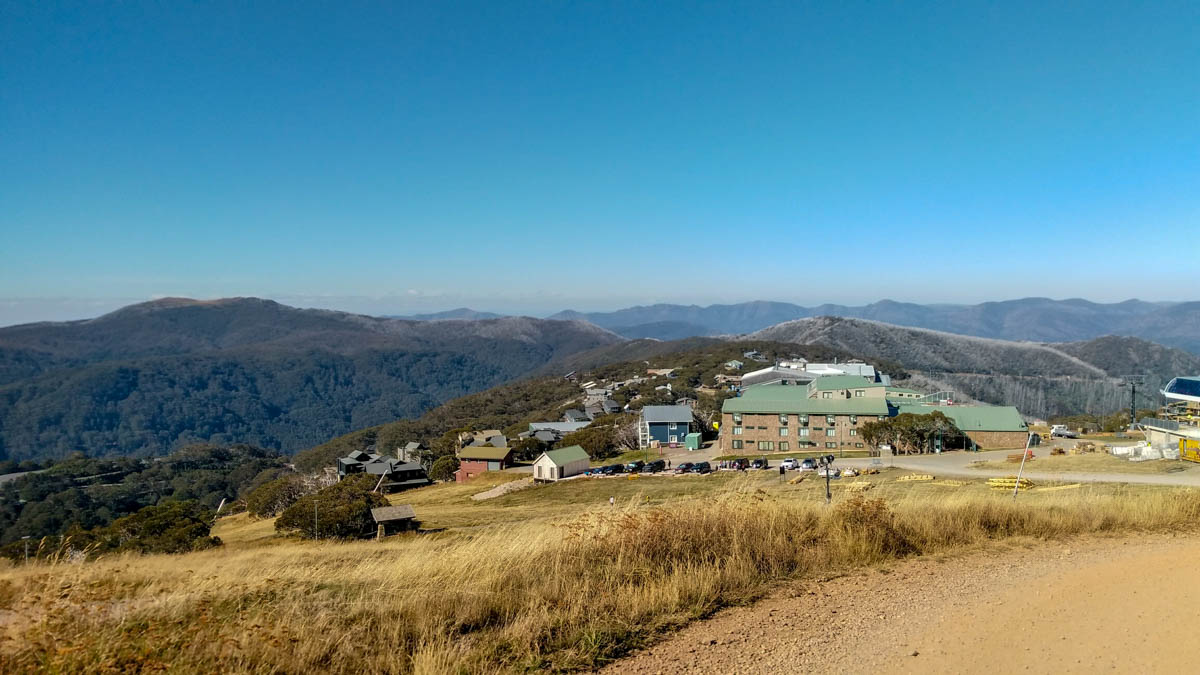
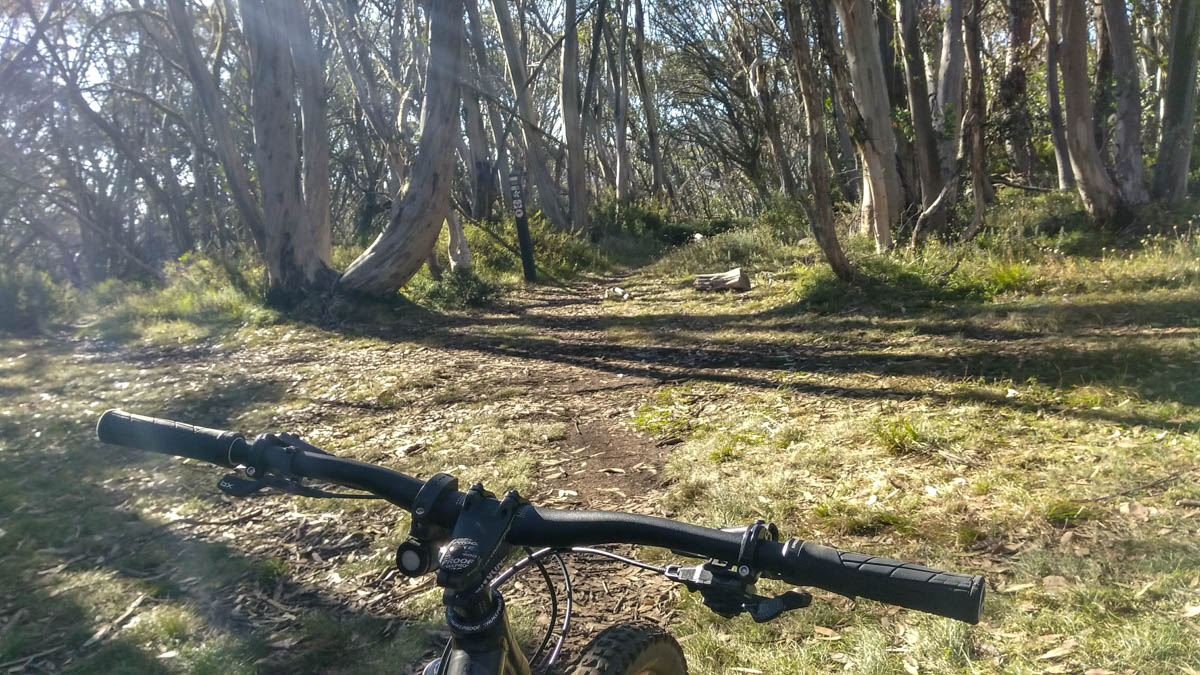
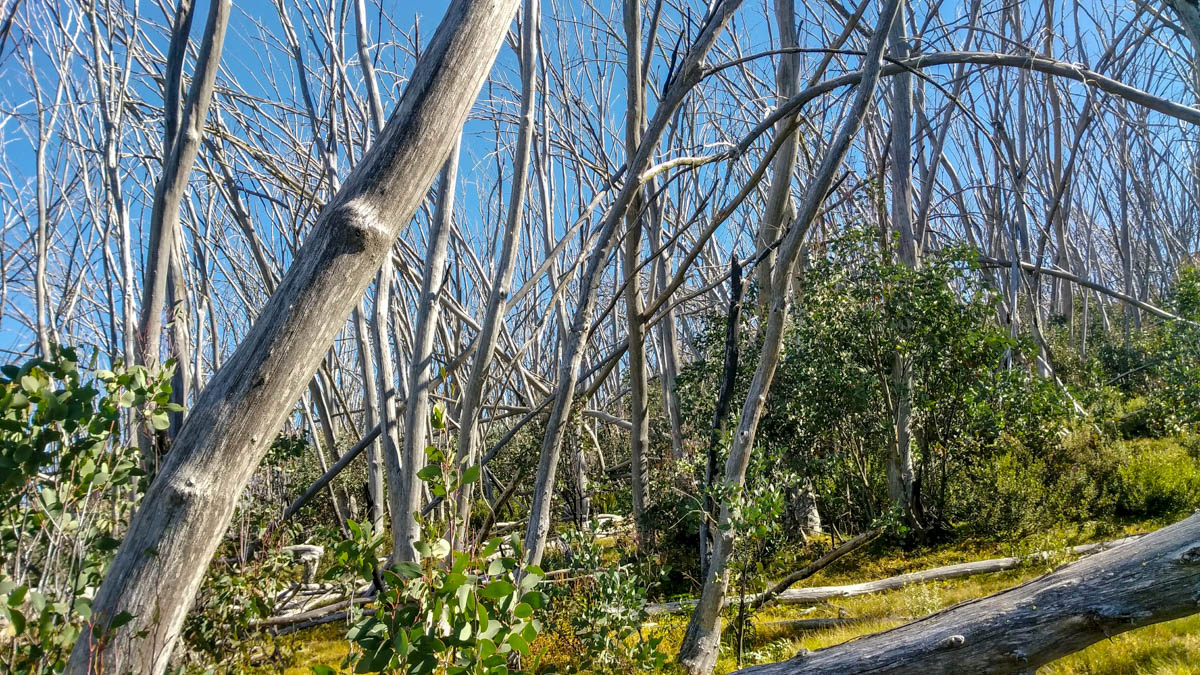
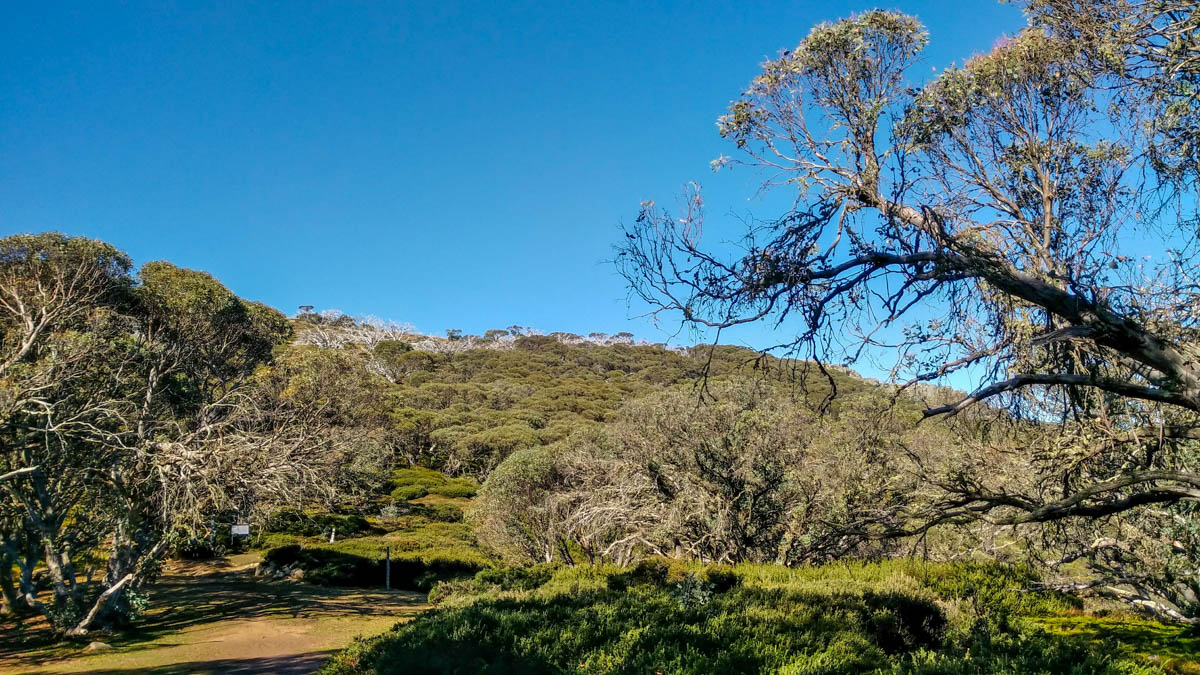
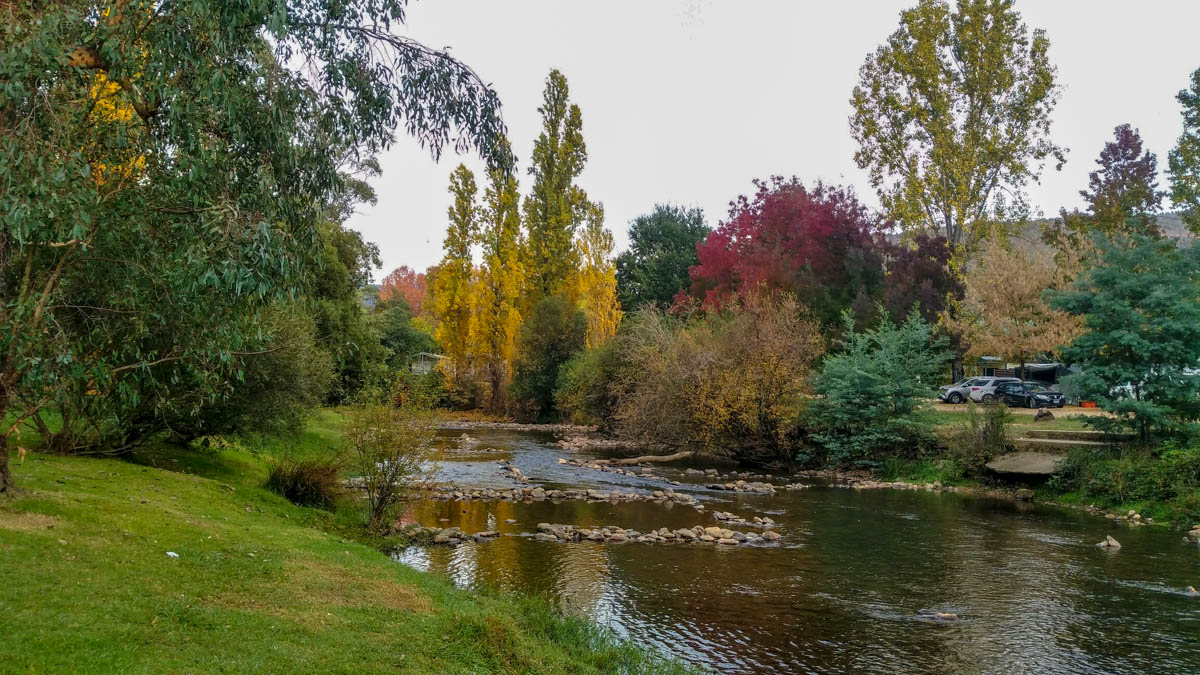
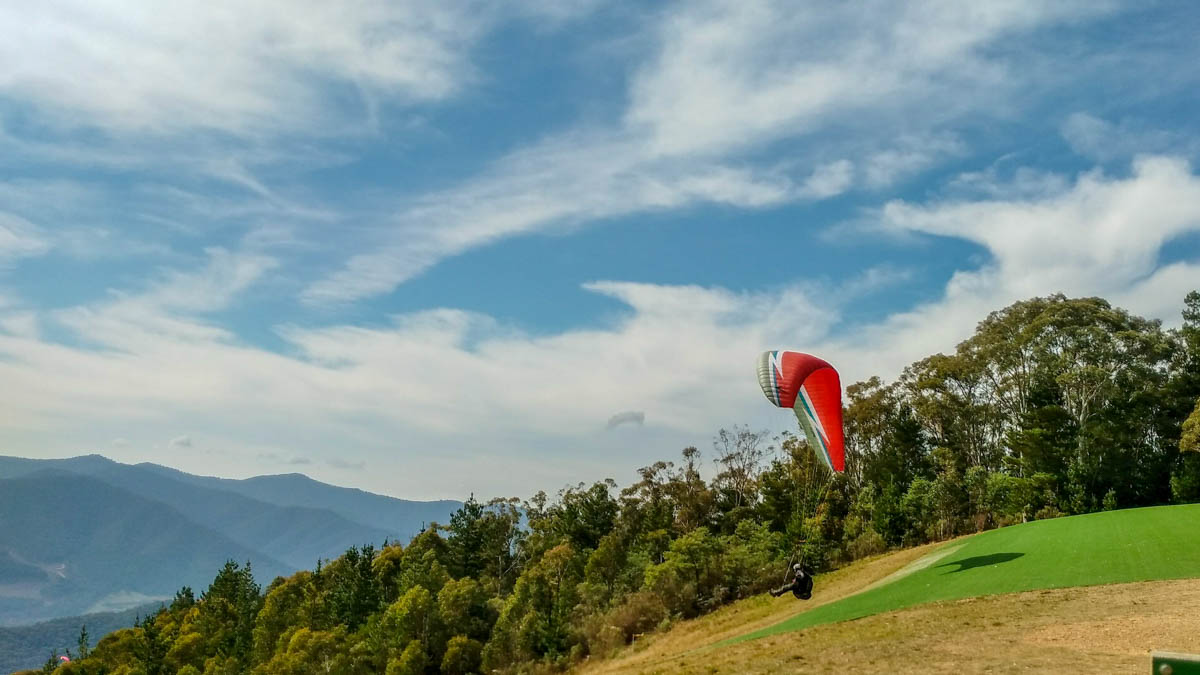
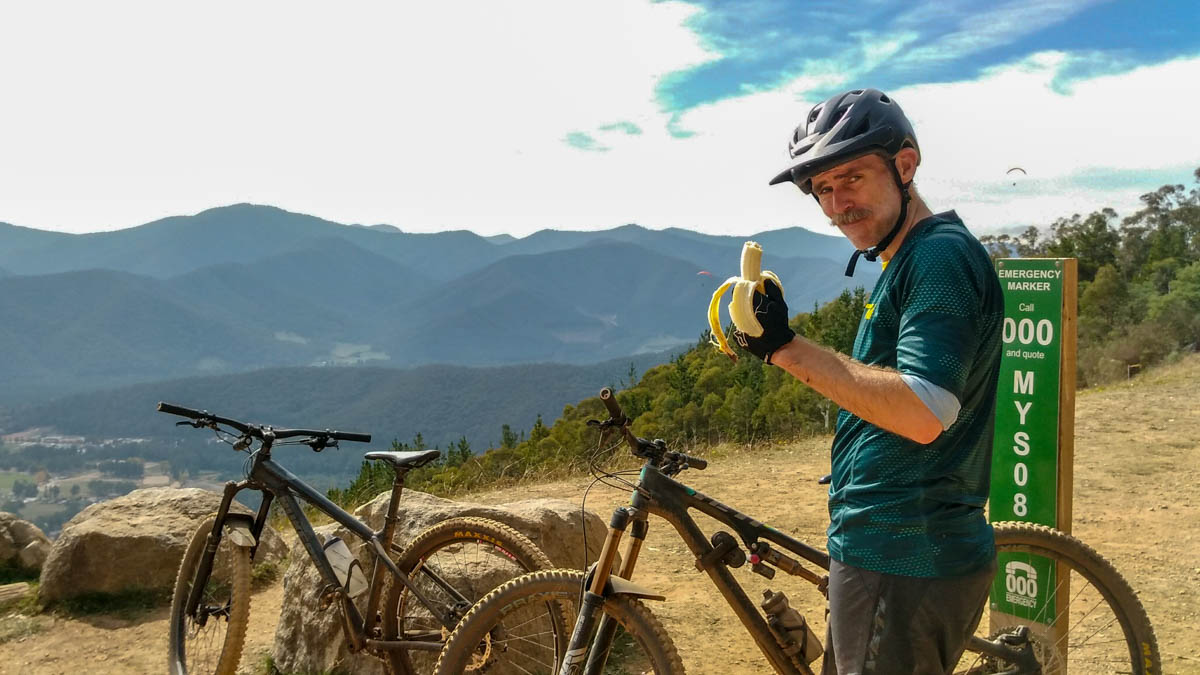
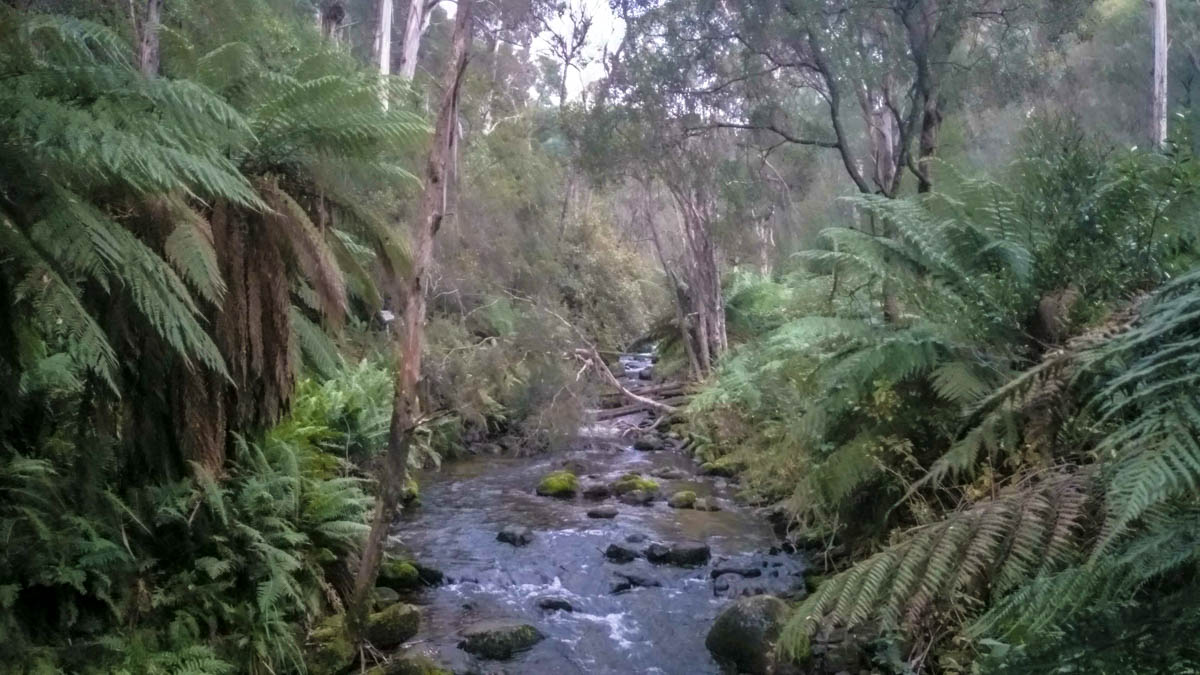
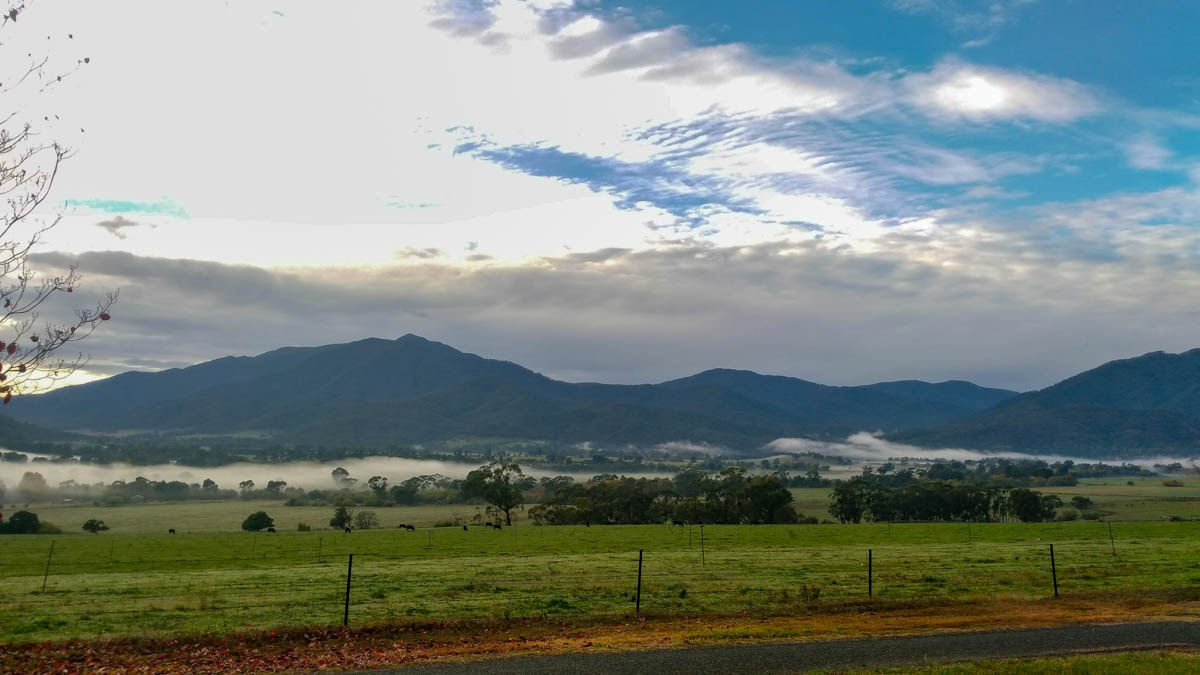
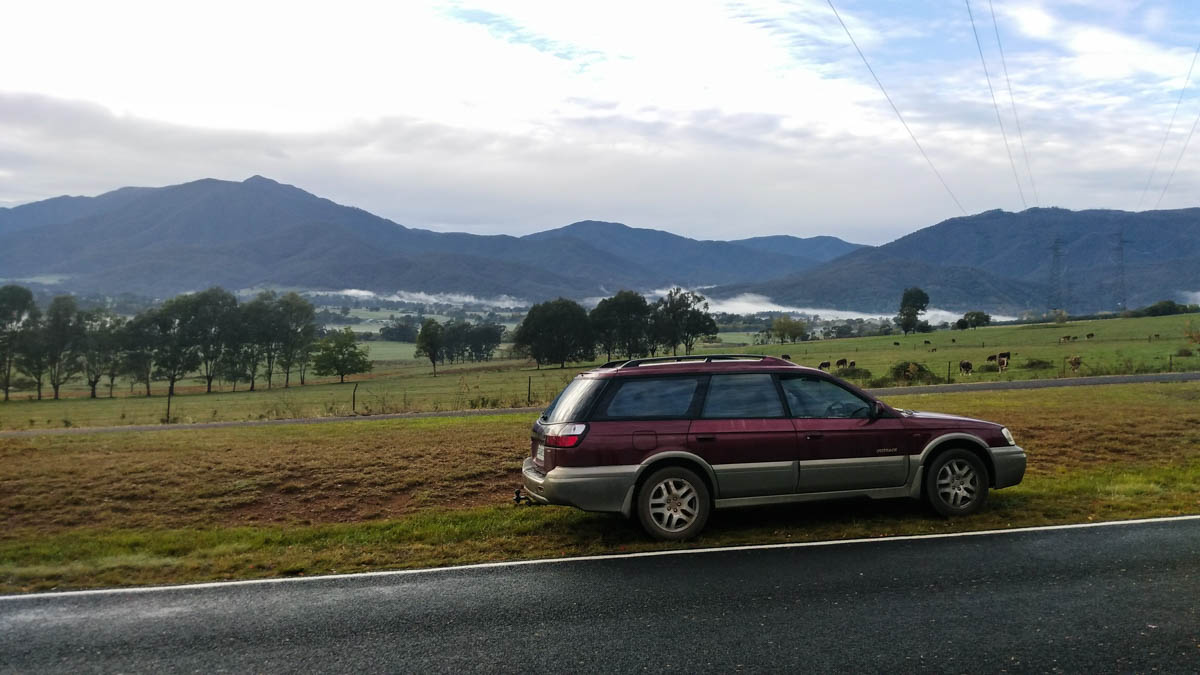
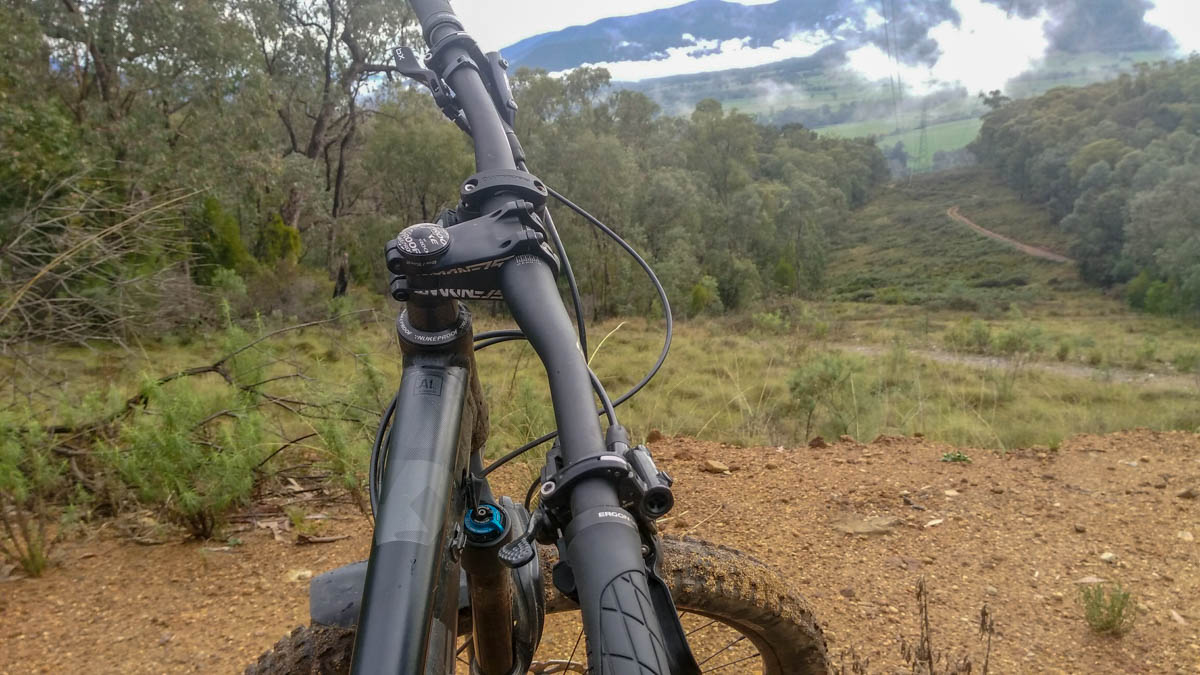

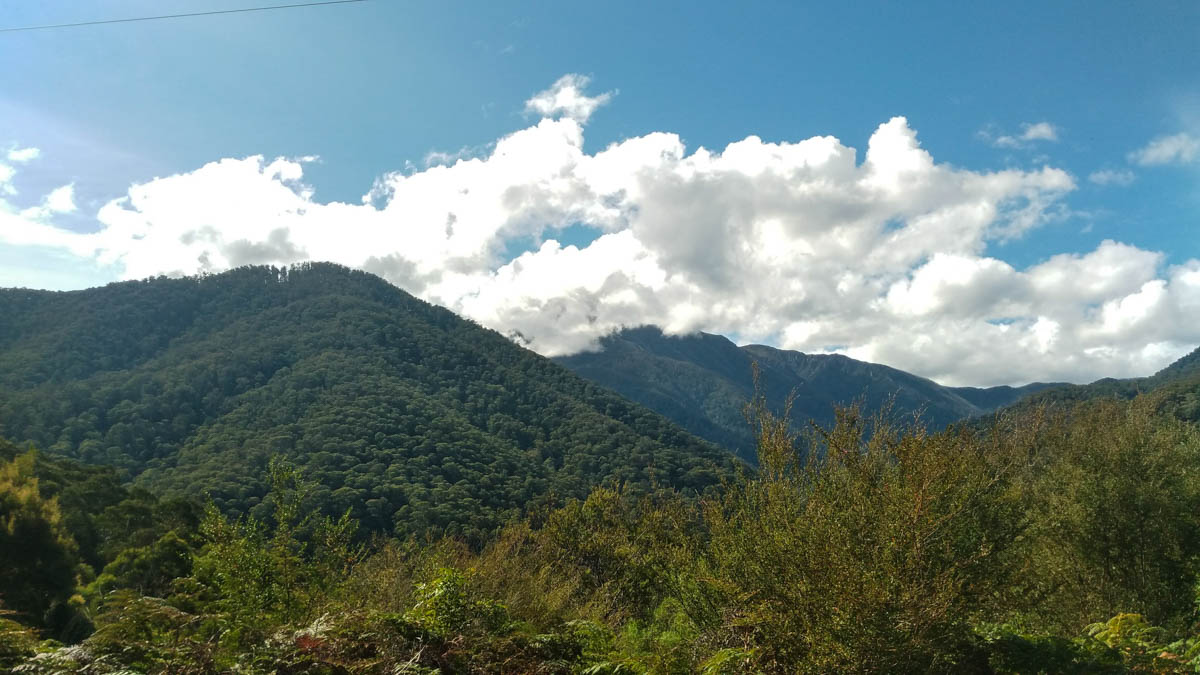
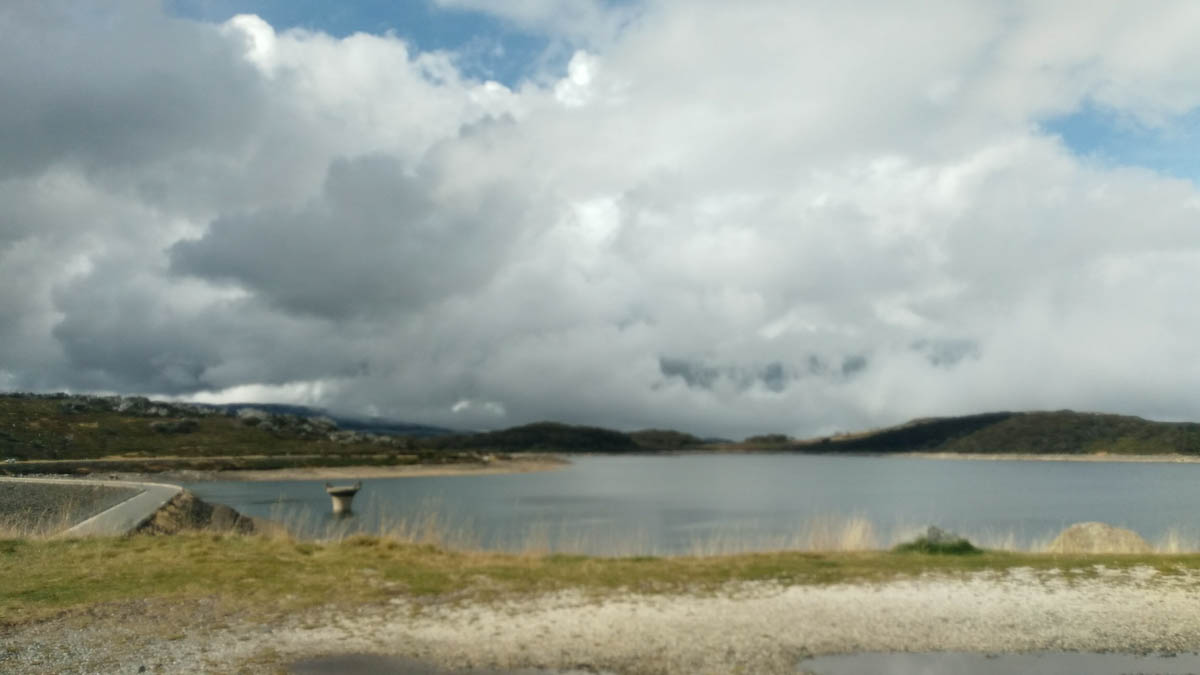
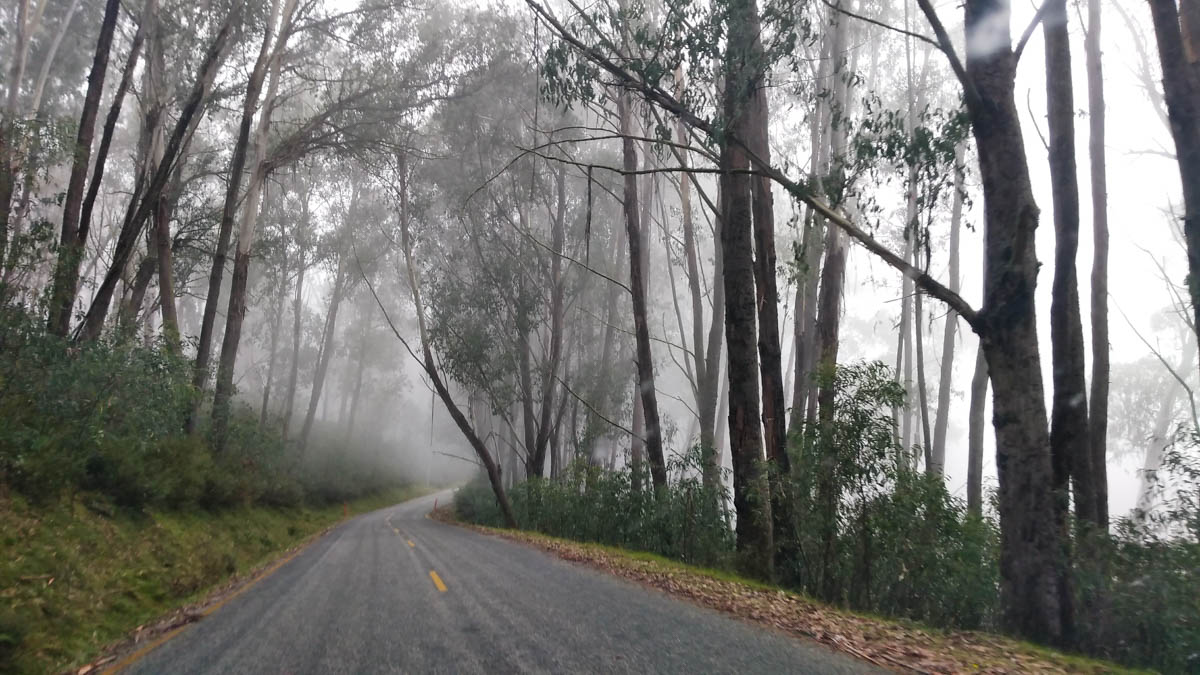
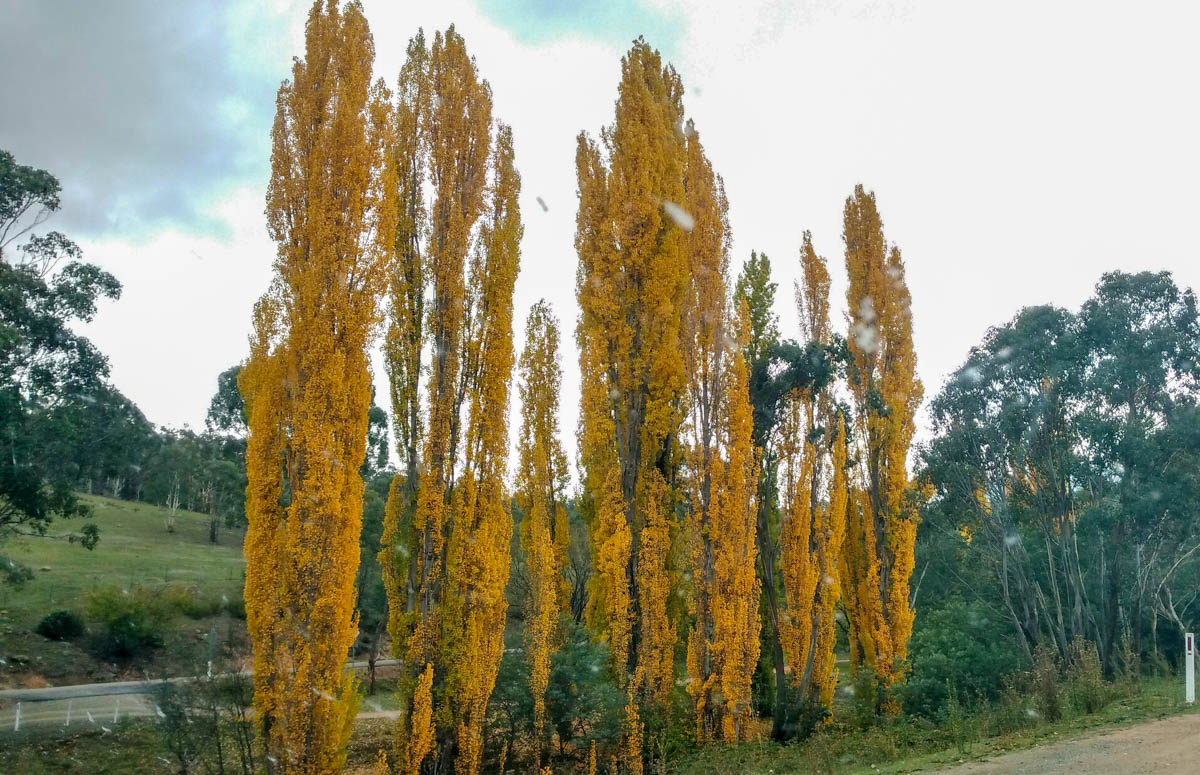
Well that was a bit of an extended break! The move to Melbourne has proved to be our most challenging yet, and the big city has kept us properly hopping since we’ve arrived. But now, a month in, Meredith and I are finally settling into our new place and jobs here in the Big Smoke and I have a little time to breathe.
It started much as our move to Wellington did by loading all of our worldly possessions into (and onto) the car and bidding a fond farewell to our Taswegian roommates (who’ll be sorely missed) then caught the aptly named Spirit of Tasmania, the ferry that connects Tassie to the mainland. Unlike the brief 4 hour jaunt between New Zealand’s islands the trip to mainland Aus is a bit more involved, and best done at night. The 10 trip across the Bass Strait offers little of the scenery that the Cook Strait has in spades, so we dove on and dozed our way across to awake to a brand new day in a brand new city.
Melbourne. What to say about this sprawling southerly metropolis? Well let’s start with the basics, it’s a city of nearly 6 million people (so think Atlanta) surrounding the shores of Port Phillip on the southern tip of Victoria. The city lies astride the Yarra River, but that may be to give to much credit to a river that wasn’t much more than a convenient dredge point near the harbor and a few miles up river looks more like the Platte than any major body of water. While Sydney is more populous Melbourne constantly prides itself as being the cultural capital of Australia. And it provides to back up the claim. Theaters, museums of every stripe, sports arenas, and historic buildings fill the far-flung suburbs. And flung they are indeed, you can easily drive two hours around the harbor and still be “in Melbourne”.
“Every cafe is definitely, certainly, unquestionably serves the best coffee in town.”
Meredith and I have settled in the ultra-convenient, excessively-hip Fitzroy neighborhood which lies just north of the city center. Here every street is lined with tempting restaurants of all colors, every alley is covered in street art, and every cafe definitely, certainly, unquestionably serves the best coffee in town (no need to try the place next door right?!). We’re loving the area for it’s convenient location to so many interesting parts of town, handy cycling infrastructure, cute architecture (historic townhouses, no big apartment blocks here!), and overwhelming amount of food and bev options. I, handily, took a job at Summit Cycles located not a 5 minute ride from our new place, and the premier mountain bike shop in the city. It was actually a surprisingly tough decision because if there’s one thing Melburnians love, it’s their bikes. I had to compare a dizzying number of shops. But in the end I had to go with the MTB shop, because who better to ride with right?
It’s a good thing too, given that most of my traveling since we’ve come to town has been cycling centric. I blew through the local trail networks pretty quickly (being such a large city there’s not much close at hand), and recently turned my sights on Victoria’s alpine region (or as they call it Alpine Shire, cute). That’s right, 3 hours from Melbourne I can even be tempted with a little skiing. And where there’s skiing (in the summer at least) there’s mountain biking to be done.
“I was not feeling too optimistic about these so called “mountains”.”
My most recent trip started with a couple days up at Mt. Buller (the closest hill to Melbs) with the shop crew. After driving through rolling, dusty countryside for several hours I was not feeling too optimistic about these so called “mountains”. But sure, enough if you wind your way far enough into the countryside the terrain starts to climb and the flora begins to change. Buller is a rocky peak most well known for it’s quirky inverted village, all the buildings are at the top and you ski down from there! Oh, the things you can do when your hills top out at 5,000 feet.
“It was two hours of dopamine-fueled driving.”
From Buller I headed even further afield to the nexus of Victorian mountain biking, and the alpine region in general, the picturesque mountain town of Bright. Rolling in, with the autumn leaves a-turning felt so much like coming home. It’s funny how it seems no matter where I journey a mountain town always hits that home button in my brain. A day of riding the park in Bright and I headed over the pass to the impossibly even cuter (and suitably named) Mount Beauty, the gem of Victoria’s Alpine Shire. Camped up in a fern-laden gully with a drizzle pitter-pattering on top of my car and waking up to a grassy vale filled with low-hanging clouds had me felling like I was back in New Zealand. After an epic morning on the bike my sense of adventure told me to head higher into the hills to find a back way home. What came next was arguably the best scenic route I’ve ever driven in my life. From Mt Beauty the winding road climbs through lush eucalypt forest to the resort Falls Creek before heading off into some truly wild country. With shining sun, rolling banks of clouds, smooth roads, and a vast forest stretching in all directions I was treated to two hours of dopamine-fueled driving.
Yeah, I think I can get used to all this country.
Tassie Crash Course
Our time in Tassie is coming to a close but we’ve been making the most of our remaining days under down under.
So This Is Why They Say It’s Like New Zealand























Of late I’ve been going on and on about the value of turning off one’s expectations when living abroad, of just letting the wind take you and finding serendipity around every corner. While that has still largely been the modus operandi down here in Tassie that doesn’t mean that these dog days don’t blaze on even as our time down here draws to a speedy close. As such, the past month has been a bit of a whirlwind with new sights at all corners of the island calling our names. It started off with a grand adventure that took me as far afield as I have been to date, out to Tassie’s wet and wild west coast.
“It’s a whole hell of a lot like, oh I don’t know, say the Southern Alps of New Zealand.”
Living in New Zealand we were constantly referred to Tasmania as somewhere we should check out, and even at first glance you can see the similarity. Remote islands, sparse populations, untamed nature, it all rings very true. What I didn’t realize until this trip is that they’re physically quite similar as well, you just wouldn’t know it hanging out (as I largely have) in the dry eucalyptus forests on the east coast. For this trip I loaded up Dolores and first headed north west to check out one of the island’s most famous sights, Cradle Mountain. Thrusting up from the central plateau Cradle Mountain is the northern most tip of Tasmania’s highest range. Here the quintessential grey dolorite peaks still show clear signs of recent glacial carving with hanging, u-shaped valleys, thundering waterfalls, and deep glacial lakes, what’s more these peaks catch the abundant moisture that blows in off of southern ocean. It’s a whole hell of a lot like, oh I don’t know, say the Southern Alps of New Zealand. To be sure, the peaks are less dramatic and pronounced but with waterfalls tumbling over sheer cliffs and ferns clinging to every crack and crevice the resemblance is striking nonetheless.
“The peak spends most of its days shrouded in the mists. ”
They say the most famous picture taken in Tasmania is the view of craggy Cradle Mountain reflected in the crystalline waters of Dove Lake, I headed up in the morning (along with every tour coach within a 100km radius) to catch an eyeful of this beauty myself. Well what they don’t tell you in the brochures is that those mountains are quite effective at catching clouds coming off the ocean, and that the peak spends most of its days shrouded in the mists. This was one such day, no iconic photo op for me. Oh well, there was still plenty of good hiking to be done in the drizzle below the cloud banks. After a couple hours of dodging soggy ferns and craning my neck at plunging waterfalls I could’ve sworn that I was back in NZ.
My day of battling the crowds at Cradle Mountain left me craving something a bit less travelled so I continued my journey off into the veritable rainforest that covers Tassie’s west coast. Before long the roads ran completely empty, glacier-carved mountains rose all around me as banks of low clouds clung to their sides. I was back in heaven. The rest of the day was spent (literally) chasing waterfalls and doding the rain until sunset found me camped up on a far flung head outside of the westernmost town in the state, Strahan.
The next morning was one of curious discovery as I stopped for a coffee in Queenstown (Tasmania). Aside from the name this little mining outpost could not have much less in common with the buzzing tourism mecca of the same name in New Zealand. This town looked like it could’ve been dropped right out of the American west, and with soaring mountains surrounding on all sides I felt like I was home. It’s remarkable how architecture of gold-rush era towns could be so consistent the world over, almost as if this trip had run me through the past year of my life and right back home again.
Always Seeking Adventure

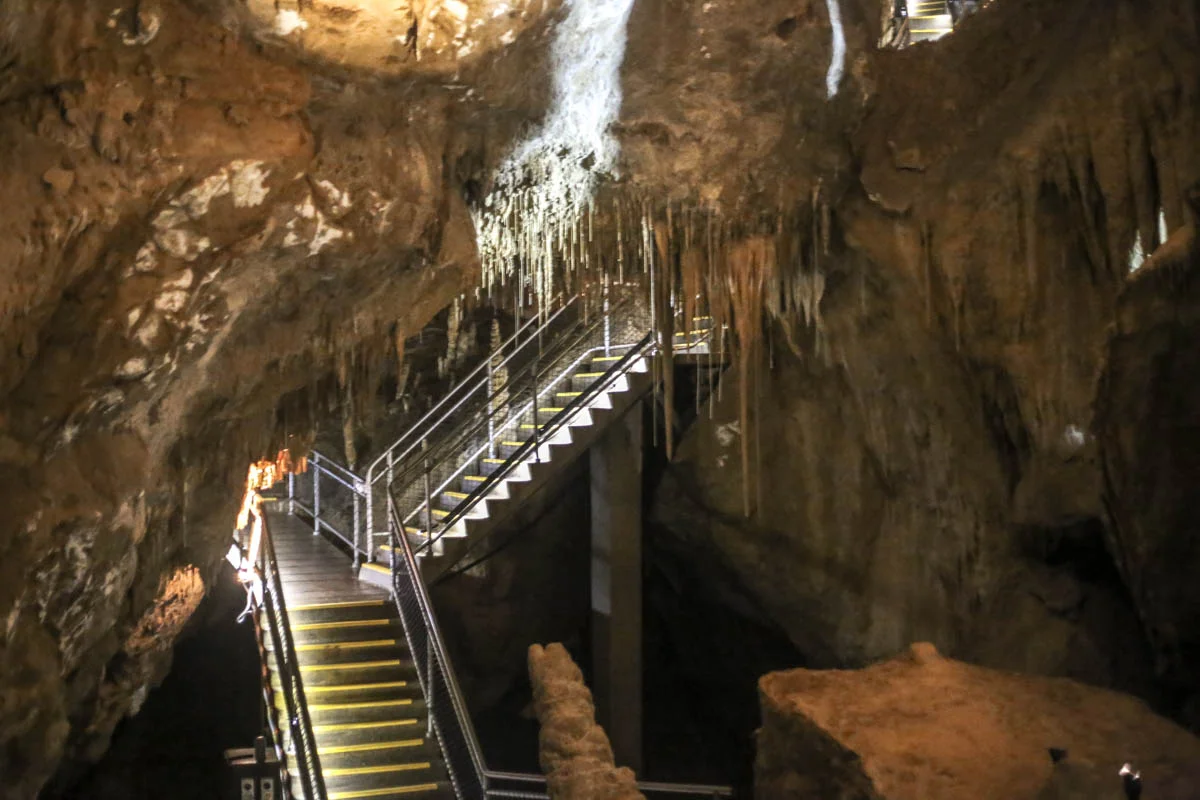





















Of course all that’s how I live my day to day life out here on Tassie’s east coast where we’re busy soaking up one stunner of a summer. Merciful rains have quenched the fires that were ripping across the state in my last post and we’ve been left with balmy days that beg to be used to their utmost. Fortunately opportunities lie at every turn for those on the hunt.
A few weeks back Mere and I had a beautiful day line up together so we headed back down south through the rolling orchards of the Huon Valley and into the southern forests. Hidden back away in these wild woods are the Hasting’s Caves, a series of limestone caverns of indeterminate length that dot the country side. Fortunately some enterprising Taswegians discovered these marvels and promptly got to work giving tours of the joint. I’m by no means a cave expert, but these have to be one of the more undersold systems I’ve seen. Down a few steps below the earth and chamber after chamber branch off filled with all your classic cave formations: towering columns, dripping stalactites, and the ever-tasty cave bacon. A solid day trip made all the more sweet with a visit to the local cider-house where the bounty of the Huon is put to good use. If that’s a “boring” Sunday, I’ll count it as a win.
“We cracked open a few cold ones and gathered around the fire as the sky came alive with all the glory of the milky way.”
The next week our group of Tasmanian friends proved to be worth much more than just good company on the wine tour, when they had me out for a little classic Tassie camping trip. We’d already explored the Tasman Peninsula a bit, but these guys know it like the backs of their hands. So, even though I was a bit late to join the party they were able to say park your car here and walk west until you hit the ocean, that’s where we’ll be. Where, turned out to be, Lagoon Beach where a short hike paid huge dividends. We camped up right on the sprawling white sand beach, splashed around in the sheltered bay, and gathered wood for a good ol’ fashioned beach fire. From there we cracked open a few cold ones and gathered around the fire as the sky came alive with all the glory of the milky way. We chatted, and sang, and solved the problems of the world together, because that’s what friends are for.
Maria Island Mania


























And that all brings us to this week. To what was likely our last major trip here in Tasmania. It’s really hard to believe, thankfully it was one for the record books. Maria Island (pronounced Mar-eye-uh) sits off the east coast just an hour north of Hobart, and epitomizes so much of what makes this side of the state beautiful. The whole island is a national park so it has become a veritable ark for endangered species and haven for cyclists as there are no cars to be found there.
“We left any semblance of civilization behind.”
We jumped on the ferry one misty morning to cross the Mercury Passage over to the island’s lone settlement, Darlington. As one may imagine this settlement was mostly the remnants of a penal operation, apparently just being shipped to the far side of the world wasn’t punishment enough. In any case we weren’t too interested in hanging about with all the tourists right by the ferry drop-off; we’d brought our bikes over, so we saddled up and headed south. Fortunately for us it was a cool morning as we wound our way down the island through open eucalyptus forest past a string of pearlescent, untouched beaches making for breezy riding as we left any semblance of civilization behind.
A day’s (or hour’s) hard riding needed to be well rewarded, and thankfully Maria provided. From our tent at one end a shimmering-white beach stretched for miles south with not another soul to be found. The sun poked his big yellow face out to set the waters ablaze with colors you’d expect in a Caribbean travel brochure. So we settled in for a back-breaking day of floating in the tranquil waters and walking the vast stretches of beach. It’s a pretty tough life we live here way down south.
“Scores of kangaroo jumping elegantly through the underbrush.”
Of course, sighting some wildlife is another huge highlight of visiting Maria. Wombats, who you may remember from our encounter a few months ago up near Lake Saint Clair, are less the territorial meanies we met and more a bunch of amiable fuzz-balls on the island. And they are everywhere. Another big goal for the trip as well was to see a Tasmanian Devil, for as famous as the little buggers are they sure seem to be hard to encounter. A couple years ago devils were introduced to the island to give the species a new stronghold, they’ve taken well to their new home but remain as elusive as ever. Fortunately, other creatures were a little more forthcoming, as Maria is also home to many Forester Kangaroos. By now I’ve grown quite accustomed to the millions of wallaby that hop through the woods, so I was delighted to poke my head out of our tent in the morning to see another hopping biped that was distinctly new. Then I was thrilled on my morning run to find scores of kangaroo jumping elegantly through the underbrush.
Six months ago we moved to Tasmania with no plans and no expectations, and it’s gone by in an absolute whirlwind. We’ve made some of the best friends that we’ve gotten to know since coming abroad, and been blown away by how much this ragged little island has to offer. But man, it felt so fast. In two weeks we’ll be boarding the Spirit of Tasmania with our faithful car packed to the gills with all of our worldly possessions, to start our next chapter in Melbourne. I’m excited about the prospect of discovering a new city, of exploring the mainland, of meeting new friends, and I feel very much like I’ve done Tassie the right way. That doesn’t change the fact, though, that I’m going to miss it.
Our Route
Islands Off Of Islands
We haven’t had to go far here in Tassie to find some incredible places.
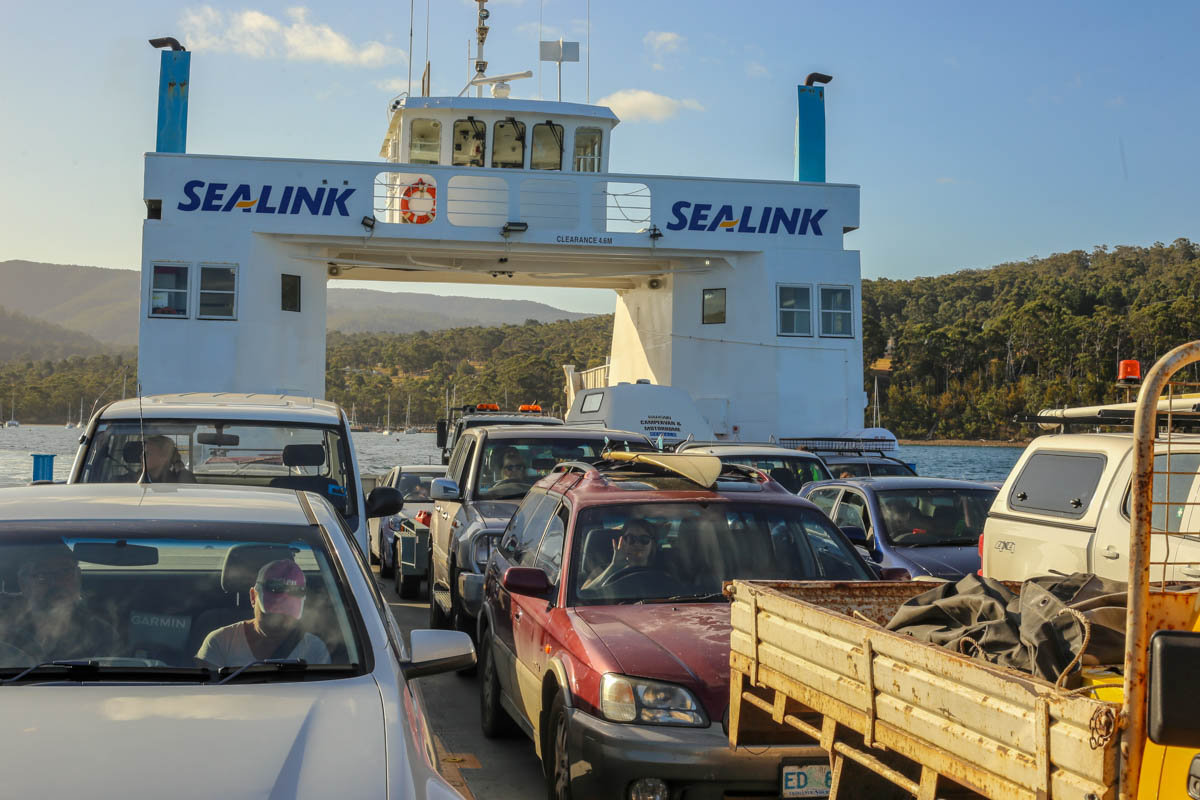
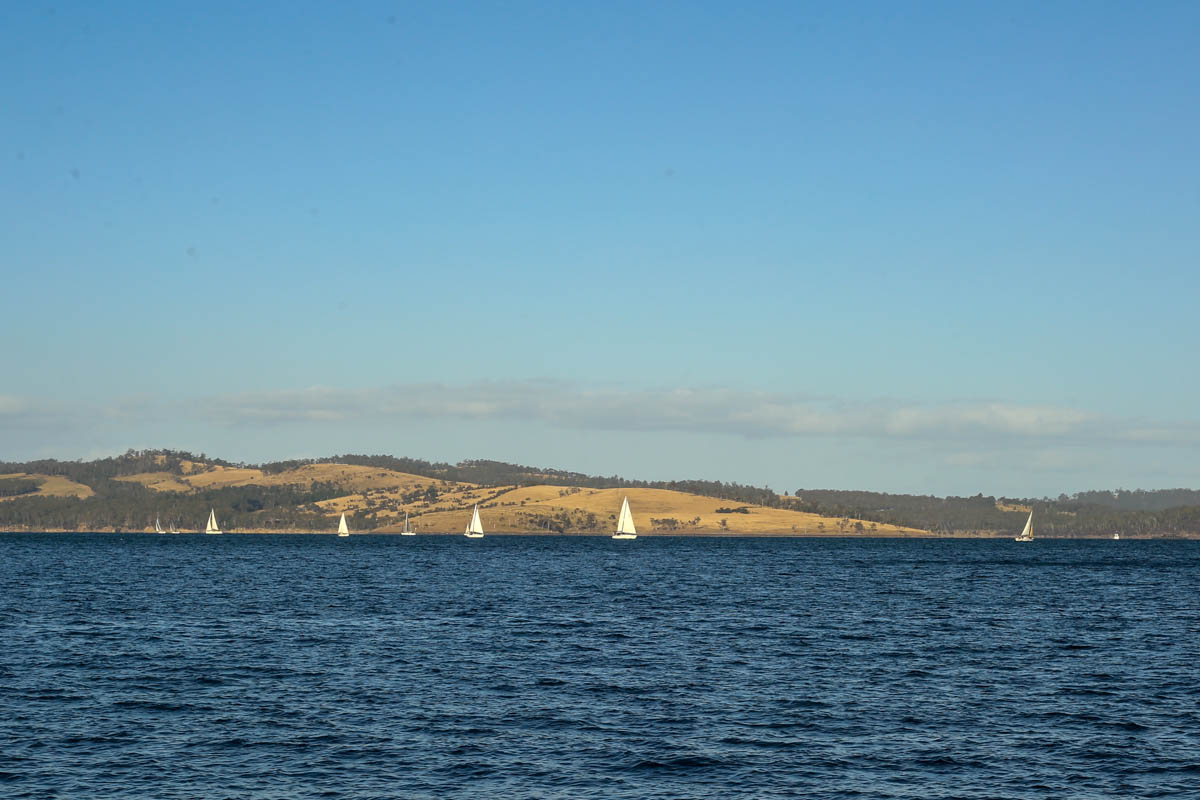
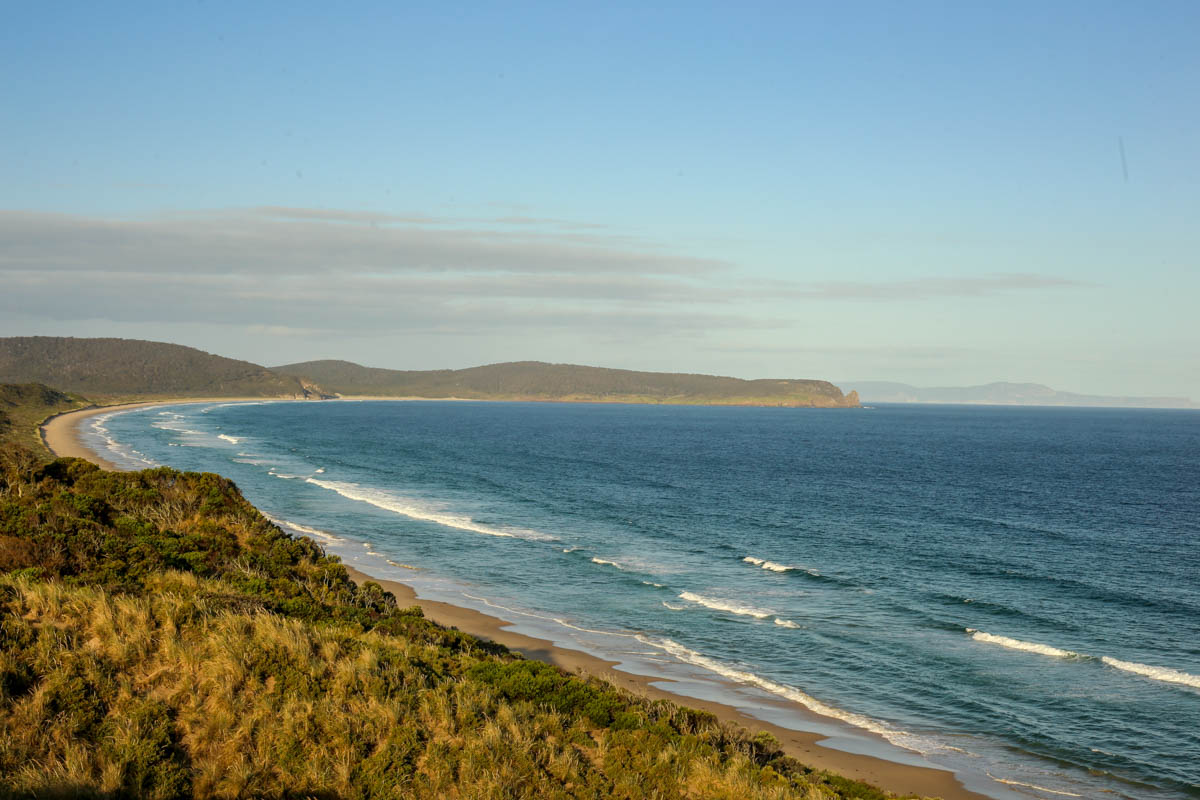
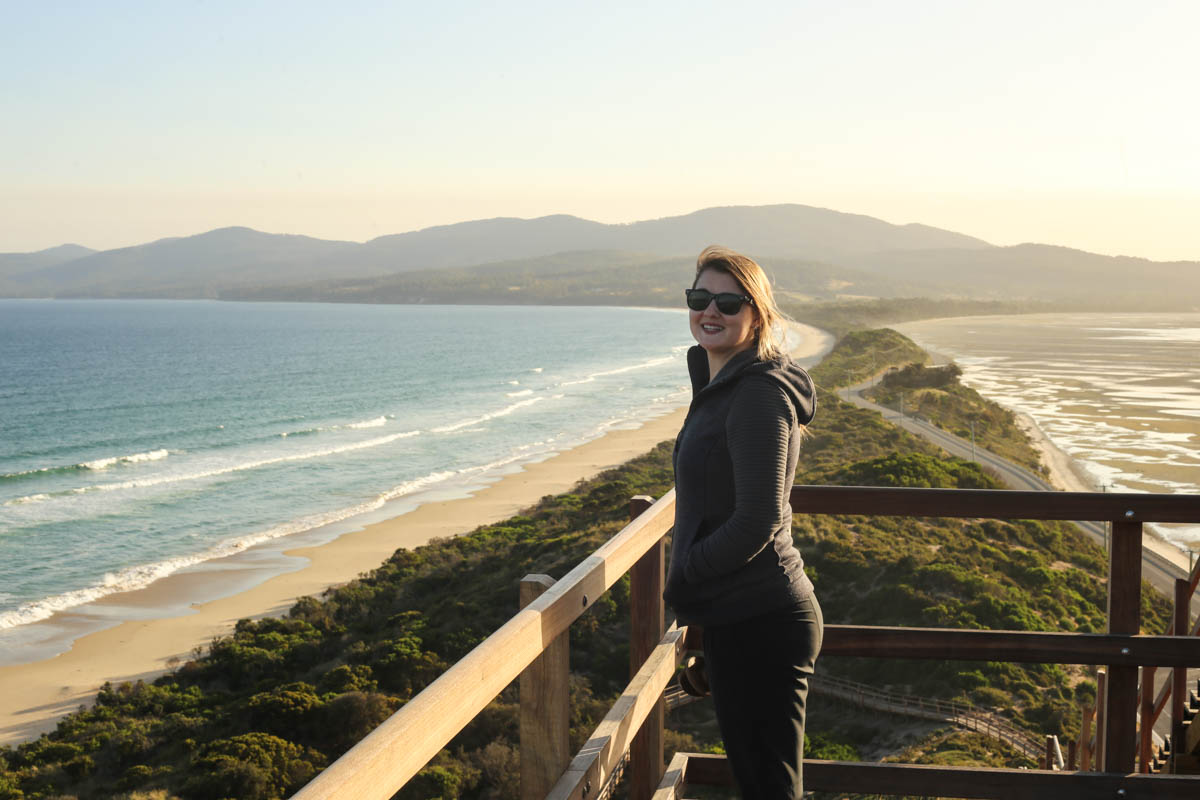
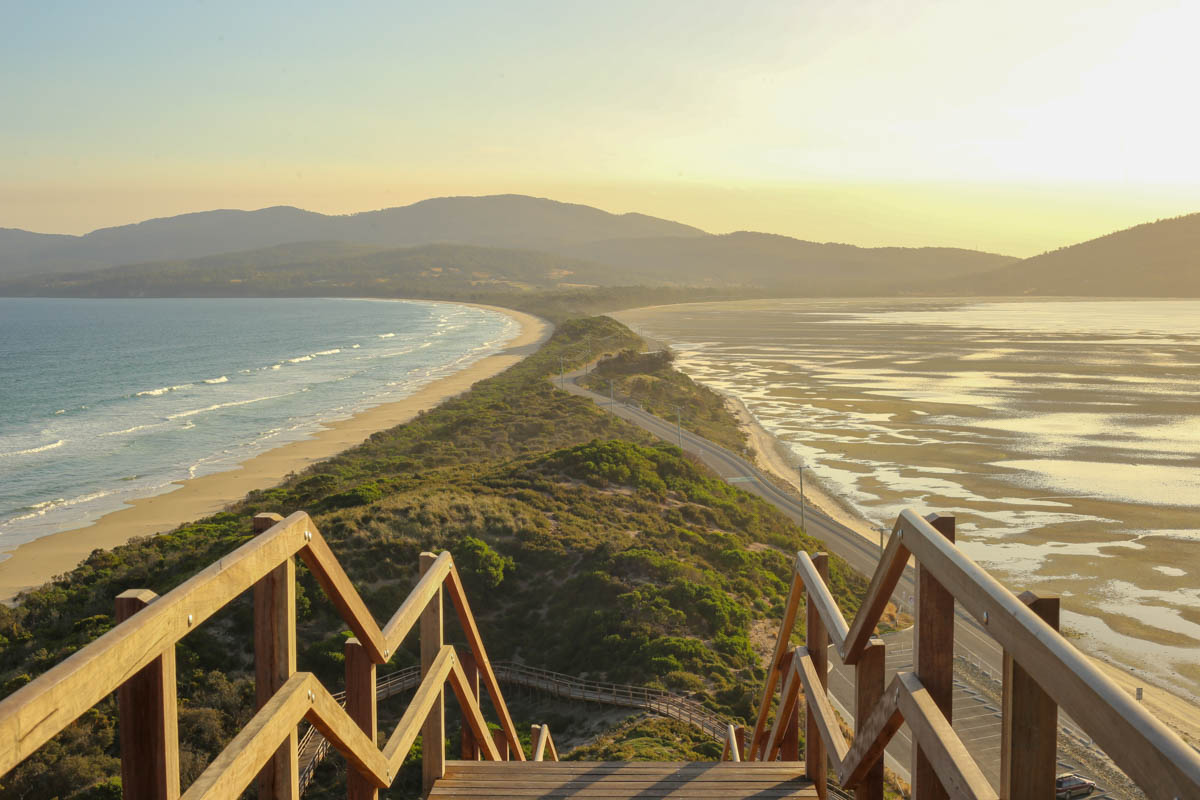
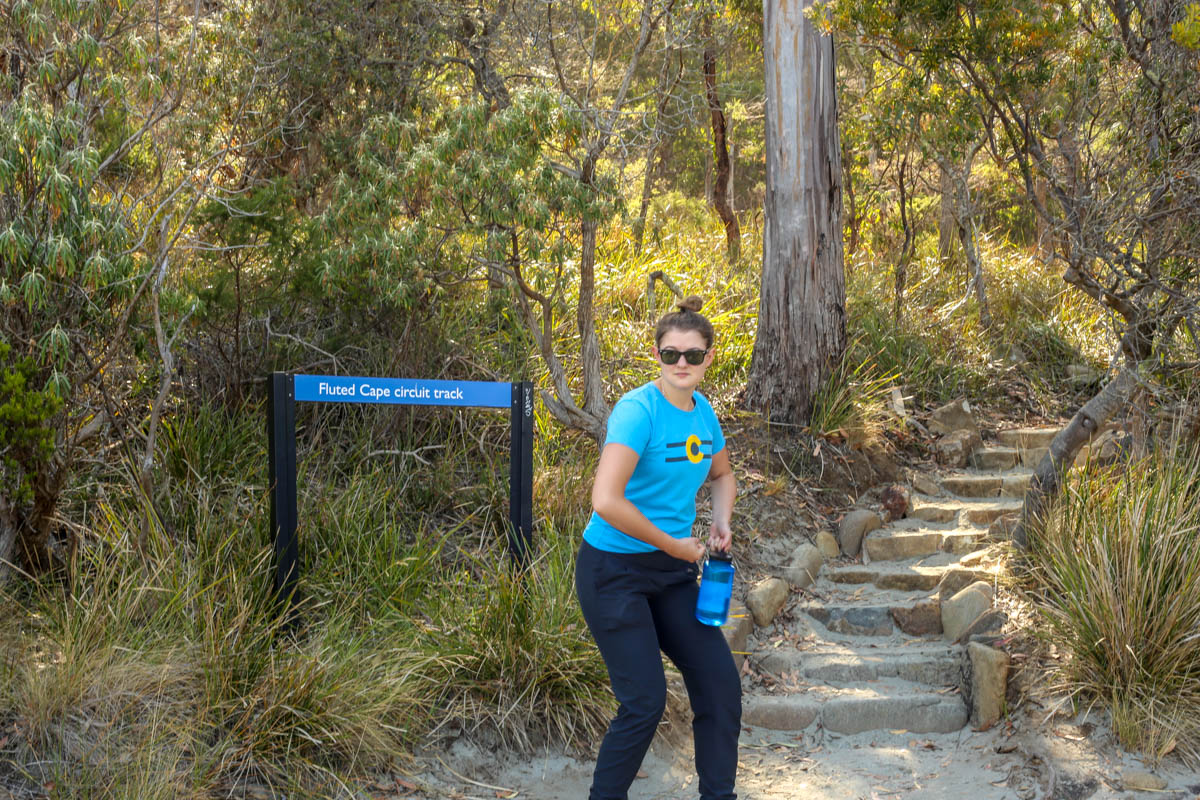
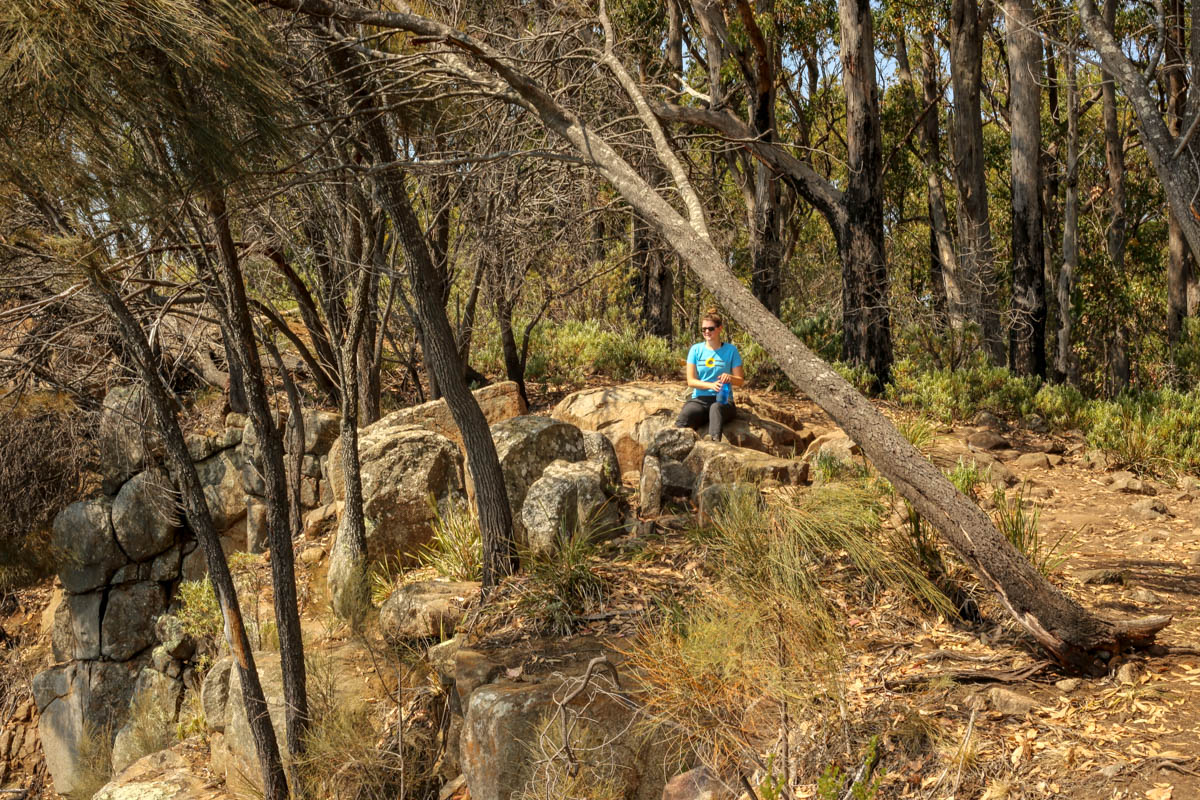
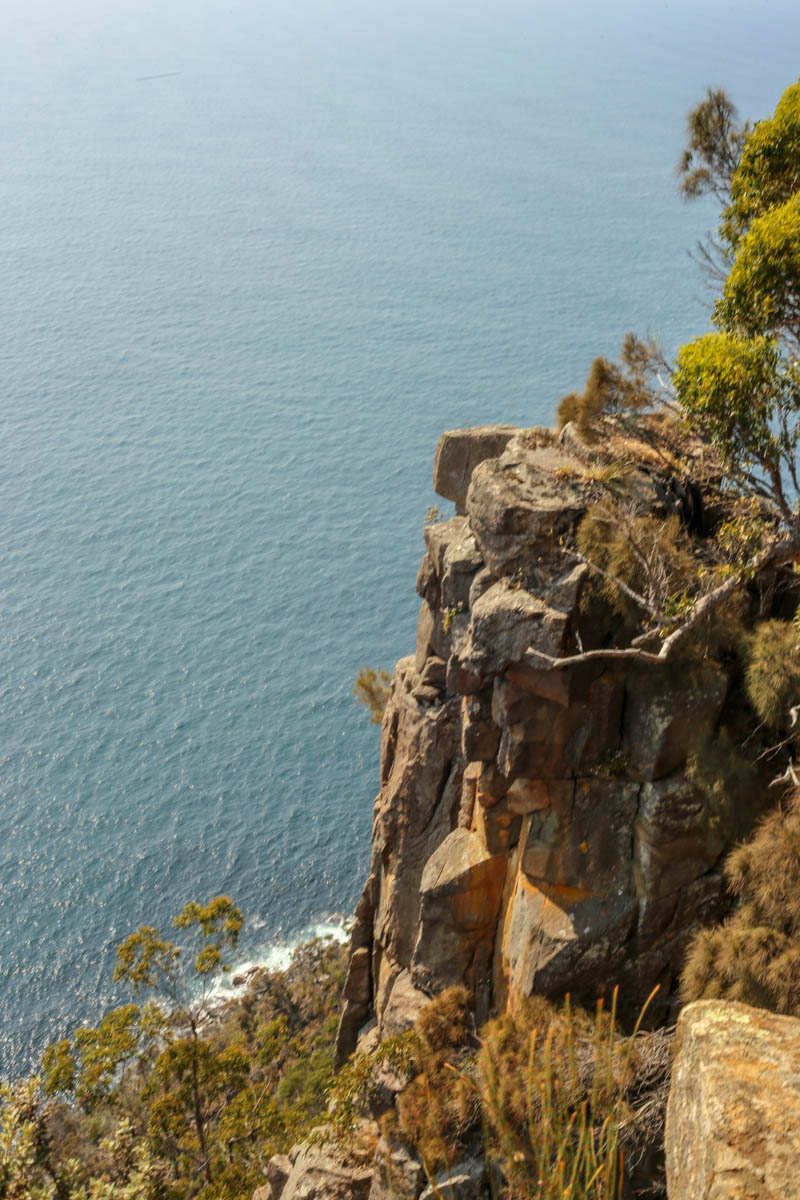
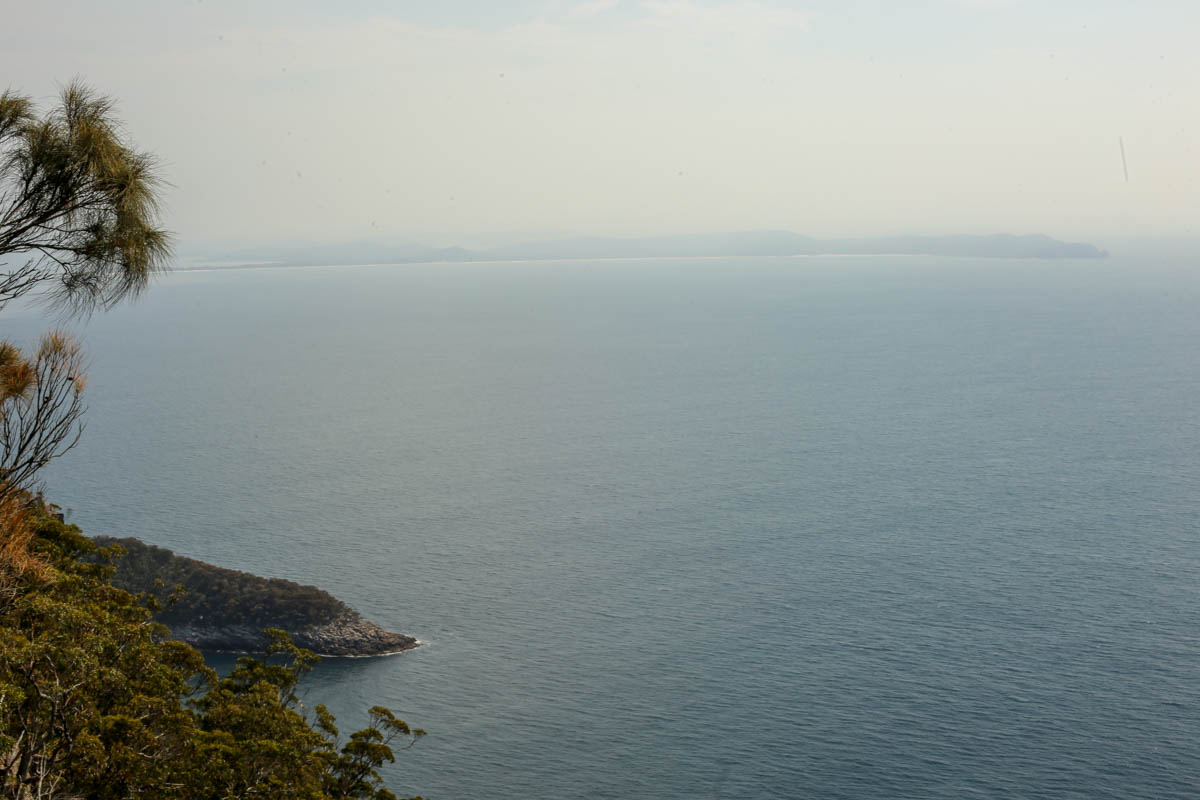

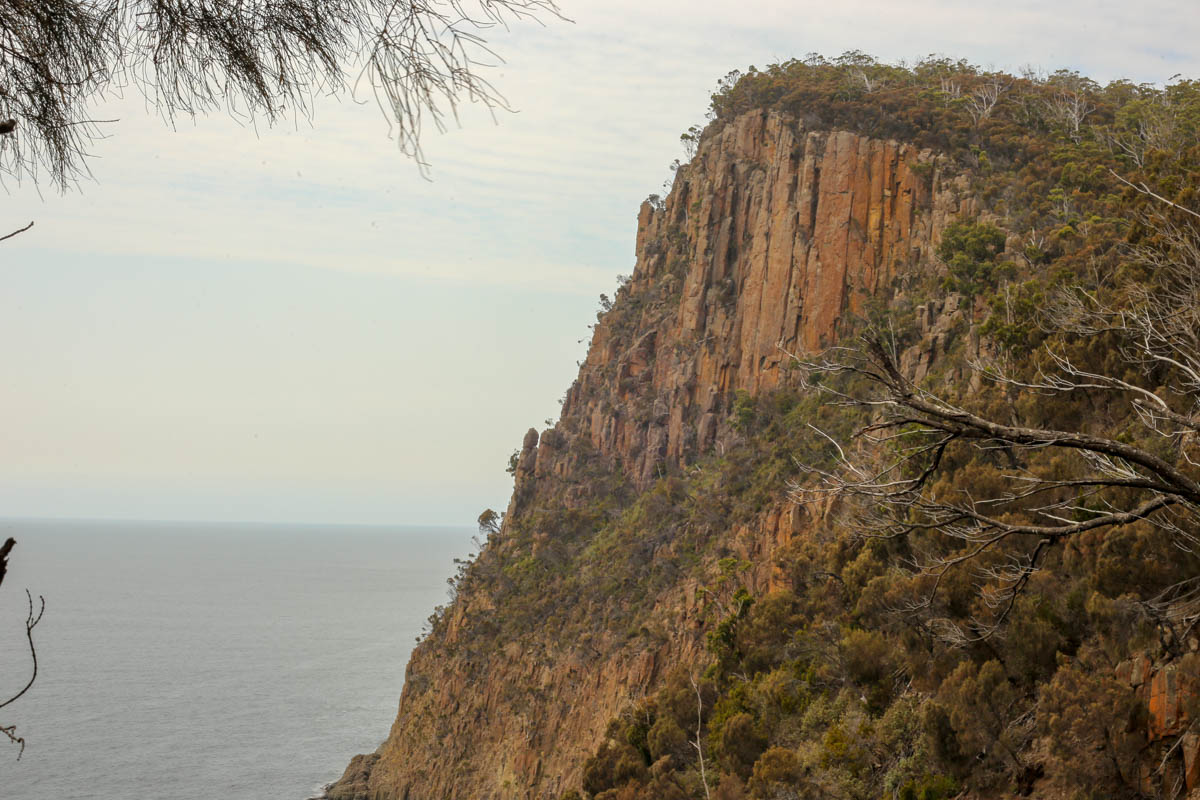
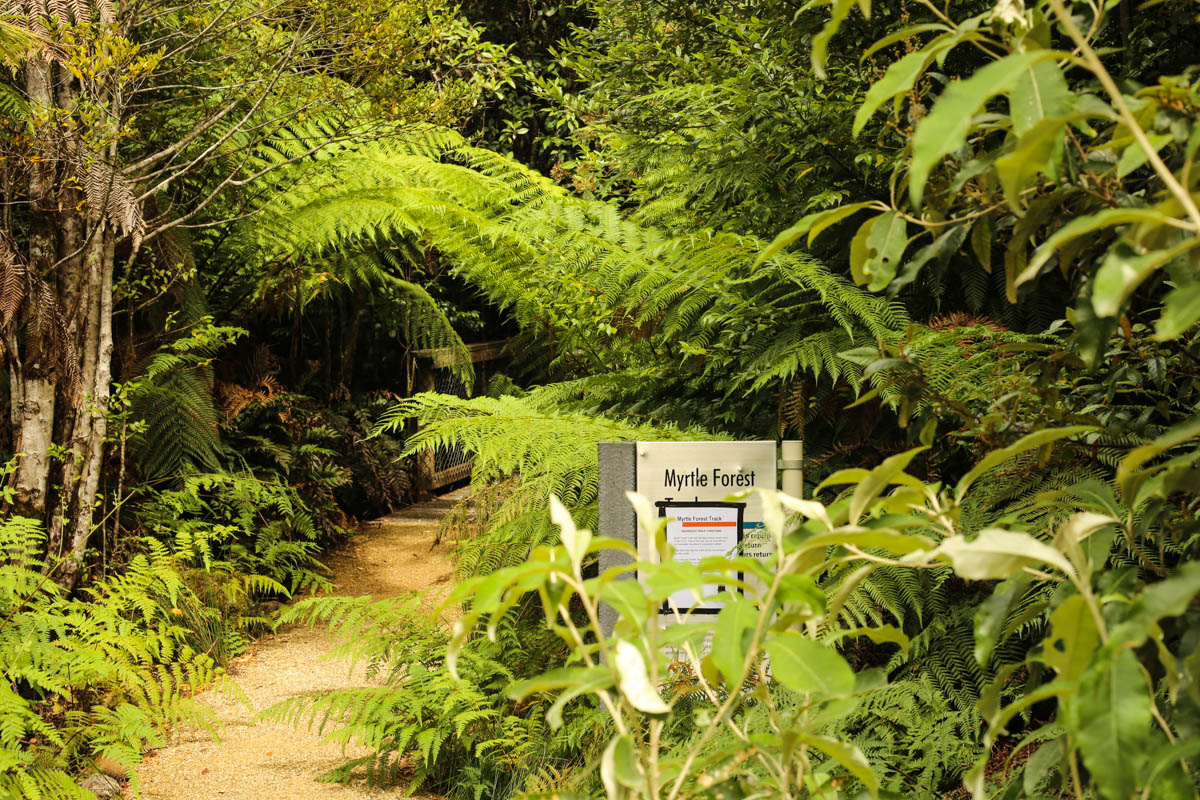
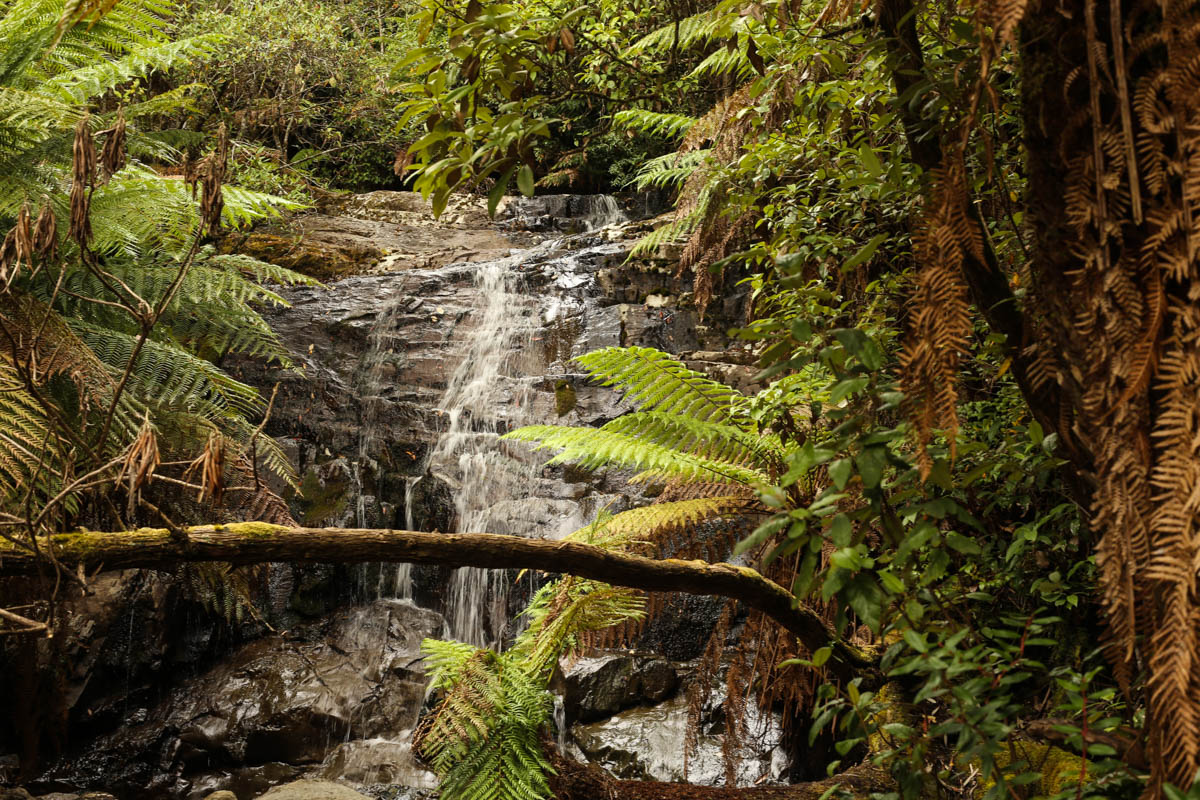
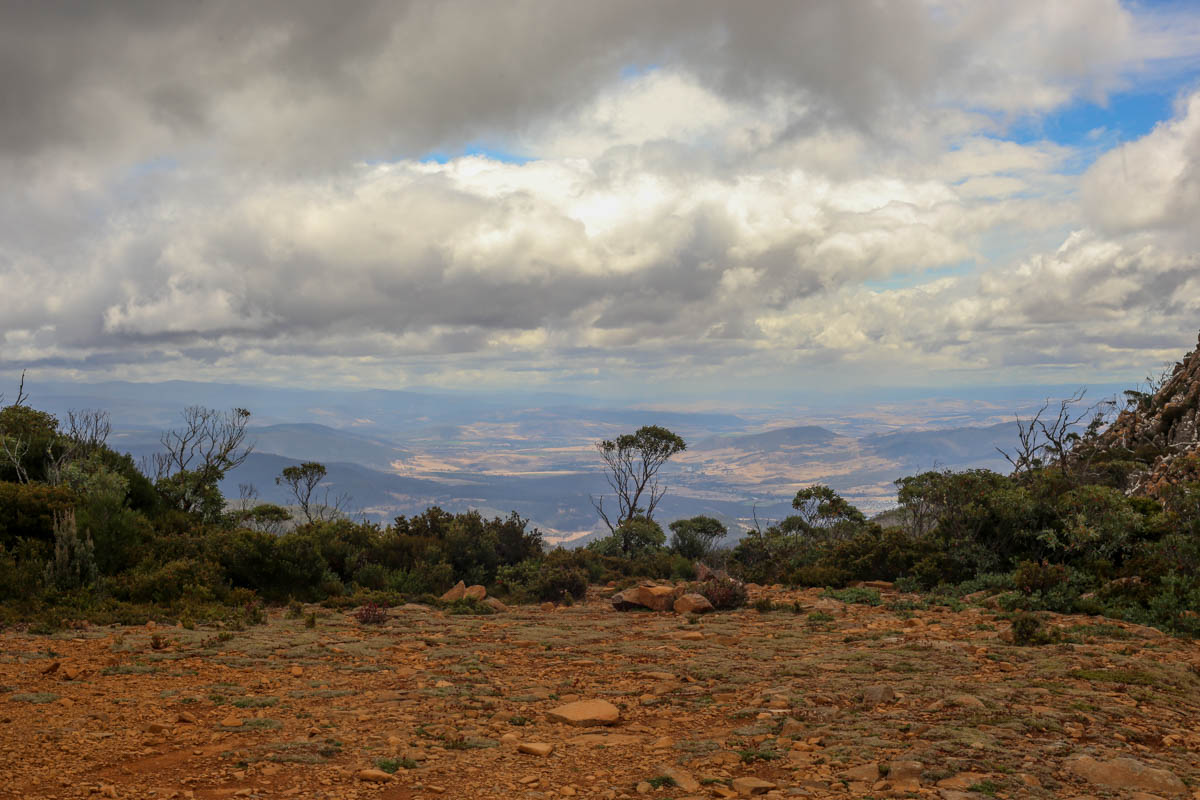

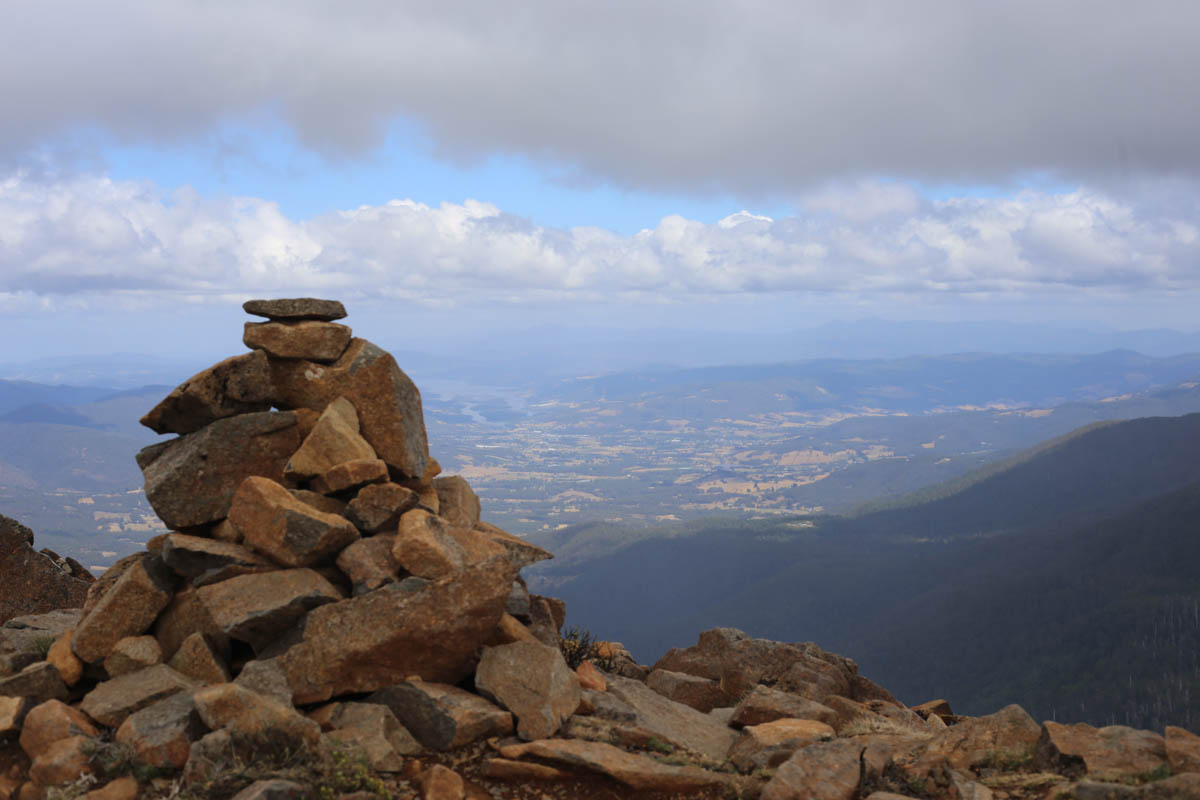
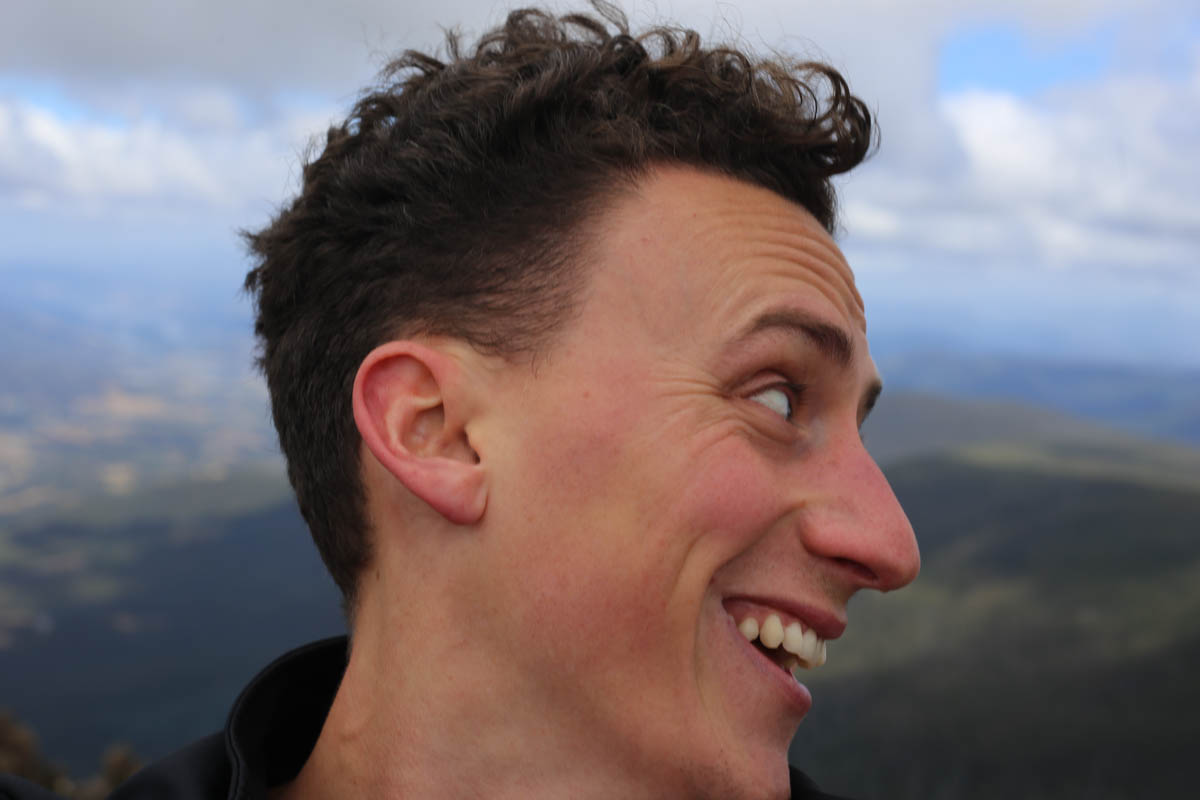
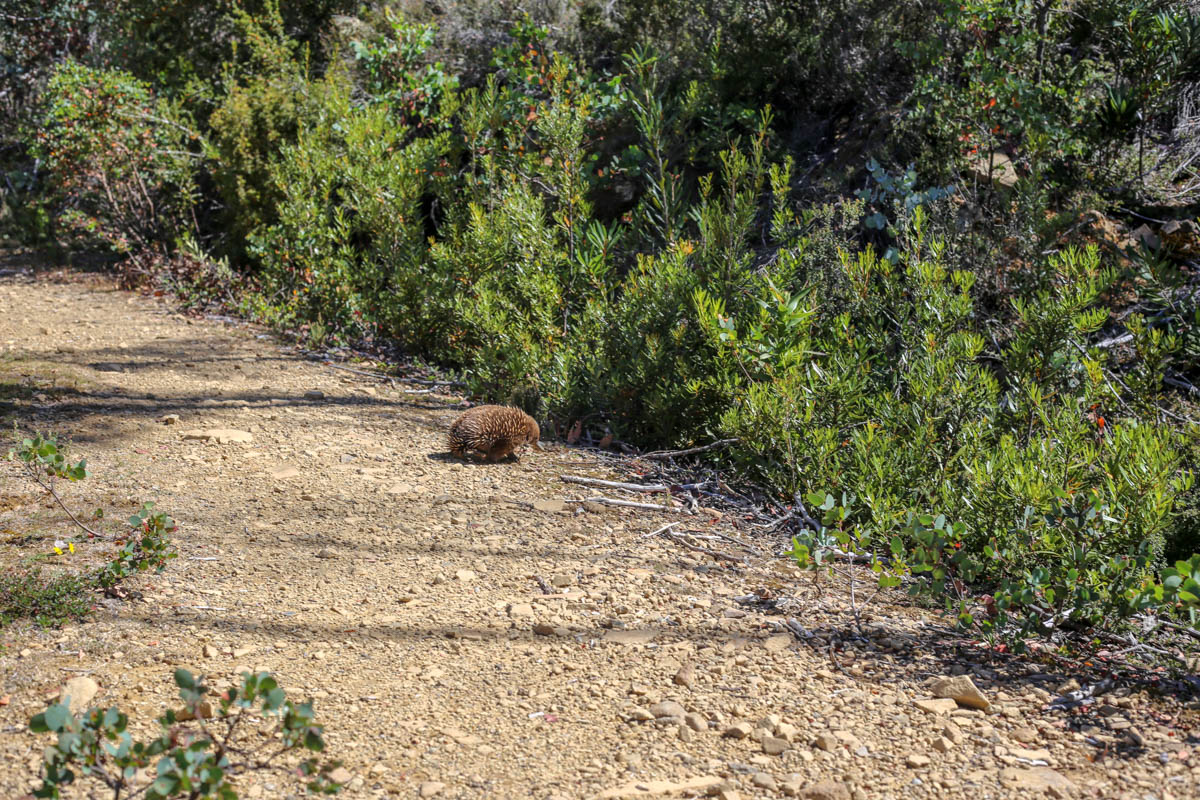
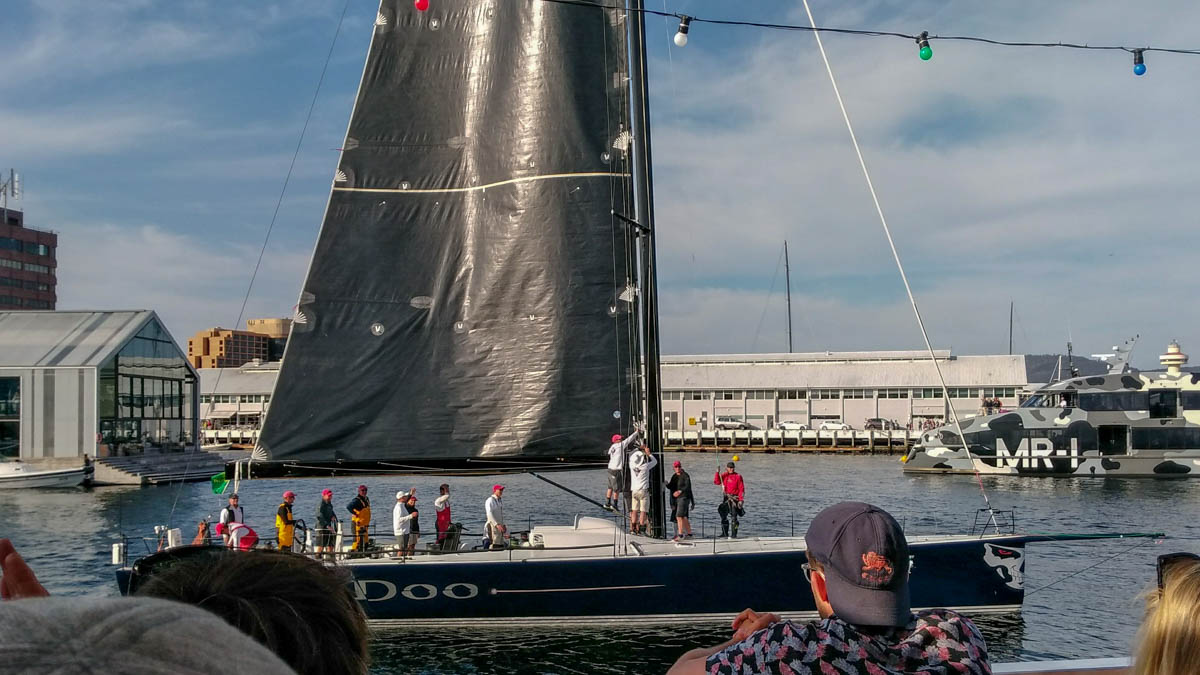
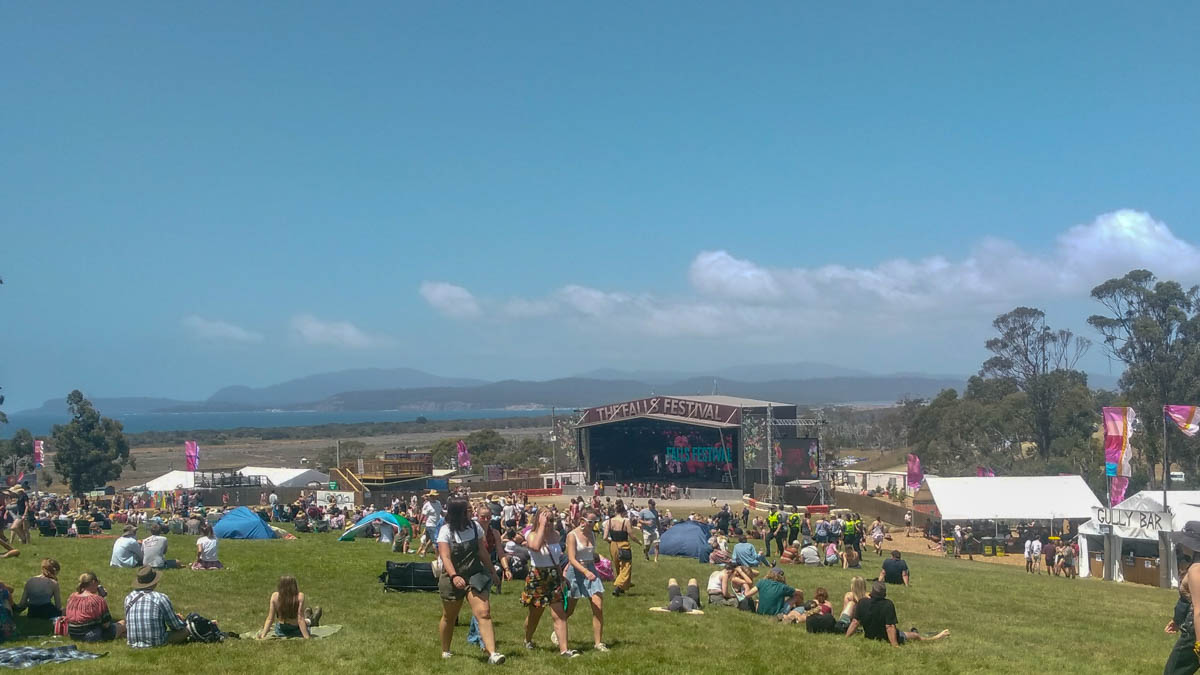
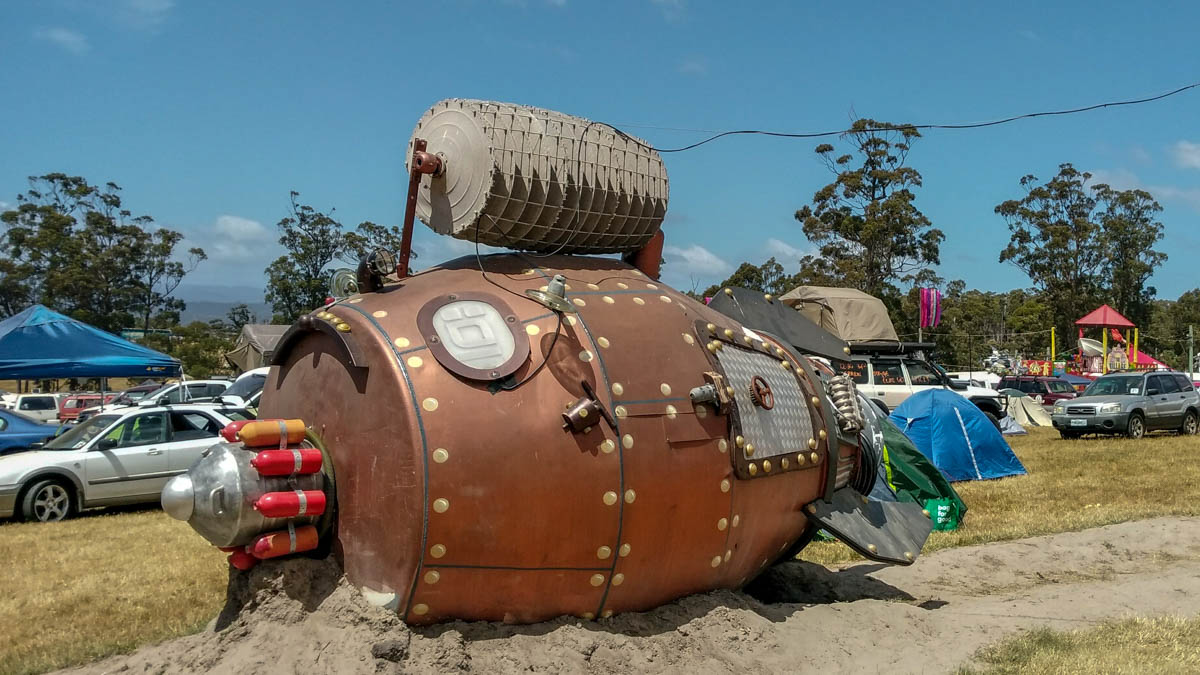
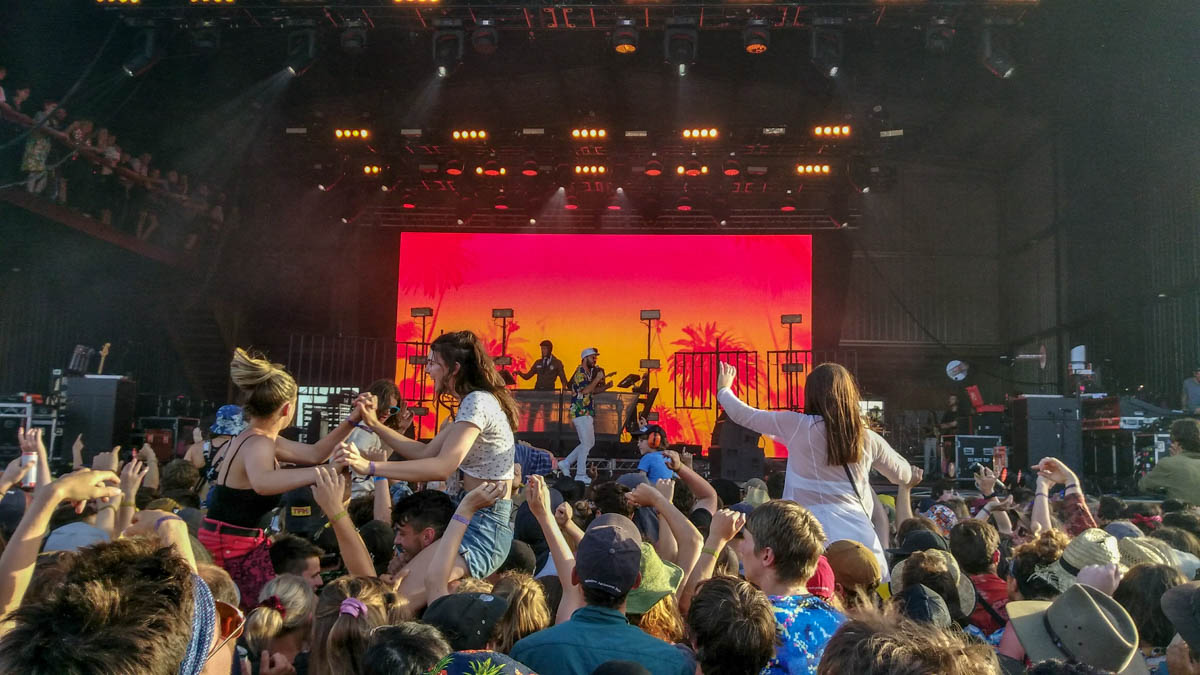
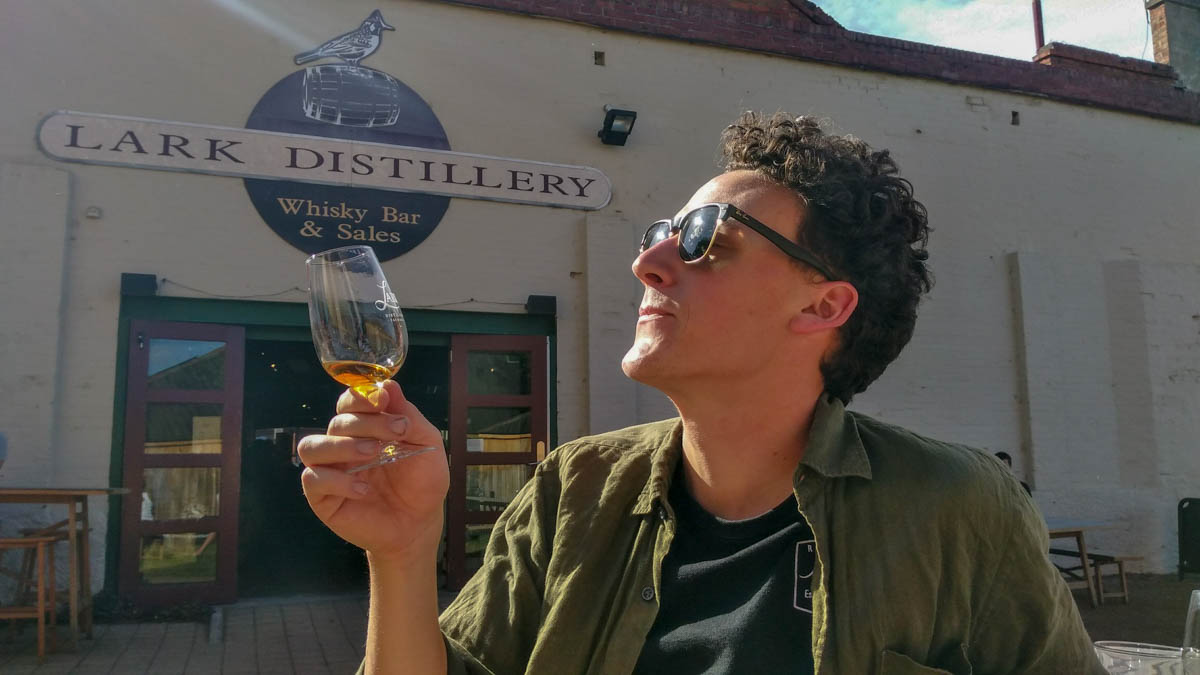
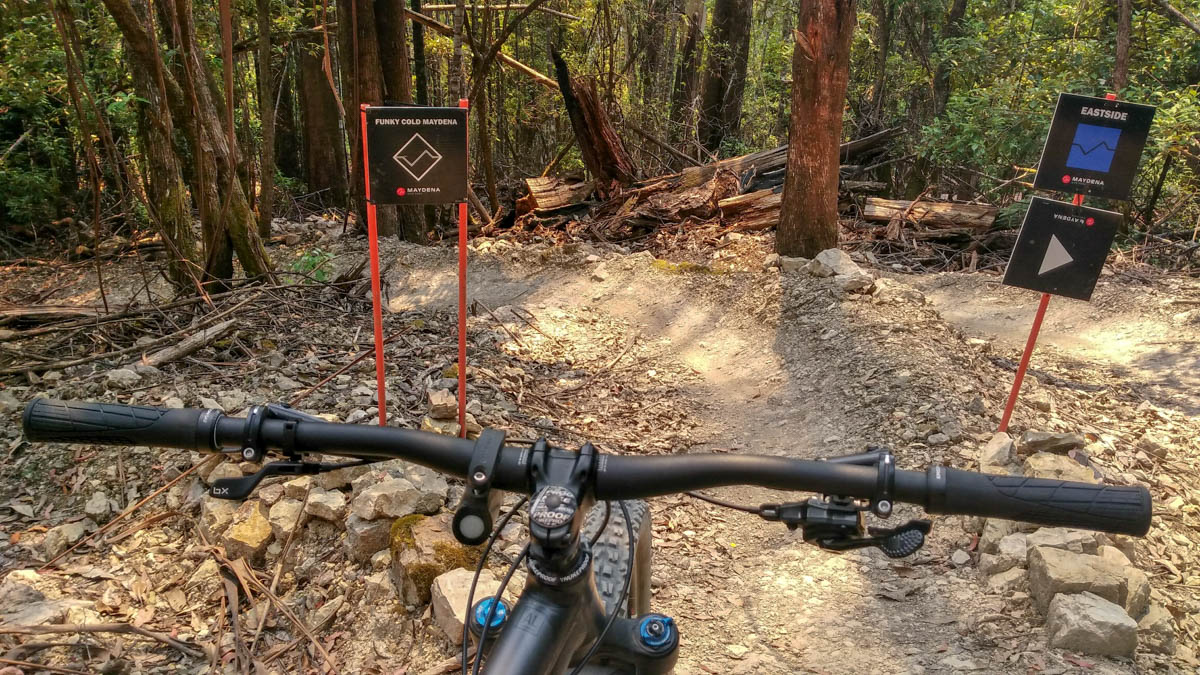
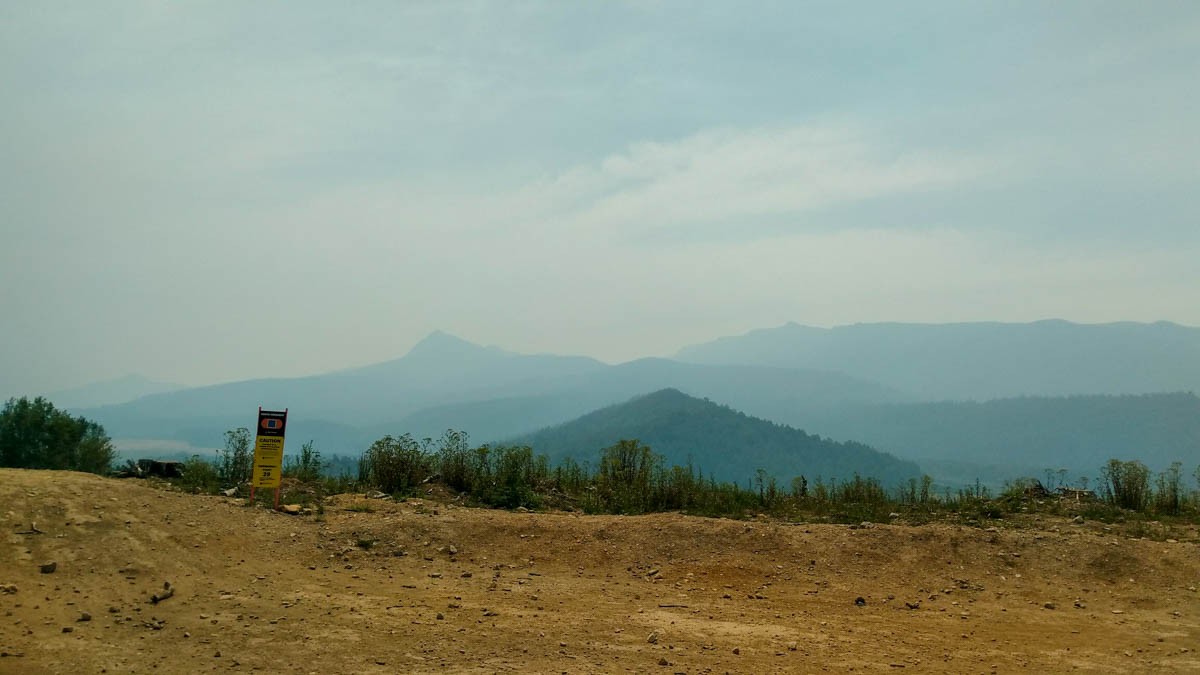

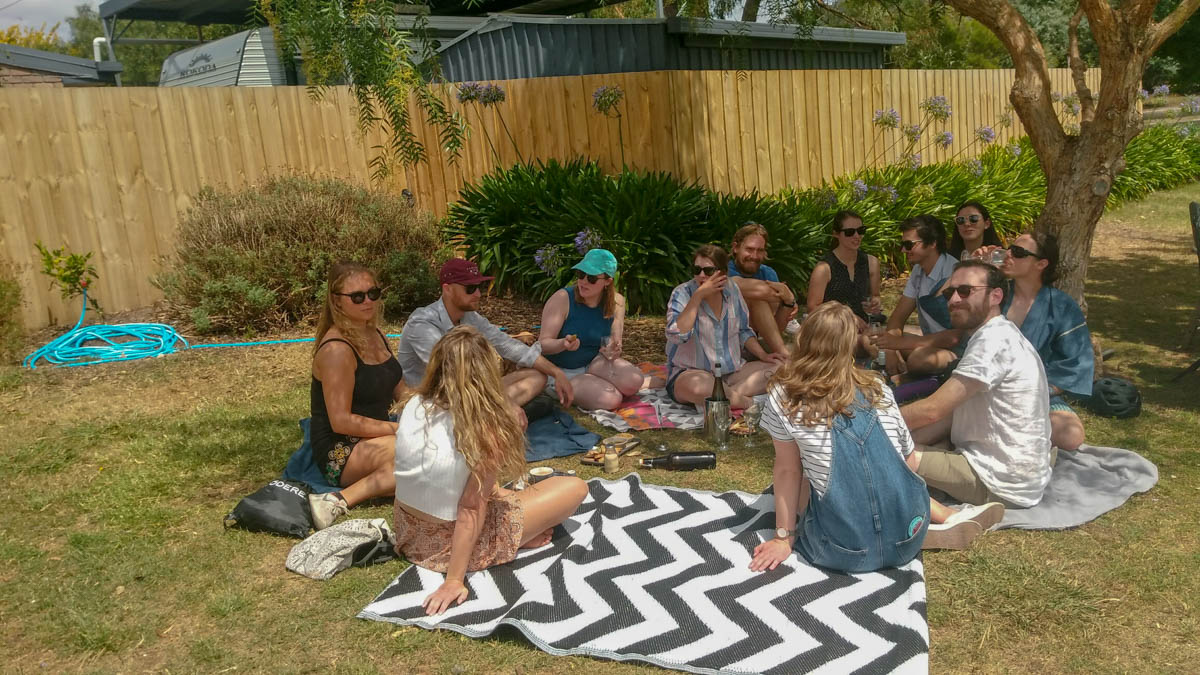
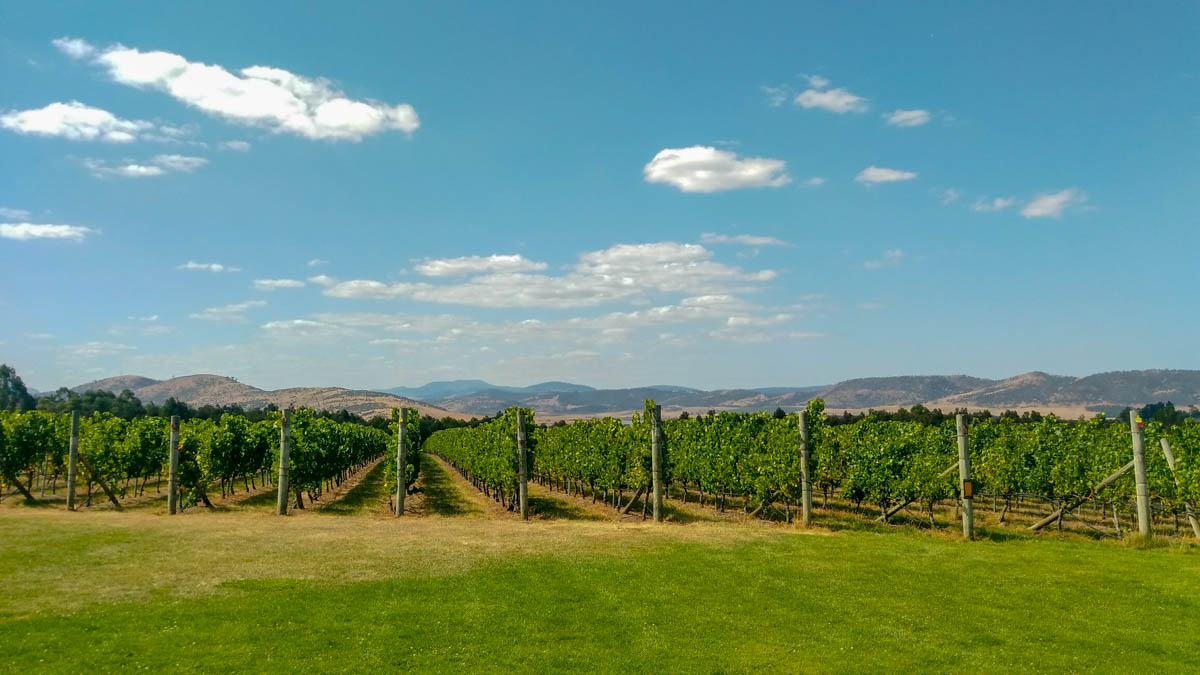


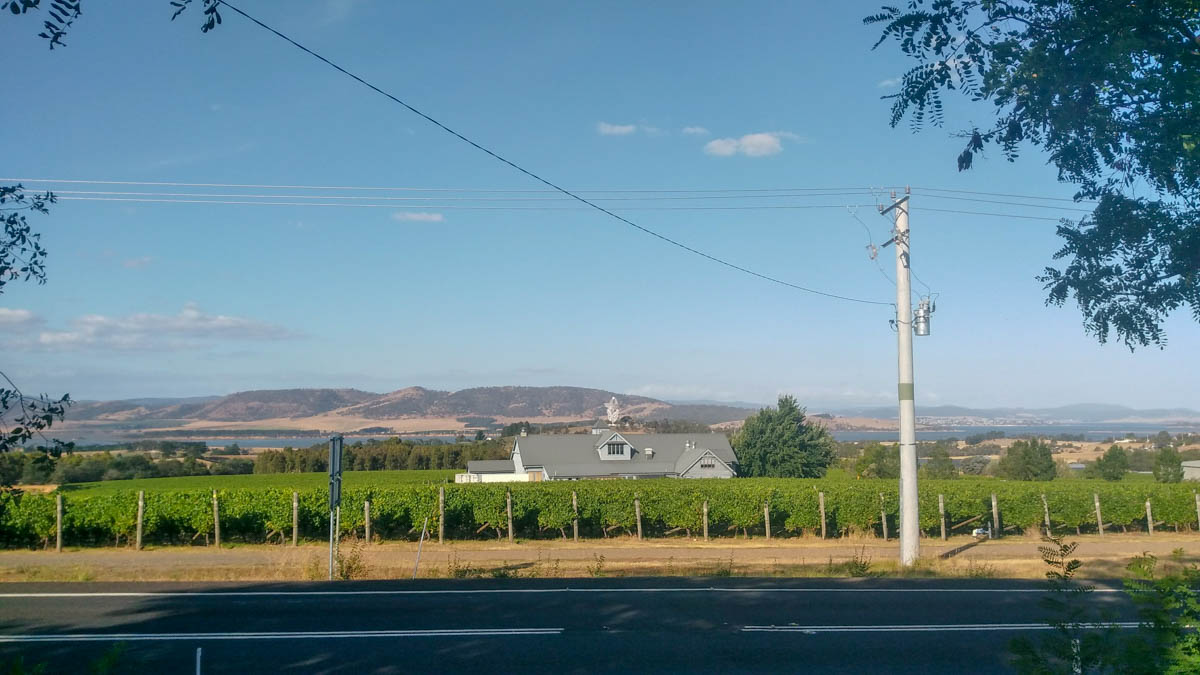
2019 has started out on a strong foot here down south. While we get seemingly endless reports of polar vortexes and back-to-back storms from home, Meredith and I are hiding out down here soaking up the dog days of summer. I’d say we’re officially in the transient life sweet spot as well. We’ve been in Hobart just long enough to be really established at work, have built a solid crew of friends, and still have plenty of local sights on our Tassie bucket list. It’s been a great way to ring in the new year.
Many of you know that Meredith actually headed back to Colorado over the holidays leaving me to fend for myself over New Year’s Eve. Luckily there was a tip-top event in town to keep me entertained, The Marion Bay Falls Festival. We’d heard whisperings about Falls almost as soon as we arrived in town, and as the lineup was released it quickly jumped to the top of my list for NYE to-dos.
It’s been a long running event, taking over rolling, grassy paddocks about an hour north of Hobart. The stages are tucked down amongst the hills affording sweeping views out over the idyllic beaches of Marion Bay. For refreshment between sweaty days of dancing revelers make their way down to the beach for a dip in some of Tassie’s clearest waters, while during the day, cool sea breezes sweep through the venue warding of the stinking heat associated with so many summer events. Not a bad way to see a little music. Oh and what music it was; I caught some acts who’ve long been on my to-see list (Flight Facilities, Touch Sensitive), was blown away by some Aussie acts I’d barely heard of before (Jack River, Golden Features, and Cub Sport), threw it back with the old boys from Toto, caught up with some old favorites (Cut Copy and Cashmere Cat), and saw some seriously huge international acts as well (Anderson .Paak, Interpol, and Hilltop Hoods). It was a busy couple of days to ring in the new year without a doubt.
One down side about these bright, sunny Tasmanian days, wildfires. Towards the end of January dry conditions had prompted 28 separate bush fires to flare up in various parts of the state, including some quite close to home filling the Derwent valley with smoke for days at a time. While by and large day-to-day operations continue as normal under the veil of smoke, it does lend things a bit of an apocalyptic feel (be they everyday rides to work, or trips to the local bike park at Maydena- see pics above). It seemed a great opportunity to head seaward and escape the gloom. Luckily, a nearby attraction provided just such a destination, Bruny Island.
Bruny’s a large, sparsely-populated island that stretches nearly from Hobart down to just about the southern tip of Tas. It’s known for unspoiled nature, surf, and some fine farm-to-table culinary offerings. Naturally such a place was a must hit for us, so we loaded up Dolores and caught the ferry on over. First stop, the neck. A tourist trap if there ever was one. This whisp of land connects the two larger parts of the island but allows for an iconic photo op down its thin length (see above), fortunately we were able to catch it just at sunset and without another soul in sight. The next morning we headed further south to hike the dolorite spires of Fluted Cape, before finally heading to the southern tip and the seclusion of cloudy bay. Cloudy threw into sharp relief my still amateurish surfing abilities; while surf at the neck was no good, cloudy provided some waves way above my pay grade. So Mere and I opted to hang ashore to watch some more experienced guys get pounded by the southerly swell and enjoy ourselves a classic beach day.
The next morning Cloudy Bay proved true to its name, but not with the clouds we’d expected. It seems we hadn’t gone far enough to escape the reach of the smoke. But we feared not for the highlight of the trip was yet to come and had nothing to with outdoor explorations, the Bruny Island Cheese & Beer Company. This bastion of locavore provenance was established by a brewer and a cheese maker a couple of years back to make use of the beautiful ingredients available right there on Bruny. Success has bred success, and today the company owns a lovely complex mid-island where visitors of all sorts sit in their natural gardens nippling cheese, sipping ale, and discussing the virtues of the under-appreciated pairing of cheese and beer. A most agreeable way to pass a smoky day on Bruny, I say.
Our current transient life sweet spot was shown in all its glory last week, when my dreams of doing another cycling wine tour took on a life of their own. All thanks to the great crew of friends we’ve cultivated down here. Just across the river lies one of Tassie’s most condensed wine regions in Coal River Valley, and I started dreaming of riding its length to sample all the wines along the way. Well our friends got wind of this, and what hatched wound up looking a lot more like the brewery tour monstrosities I’ve organized in Denver than the low-key wine tour Mere and I enjoyed in Marlborough. But that’s the beauty of staying long enough to cultivate a solid crew, they help make good days great.
Oh, and what a beaut it turned out to be. Ten of us saddled up in the small town of Richmond on a sunny Saturday morning and began our pedal south along the valley. The route would take us 15k through 5 vineyards from some of Tassie’s largest and most well-heeled (Frogmore Creek won best cellar door), to arguably the smallest vineyard and winery on the planet (Everyman and His Dog winery, run by a retired couple, who definitely took the most-lovable award). As the day unfolded it became a better and better representation of our time in Tasmania thus far, great days in great places made unforgettable by the friends we’ve made along the way.
Our Route:
Island State Runnings
We sip, savor, climb, and pedal our way through these last lazy days of 2018.
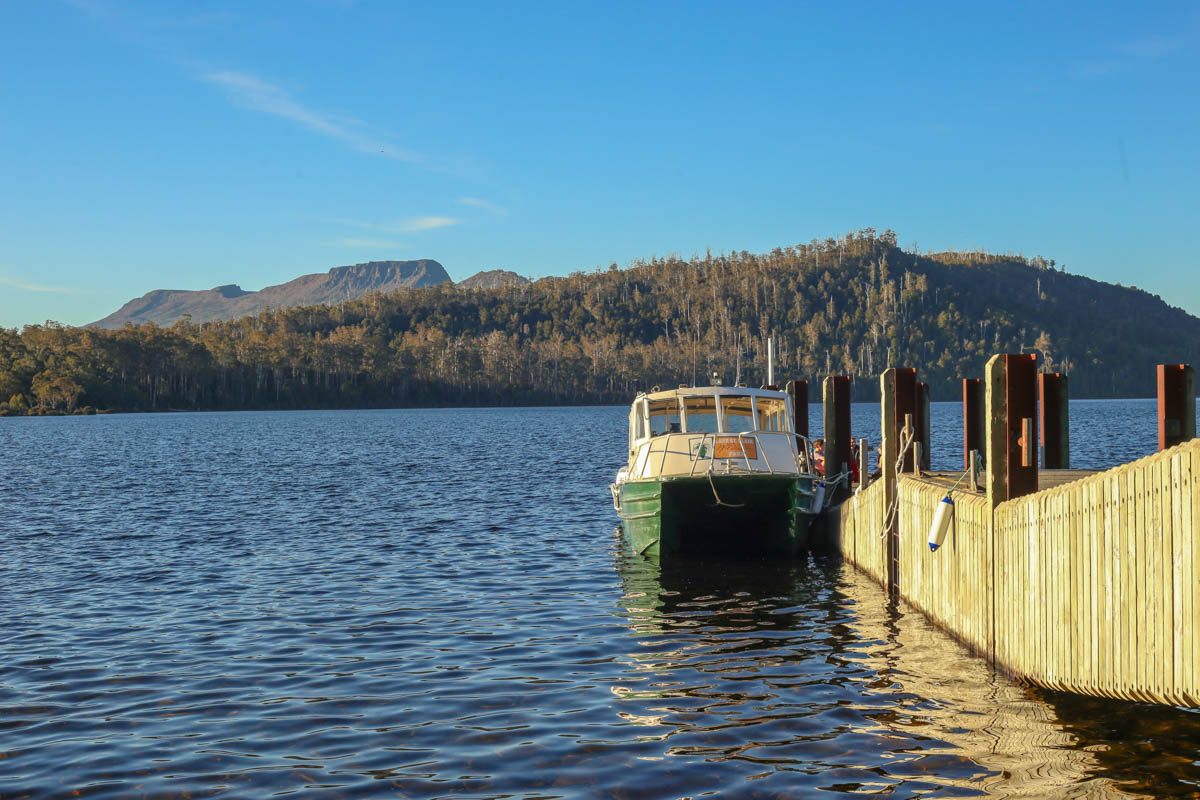

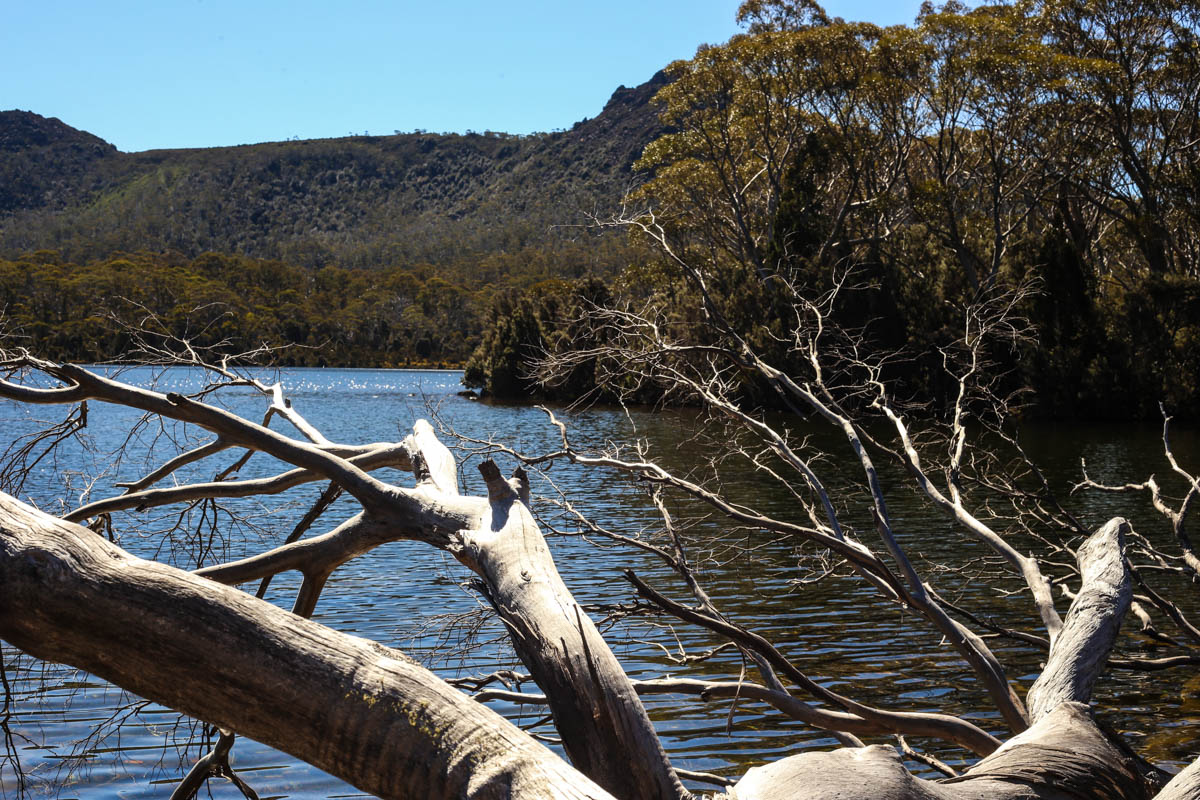

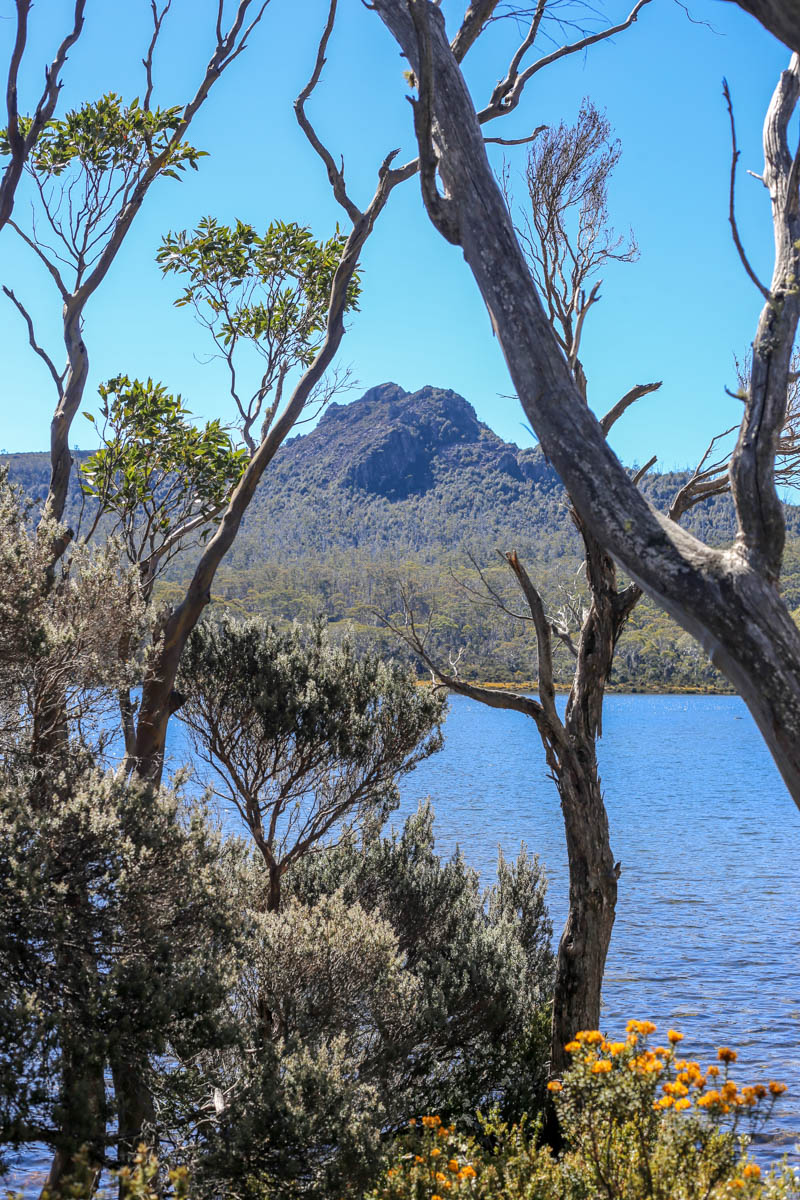
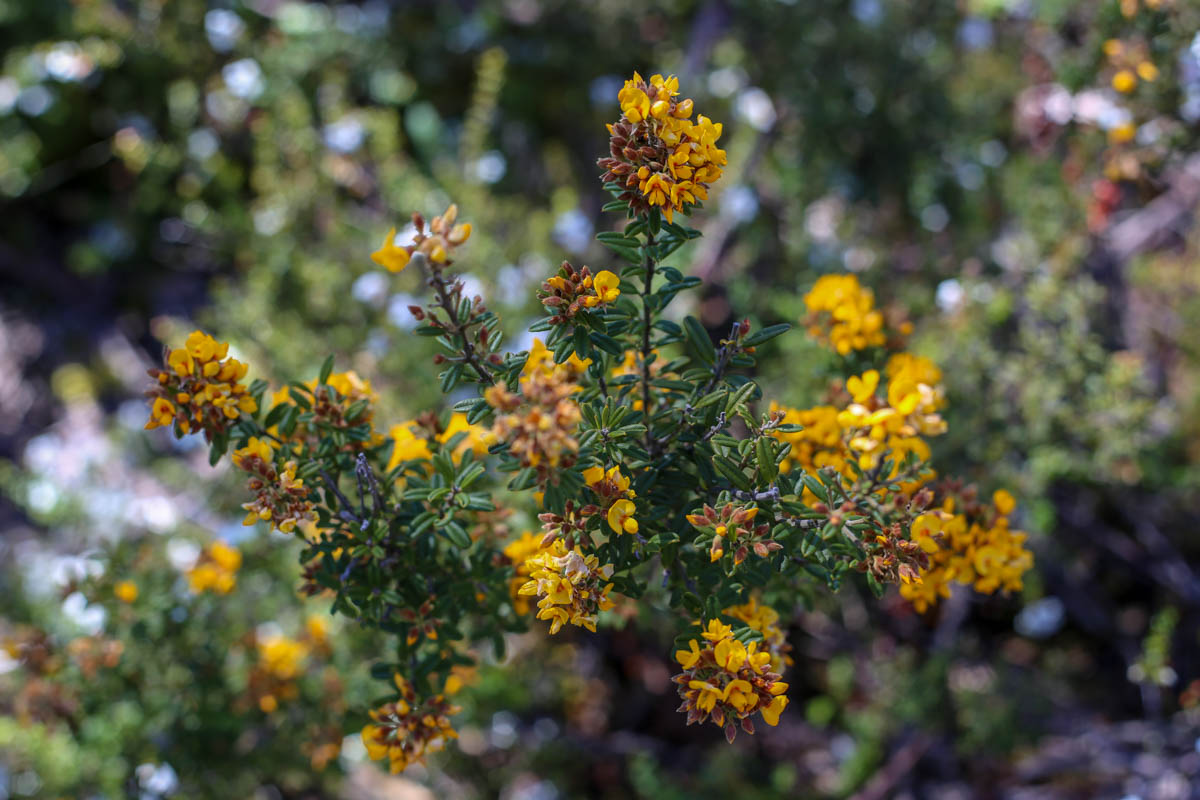
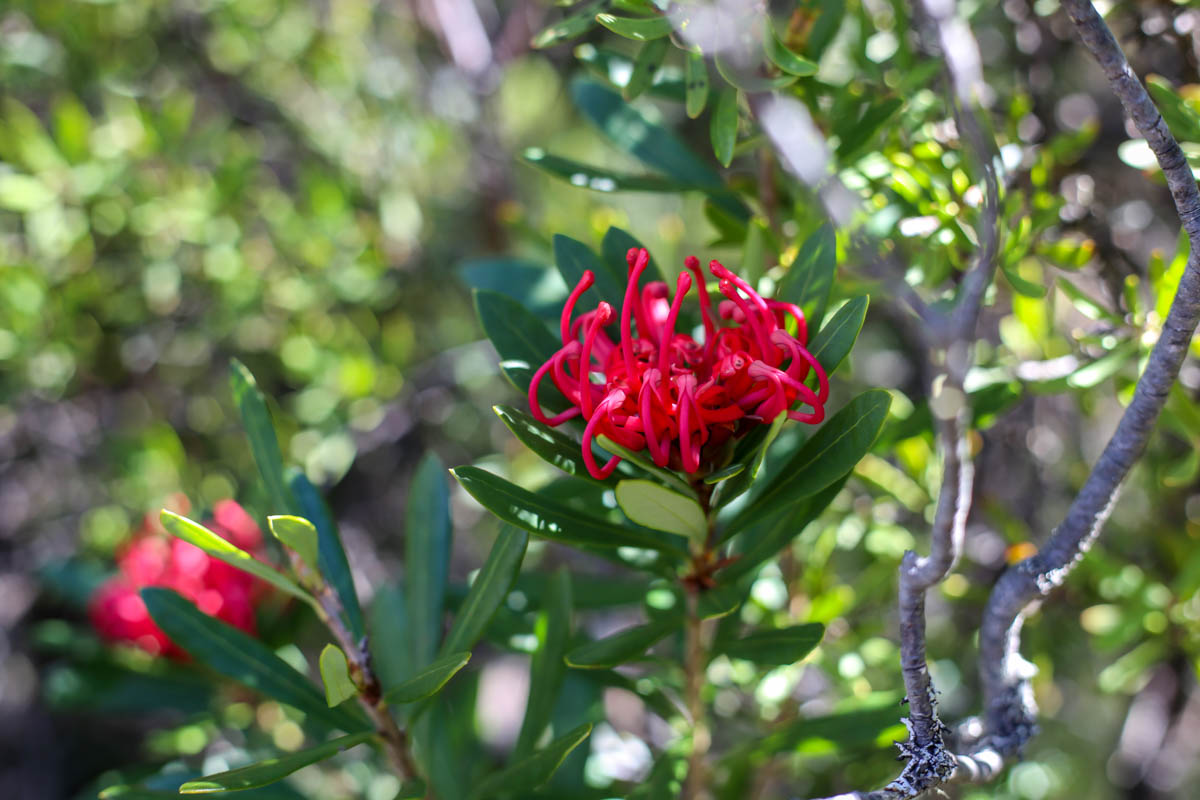

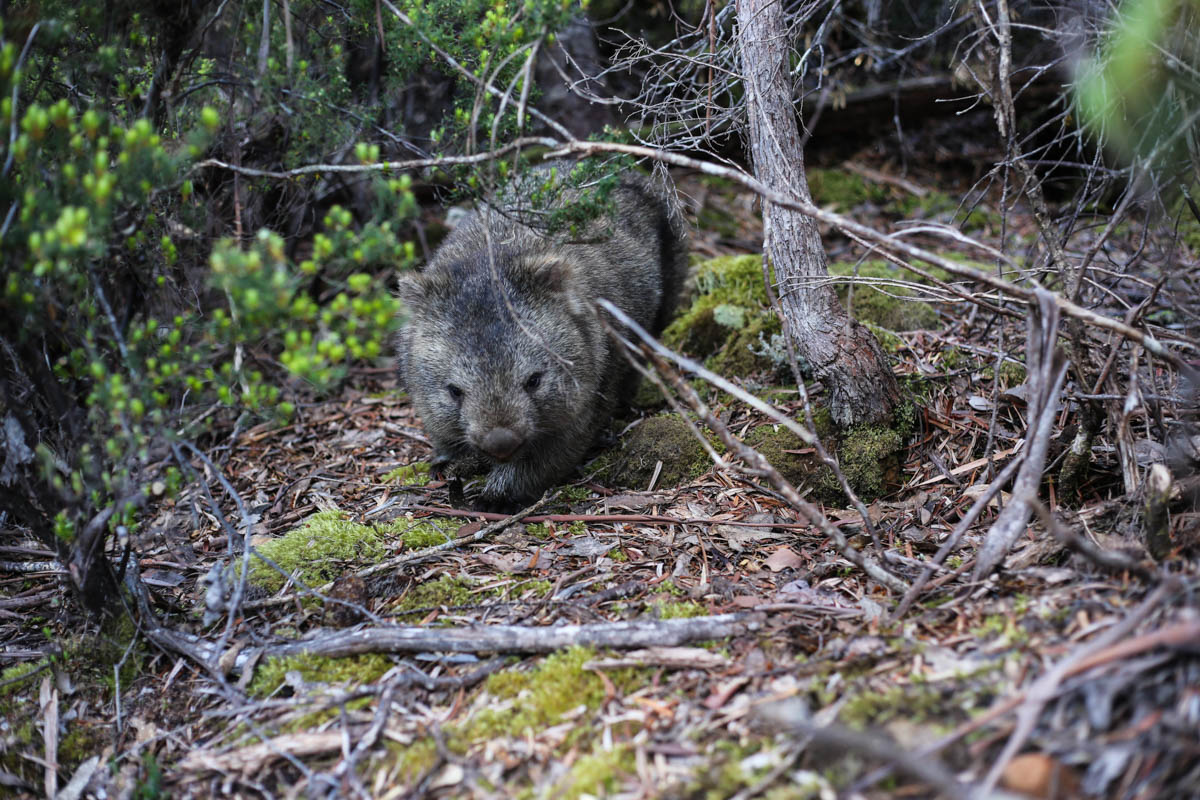
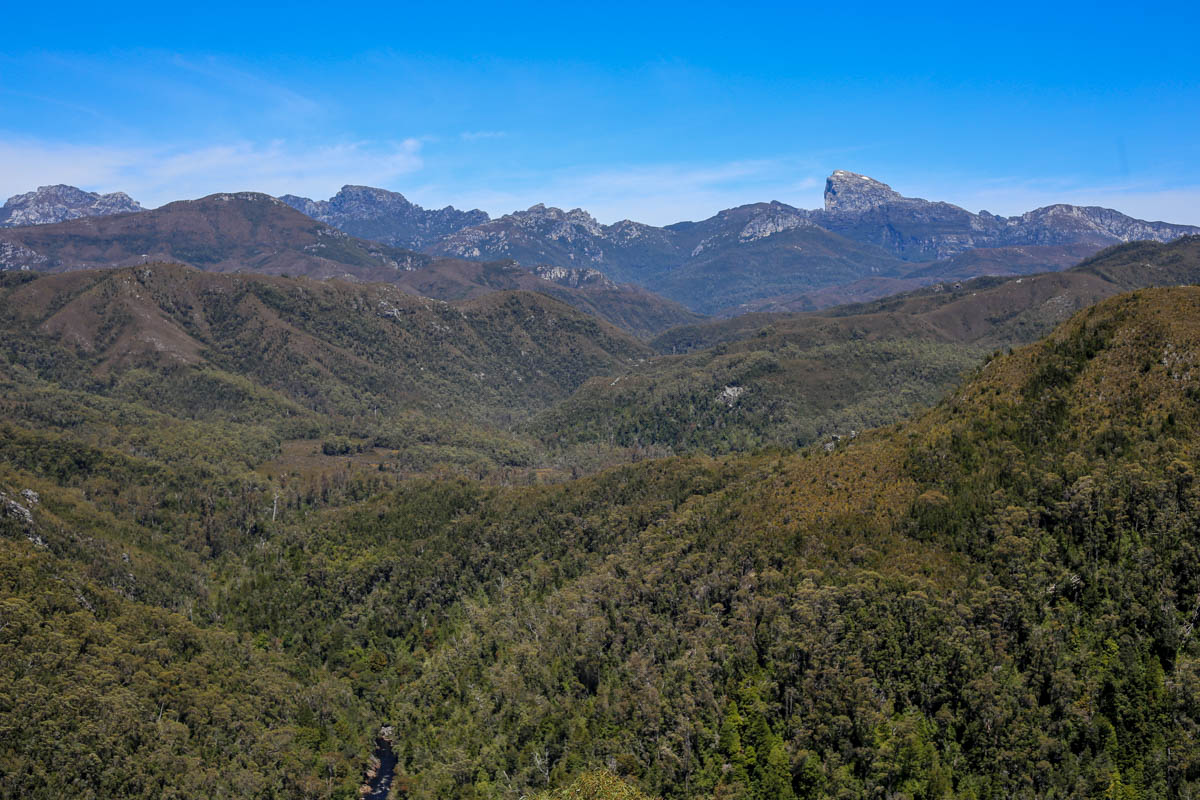
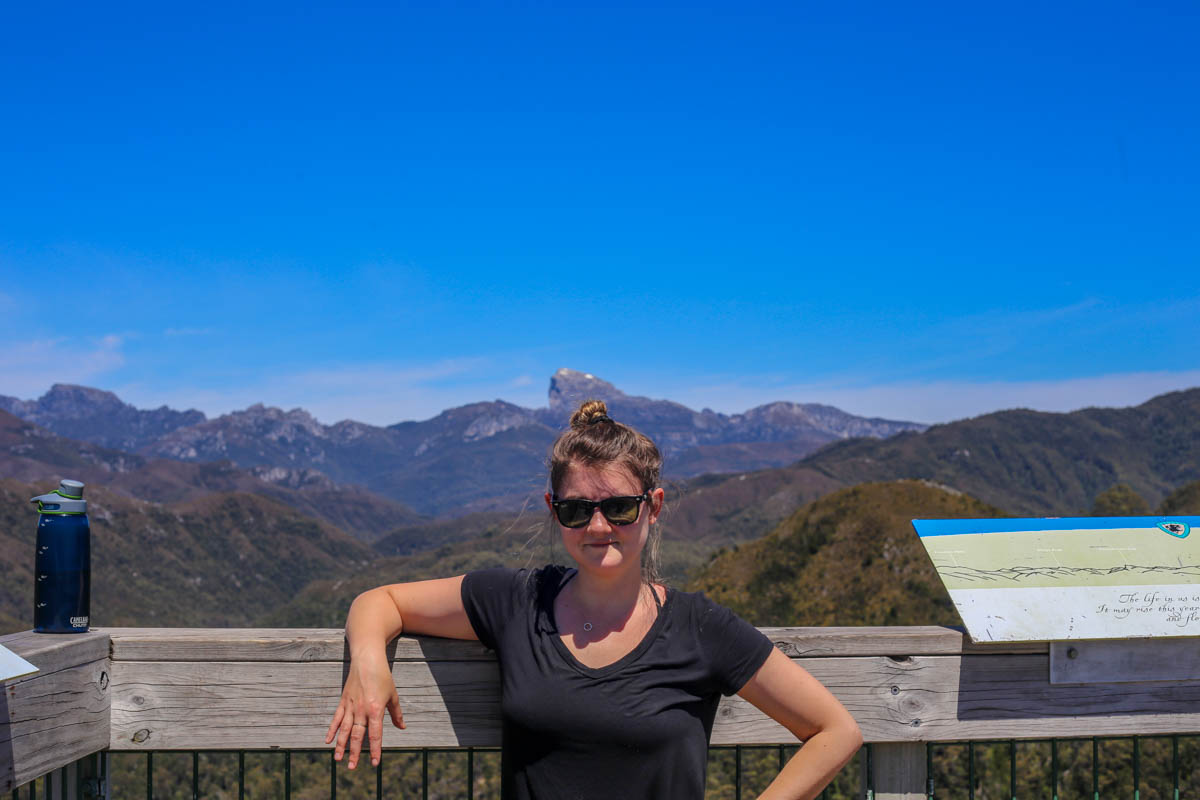
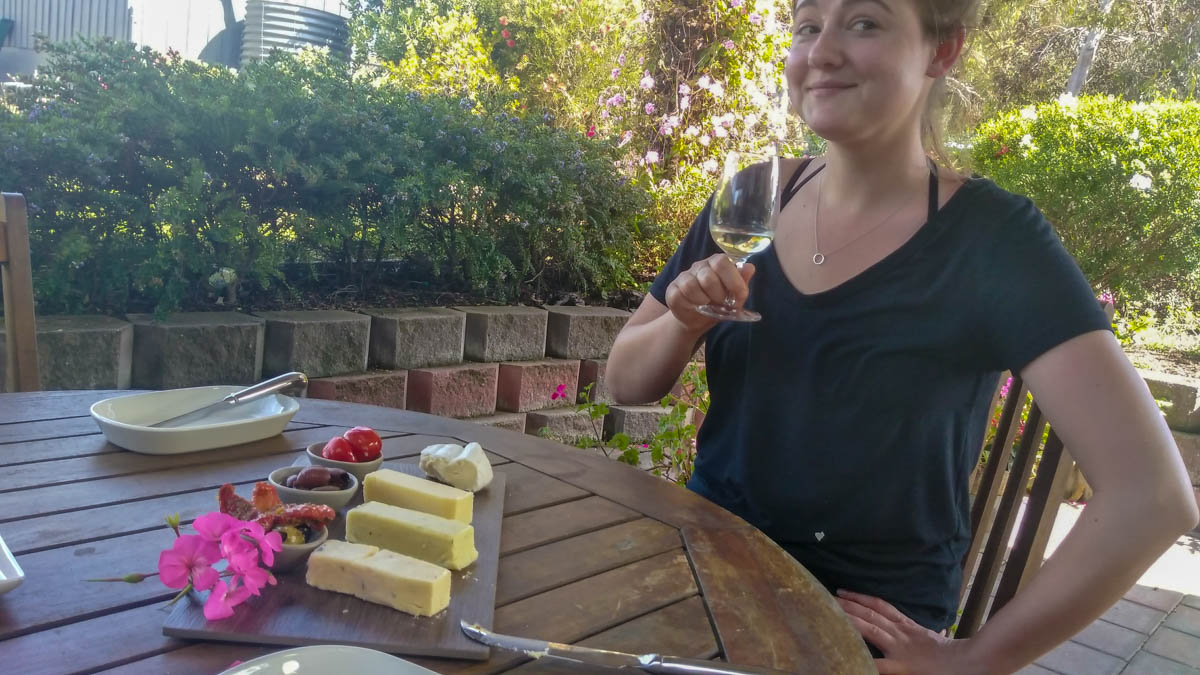
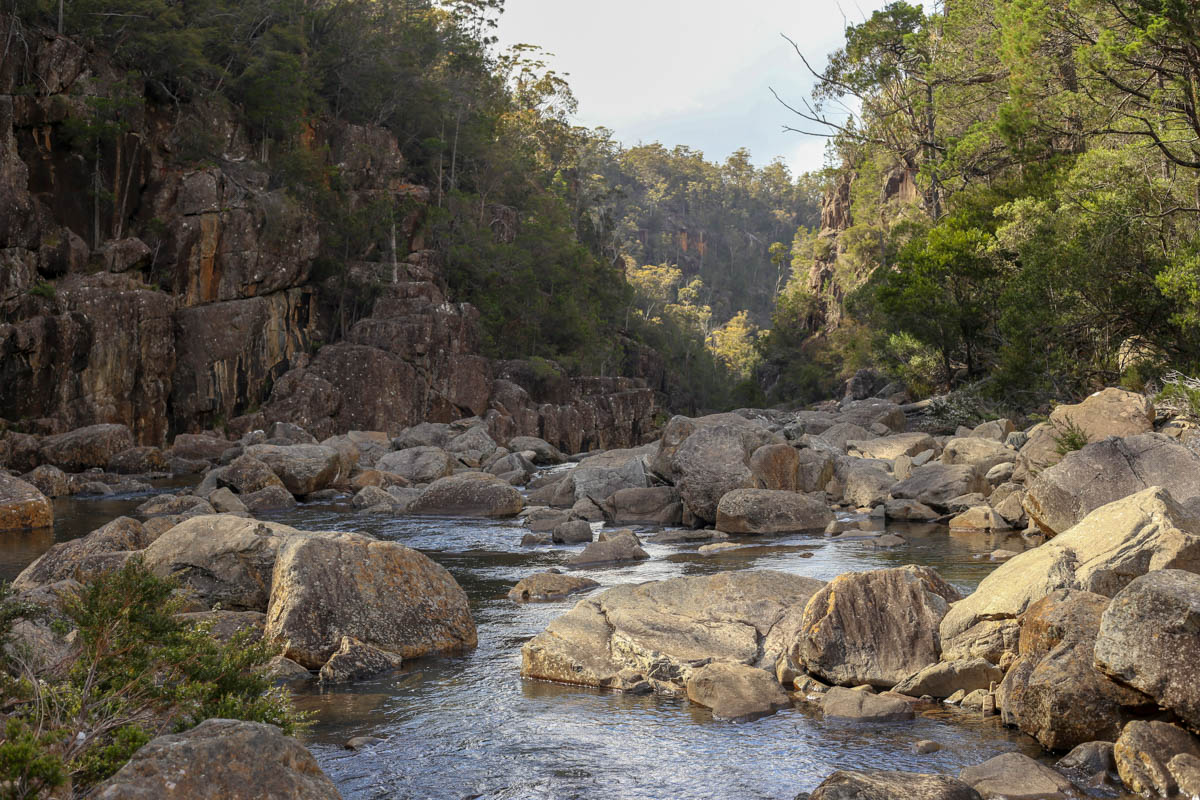
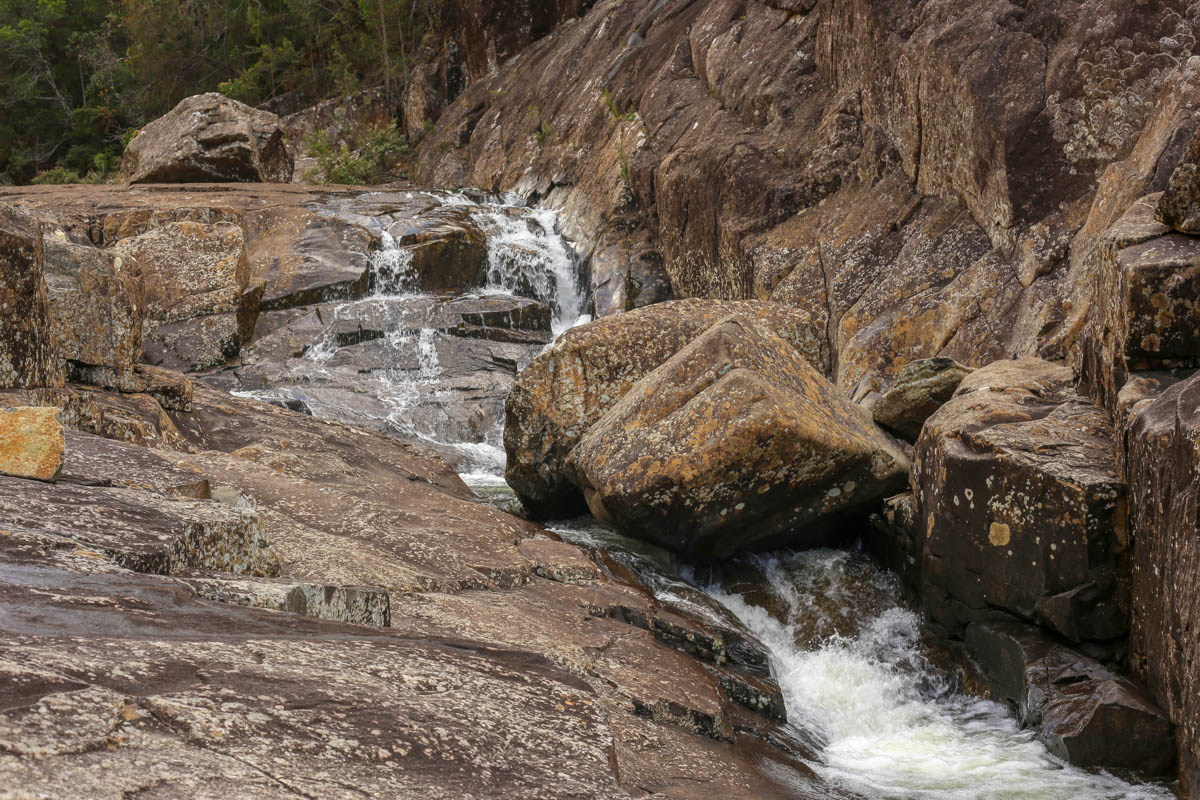

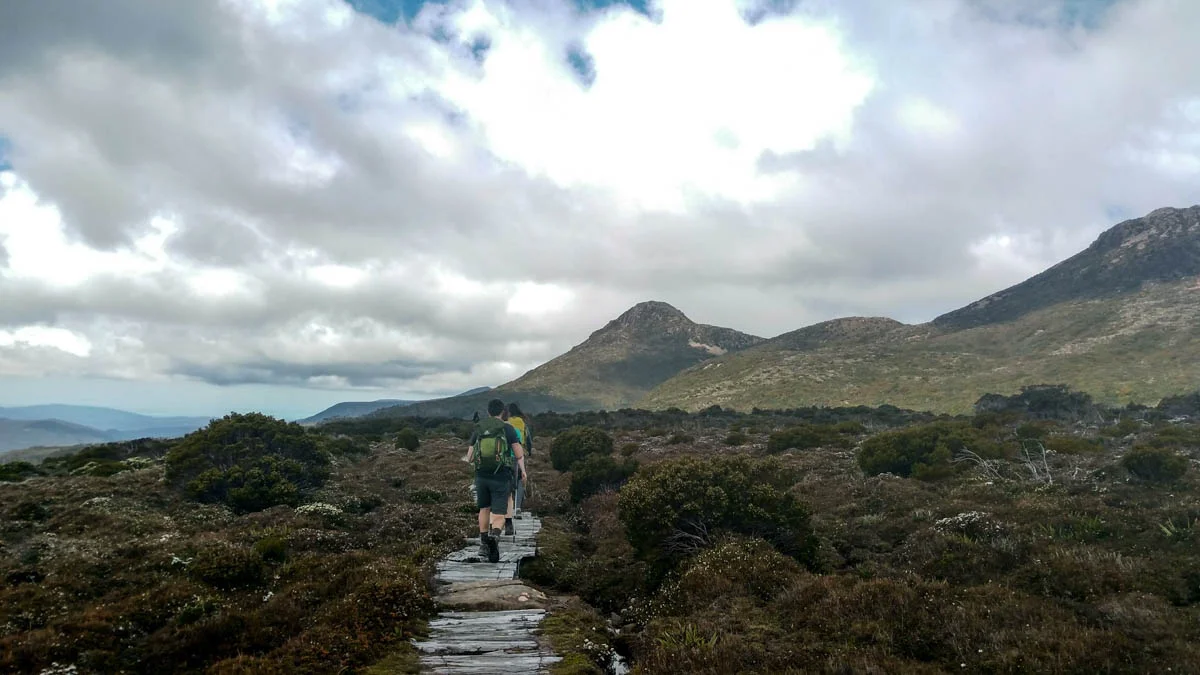

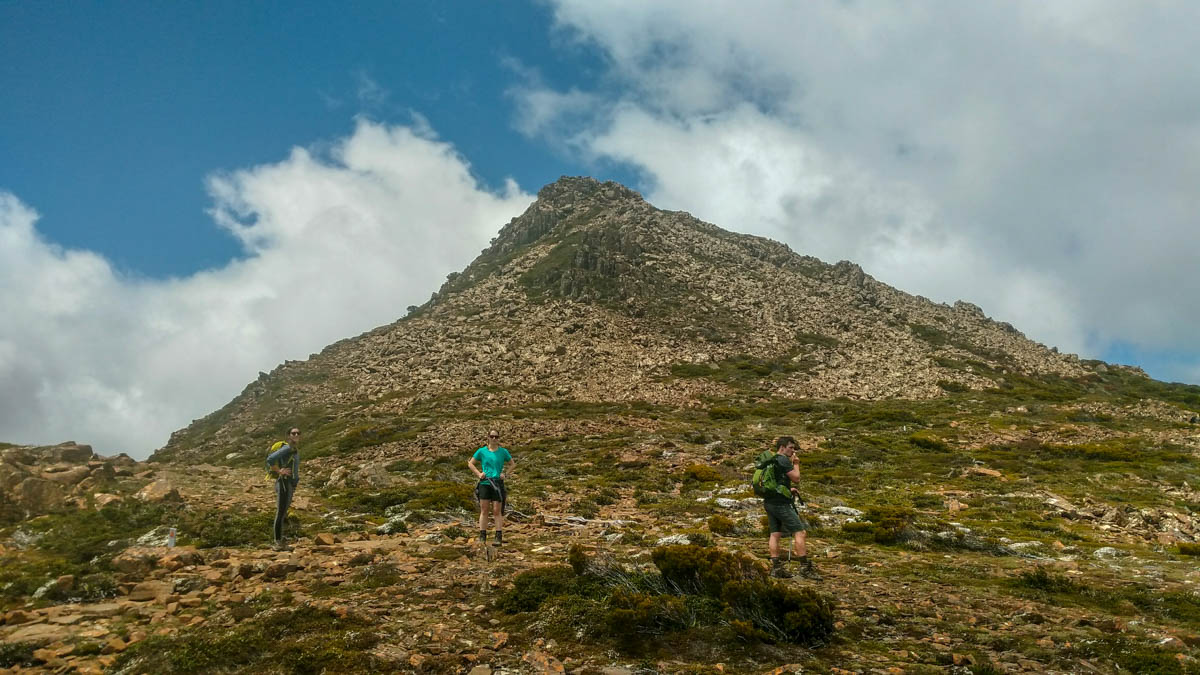

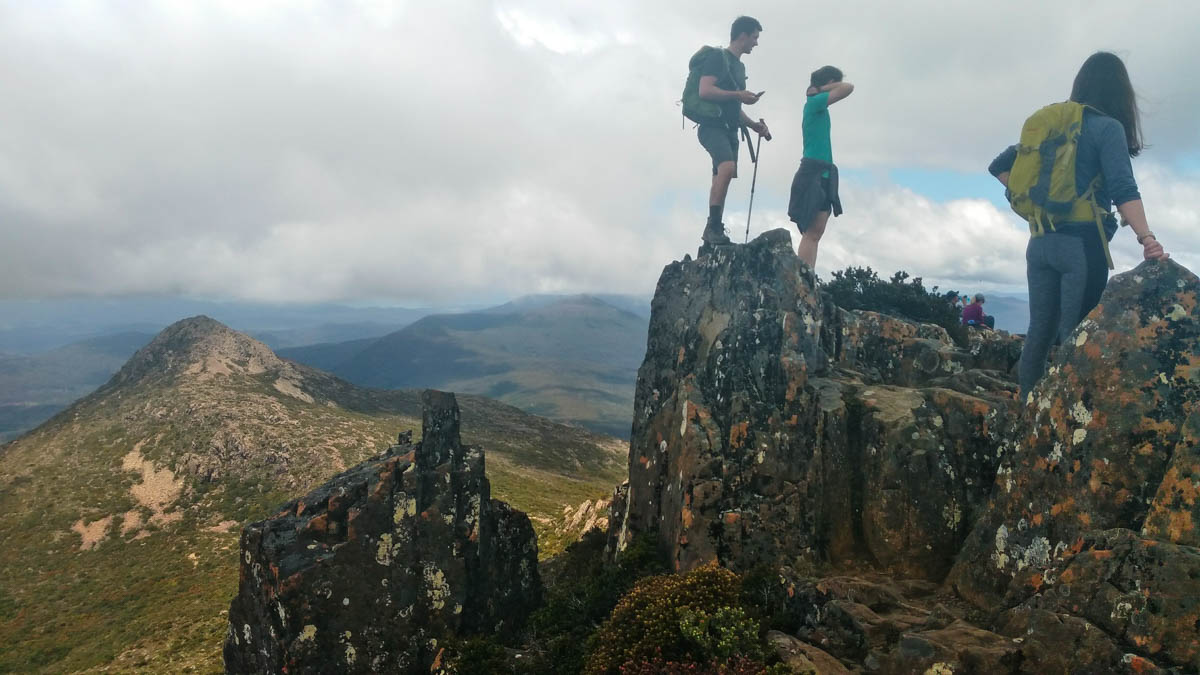
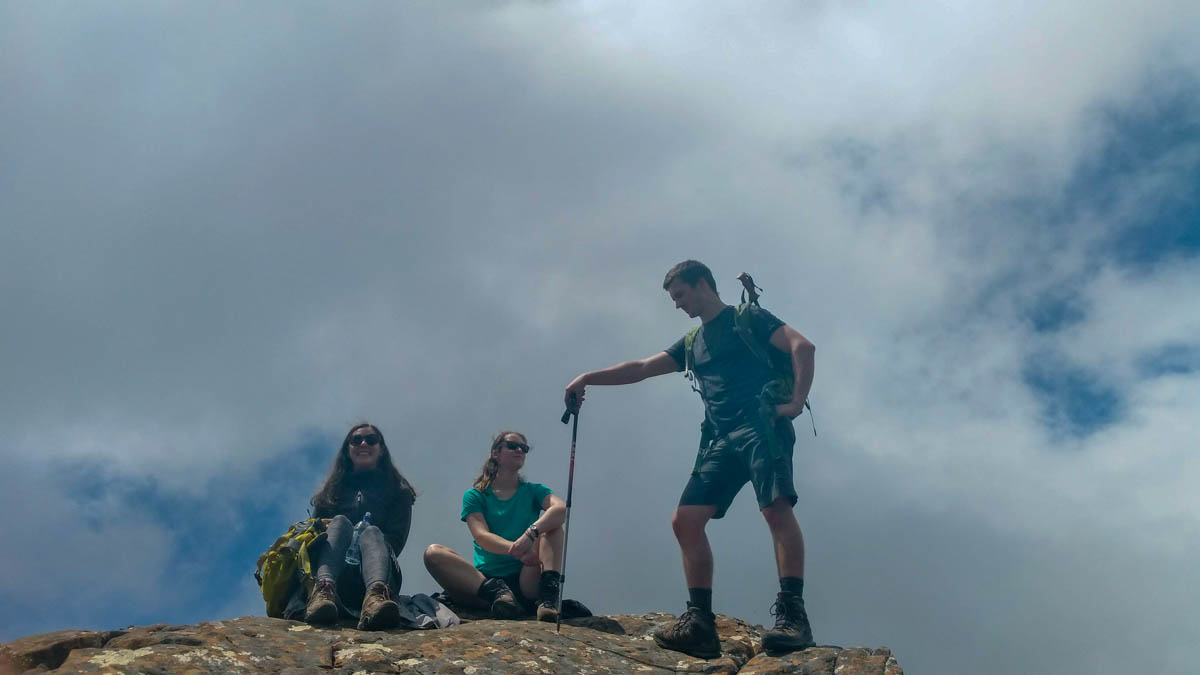
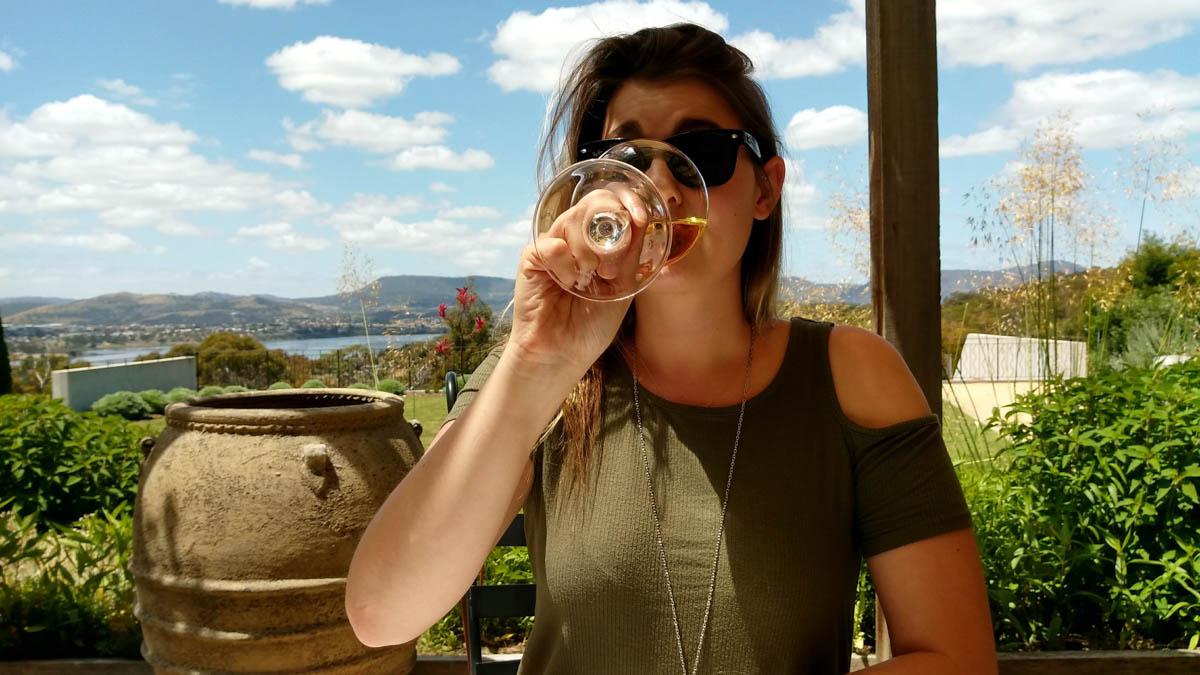
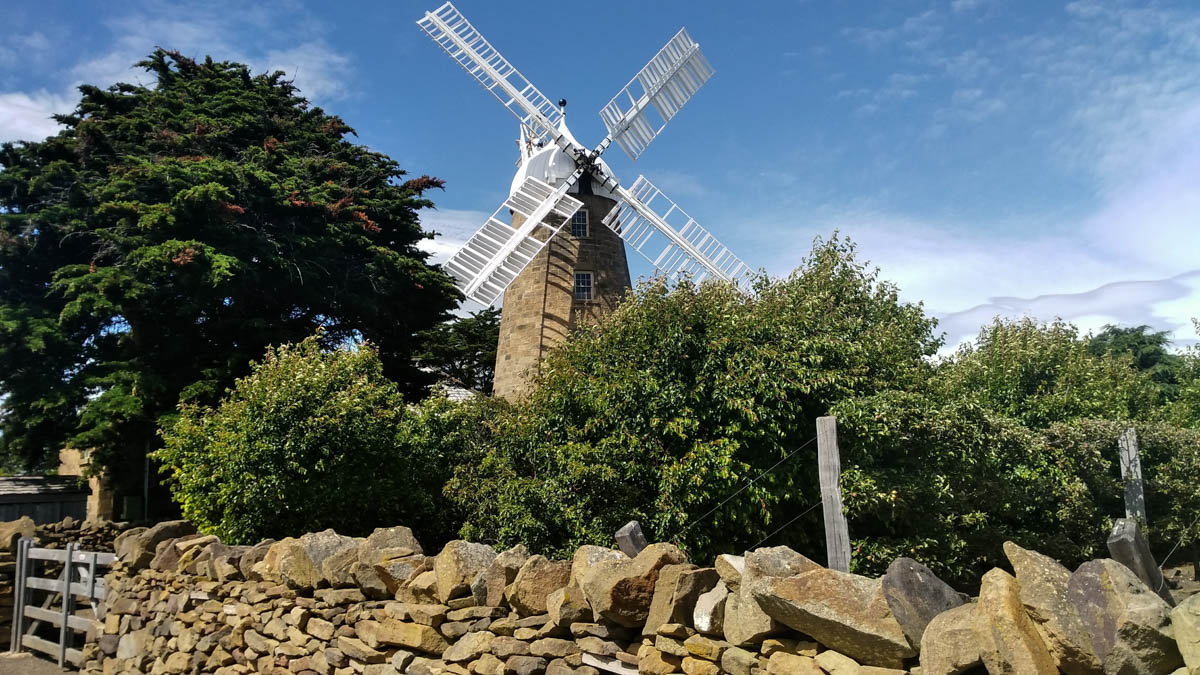
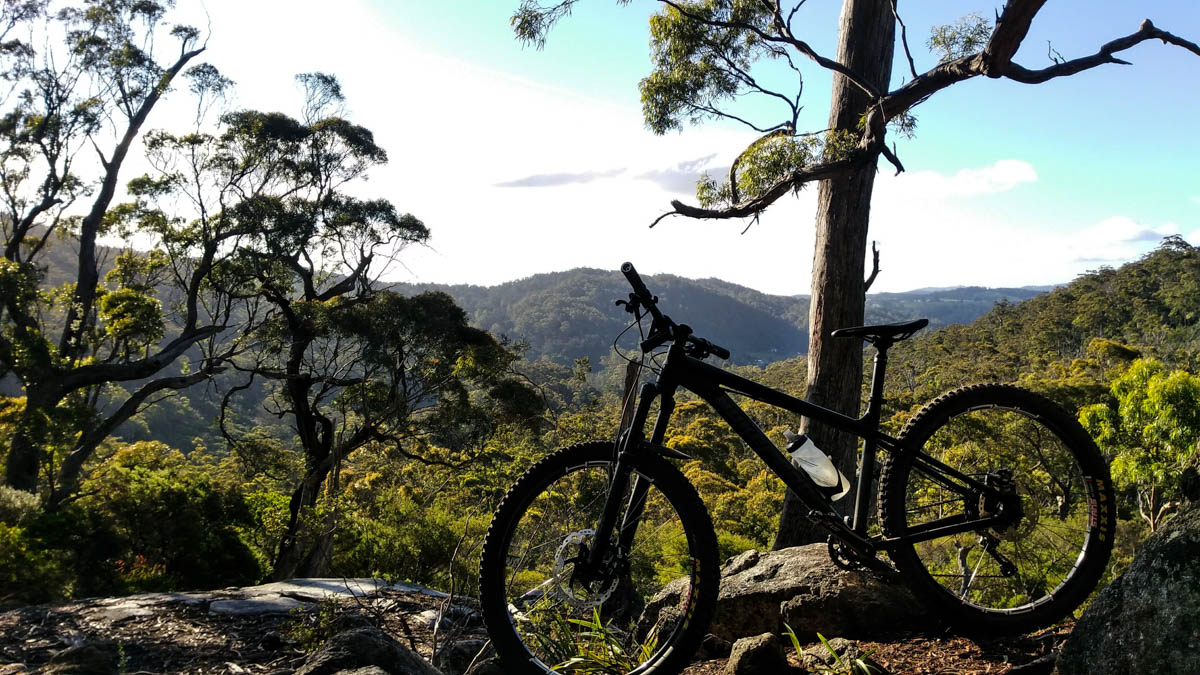
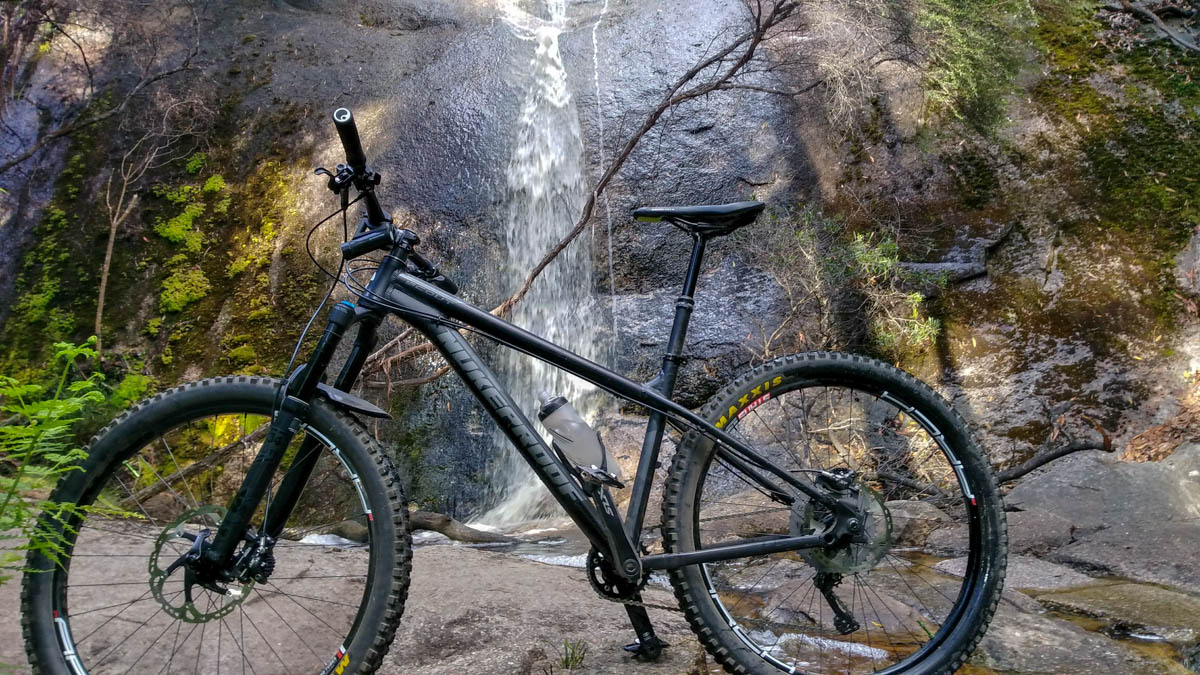
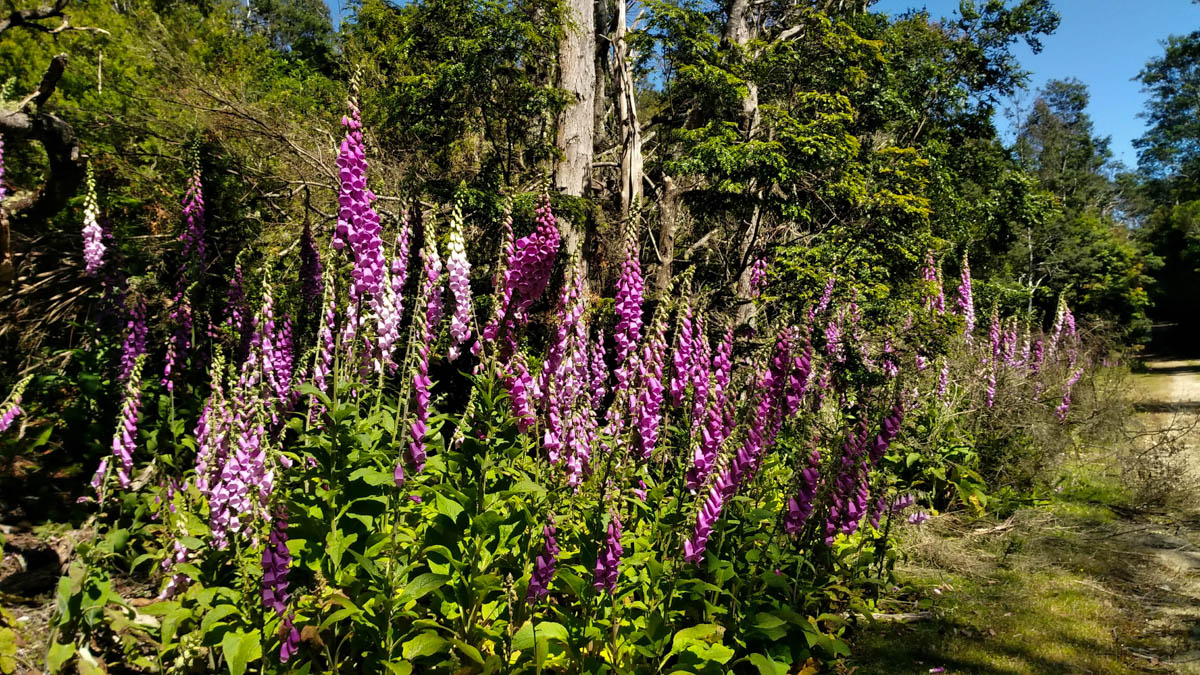


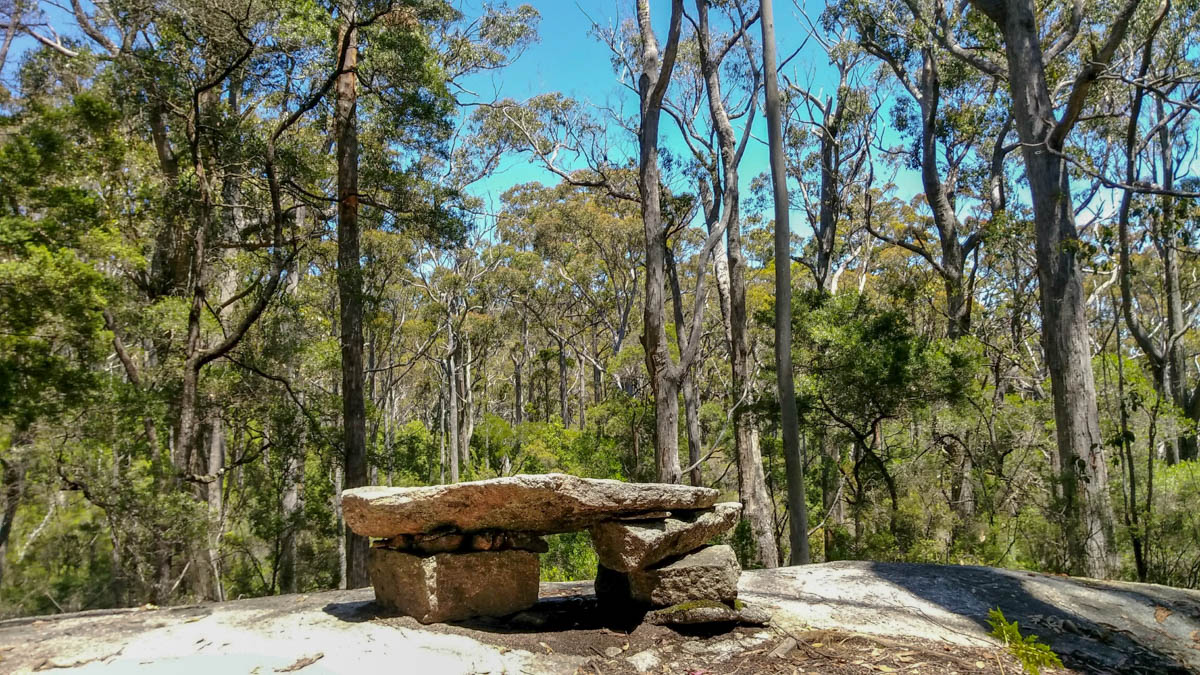
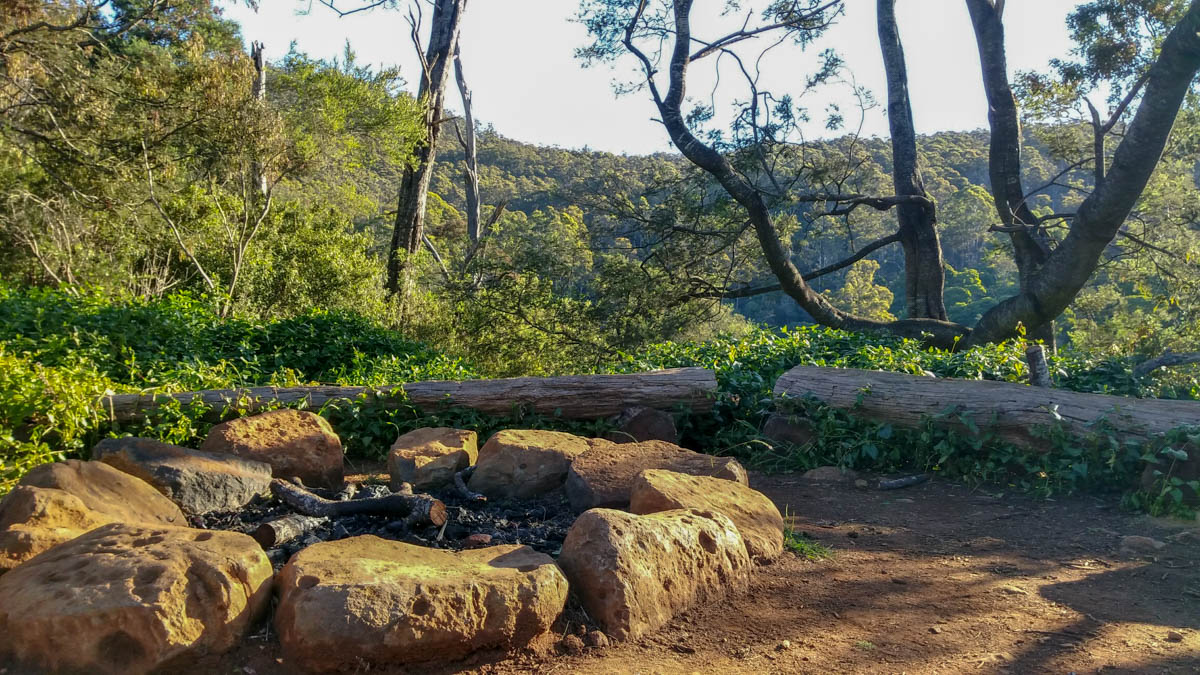
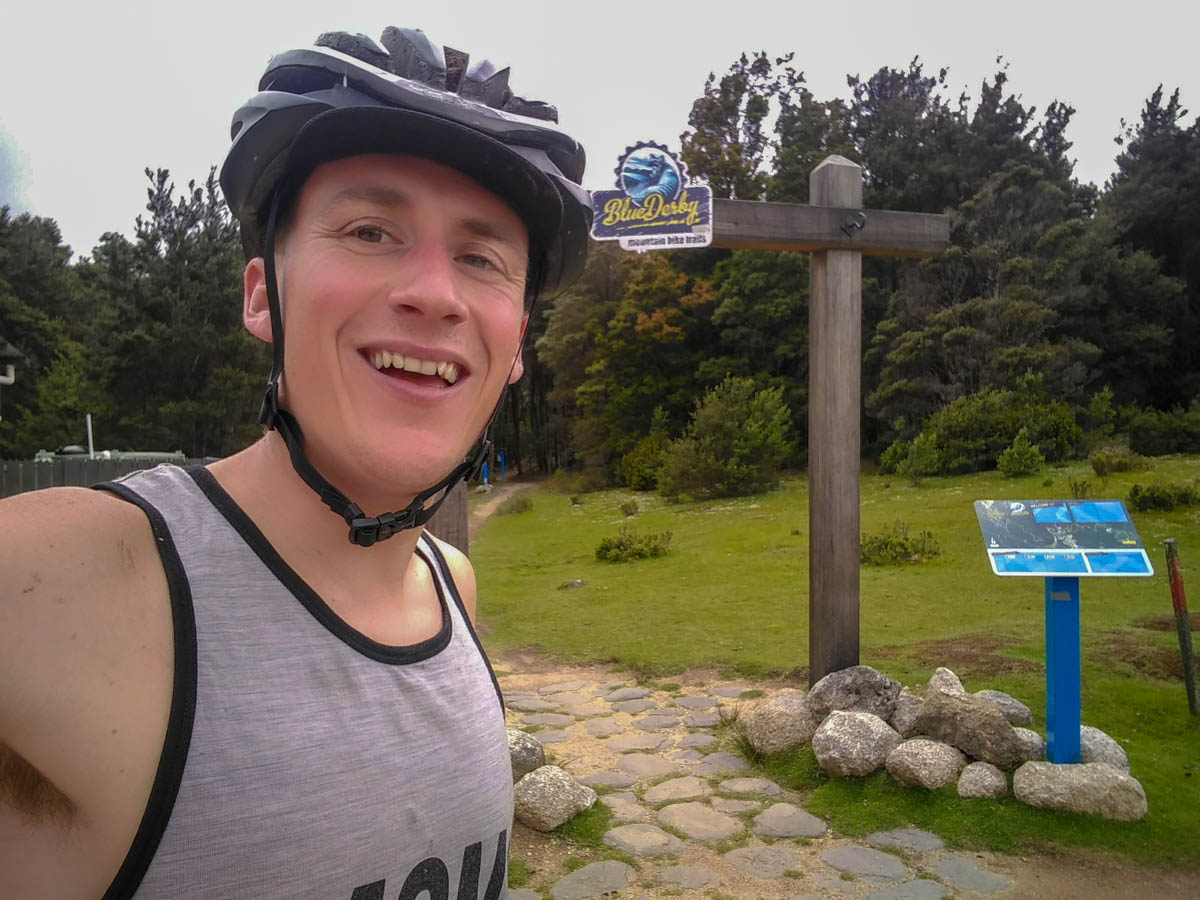
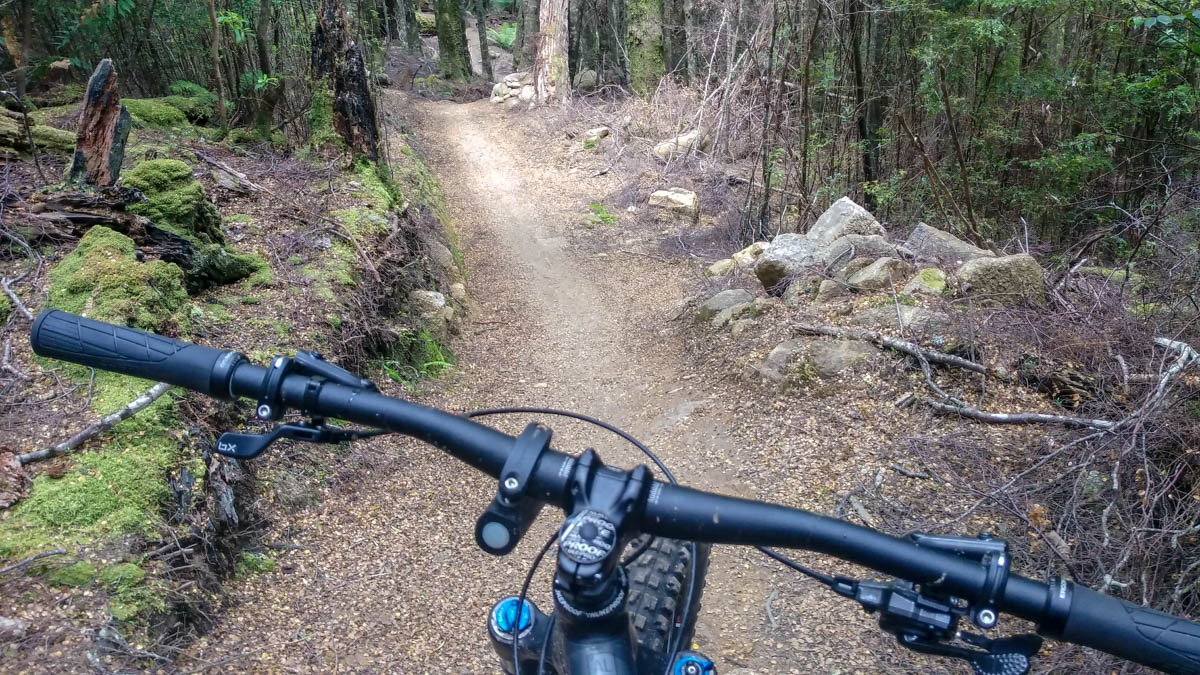
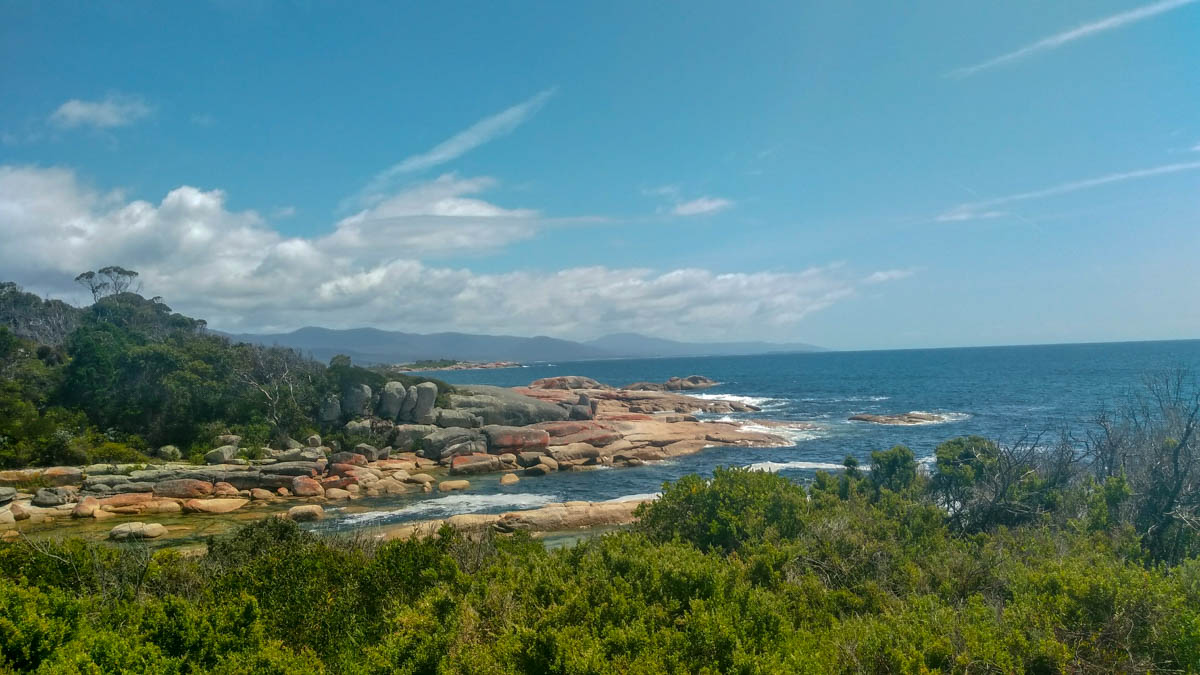
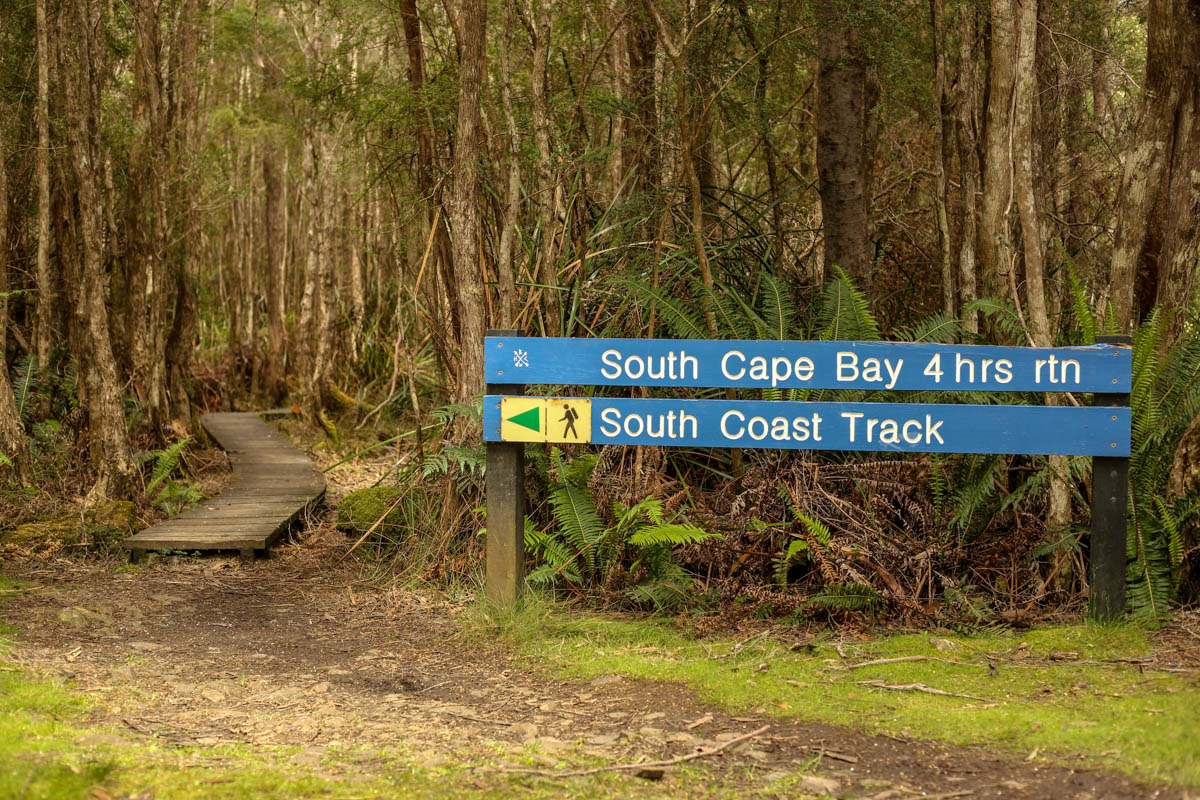
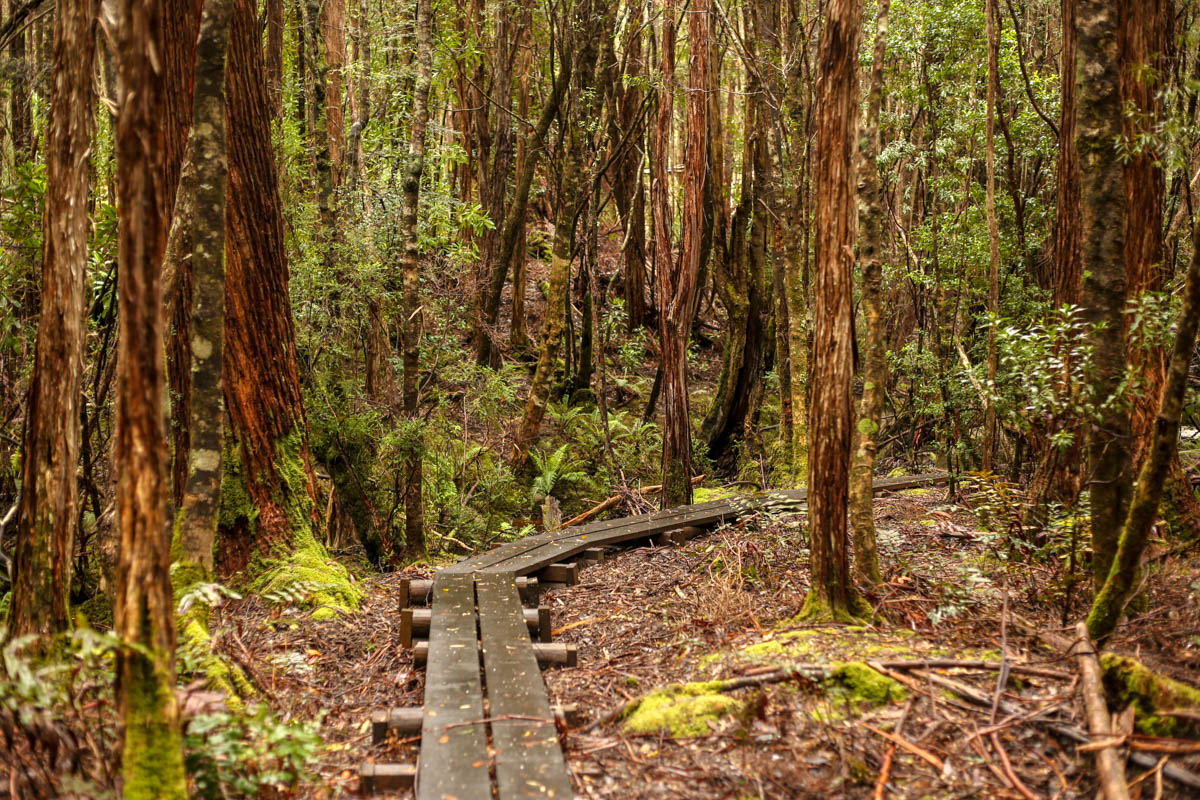

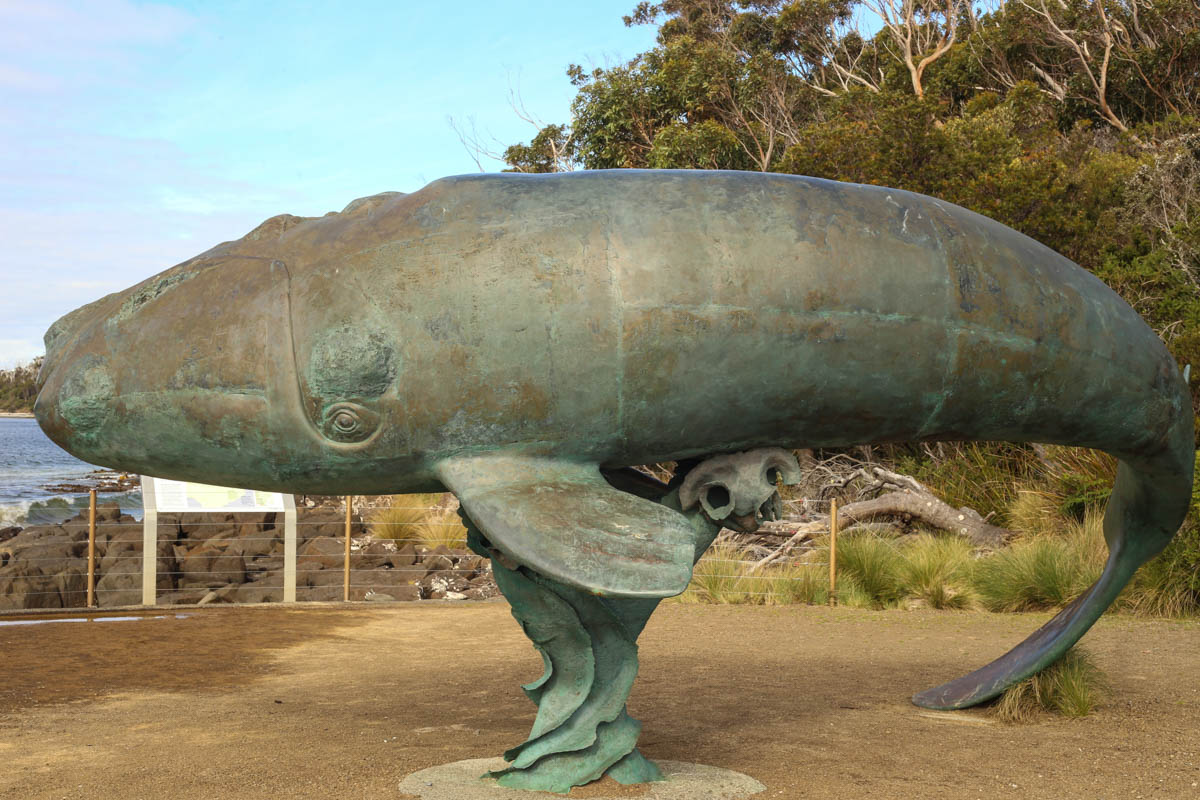
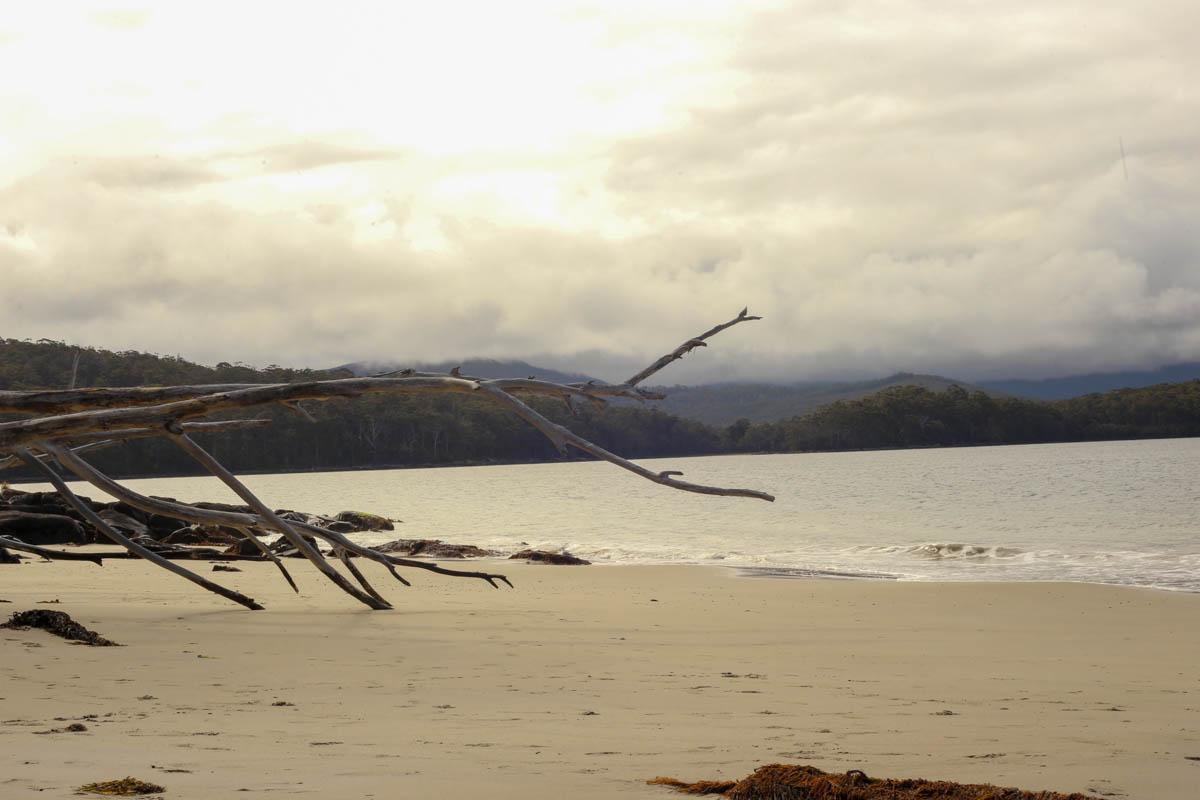
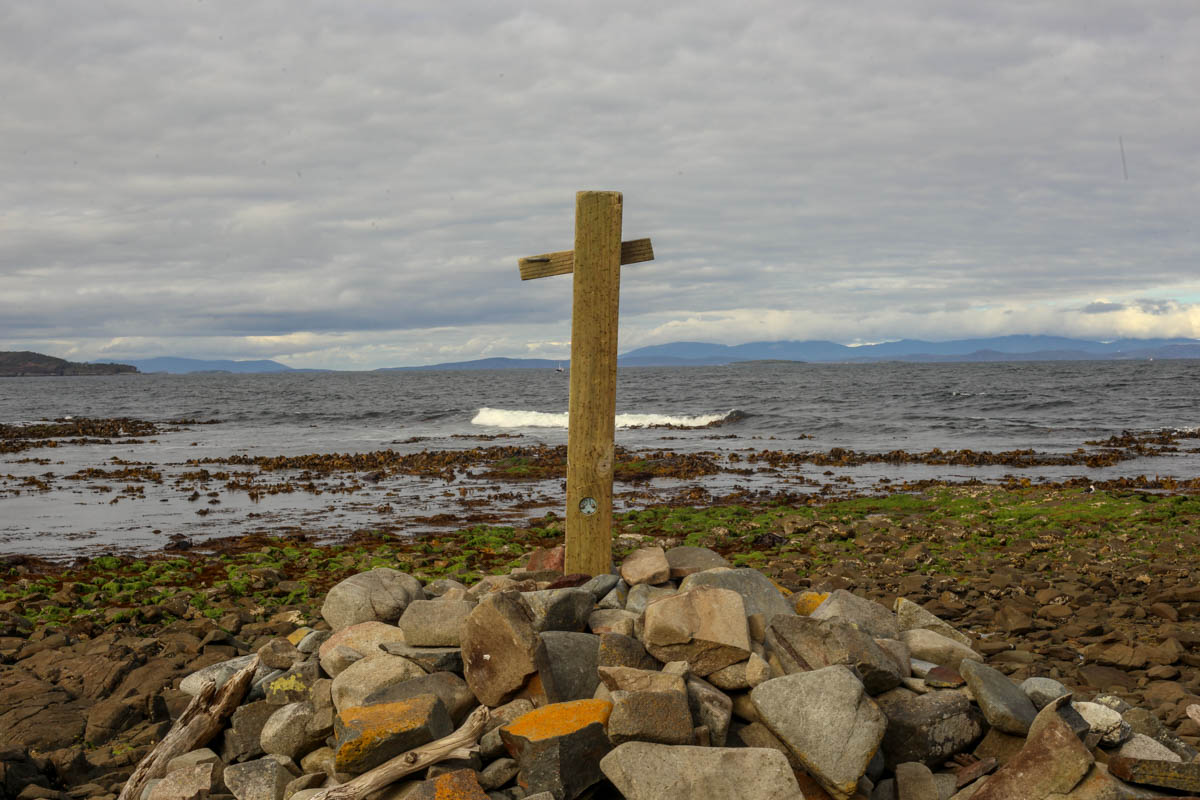
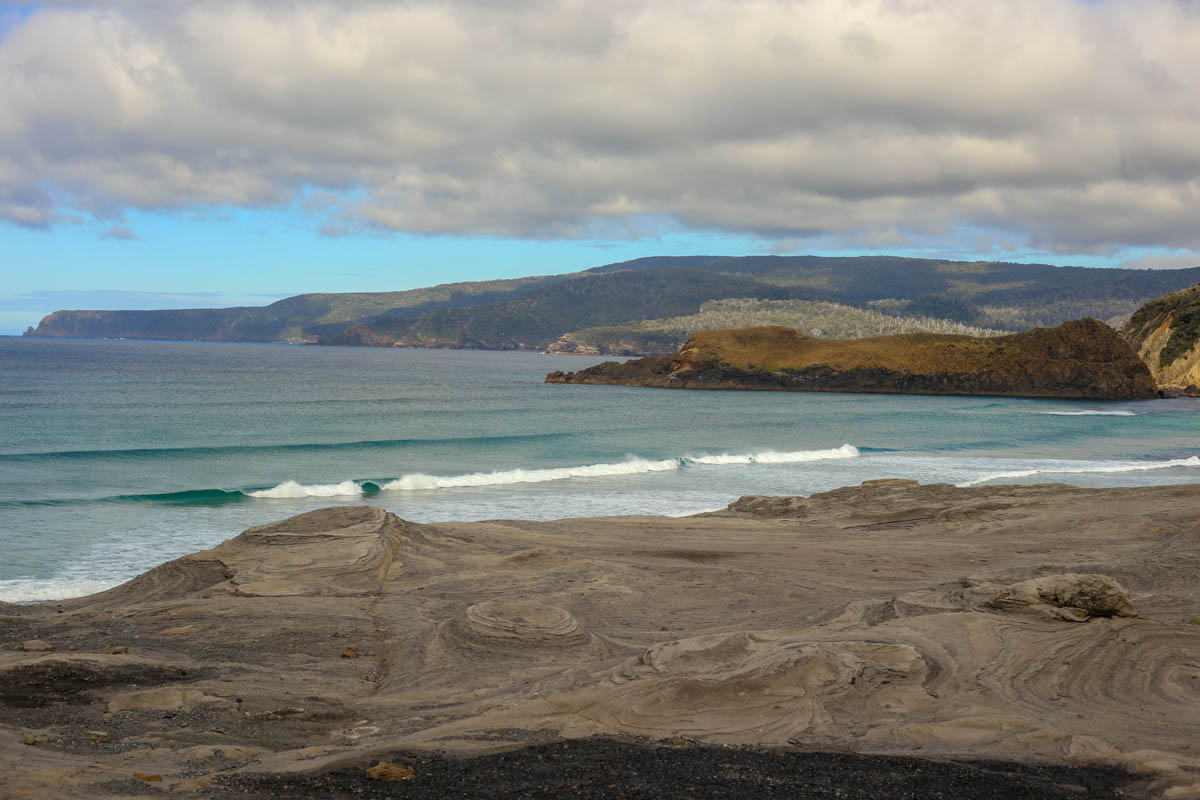
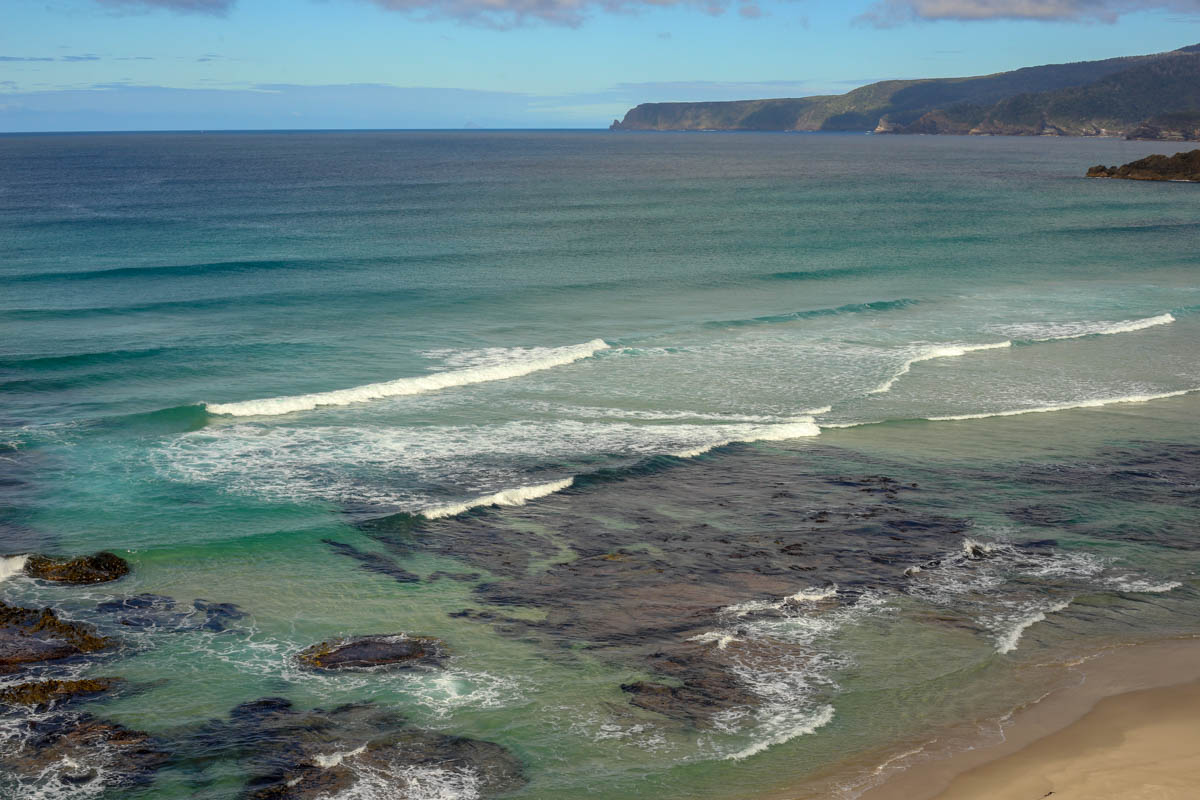
“Let your work feel like holiday and not your holiday feel like work. ”
I’ve learned a valuable lesson. A lesson I will surely impart on everyone I meet who’s considering living the working holiday life. Turn down your damned expectations and savor the ride. When we moved to New Zealand, we were excited. We bought guide books, hatched grand plans (half of which wound up getting scrapped), wrote down punch lists, and more or less planned everything we could in advance. That’s all well in good until things go awry and you feel that sharp FOMO sting. Contrast that with Tasmania, we were too busy making the most of our New Zealand time to make too many plans. That lack of expectation, has yielded some spectacular results. Every trip, is fluid and open, we savor the sites we see and we relish possibly the last time we’ll have in the forseeable to just relax and enjoy life. Because that’s the key of working holiday, let your work feel like holiday and not your holiday feel like work.
It’s for this reason, that I simultaneously have heaps to report, and no blockbuster trips or experiences to relate. Hobart is really starting to feel like home. We’re loving our roommates, they’re first crew we’ve actually gone on outdoor adventures with (see the Mt. Hartz pics above). Our jobs are comfortable and engaging, but minimal enough to keep any notion of stress at bay. Tasmanian summer has proven to be an absolute peach: most days are dappled with clouds, highs in the mid 70s and a nice sea breeze. While Tasmania may not be quite the looker that NZ’s South Island is, there certainly is plenty to keep you occupied at all points of the compass.
“Safe to say we narrowly escaped.”
Of late Meredith and I have taken off west, into the high country. We’ve gazed across the sparkling waters of Lake Saint Clair (Australia’s deepest lake in fact) and hiked up into some of the highest mountains in the state (although the elevation is pretty laughable even by island state standards). We’ve added another Tassie classic wildlife sighting to our list, the wombat. These fuzzy buggers look like big teddy bears, but we were thrown off pretty quickly when one spotted us, came out of the brush, and started backing us up the trail while letting out a blood-curdling battle screech….Turns out they’re actually pretty territorial, and can run almost 30 mph. Safe to say we narrowly escaped.
I’ve pointed our faithful Outback, Dolores, south to explore the renowned south coast. After you leave Hobart you have about an hour enjoying a drive through the famed Huon Valley orchards that earned Tas the nickname ‘Apple Isle’, but after that it feels like you’ve driven off the edge of the map. Pavement ends and you’re left cruising through misty old growth forests before, as it always does, things comes to an abrupt end and naught but the great Southern Ocean sweeps out between you and Antarctica. This is where Tassie shows it’s true colors. From this southern point all the way up the west coast to Strahan is nothing but untamed bush. Many outdoorsy yanks look at maps of the unimaginatively named Southwest National Park and think “Wow that park is huge there must be some great hiking in there!” No, such luck. That corner of the island is still mother nature’s domain. Untouched forest is so dense in its sprawl that it has stubbornly refused nearly all attempts at development. I’ve sought out some viewpoints that look into this untamed no man’s land (at Cockle Creek and Hartz Peak), to gaze into this jungly abyss and the wild mountains contained within. It may not have the drama of New Zealand landscapes but I defy anyone to visit these remote wilds and not feel humbled.
“But Derby sowed the seeds and so they reap the rewards.”
Most recently however, I took a northward trip of a different nature. Meredith took off to the US for the holidays, and I (finally) got myself a bike, so it was time to head off and check out the famed Blue Derby bike park. Derby, is a former tin-mining town tucked away in the woods of the island’s north east. It may well be a ghost town today if not for a bold investment by the local council to start building mountain bike trails. In the way these things happen trails begat more trails, which led to new shops popping up, which led to demand for accommodation in town, which led to interest from international events, all of which has created a compact hub of mountain biking bliss right where you’d least expect it. The most surprising thing about Derby is how average the location is, the trails are a mix of loam and gravel interspersed with slabs of granite, the hills are steep but rather squat, the climate mild if trending a bit on the wet side. In other words, this could be just about any town in Tasmania. But Derby sowed the seeds and so they reap the rewards.
I pulled up a few days before Christmas into a shady camping spot down by the river, threw the car in park and hopped on the bike for four days straight. They’ve built a tremendous trail system in those rolling green hills with everything from remote adventure trails, to massive jump lines, to some of the rowdiest tracks on the EWS circuit. I particularly enjoyed that while shuttling was a possibility, it wasn’t a necessity. Great, purpose built, climbs bring you to nearly every part of the park, allowing masochists like me to pedal for hours on end linking up massive loops through the ferny bush. Suffice to say this is my favorite bike park I’ve ridden, and is the future of cycling that I’d love to see.
So that’s the latest. Life goes on here down south and we try to make the most of every day. With Mere soon to return and the best weather of the year on the horizon I’m not sure what we’ll get up to in 2019, but I sure am excited to get to it. See you on the other side!
Our Route:
Van Dieman's Life
As the summer gets into full swing Meredith and I have been knocking off some classic sites near and far down here in Tassie.
Tackling Tasman Peninsula


























The weather is heating up here way down south so Mere and I are back on the road with a whole new island to explore. We’re getting settled into our new lives down in Hobart, establishing ourselves at work, and starting to get bit once again by that ever persistent travel bug. No need to go too far in this part of the worth though, adventure always sits close at hand when the largest city in the state is about the size of Boulder. Our first adventure took us just across the River Derwent out onto the Tasman Peninsula, which encapsulates so much of what Tasmania has to offer.
“Hidden campsites along remote beaches tucked between towering sea cliffs.”
The peninsula juts out to the east of town in dramatic fashion, dominating the landscape. About an hour’s drive saw us cruising down dirt roads through the eucalyptus forests. The peninsula offers adventure in droves with hidden campsites along remote beaches tucked between towering sea cliffs. Mere and I camped up at one such beach, made friends with the local wildlife- seeing a wallaby with a joey sticking it’s head out of the pouch will never not be cute- and got to walking on our first proper hike of the trip.
We elected to follow the famed Three Capes track in day-walker fashion. This quintessentially Tasmanian hike follows the coastline in skirting narrowly along the edge of some of the most dramatic sea cliffs in Australia. In our day hike we boogied all the way out to the end of Cape Hauy to be treated to views over some truly dizzying heights. Much of the rock in this part of the world was formed in vertical, pipe-like chunks. Over the millenia the sea has carved this away into some staggering, and staggeringly tall formations. The cliffs plunged off below us for hundreds of feet while isolated spires rose back up in defiance of the waves. It’s not hard to see why this is considered such a quintessential Tasmanian hike.
The adventure didn’t stop at a little hike out on the peninsula. We made short work of some other great sites as well. Blowholes, sea caves, carved arches, and a cheeky gin-tasting had us giddy. Not bad for a trip just out of town.
Frisky In Freycinet



























Naturally, though we are keen to get out further afield, and while we wait for weather to properly warm in the high country there was one area properly begging to be explored. Freycinet. An absolute Tassie classic, Freycinet is a peninsula jutting from the east coast a couple hours north of Hobart. As we drove in we were immediately confronted with why this place is atop so many travel lists.
“Looming over the park are a series of red granite peaks that would look more at home rising from the deserts in Utah.”
Looming over the park are a series of red granite peaks that would look more at home rising from the deserts in Utah than from the wild Tasman Sea. But there they are, in all their incomparably photogenic glory. These peaks, dubbed The Hazards, make the main attraction for Freycinet and draw millions of visitors to the park every year. We were glad to get in before the high season, so we could easily get a secluded campsite with in incredible view.
There was another wonder we needed to explore in the park though. We laced up and hoofed our way through those piles of rock to look out further down the coast, wherein lies Tasmania’s most photographed beach, Wineglass Bay. Sitting just south of The Hazards, off down the narrow peninsula, is Wineglass a near perfect semicircle of white sand filled with the aquamarine waters you’d expect to find in the Bahamas. Our hike took us down to soak up what has apparently been rated as one of the world’s best beaches. We’d be hard pressed to disagree. Although, if I’m being honest, at that time of year the water isn’t exactly calling you to jump in sans wetsuit.
We enjoyed our romp around the hazards, soaking in the beauty of orange rock plunging into electric blue water at every turn. But we may have enjoyed more, stopping off on our way out of the park for to nose a fine glass of the local Sauv B and tuck into a basket of fish and chips as we looked back over at those improbably beautiful piles of rock.
In The Nearfield


























As we learned well in NZ though, not all adventures require venturing very far at all. That couldn’t be more true from our abode perched on the side of Mount Wellington. A quick jaunt up the hill, past all of my new favorite bike trails, will put you exploring the Organ Pipes the set of dramatic cliffs that overlook Hobart. The vertical structure of the local granite is once again evident as these walls draw climbers, and onlookers, up the mountain from all corners of the state.
“Russell Falls plunges in tiers from the mountain above making a beautiful scene, even if getting a clear shot of it is a little difficult.”
Just up the river from town lies another local treasure in Mt. Field National Park. Although, to be fair, this one did have us a little more reminded of peak season New Zealand with camper vans and tour groups abounding. But for all that it’s a nice slice of wilderness, with what has now been nominated Meredith’s favorite waterfall. Russell Falls plunges in tiers from the mountain above making a beautiful scene, even if getting a clear shot of it is a little difficult.
Heading down south, and I mean all the way south, like as far south as you can drive in Australia south, another adventure is tucked away. One of Tassie’s most famous tramps, the South Coast Track, explores (as you may imagine) the southern coast of the state. It’s an epic, 8-day adventure where one must fly to the start by bush plane. That’s a little too full on for me right now, so I made do with a speedy day trip to hike the final section soaking in views of remote coasts and the southernmost point in Tas, Southeast Cape (creative I know).
So, there you have it. Life goes on in Tas, sights are seen, friends are made, and plans are laid. We have some exciting trips lined up that we can’t wait to get into. Hopefully, that will help with any homesickness this holiday season!
Our Route:
Continental Shift
In this edition: we move to Australia, beach it up on Moreton Island, visit Mere’s sister, set up shop in Hobart, and visit one sweet art museum.
Moreton Mayhem
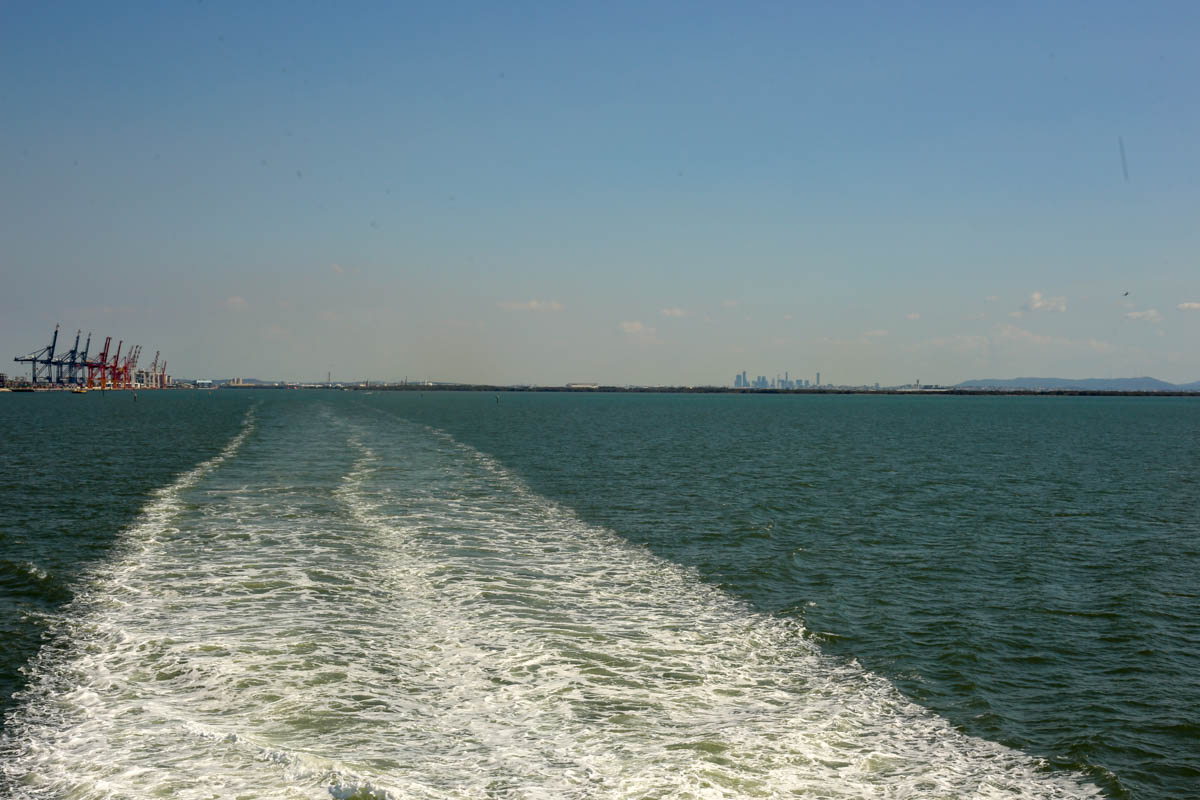
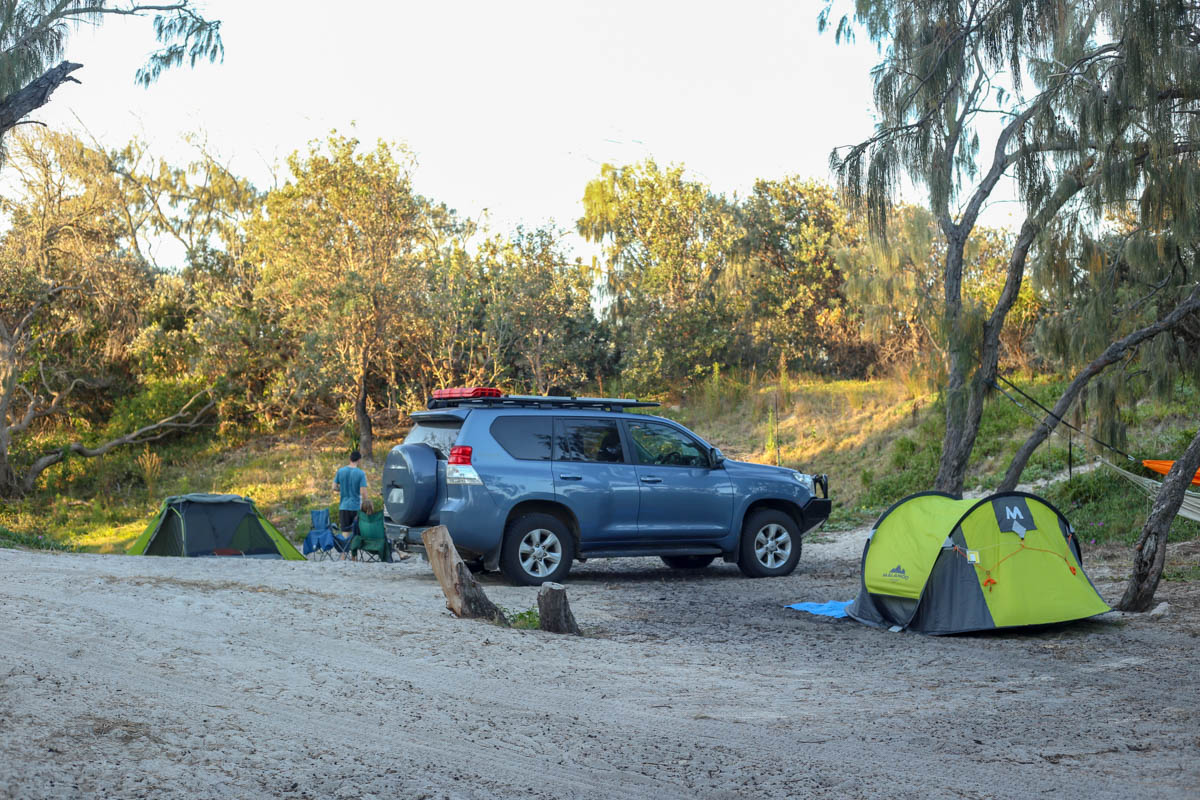
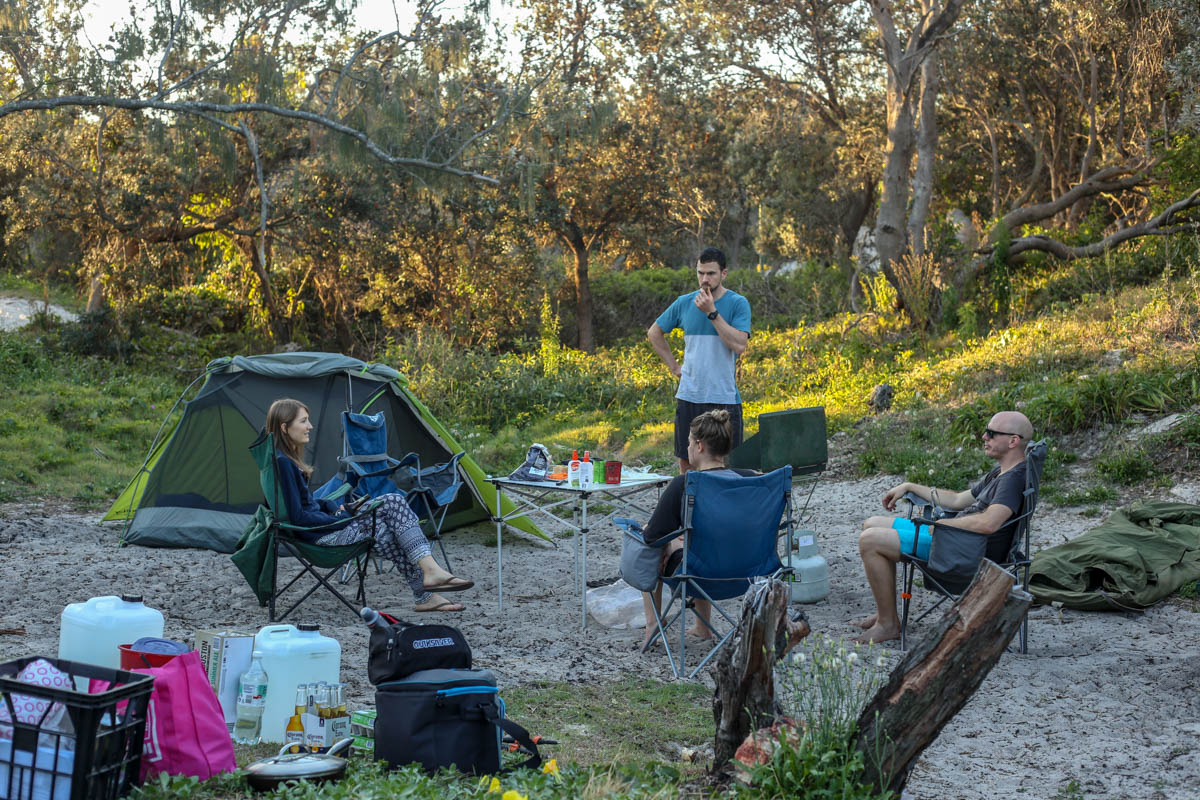
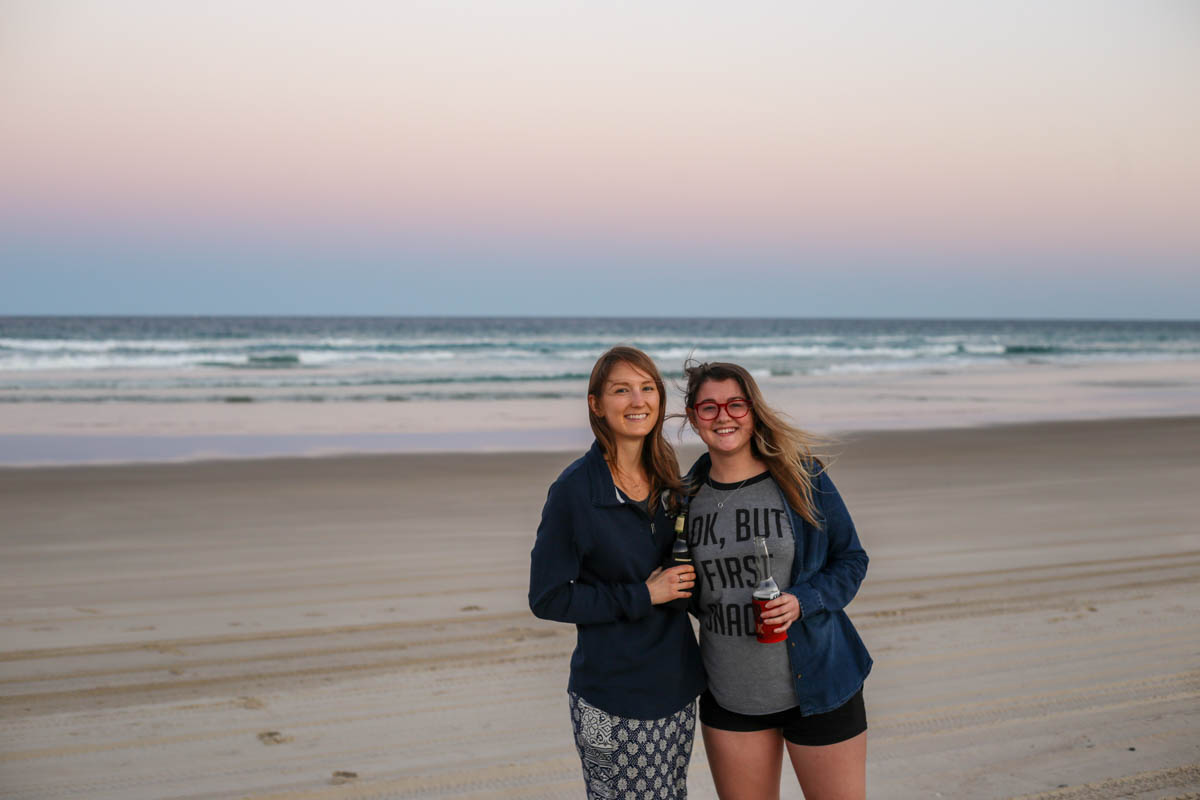
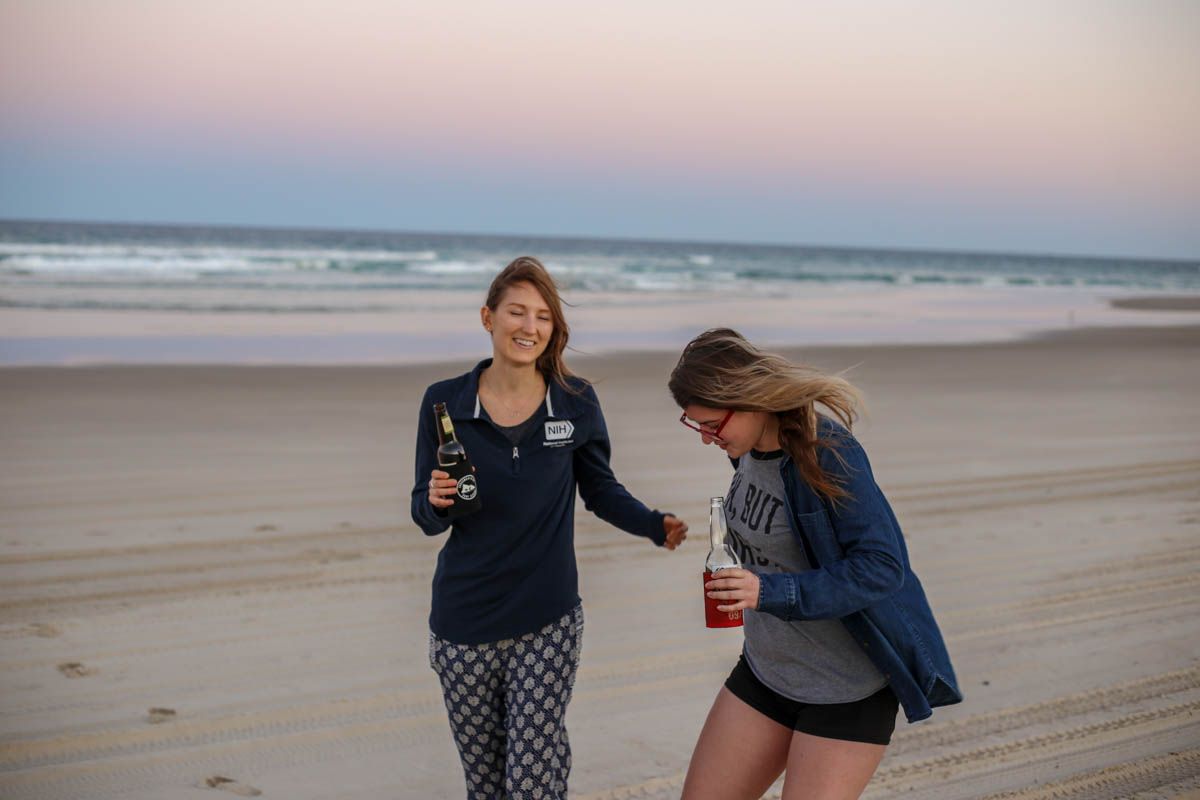
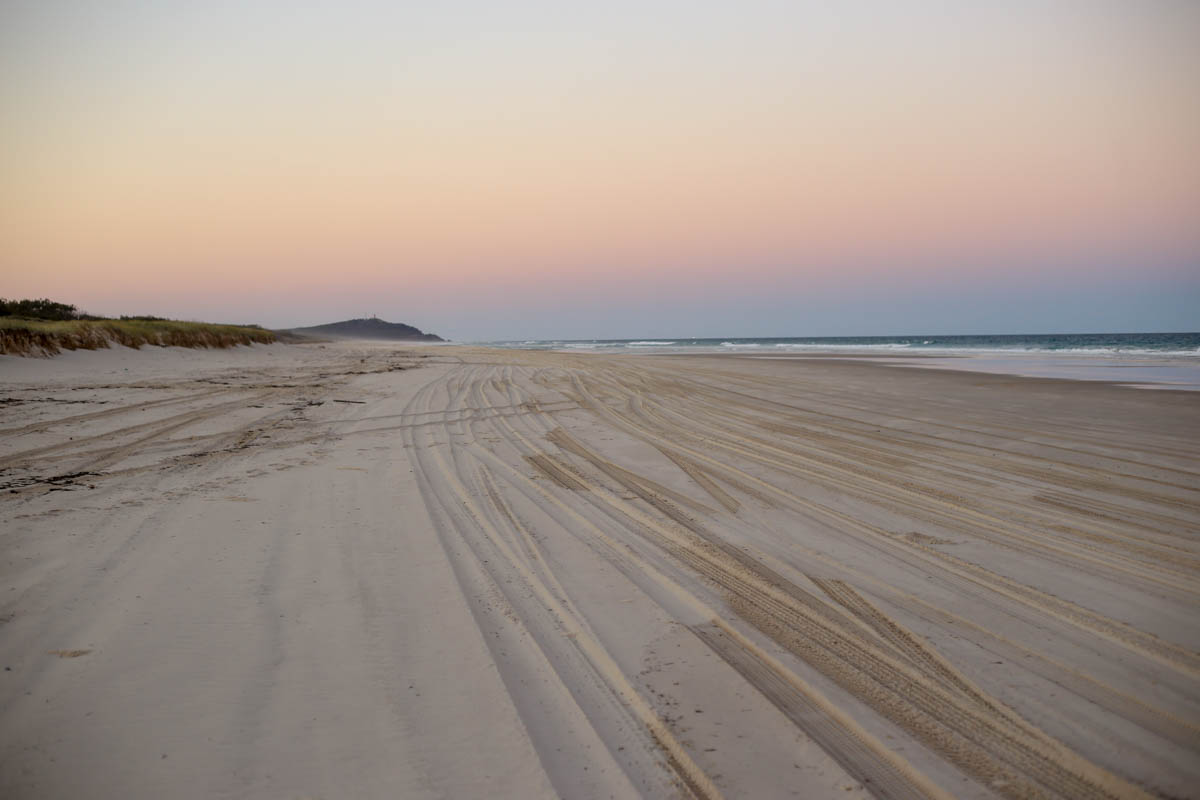

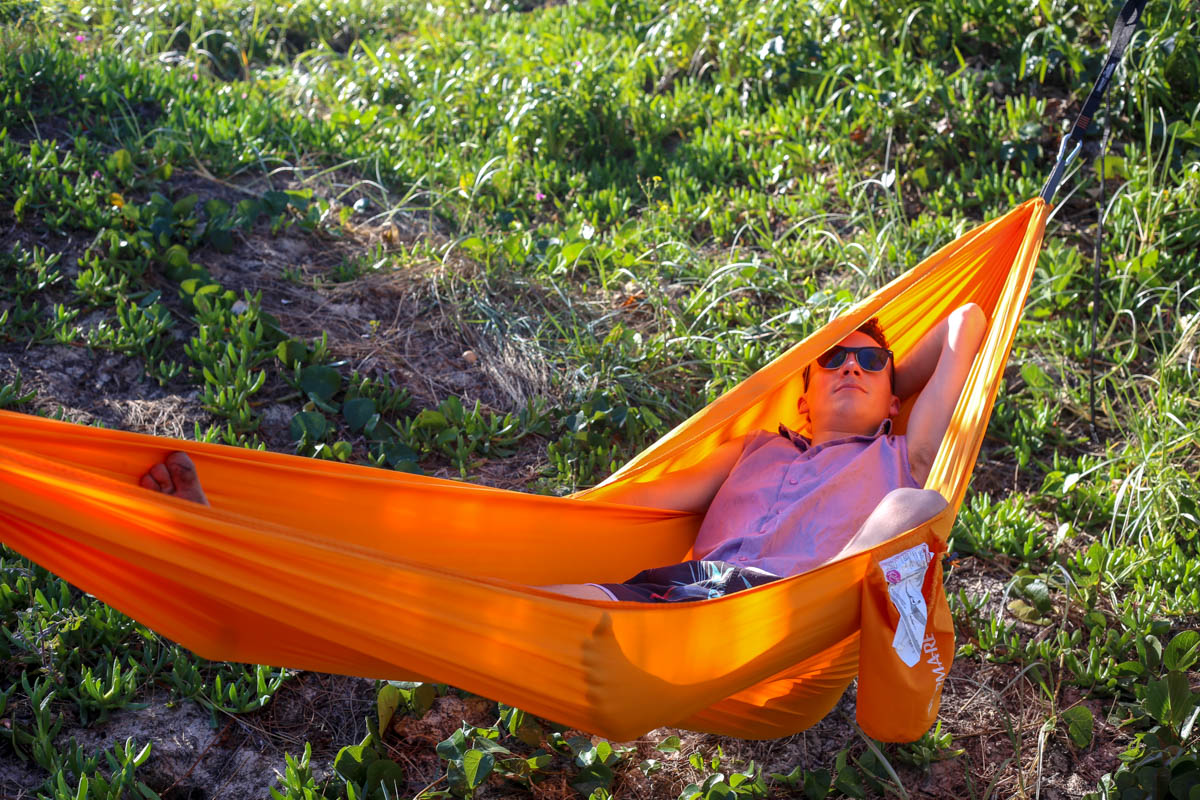
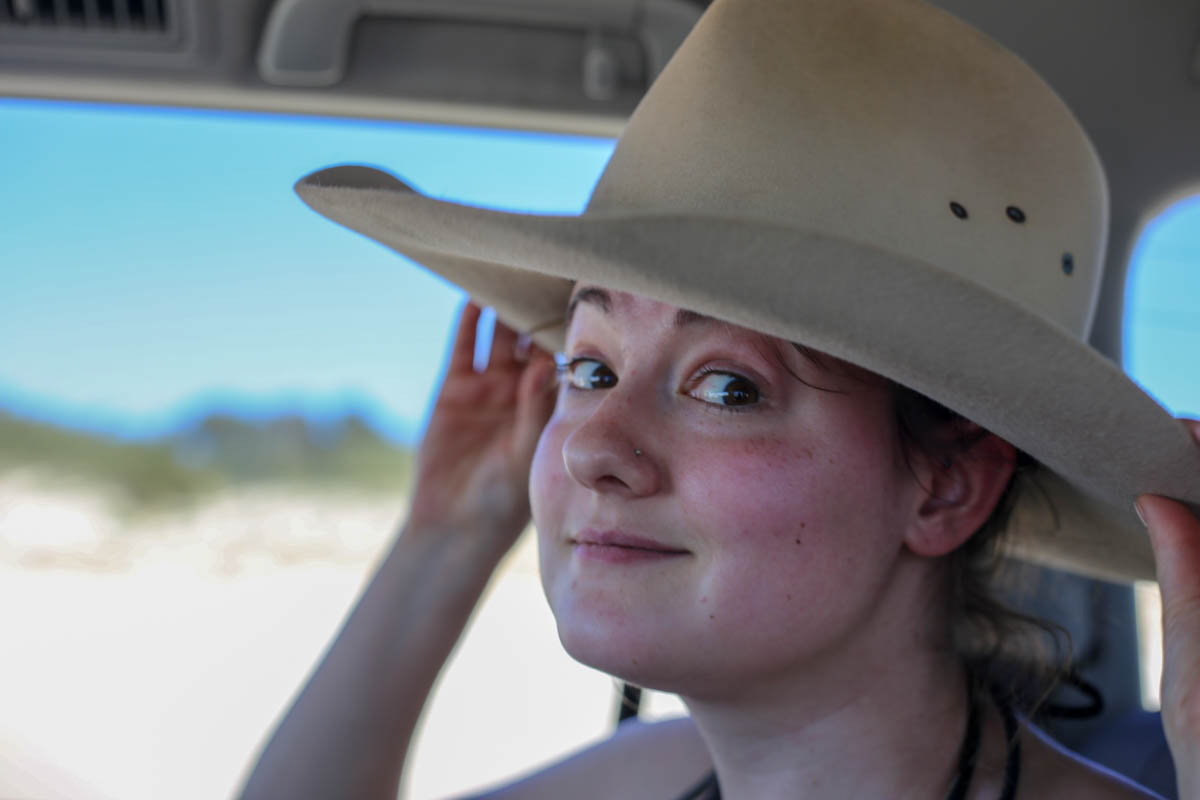

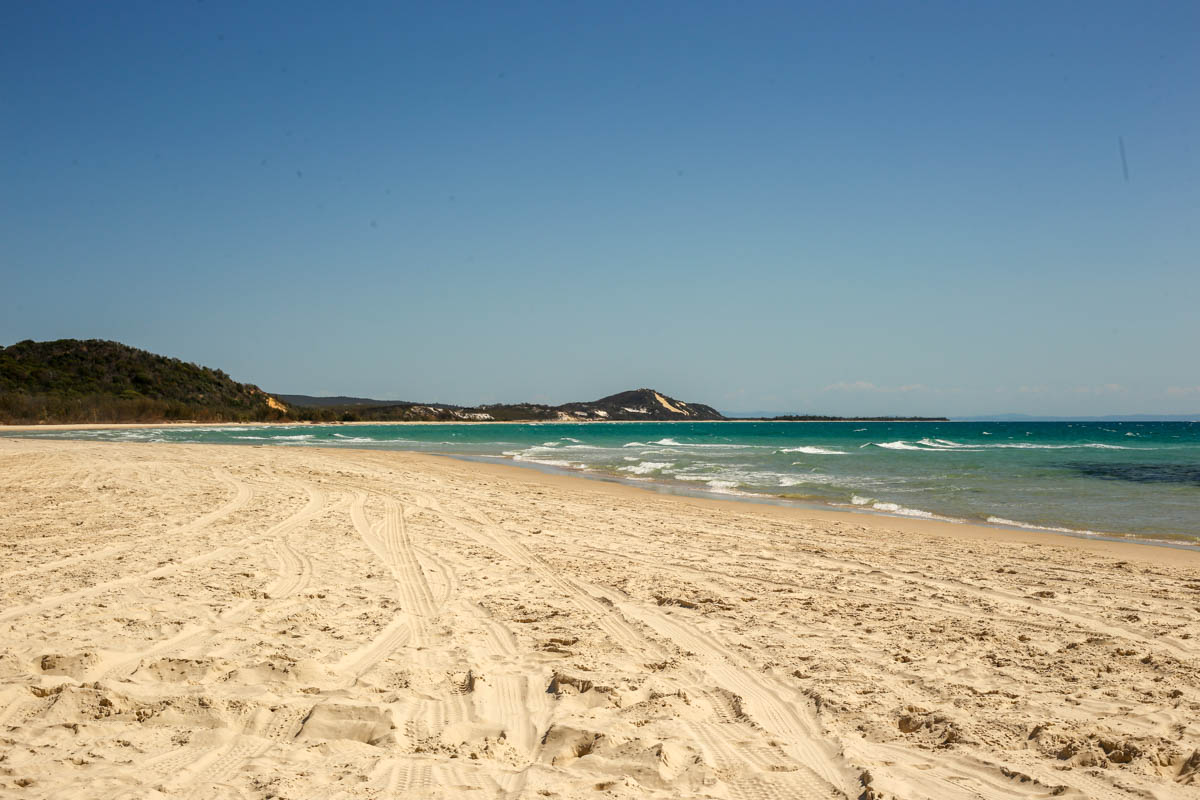

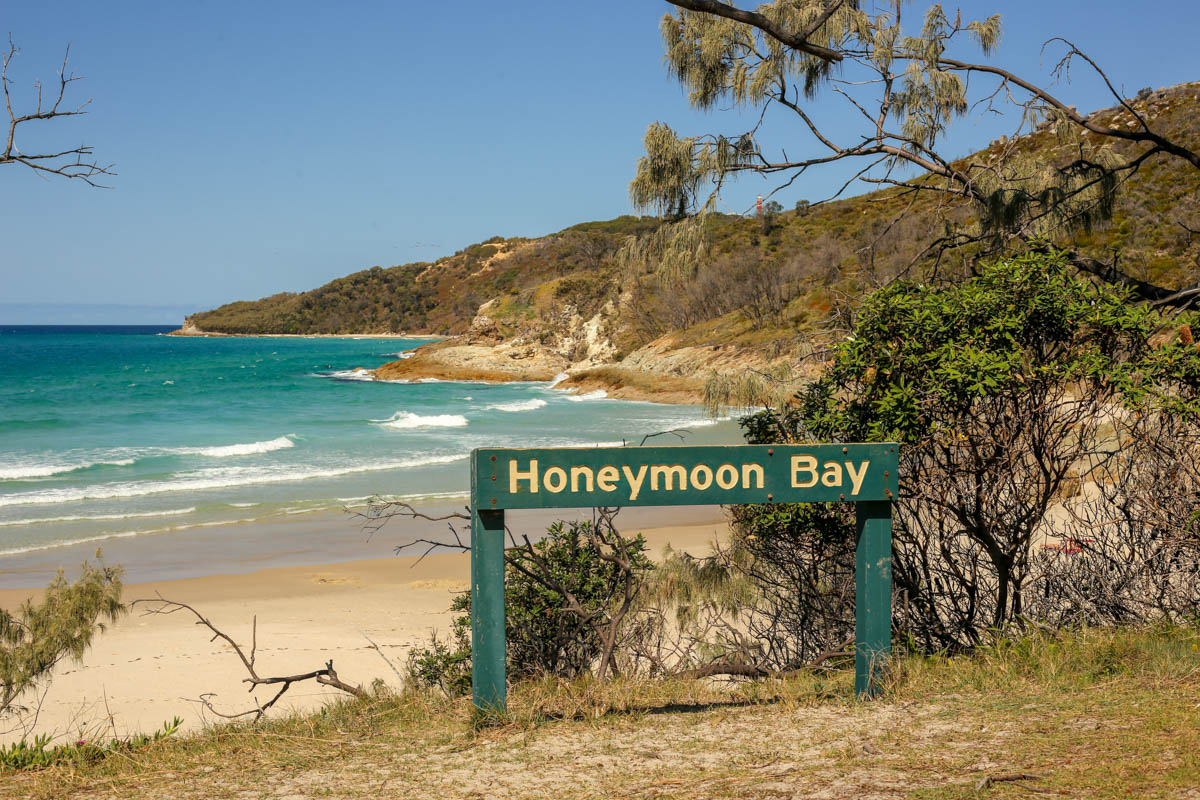
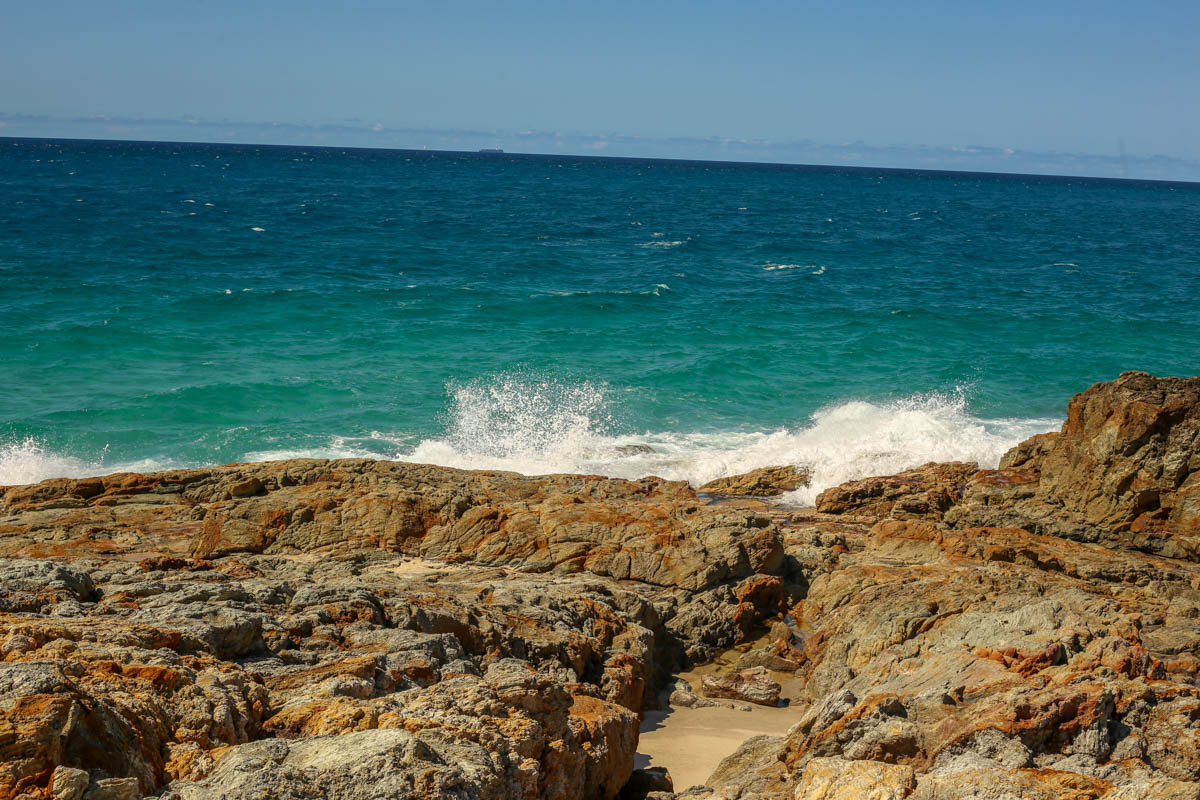
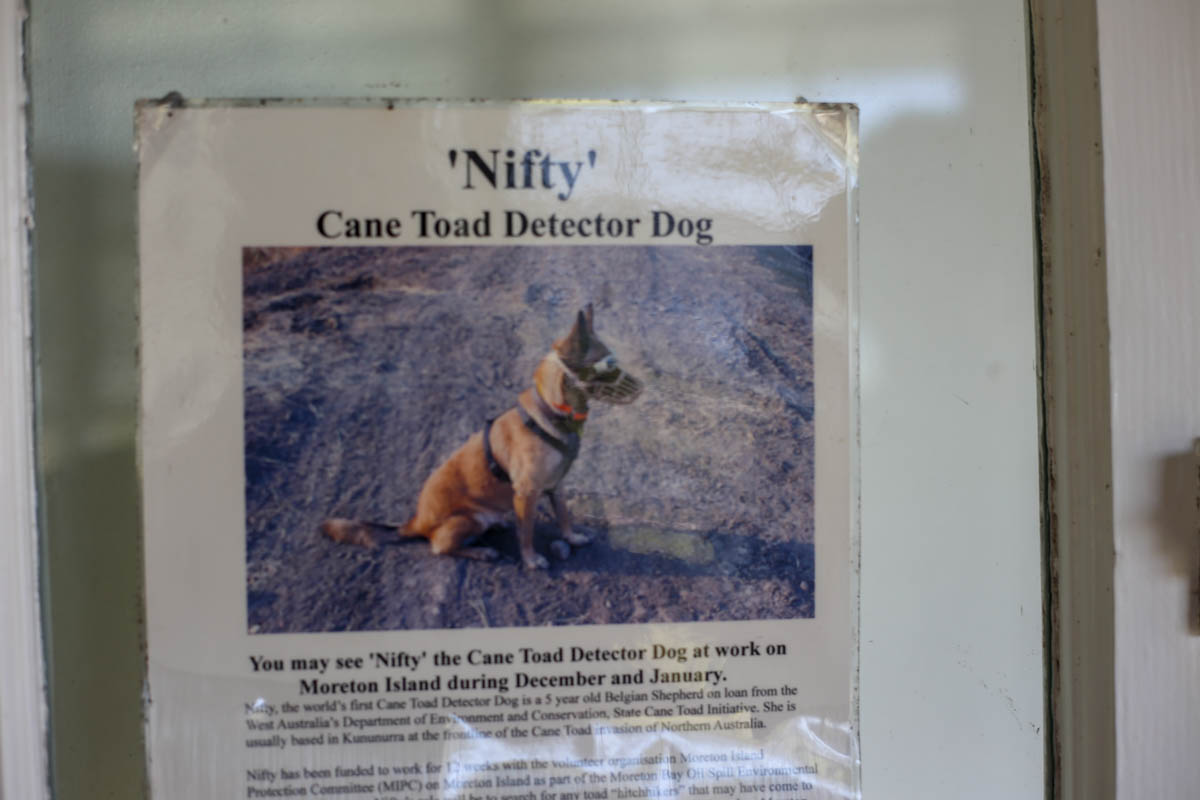
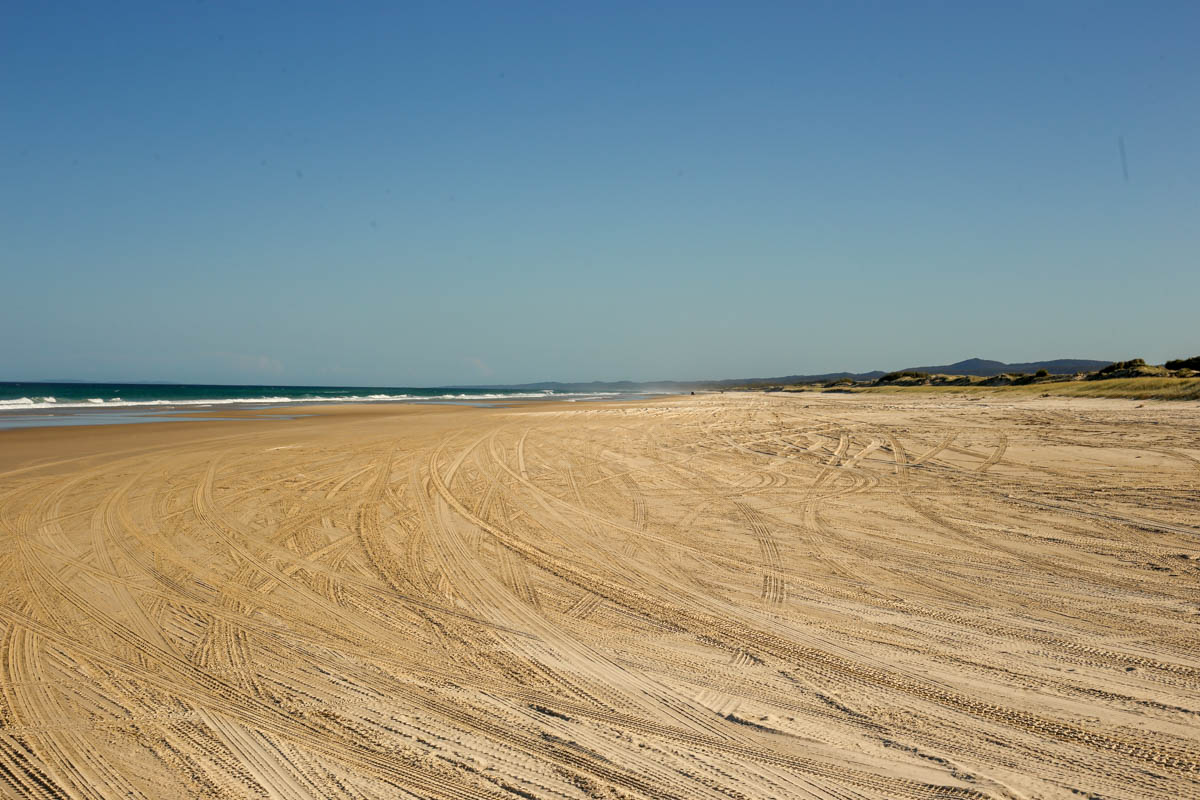
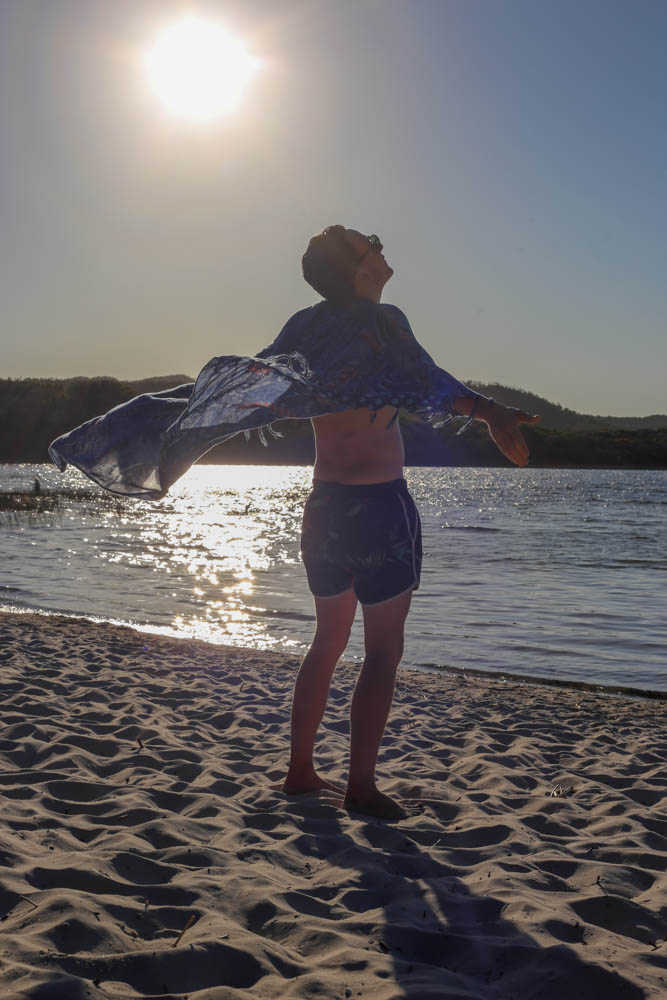
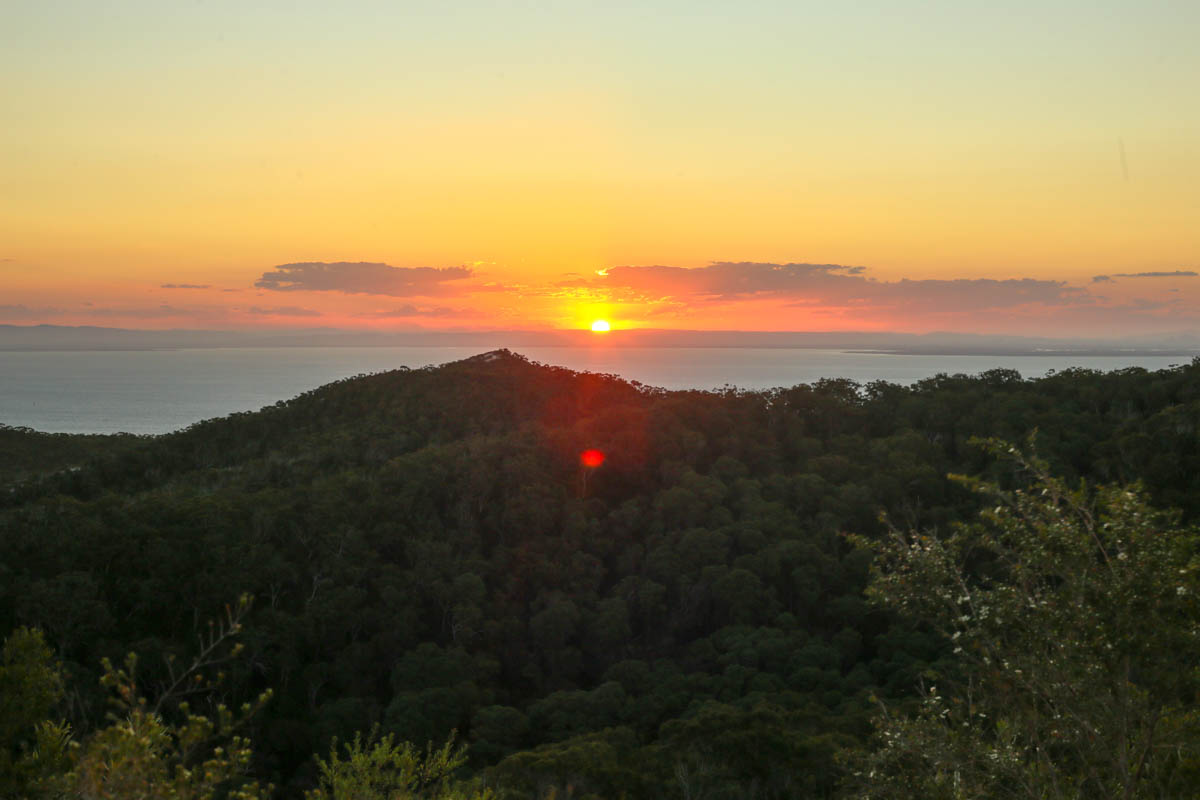
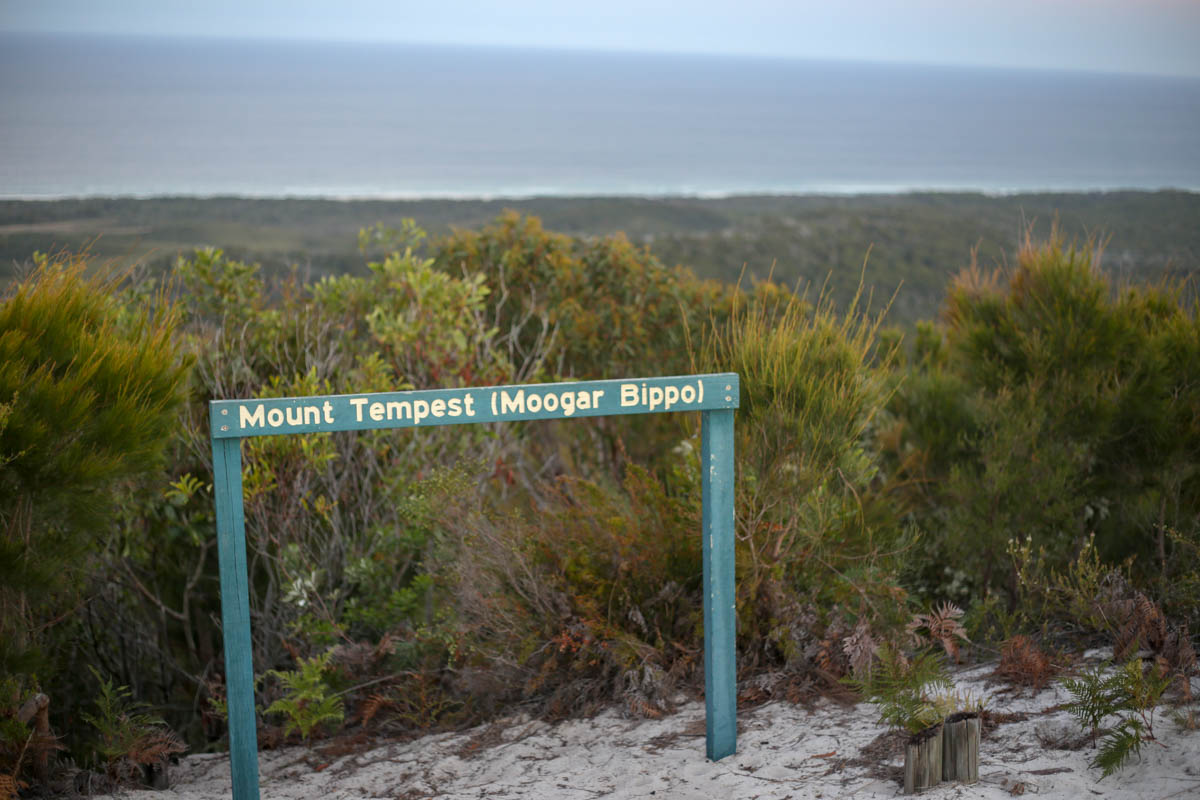
We sold most of it, and packed the rest up real tight. Meredith and I condensed our lives back down to just a few suitcases hopped on a plane and headed off for another year of adventures on a new continent. We couldn’t be more excited.
Now, when we were originally considering heading abroad Australia was naturally high on the list. After all, Davis (Mere’s sister) provided some inspiration for us by moving over this way a couple years back and falling in love with the place. Well, it was a natural next step with an easy visa and a quick flight opening up a whole new world of opportunities. But before we got on with our Australian lives it was time to meet up with Miss Davis for some birthday shenanigans.
“We loaded up a friend’s 4 wheel drive hopped on a ferry.”
Davo lives in a killer place up in the very tropical city of Brisbane, a couple hour flight from windy Welly and we were sipping bevvies enjoying a warm evening breeze. A welcome change for us. True to form we didn’t come to loaf around the city, we had our eyes set on something a bit further afield. We loaded up a friend’s 4 wheel drive hopped on a ferry across the Brisbane harbor to Moreton Island.
Moreton is a rugged, sandy island facing out into the wide Pacific Ocean that exemplifies so much of what Australia has to offer. There are empty white-sand beaches as far as the eye can see, shipwrecks teeming with tropical fish, campsites nestled in the bush, and friendly bogans ripping around in the sand and crushing beers. Indeed, the four-wheel driving was a highlight attraction for many visitors. There isn’t a paved (or even really a developed road) in the joint. The ferry dumps you right on the beach and you take off; a few loose sand roads cross over the dune-y island but for the most part you fly along the wide, empty beaches that ring the island.
“Cooking up some kangaroo with your feet in the sand was every bit the Australian paradise we could have asked for.”
We nestled for a couple nights in a remote site on the far side of the island, waves crashing in just over the dunes. With nothing but snorkeling shipwrecks, body surfing, and beach walking on the agenda we all lived it up in our little vacation-from-our-vacation. Enjoying the tropical waters, flying down expansive beaches, and cooking up some kangaroo with your feet in the sand was every bit the Australian paradise we could have asked for.
It was great to catch up with Davis, meet some of her Brisbane friends, and really start to understand why she decided to stick around so long after doing a working holiday. Brisbane is a lovely city in it’s own right but is flanked by heaps of intriguing outdoor pursuits in every direction. It was great to get a proper vacation in before we packed back up and headed off to our new hometown: Hobart.
Making A Life In Hobart Town
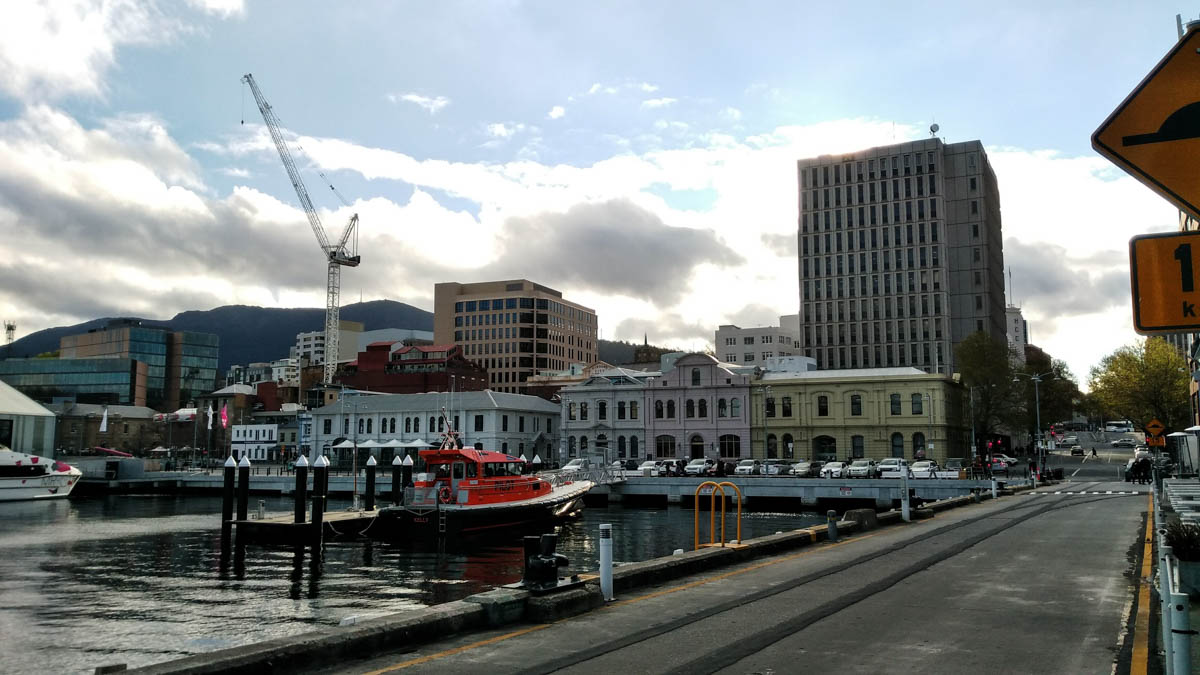
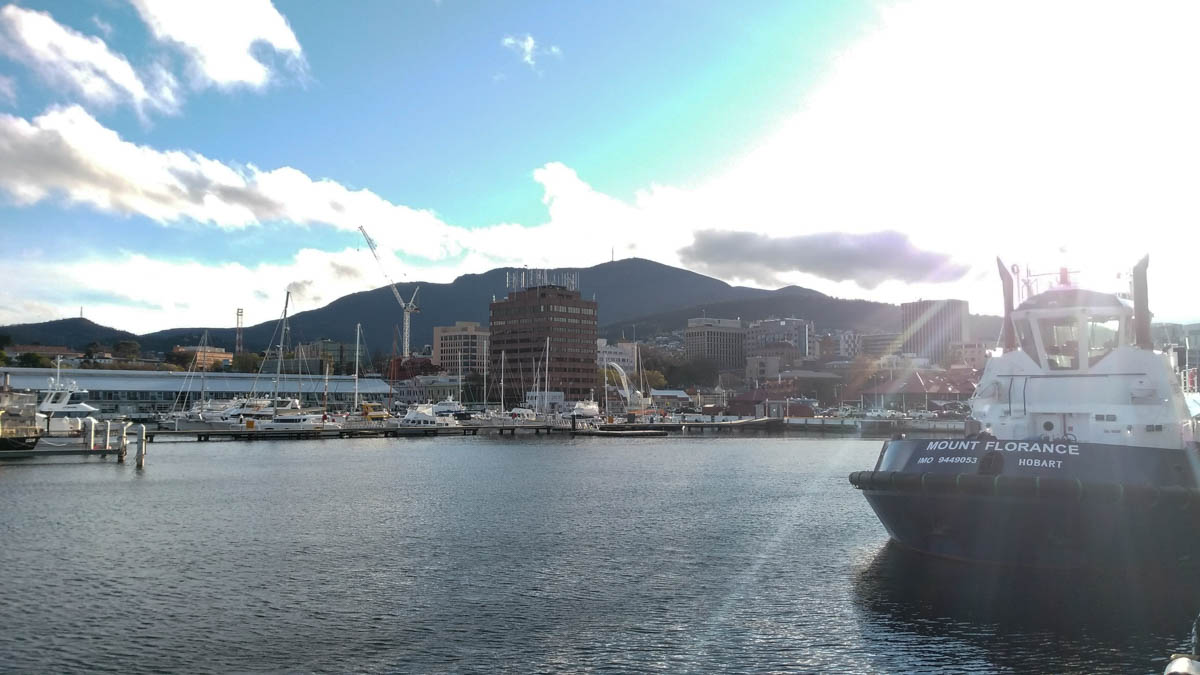
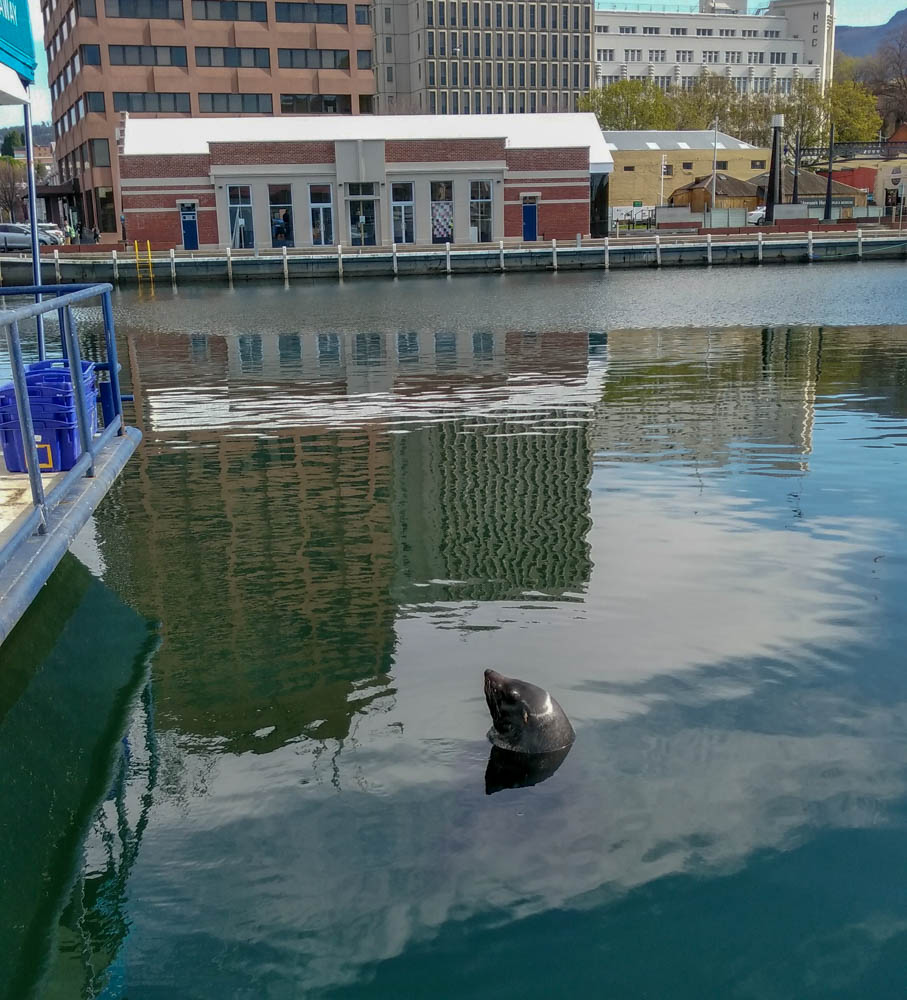
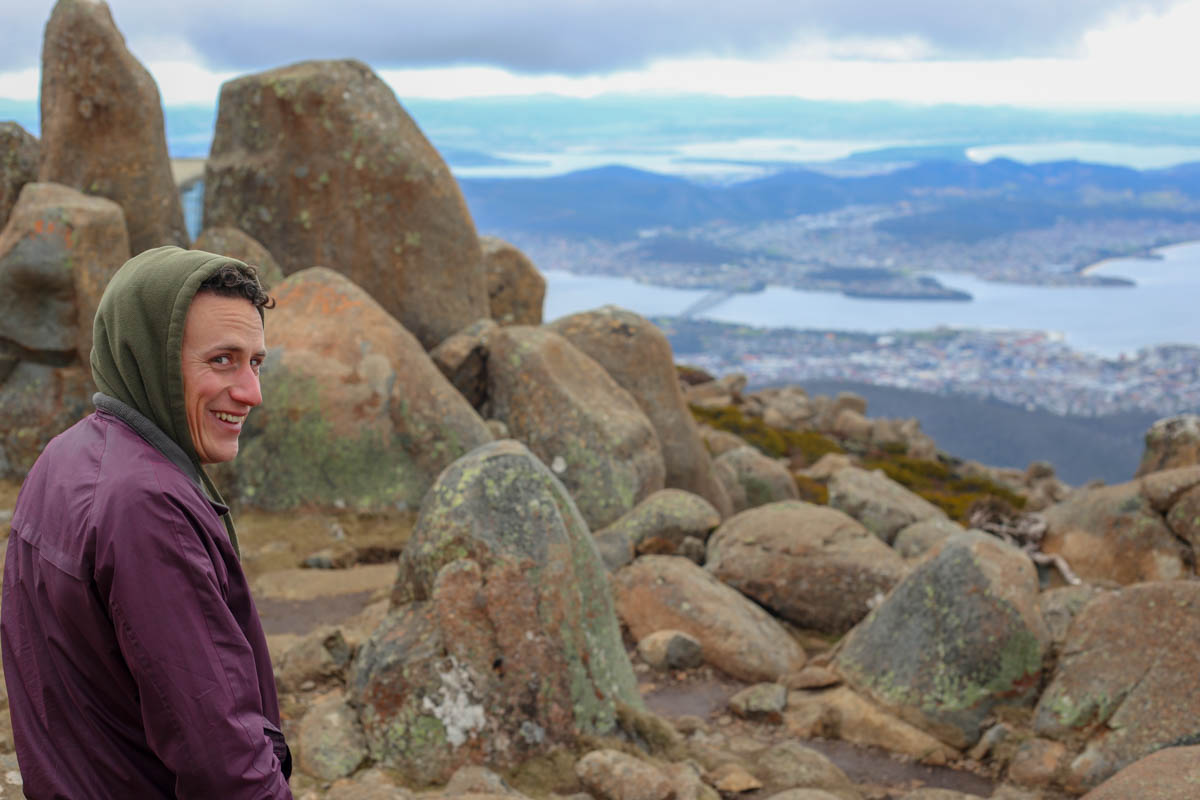

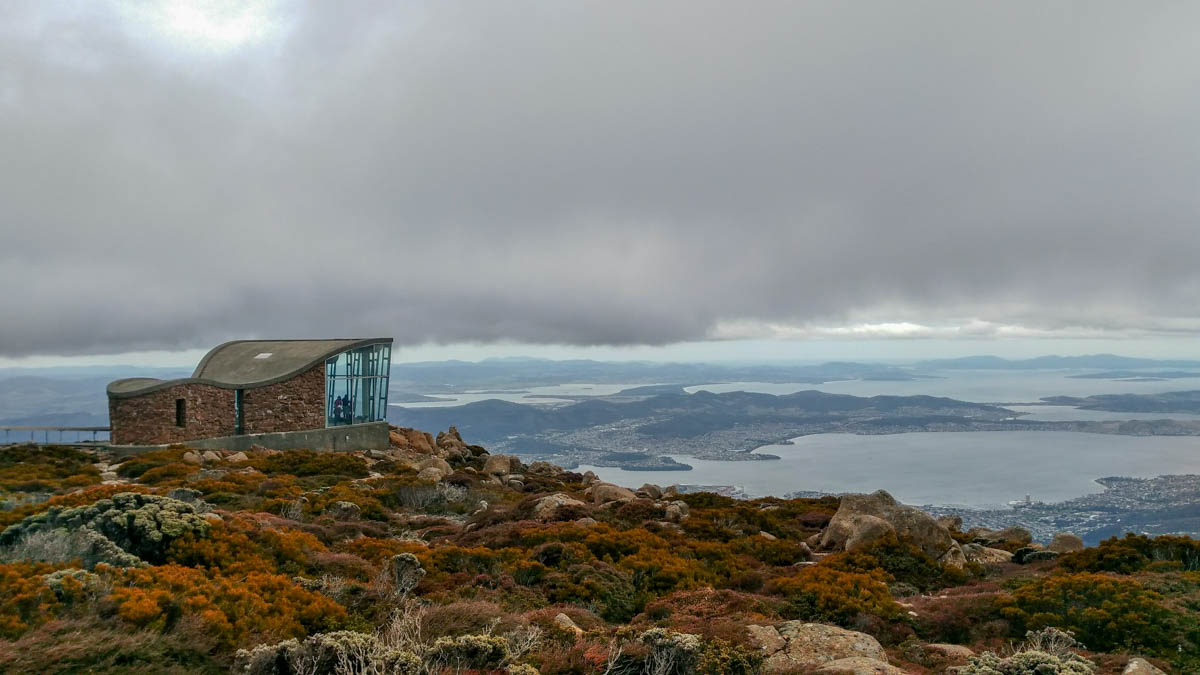
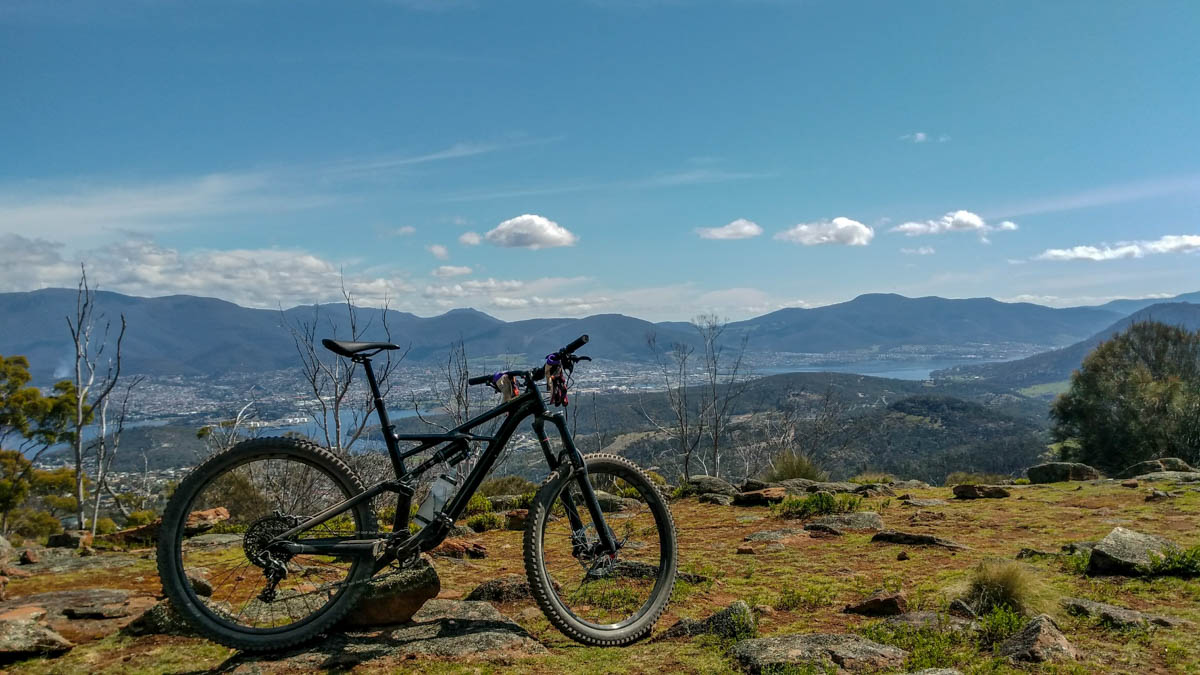
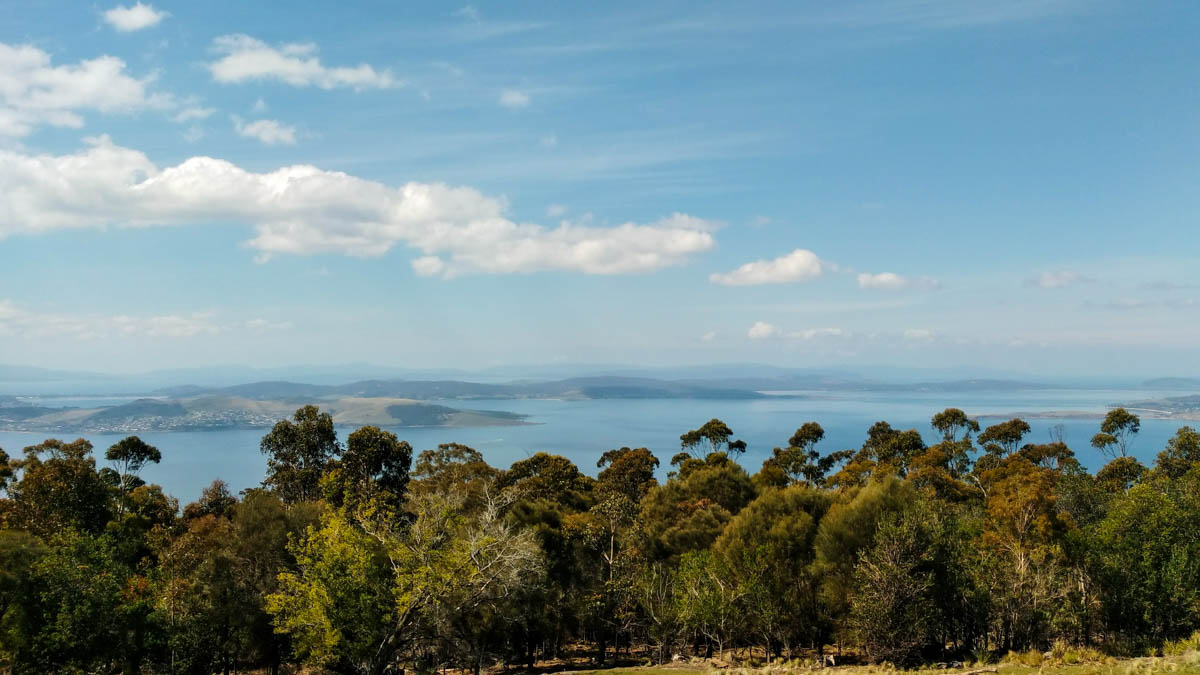
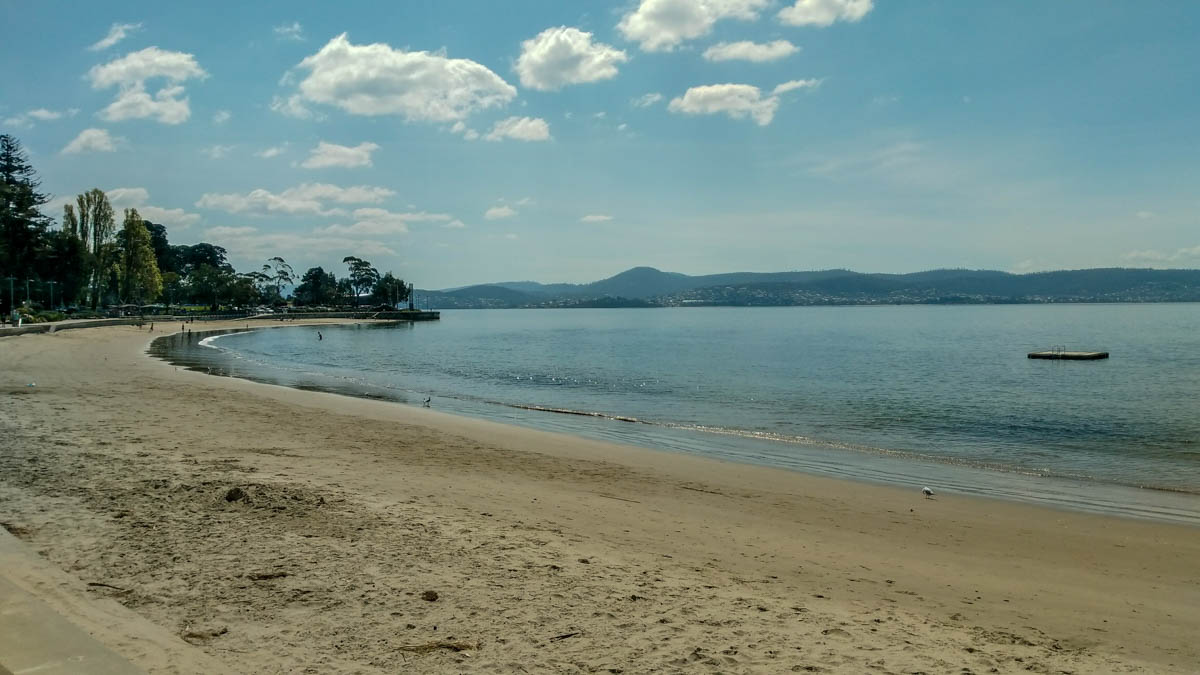
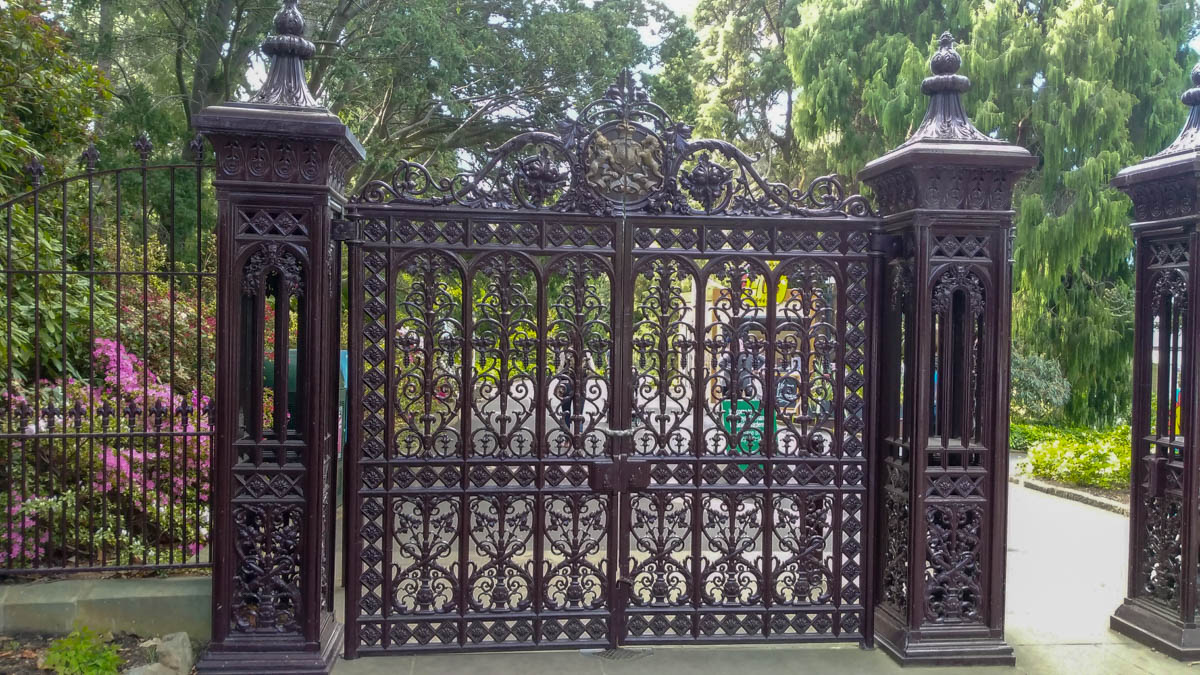
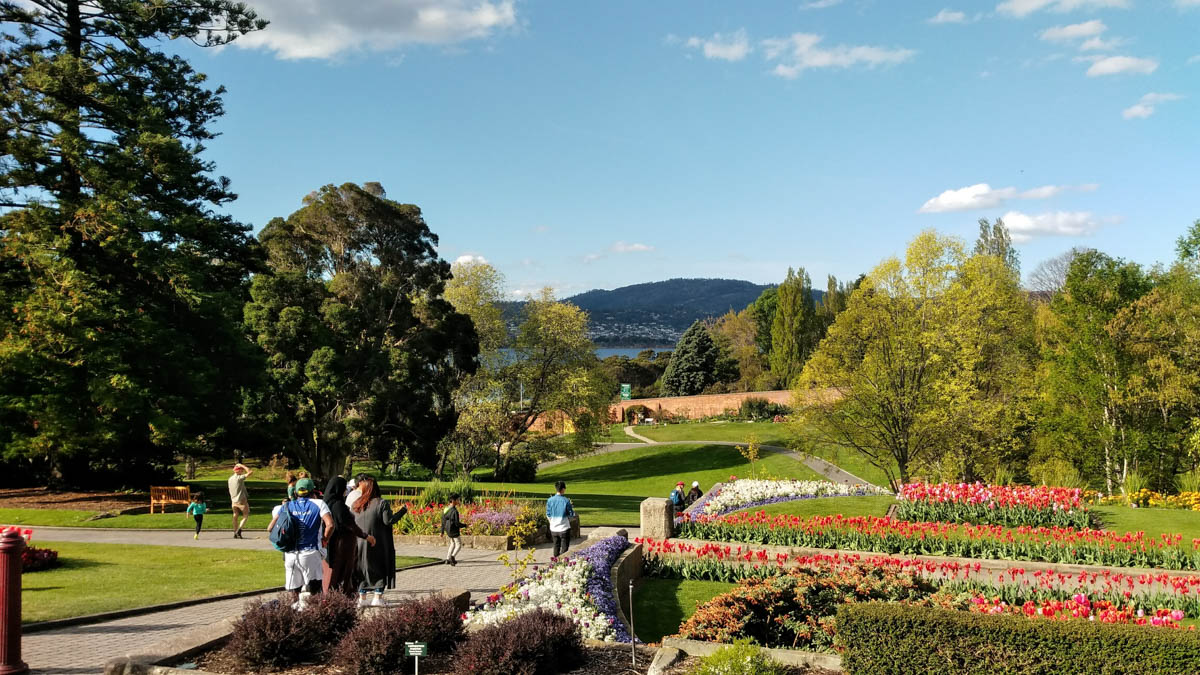
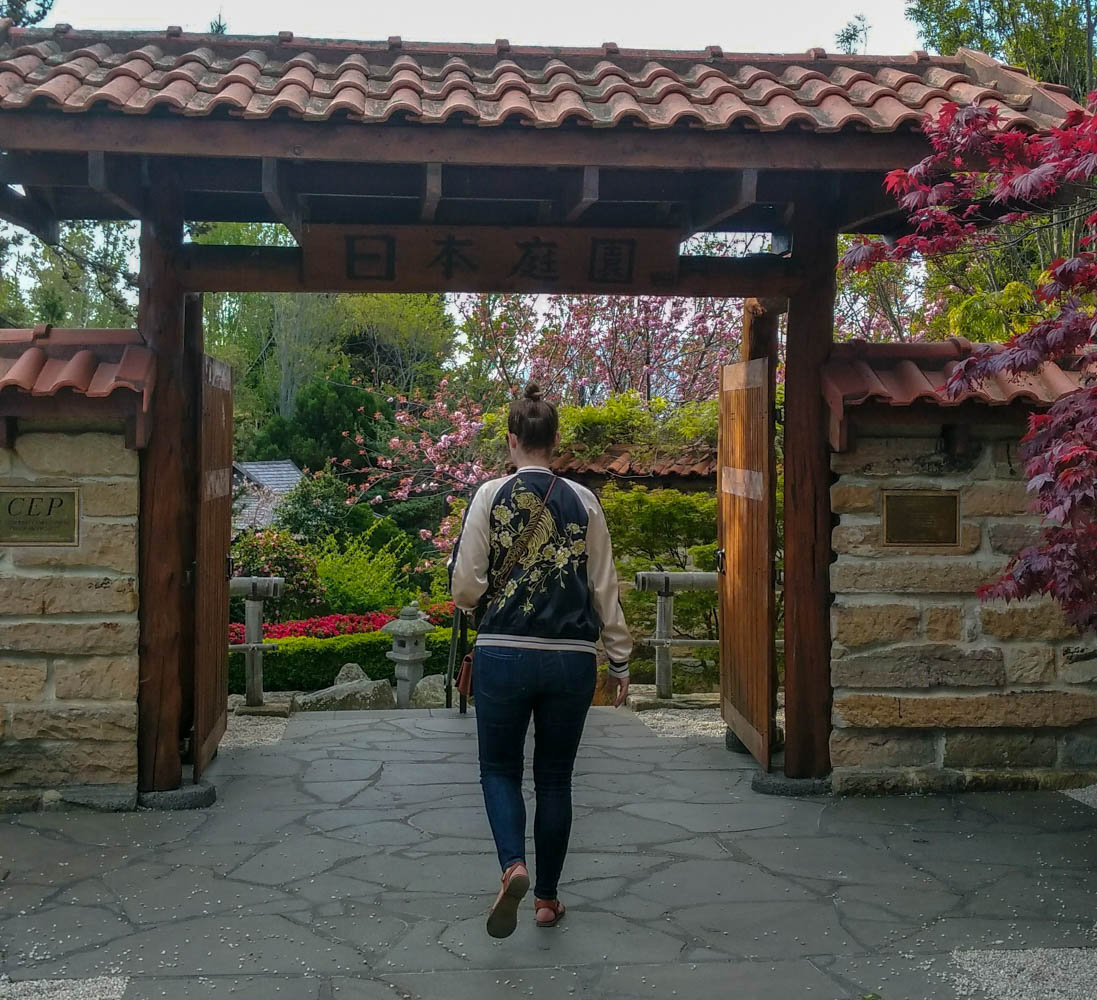

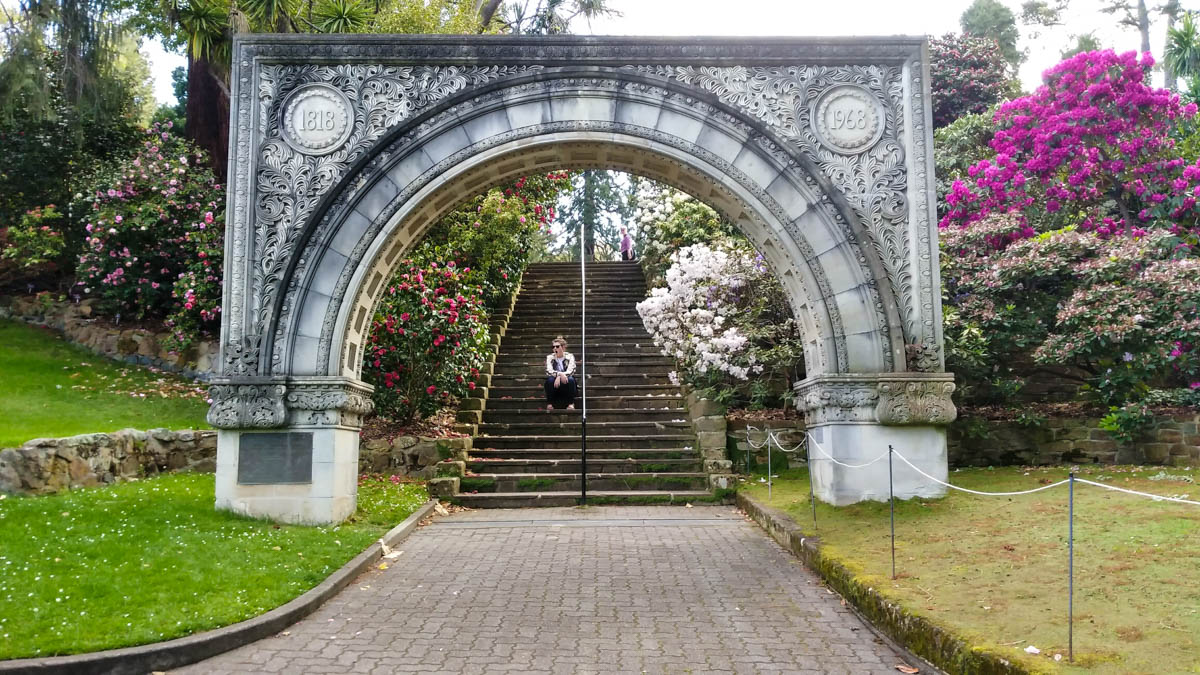
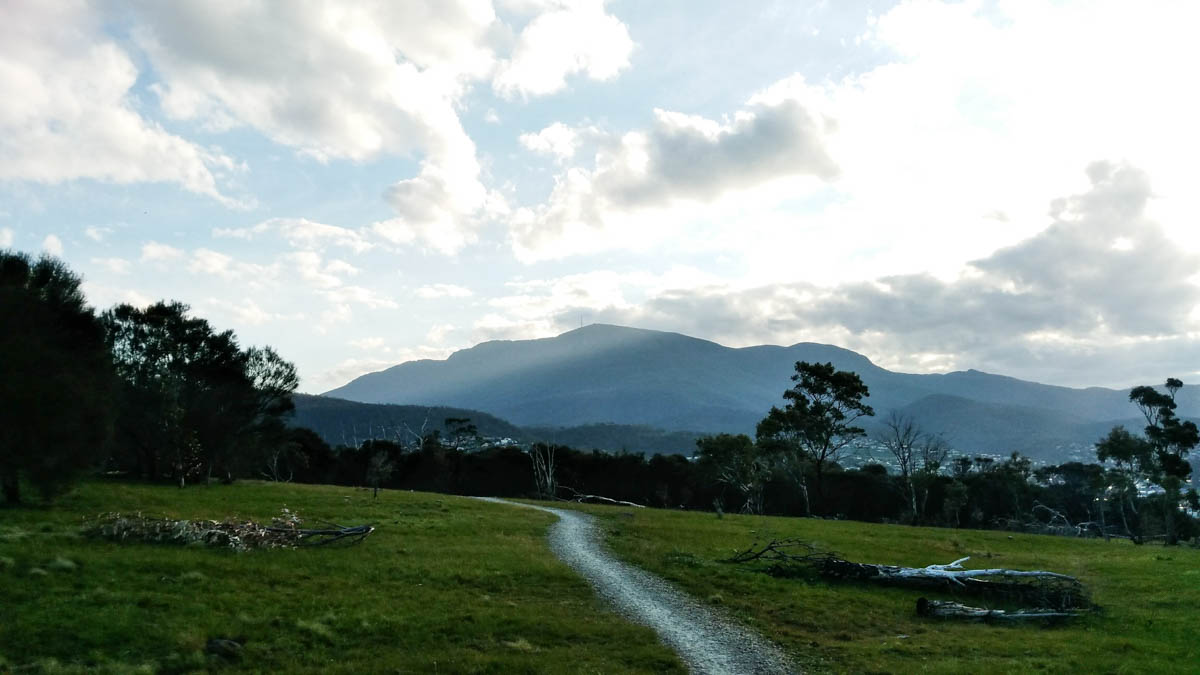
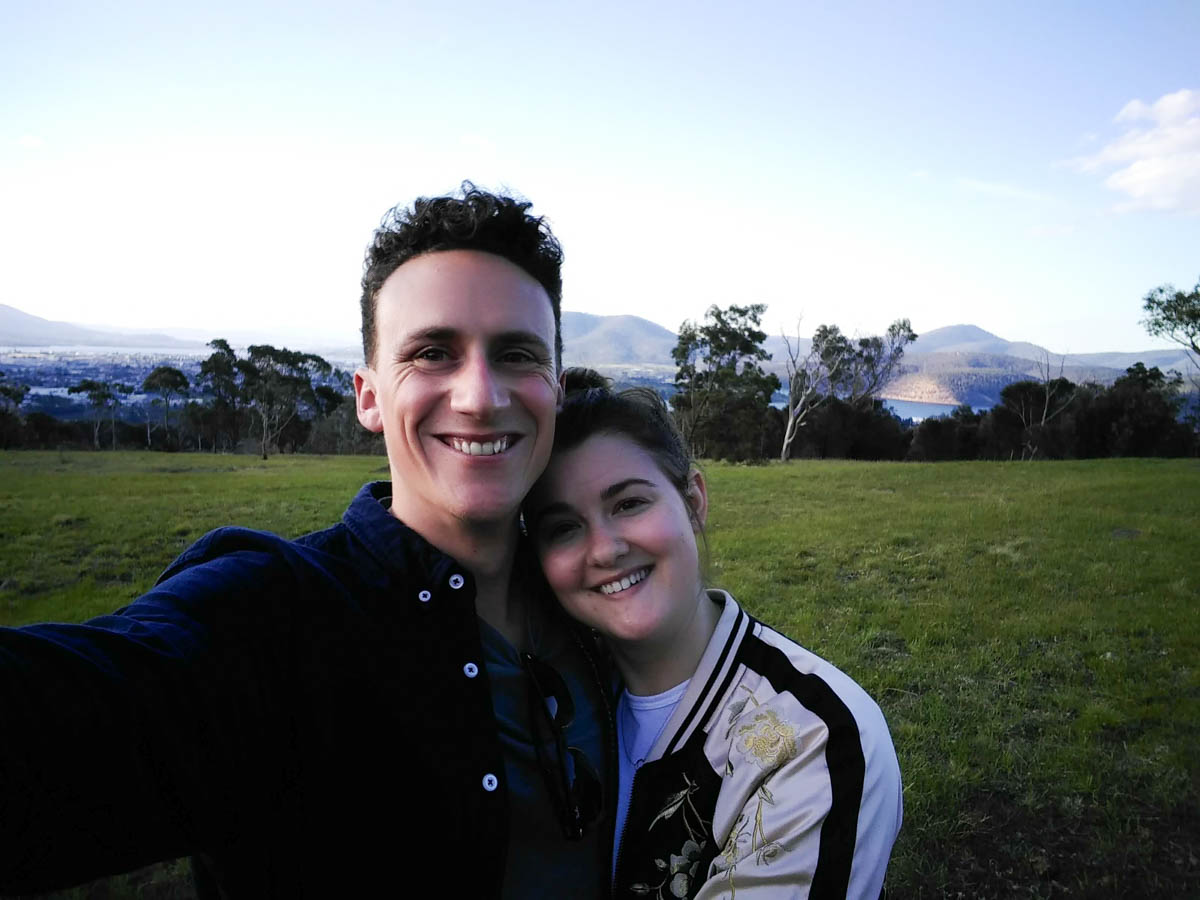
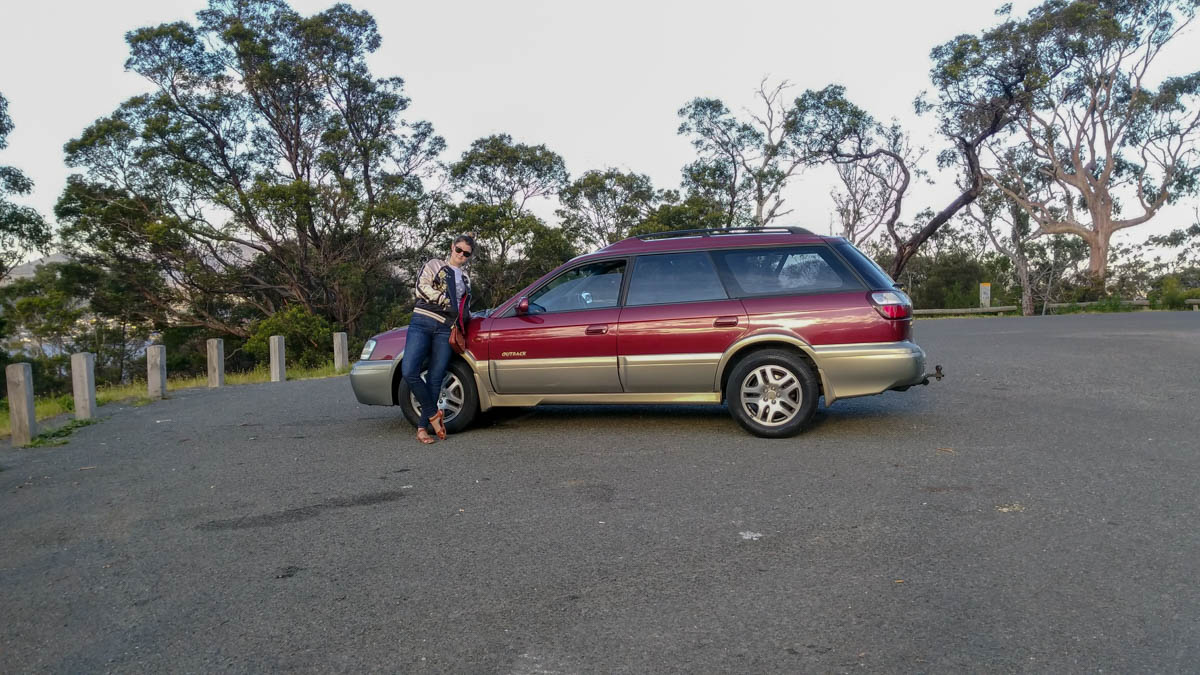
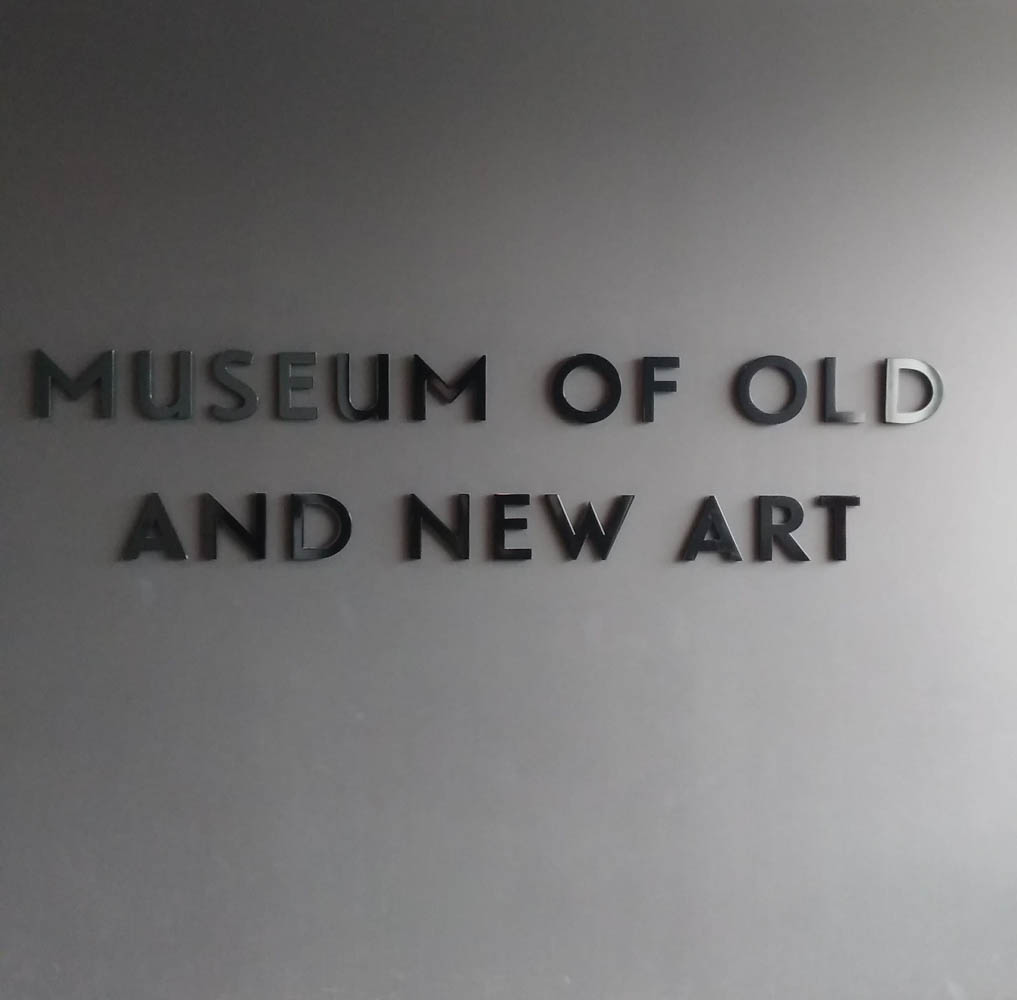
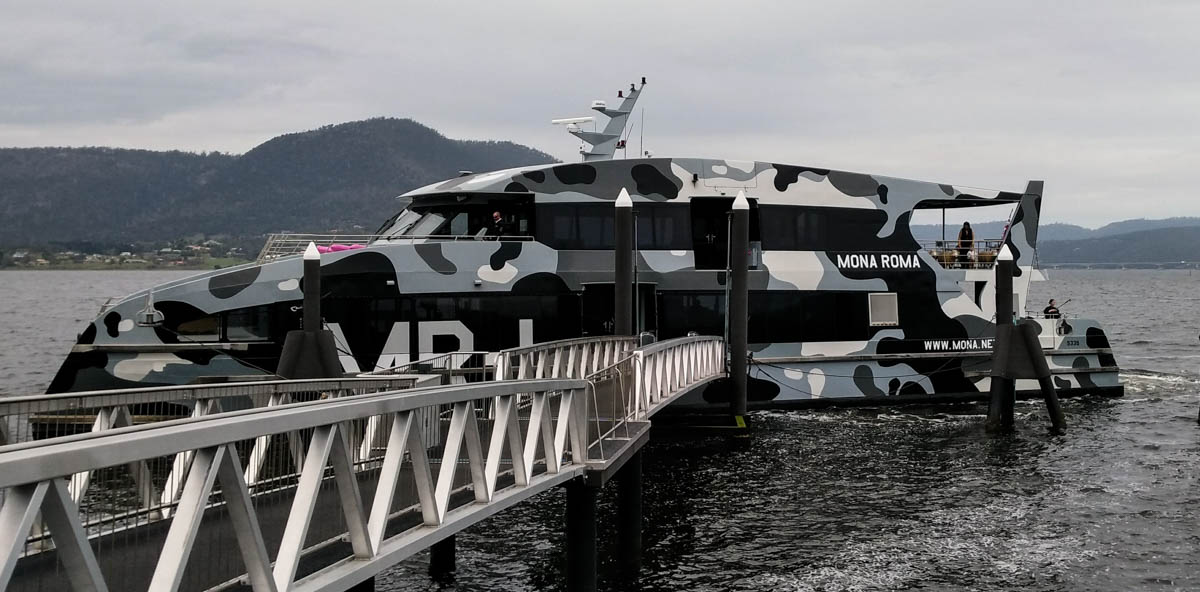

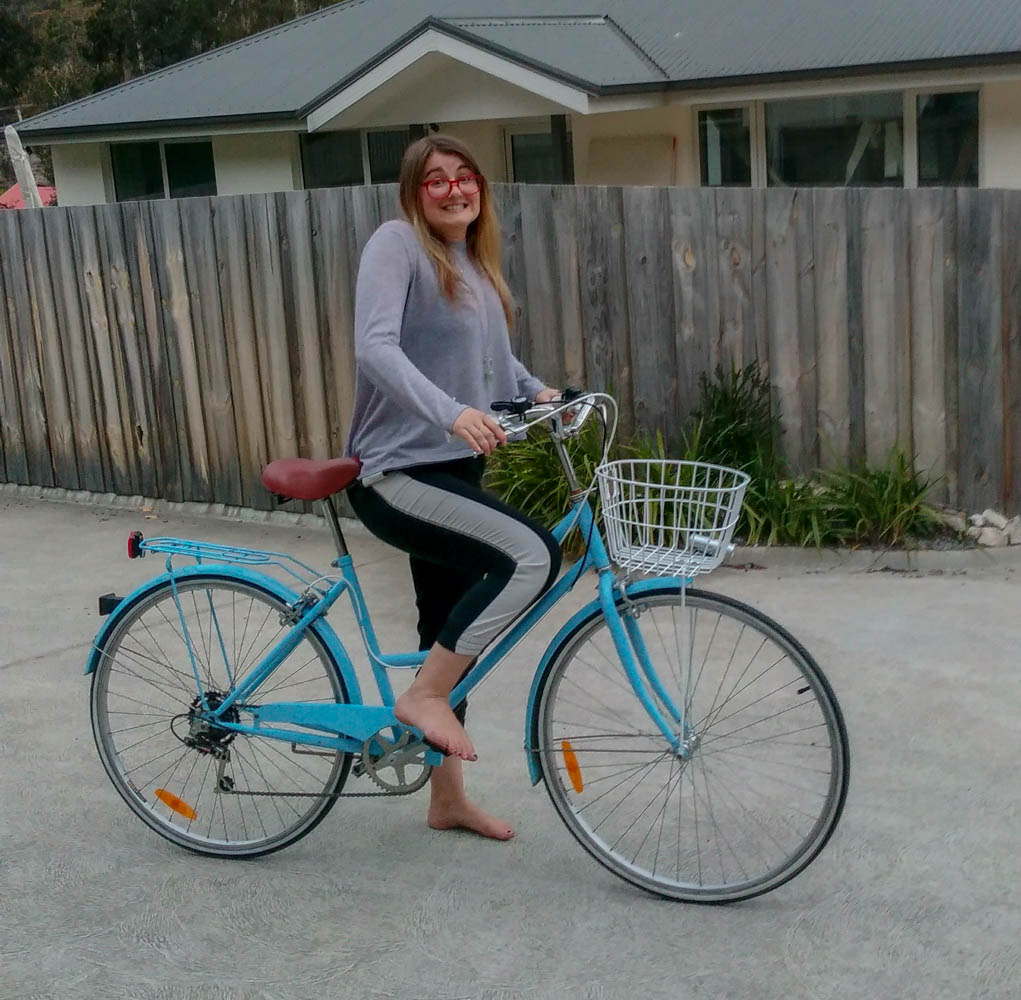
A quick flight down AUS’s east coast and we stepped off the plane into a town that felt much more like our stomping grounds from the past year. Another deeply southerly harbor town clinging to the edge of the world. Now I know what many of you may be wondering, why Hobart?
“It’s a ragged little island surrounded by open ocean populated by vastly more sheep than people.”
Well, let’s start with why Tasmania. It’s a ragged little island surrounded by open ocean populated by vastly more sheep than people with outdoor pursuits at every turn. In other words, it’s New Zealand part two. Now the mountains may be a little less prominent, the volcanic activity a little less gratuitous, the bush eucalyptus-centric rather than fern and beech, but that would be to short change the undeniable beauty Tassie has to offer. Naturally, it seemed the perfect place for another summer of adventures. Once we landed on Tas as the region Hobart was really the only option for our next town. It’s by far the largest town being a bit larger than Dunedin (or twice the size of Boulder), and is the main center of activity on the island with many attractions right at hand and the most work opportunities. For being a utilitarian city choice though we’ve been surprisingly struck by its charm.
Hobart sits on the southeast coast of Tasmania upon the banks of the River Derwent with Mount Wellington rising in the background. It is a reasonably old town being the center of much early whaling traffic in the 1800s, so there is plenty of colonial charm around every corner, which is only to be outpaced by the outdoorsy ambition of the people. Riding, climbing, hiking, and surfing are all close at hand.
“Below the old homestead, the museum plunges five stories down into the Triassic sandstone below.”
Not only that, there are major cultural institutions as well, one of which we recently explored for Meredith’s birthday. The Museum of Old and New Art or MONA sits upon the Derwent a couple miles north of town. It’s usually the first thing out of a local’s mouth when they’re providing recommendations for the area, always saying “You’ll either love it, or you’ll hate it.” The museum was started after a local won it big gambling and decided to blow it all acquiring a pissant local vineyard and homestead to fill with some modern art. Apparently he figured out how to make some money off it, because today the complex is properly staggering. Below the old homestead the museum plunges five stories down into the Triassic sandstone below, opening up a labyrinth of caves filled with art from all eras.
“And that was all just on the first floor.”
For our visit (it being Mere’s birthday and all) we opted for the real splurgetastic experience. It kicked off from the wharf downtown when after a tidy brunch on the water we boarded their camo-painted catamaran ferry and stepped into the “posh pit” where we were treated to all the champagne we could sip and artsy snacks we could munch on the half hour trip up the river. We dove right in, riding their glass elevator through the layers of sandstone deep into the belly of the museum. They don’t go in much for labelling or long-winded artist backgrounds, you can use their app to try and find some info or navigate the joint, but getting lost really is part of the experience. Primarily MONA is filled with modern art of the variety that gets me frothing; installation and your interaction with a piece being as critical as anything hanging on the wall. With bellies full of bubbles we went in like kids in the proverbial candy store; wandering stony halls, dancing in mirror filled rooms, stumbling upon bars perched just above the river, pondering the artistic merits of a room filled with several tons of used motor oil. And that was all just on the first floor.
At midday we climbed back out of the grotto and into the sunshine to continue our luxury experience with a tour of the on-site vineyard. We learned about how the area was growing grapes long before it was an art museum and now produces one of Tassie’s biggest labels, Moorilla. Some tastings of their fine vintages, a quick cup of coffee, and a pastry kept us buzzing at an optimal level. So we dove right back in.
“That’s what MONA is, a cohesive work of art from beginning to end that delights and challenges you at every step.”
I could go in deep about the pieces we saw, or rather experienced. A room that lit up with your heartbeat, a maze of binary code, a wall of 77 sculpted vaginas, and a literal poop machine. But I clearly couldn’t do any of it justice, and it would short change the fact that the experience is really what you go for. We wandered those art filled caverns for so long we ultimately had to push back our return ferry trip, and honestly we could’ve gone for twice as long. After hours of serendipitous wandering the sun drew low in the sky and saw us whisking back over the Derwent, drinks in hand, giddy after experiencing one of the greatest works of art on the planet. That’s what MONA is, a cohesive work of art from beginning to end that delights, intrigues, and challenges you at every step. Not bad for a backwater whaling colony.
Life in old Hobart Town has proved fortuitous thus far. We’ve moved in with a young Tasmanian couple Jesse & Jemma (we live at 2/12 Woodlyn Ct. South Hobart, if you want to send us a card or stalk us on Google Maps). The place is surrounded by the mountain bike trails that cover the slopes of Mount Wellington, and Australia’s oldest brewery (Cascade) is right down the street. We’ve got ourselves set up with a sexy Subaru Outback and named her Dolores, and have been laying plans left and right for an epic summer of escapades.
Stay tuned for more tales from down under the down under!
Our Route:
A Southern Send-Off
With a tear in my eye, it’s my last post from New Zealand! Good thing I got some powdery turns to help me get over it.
These Snowy Alps
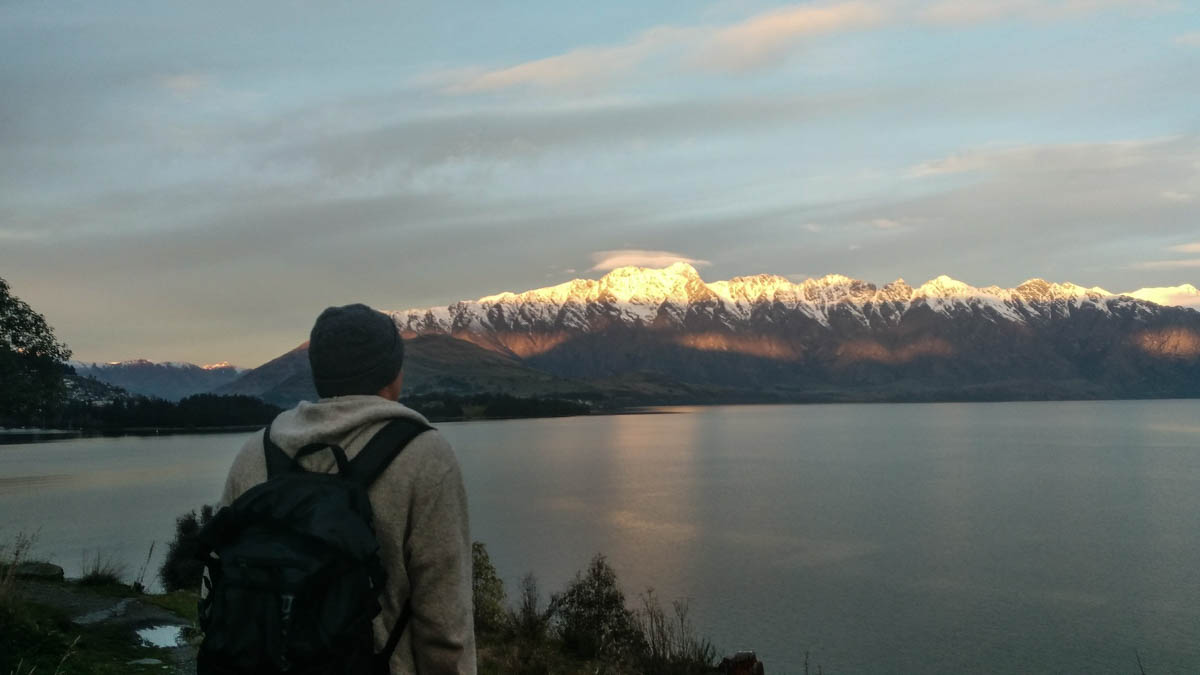
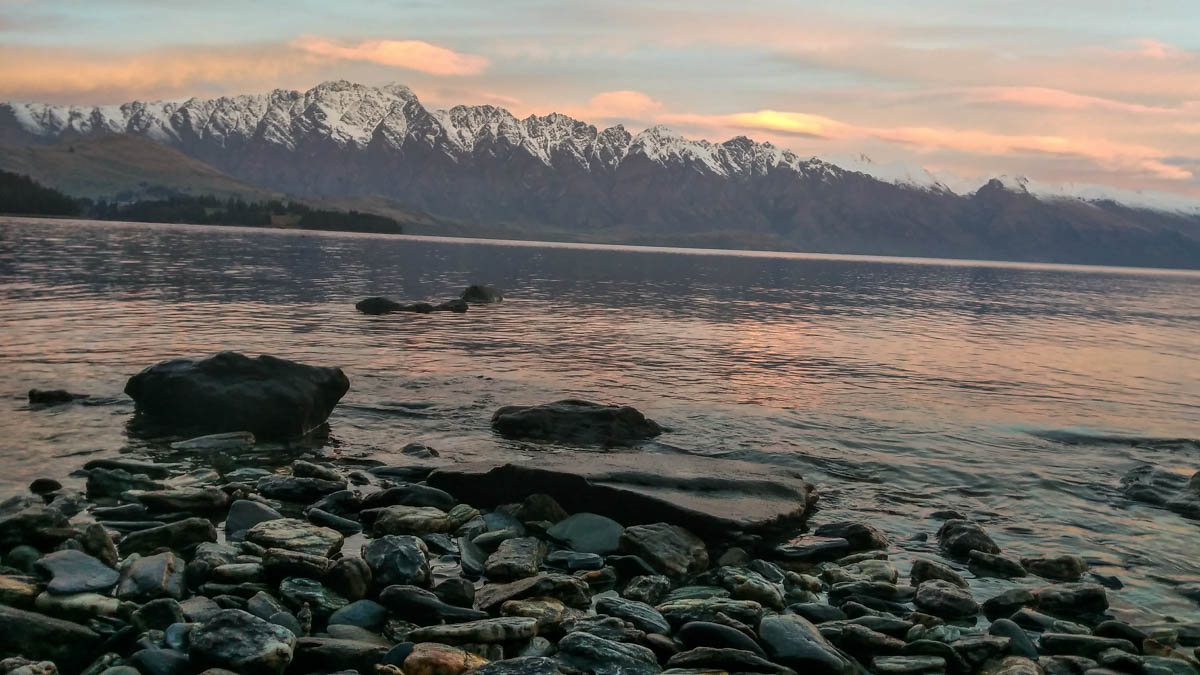
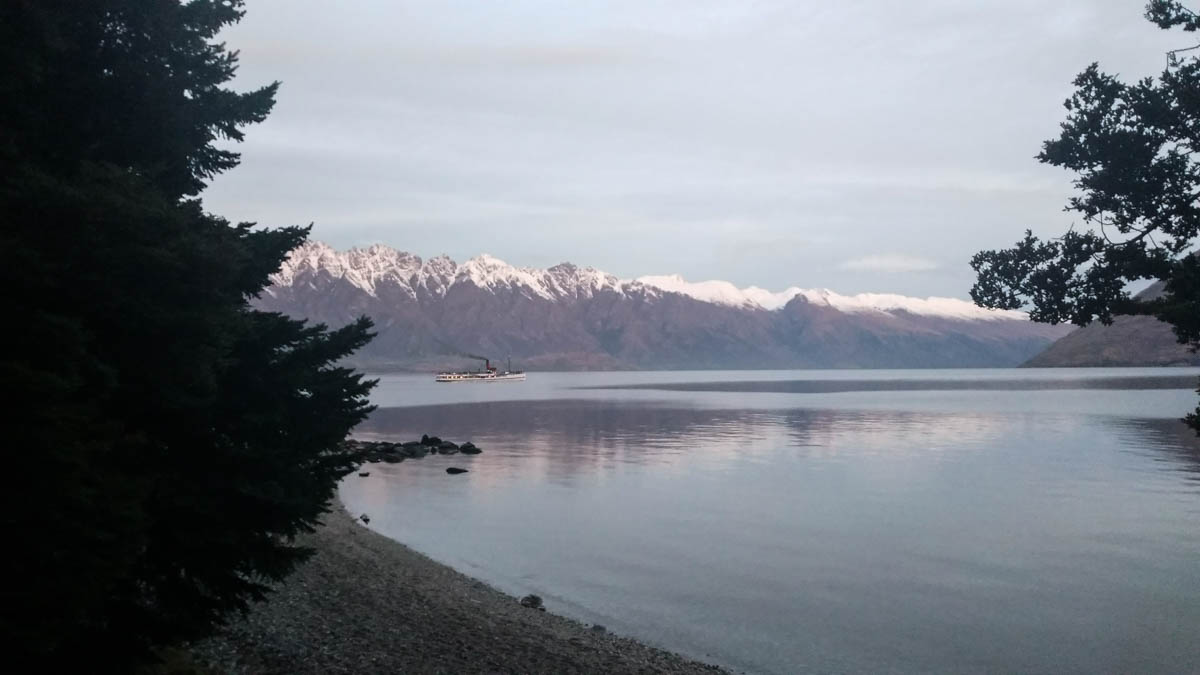
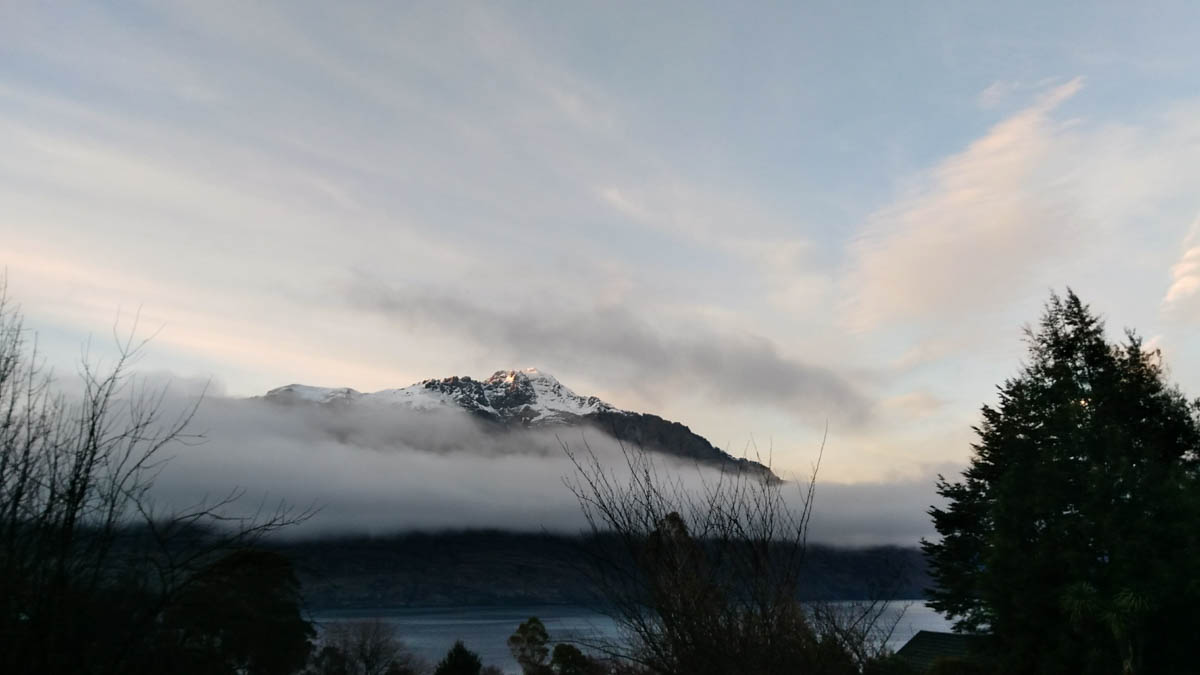
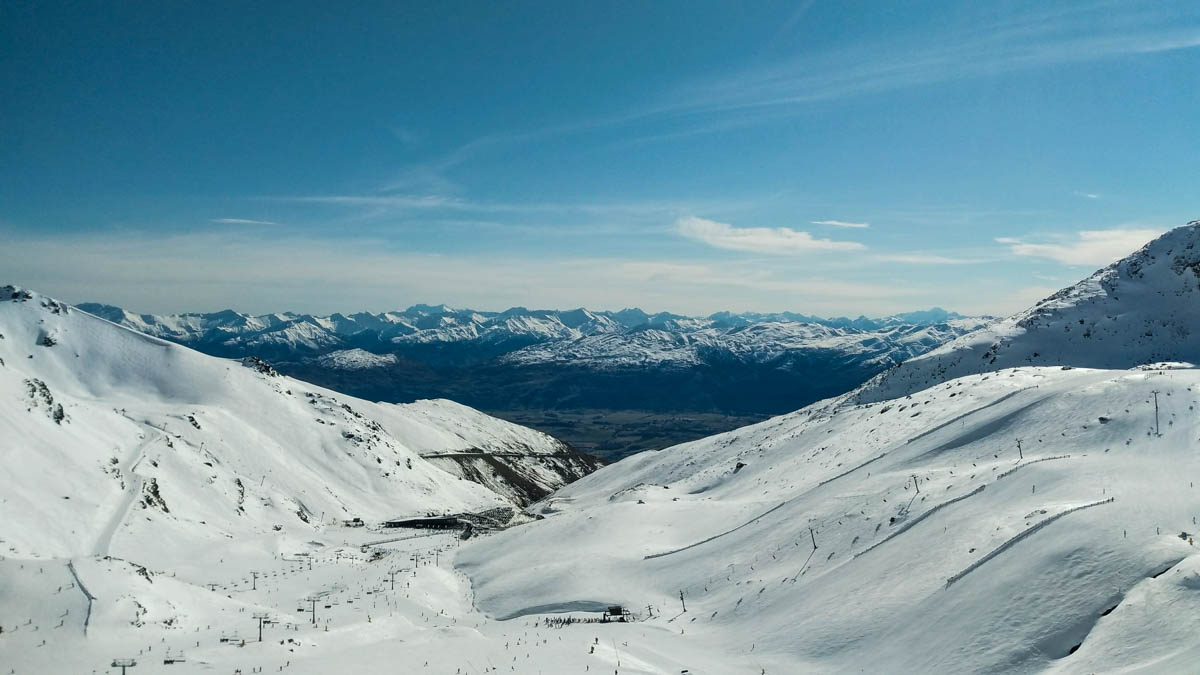

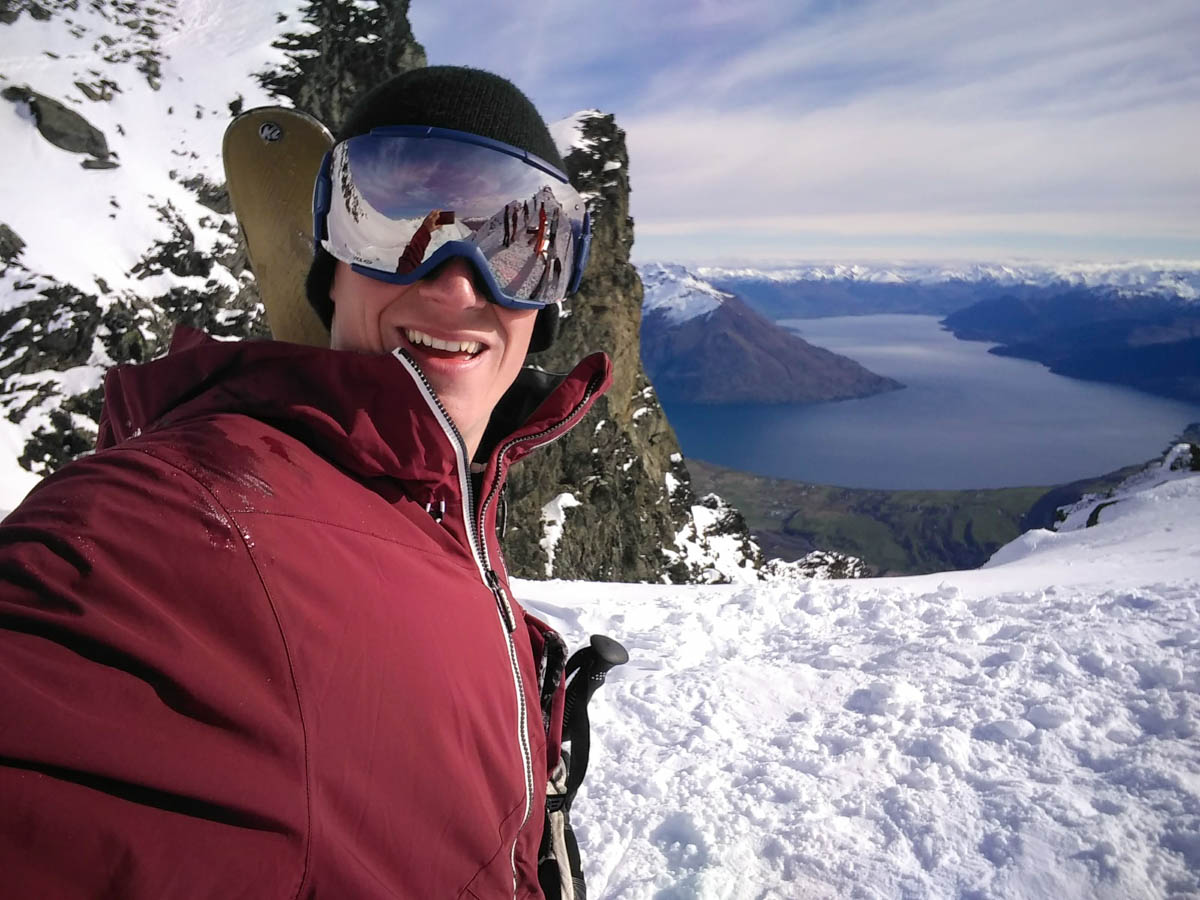
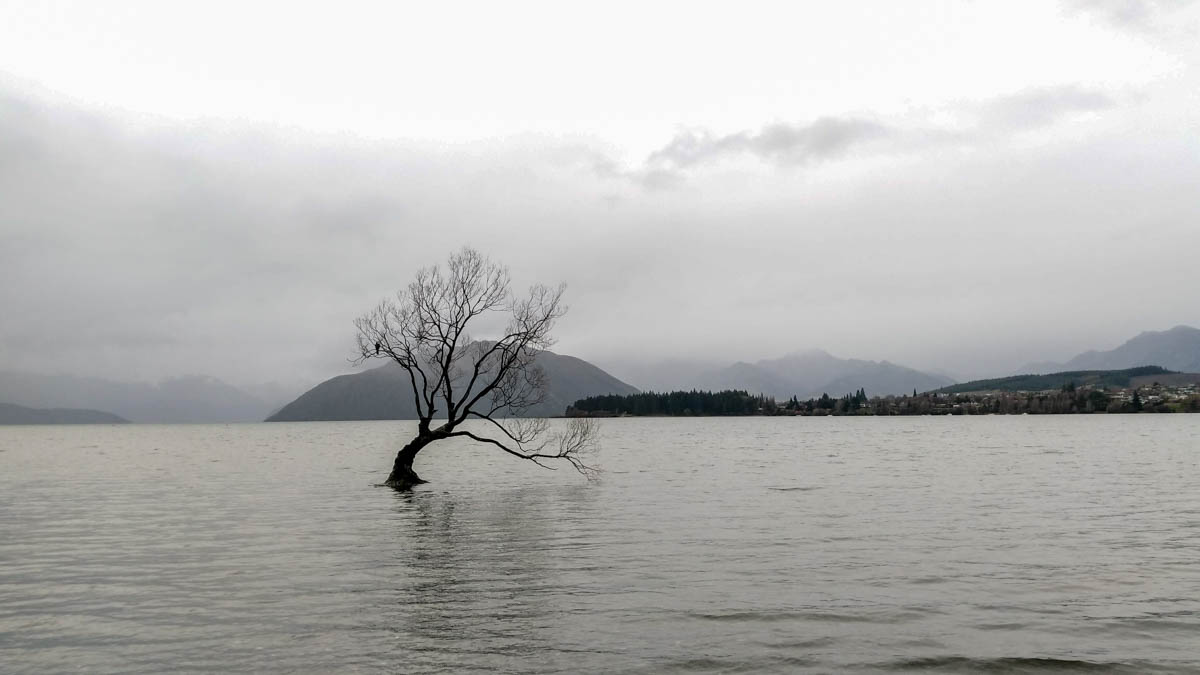
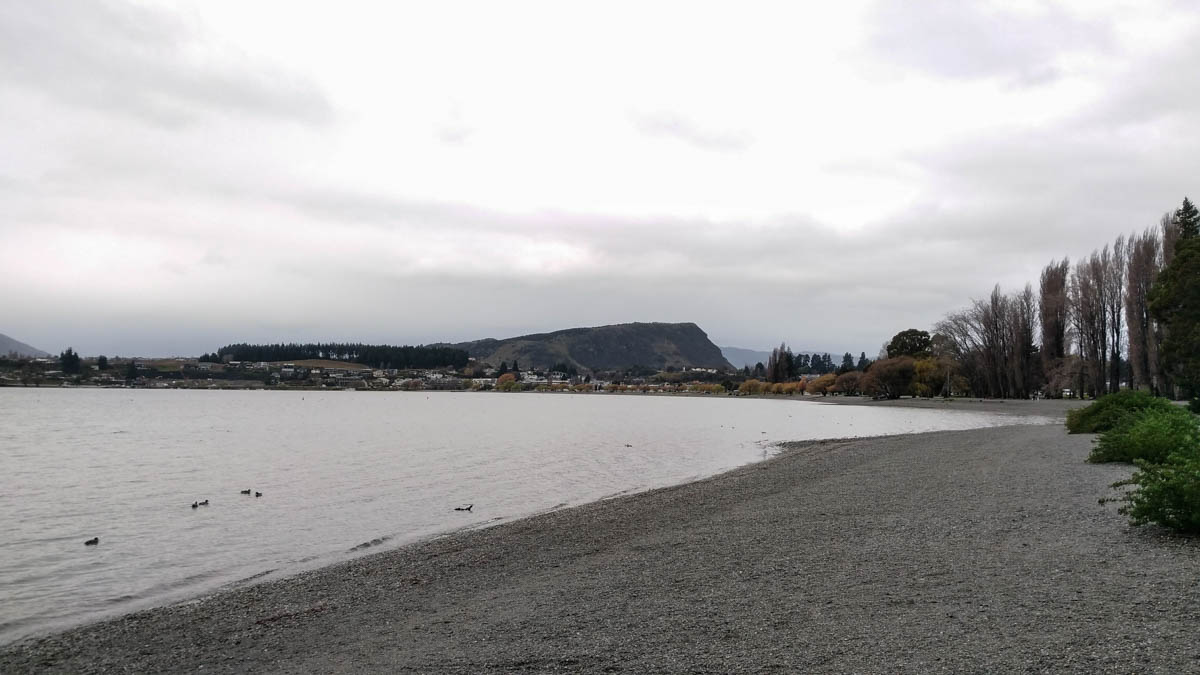
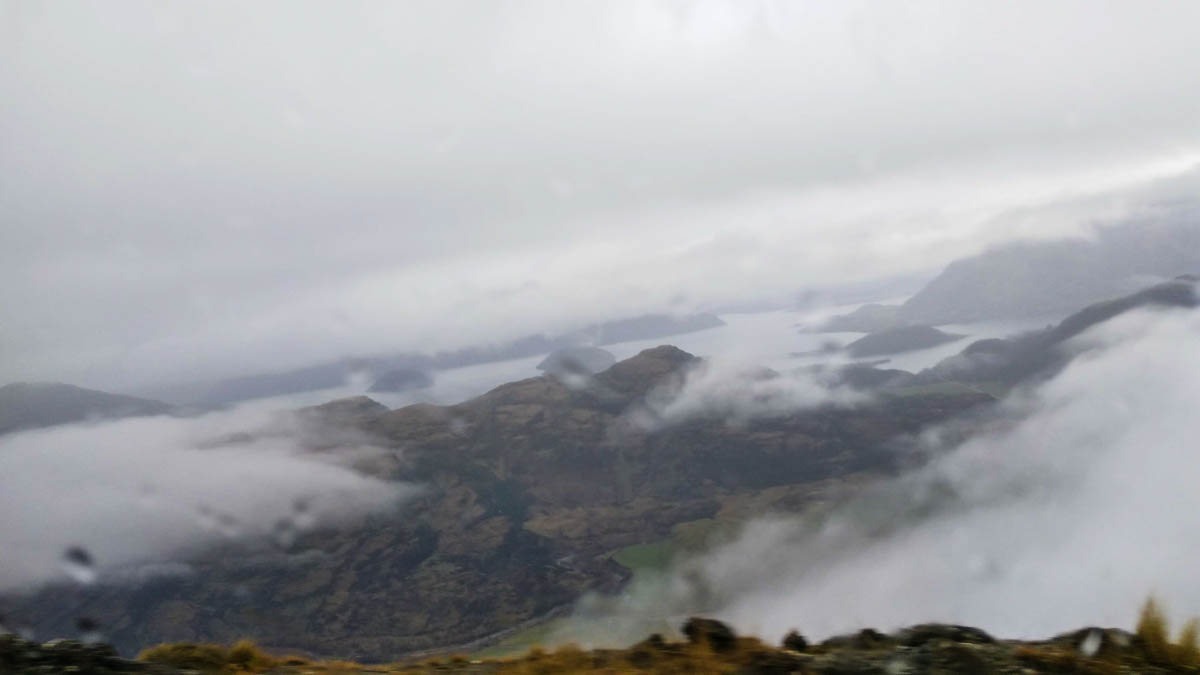

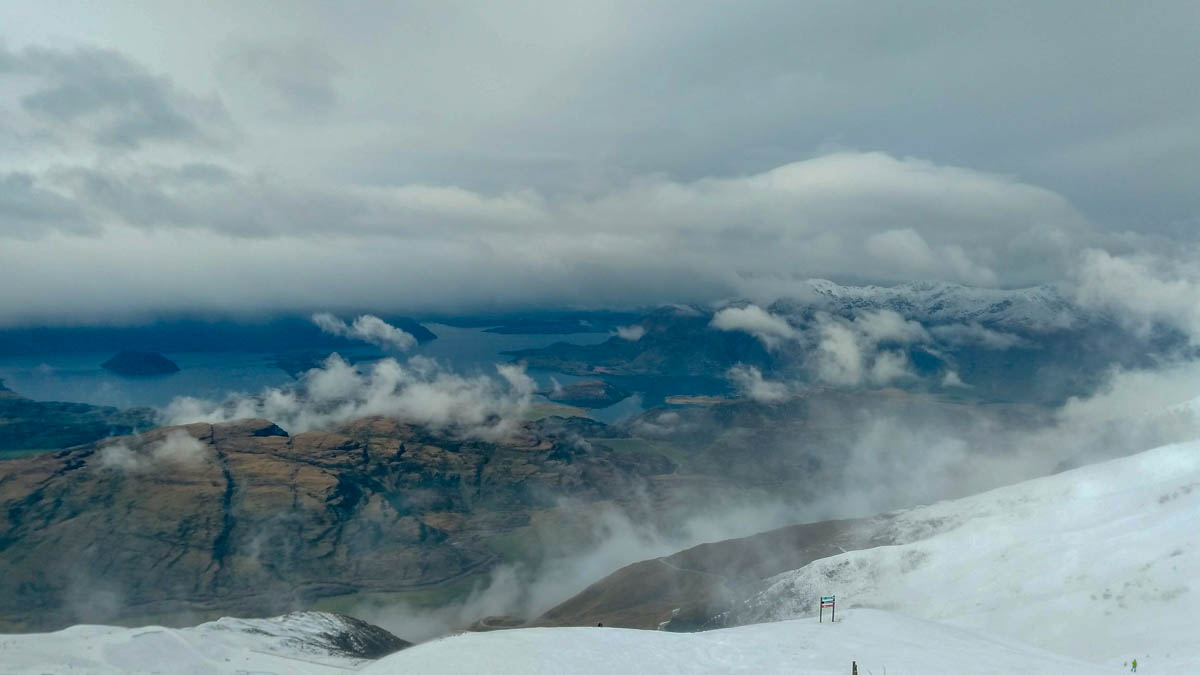
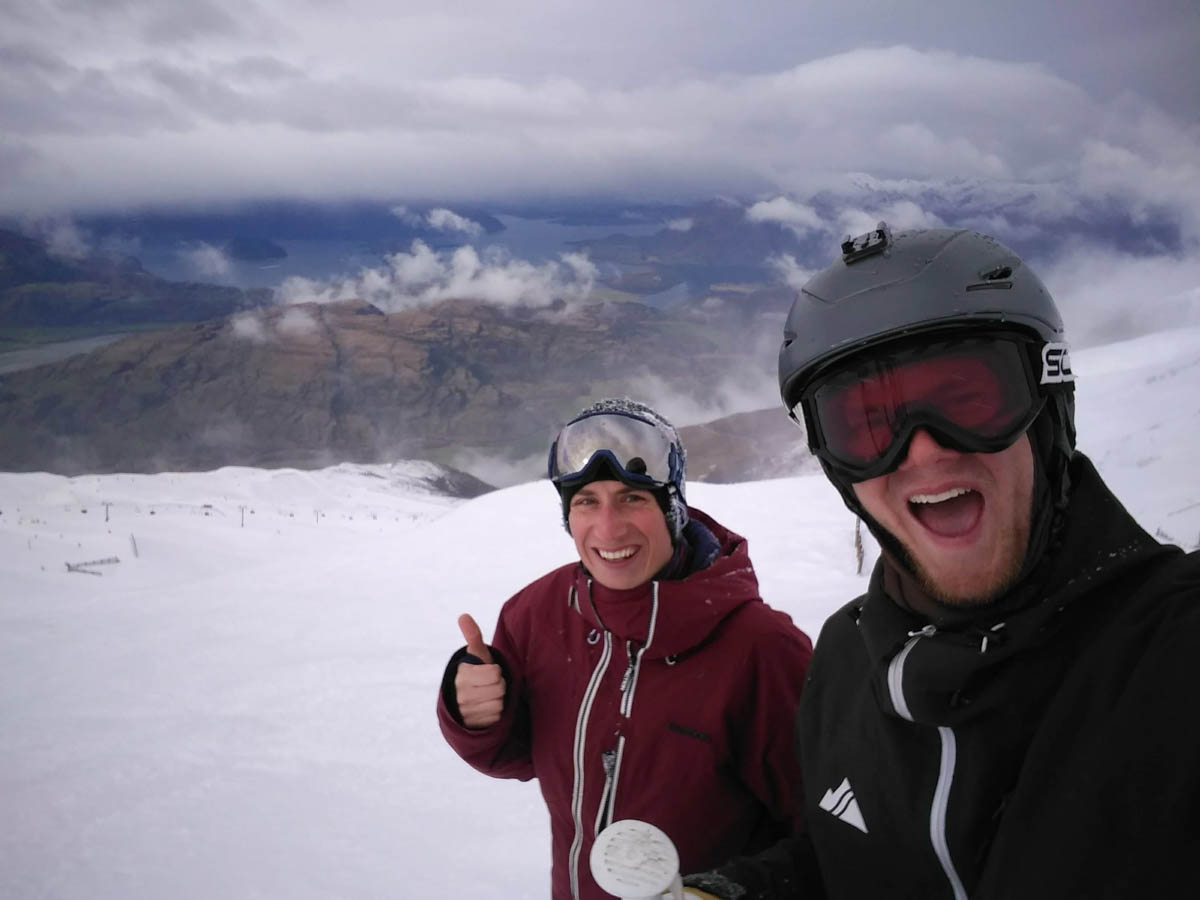
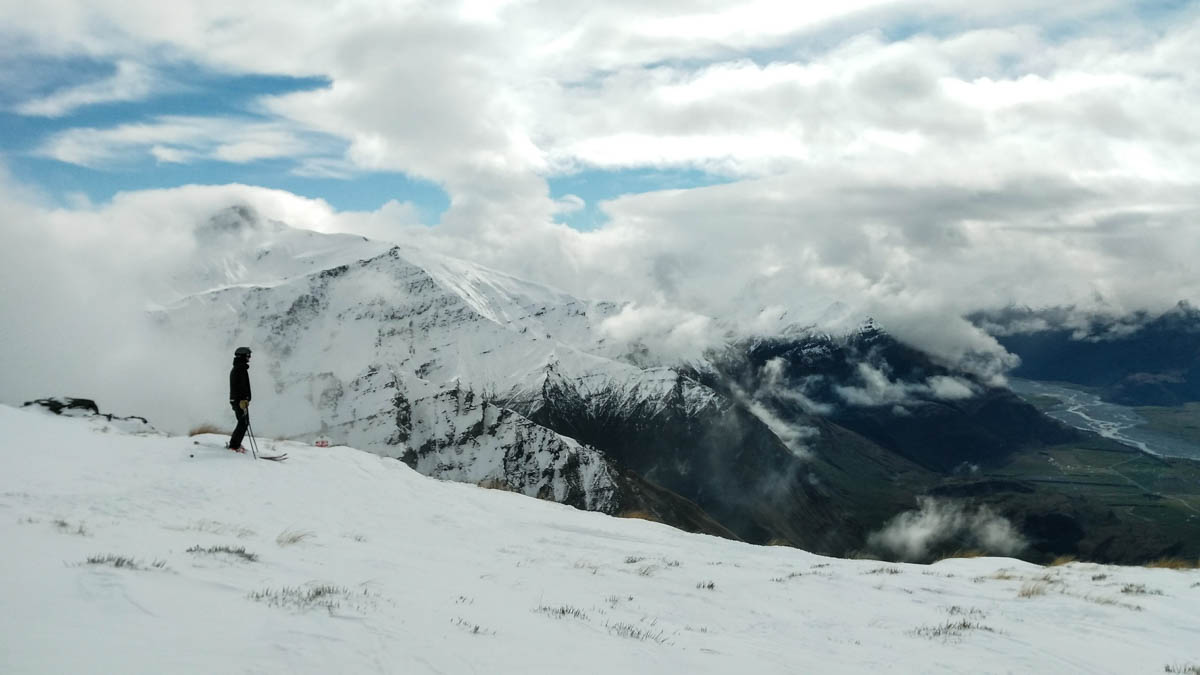
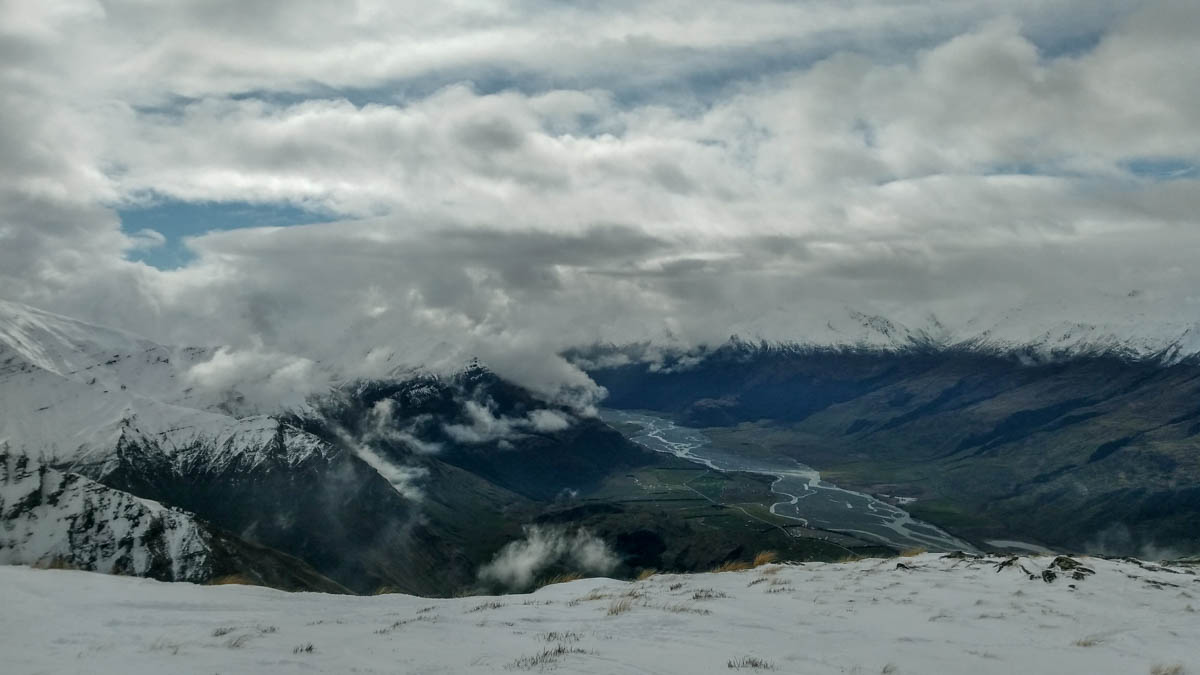
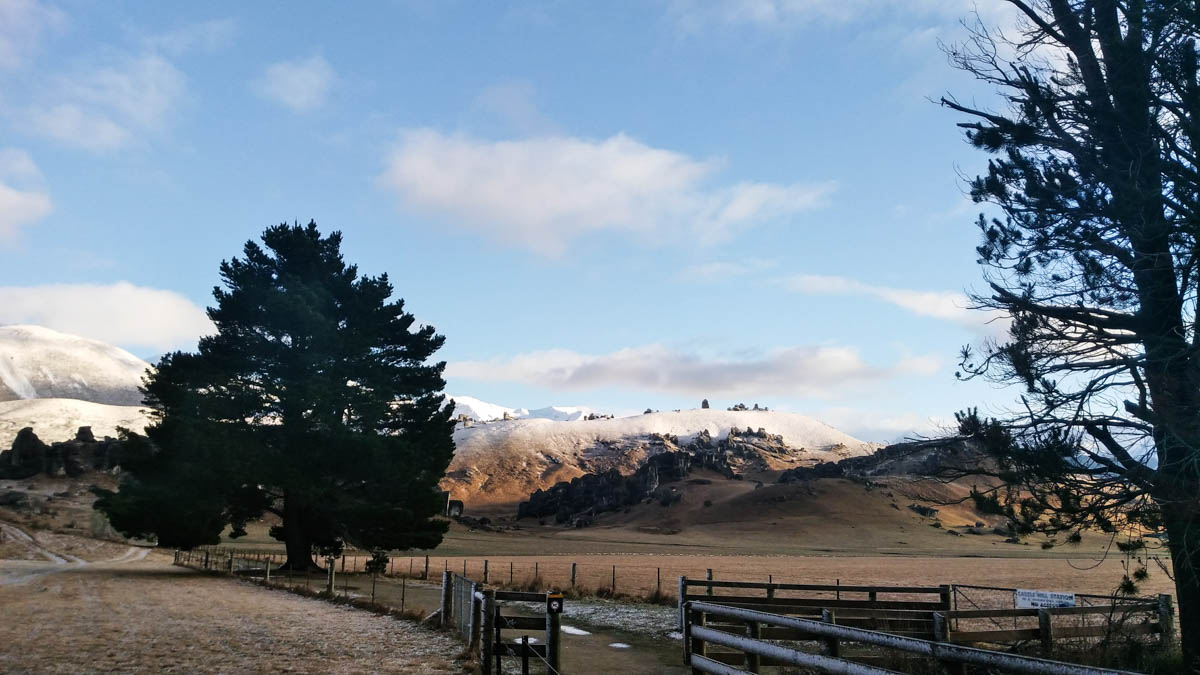
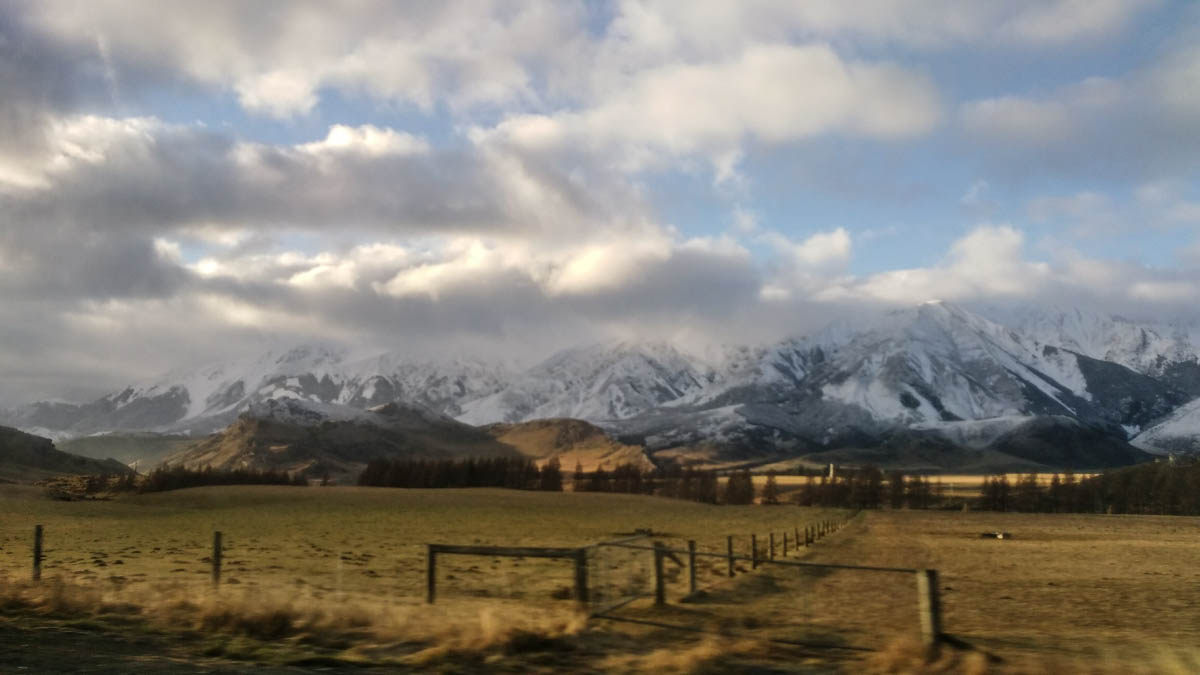
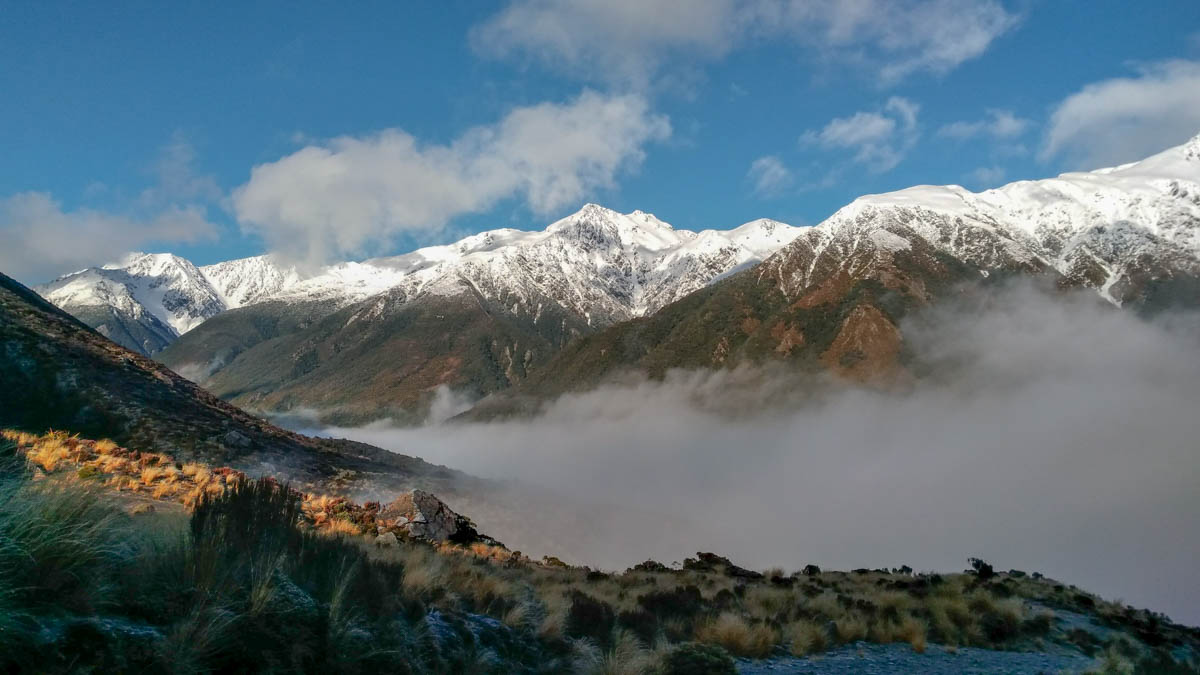
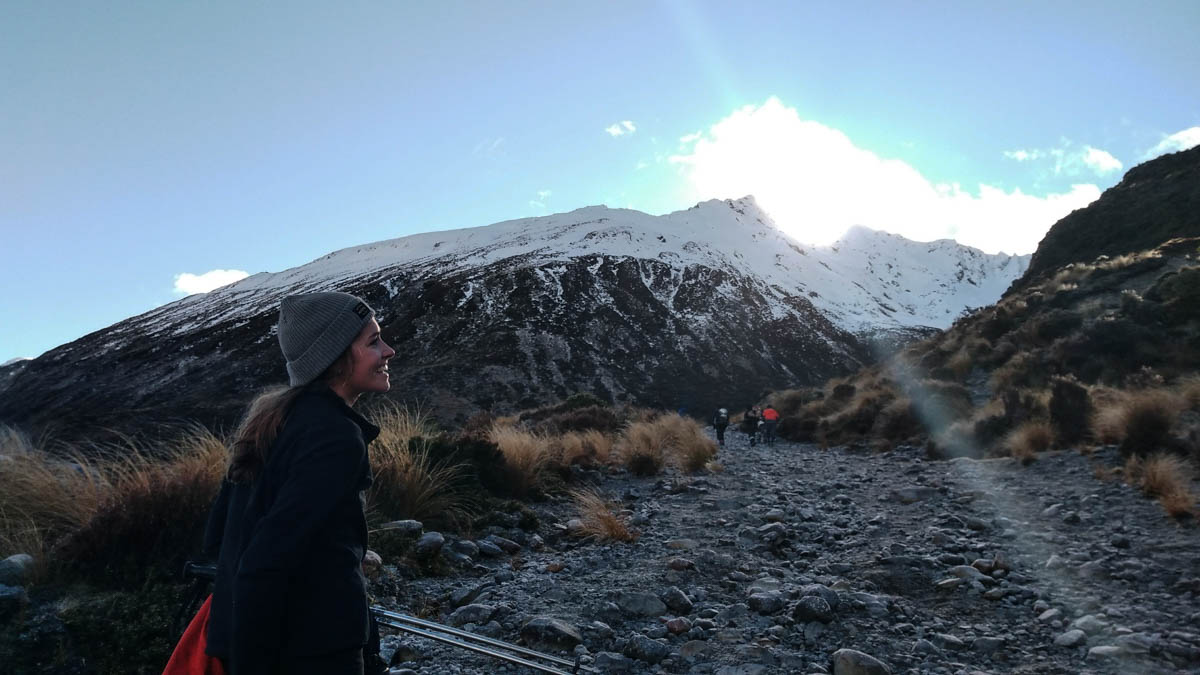
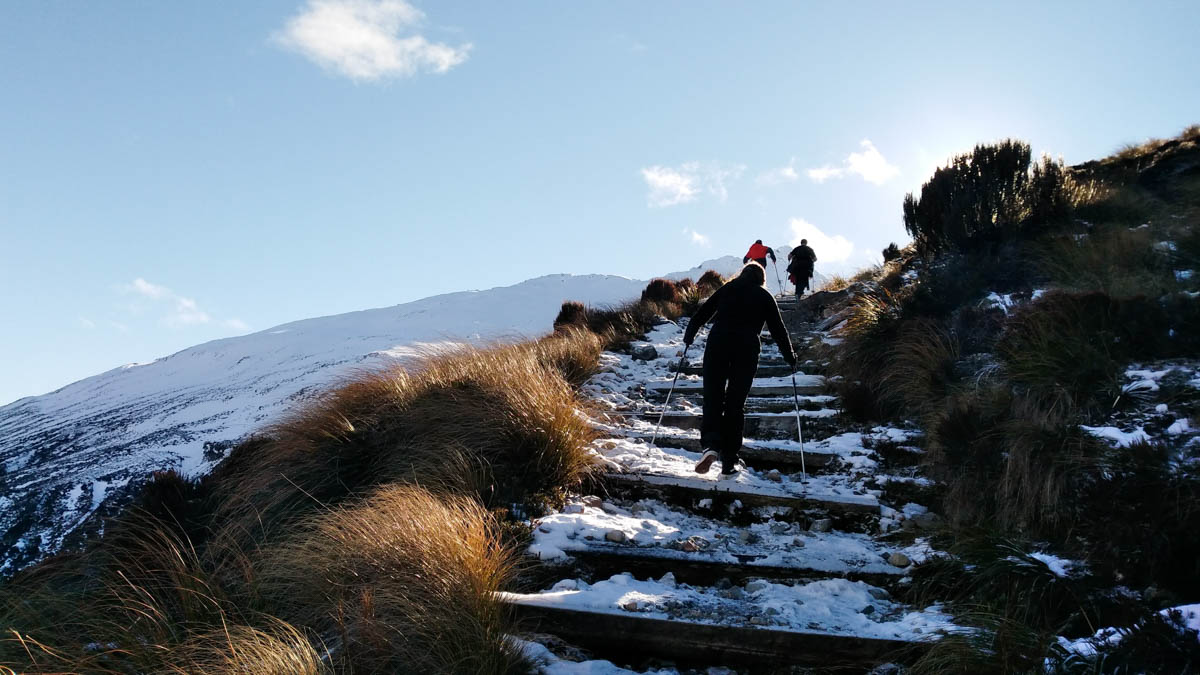
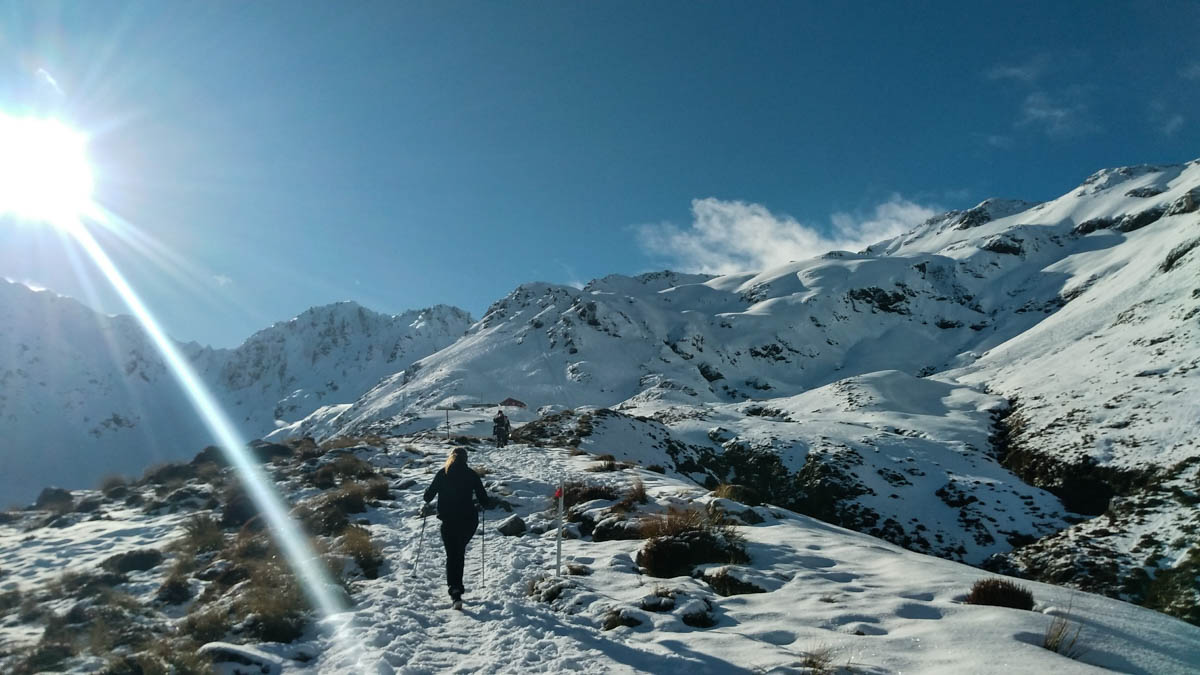
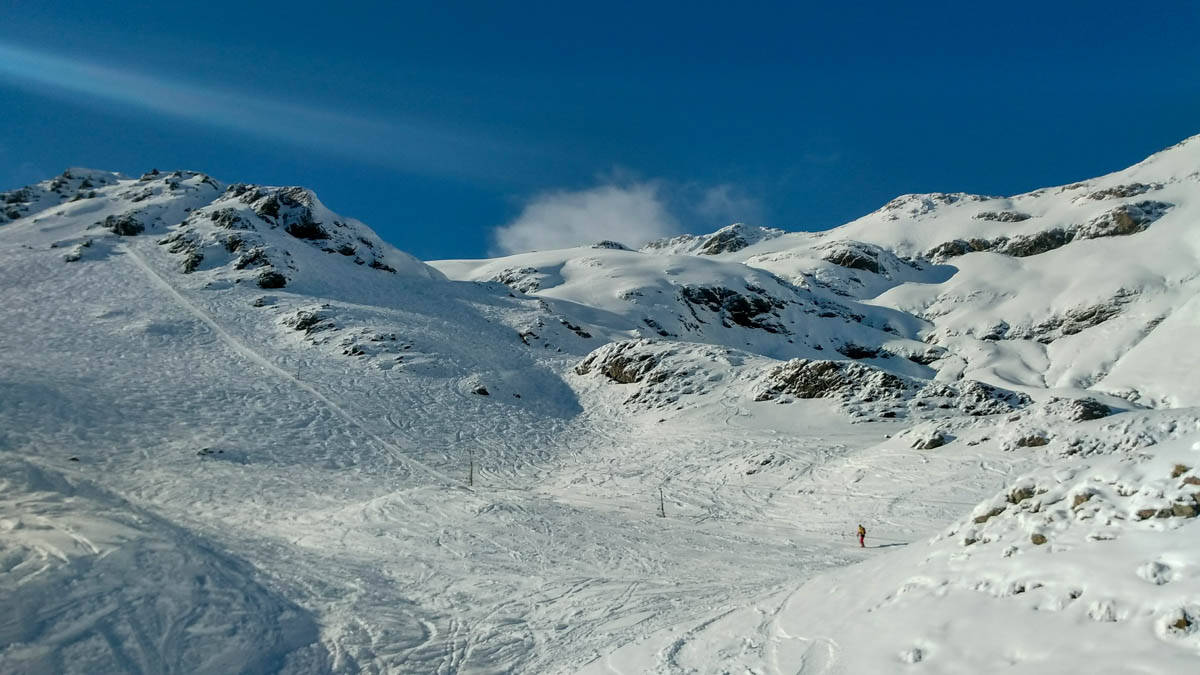
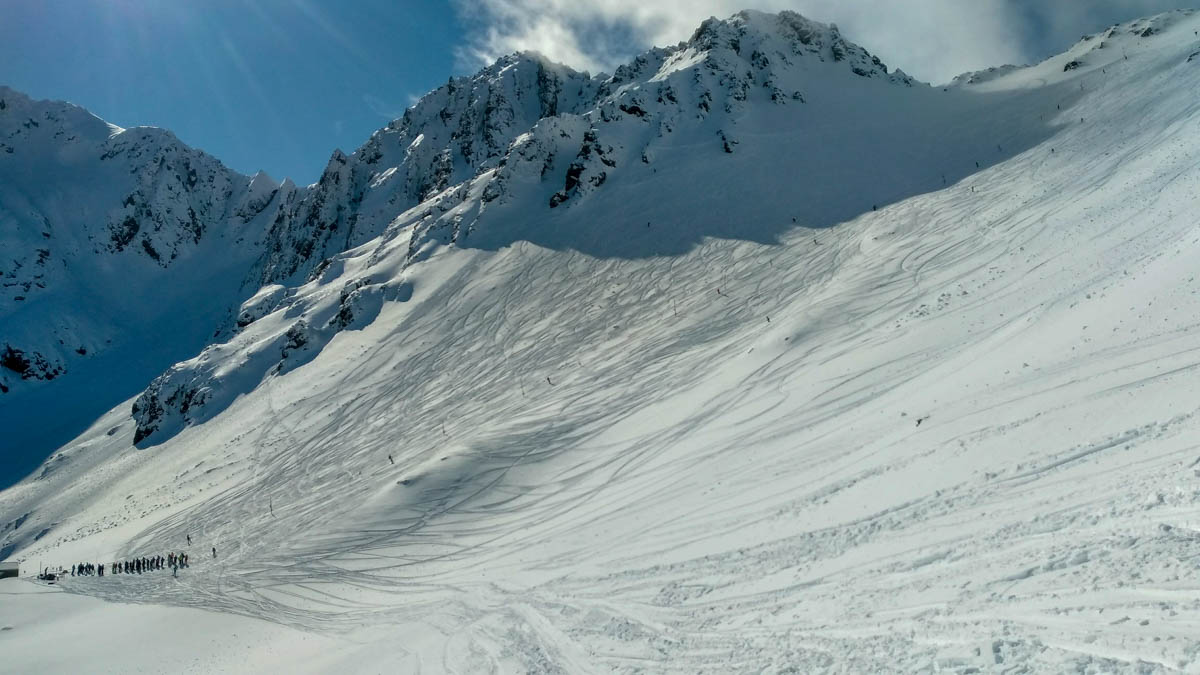
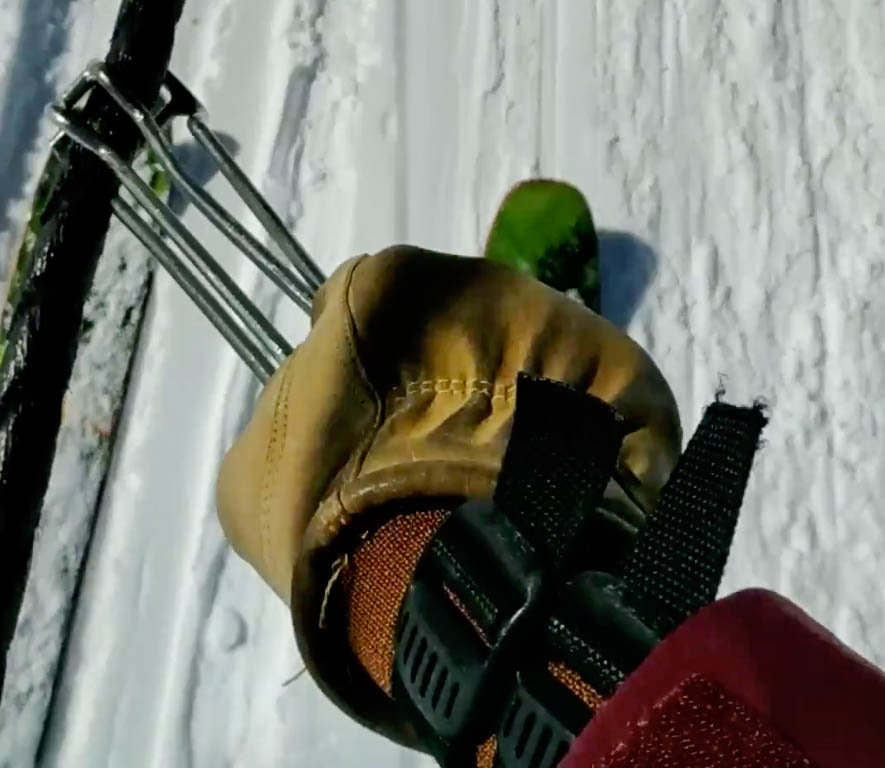
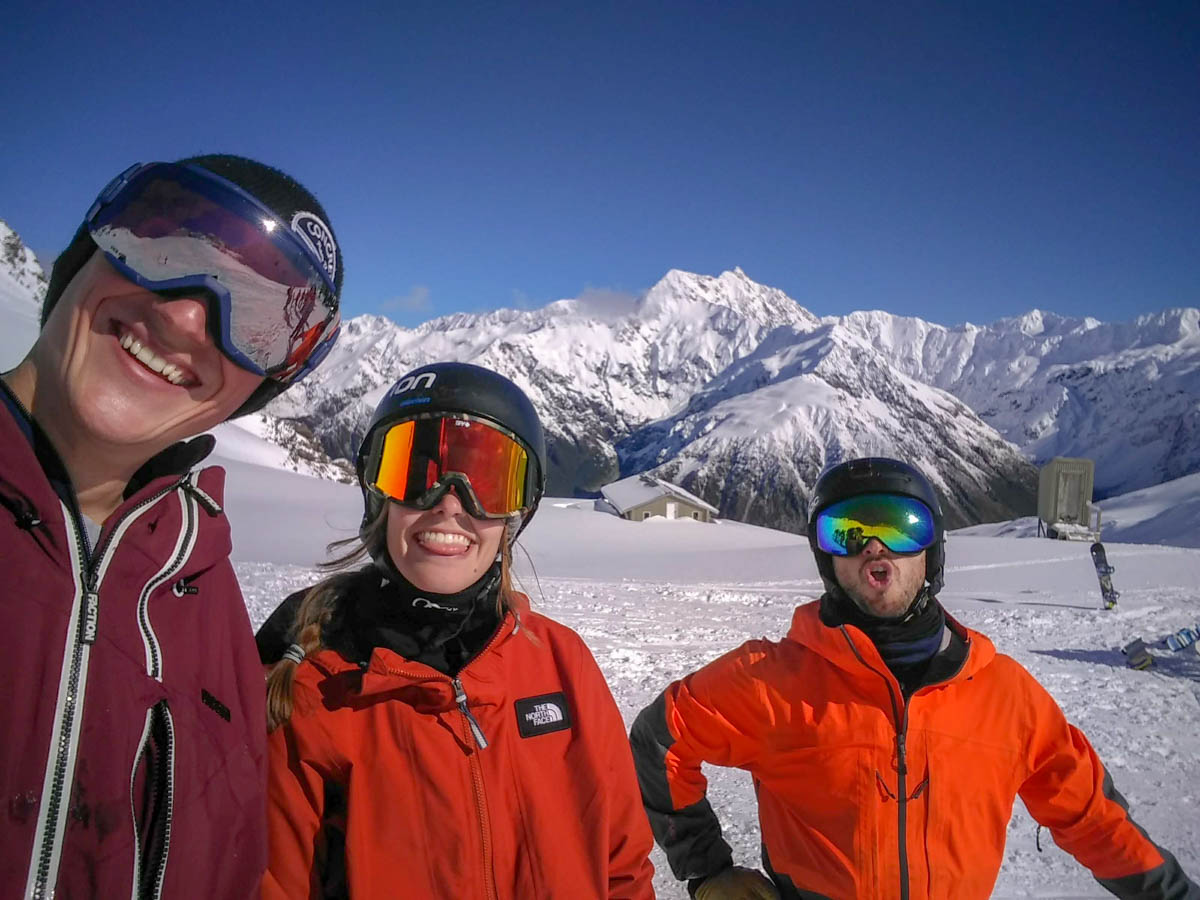
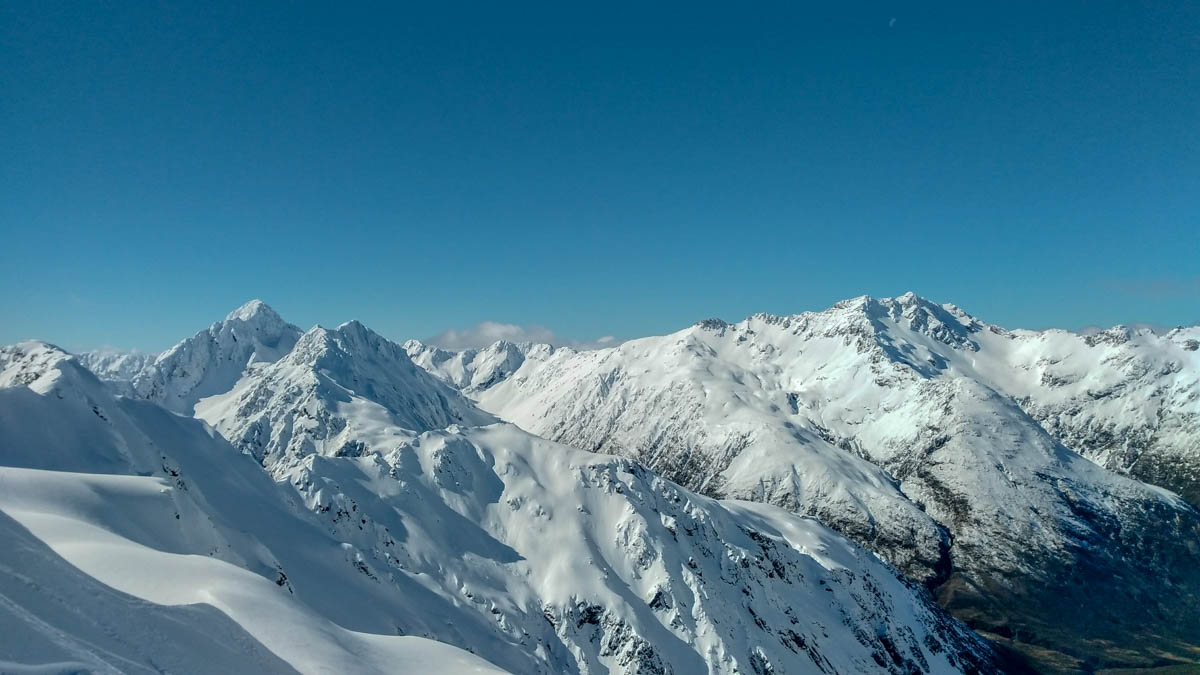

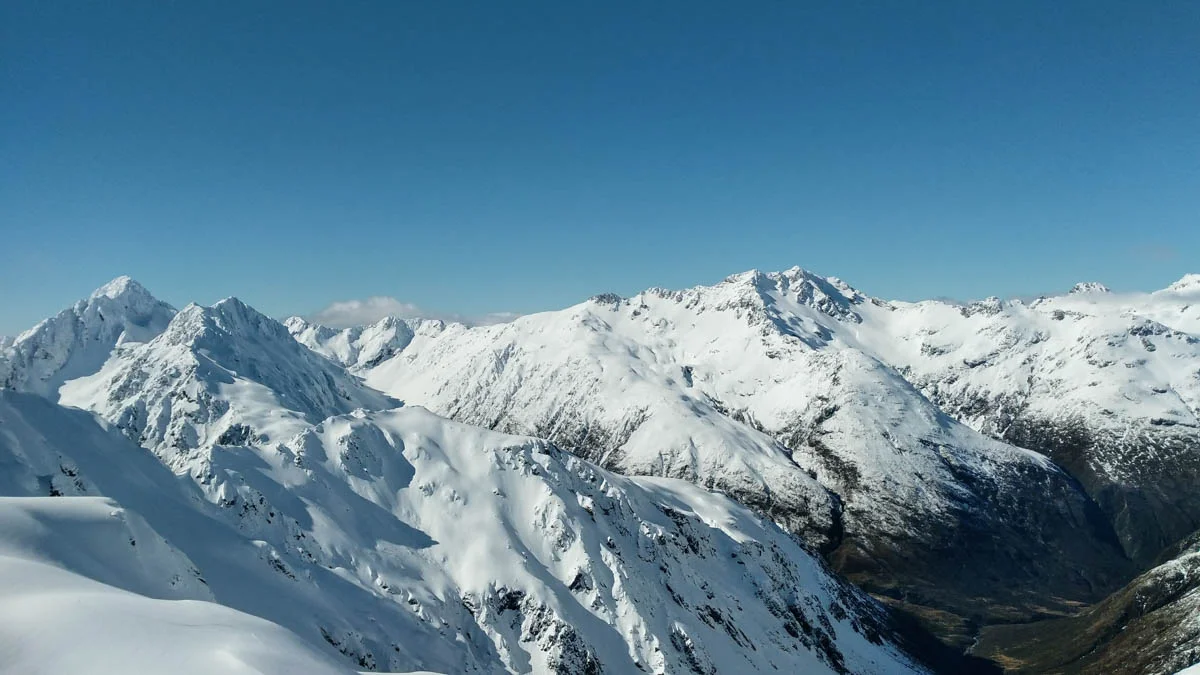
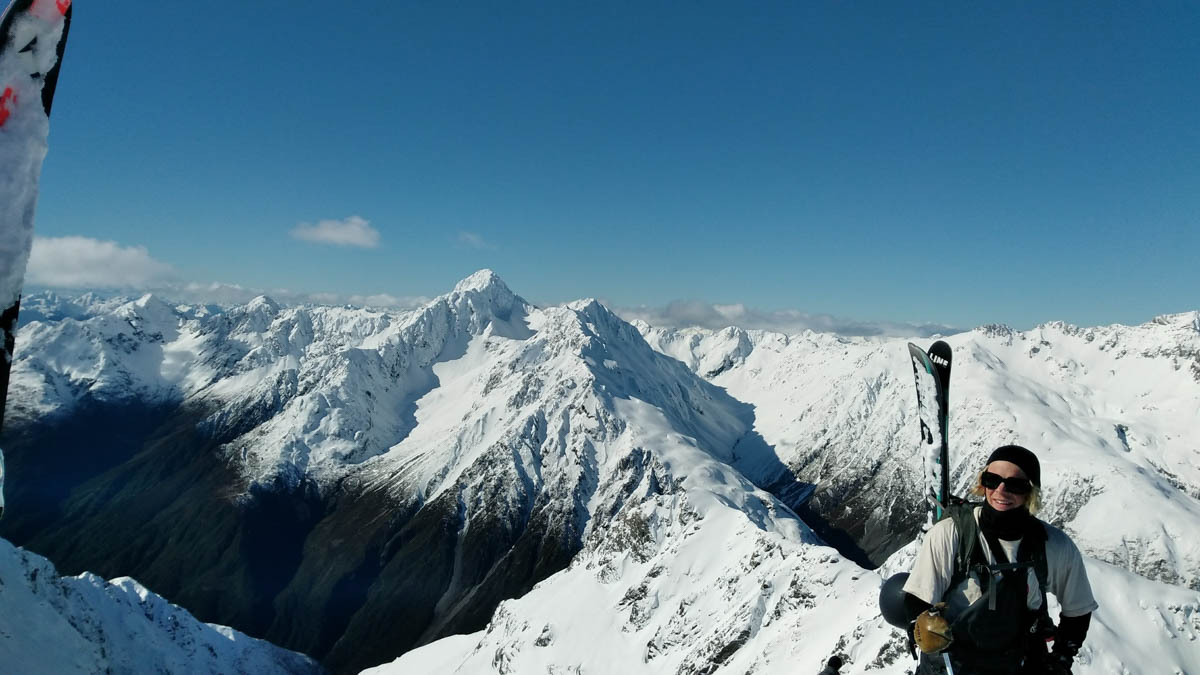
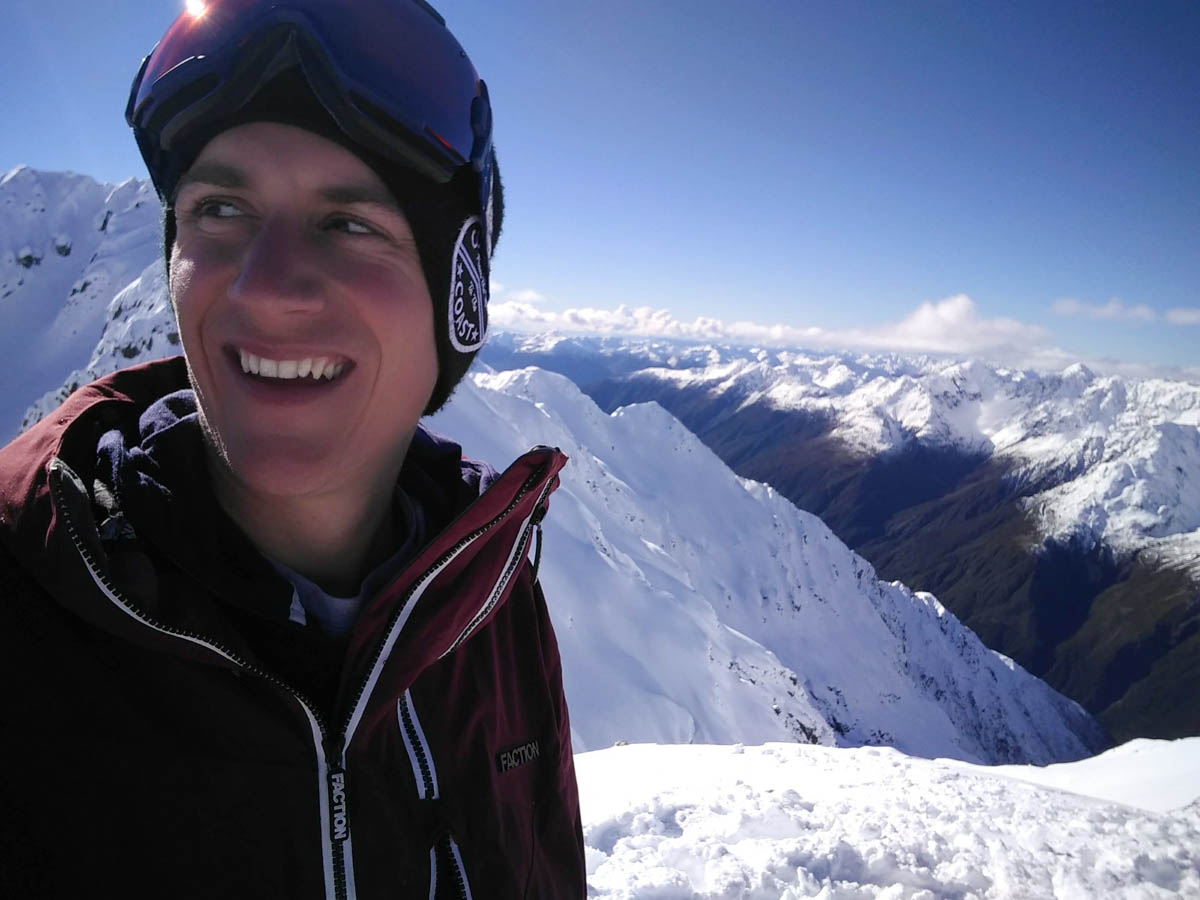
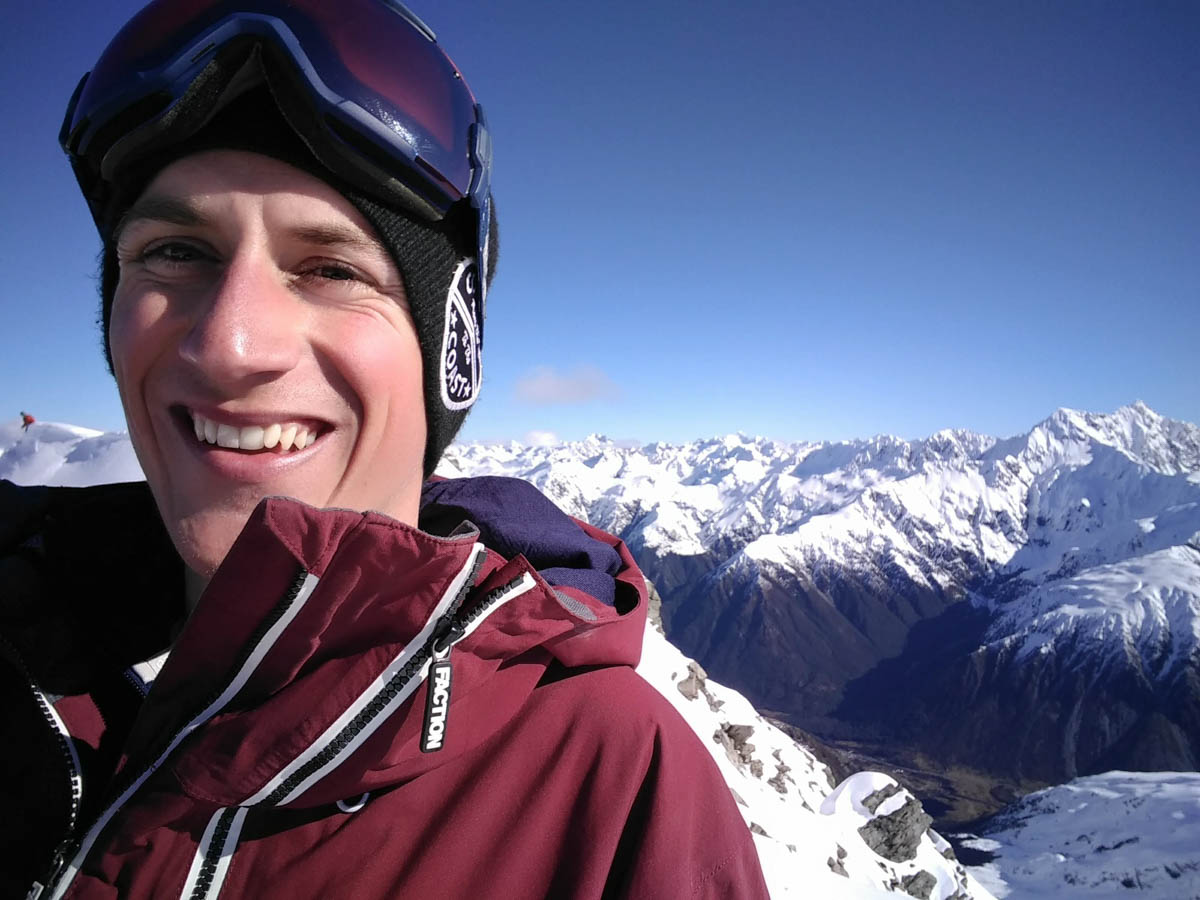
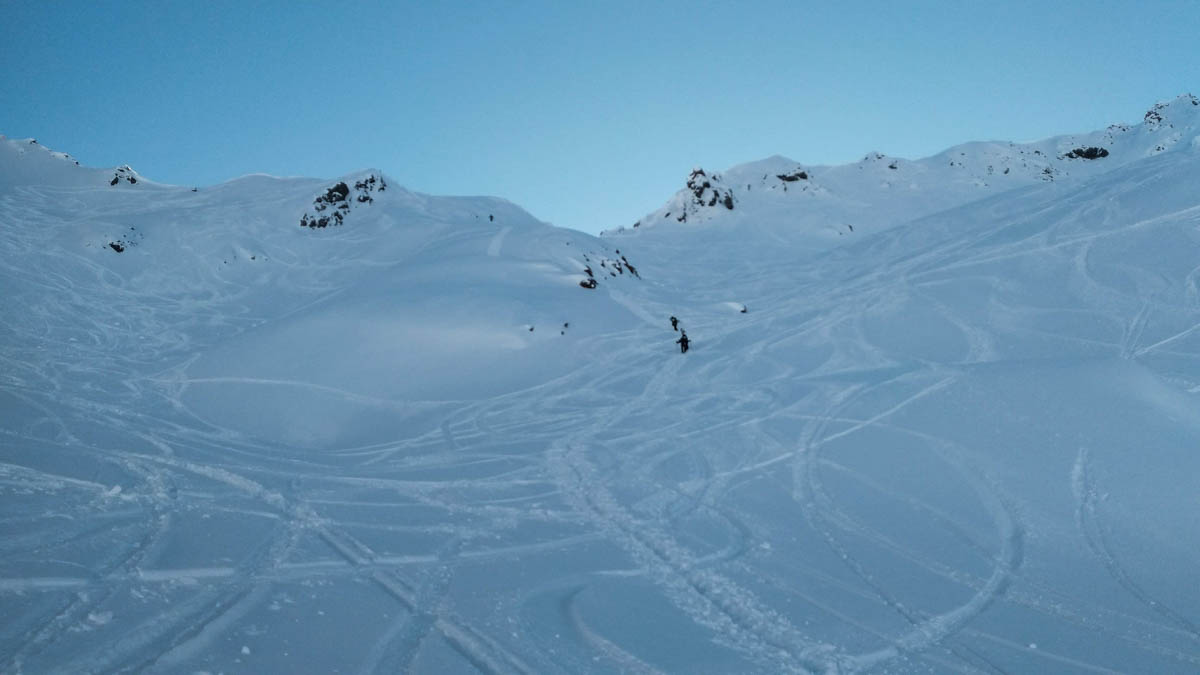
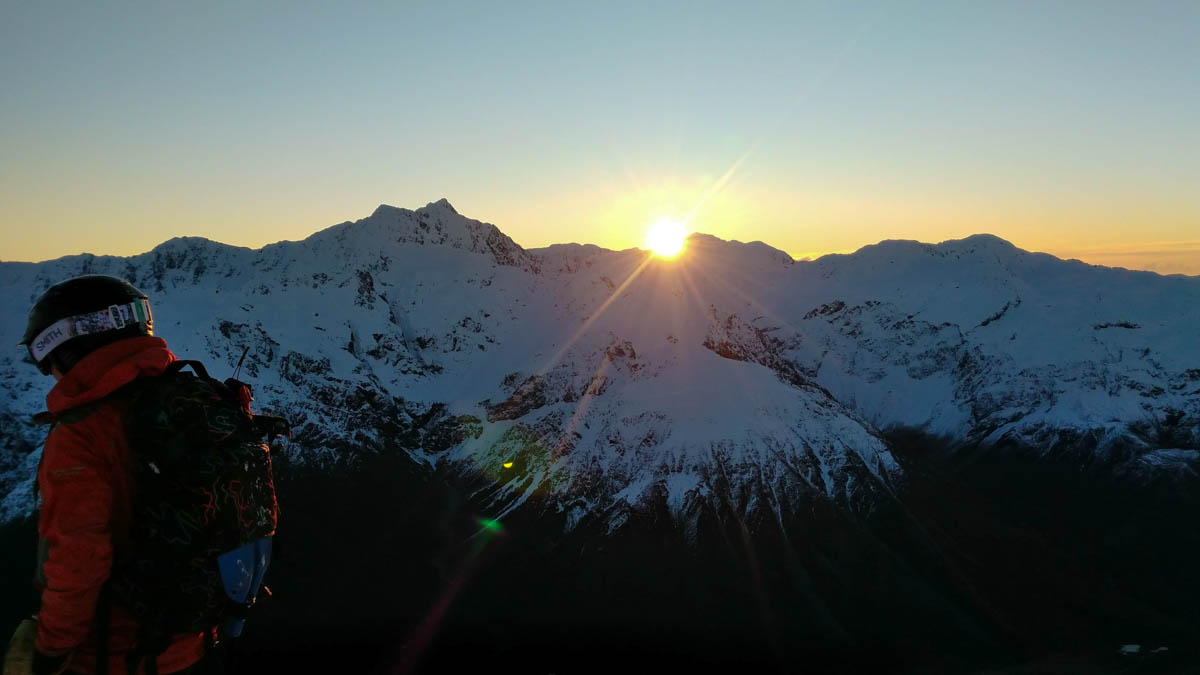
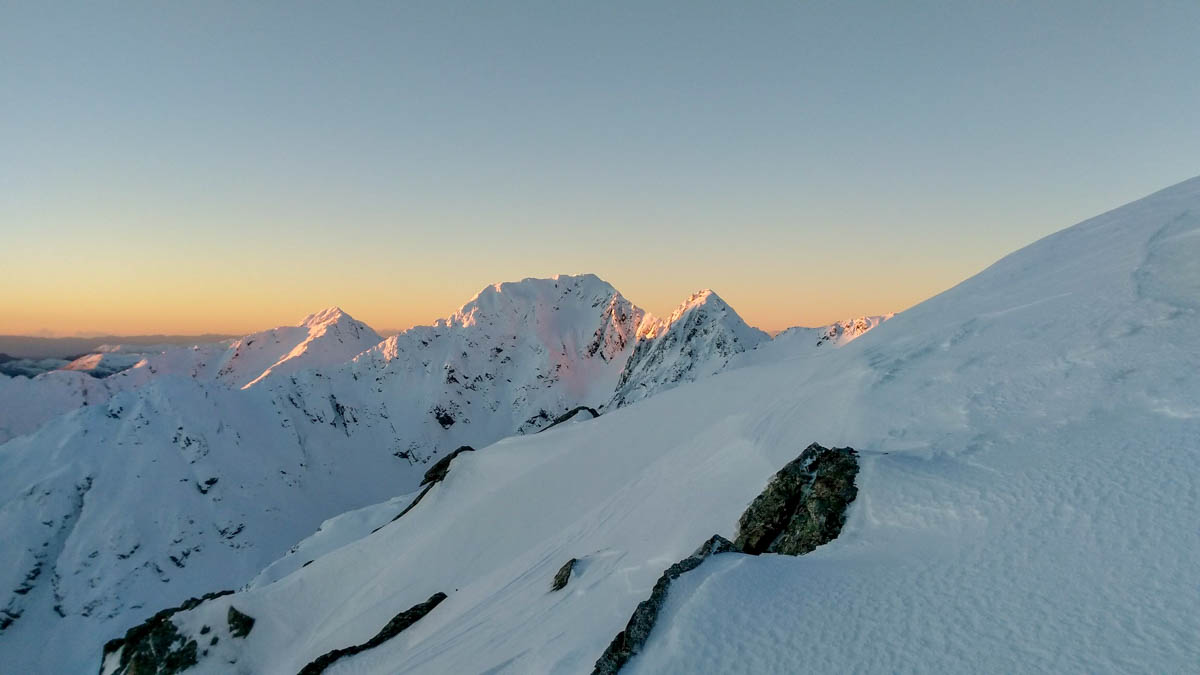
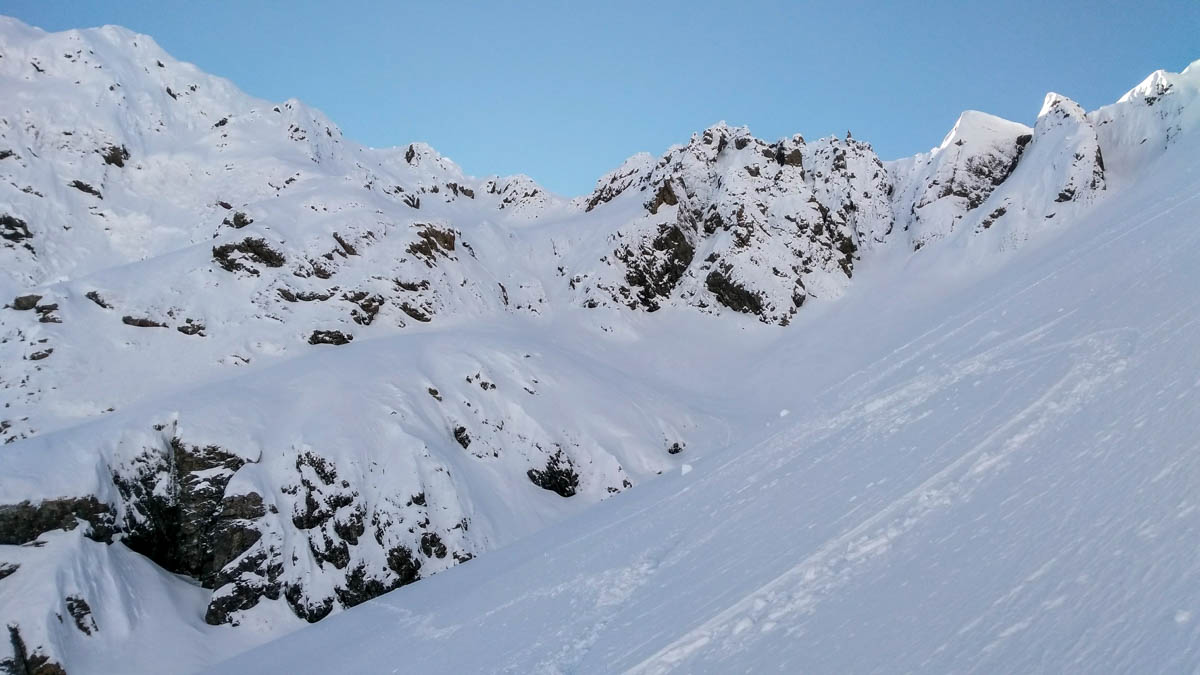
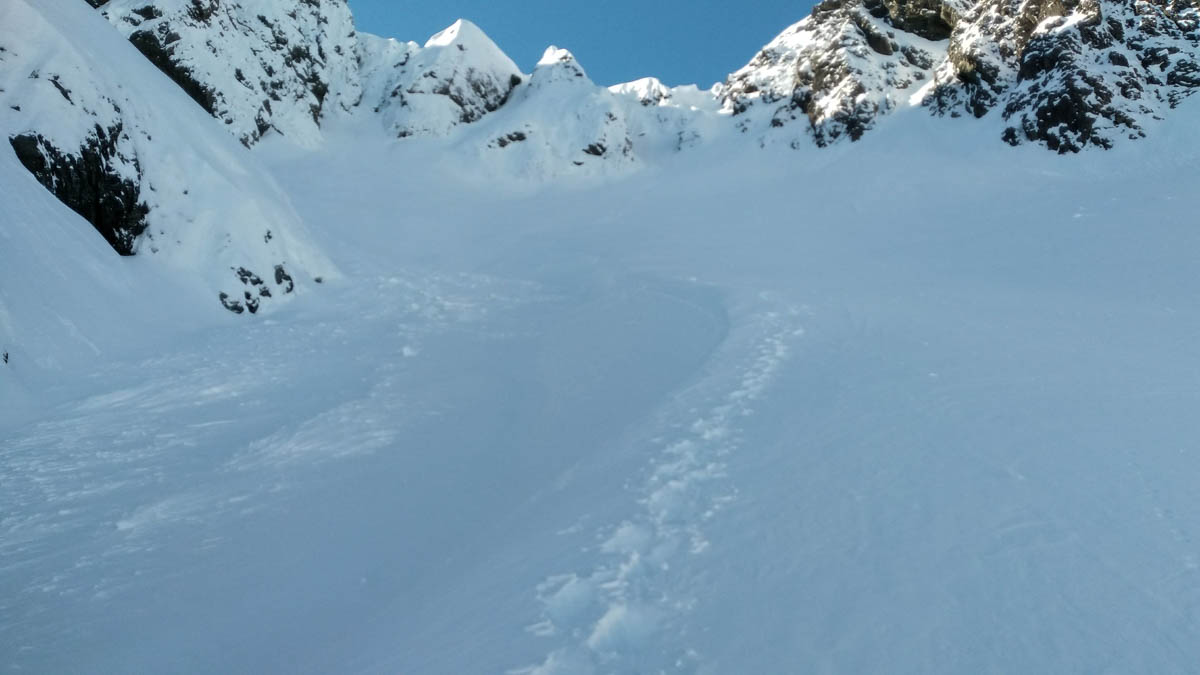
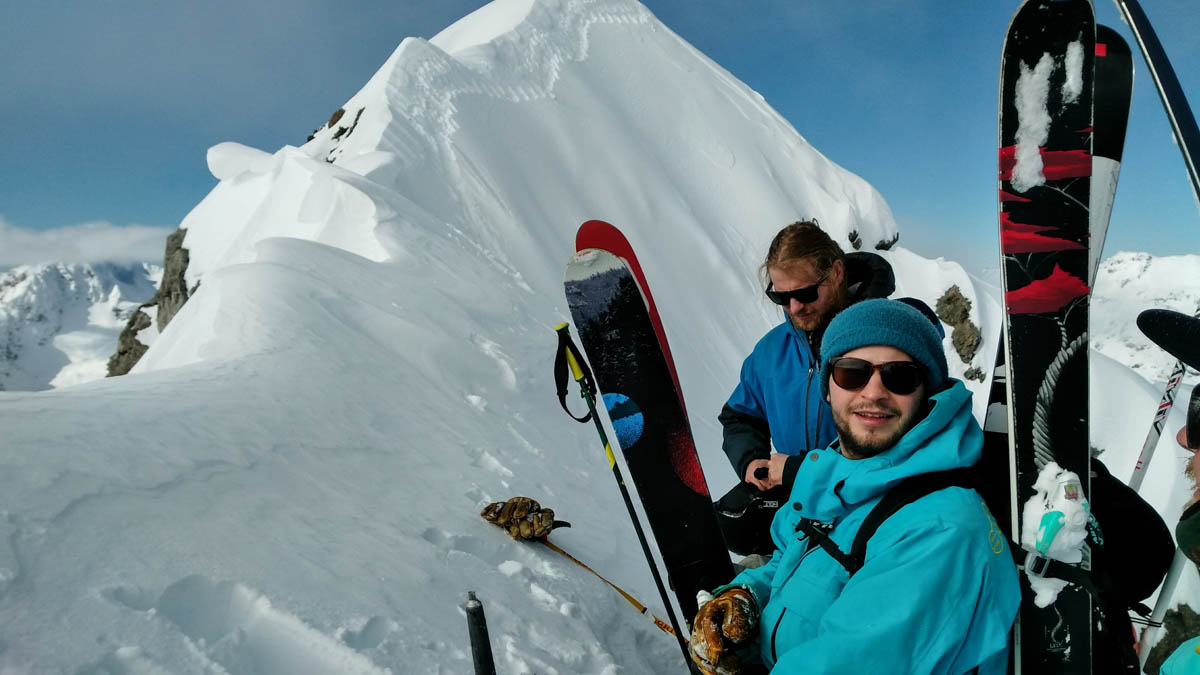
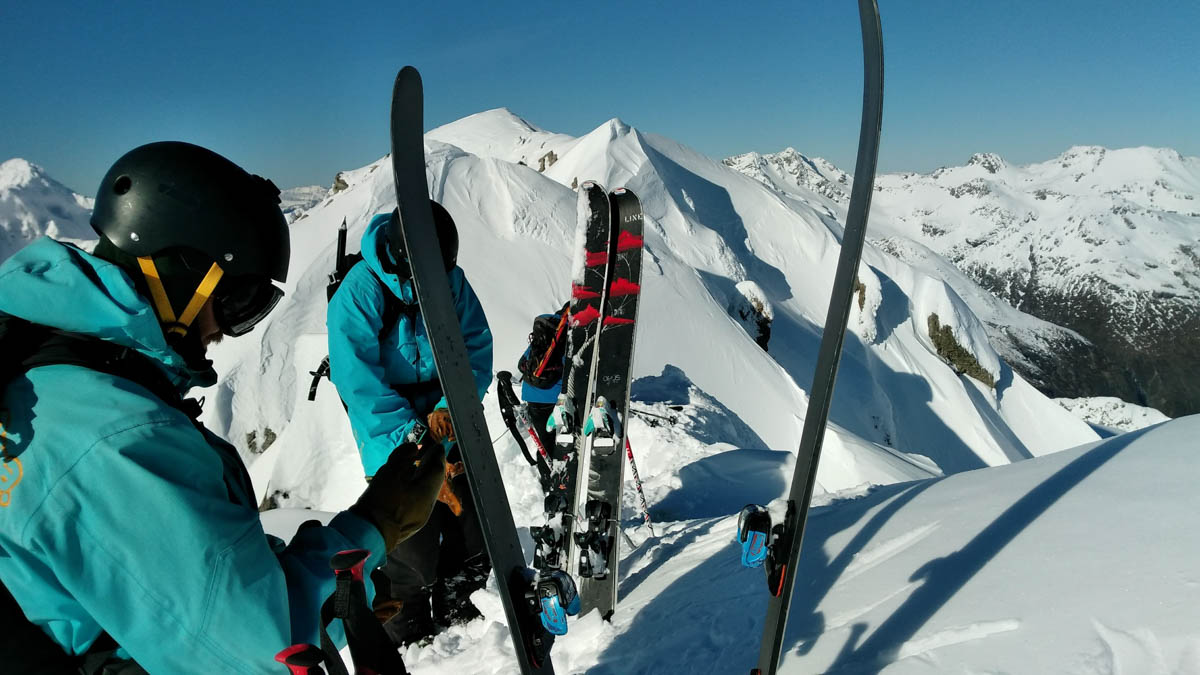
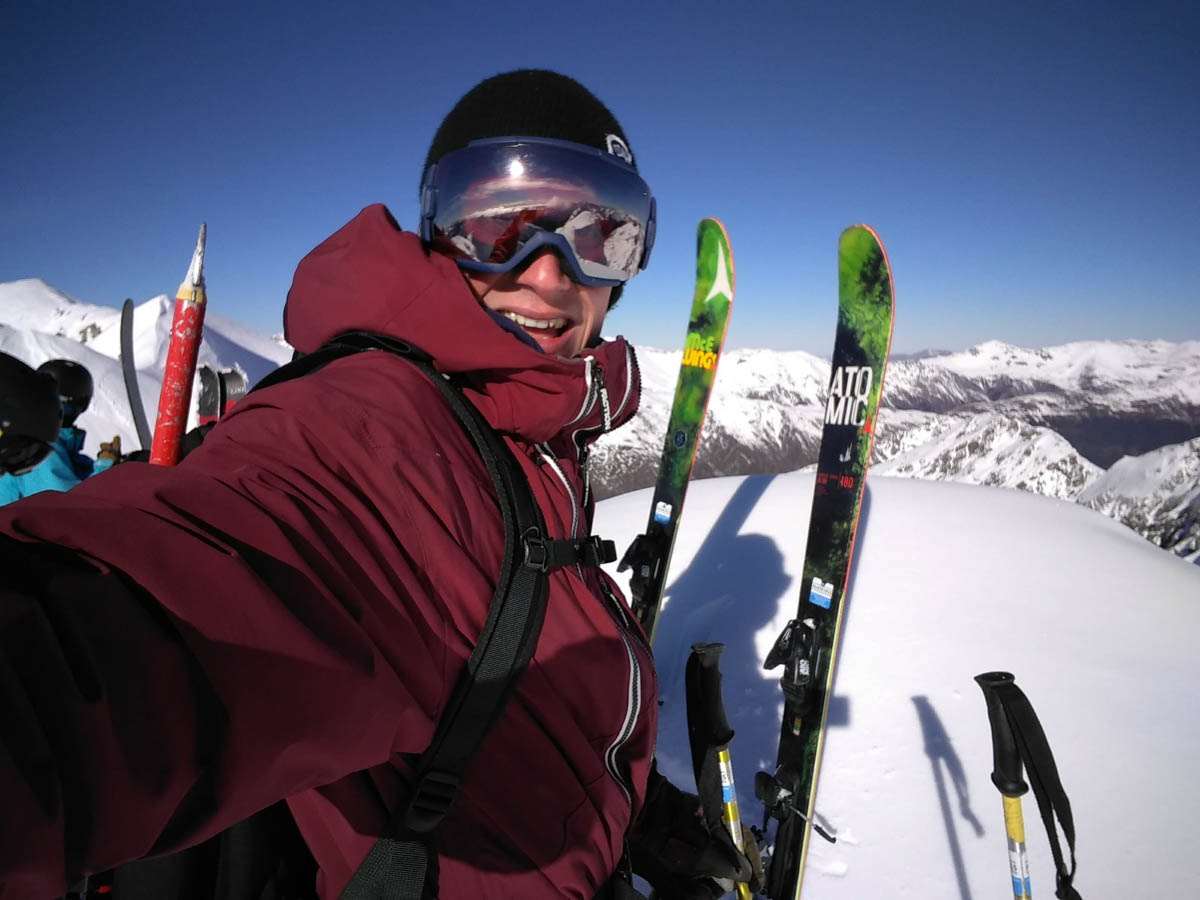
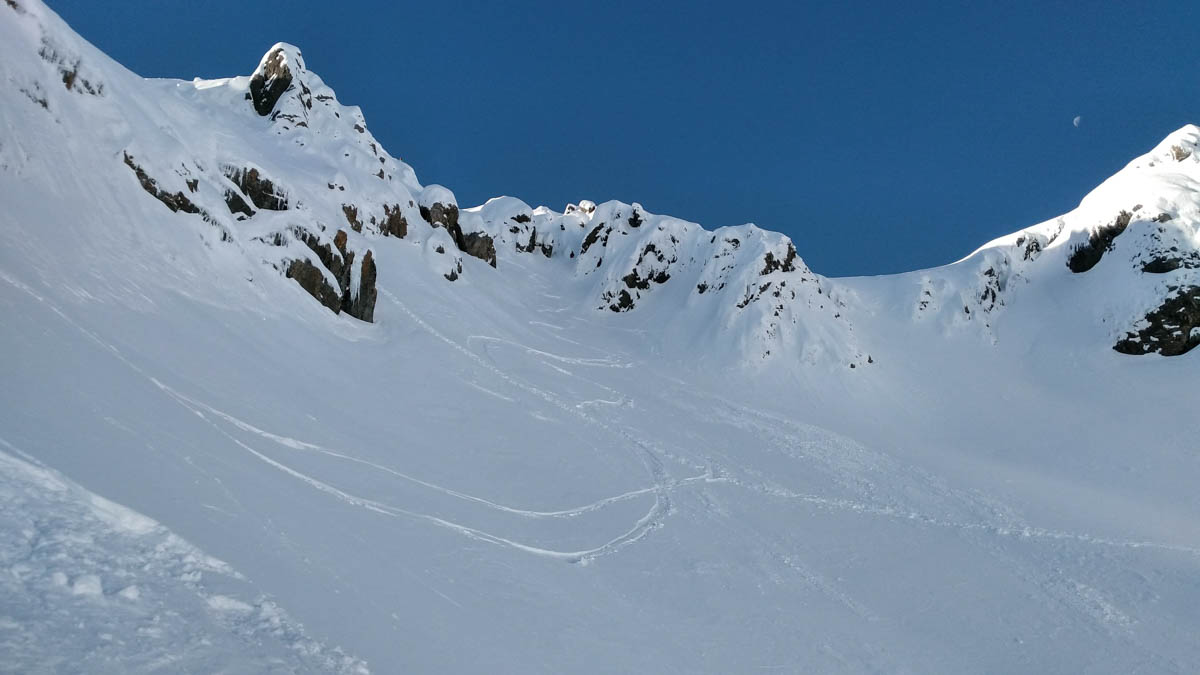
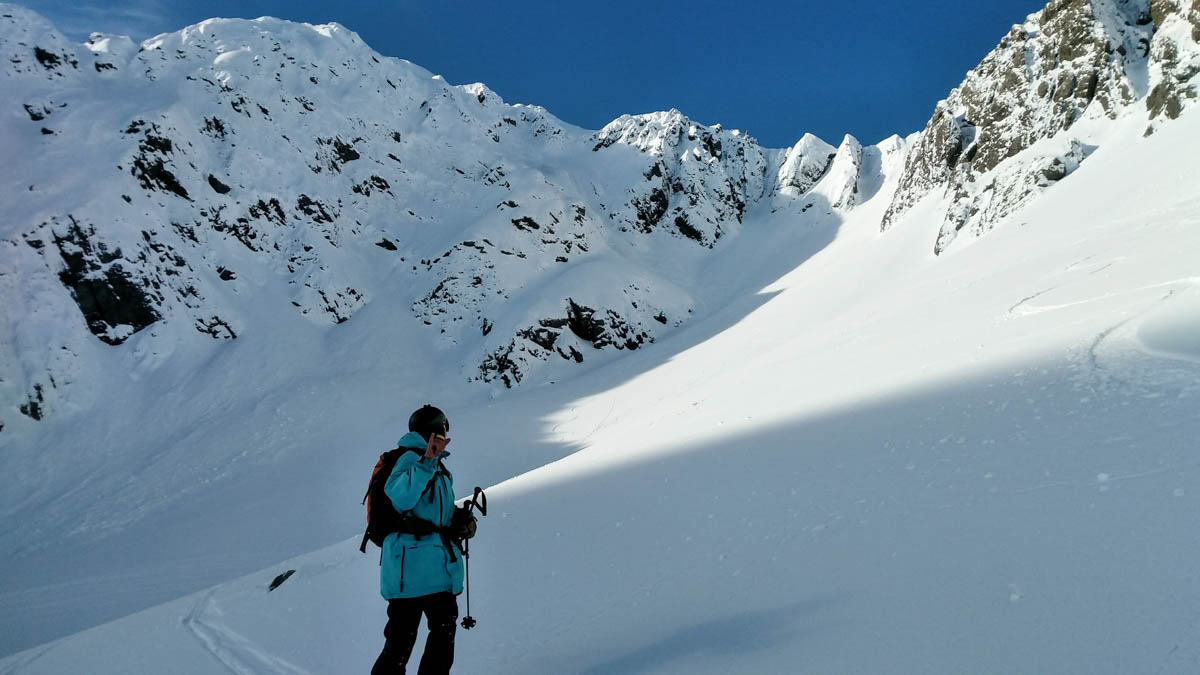
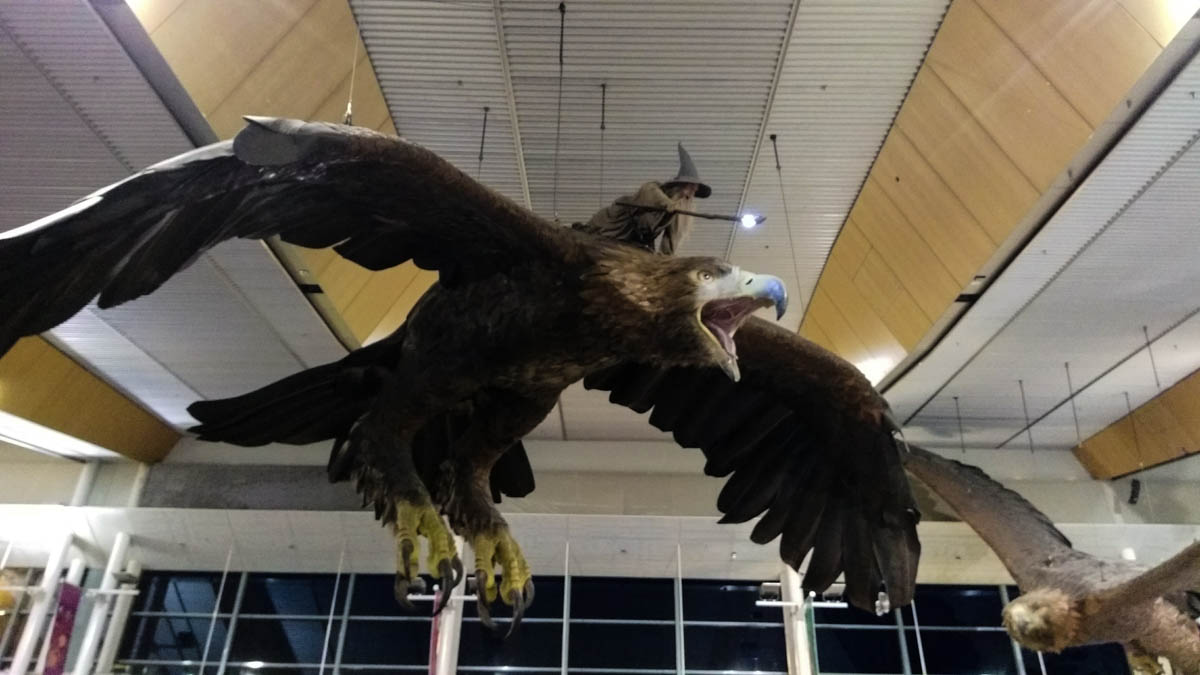
It's here ladies and gentlemen. The end is nigh. Meredith and I are officially clinging to the last threads of our yearlong visas and plotting our next moves. So we'll be packing up our lives here in Wellington in just a few weeks and jetting off for a summer in the true down under, Tasmania. But before then I had to get out on one last, epic trip to ski some snowy southern mountains.
While I by no means moved to New Zealand for the skiing I've been sniffing out the most promising areas down south all year, and my travesty of a time skiing on the North Island had to be redeemed. Fortunately, I had a string of friends down on the South Island ready to play host and help me put together a whirlwind ski vacation. I loaded up what few pieces of ski gear I've lugged along with me and took my first flight- in almost a year!- to Queenstown.
Things got off to a buttery smooth start as I jetted down to QT and was fueling up with a local staple, Fergburger, when who walked in but (my host) the one and only Preston Gene Penny, cut early from a day's work. Preston was living over in Australia and has decided to extend his southern adventure and is now living in Queenstown with a gaggle of Aussie flatmates in a house that reminds me so much of my friends' places in Vail it's cracks me up. Ski bum accomodation is the same the world over. It was great to have a warm welcome and get to know a crew properly living the southern winter dream. To cap off a great start: a sunset stroll looking across Lake Wakatipu up towards my destination for the next day, The Remarkables.
“The Remarkables solidified my general opinion of NZ ski fields: they’re all basically A Basin.”
The Remarks (as they call it) is one of two local fields outside Queenie and sits up in the iconic Remarkables mountain range just north of town. With all New Zealand ski fields, you start your drive off in a verdant valley below and turn off onto a purpose built road that climbs dramatically up to the snow line above. It's a foreign concept for a Colorado boy who's accustomed to skiing right out of town, but driving up those windy roads is a hoot nonetheless. Each one I hit seemed crazier than the last, but little did I know what I was in store for down the line. After my trip to Turoa, The Remarkables solidified my general opinion of NZ ski fields: they're all basically A Basin. Above tree line, wide open, laid back, and begging to be explored. Fortunately this first day gave me basically peak A Bay, clear blue skies, incredible views in every direction, and some soft turns still to be found in the surrounding hike-to terrain. I especially appreciate that The Remarks has dispensed with all illusions of a mid-Mountain lodge. Instead in their main bowl you'll find a packed down picnic area with some guys flipping burgers, beers flowing, and tunes pumping. Not a bad way to get my legs under me.
From there it was straight up and over the Crown Range and into my favorite NZ ski town, Wanaka, to see an old friend. Kevin Fleuger has been a friend for years, and I've long known him to be an ambitious skier. He's living a dreamy ski bum life moving from Aspen to Jackson and now chasing the endless winter down in Wanaka. It's funny that we never actually hit the hill together in Colorado, but no matter he had some epic terrain he wanted to show me at his local hill, Treble Cone.
“With no trees anywhere you get the fully blind skiing experience of Vail’s back on a stormy day everywhere you go.”
My first day at TC did bode a bit on the ominous side, rain in town and a socked in hill up the valley. But what of it? I'm a well accustomed storm skier, and if anything I was hyped for some freshies. In keeping with the increasingly crazy ski field road theme, TC did not let me down. This one's wholly unpaved and on my first day they wouldn't even let me attempt it in my little rental, so we jumped on the bus with some other rambunctious skiers and drove up into the clouds as Lake Wanaka faded away into the distance below. We arrived to a nearly empty ski field (despite some great snow) and it soon became evident why. Kiwis don't storm ski. And with (arguably) good reason, with no trees anywhere you get the fully blind skiing experience of Vail's back on a stormy day everywhere you go. Fortunately the clouds were blowing in and out and we had some patches of good visibility as we warmed things up skiing hot laps on the front side, which- with its rolling, open terrain- felt a lot like hitting Ricky's Ridge at Vail over and over. Not too shabby.
We eventually moved on to the rowdier back side for some fun little cliff lines and untouched turns. The real treat came the next day, however, when the snow gods gave us a solid 6-8" overnight and clear skies in the morning. This brought out the masses for sure, but we had a plan: head straight back to the easily accessible Motatapu chutes in the TC side country. Back in the chutes things are fully pinned. Steep slopes, soft spines, and cliffs abound. We hit it just right sneaking in some killer laps on some untouched southern pow, even getting a few cheeky face shots before the clouds came back in and had us running for more central slopes.
“Each turn felt laden with memories.”
After two killer days in Wanaka I left on high for a bittersweet drive across the island to my next destination, Christchurch. It's a considerable haul over some high mountain passes and through some of the island's most beautiful country. I got a bit misty as I cruised past the beautiful high mountain lakes Ohau, Pukaki, and Tekapo on a dramatic afternoon as a storm moved over the mountains. Each turn felt laden with memories of all the adventures Meredith and I had over the summer on this stunning island. But as I drove on the rains set in earnest, boding for great things ahead.
In Christchurch, I met up with some friends from Dunedin: Harriet and Charlie. The report looked great, so we were up early and sunrise found us, pedal to the metal, heading for the central Canterbury ski fields. Now, if you do research on skiing in New Zealand you'll likely come across all the mountains I've described to you thus far, maybe even Turoa up north if you're really looking. Which makes sense, they're the biggest hills with the biggest budgets. But the best terrain may pass right underneath your nose. That's because central Canterbury is home to some of the most prominent mountains in the Southern Alps; indeed, visiting the area gives the truth to that name, these crowded snowy mountains are nothing if not truly alps.
“The most lovable, renegade ski area I’ll ever visit.”
The hills in this area- lovingly called 'club fields' as they're all run and supported by registered club members (but are still public access)- are ragged operations with not a single chairlift between them. They all serve to provide a home base and basic access to extended areas of side country surrounding their respective peaks. Based off the near foot of fresh that fell overnight we headed about two hours inland from Christchruch, way up Arthur's Pass, to Temple Basin. In keeping with the crazy ski field road trend, this one wasn't even a road. Instead, you pull off the highway and toss all your gear onto a sketchy goods lift that carts all your shit up the hill as you hit a hiking trail. Half an hour of huffing and puffing up from the valley floor gets you to snowline, and probably the most lovable, renegade ski area I'll ever visit.
A couple huts provide rooms, food, and shelter for what have to be some of New Zealand's most ambitious skiers. You can really cut the chaff with a hike to the base of a mountain. We piled into the lodge and geared up for an epic day as the sun crested the peaks in a cobalt sky. With no chairlifts you're conveyed up the hill on two rope tows at Temple Basin, but not tows like I've ever seen them.
“It’s so cheap, it’s so minimal, it’s so contrarian to so much of what the world of skiing has come to stand for.”
I'd been well forewarned of "having to learn to use a nutcracker" but the reality was so much rowdier than I'd expected, it cracked me up. No handles or pomas on these tows, that's much too fancy. Instead, you ski up (usually completely alone) to a speeding rope and grab on. Once up to speed you take a two-piece metal device -the "nutcracker" (attached to a harness around your waist)- flick it artfully around the rope and clamp down on it with your free hand. All this has to be done before you hit the first pulley tower though, or you risk losing a finger. It's so cheap, it's so minimal, it's so contrarian to so much of what the world of skiing has come to stand for. I loved every second of it.
Once up on the hill, Harriet and I positively redefined hot laps all morning in Temple Basin's main bowl. With sunny skies, deep snow, and thinning crowds (as they headed to the hike-to terrain) we crushed an epic morning. I'd be curious to know the speed of one of these rope tows vs a quad, they are not slow. With no lines at the bottom, and no rest at all on the full throttle ride back up, skiing at club fields is not for the faint of heart or weary of leg.
“I didn’t move to New Zealand for full-throttle side country lines, but I will always jump at the chance.”
After a lunch overlooking some of the world's most dramatic mountains, I headed off for the afternoon to explore some of TB's side country with Charlie and his big mountain fiending friends. A boot pack up a knife ridge brings you to the summit of Mt. Temple proper, from there stable snowpack and tasty chutes call your name in every direction. Out back here though it was all self-serviced getting back up, so hiking all out I was able to get in three killer big mountain lines off various aspects of the mountain before sundown. I didn't move to New Zealand for full-throttle side country lines, but I will always jump at the chance.
Night at the club fields is almost as fun as the day of epic skiing. With the hike in most people are loathe to schlep down mid-weekend, so everyone crams in for the night. Two huts positively packed with frothing skiers, including the rowdy ski club from a college in Christchurch; spirits were high as we sank some beers, and laid a plan for the next day.
“With sights set on a real beast, Mt. Phipps.”
By this point, my legs were moving on towards fully cooked and I knew I only had one real hike left in me, so we figured why not send it off in style. I met up with a crew in the hut common area that the morning with sights set on a real beast, Mt. Phipps. It sits towering just west of Mt. Temple and with no real tow access up it, we were looking to be the first group to ski it for the season.
Naturally, the pictures have a tough time doing the climb justice as we moved from open powdery bowls to steep chutes to knife ridges over the course of a nearly 5-hour hike up the imposing mountain. I've done some backcountry skiing in my life, but never true ski mountaineering. Indeed, it was the track of a couple of climbers that had us thinking Phipps in the first place. Boy, was it a whole different ball game. I'd never climbed with an ice ax before but was sure glad to have it as we worked our way steadily up the steep face of the mountain. Only the stable snowpack and the sunny skies kept us fueled on the long trudge up. Once at the top things hit a crescendo as we were faced with a harrowing traverse along the sharp upper ridge to access our scouted chute.
Having finally conquered the beast there wasn't much to do but build a little drop in platform and steel ourselves to send it into a chute that took us almost halfway down the mountain in one go. It all looked so simple from the lodge. Dig a couple pits, get through that throat, then up that ridge, and you'll be skiing this epic chute. Well, it proved more challenging at every turn and the descent kept pace. I pushed off the platform second in line and held on. The extreme pitch of the chute only just balanced out by the encouraging, soft, marine snow. I worked my way down the chute one jump turn at a time with the Southern Alps stretched out all around me. Easily one of the most challenging, beautiful lines I've ever skied.
“The stoke was high as we rolled back in sweaty, exhausted, and victorious first descenders of Mt. Phipps for the year.”
Once we'd all conquered the line from the top we were in for more of a treat as the mountain opened up wide powder fields below in steadily improving snow. By the time we worked our way to the bottom we were ripping fast turns through plenty of fresh with grins from ear to ear. Throughout the whole expedition we were watched by folks at the hut- on "TB TV" as they say- so the stoke was high all around as we rolled back in sweaty, exhausted, and victorious first descenders of Mt. Phipps for the year.
Not a bad way to send off my final New Zealand adventure.
On One Year In New Zealand
As I sit here on a rainy day in Wellington closing in swiftly on the end of my year down south it seems as good a chance as any to wax poetic on my time here on these incredible islands, adrift in the southern ocean.
“I doubt if there’s anywhere else in the world I’d have rather gone.”
If I'm being totally honest I didn't really know what I was signing up for when I booked my tickets to the other side of the world. Sure, we all know some stuff about New Zealand: there's mountains, there's sheep, they've shot some ok films down there, they know how to play a game of rugby. But I was far from an expert on the place. A driving desire to get out and explore the world, and an easy visa, guided my hand. Looking back though, I doubt if there's anywhere else in the world I'd have rather gone.
“All that, and there are still 20 places I’d love to visit that we won’t get the chance to hit.”
This time last year I was enjoying a family trip out in Maine just before departing, and while on one hand this year feels like it's flown by on the other that vacation seems impossibly far in the past. And it's no wonder. I stagger a bit thinking about what this one year has held, I've: hiked world famous trails, surfed with dolphins, canoed through misty jungles, flown around the Matterhorn of the South, fallen asleep to glaciers rumbling down a mountain, drifted through glowworm-filled caves, skied fresh southern pow, kayaked through a tempest, snorkeled golden beaches, ridden more sweet trails than I can count, gazed in awe some of the world's greatest natural wonders, I've been able to call two of the coolest towns on the face of the planet home, and I've made some incredible friends along the way. It is truly hard to believe I've done all that and so much more on a couple of islands which together are smaller than my home state. All that, and there are still 20 places I'd love to visit that we won't get the chance to hit.
As you can imagine, times have not always been as breezy as my posts may make it seem. There have been breakdowns and tight budgets, rain ravaged camps and frozen hikes. We've always known that we're out here making the most of our time but have been haunted by the thought that somehow real life is out there passing us by. Living abroad can be stressful, and at times outright unpleasant, but somehow around every corner New Zealand left us a silver lining to make things more than worth it. Having a steadfast partner in Meredith, with whom to weather the tough days (frequently tough weather!), and to share in the splendor has made the journey all the sweeter.
“I’ll be a proud Coloradoan first and foremost, and when I’m away I’ll miss my people there every day.”
There's not just experiences here, but lessons as well. I've learned the value of friends. You don't really live somewhere until you've made some friends there. In the end it's the people that make the place. It's the perennial traveller's woe, you may choose to stay but many others will choose to move on. It's in keeping your friendships that you keep a place, at a time, alive. After all, you need some folks to trade tall tales with. I've learned a whole new lesson about work. It's too easy to feel untethered in life if you don't create some value in the world. I guess there's a reason why it's called a "Work and Holiday" visa, you need a balance to make them both more valuable. Hell, I've learned lessons about politics. That when you're looking after 5 million people problems become so much more manageable, rather than hoping to solve the problems of 350 million people in one fell swoop. I've learned just how unnecessarily difficult it is to actually live and work in another country, guess that's why only 3% of the world's population live away from home. I've learned the value of stripping back, of how much you really need to call a house, home...it's not much. I've learned about home in a more abstract sense too. Home will always be Colorado, no matter where I journey or where I hang my hat I'll be a proud Coloradoan first and foremost, and when I'm away I'll miss my people there every day.
“I think that’s what counts in life, how much of the world we’re able to soak up in our time on it.”
Most importantly though, I've learned about seeking adventure. It's funny what having such a fixed timeframe on your time in a place does to your priorities. Every day counts. It's driven me out to blunder through frozen mountains, and driven Meredith insane. But still there's an important lesson to be learned here: you can always seek adventure out. Even if it you can't journey far there is always a new way to go, something new to see, a new experience to be had. And in the end I think that's what counts in life, how much of the world we're able to soak up in our time on it.
So, what's next? Mere and I are getting the boot from NZ in just a couple of days, and we've decided to keep the traveling dream alive while we can. In two weeks, we'll be heading to Tasmania to make a new home, make some new friends, and make a whole heap of memories. Word on the street is that Tassie is like New Zealand part 2, so we're excited to get out and explore this new island and our new hometown (we'll be shacking up in Hobart for at least 6 months). From there, who knows? Melbourne seems appealing, and I'm sure we'll get wind of all sorts of must see things around Australia that we won't be able to resist.
That's where we'll be, so if you've never had an excuse to visit Tasmania now you do, and the next post you'll read will be from the true down under!
My Route:
Tips For NZ Travelers:
- If you're looking at skiing near Wanaka you may come across the "Ski4Free" promotion from Jucy for tickets at Treble Cone. This is totally legit, and got your boy two free days on the hill at TC. Do it!
- Seriously, ski field roads can get pretty hairy in adverse conditions, and if you're renting it's probably worth upgrading to proper a 4wd.
- Arguably the best burrito on the island is done out of a food truck in Wanaka...or maybe my discerning taste for Mexican food is just disappearing.
- Christchurch gets a lot of shit, but it's a totally legit base if you like to ski, surf, or mountain bike. Don't discount it.
- Don't skip the Canterbury ski fields. Seriously best value for money on the planet!
- The locals say Temple Basin for side country access, Mt. Olympus for rope tow serviced terrain.
The Volcanic Connection
We’re really getting down to the wire here down south so I’ve been hitting the road hard to knock off some critical sights while I still can.
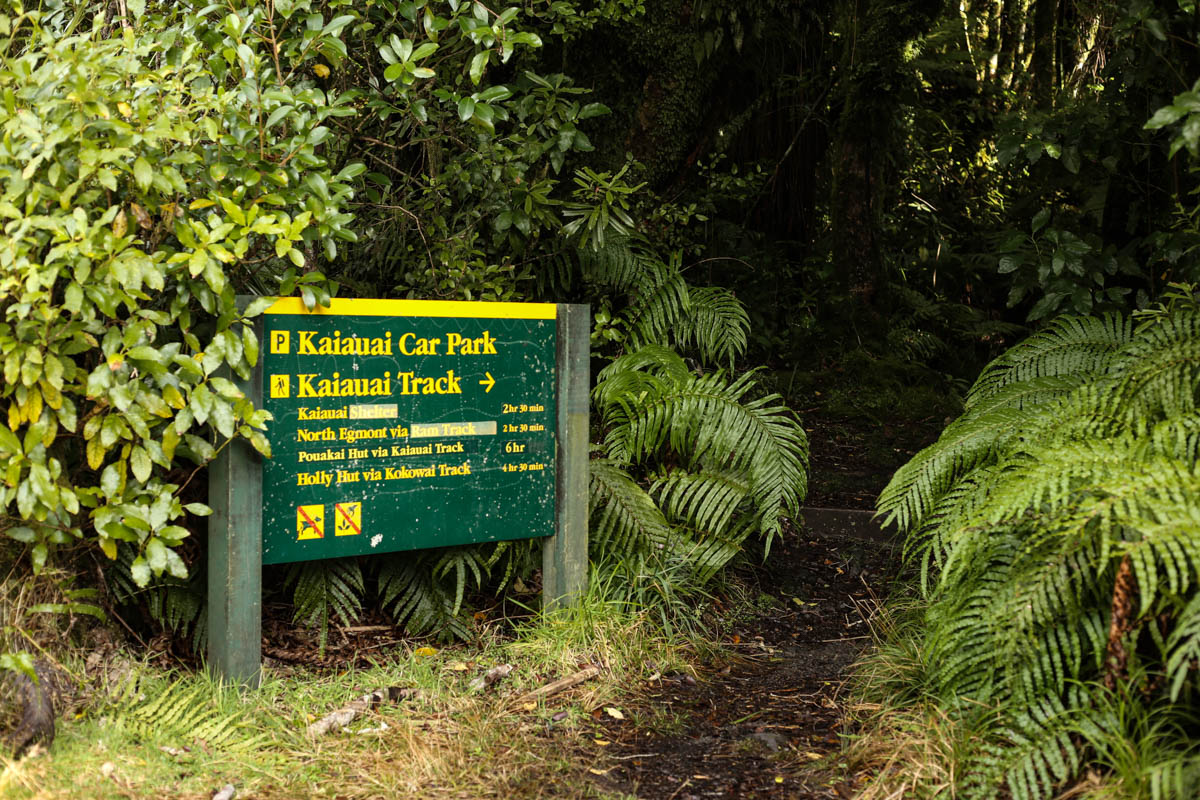
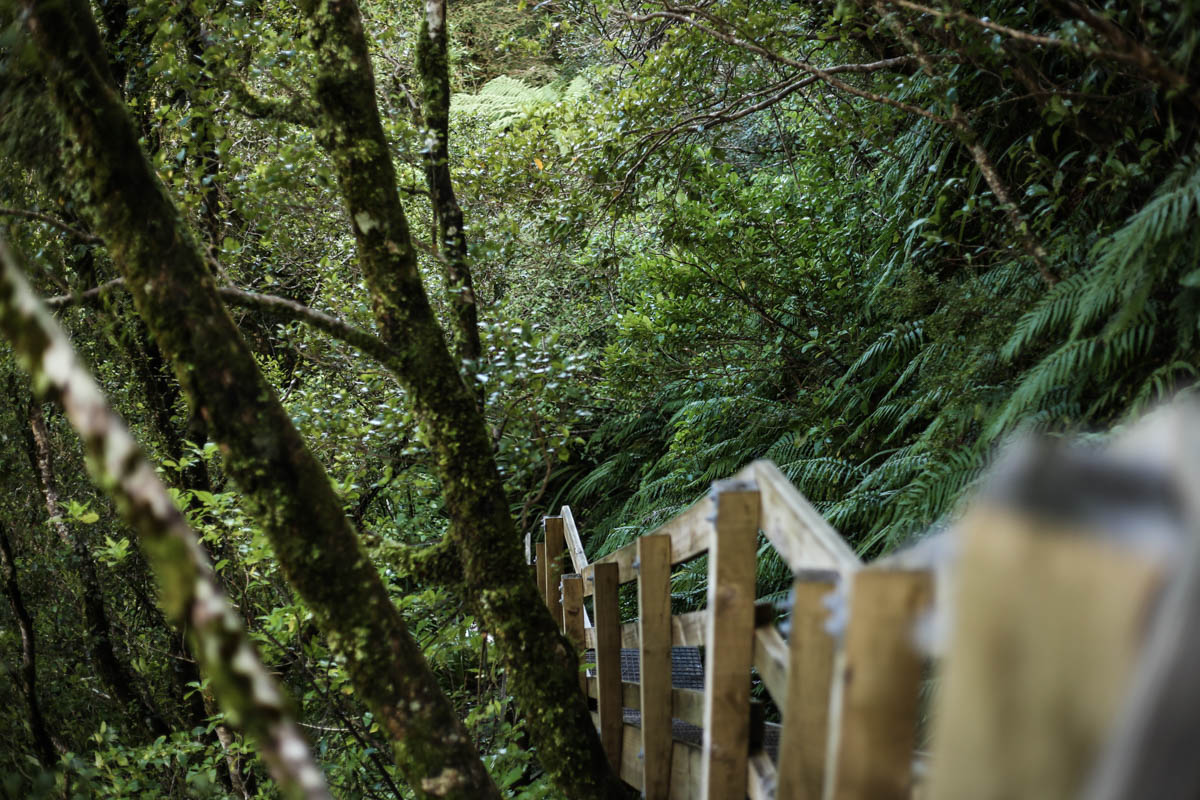
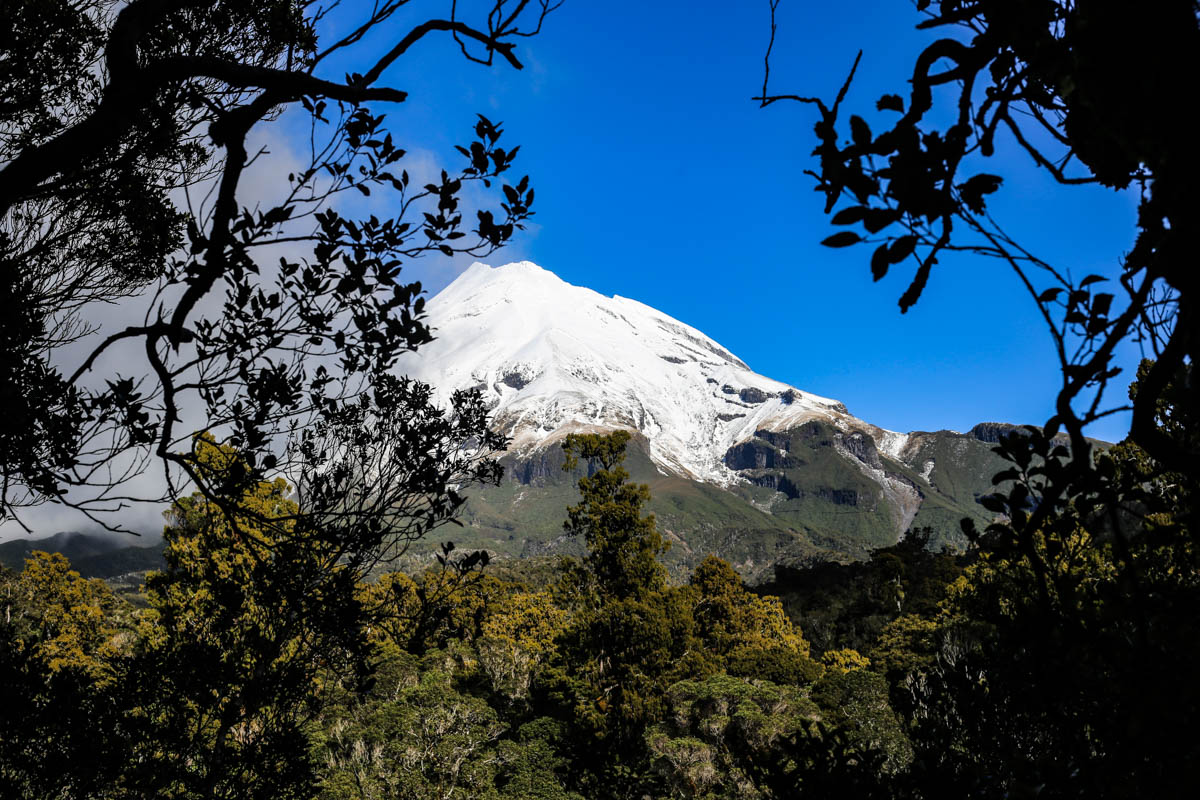
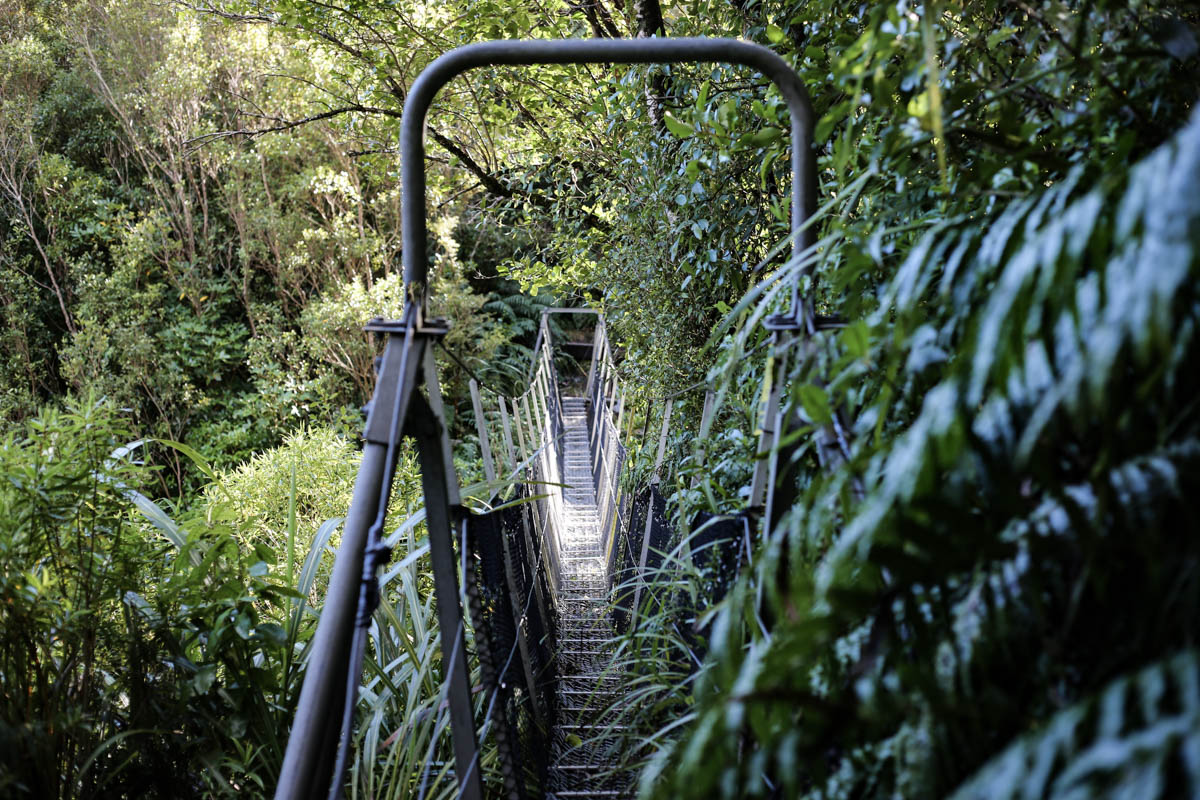
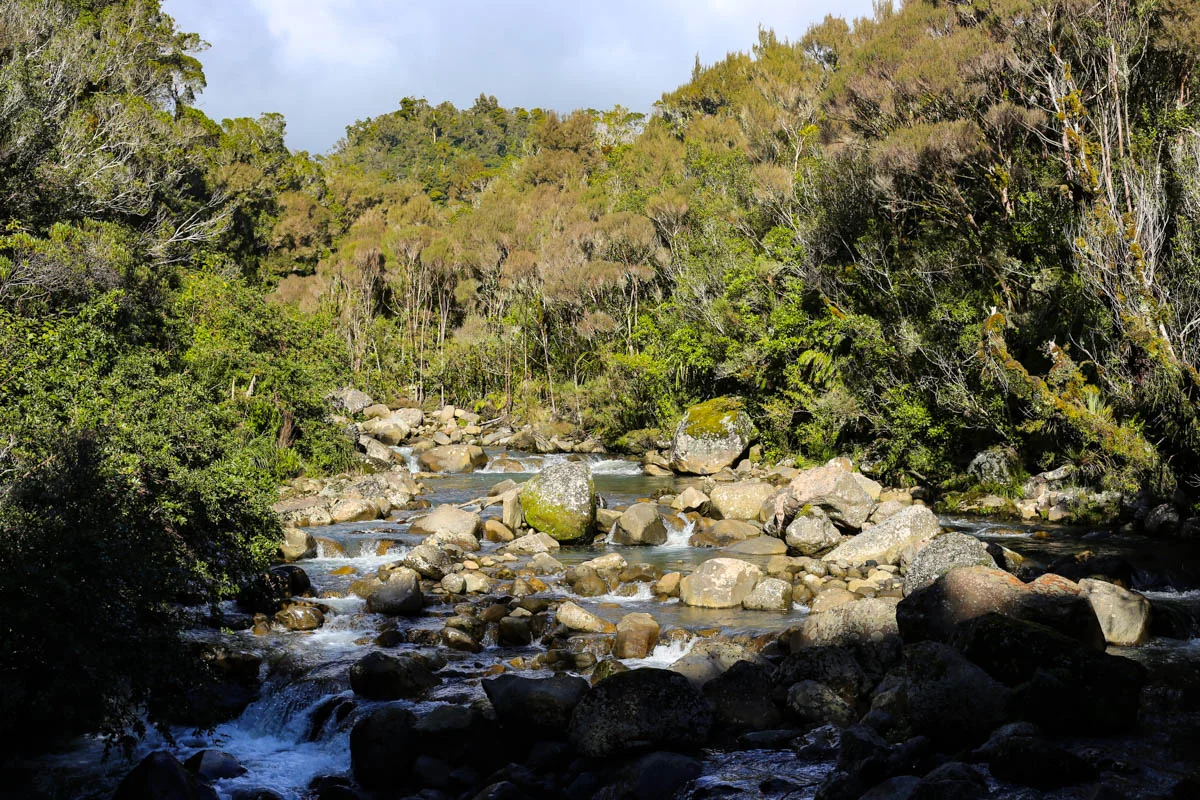
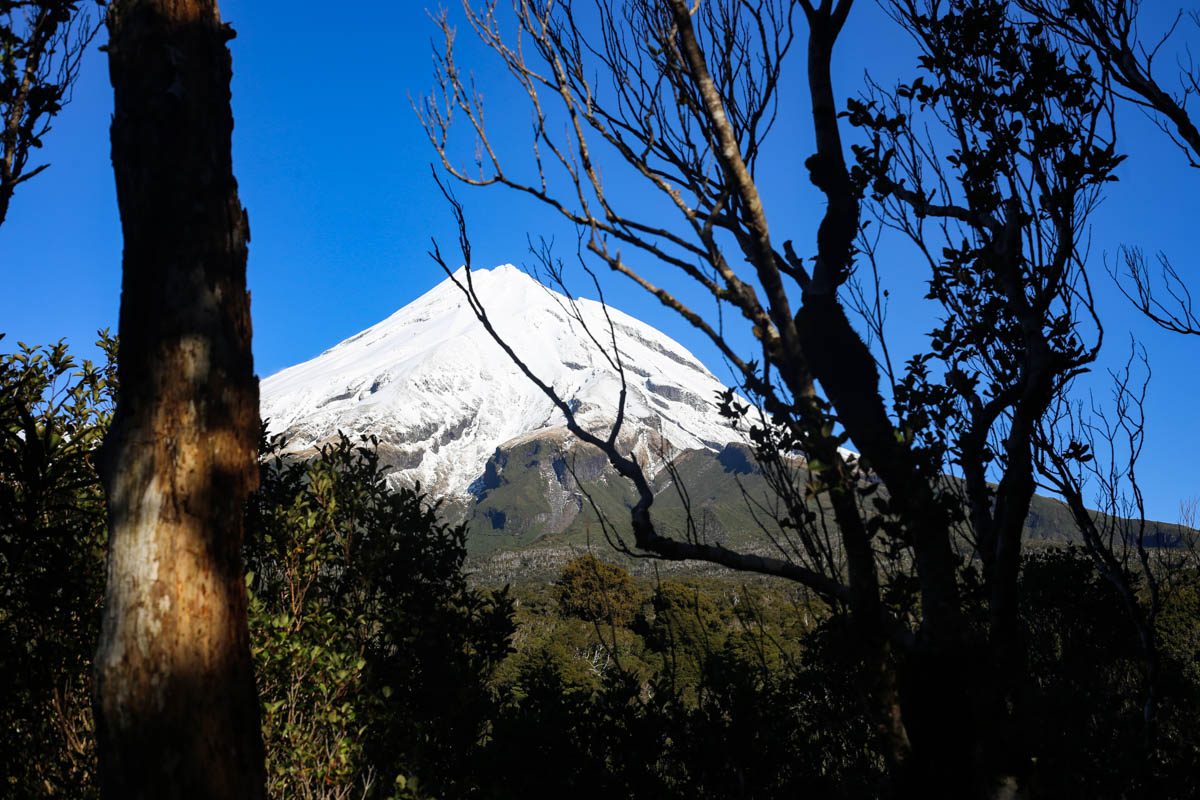
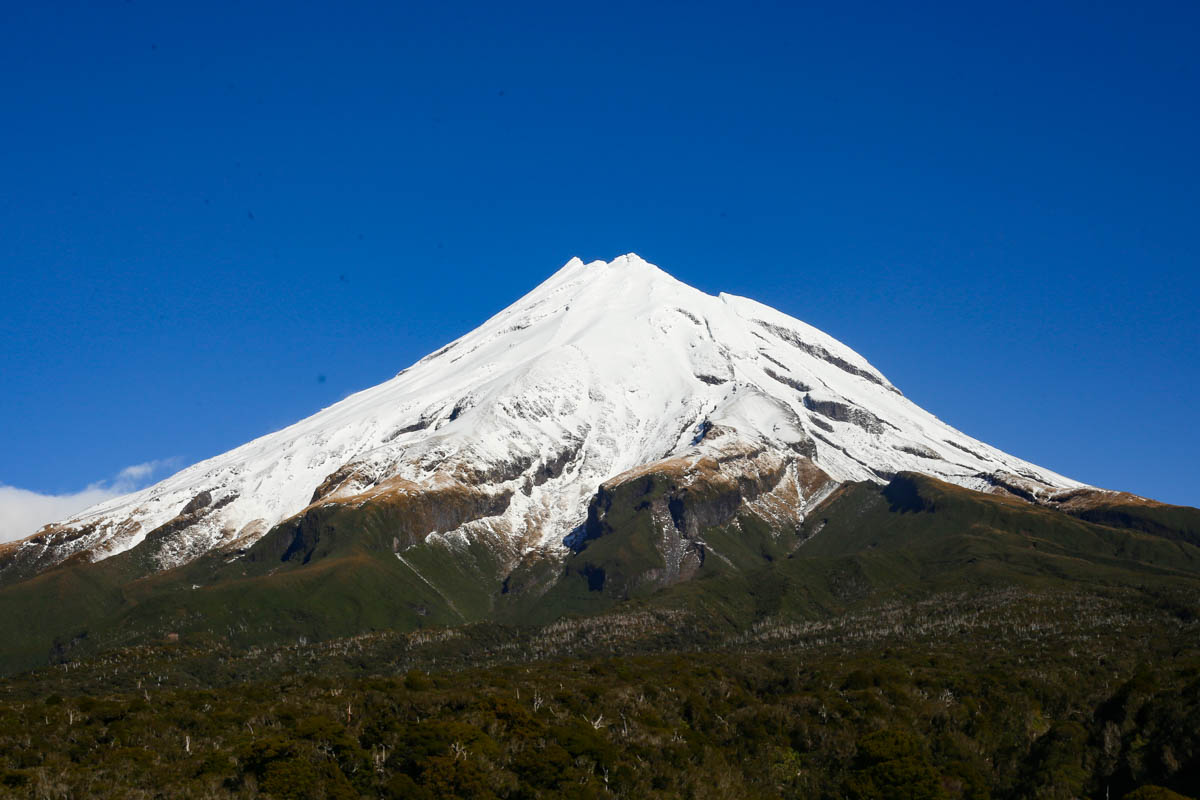
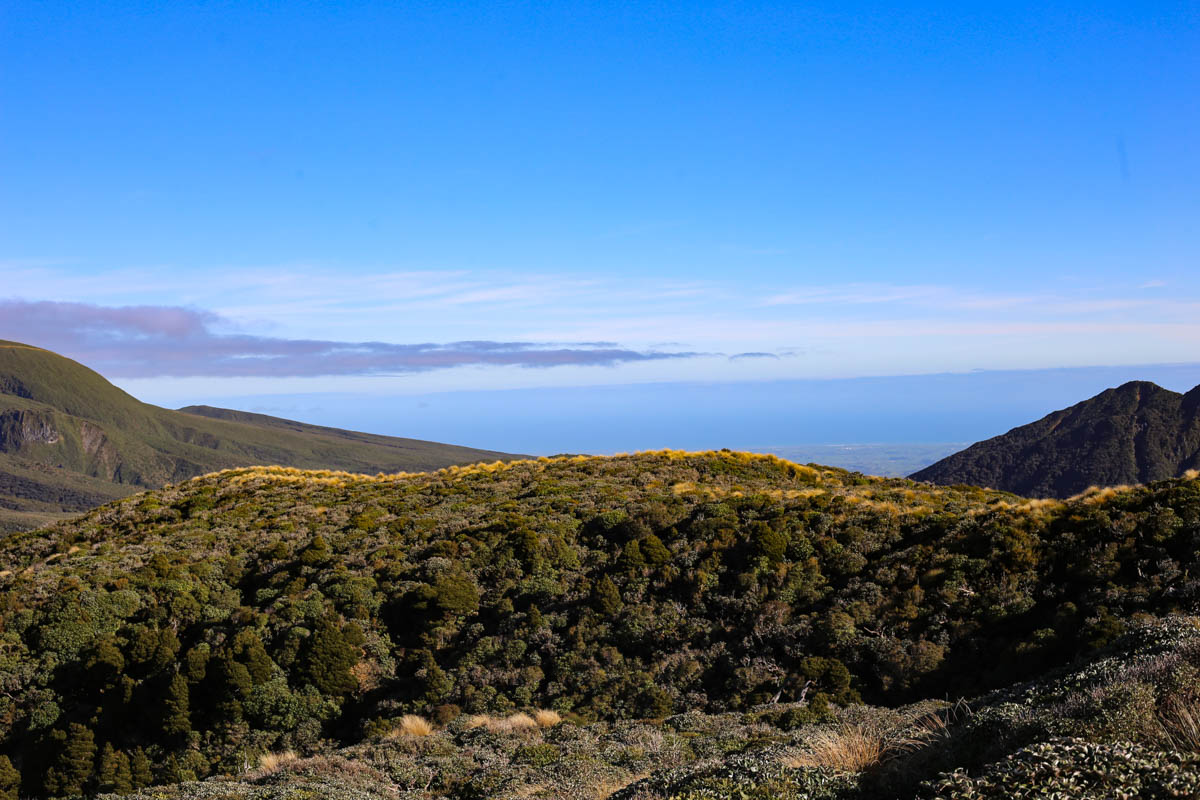
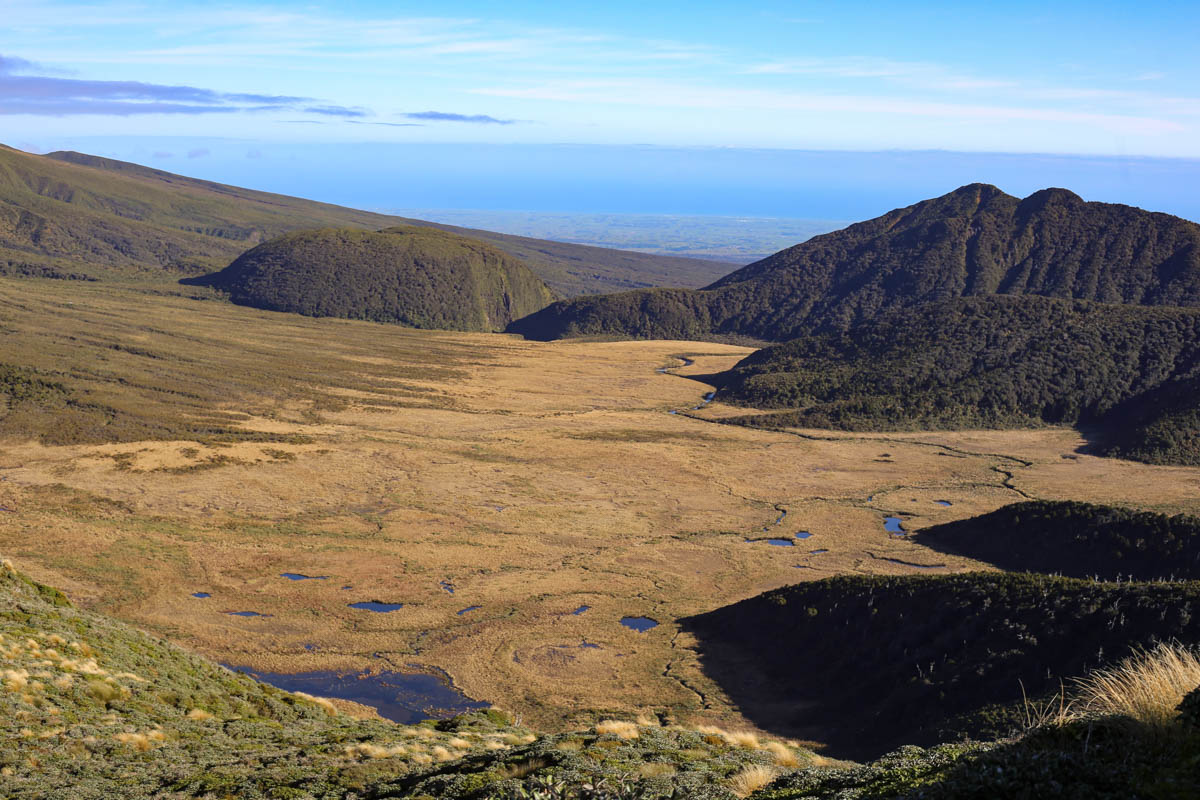
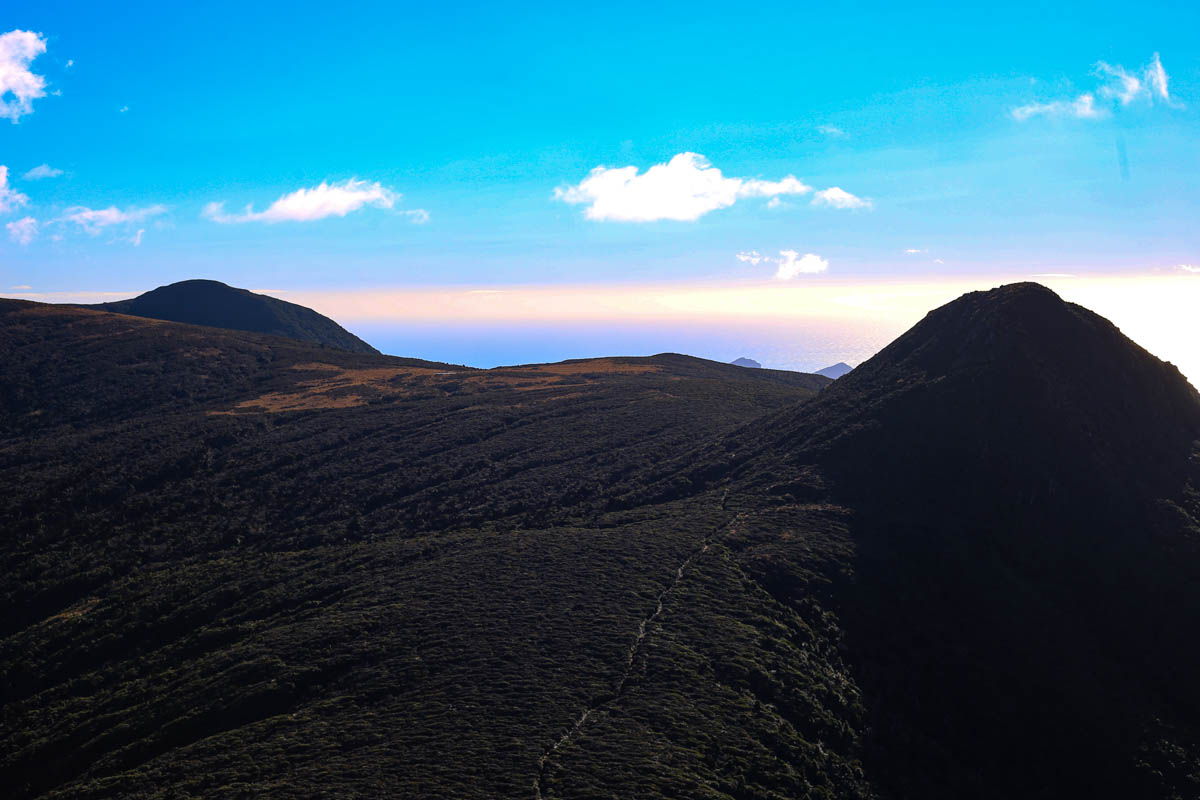
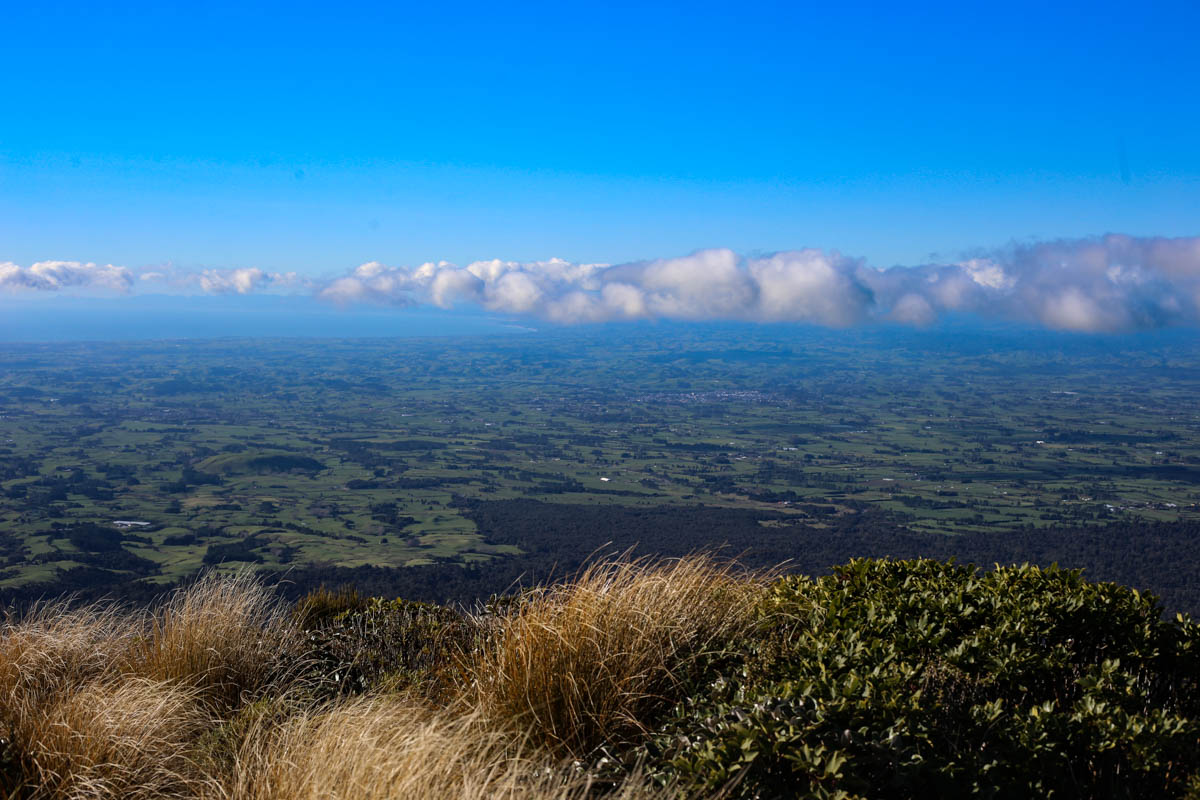
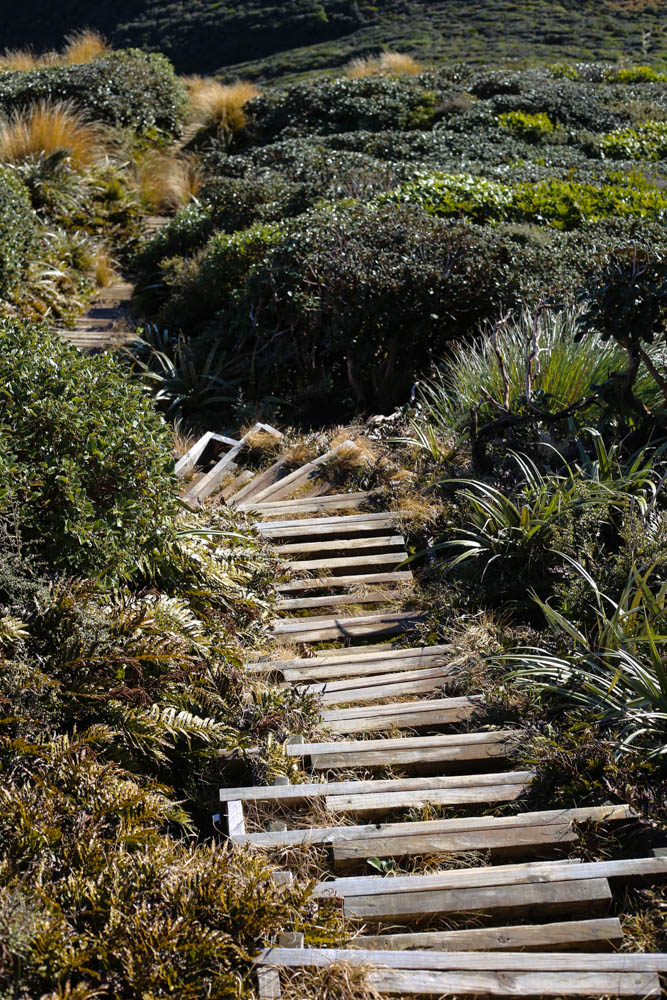
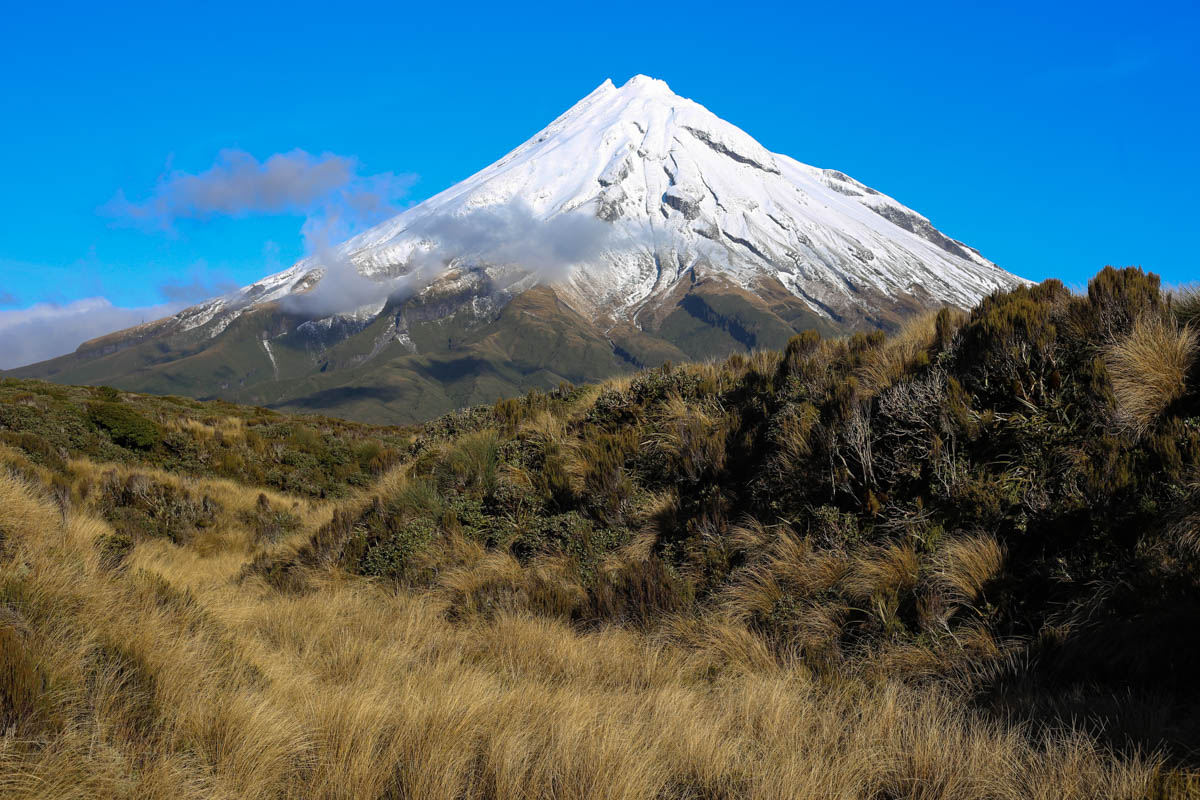
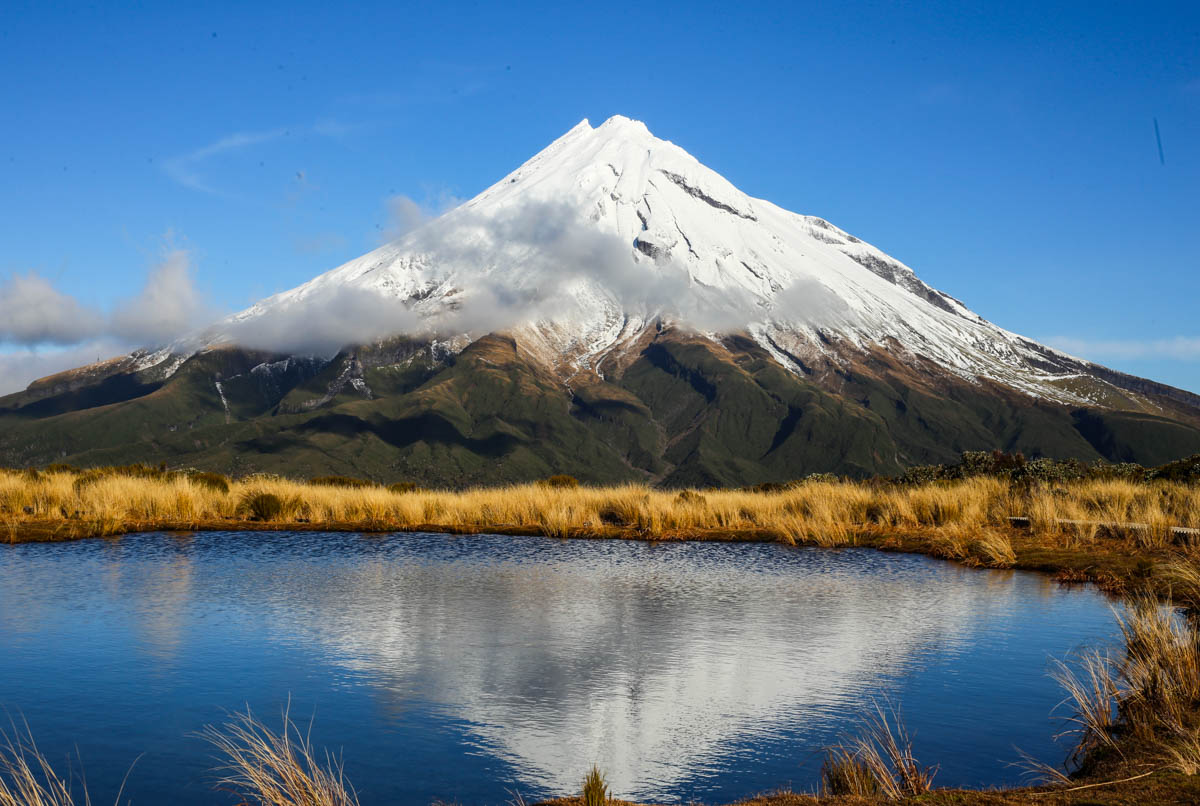
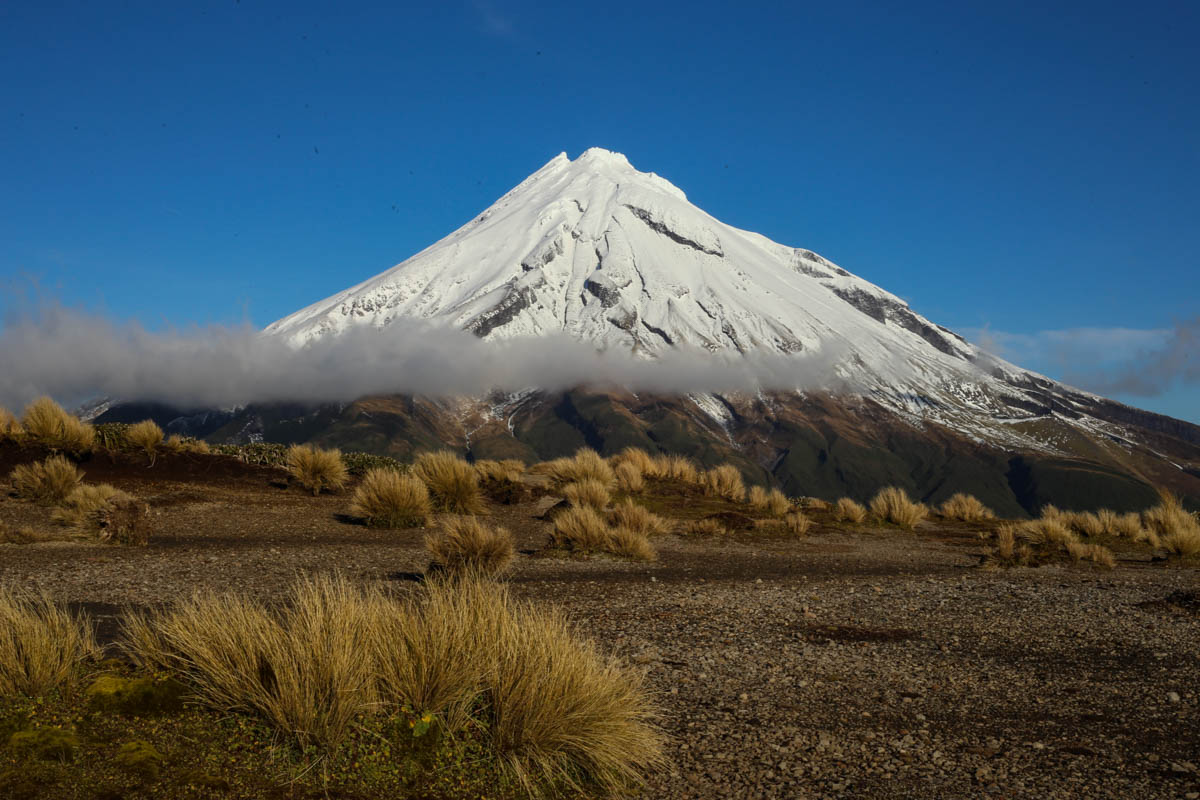
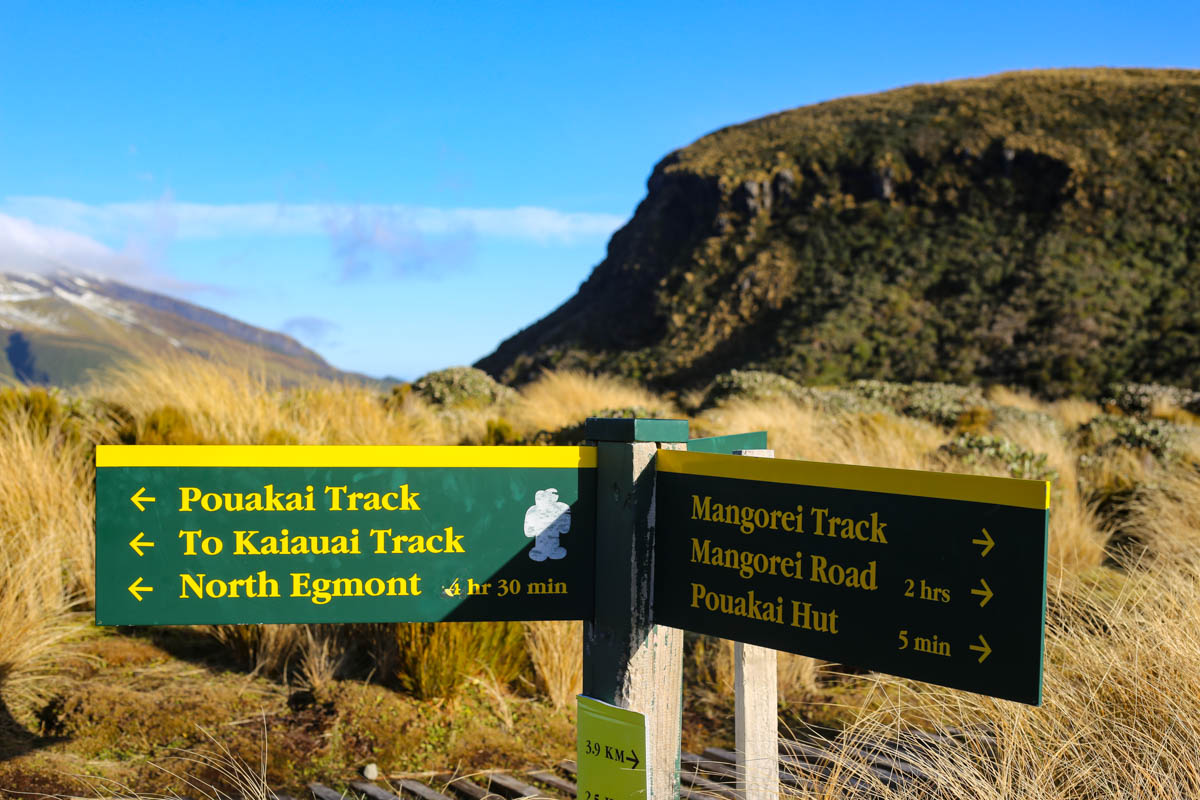
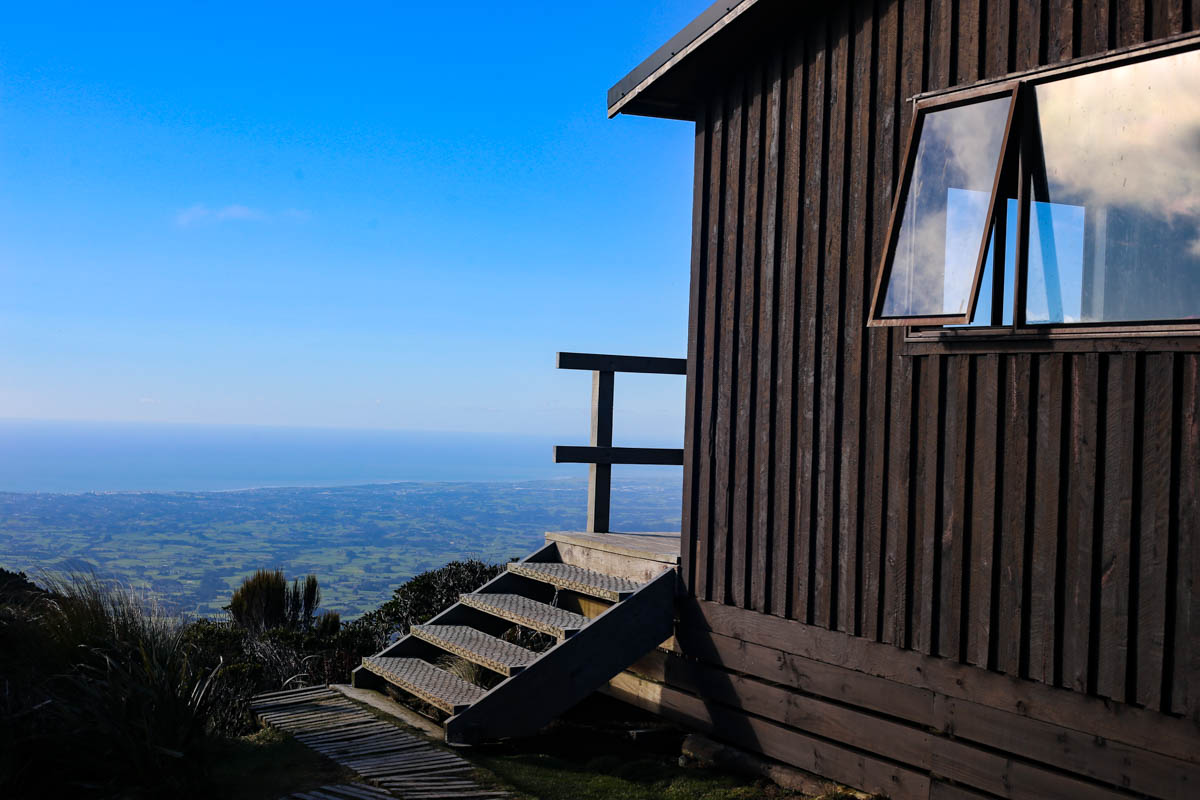
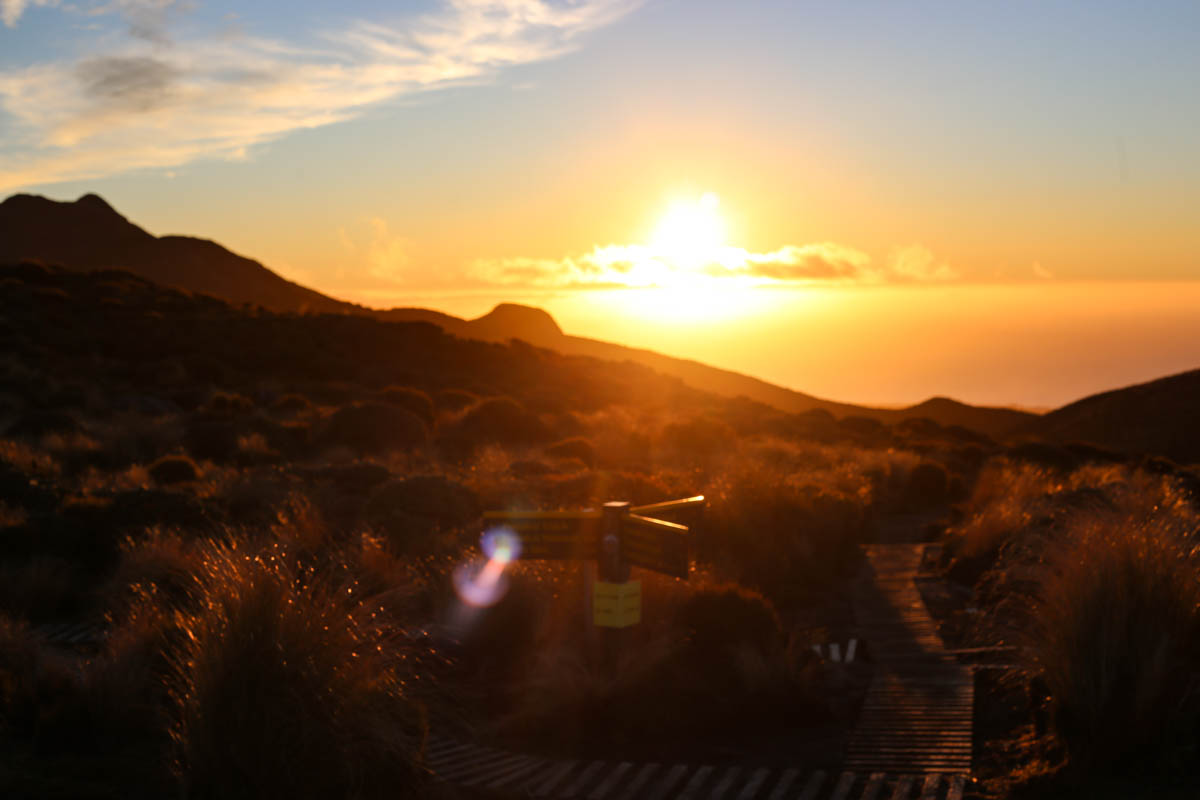
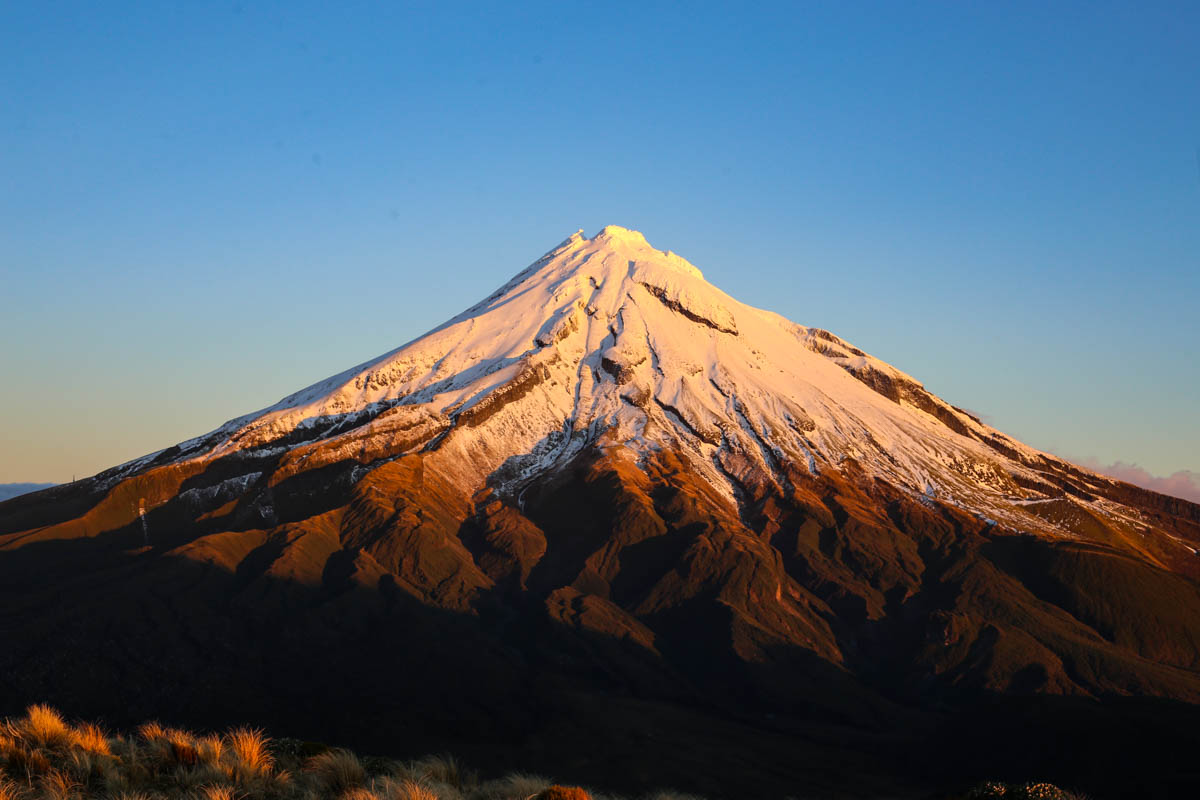
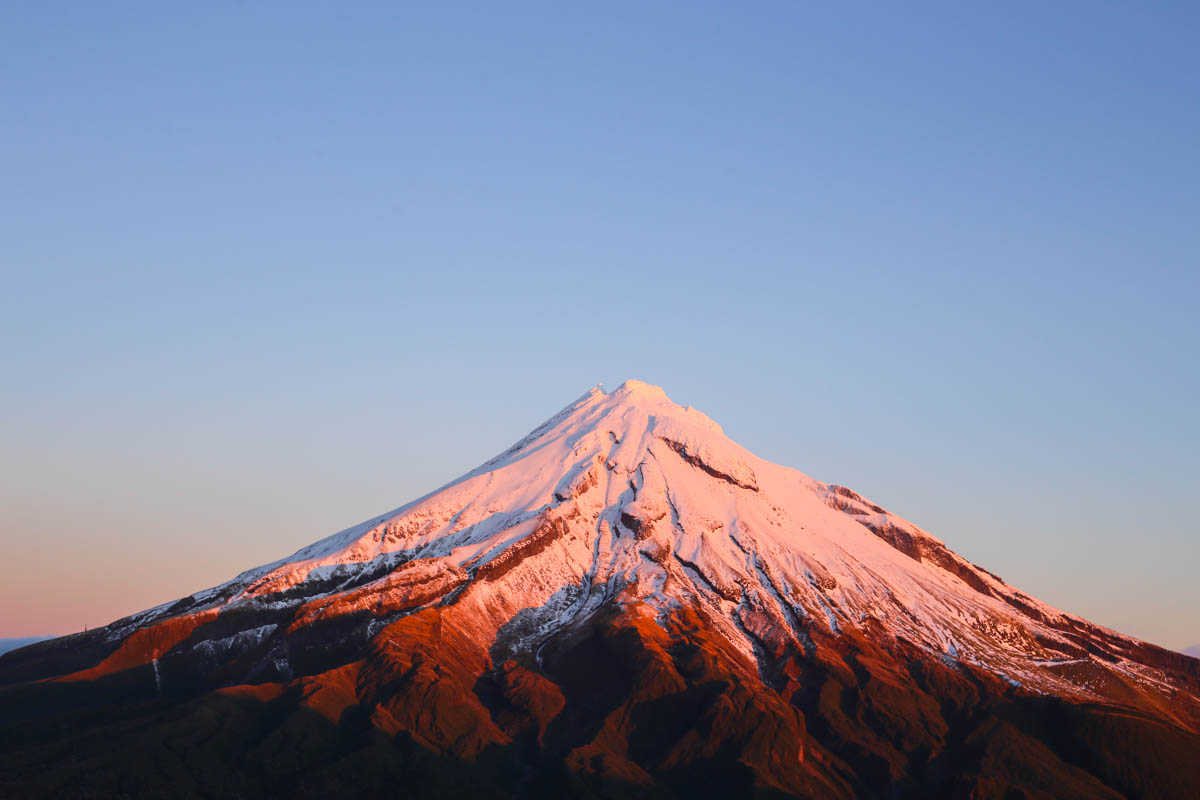
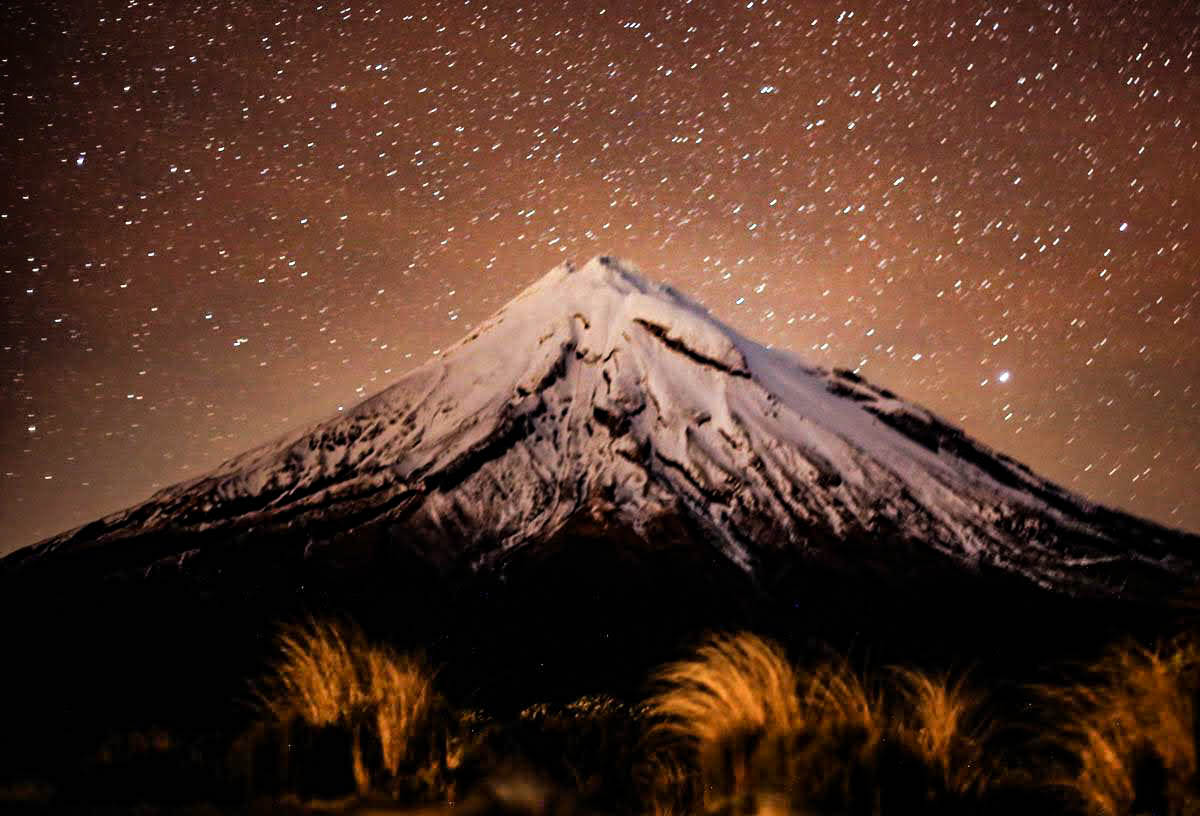
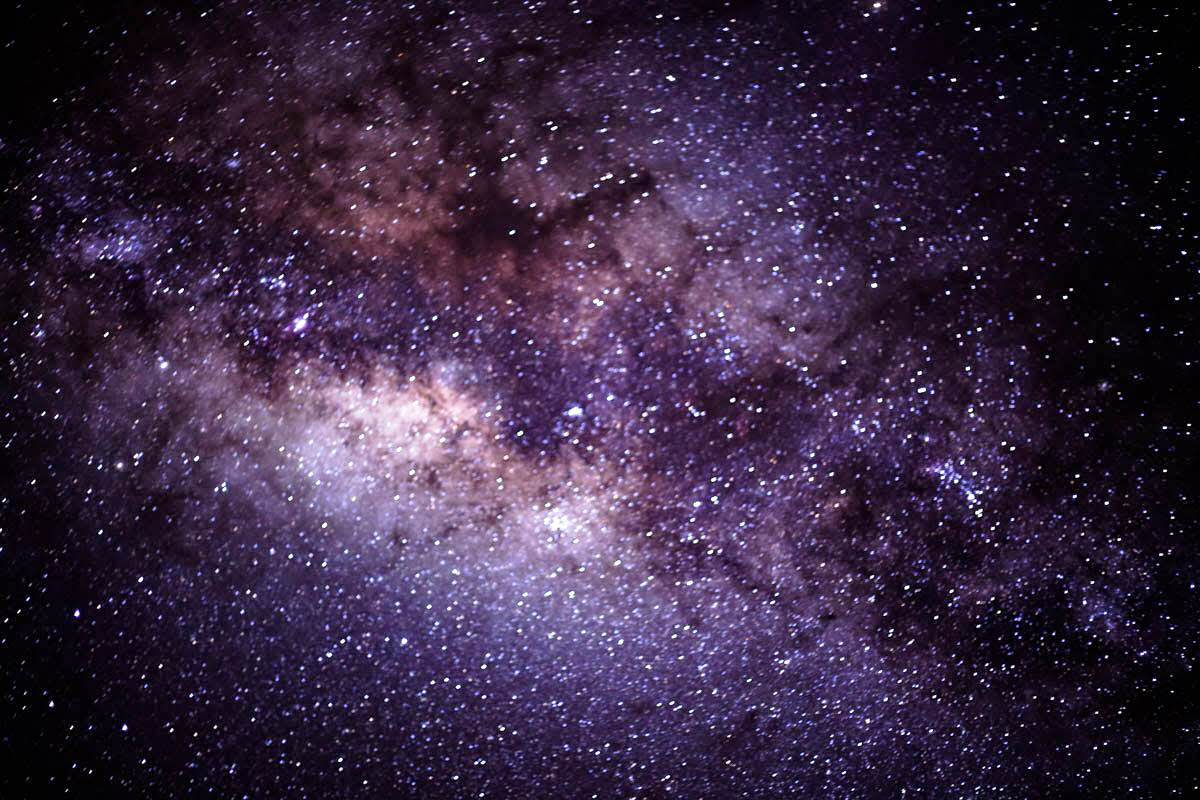
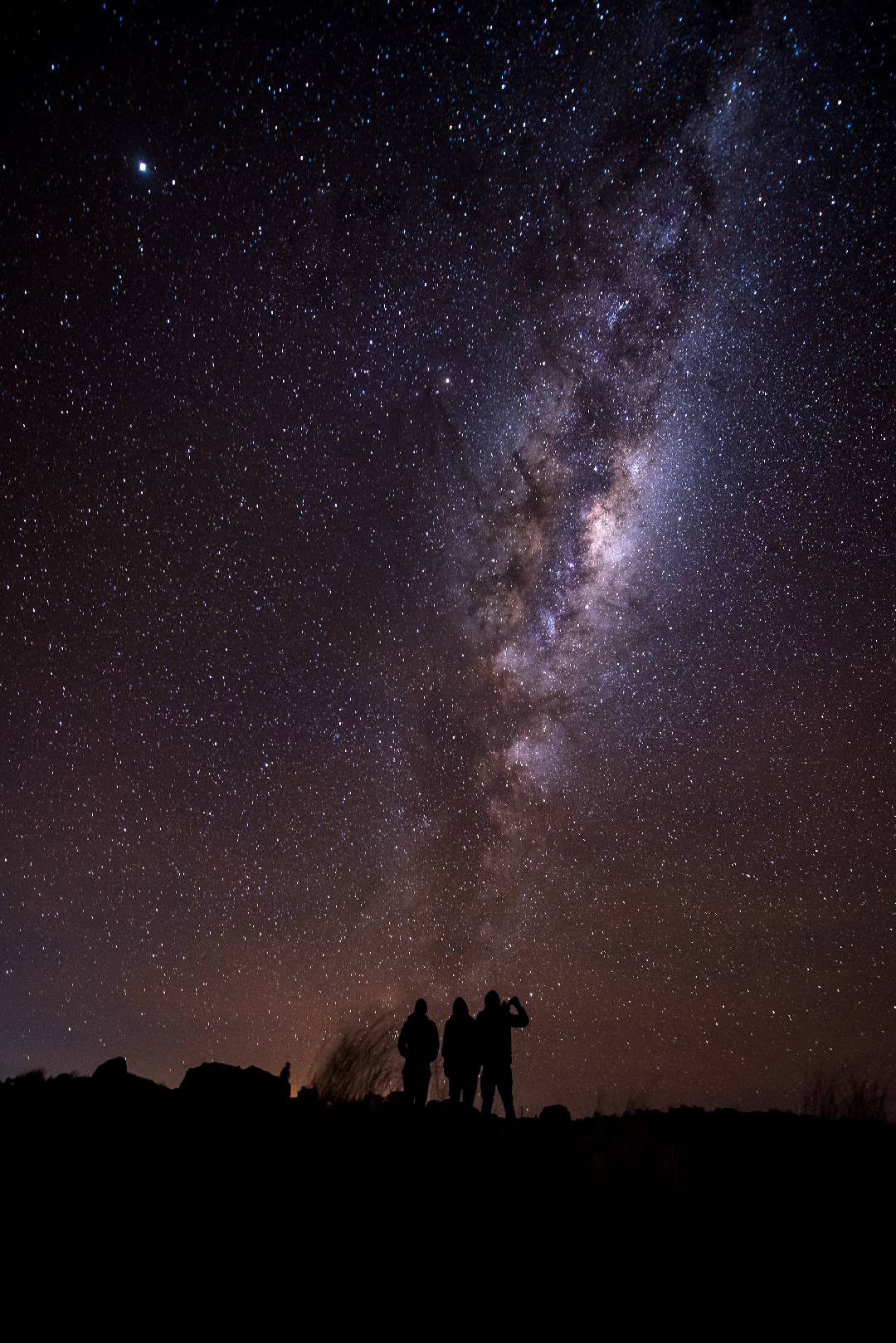
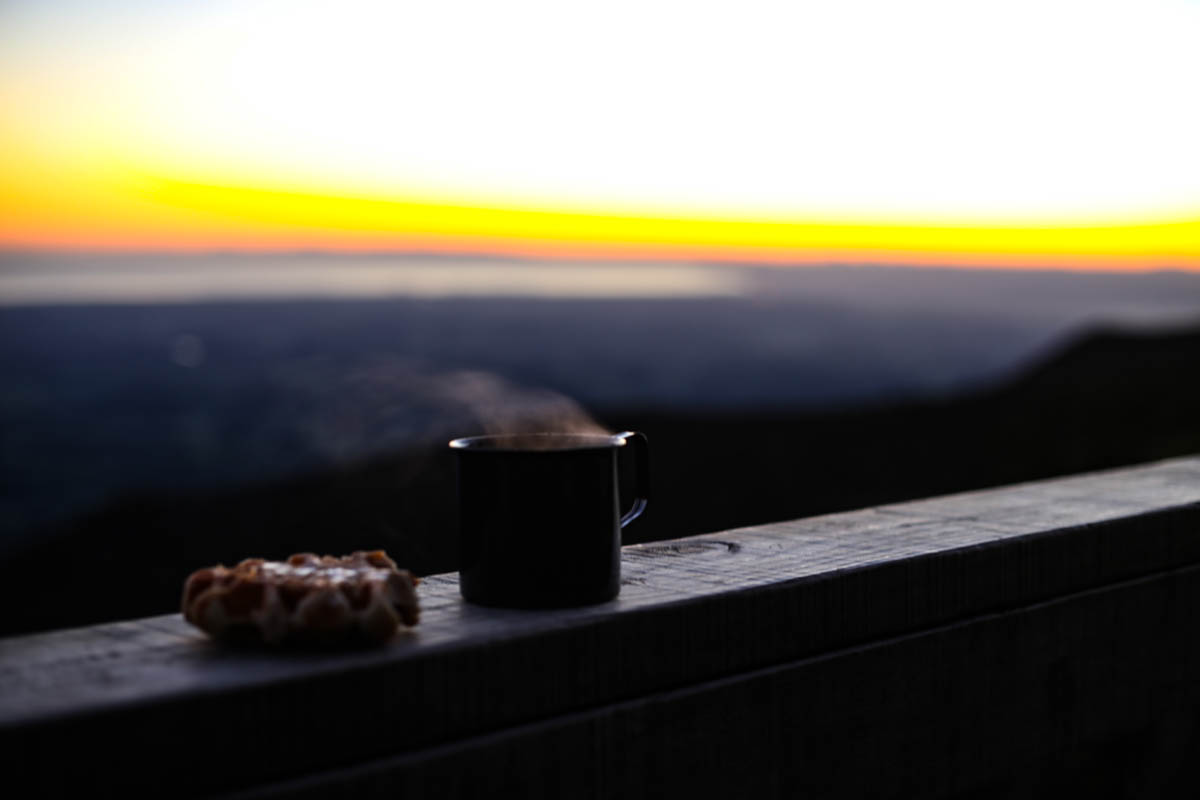

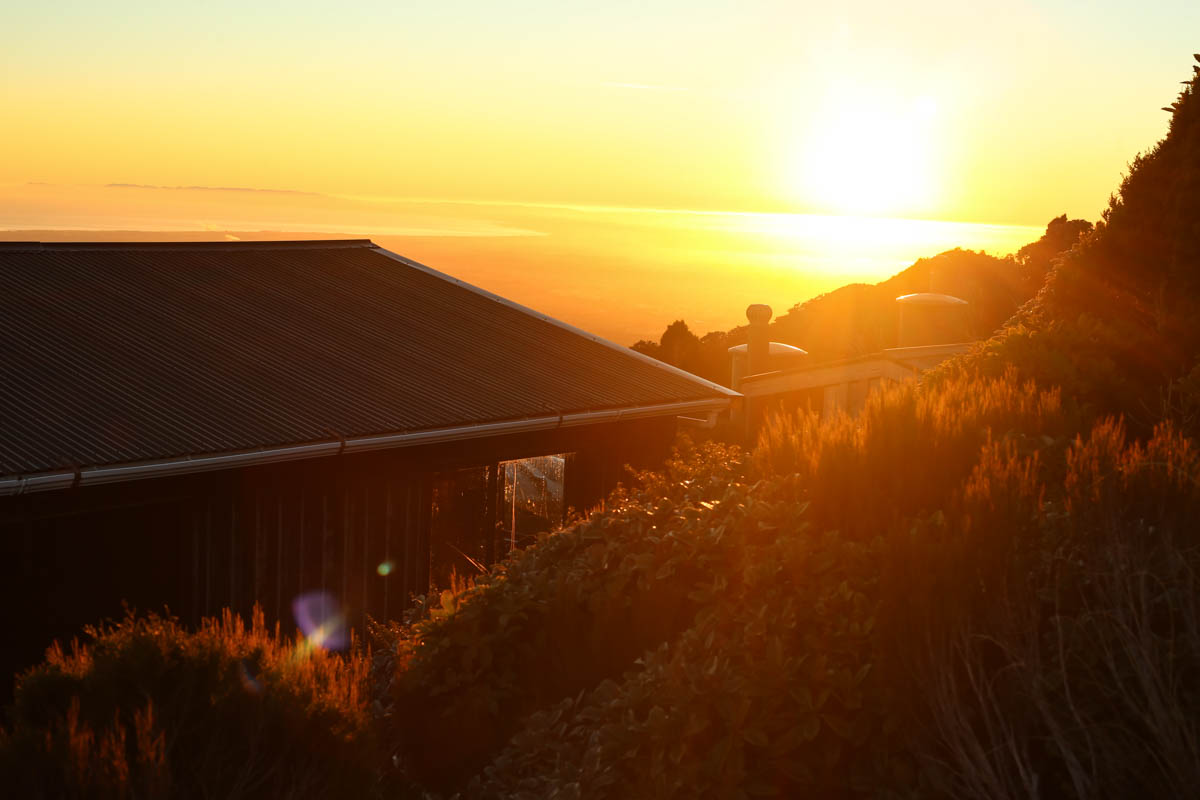
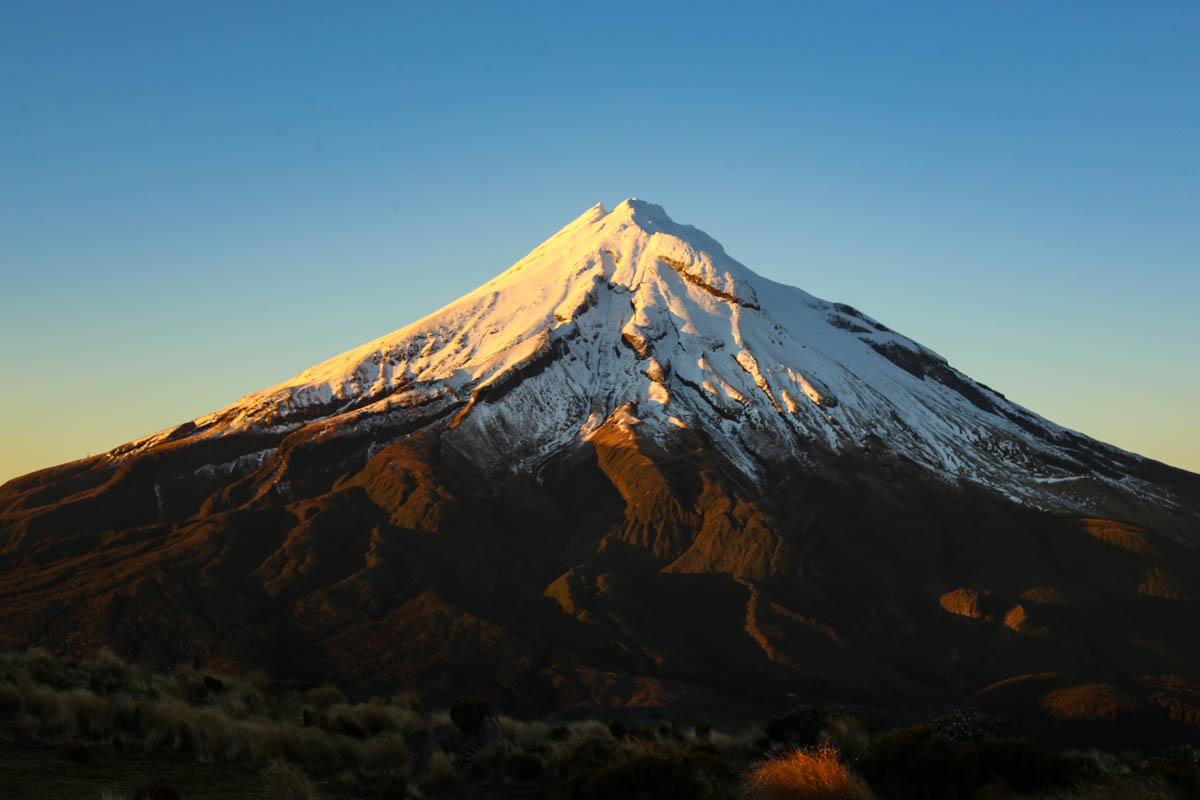
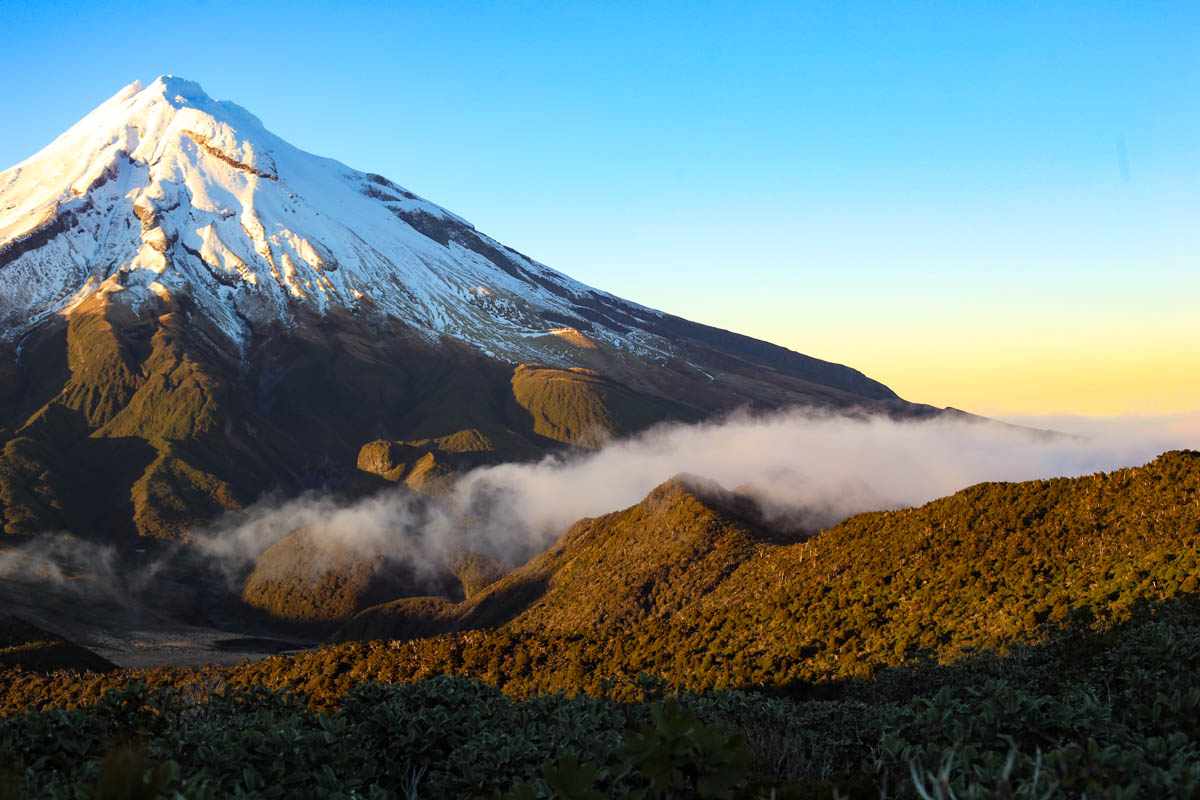
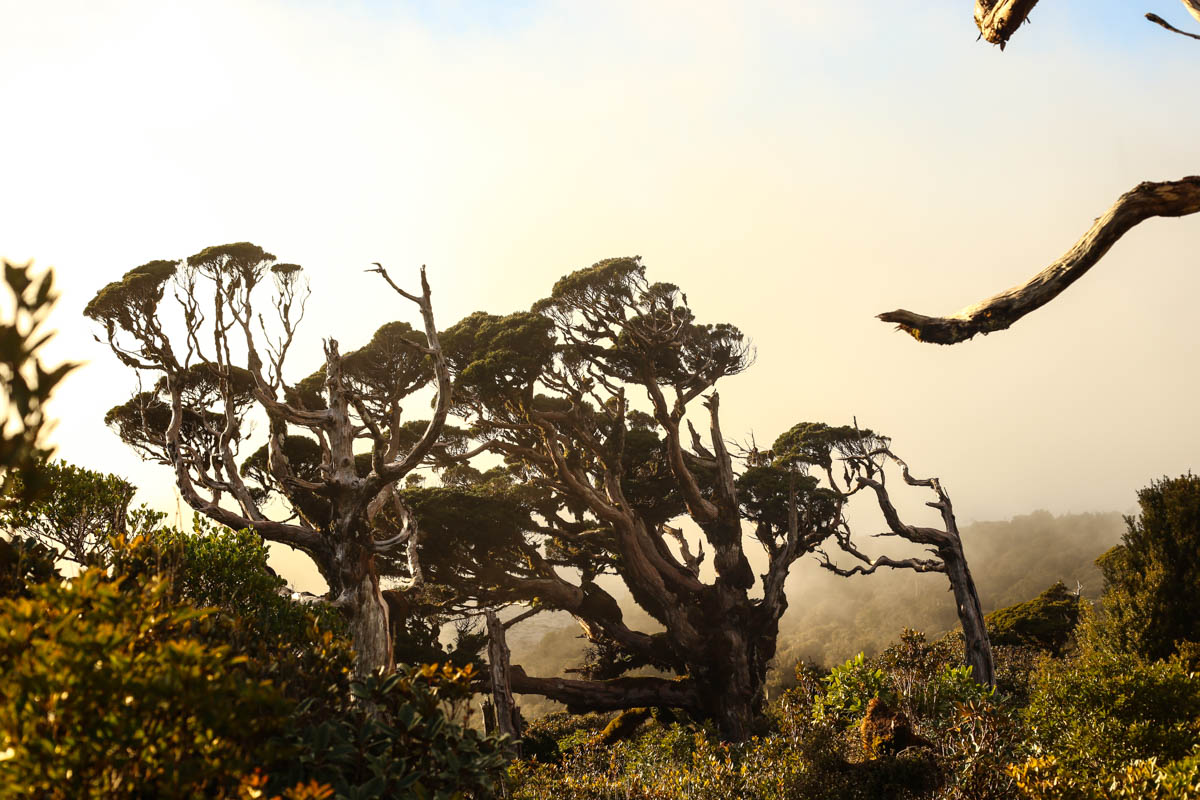
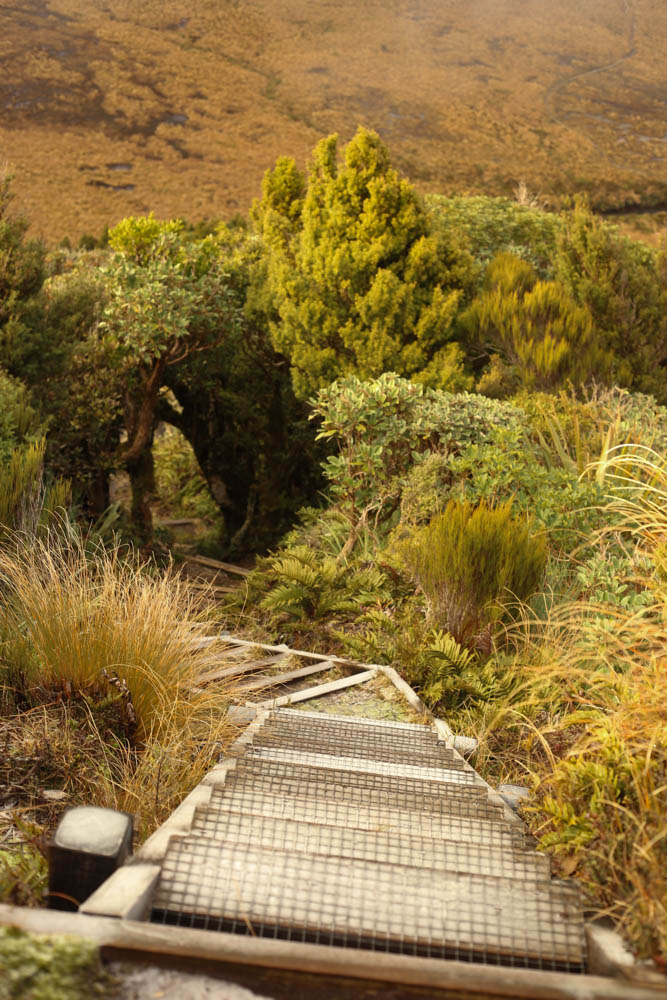
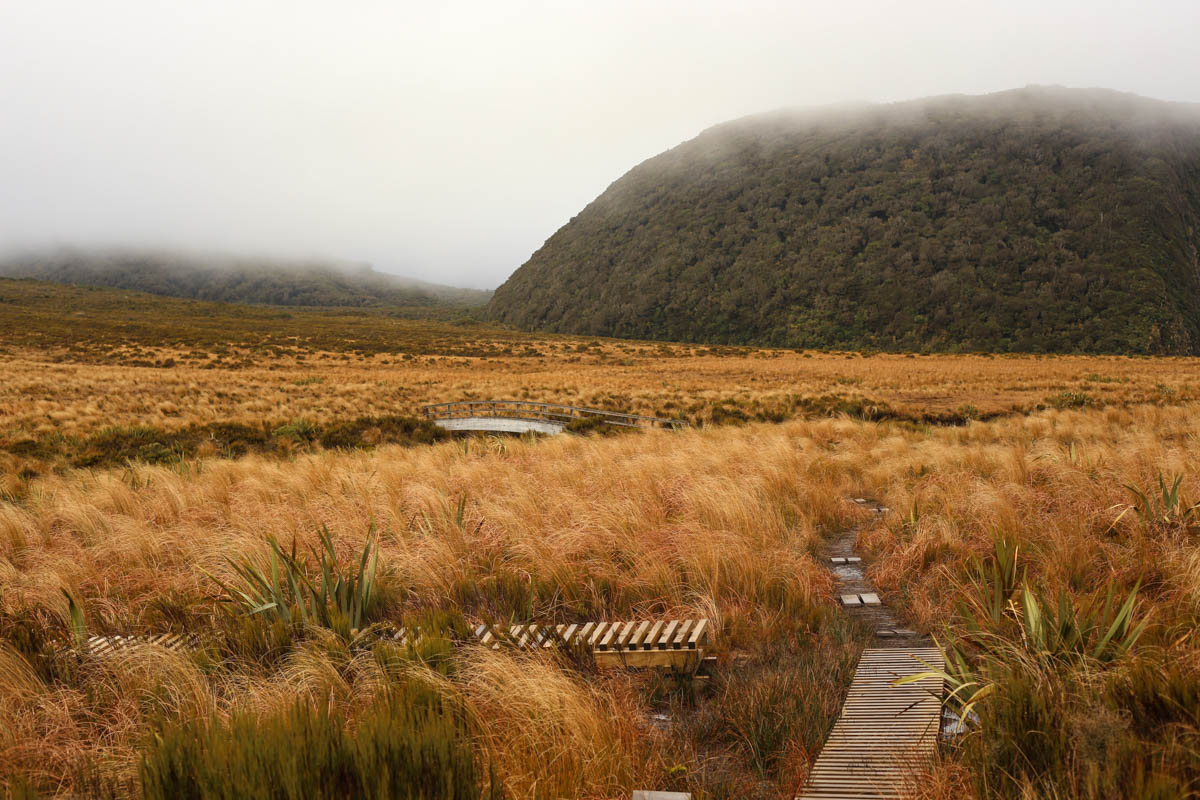
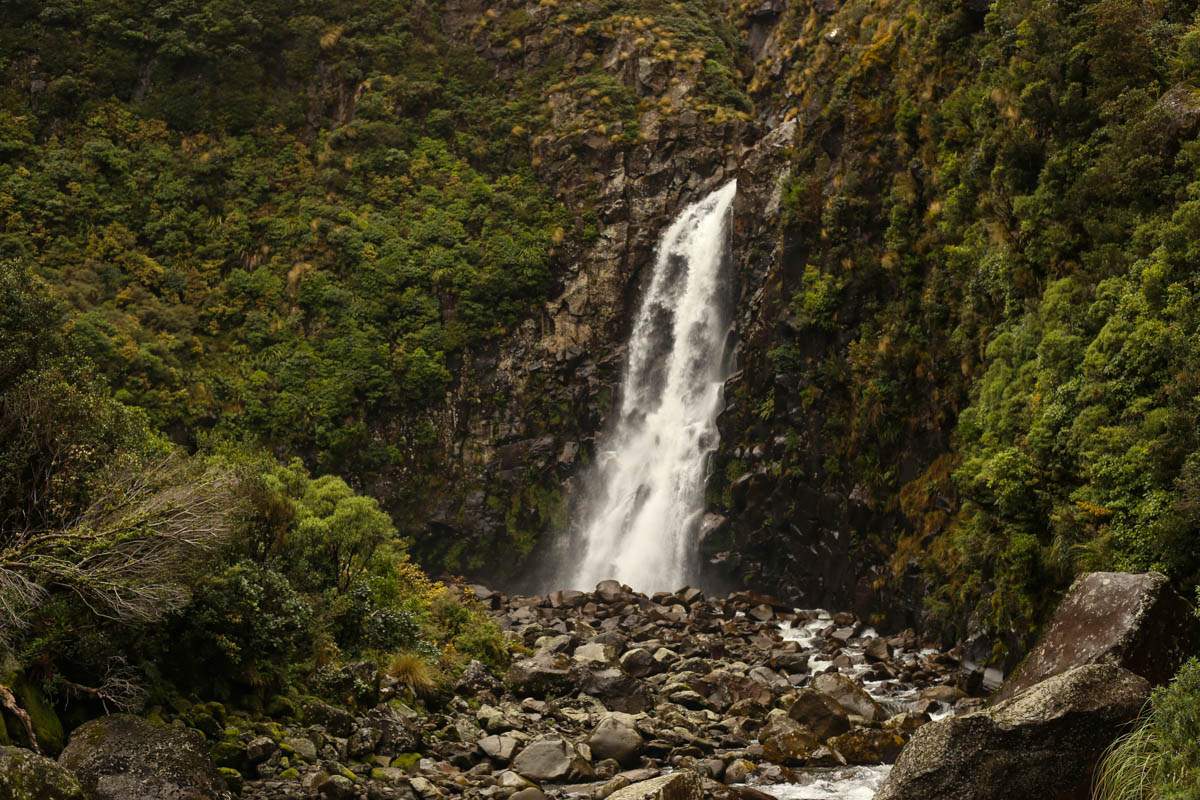
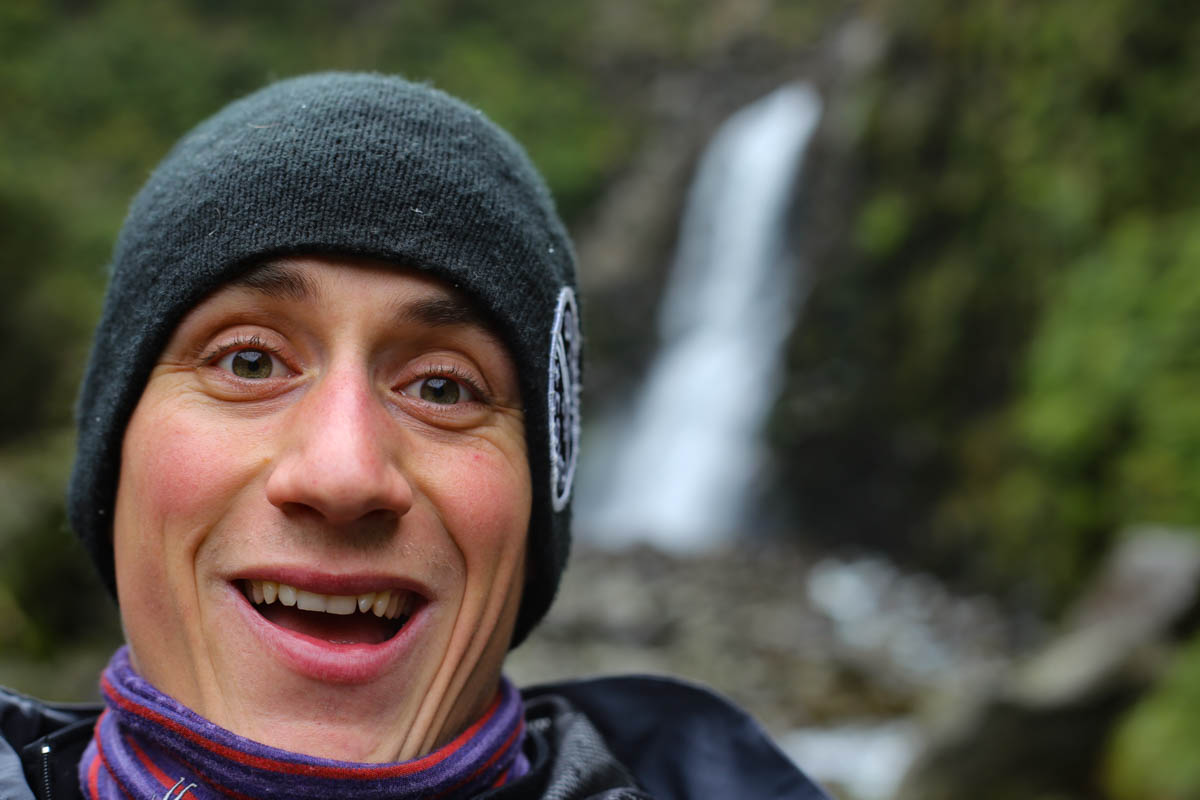
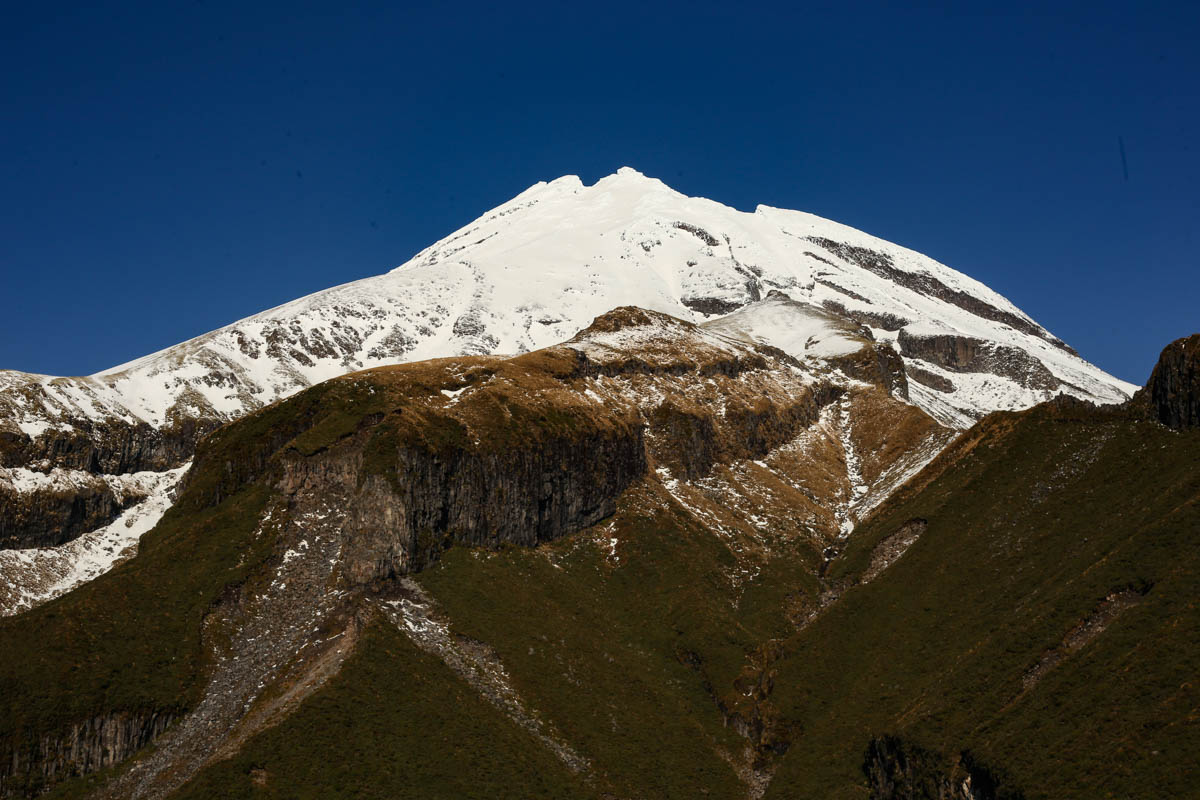
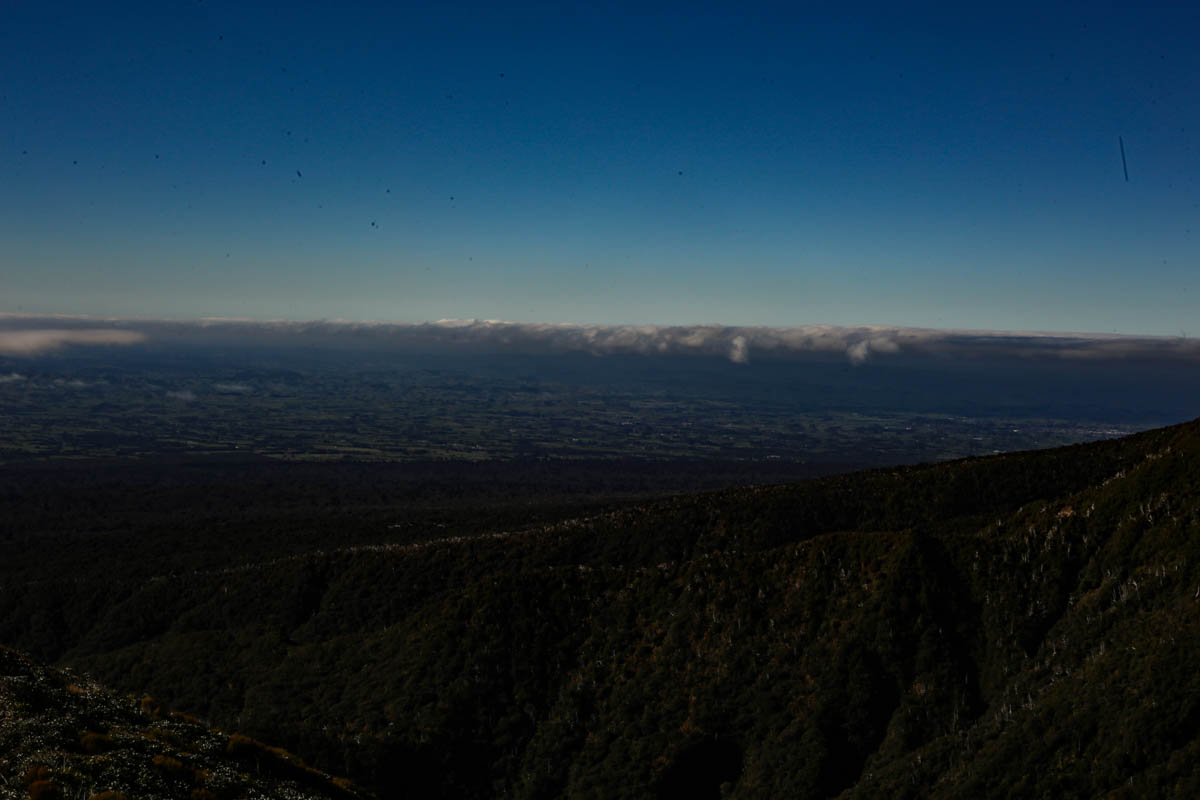
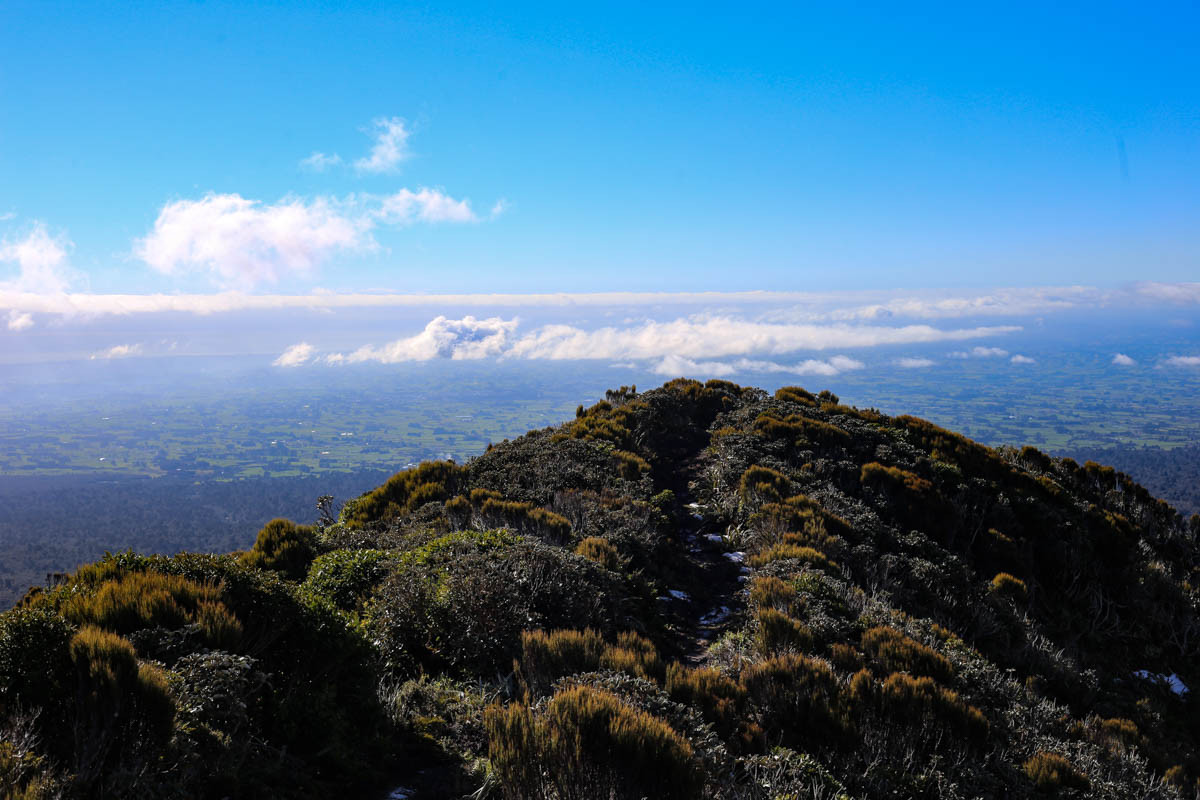
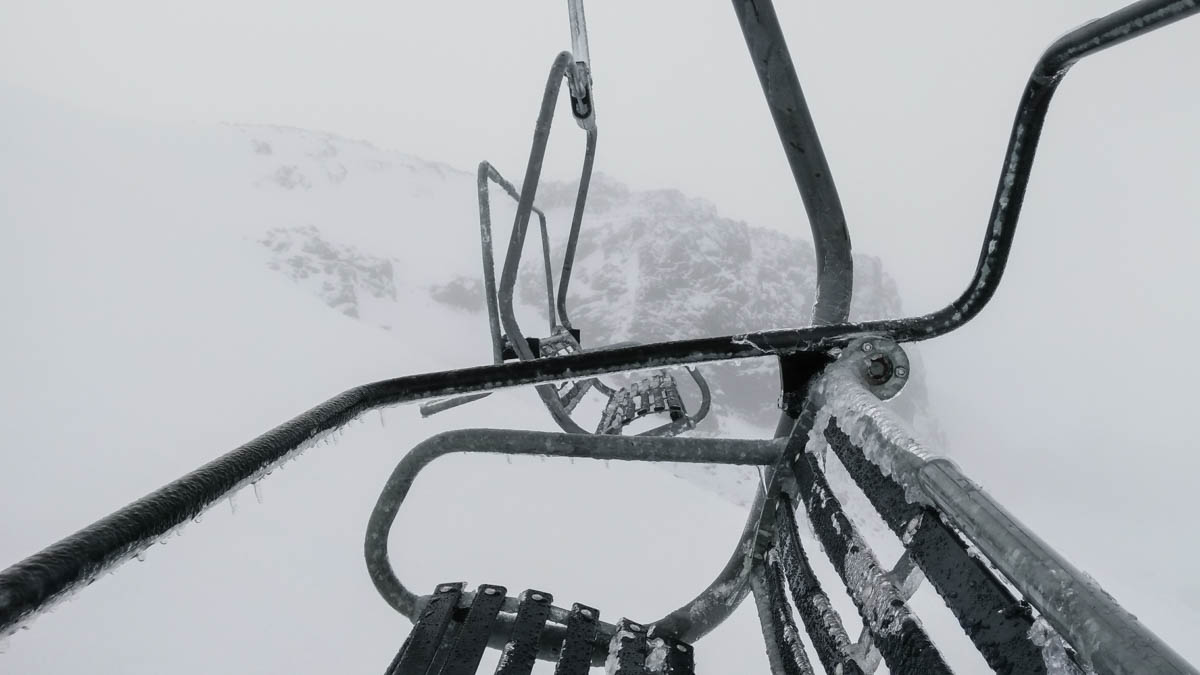
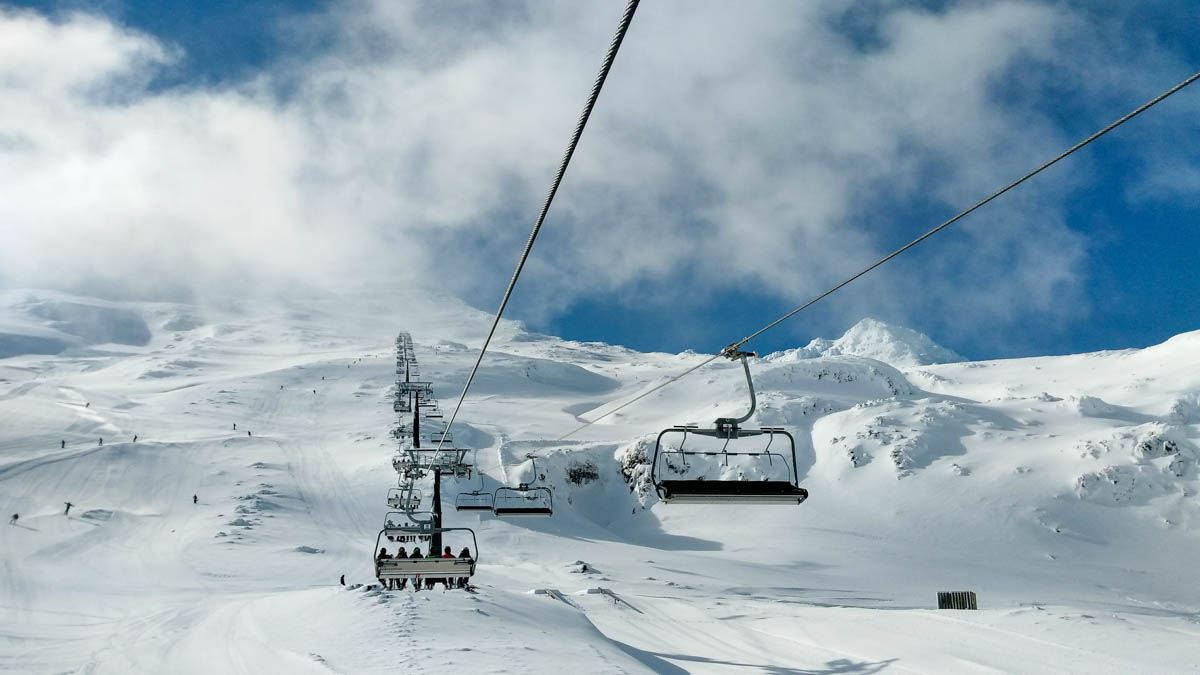

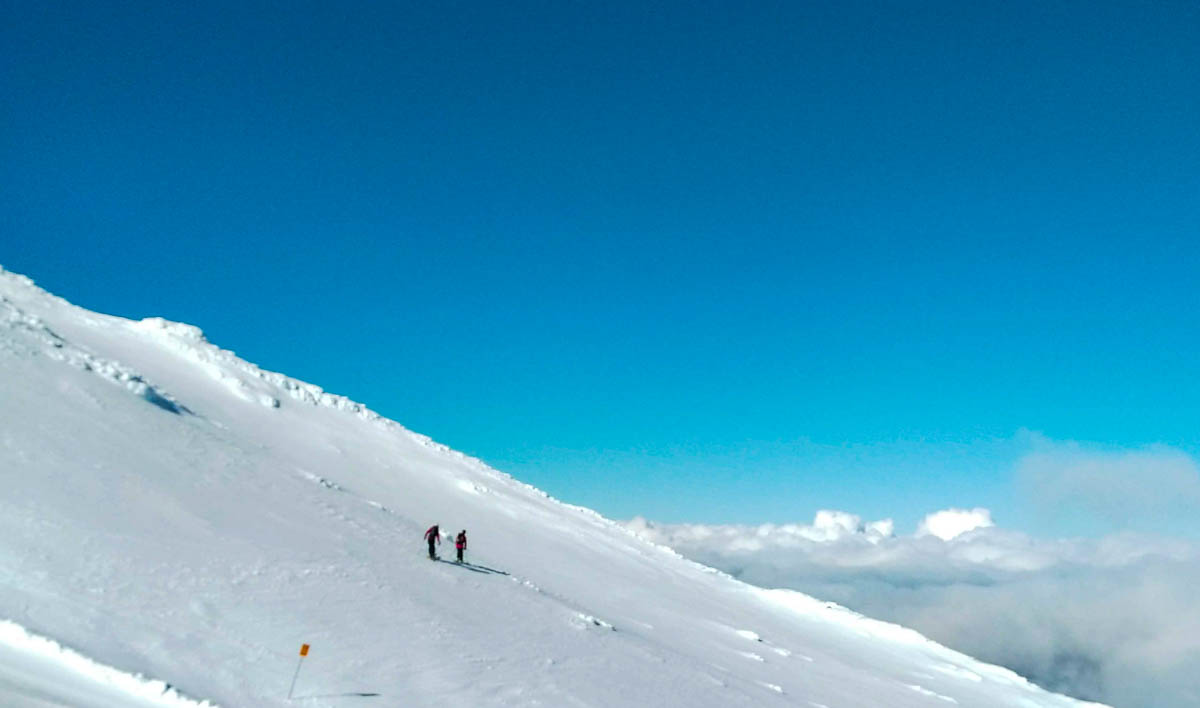

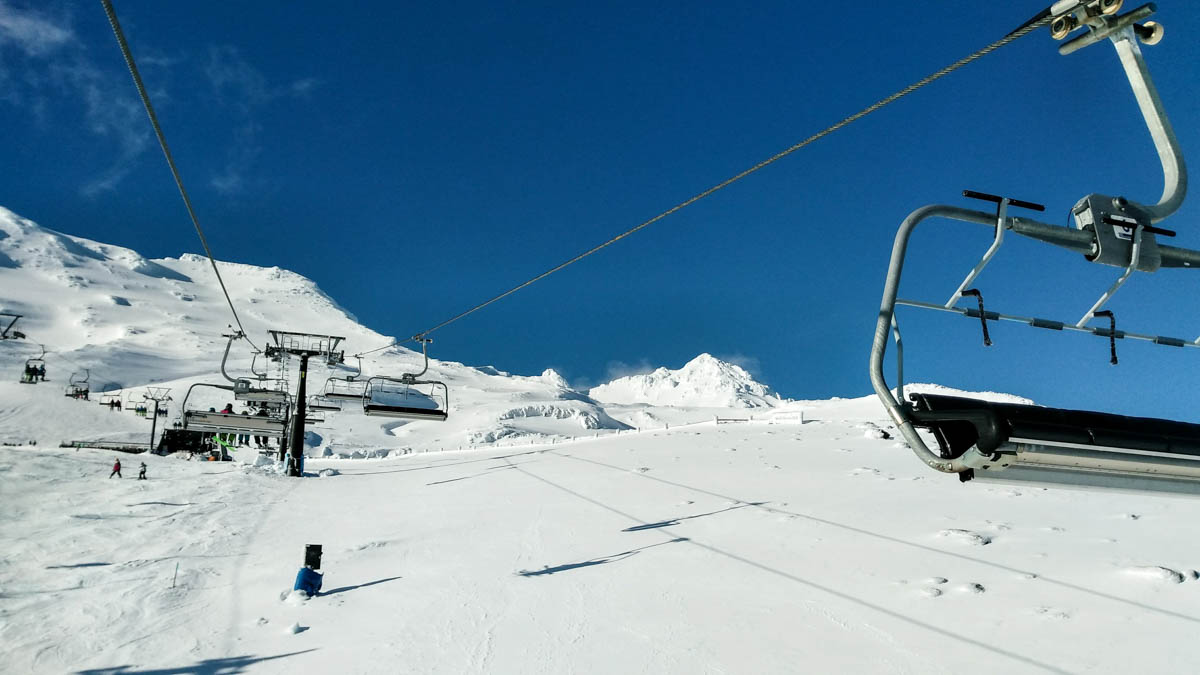
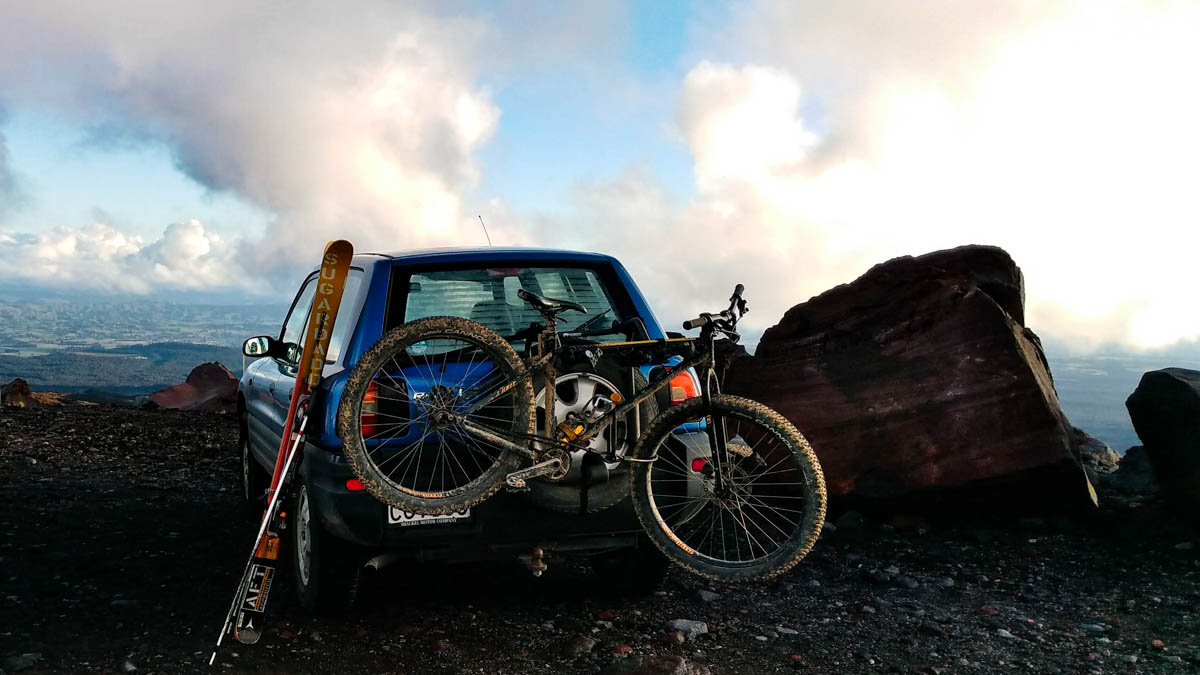
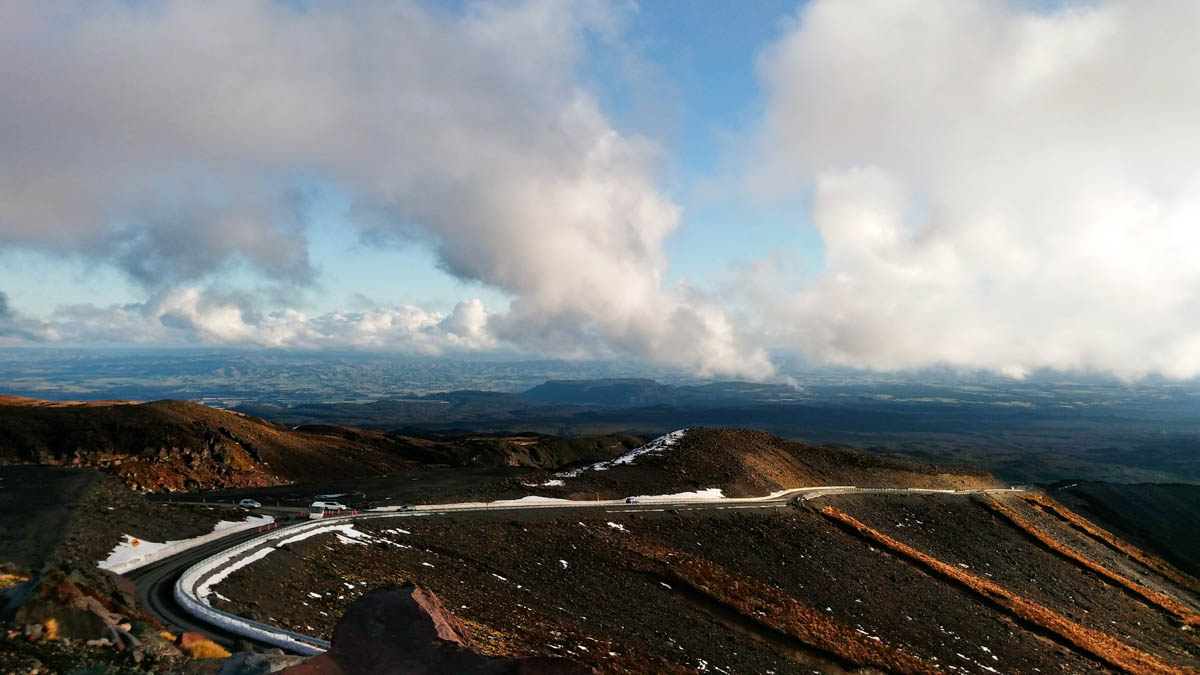
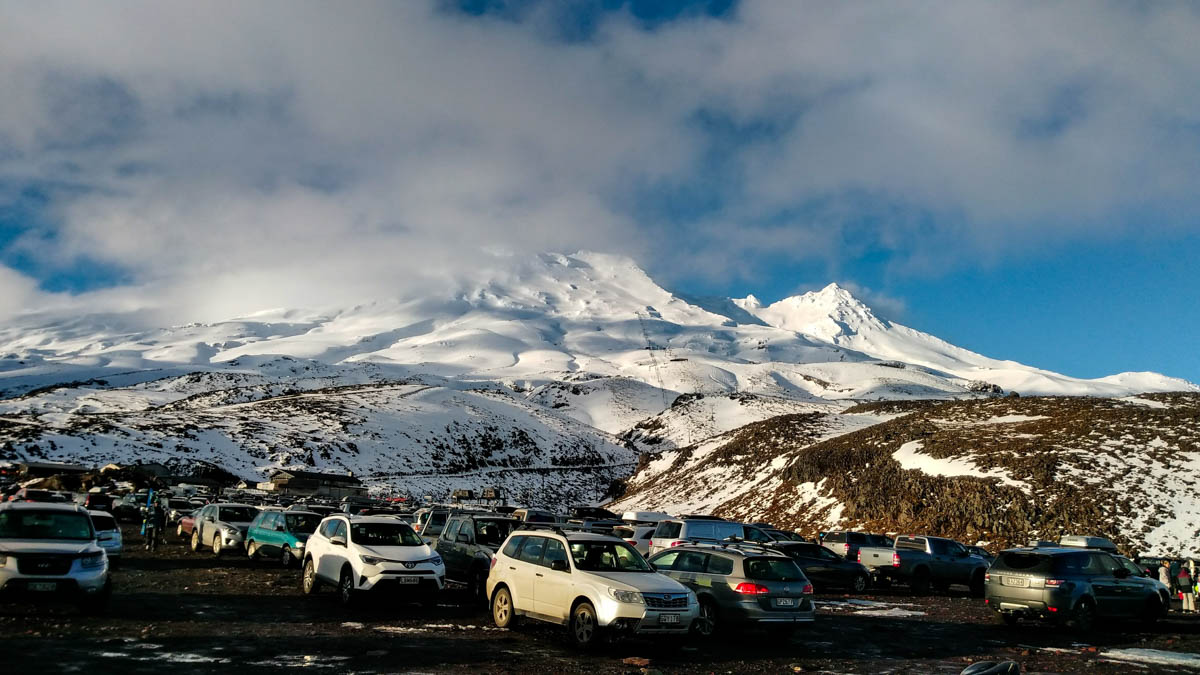
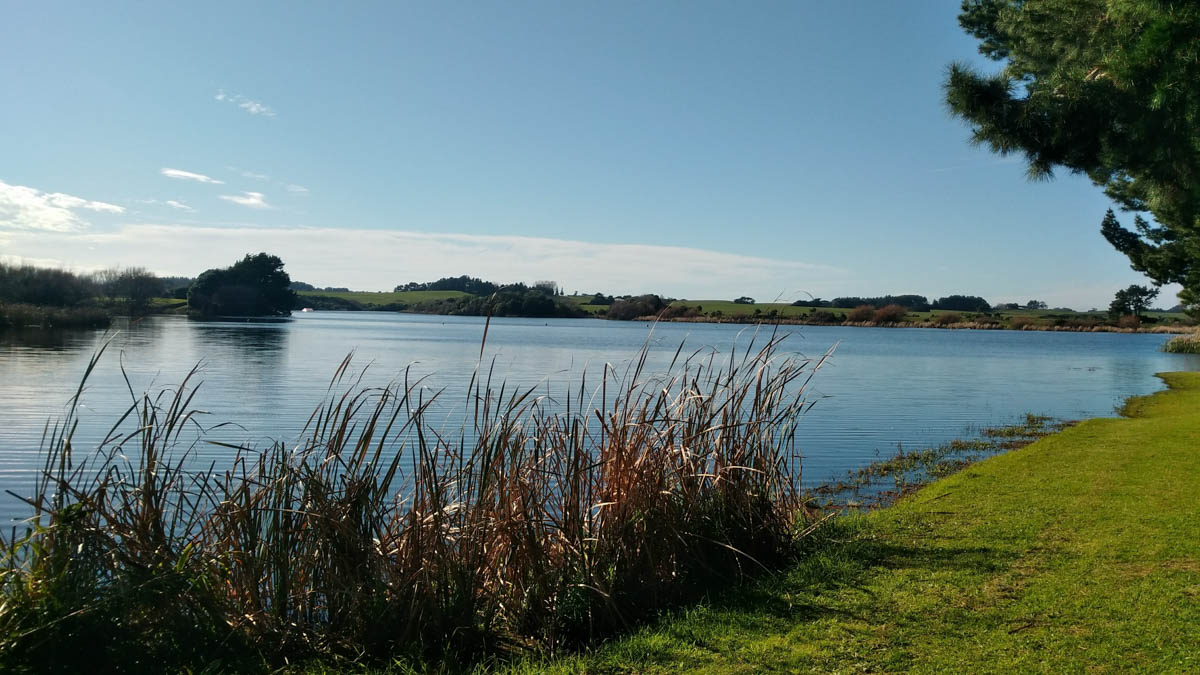
Man o' man, how time flies when you're having fun. I remember first arriving here and meeting some pitiable, bitter souls facing down the impending end of their working holiday visas, how far off those troubles seemed then. Now here we are, squaring up on the last month and a half of our time in New Zealand, taking stock of what has been a transformational year, and trying to lay some plans for our next steps. And yet there's time for all that to come, there were some mountains I needed to get involved with before I could even consider putting a bow on my time on the North Island.
Mount Taranaki is an iconic North Island volcano that had been on my list since before we left the US as one of the best hiking areas in the country. This 8,200 foot tall, nearly perfect, cone defines a huge swath to the island's western coast, sending it's circular ring of lava fields out into the Tasman Sea. The North Island is not known for it's vertical prominence, so Taranaki dominates the geography of it's epynonymous region in a staggering way. Initially, I had hoped to climb the peak (often cited as NZ's most gratifying summit), but a couple bad spats of weather pushed back my trip to the region and left the cone thoroughly encased in snow. So I was left with an alternative two day tramp on the Pouakai Circuit, that would wind up being an incredible, passion-reaffirming trip.
“Only the blaze of the peak popping out of the trees assured me that this hike would not be in vain.”
The Pouakais are a low range of hills, the remnants of an even older volcano in fact, that sit just north west of Taranaki, threading the narrow gap between the peak and the sea. I set out from near the visitor center- Taranaki being the country's second oldest and by far most circular national park- on a stunner of a day wandering through the dense native bush that covers the lower flanks of the mountain. Naturally, any winter hiking in NZ is bound to be a wet and slippery affair. As I squelched my way down the trail only the blaze of the peak popping out of the trees assured me that this hike would not be in vain. Iconic, is the only real way to describe the end of the first day of the tramp; after I hauled my ass up a long ridge to crest the Pouakai range I was rewarded with unfettered views across to the imposing mountain and down to the ocean on the far side. It's hard to think of prettier stretches of trail I've encountered, with Taranaki resplendent in it's snow-capped beauty and sweeping views down to the coast when you could be bothered to look away.
This, however, is where the trip took a turn for the interesting. After not seeing a soul all day on the track I came across one very photogenic tarn atop the Pouakais. It's a pissant little body of water, but it does hold definite aesthetic value of reflecting Taranaki in it's waters on a calm day...hence making it one of the most photographed spots in the park. Turns out there was a shortcut, past the hut I was heading to from an alternate trail head, and so despite my hours of laboring through the mud there sat a dozen photographers all trying to catch a little bit of the glory for themselves. I snapped a few pics and headed on my way trying to get away from the crowd only to be stopped in my tracks as the sun went down. Not for difficult hiking, but for staggering beauty. The low sun over the Tasman sea positively lit the peak of Taranaki up with alpenglow like I've never seen. In all honestly, it may have been the most beautiful sunset in the world but I wasn't looking at the sun. My eyes were too glued to the glowing, mountainous glory.
“It’s a tricky thing shooting the stars.”
Turns out though that a couple of those photographers were after more than just a quick day shot at the tarn. One group, a large family on holiday from Korea (that I have to say fit the photophilic Asian stereotype to a T) had taken over one of the bunk rooms. Meanwhile, another couple traveling photographers arrived (perplexingly) right after sunset. I had the fire cranking and a full belly when suddenly everyone, packed up and marched out into the pitch darkness. I poked my head out to see what they could be doing and caught a breathtaking view of the milky way arching from horizon to horizon. Needless to say, I threw on a jacket and chased everyone up to the ridge where I was to get my first lesson in astrophotography.
It's a tricky thing shooting the stars, and I was by far the biggest amateur in the bunch. With a little guidance though, and a kindly lent tripod, even your boy (the shaky image extraordinaire) was able to get a sensor full of milky way. The proof is in the photos. All the while, the family was absolutely blowing me, and the backpackers, out of the water with their setups and astrophotography knowhow. Elaborate light trail setups, super wide angle lenses, and a fair shake of experience had that family turning out some stellar (get it) shots. In the photos above you can see a shot where we modeled for the mom, and check out what a real star shot looks like.
The next morning, I woke to a frozen landscape. The night's dew left everything covered in a fine coat of ice, especially down where I was headed. Into the shadows of Ahukawakawa swamp. From the hut, the trail descended a steep ridge down below a low-hanging bank of fog that transformed the walk from mountainous glory into the dead marshes. The Pouakais trap water coming off the mountain creating a boggy world that turns white every winter morning as the trapped water freezes. I'm not sure if slipping on ice down the ridge and across the swamp was a better option than slogging through thawed mud. But it did certainly make for some very interesting hiking.
“t was great to have a tramp like this to bring me back under the backcountry ether.”
After a quick side-trip to a nearby waterfall for lunch, I marched my way along the apron of the mountain eventually popping out of the morning clouds to snap some epic views up to the summit as I worked my way slowly back to the car. To be frank, if every tramping experience wound up like my trip to the Tararuas in my last post I probably wouldn't be at it for long, so it was great to have a tramp like this to bring me back under the backcountry ether. Especially seeing as it may be one of my last tramps in New Zealand.
As I was descending the long ridge of Taranaki back to my car, I looked out east across the breadth of the island and there poking it's head above the clouds- miles and miles away- was another mountain, and a familiar sight. Mt. Ruapehu, the destination of my next adventure. The size of this little country really does get put into perspective at times like this. A clear day and a little elevation is all you need to see with unaided eyes halfway across the island.
“It was time to try my hand at a little southerly skiing.”
Ruapehu you've heard about on here already, it's the largest volcano on the island located just south of mighty Lake Taupo. Mitch and I drove up it's slopes a few months back to a (then) snowless ski field. Well the snows have certainly come here down south, so I reckoned it was time to try my hand at a little southerly skiing.
After some recuperation I loaded back up and headed back to NZ's carrot capital Ohakune, the resort town 20 minutes down the road from Turoa. On the North Island you basically have two options for skiing, both are located on Ruapehu just covering different aspects of the mountain. Turoa lies on the southerly side, boasts the country's highest lift, and most skiable acres. It was a natural choice. Plus, all else aside it is on the side of an active volcano, and how many times do you get to ski that in your life? It wasn't looking like I was going to line up a powder day, given that at any time it has just as high a chance of raining as snowing. So, I did my best to hit the slopes with some sun...suffice to say I was not entirely successful.
After camping just down the road from the hill (gotta love NZ for that) I grabbed some old beater skis from a local rental shop and headed up bright and early to make the most of my day on the hill. Quick rant: This was the first time I'd ever rented ski equipment, and man I get the standard tourist gripes. The boots were so packed out that they were simultaneously uselessly loose, and uncomfortably pinch-y. A tough, and terrible balance to strike. Anyhow, the morning was looking questionable with clouds rapidly pouring in from the west, and as I was waiting to grab my ticket things took a turn for the worse. Rain.
“The snow was still absolute boiler-plate every where I went, but man those views pay dividends.”
What followed was one of the grimmest mornings of skiing I've endured. Alternating between freezing rain, pelting ice, howling wind, and completely socked in fog, I stumbled blindly around the slopes of the hill. On top of all that I'd bumbled my way into skiing during school holidays, so it was uncommonly busy. In all, suboptimal conditions. But, I'd be damned if I wasn't going to enjoy the day, and after a little perseverance, I was duly rewarded. After a morning of deicing their highest lift (High Noon Express, those copycats!) they opened up their highest terrain just as the morning clouds blew out and instantly transformed view from arctic wasteland, to above-the-cloud paradise. The mountain etched in white, with a blaze of blue sky above, and all below us a field of clouds stretching out over the low hills. The snow was still absolute boiler-plate everywhere I went, but man those views pay dividends.
All skiing is above tree line in New Zealand, and it was easy to see why this area is the country's largest. Absent any trees or major landmarks to set a firm boundary of the area it's a bit of a free-for-all. Just ride the lifts up and go where ever you please, just don't go too low because you'll run out of snow, and lifts, in a hurry. It turned out to be a great afternoon of ripping far-flung ridges, dodging families, and seeking out anywhere the sun might have softened the snow from it's concrete state. It felt great to get out on skis again, even if the conditions left a bit to be desired.
So, looking ahead I've got to plan out my final New Zealand adventures to make the most of our final month and a half (gasp). One big item is still on the list: skiing the South Island. My Turoa experience was just an appetizer for the main course of South Island skiing that I have lined up. But all that's a story for next time.
My Route:
Tips For NZ Travellers:
- Lake Rotokare outside of Hawera is a great little camp spot if you're looking for something in the Taranaki region. It's set amidst a bird sanctuary and you'll hear the kiwi calling to each other all night. Plus driving through the protective gates totally feels like entering Jurassic Park.
- You can climb Mt. Taranaki any time of year (given the right gear and experience), but if you're not into battling the snows in the winter the Pouakai Circuit shouldn't be short changed. I'd defend it as one of the best circuits on the island.
- When on the Pouakai Circuit, you'll be tempted to do the Bells Falls side trip. It's an impressive fall, if not mind blowing, but it'll take a solid hour and a half with no rest to check it out.
- Apparently mid-July is still "early season" on Ruapehu (despite that being the equivalent of skiing mid-January). With the typically wet snow the best time of year is spring when more terrain opens and the slopes to to corn every afternoon.
- If you're debating between skiing Turoa or Whakapapa, keep in mind that generally Turoa stays out of the wind a bit more and doesn't have quite as many weather closures. Check the forecast!
- Goes without saying...don't be like me and ski in the middle of a school holiday for no reason.
Facing The Fading Light
Winter may be setting in but that doesn’t mean I’m not ready to hit the road for some more adventures way down south!














































Well, we've just crossed the solstice here down south and are now well and truly into winter, all things considered I'm learning a lot about myself. Most importantly that a winter without any ski access will slowly drive me insane, and lead me to make some questionable decisions with how to spend my time. It is far from a Colorado winter with an average daily temperature of 52, and only the wind and rain (of which there is plenty) decide how pleasant the day will be. To my untrained eyes this leaves everyday open for outdoor opportunity, only to leave me frequently caught out in gales and downpours. But rainy forecasts and short days won't keep me down! While Meredith has been working away in Parliament (at her new temp gig) I've been loading up the RAV and heading out to check out some North Island staples.
It took me nine months but I've finally made the mountain biker's pilgrimage up to Rotorua and Taupo. This tourist epicenter is located six hours north in the heart of the North Island and is well known for it's Maori culture, geologic activity, and endless mountain bike trails. Much of what makes the island geologically interesting lies in this one zone starting with the towering Mt. Ruapehu (which Mitch and I checked out in my last post) continuing north to the gargantuan Lake Taupo which then feeds NZ's largest river the Waikato, and ending in a thermal hotspot between Taupo and Rotorua. I was most appreciative of this last feature when I rolled into Taupo on a positively miserably rainy afternoon. After one look around I immediately headed to the nearest hot spring and soaked away my worries in some of the most extensive thermal pools I've ever visited, complete with a towering hot spring waterfall. My recent discovery that I can in fact fold the seats down in the RAV for a serviceable bed for one also saved the day.
The next morning I was on the road bright and early to get plenty of time in at the legendary Rotorua Mountain Bike Park. They claim the park has over 100 kilometers of bike specific trails in it and I wanted to ride as much of it as possible. It did not disappoint. The front part of the park is defined by trails through the towering redwoods that have taken over the hills surrounding town, it makes for great riding any time of year. From there you enter enduro-central where shuttle buses haul lazy riders to the top of a truly epic series of tracks carved through deforested hills. Which is where I will lodge my one gripe against Rotorua riding, much of it is set up for bike haul on these over sculpted tracks to the detriment of ride-both-ways purists like me. There, Rotorua gripe done. From there you can head off into the true back woods with barely scratched out trails sprawling out into the native bush. In two days I was able to put in about 40 miles, and never rode the same trail twice. Not bad for the middle of winter.
It wasn't all riding up on the central island there were also sights to be seen. First stop, an evening trip around the local arboretum to check out how massive the redwood forest truly is. They've gussied it up a bit with an elevated walkway swinging in the treetops complete with artful lighting hanging along the way for when the sun goes down. I contented myself with exploring along at ground level as the sun dipped low, filling the forest with deep red light. The next morning I was back off to check out some more thermal action. As you can imagine much of the best stuff is walled off in thermal parks with high entrance fees, but the area is so geologically active even a cheap-ass like me could see some cool stuff. Renegade hot springs, giant farty mud pools, and geysers galore dot the landscape between Taupo and Rotorua it all made for a splendid morning of sightseeing even if three days of constant sulfur smell was getting a little wearisome...Yum.
Given my slowly oncoming insanity due to lack of skiing, the next week I decided to head out again into the nearby Tararua range for a couple days of tramping. This scraggy range runs due north from Wellington and is well known for both high winds and heavy fog. I scouted it out and believed that I had found a miracle couple of nice days here in mid-winter to do a two-day circuit hike...That did not turn out to be the case.
As I pulled up to the trailhead on day one it was becoming quite clear that the rain wasn't planning on letting up anytime soon. But no matter, if you won't go out in the rain in NZ well you just won't go out much. Besides the first day was just the climb day two held the main mountain crossing. So, I packed up and sauntered along through the mists up and up and up through beautiful beech forests much like what Mere and I experienced on the Hump Ridge. But boy oh boy after hours of marching through the wet I had never been so appreciative of the New Zealand hut system. Rolling up to a dry, wind-free hut with a wood burning stove makes ill-advised tramping adventures much more enjoyable. I was all alone for the evening so I dragged a mattress next to the stove, barricaded myself in the kitchen with a couple spare mattresses and let the fire roar, as that fine kiwi rain turned into something I'm much more familiar with in the mountain winter. Snow.
I woke up the next morning to a storm that was refusing to break. A fine dusting of snow- but mostly ice- covered as far as I could see, which admittedly wasn't very far in the fog. The plan had been to summit the mountain then hike the ridge to a neighboring peak before descending. I hiked a little ways up above bush line before deciding that trudging for hours through the icy mists with no prospect of a view in sight was not worth the effort. So, I turned tail and pleasantly was treated to a fairly serendipitous hike on the way back down. Beech forests covered in snow are indeed a sight to behold.
Moral of all these stories: it's time for me to hit the kiwi slopes.
Our Route:
New Home // Old Friends
We were settling in nicely here to our new home in Wellington when a visit from our old friend prompted some epic adventures…
The Wellington Way






























Well, we've been down south for 8 months and I'm finally starting to feel like I'm missing things in the US I won't get back. Namely my little sister's graduation. Elle just wrapped up her Spanish degree at Oklahoma State, and like the boneheaded big brother I am I was nowhere to be seen when she crossed the stage. Nonetheless, I'm proud of you sis!
Beyond that, Meredith and I are really starting to get settled into our Wellington groove. I've been busy polishing my barista and e-bike skills at Bicycle Junction, which Mere will tell you is a perfectly suited shop for yours truly. In my off hours, I've been living it up with all the great trails conveniently located right outside the city center and with the southerly winter swells getting the local surf breaks working. Meredith has been keeping herself busy temping around town as she gets ready to head back to the US for her cousin's wedding. We're both falling in love with this little city and will be doing some more serious job hunting for gigs that could compel us to hang out past September.
“There were no glorious stands of yellow aspens, but it still scratched the autumnal itch”
In the meantime though, I've settled into a little adventurous routine of loading up the RAV with my surfboard, bike, and tent and heading off to check out what all the North Island has to offer. Let me tell you, it has jungle and rugged coastlines in droves. I started off with a very autumnal trip out through the weekenders paradises of Greytown and Martinborough on my way to the scenic surfer's township of Castle Point. In Welly, the weather for most of the year is low 60's drizzly with a stiff breeze and most of the vegetation is native (read: no autumn colors), so it was a fun surprise to head out into these tarted up roadside towns basking in their in full autumn glory. There were no glorious stands of yellow aspens, but it still scratched the autumnal itch.
Most recently, our friend (and former roommate) Mitch came out to visit for a couple weeks and we had a hoot showing him everything Wellington has to offer. Namely solid craft beer, plenty of nightlife, and every type of Asian food under the sun. Mitch, congrats buddy on being the first friend to visit completely of your own volition. Colorado fam take note if you come way down south Mere and I will have you loving New Zealand and rethinking your five year plans.
Into The Jungle












































Naturally though, Mitch came all the way across the globe not just to hang out in one little city. So with Mere, unfortunately, a little tied up at work we loaded the RAV and hit the road for The Great Man-cation 2018. First stop, Mount Doom.
“First stop, Mount Doom.”
Our home base for this grand excursion would be the small ski town of Ohakune located just below the slopes of the iconic Mt. Ruapehu- one of several landscape domineering volcanoes at the heart of North Island. Most notably, the area was used to film scenes set in Mordor in the Lord Of The Rings trilogy, and let me tell you those scree and snow covered slopes feel every inch of Mount Doom. But where there are slopes there will be skiers, we cruised up the winding road from Ohakune climbing high above the trees to the foot of the local ski field. With the volcano towering behind us and miles of jungle covered hills stretching out ahead of us ol' Mitch got a taste of the drama that New Zealand landscapes can provide. I'll be sure to head back there in the winter to check out the slopes, without a doubt it will be unlike any hill I've ever had the pleasure of skiing.
“Five hours of adrenaline pumping cave shenanigans with some glowworms thrown in for good measure.”
The next morning we were up and on the road bright and early for another Kiwi classic adventure, the Waitomo Glowworm Caves. If you've watched the notorious caves episode of Planet Earth you'll know exactly what I'm talking about, we headed out to see these little glowy guys up close. But of course it's New Zealand so you have the option to make your worm viewing EXTREME! We opted for the "Black Abyss" package with a local guide company which promised five hours of adrenaline pumping cave shenanigans with some glowworms thrown in for good measure.
We rolled up, tossed on a wetsuit, got a five minute crash course in repelling, and before we knew it found ourselves dangling over a hundred feet of rope that plunged into blackness. After squeezing through a tight throat we found ourselves swinging into the cavernous spaces of the underworld. That's the Kiwi way, give you just enough info to not kill yourself and let 'er rip. After repelling into the cave we were treated to an onslaught of cave action including a pitch black zip line, tubing the underground river, squeezing through half submerged passages and jumping off waterfalls. A particular highlight was laying back on tubes as we were slowly pulled through the still blackness of the caves and thousands of glowworms created intricate, shifting constellations on the ceiling. A final squirm through some tight squeezes and free climbs up torrenting waterfalls had us singing hallelujah when we finally saw sunlight at the end of the tunnel.
“That’s the Kiwi way, give you just enough info to not kill yourself.”
No time to waste though on a whirlwind trip way down south, the next morning found us careening down dusty mountain roads in a shuttle van on our way to the beginning of our next adventure, The Whanganui Journey. This trip is the only "Great Walk" done entirely by canoe, and as many of you know I'm a big fan of a good float trip. We booked the trip for three days of paddling through endless canyons of green, believe me it delivers as advertised. After a harrowing van-ride out to the only put in point for days of river time in either direction and an even worse safety briefing than the one we received before our kayak trip in Abel Tasman we shoved off and paddled out into the mighty Whanganui River.
The river is the highlight feature of the epynonymous Whanganui National Park, which was created to preserve the rugged native jungle and insanely steep volcanic hills of the region. For much of the park boats are the only way to get access. In the summer it's a popular canoe paddle, in the offseason it became one of the most remote feeling experiences I've ever had. We started in a backwoods town, drove even further into the middle of nowhere, and started paddling down a river on which we were the only souls. It was an insane feeling being that deep in the bush and not seeing one scrap of human activity. Over our three days on the river we would see one jet boat two times, and that was it. Guess that's the benefit of braving things in the offseason, you risk more with weather but reap the rewards in solitude.
“The river opened views to new, deeper, bush-clad canyons.”
Pretty quickly we learned that canoes are an inferior river craft. Our laden boat was stable and sat deep in the water but every pressure wave became a paddling task and we soon found out, much to Mitch's chagrin (as he was sitting up front and all), how little of a splash would make it over the rails and right into our laps. Overall it was a bit of a lazy river, in a proper raft we may not have even paddled for three days, but by canoe it felt a proper adventure. For a couple of rookie canoeists we fared pretty well, which is good because for the most part we were having trouble keeping out jaws from dropping off our faces as every bend in the river opened views to new, deeper, bush-clad canyons.
Day one was a monster, it had us covering over 40 kilometers of open river to the insanely remote John Coull Hut which is only accessible by boat. After a long day on the river winding our way through the twists and turns of a deepening jungle, we were relieved to make this noble outpost our home for the night. With the hut all to ourselves we cranked up a roaring fire in the stove and chef'd up the high class backcountry cuisine a float trip allows, you know delicacies such as Scrumpy's cider and Spaghetti-Os.
Surprisingly, day two had me thinking a lot of my time in the canyons of Utah and Arizona. Only instead of ochre cliffs rising over head we had towering granite climbing higher and higher on either side and every square inch of available land was covered in green. Only the grey of the misty skies and river broke the all-encompassing, verdant, native jungle. Oh, and there's water lots of water, falling from the skies, splashing in the rapids, dripping from the ferns; it's funny to look back at my time in the desert and think how many miles of dry creek beds I've hiked down contrasted to sailing through canyons of a similar size and shape on a coursing river.
“By day three we were pretty much a couple of old canoeing pros.”
By day three we were pretty much a couple of old canoeing pros. Which was good because we left our shelter at the maori marae of Tieke Kainga (I'm not sure what a marae is really apparently maori people go to live there in the summer, but for us there were no people or even helpful placards to learn about the place) and headed straight back into the tightest section of gorge yet which promised the most rapid action. The stretch on day three really showed up, mists swirled among the hill tops as nearly vertical walls of green plunged on either side of us into the racing water. Several times we simply let the boat drift aimlessly through calm stretches to lay back and soak up the sea of green all around us.
After being well forewarned of the final rapids on the river we sailed through 'em without breaking a sweat. The outfitter gave us a 50% chance of not tipping the canoe on the trip and honestly I'm wondering what kind of jabronies they're renting canoes out to. Maybe it was our finely honed canoe skills or maybe the river was running just right (it was probably the latter) but we pulled ashore at the take out with no tip overs and smiles from ear to ear.
I guess the lesson is this ladies and gentleman: if you come visit us in New Zealand we will show you a good time and we will drag you along on an unforgettable boat trip. Our door is always open.
Our Route:
Tips for NZ travellers:
- The Whanganui Journey is totally doable off season you just run a higher risk of cancellation due to bad weather or river levels.
- Yeti Tours in Ohakune rents in the offseason and are a solid outfit, just remember to call and verify your departure the day before.
- Canoeing is never going to be a dry event. Keep a freshie set of warm dry clothes in your dry-bins to look forward to after a long day on the river. Also don't wear cotton...Feel like that should go without saying.
- Waitomo is high on every list you read for a reason, you don't need to spend a million dollars and do the extreme version like we did, seeing the glowworms is totally easy and accessible.
- That said, the adventure trips in the caves are rad and there aren't any mandatory claustrophobia inducing squeezes if that's the sort of thing you're not into.
So Long South Island!
To mark the halfway point of our first year we packed our bags and moved north, not before saying so long to the South Island in style!
The Hump Ridge Hustle






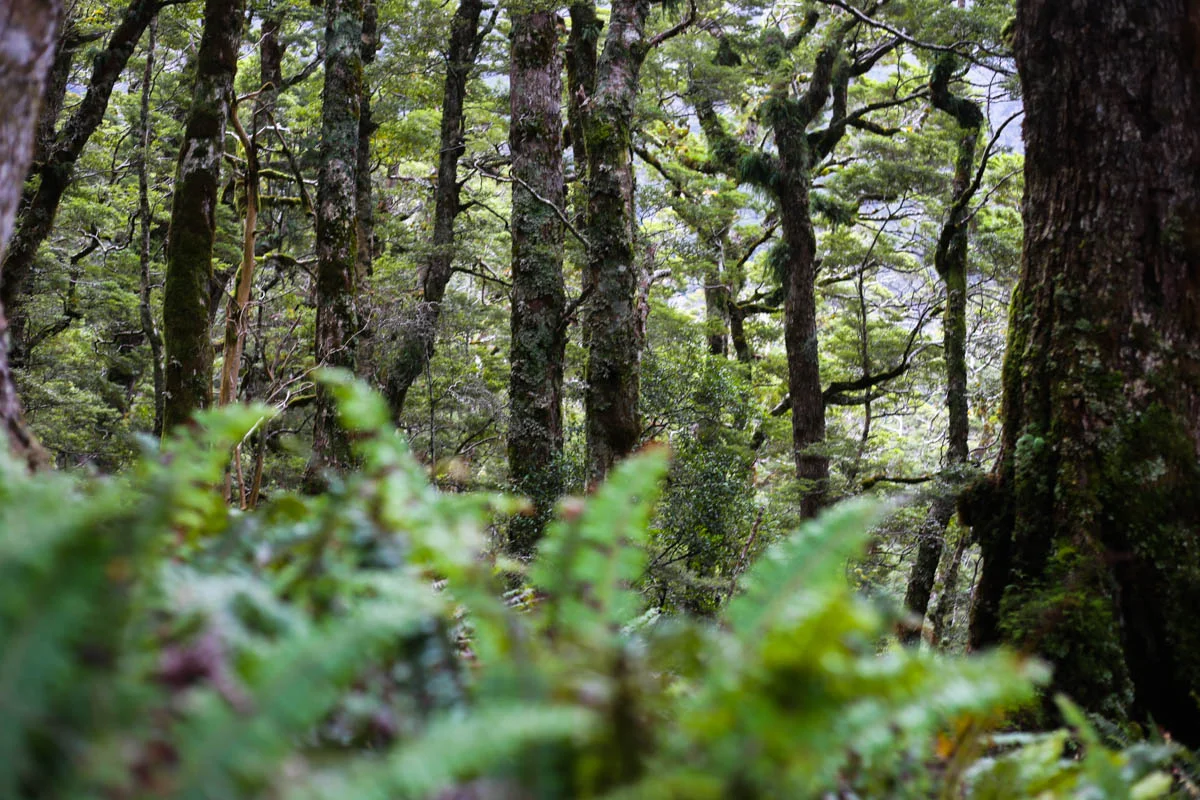





























It's pretty staggering that we've already surpassed the 6 month mark here way down south. It truly, as expected, has flown by. Now we knew at about this half way point of our visas we'd be heading north and saying so long to Dunedin, so naturally we wanted to send it off in style with some killer trips. Enter the Hump Ridge Track.
“We wanted a little taste of that Gucci tramping action.”
Hump Ridge is a 3 day backpacking track that clings to the very southern edge of Fiordland National Park. It's famous for the quality of the trails, the incredible views, the crushing elevation gain, the time spent in beech forest, and for the fact that despite its quality it's not a "great walk". The whole operation is run by a private trust which means crowd levels stay low and the lodges along the way are next level. After hearing about the blast Mere's mom had on her Ultimate Hike to Milford we wanted a little taste of that gucci tramping action. So, we booked up, packed our bags, and hit the trail.
Now here's the key with Hump Ridge, these private lodges ain't no stinking DOC huts. They're incredibly well serviced and for a couple extra bucks you can book a private room with linens and hot showers provided. That means, for three days our packs were basically just food (with which we went big and did up some really proper tramping meals) and a couple changes of clothes. Talk about living in the lap of luxury.
All that said, Hump Ridge is not for the faint of heart. Each day lays 20k of fresh trail before you, with a climb from the beach up to the bush line and back down thrown in for fun. Day one lured us into a real false sense of security as we meandered down kilometers of wide open beach with nothing but the great southern ocean for company. After about 10k of that lackadaisical nonsense the trail took a hard right turn off the beach and into the beech. Beech trees are likely NZ's second most famous plant (right behind the silver fern of course) they have a rough gray bark and small, round leaves that give any forest a distinct Middle-Earthy feel. They used to cover much of the South Island before people arrived, and now only hold their claim in the most remote regions.
“Without a doubt, we were about as remote as you can get in New Zealand...”
The rest of the day was spent clambering up the side of the epynonymous Hump Ridge. It was quite the scramble over slick roots and craggy outcrops, but rewarded the effort with stunning views overlooking miles of untouched beach stretching away to the horizon. Without a doubt we were about as remote as you can get in New Zealand, being high up on the ridge looking into the wild distance drove this pointedly home.
At the top, our home for the night, Okaka Lodge awaited. The sprawling complex is truly a testament to human ingenuity as it clings inside of a steep hanging valley poking just above bush line to afford maximal views. Here we thanked our stars that we had opted for the private room option as we were greeted with a made up king size bed, fresh towels for the showers, and hot water bottles to keep our tootsies warm in the cold mountain night. We chef'd up our high-brow camping fare and settled down to have a chat with our fellow hikers as the sun set and clouds swirled around the valley below.
“This is New Zealand wood at it’s finest, nothing but silver beech, silver fern, and bird song.”
Day two on Hump Ridge is the flagship stretch to be sure. Having knocked out nearly all of your vertical gain on day one there's nothing left to do but walk all the way back down the ridge to the sea. I'm told the views are stunning with desolate southern coast stretching away on either side. However due to some classic kiwi cloud cover we were treated to a more misty experience. That said, the hike was incredible. If there's one other famous aspect of the track it's definitely the boardwalks on day two. Kilometers on kilometers of wooden bridges make the trail most of the way down the ridge to help protect the fragile soils. It makes for incredibly cruise-y hiking and allows for maximal enjoyment of the untouched, stunted beech forest that covers the lower ridge. This is New Zealand wood at it's finest, nothing but silver beech, silver fern, and bird song. A world of misty grays and deep, ponderous greens.
We wrapped the day with a breezy walk along an old logging tram line to the cosy Port Craig Lodge where we were treated to a nearly identical experience as at Okaka. We could get dangerously used to camping like this. After a little dolphin chasing at the nearby bay, sore legs and tired bodies had us following the sun right to bed.
Hump Ridge ends with a breezy, dreamlike 20k jaunt along the southern coast through more unspoiled beech forest and ragged coast. We were left sore, gassed, and blissfully smiling at one of the finest hikes we may ever do. It's not a hike for the unfit, or the faint of heart, but if you're looking for a step back in time to see what New Zealand was like untouched by man you can't skip Hump Ridge.
South Island Send-Off
























Following our unforgettable experience on Hump Ridge there wasn't much left to do in the far southern reaches other than pack our things and bid a fond, fond farewell to our lives in Dunedin. It may have only been six months but it we're certain the friends we made in our brief time there will last a lifetime. Many folks may poo-poo Dunedin, they may tell you to skip it for more popular tourist destinations, but I'm telling you now much of what makes New Zealand such an amazing country is writ small in this tiny city clinging to the edge of the world.
“So we shoved all of our worldly possessions into the ol’ RAV and hit the road.”
Nevertheless, the agenda drove us on. So we shoved all of our worldly possessions into the ol' RAV (which anymore is just about as much as she can physically fit) and hit the road. First stop, visiting some friends in Christchurch. As NZ's 3rd largest city Christchurch certainly is a sprawling affair, with arguably the least sensible urban design on the planet, but for all that it still is a lovely town. With the huge volcanic hills of the Banks Peninsula just south and the beginning of what I'm convinced is the world's longest black sand beach heading north, you'd be hard pressed to find another town with such easy access to such a diversity of terrain. We spent some time wandering the steep hills overlooking the ocean, and appreciating the fine things a larger town can provide (good gardens, museums, and restaurants among them). That said, it is still very much a town in recovery. Large earthquakes in 2011 left much of downtown in piles of rubble and rebuilding efforts are still heavily underway, but as our local friends point out that just means all the new buildings will be modern and nice, a bit of a rarity for NZ.
The next day we kept up the northern trek and stopped off in the beach town of Kaikoura, which is where I developed my "longest black sand beach" hypothesis. The volcanic sands start in Christchurch and head north for hundreds of miles past Kaikoura up to the tip of the island. Record or not, it was a great place for a little beach camping with the waves crashing just over the dunes lulling us to sleep.
“There’s something very Kiwi about a major highway that barely clutches to the mountainsides”
We needed the rest too, because the next day held some of the most overwhelmingly epic driving we've done to date. We followed Highway 1 north, where the road is cut into the mountain slopes of the Kaikoura Range just before they plunge into the Pacific. It's hours of remote roadway with the waves never more than a couple meters away on one side and stark cliffs rising out of sight on the other. Driving the mountain passes into the central South Island are certainly an eyeful in their own way, but there's something very Kiwi about a major highway that barely clutches to the mountainsides above the waves.
Once we made our way up north Mere and I had a chat and decided that we didn't need to run around like maniacs for the last couple days on the island seeing every site that we could think of that we missed. Certainly, we did not hit it all, but we took a really solid cross section of what New Zealand has to offer. With that in mind, we took some incredible days to explore the Marlborough Sounds in depth. We hit them on our way south but had them mostly spoiled by weather, so it was good this tropical corner of the country in summer proper. Thus our penultimate days were spent driving windy, windy roads, relaxing beside aquamarine waters, and enjoying that southern sunshine.
We did leave one special treat set aside for our last day though. The northern tip of the South Island is world-famous for its vineyards, specifically for producing the world's finest Sauvignon Blanc. In the small town of Renwick one can visit something like 30 of these vineyards within 15 kilometers or so. This quality and proximity has naturally led the development of one of the most "Griffin" tourist attractions in the country. Biking wine tours.
“...and food (oh the food!)”
We pitched tent outside a friendly hostel in town, rented Mere a bike and hit the wine trail. While this all sounds very similar to my annual biking brewery tours what went down for us was a far, far classier affair. Each vineyard's tasting room, or "Cellar Door" in kiwi terminology, tries to outdo the last with incredible architecture, views over the vines, curated wine tastings, and food (oh the food!). So we cycled our happy asses through all the vines, sampled some of the world's most enlightened vintages, snacked, laughed, and generally basked in the glow of how glorious our final days on this glorious island were.
Come morning, we cruised up to Picton and caught the ferry north to our new hometown, Wellington. Welly sits, very conveniently, at the southern tip of the North Island, it is New Zealand's second largest (and capital) city, it is a harbor town known for its hills, its food, its wind, and its San Francisco-y vibe. When we visited on our way south we quickly fell in love. It's a highly walk, bike, and bus-able town with a truly bustling downtown and tons to offer us in the coming months, including the prospect of more serious (and potentially longer term) work. For now though, we've settled into a (miraculously) rented out family home about 10 minutes ride from the city center with a couple of roommates and a dog named Humphrey. I'll be plying my trade as a mechanic at the uber-hip commuter, and coffee centric shop Bicycle Junction right downtown, as we rest up and prepare for our first North Island adventures.
Our Route:
Tips For Prospective NZ Travelers:
- If you're doing the Hump Ridge, just go ahead and pony up for a private room right at the outset and you don't even have to bother bringing any sleeping or cooking gear.
- Buy frozen steaks from the store the morning before your big hike, they'll thaw perfectly in your pack for cooking on night 1. We learned this watching smart Canadians implement this trick as we ate our pasta.
- Don't drive anywhere in Christchurch during rush hour...better yet, don't ever drive in Christchurch.
- If you have the chance to drive Highway 1 down the coast from Blenheim, do it. Not as mountainous as the pass routes, but it is staggeringly stark in its own way.
- Picton is totally more than just a place to get off the interisland ferry, it's a cool little town to hang around and grab a meal or two in.
- When doing the cycling wine tour in Marlborough, a couple tips:
- Start early. Most tasting rooms are open 10-4.
- Consider just doing every winery on the "close in loop" you can be pedaling for a long time to get anywhere else.
- Just get a cutesy Airbnb that's all adorably set amongst the vines and whatnot, other lodging options in Renwick are grim.
- Seriously consider renting one of the two-seater pedal carts.
- If you can make it, finish at Moa Brewing. They're open past 4, and you'll feel right at home in the welcoming arms of a sweet ass brewery after an exhausting day of wine snobbery. - If you've got the weather for it don't spend any time in the ship on the interisland ferry.
- DO. NOT. SKIP. THE. SOUTH. ISLAND.
Familiar Faces In Faraway Places
Things have been an absolute whirlwind as we wrap up our time on the South Island. In this edition: solo tramping, a visit from Mere's family, and one rainy trip with our friend Matt.
The Tussockland Tussle
























With the impending arrival of the Tousignant family, Mere and I were very excited to have our first visitors down south. As a bonus the action got started a little early when Mere's mother, Lisa, came down ahead of time to do a luxury tramp on the Milford Track that had us all very jealous. She was down for a few days to acclimatize, so I decided to leave them alone for a little mother/daughter time and I headed out to tackle the Motatapu Track.
This 3-day tramp traverses the rugged, tussock-covered high country between Wanaka and Queenstown. It's much less popular and much less built up than many of the hikes we have done thus far. It falls into the category of a "marked route" which means they don't so much build a trail as put up orange markers and let you figure out your own way. This route was particularly tough as it was 3 days of constant vertical change. The trail eschewed the valleys below and wound it's way around barren peaks, down to beech laden canyons, and back up over windswept ridges. Up and down, up and down the route went through some of the toughest country New Zealand has to offer.
Suffice to say, I'm glad I didn't drag Meredith along with me on this one. The constant up and down was grueling enough but the lack of a real trail made this hike one of the most challenging I've tackled to date. That said, it's difficulty drives away the masses handily so those who soldier on through it are rewarded with trails and valleys and mountainsides all to themselves.
If I thought this was tough, some Brits I bet along the way really put things in perspective for me. They were hiking the Te Araroa trail that links up trails from the tippity top of the North Island all the way to Bluff down at the bottom of the South Island. Motatapu was just a blip on their radar as they crushed one of the world's great trails. They had been walking since early October...I met them late January, with another quarter of their journey left to go. Neither of them looked to be in stunningly great shape, but none the less they both kicked my ass up and over the next pass on the third morning without breaking a sweat. It just goes to show you, hiking's about the love of the game not about one particular physique.
At the end of the tramp, wound up getting a bit more than I bargained for as well, after battling the passes and stomping my way for kilometers down a river to the ghost town of Macetown (where I planned to meet Meredith) I learned that the road was unpassable for our little RAV. So I had a little lunch, laced back up and sloshed my way through the river the extra 15k to Arrowtown, to find Meredith and Lisa drinking coffee, playing cards, and waiting for my dusty ass. There's my lesson hard learned for poo-pooing 4WD advisories.
The Coolest Thing I've Ever Done














After sending Lisa on her way to her epic trek, we headed out on likely the coolest experience either of us have ever been a part of. A helicopter tour around Mt. Aspiring. Pictures will utterly fail to do the experience justice, and my words probably won't do much better, but here goes.
With some generous Christmas contributions to the NZ fun fund from my parents, a heli-tour started looking like a real possibility, and I knew just where I wanted to go, Mt. Aspiring. Known as the "Matterhorn of the Southern Alps" Aspiring may not be particularly tall, but it is undoubtedly one of the most dramatic peaks on the planet. I mean they literally used it in the goddamned lighting of the beacons scene in LOTR. It was a natural place to want to zoom around in a helicopter.
With a no-fuss pickup at the Wanaka airport, Meredith and I were off on the fastest, most expensive, most jaw-dropping, most worthwhile ride of our lives. We cruised over the low fields to pick up another group at the top of a nearby hill (how did I miss that option?) before soaring over the town and the cobalt blue of Lake Wanaka. Within seconds we were at a better vantage point than I had achieved in hours of hiking on our last trip to the area. Our first stop dropped us atop a craggy outcropping right next to the lake to look back over the waters and dramatic peaks off to the east. It was all just a taster for what came next.
We loaded up and shot back into the air and over the next ridge to enter the domain of Mt. Aspiring proper. While it tops out at only 9,950 ft. the mountain is still the highest by a good margin in the area, and it was immediately awe-inspiring rising knife-life in the distance above the glaciers that carved its upper reaches. We swooped down into the glaciated valley that climbs the peak's western side. As we edged closer to the mountain the sky disappeared behind the blades of the heli leaving us to try and fathom the true scale of the glacier that carved it's way inexorably down the mountainside to the warmer climes below.
The scale is was truly gets you on a trip like this. Each crevasse in the glacier is large enough to swallow you, no swallow the whole helicopter, without thinking twice and as we soared over the glacier we passed them by the dozen like so many cracks in a loaf of bread. The cliffs. The cliffs towered so high that literally, you couldn't see the sky. Only the countless waterfalls provided any true sense of scale on these edifices of rock as they gushed millions of gallons of water down to the valley below. Meanwhile, the pilot grinned and swooped as our whole group was struck absolutely speechless.
We encircled the mountain by heli, shooting up over ridges and back down to the glaciers below, each new valley offering a more staggering view than the one before. Then we cruised across a high hanging valley to a lower glacier that looked back on the mountain. This was our second stop. The group piled out onto the snow of Isabell Glacier in our shorts and t-shirts hooting and hollering like maniacs at the beauty of it all. This is what you come to New Zealand for, unspoiled mountains glacier-carved in their beauty wrapping around you in every direction as far as the eye can see.
After tossing a few snowballs, and taking pictures of every single angle we could think of, it was time to load back up for our bittersweet flight back. The mountain faded away like a memory behind us as paragliders swooped off of the peaks below (there was a competition on, who knew that was a thing?) and we tried to soak up every last vista we could on the way back to Wanaka. In true heli fashion, our pilot nonchalantly set us down back at the airport on a trailer barely big enough for the skids like it was nothing. Talk about a dream job.
The Tousignants On Tour




















After soaring through the peaks it was time to boogie on back to Queenstown to unite with the rest of the Tousignant clan as they came into town. Michael (Mere's dad) and Lisa were in from Colorado, while sister Davis and main squeeze Jason were visiting from Brisbane. Let's just get this out of the way off the bat: spending a week in Queenstown as a proper tourist was a whole other ball game.
Michael generously put us all up in a stellar condo looking over Lake Wakatipu with mountains wrapping 360 degrees around. We were situated just a short walk into town which was a huge upgrade from our first QT experience. So take note, if you're ever in QT know that you need to ditch your car as soon as possible so you can explore the town as a relaxed tourist and not a stressed-out driver. We shopped, we ate, we made merry, and just enjoyed the hell out of every last minute. Each day started with a mountain bike ride on the world-famous trails of the area, moved on to a casual lunch, worked in some touristy activities (but not too much, you don't want to be stressed out on your holiday from holiday for god's sake), included a solid nap, and closed with some great dinners around town.
The highlight had to be the vineyard tour Mere and Davis took us on. A decked out Sprinter bus picked us up at 11 am sharp and took us on a whirlwind tour of the finest vineyards Central Otago has to offer. At each cellar door (the kiwi wine version of a tap room) our helpful guide walked us through a diverse tasting making sure to highlight the wines that set the vineyard apart. We cruised down the Gibbston Valley to our new favorite little farm town of Cromwell and got a solid earful about why Otago is such a great region for Pinot Noir and walked through how each vineyard brought their own twist to the varietal.
Taking a yearlong vacation is just exhausting work, so it's always nice to have a holiday from your holiday. But not quite as nice as finally seeing some familiar faces way down south.
Tackling The Tempest































Speaking of familiar faces in our land, right after the Tousignant's took off we had another visitor. Matt Cohen, congratulations you officially win the prize for being the first friend to find your way to New Zealand and visit us!
Now Matt was going to be visiting a part of the country we'd visited briefly (even considered moving to) but definitely wanted to spend more time in, Nelson. Specifically we wanted to tackle a highly recommended tramp in the national park just north of town, Abel Tasman. Now this whole region is known as the sunshine capital of New Zealand for it's relative lack of precipitation and mild, mediterranean climate. That is not the story I have to tell you today however.
Abel Tasman National Park takes those sunny days and makes the most of them with a string of pearlescent white-sand beaches flanked by aquamarine waters and towering green jungles up it's length. Due it's beachy nature many visitors tackle this tramp not by foot but by kayak, an option it took us all of two seconds to jump on. So we signed up for a two day kayak one day hike through the park camping on the beach along the way.
Now, weather forecasts were swirling in the week leading up to our trip, but as we headed up the island one thing became clear: with out a doubt we were going to get pissed on. Specifically, the tail end of a cyclone was expected to dump rain on the region for the entirely of our second day. When we showed up for our kayak safety briefing the guides could only shake their heads and chuckle at our misfortune. In spite of the forecasted rain, the seas were supposed to be fairly calm and wind was supposed to be a non-factor, the two things that will make them cancel trips. So, we were on as planned.
We loaded up the kayaks (Mere and I in a two man, Matt going solo) with way more provisions than we could have conceivably fit into our packs at the outset, and shoved off. With a wave so long from our safety instructor we were free to go forth and explore the park. Now despite the forthcoming onslaught, weather the first day was actually pretty great. It was solidly cloudy but there was not a breath of wind and the sea looked like a sheet of jade glass. We cruised easily across to have a spot of lunch on a nearby island before heading around to go check out the local seal colony. With the lack of wind and beating sun we redefined "leisurely kayaking"; we'd take a few strokes then relax, splash each other, go check out some blue penguins bobbing along in the water, then maybe paddle a few more strokes.
After a couple hours of lolling along we pulled into our first campsite, Te Pukatea, which even on a cloudy day was as pretty as could be. It was a tiny crescent shaped beach flanked by jungly headlands, crystalline ocean filled the basin to complete the scene. There aren't a ton of palm trees in that part of the world, but that aside it was every inch of tropical paradise. So, we made camp alongside a select few fellow kayakers, had a leisurely dinner, and generally thought about how splendidly our trip was going.
And then the rain began.
Just as we were headed to bed the skies opened up, and continued with no abatement all night long. In the morning we were still all reasonably dry, but knew that from the second we got out of our tents we were going to be drenched for the foreseeable future. Nonetheless, the ocean looked reasonably calm, the wind was down, so we soldiered on out, packed the kayaks, and shoved out to sea.
At first things still looked pretty bright. We were wet, sure, but we were making good time seeing some wildlife and even waved hello to the only other kayakers foolish enough to head out on that day. Then the squalls came in. Bands of thick cloud passed overhead taking us from wet to more drenched than we'd ever been. The seas began to rise, and visibility faded in and out with the rain as we muscled our way northward. Before we knew it we were out beyond a very exposed headland as the seas continued to swell. We would lose sight of young Matthew in the channels between the waves, and to make matters worse our navigational point faded in and out of visibility off in the distance. With our bums tightly clenched and arms beginning to tire we had no choice but to paddle like hell in hopes of finding calmer seas in a bay to the north.
After what seemed like an eternity of taking on the full brunt of the tempest we finally, mercifully, made our way around the final headland and into the calmer waters towards our destination: Onetahuti. Total time paddling, two hours...sure seems like a lot more when you're in the thick of it. Now this beach is truly a marvel of nature. It's white sand crescent extends for miles, with great waters for snorkeling and swimming, and just the perfect number of trees for shade. But on this particular day nothing looked so sweet as what we first saw, a kitchen shelter.
Not all campsites have them (Te Pukatea sure didn't) so we were elated to see that despite the fact that all our things would continue to be drenched and we had virtually no chance of sleeping very dry, we could at least huddle out of the onslaught in the meager shelter during the day. We set up our tents as quickly as we could and headed to the shelter for one of the most serendipitous afternoons of our lives. Naturally, everyone hiking or kayaking wanted a piece of shelter as they came by. So we packed under the modest roof, traded tall tales, taught (and learned) new card games, marveled at the weather (nobody had seen rain even remotely like that), and thanked our lucky stars that we'd hauled some whiskey along to warm us up.
All told it's estimated that 120 millimeters of rain fell on Abel Tasman park that day. For you Colorado folk that would convert to about 5 feet of snow. Every time we thought it was raining as hard as it could mother nature took it as a challenge to hose it down even harder. Mercifully, right around the time we headed to our damp beds the rain abated, and the next morning we were treated to one of the most magnificent (and rewarding) sunrises I've ever seen.
Our final day on the tramp was an absolute stunner. What visiting Abel Tasman is all about. The sun shone down turning the ocean a jaw dropping aquamarine inviting you to step in for a dip at every turn. With about 5 minutes of southern sunshine we were able to dry our stuff more than we had all of the previous day. So we swam, ate a slow breakfast and set off down the beach by foot. This is what every day of hiking would've been like if we'd opted not to kayak. Down along a huge sandy beach, up over a jungly headland, and on to the next beach. It really is a trip like no other that I would highly, highly recommend to prospective NZ travelers, we just didn't get an ideal experience. But we gained an unforgettable experience with one of our best friends. Thanks for making it look easy Matt!
Our Route:
The Cloud Piercer
In January the South Island adventures continue at full speed. In this edition hiking with glaciers, petrified forests, and a trip to Pelennor Fields.
Aoraki (n): A way better name than Mt. Cook






























After our little travel hiatus over the holidays Mere and I were naturally chomping at the bit to get back out on the road and make the most of these sunny southern days. Fortunately, a recently gifted Lord Of The Rings filming location tour provided the perfect opportunity for us to get out and check out a major National Park we haven't checked off yet, Mt. Cook.
The aforementioned LOTR tour I got for Meredith as a little Christmas surprise, it tours the primary filming location for the scenes on Pelennor Fields just outside the little town of Twizel. The town itself isn't much to write home about, just your standard NZ one-horse town that just happens to sit in open fields flanked by the Southern Alps, a juxtaposition that defined the visual vocabulary so forcefully for the films. The tour was a bit of a renegade operation, just one very enthusiastic tour guide, a bus, and us bouncing across the golden fields of Gondor. We opted for the twilight tour so we were able to wave around replica (and one real) props, take goofy pictures, and sip some wine as the sun set over the Alps. While the location may not be the most exciting, I have to tip my hat to our guide, Dawn, some curated factoids and accompanying film screenshots can take a site visit from hum-drum to exciting.
At first light the next morning we packed our things and hit the road, we had some serious sightseeing to do. Just a quick jaunt north from Twizel sits Mt. Cook National Park, which knocks your socks off right from the get-go. You turn off the highway into the heart of the mountains, come over a rise and one of New Zealand's most iconic vistas opens before you. The still waters of glacier-carved Lake Pukaki stretch away before you reflecting the highest peak in the land, Aoraki.
Aoraki is the Maori name for Mt. Cook, and its romanticized meaning for non-Maori speakers is "The Cloud Piercer". Upon learning this tidbit we decided to do away with this "Mt. Cook" nonsense for well and good. With such a grandiose name you know it is quite the peak. All of the surrounding mountains are truly impressive in their own right but all pale in comparison to this craggy peak, flanked by brilliant glaciers, reflected in the morning light rising over still waters. Thus, was our drive to the Mt. Cook Township. Mountains towering, lake shimmering, jaws hitting the steering wheel.
Closing in on the township you begin to realize just how different these mountains are than what we have back in Colorado. Yes, they are quite a bit shorter, Aoraki tops out at 12,218 ft, but god damn are they dramatic. Every mountainside is nearly a sheer cliff rising up to the glaciers that carved this beautiful landscape above. Driving into the township the cliff walls loom so imposingly above the smattering of buildings as to make the sky seemingly disappear. What a place to pitch our tent for the night.
The glaciers truly set this place apart, capping every peak around you, constantly grinding down the rock into fine "glacial flour". The main campsite in the park sits on the valley floor but looks thousands of feet up to the glaciers slowly, inexorably, descending. At all hours of the day, you can hear bits of the ice breaking off and cascading down the valley in an avalanche to create a thunder-like background rumble. So, once the tent was up we set out to get a little closer.
In a world of such vertical disparities "getting a little closer" means a whole lot of steps. We headed out on the Sealy Tarns track that climbs the canyon wall offering better views of the ice that clings to the slopes of Mt. Sefton. At the outset of the track, a hand-carved notice on the bottom step helpfully informs prospective hikers "Only 1,619 steps to go!"...Thanks for the encouragement kind stranger. Nevertheless Mere and I soldiered on up, up, and up urged along at every turn by ever-changing views to the glaciers, over the cloud-grey lakes (due to all the sediment), and down the valley. We hit the mid-way lookout just as storm clouds began rolling over the far ridge and had just enough time for a little PB&J and photo break before we had to boogie back down. One. Step. At. A. Time.
After a harrowing evening enduring chaotic mountain weather, from pounding rain to wind howling down from the peaks, in which our Kelty home-away-from-home really proved its mettle, we set out to get a closer look at the glacial lakes we had seen from above. Hooker & Tasman Lakes likely are two of the best examples of "proglacial" lakes anywhere in the world, and between a morning run and a midday hike I was able to check both of them out on our second day in the park. New Zealand is well known for its "braided" rivers that snake their turquoise lengths to the sea without ever becoming very wide or deep. These lakes are where they begin. Only here the sediment aka. "glacial flour" is so cloudy that the waters take on the slate grey hues of the rocks that surround them. On both lakes, small icebergs had shorn off and floated across chipping away at the galaciers up valley one bit at a time, a process that has sped up considerably since the formation of the lakes in the 1970s.
While the power of the glaciers surrounding Aoraki cannot be denied, they also come with a sense of melancholy loss. These formations that have sculpted the mountains so beautifully are truly in their dying days. Visual guides over Tasman Lake showed us just how much ice my parents would've seen on their trip through New Zealand in the 80s, or how much ice early explorers would have encountered, and it becomes painfully apparent that these glaciers are a dying breed. With the loss of the glaciers, over the millennia the mountains will soften, become less dramatic, and slowly lose their iconic look as water replaces ice as the dominant force of erosion. It makes me incredibly grateful to be out here to witness the carving of the Alps while I still can.
Porpoises, Penguins & Petrified Wood.













Since we had been on a bit longer of a travel hiatus than originally intended Meredith and I decided to head out the next week as well to country we visited in the early spring, The Catlins. To refresh your memory, The Catlins are rainforested hills that cover the southernmost reaches of the island. We appreciated our first trip out there and wanted to check things out in the height of summer, during a Southland "heatwave" nonetheless.
Heatwave in a rainforest along the 46th parallel south means "blistering" highs of 80 degrees and a few consecutive days without rain. Seriously, I think the mild climate has made most Kiwis incapable of temperature extremes, anything over 73 is unthinkably hot and below 38 may as well be Antarctic. For us, it made pleasant weather to cruise through the forest to check out a couple waterfalls for lunch and make our way to the southernmost point on the island, Slope Point. It wasn't much to see, just some seacliffs and wide open ocean, but it was still cool that if we ever wanted to head further south our options would be NZ's Stewart Island (which we likely won't do), Tierra Del Fuego, or Antarctica.
That afternoon we headed to the aptly named Porpoise Bay to camp along one of the prettiest beaches we've seen to date. Porpoise Bay is a very large, very circular beach with pristine white sands wrapping almost 270 degrees around. For rookie surfers like me, it can be an almost ideal break as a large head up near the campground shelters the beach and the waves gradually grow as the beach continues down. So, I grabbed the board and marched on down to some waves that looked manageable while Mere enjoyed some fine Southland sun rays. True to its name Porpoise Bay delivered when a couple of playful Hector's Dolphins came and splashed around in the surf a couple yards away from where I was getting rinsed.
Since there's never a dull moment way down south we took off on a short hike after dinner to the seaward coast side of the campground, an area called Curio Bay. Named for the great collection of petrified wood that sits in its tidal flats Curio Bay offers more than just that, namely penguins. As the sun set, campers headed down to the bay to watch some of the local Hoiho (rare NZ penguins with yellow stripes by their eyes, and a penchant for squawking, hence their Maori name meaning "noise maker") come in to roost for the evening. We saw a couple of them from afar as they began their cute yet perilous journey across the petrified forest to their nests in the dunes. We were happy enough to see the little guys from a ways away but had a special treat on the walk back to the tent when we came across several more nesting penguins in the dunes. Fortunately, the enterprising campground owners set up mesh netting along the walkway so that stumbling campers wouldn't scare away any sleepy penguins, and we were able to get an intimate view of papa penguin coming home after a long day fishing. Not bad for a days work way down south.
Our Route:
Santa's In Jandals: The Holidays Way Down South
We've been a couple of home bodies making the most of our lives down in Dunedin.





















After months of relentless traveling around the South Island Meredith and I were feeling ready to call a bit of a travel hiatus over the holidays so we could really get into the swing of things down here in Dunedin. There's a lot to love about this little city clinging to the edge of the world that we couldn't appreciate being out on the road three or four days a week, plus Meredith needed some actual in town time to get a job sorted out. So, the past three weeks have likely been the most relaxing of our time down here...if also the least entertaining to blog about.
But let's start with the big news: Meredith got a job, at a castle no less! After a couple weeks of solid searching, Meredith got in as a tour guide at Larnach Castle, an 1800s manor out here on the Otago Peninsula.
The first thing to know here is that you should be seriously jealous of her commute. It's 15 minutes up the high road to one of the peaks of the peninsula. Whereas our typical route to town follows the shore the high road takes off from Portobello and turns straight up; what follows is 10k of narrow, twisting, diving pavement that criss-crosses the ridge of the peninsula. On any given drive you'll see waves cresting far out in the Southern Ocean, ships cruising up and down the harbor, low clouds spilling over the mountains to the north, and sheep (oh so many sheep) occupying some of Otago's most scenic hills.
I just got my first tour of the castle with Mere as my trusty guide, and let me tell you...it pushes the boundaries of the term "castle". A large estate built on a (then) excessively remote patch of the peninsula by a wealthy gold rush banker and politician, the building was dubbed "Larnach's Castle" by the press as it grew into an increasingly elaborate display of his wealth. It certainly is an impressive home in an insane location, but I'll go ahead and say it, putting crenelations on your roof does not make your house a castle. Nonetheless, the place has been lovingly restored, after being abandoned for the better part of a century, with great original pieces, interesting historical tidbits, and some truly awesome gardens. In all, mom you'd love this place.
As for Meredith, she's picked up duty as a tour guide walking guests through the house on hour-long jaunts filled with factoids about the estate, it's construction, and it's proprietor. After that, she'll serve them one of the various forms of tea the nuances of which I'm likely never to understand. In the summer this mainly means catering to the cruise ship crowd, and yeah that's a very big factor of Dunedin summers. Given our location on Otago Harbor Dunedin is a regular stop for New Zealand cruises as the port is one of the largest and most sheltered in the country. So, while we both have to do our best to run the tourist gauntlet a couple times a week, we do get to enjoy watching the ships cruise in and out of port across the harbor every day.
The holidays down south are a different breed. There's no need for extravagant light displays, kitschy decor or ritual festivities when you're living out the best and brightest days of the year. The complete change of holiday pace certainly has helped us beat the worst of holiday homesickness, plus we've made a pretty good showing of it in our own way.
It began with a Thanksgiving feast that defied all the ingredient availability odds, we put together a huge (and hugely creative) spread that fed us in true Turkey Day spirit for a full week and a half. Then, after a couple wrapped presents had made their way to the house our roommate, Gavin, decided we needed a tree to really get us in the holiday mood. So, he tromped up the hill behind our little farmhouse and cut down a likely New Zealand pine. All in, we had a pretty good showing on Christmas morning. Unfortunately, Meredith was on top tour duty at the castle Christmas Day as several cruise ships full of tourists came to town. No matter though, I was able to slip out for a hearty Christmas surf and build up a big appetite for the spread Gavin put together for us all. In the end, it was no match for a proper white Christmas at home but we still ate a ton, gave a few presents, and laughed the night away. Isn't that what the holidays are all about? ... Even if these crazy kiwi's think that Santa wears shorts.
After all that city shopping we did over the past couple months reality has set in over how we want to break up our time here in New Zealand, and in the end, a year really isn't all that long. A little time to hang out, make friends, ride, surf, eat, and yeah even do a little work has us feeling more engaged in the Dunedin life. It's a bit of an enlightening commentary on adult life that adding a little work to your working-holiday is actually the key to feeling more satisfied. So we've made the decision to not high-tail it out of here at the end of January and will be here at least a month longer...hopefully that extra time will see me actually learn how to catch a proper wave.
South Island Select
Time goes on down south and so do the adventures. Recently we've taken off to check out Wanaka and Nelson!
I Wanaka, Do You Wanaka?








































It's tough to believe that we're already creeping up on the 1/4 mark of our yearlong visas here in New Zealand, and the traveling (aka. perma-vacation) schedule hasn't abated yet. For just a couple of small islands tossed out in the South Pacific there sure is an overwhelming amount to see. With that in mind, it was never our intention to spend the whole year in Dunedin, so our city shopping continues as we aim to head to our next town at the end of January. The natural next stop? Wanaka.
Wanaka always comes up in discussions of New Zealand's best towns, and for good reason. Like it's bigger, and more hectic, sister Queenstown it sits beside a large mountain lake amongst the Southern Alps. It offers much the same access to mountain biking, hiking, skiing, and other adventurous activities a junkie like me just can't get enough of. But that's where the similarities with Queenstown end. Wanaka is far more chilled out and is truly built to support a thriving local community. Needless to say, we loved it.
The core of town is situated on an esplanade along the lakefront looking west to the mountains; we pulled right in, strolled around, grabbed a stellar breakfast, and headed out on the lake via kayak. Now Lake Wanaka is huge so we only explored a tiny portion but that was enough to head out to the very picnic-friendly Ruby Island (they have grills gassed up and ready to go out there, what's not to love?!) there we slipped under the ether with a vineyard rolling down to the shores on our left as the peaks of Mt. Aspiring Park rose in front of us. It's a tough place not to love. Side note: with the proximity to Mt. Aspiring tons of businesses were named Aspiring ______, which led to some hilarious names like Aspiring Avalanche Dogs (one day they hope to be avalanche dogs, but for now you'd better get the trained professionals).
After a rosy day one, we snuck over to the stellar campground in neighboring Albert Town for the night. We pitched the tent right along the Clutha River (which drains Lake Wanaka) in between a rope swing and a trailhead to some of Wanaka's best mountain biking trails. Clearly, I was in hog heaven.
The riding in Wanaka was one of the key selling points for me. They have several connected trail systems right outside of town that after riding for several days I just began to touch. It's not quite so lift-haul and gravity-centric as much of the riding in Queenstown, and due to the town's position in western Otago is quite dry. Much of it actually felt a lot like the smooth-sailing trails of Eagle!
In the name of doing a little area exploration, we packed up the next morning and drove north. First stop: a hike up Isthmus Peak. Well at least for me, Meredith had the much more enlightened agenda of swimming and relaxing lakeside rather than toiling under the Otago sun. And toil I did. The mountains down here may not be very tall for the most part, but man, are they steep. The view from the top paid big dividends though, with vistas over both Lakes Wanaka and Hawea as the snow-capped Southern Alps formed nearly a full circle around the shorter peak. It's important to note at NZ mountains are frequently so close together you really do have to hike to get the best views!
We finished off our sightseeing with a trip up the famous Haast Pass, the most southerly of the three major Alps-crossing passes. The road winds its way up the river that feeds Lake Wanaka as it rises up to a low, but scenic pass. Along the way are the famous "blue pools" sections of the river with white stony bottoms and utterly still waters attract every campervan within 50 miles. I'll go ahead and say it, the pools are overhyped; with so many of NZ's rivers having that iconic grey stony bottom and clear water you can get plenty of beautiful river to yourself in other places.
After a day of stressful sightseeing, we figured we deserved a treat, in the form of a trip to the vineyard we had seen from our kayak the day before. Turns out the vineyard is called Rippon, and while the tastings may be free (side note: how do I get a job hosting wine tastings?) any visit won't be complete without buying a couple bottles for later. We fell in love with their ostiner picnic wine.
Maybe it was the wine, maybe it was dinner served up from a food cart lot (or the breakfast crepe cart the next morning), maybe it was the locals coming out to play beer-league cricket in the evening, but Wanaka really felt like the kind of place we could lead a happy life. That said it is still very much a resort town with expensive rents and competitive job markets to match. All in though if the stars align we won't hesitate to move to Wanaka.
The Full Nelson











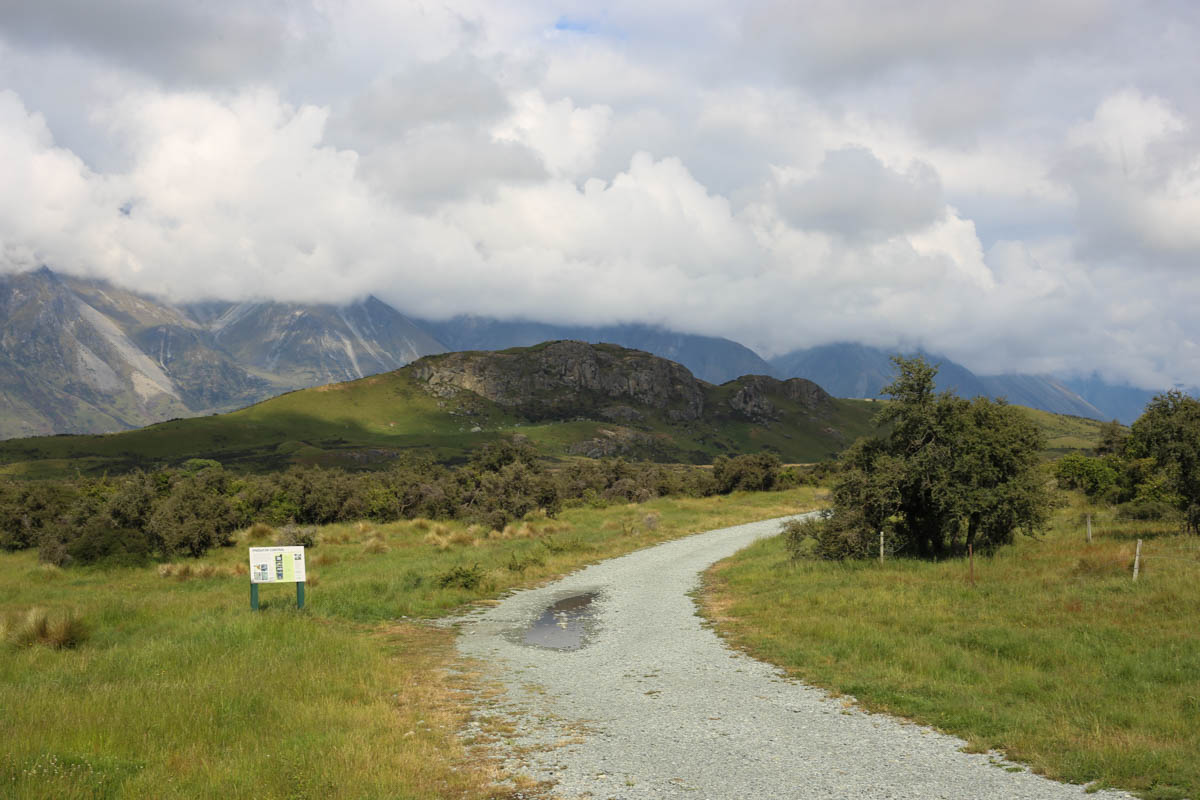















In our city-shopping mode, naturally, we asked just about every kiwi we could find which towns we should be checking out. One that consistently pops up, despite never previously being on our radar, is the small coastal city of Nelson. The phrase "If I could live anywhere else in New Zealand, it'd be Nelson" is not uncommon amongst the natives and it's hard to fault them. Nelson is situated on almost the exact opposite side of the South Island it enjoys a balmy climate (perplexingly as it's just south across the Cook Straight from the notoriously rough weather of Wellington) and is encircled by endless towering mountains and national parks (including the famed Abel Tasman park). Oh, and did I mention it's an absolute mountain biking mecca? Naturally, we had to investigate.
Now Nelson is a loooong way from Dunedin (10+ hours going the fast way) but it presented a good opportunity to check out some crucial parts of the country we haven't seen yet, namely the West Coast. We loaded up and took off right after work on a Saturday (had to make the most of my rugged 2 days on 5 days off schedule) and beelined basically right back the way we came in our last trip through Wanaka and over Haast Pass...We may be getting a little too familiar with all the routes through central Otago.
We made camp just over the top of the pass and at the beginning of the country's most scenic drives: the West Coast. It's 5 hours of New Zealand's most rugged and remote landscapes along this stretch from Haast Pass to Greymouth (the only thing resembling a city in the entire region), and it surpassed the hype. All along the West Coast, the Southern Alps descend from their highest points directly down to the Tasman Sea providing ceaseless, staggering panoramas around every bend. A highlight, as many people will tell you are the two main glaciers in the area that descend from the Mt. Cook highland areas. We took a little detour to check out the view up to Fox Glacier, it was particularly striking because the flora is quite tropical on the West Coast with palms and ferns in abundance, but you look across a valley and there is a gargantuan pile of shifting ice carving it's way thousands of meters down the mountain. That's New Zealand for you tropical and alpine all in one view.
After hours cutesy townships, remote parks, and secluded tropical beaches (enough to have us ready to come back and spend some more substantial time on the West Coast) we wound our way through the mountains to one of New Zealand's best-kept secrets: Nelson. If Dunedin's like Boulder then Nelson is like Golden. It may not rightly be called a "city" but it's a big enough town to have everything you need and then some. Indeed, while we immediately enjoyed the warm tropical breezes, light humidity, warm ocean waters (holy cow, how can the ocean be so much warmer up there?!), and mountain views the town had us seriously impressed. Walking around downtown had us debating if Nelson (at less than half the population) has a better food scene than the mighty Dunedin. It felt as though every little alley we walked down had a restaurant we wanted to try out, a key city selling point for a couple of gluttonous yanks like ourselves.
Being known as one of the country's top mountain biking destinations you can bet that I was going to line up some good rides while I was there. As my coworker from Nelson says of his hometown trails "It's all good, and there's a lot of it." Simple words that describe a simply great trail system. That said, I also encountered something I'd never seen before on these trails, "Forest Access Permits" for trail users. In practice, it means that the local mountain bike club has money to have a full-time digger for trail building and maintenance. But that also mean's that they're much more likely to carve up a whole mountainside to build a bermed out track. It runs pretty counter to my preferred system of grassroots trail development and view of cyclists as conservationists. That said there were still miles upon miles of handbuilt trails to satiate myself with, and I had only scratched the surface.
After a good couple days of camping around town, laying on the beach, hiking, riding, and debating where we were going to eat next, Nelson was looking pretty rosy as a place to hang our hats. Another key feature of this seaside town, it's cheap. All in, rents are low and jobs appear plentiful which means, unlike Wanaka, we won't need to have quite so many stars align to make the move to Nelson. The debate continues but I expect we'll head out to one of these two towns at the end of January.
In true road trip spirit you know we wouldn't just take the most direct route back home, right? Having previously knocked out Lewis Pass on our way down we figured we'd complete our tour of Trans-Alp passes and take the route over Arthur's Pass. Let me tell you, if you can only take one drive through the Southern Alps it should probably be the one over Arthur's. Much like Lewis and Haast passes the road winds up a river valley that tightens as you climb. But with Arthur's the valley closes in much tighter and you rise above treeline at the top; at one point a waterfall cascades down the roadside cliff hits a duct that then has it dump over the highway, pretty epic! It all culminates when you hit the viaduct at the top that is a serious feat of engineering swooping above scree fields as you clear the top of the pass. Oh, and once you're over it you'll enjoy a casual drive through the Craigieburn Forest whose lofty peaks are home to many of New Zealand's ski areas.
After a day of epic driving, we made camp at Rakia gorge which pretty much proves my point about the Blue Pools being overrated. The campsite sits in the gorge of a large, braided river with brilliant blue waters running over grey stones. No tourist trap needed! This spot also had the key selling point of being near a critical landmark: Edoras.
Now if you're like me, you believe that the most iconic scenes from Lord Of The Rings were the ones of Gandalf & Co galloping through Rohan over tussock covered landscapes with towering mountains shining in the background. So of course, I was excited to see the center of it all, the filming location for the capital, Edoras.
Be warned, if you go seeking this filming location it is in the middle of goddamned nowhere, but man is it worth the trip. We'd been driving up backcountry dirt roads for nearly an hour when we came over a rise and into the valley that overlooked the set. The set for the city itself was built on a small hill, called Mt. Sunday, in the middle of a wide plain surrounded on three sides by towering peaks. It immediately took the top spot for "most recognizable shooting location". We were glad to learn that LOTR fans are more than welcome to drive right on out there and climb to the top of Mt. Sunday to soak in the views from Theoden's (former) palace. On the whole, we were really impressed that they were able to build something resembling a city on that little hill, not only is it far from anywhere that could supply materials, but it was also incredibly steep. Just goes to show you the chutzpah of that went into making those films.
So here we are. Having city shopped probably as much as we will before our next move, changing to a week on week off traveling schedule, and enjoying the ever improving weather (and life) down in Dunedin. It's amazing that we're already three months in, time really does fly. That said, I'm pretty convinced it's just the summery weather down here that is saving us from real holiday homesickness. Somehow, seeing Santa decorations along the palm-lined beach doesn't beckon "home for the holidays" in quite the same way. Thanks for reading, hopefully that good god Ullr decides to hook you Coloradoans up with some good snow here soon!
Our Route:
Tips For Prospective NZ Travelers:
- The West Coast is known as a stellar drive, but it's an even better place to explore. Leave plenty of time to camp, hike, maybe even helicopter while you're there.
- Arthur's Pass is without a doubt the most scenic pass over the Southern Alps. If you can only do one, do that. Plus the drive down through Craigieburn is insane.
- Rakia Gorge campground is a fine example of what all private campgrounds should aim for. If you're in the area, stay there.
- If you're riding in Nelson you will want to get a forest access permit, and you may not see signs till you're well out on your ride. Love the system or hate it, it'll be best to snag a permit from a local shop right when you get to town.
- Ride the Dun Mountain Trail counter-clockwise (starting at The Brook and ending at the Maitai Reservoir)...I learned this one the hard way.
- The Brook campground is the better site in Nelson for mountain biking, the Maitai site is good but not quite as well located.
- Don't trust New Zealand Mexican food ever...We're pretty much ready to swear it off at this point.
- The Running Duck in Geraldine. It's in the middle of nowhere, and it has New Zealand's best burger. The gauntlet. has. been. thrown. down!















